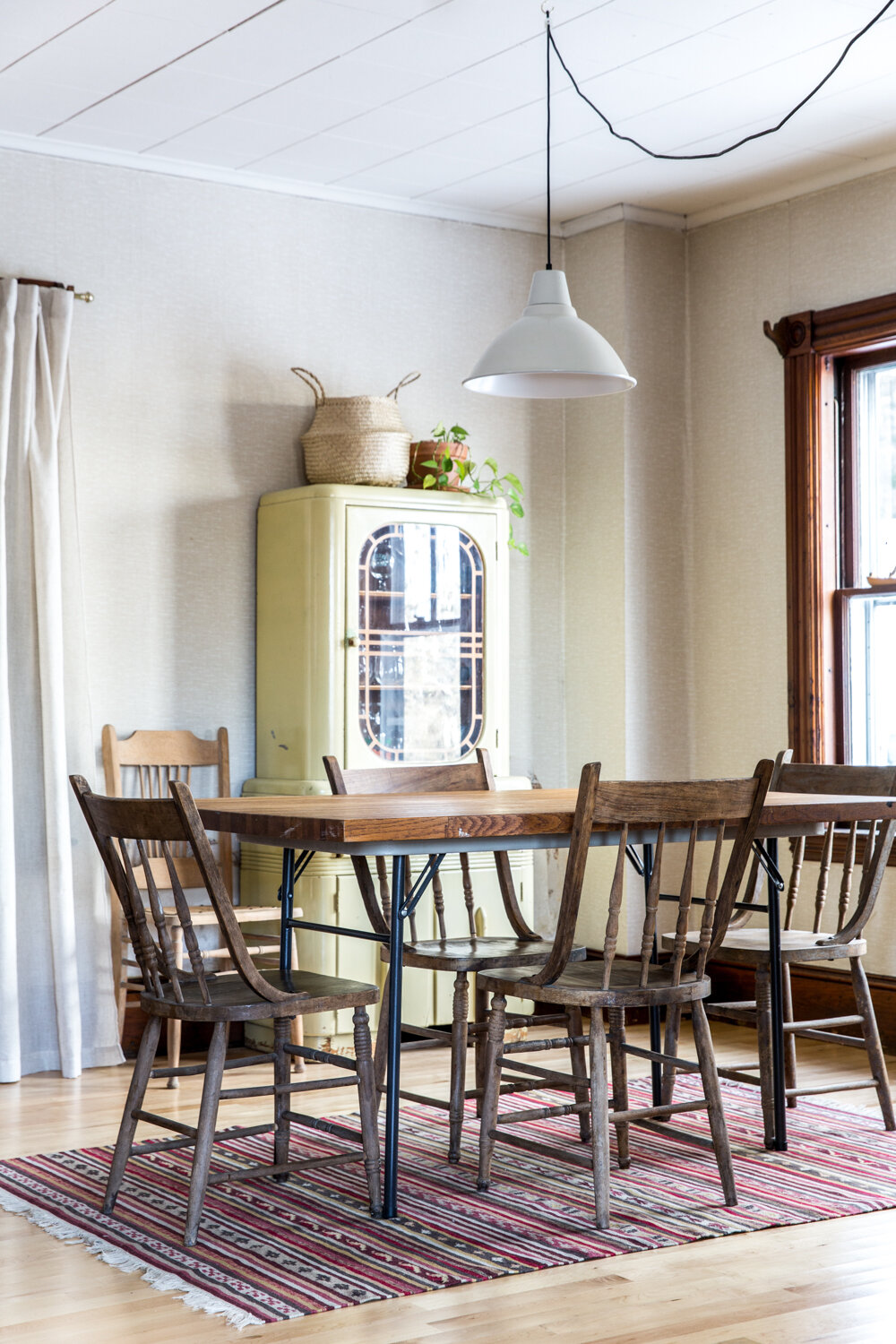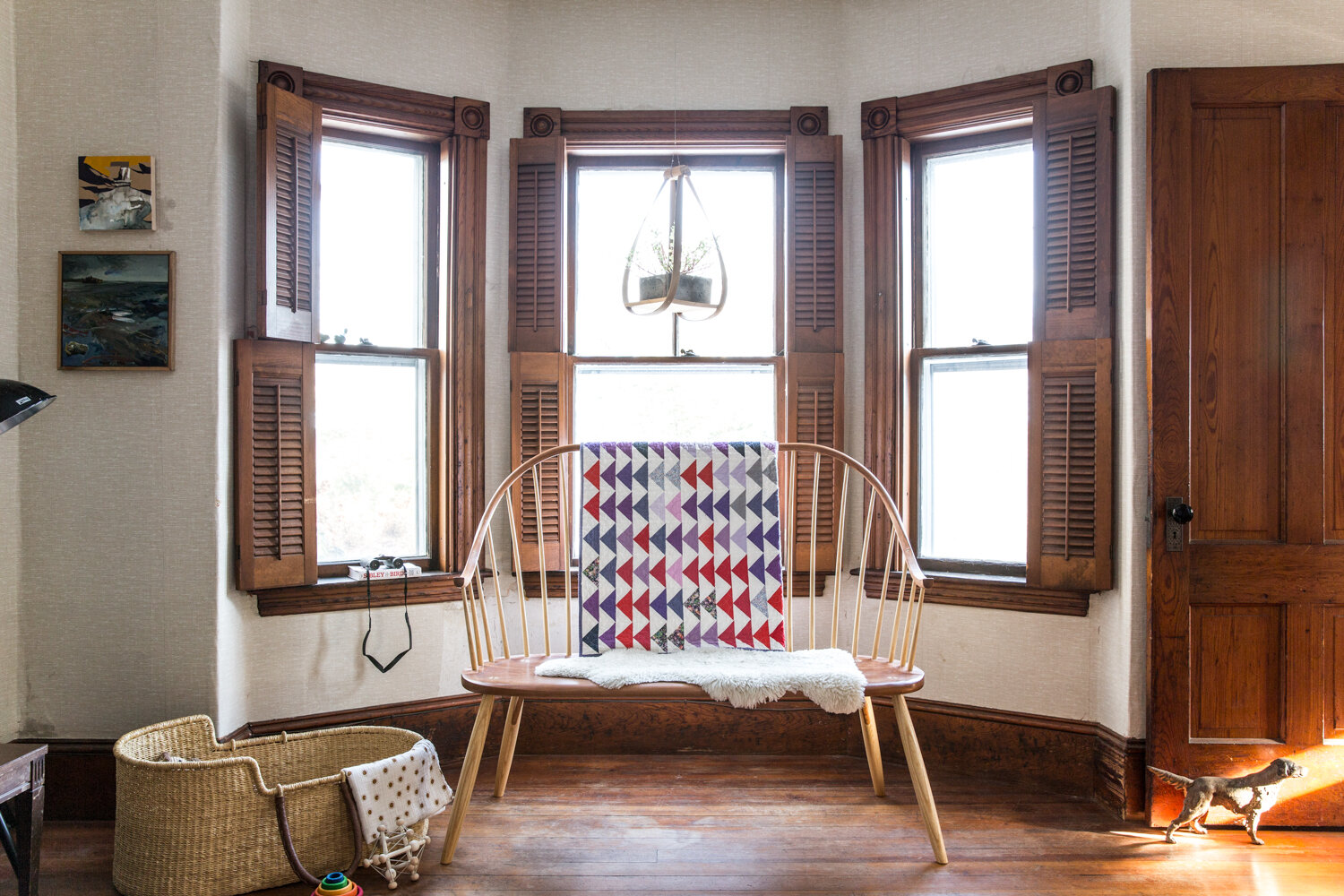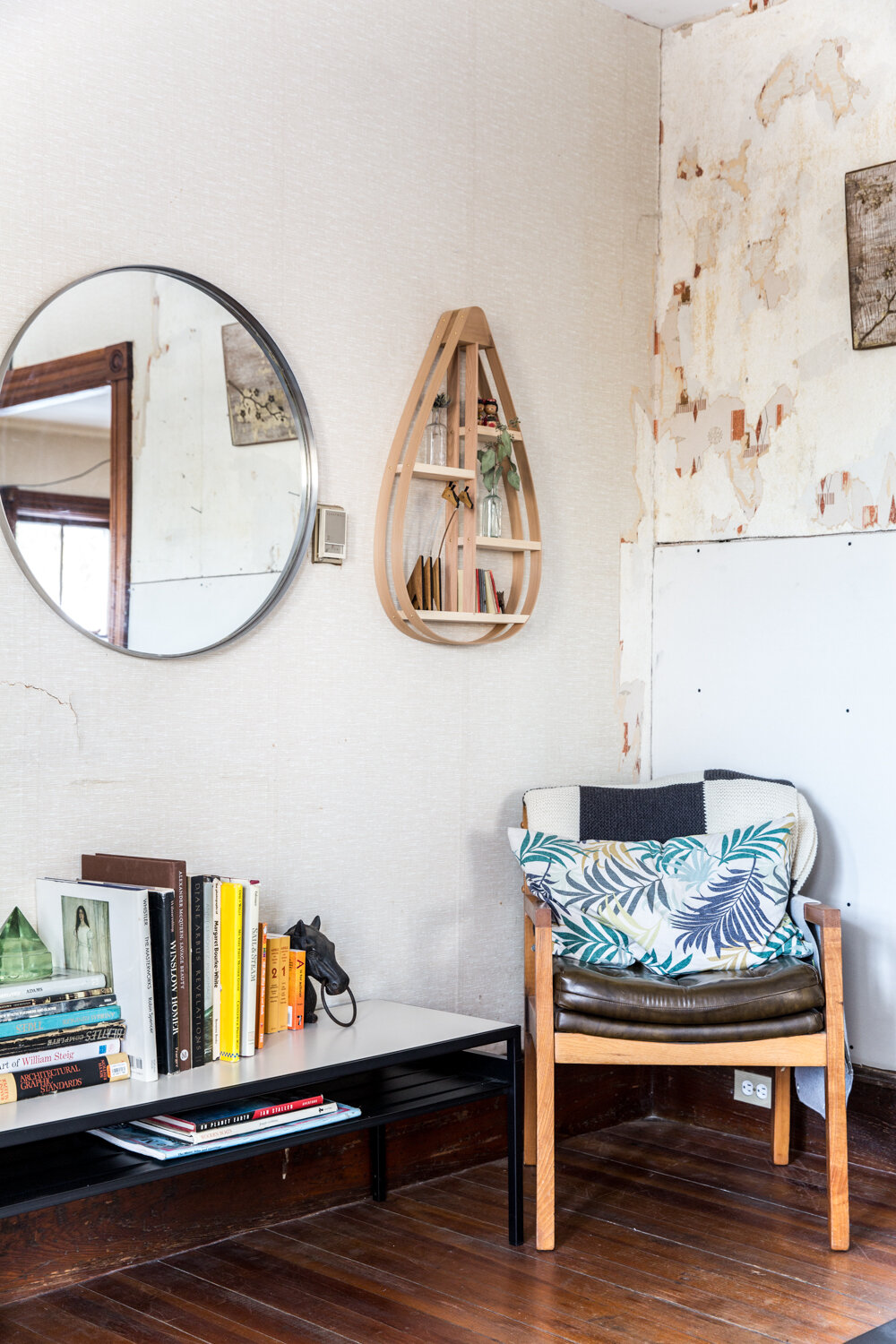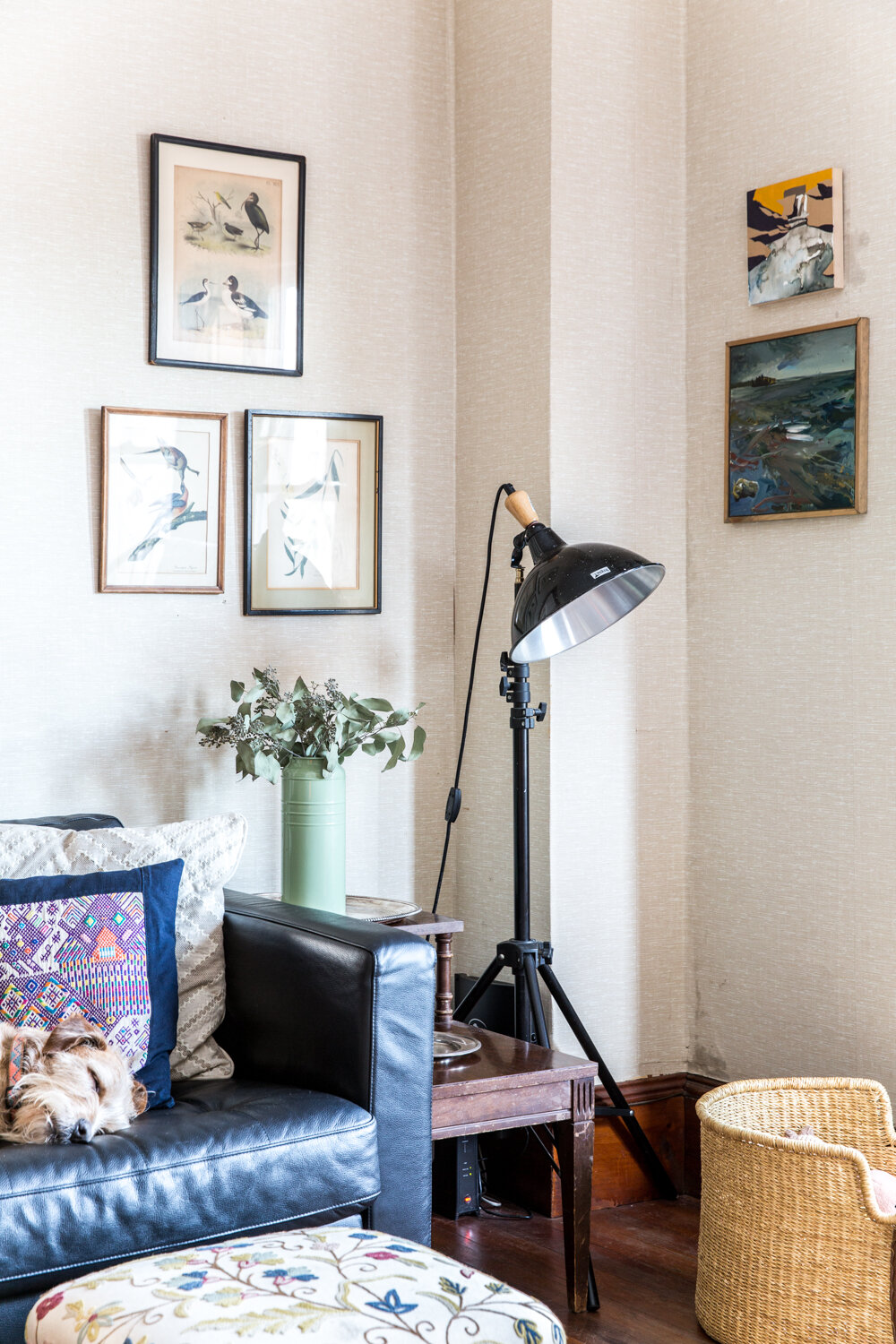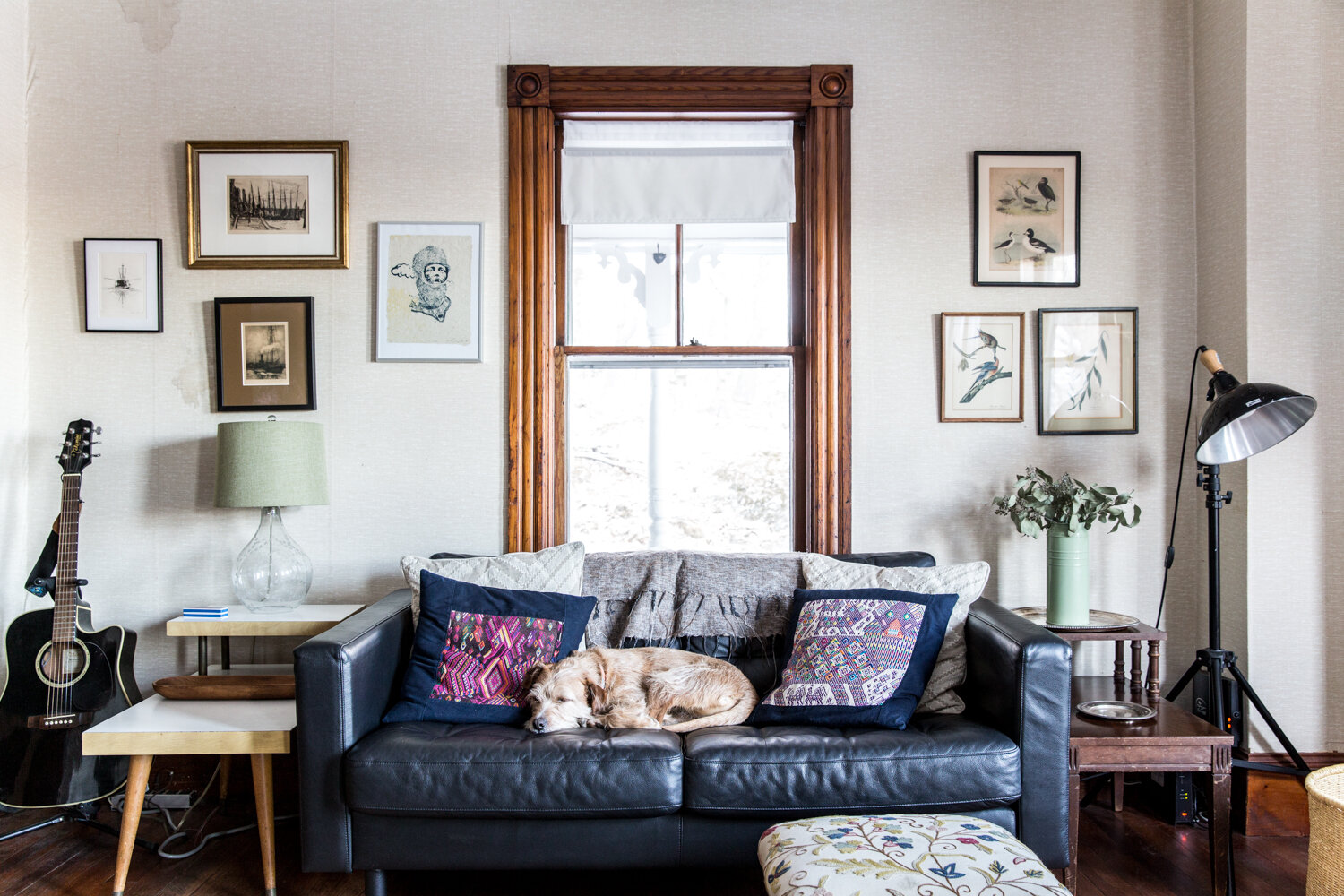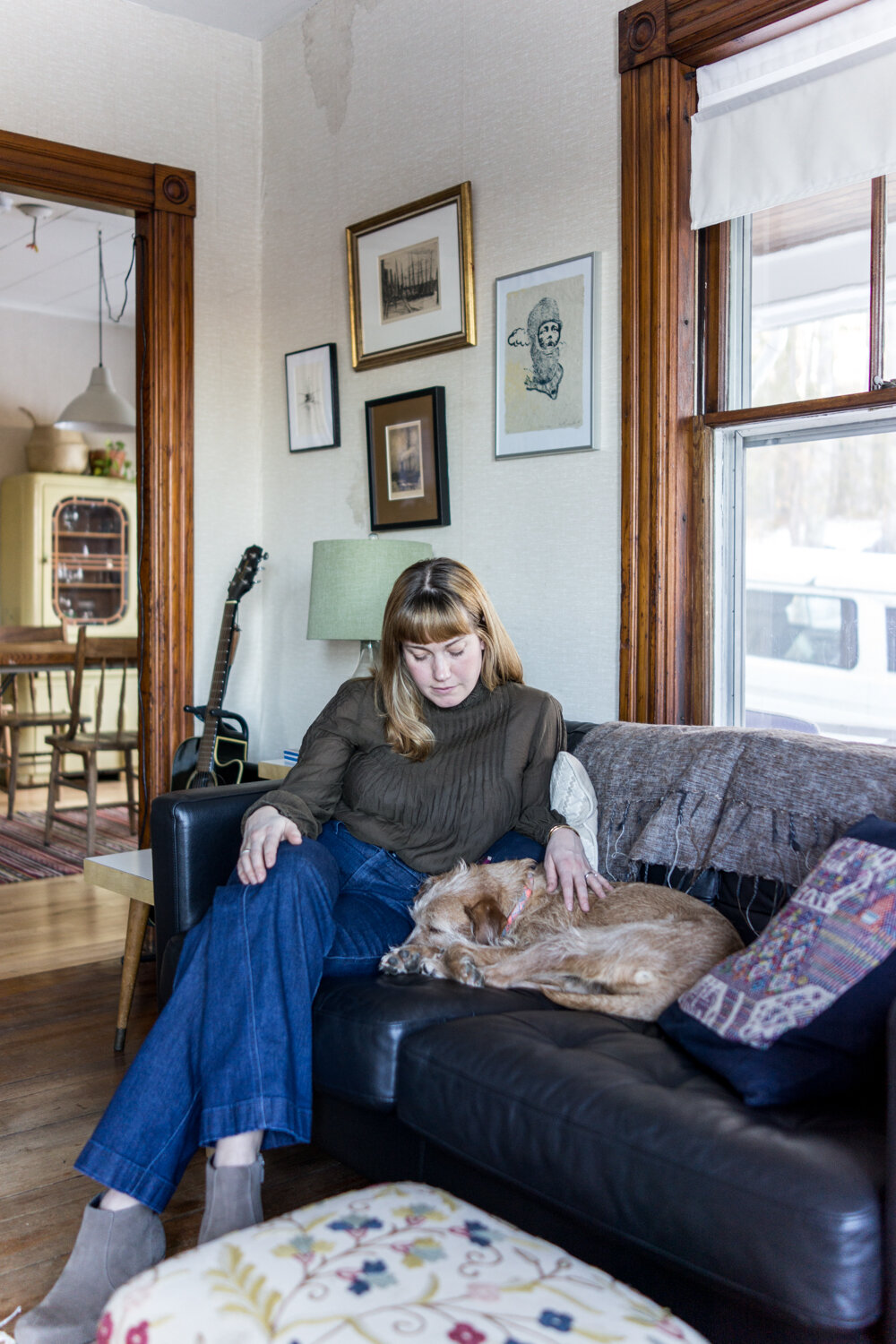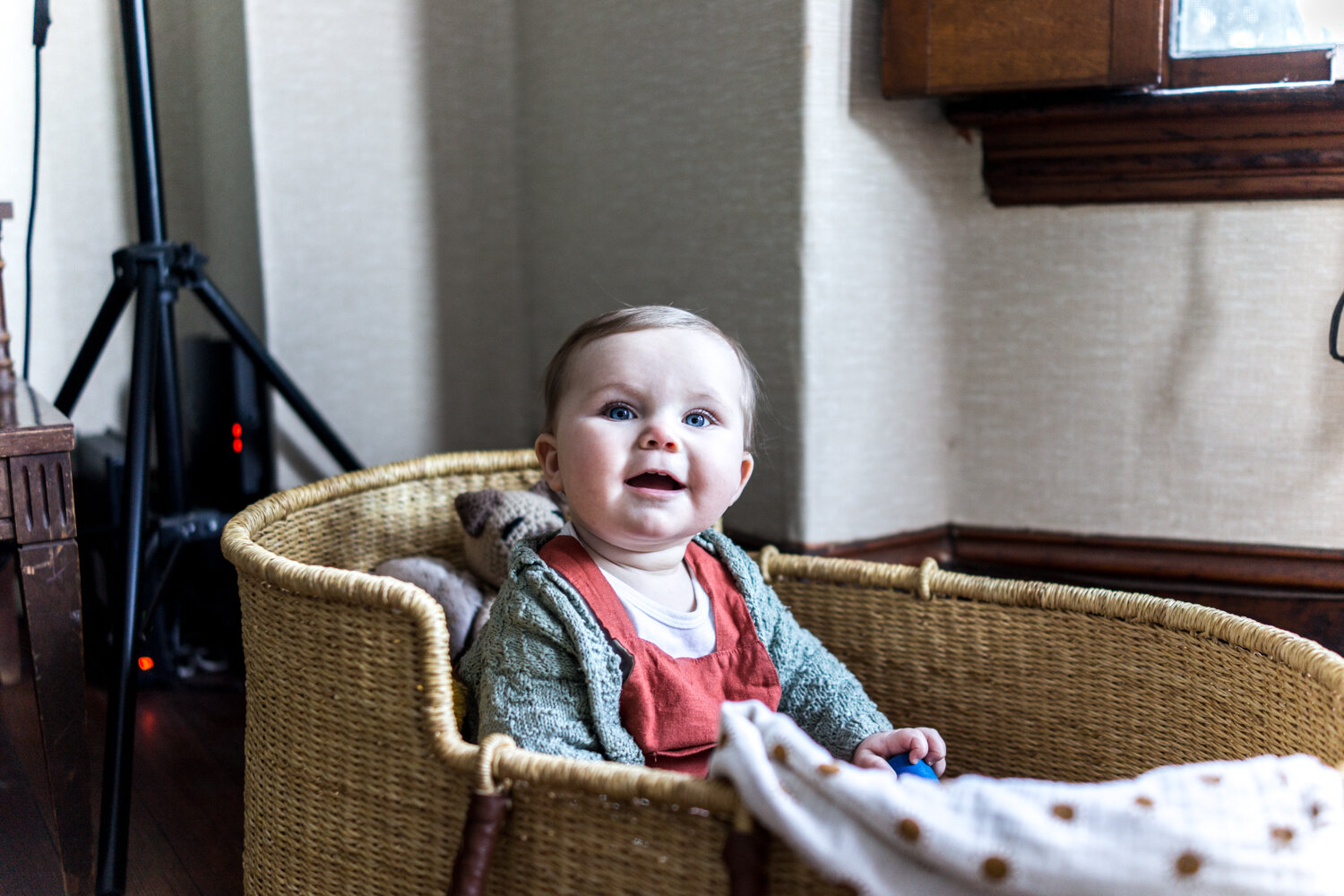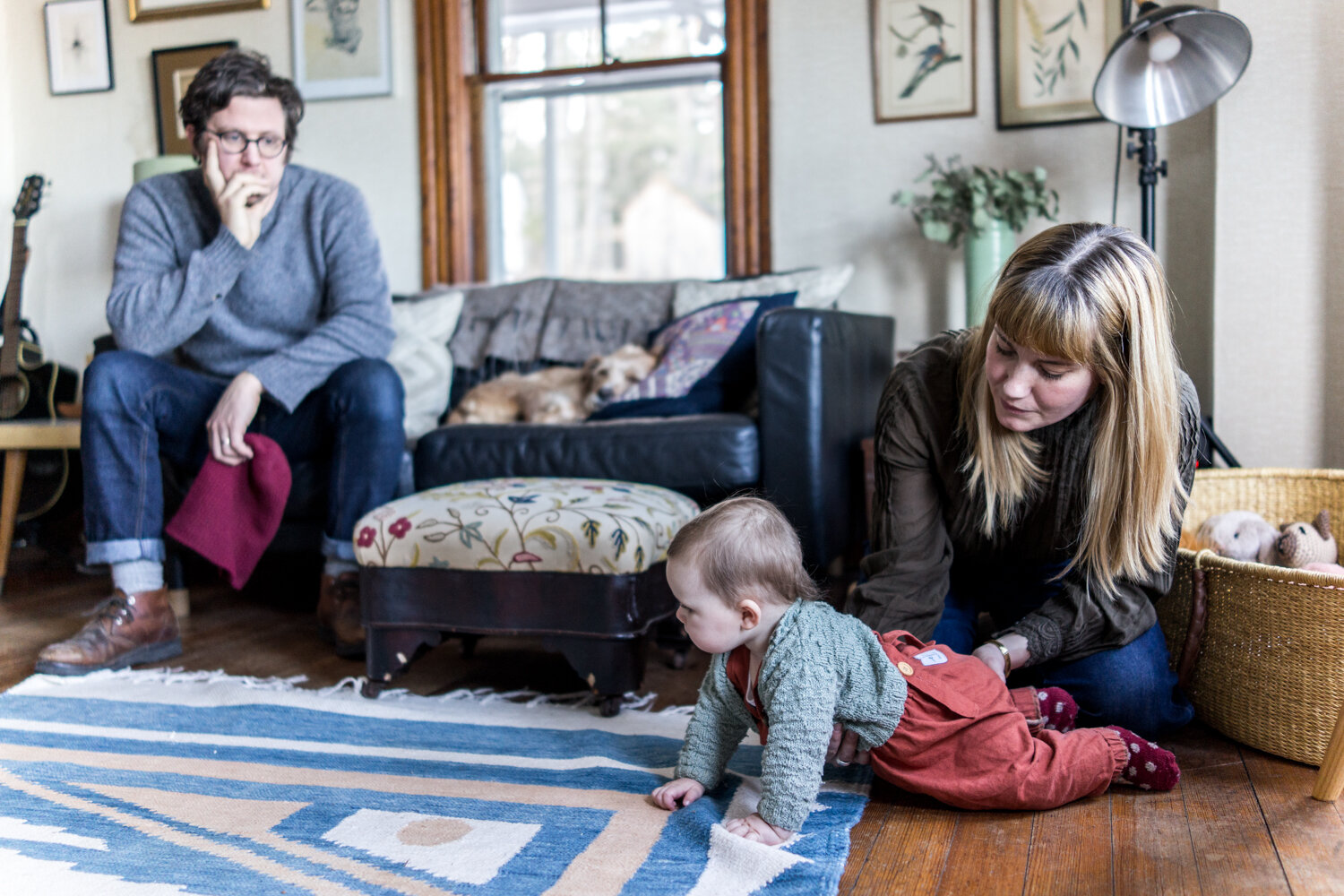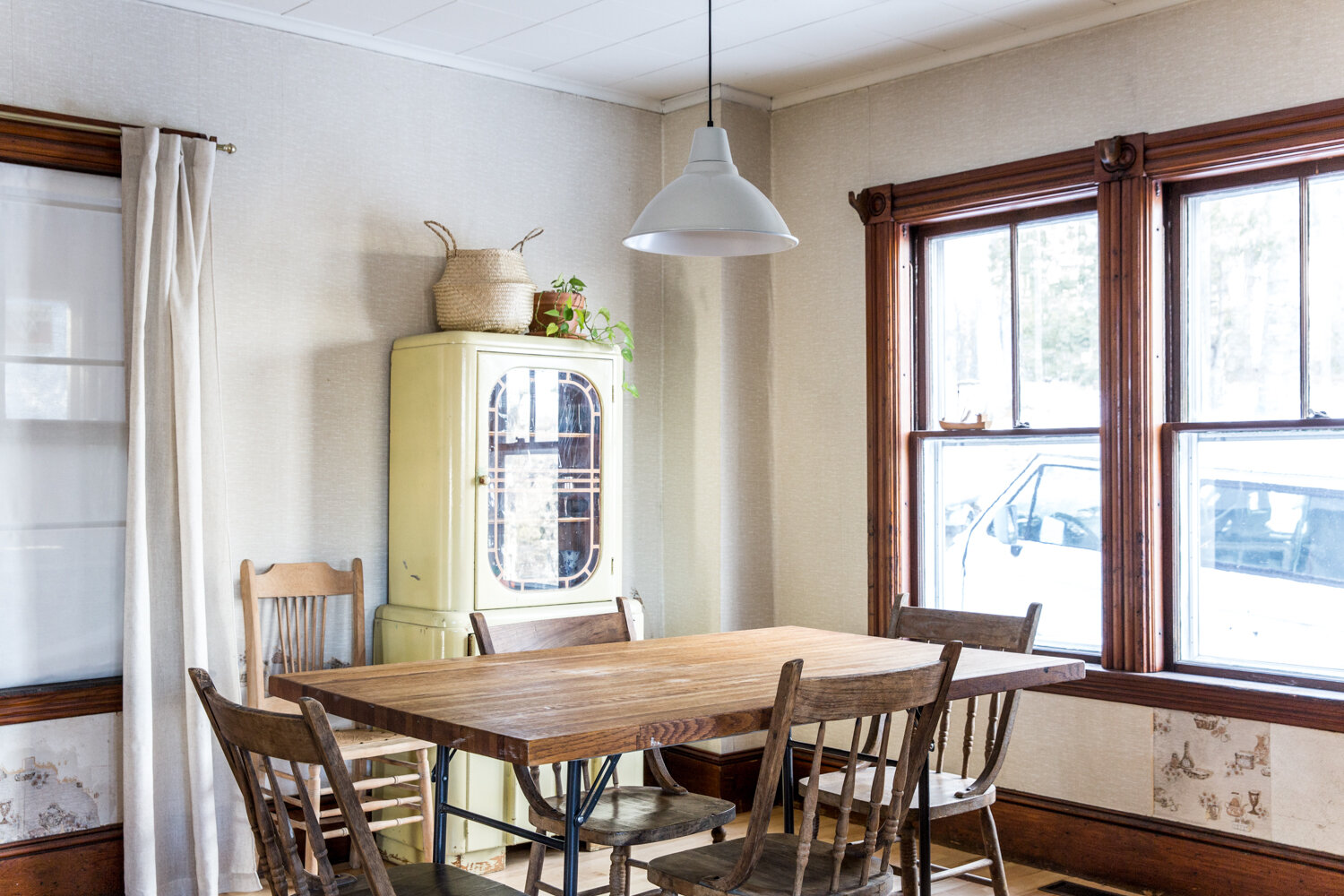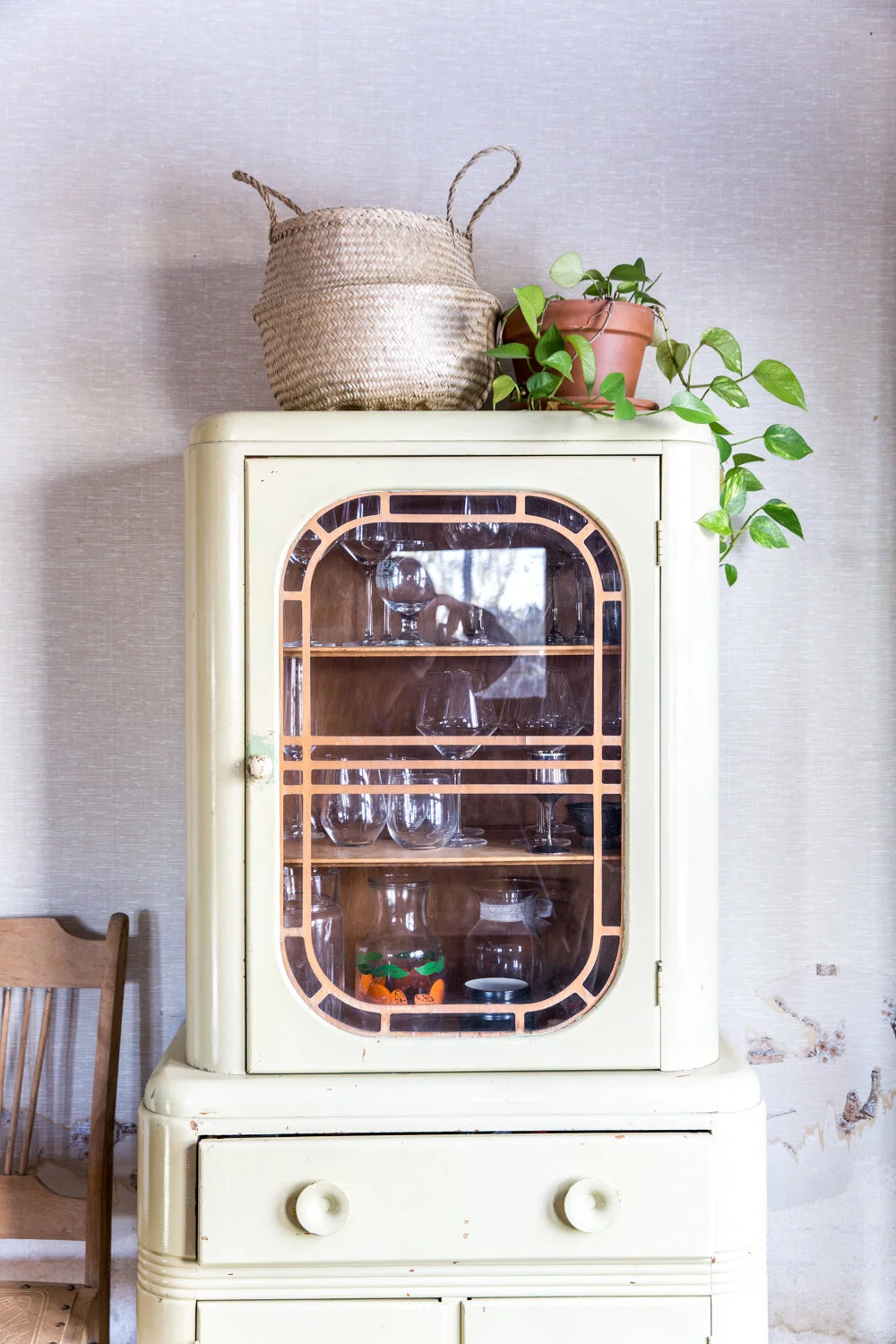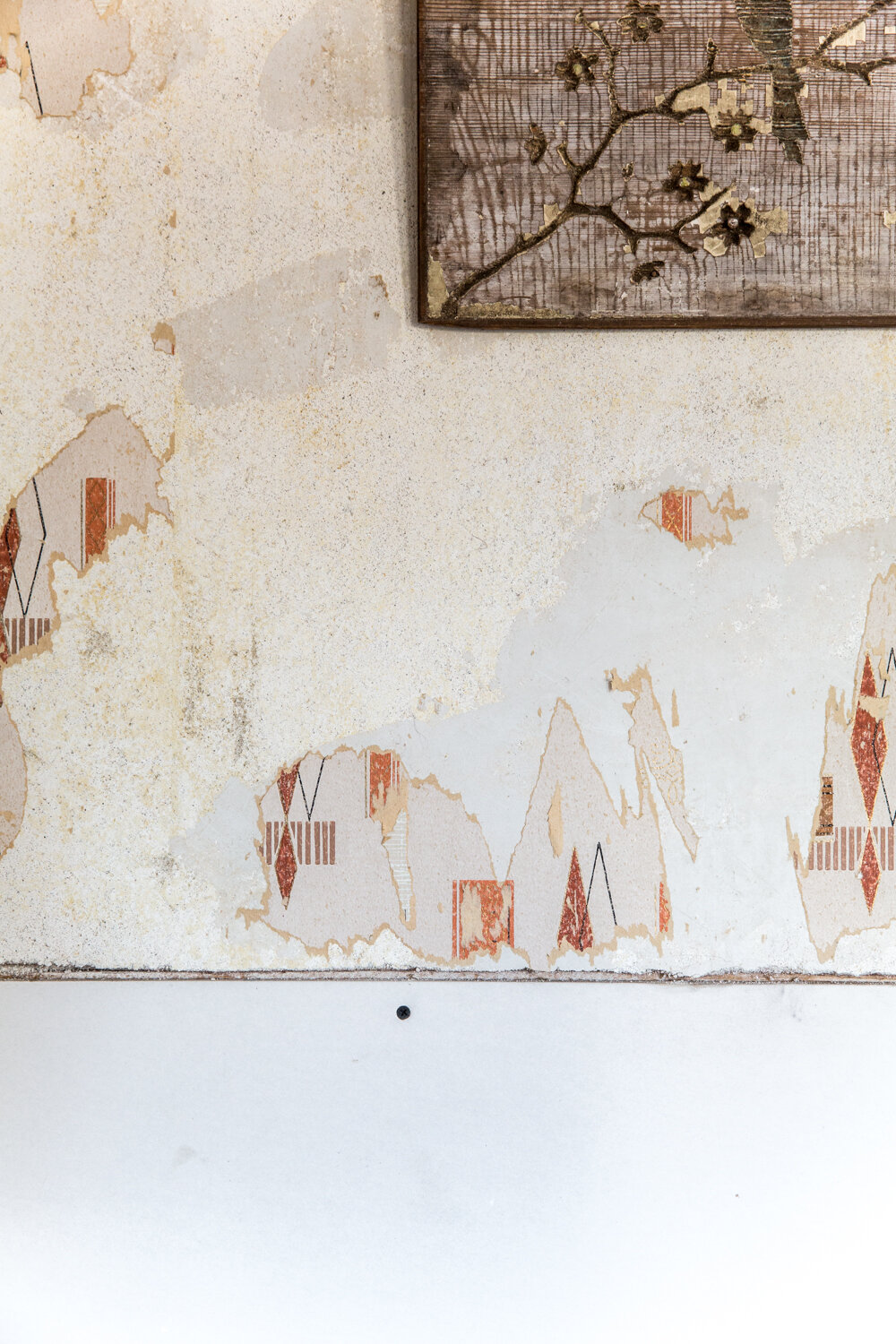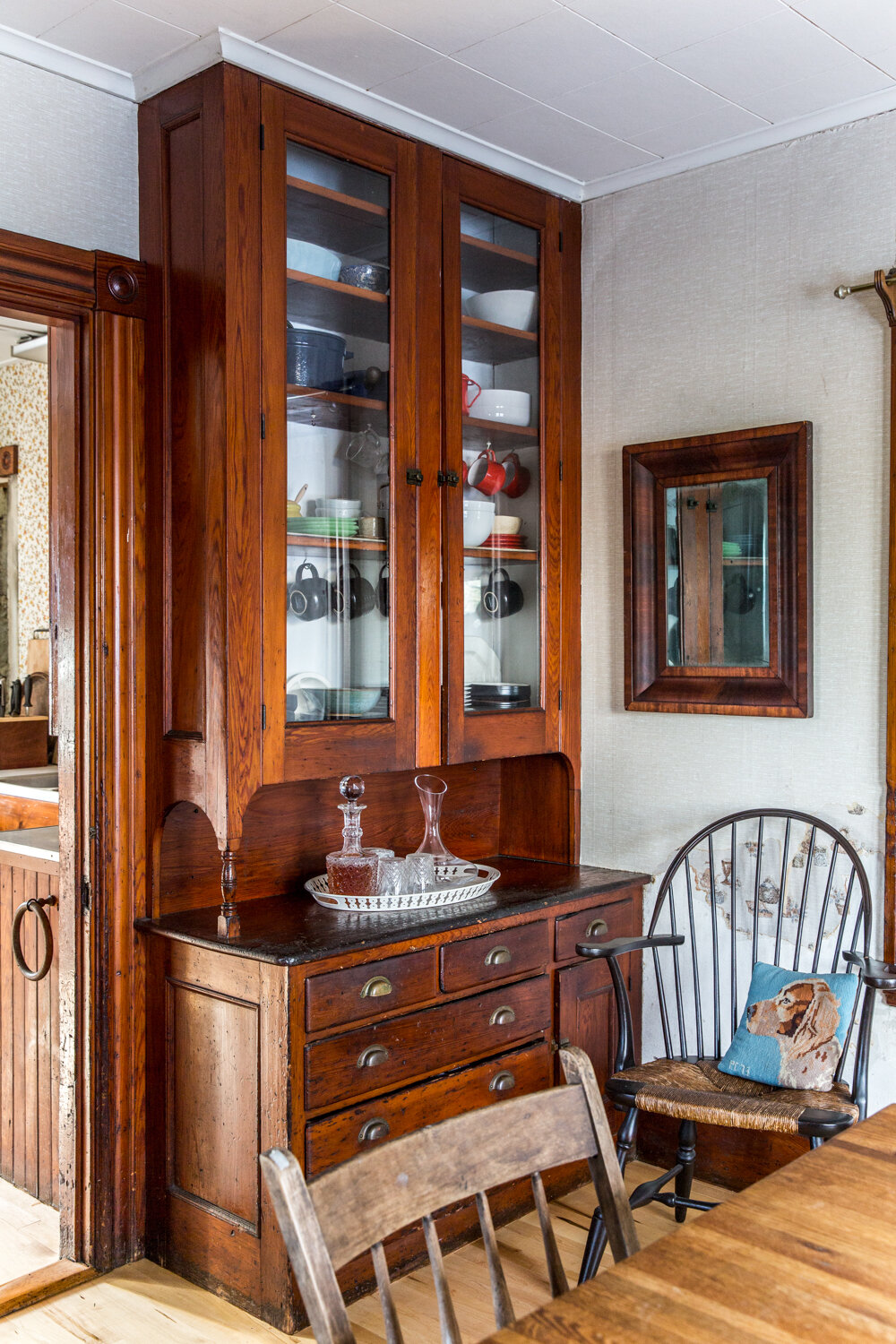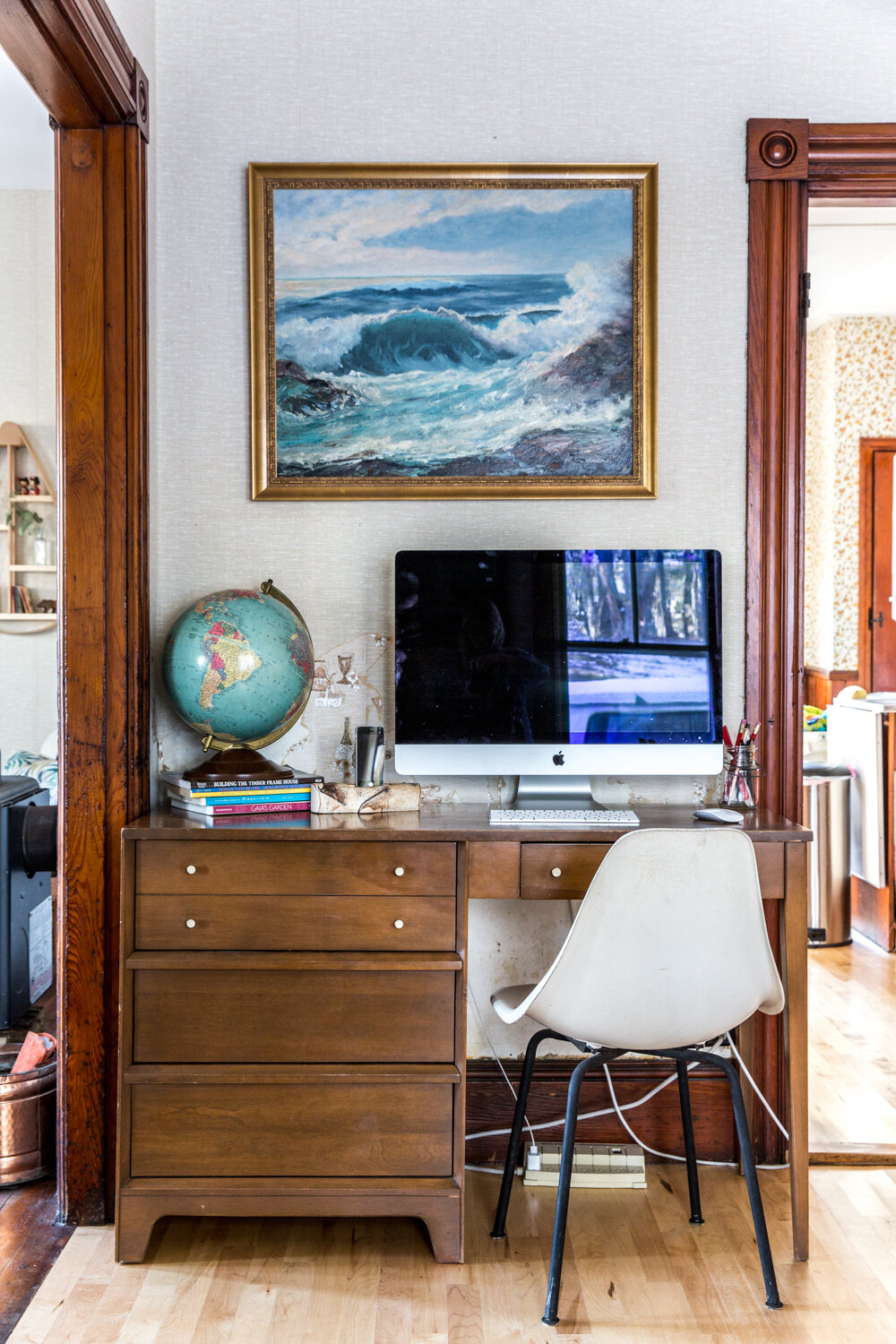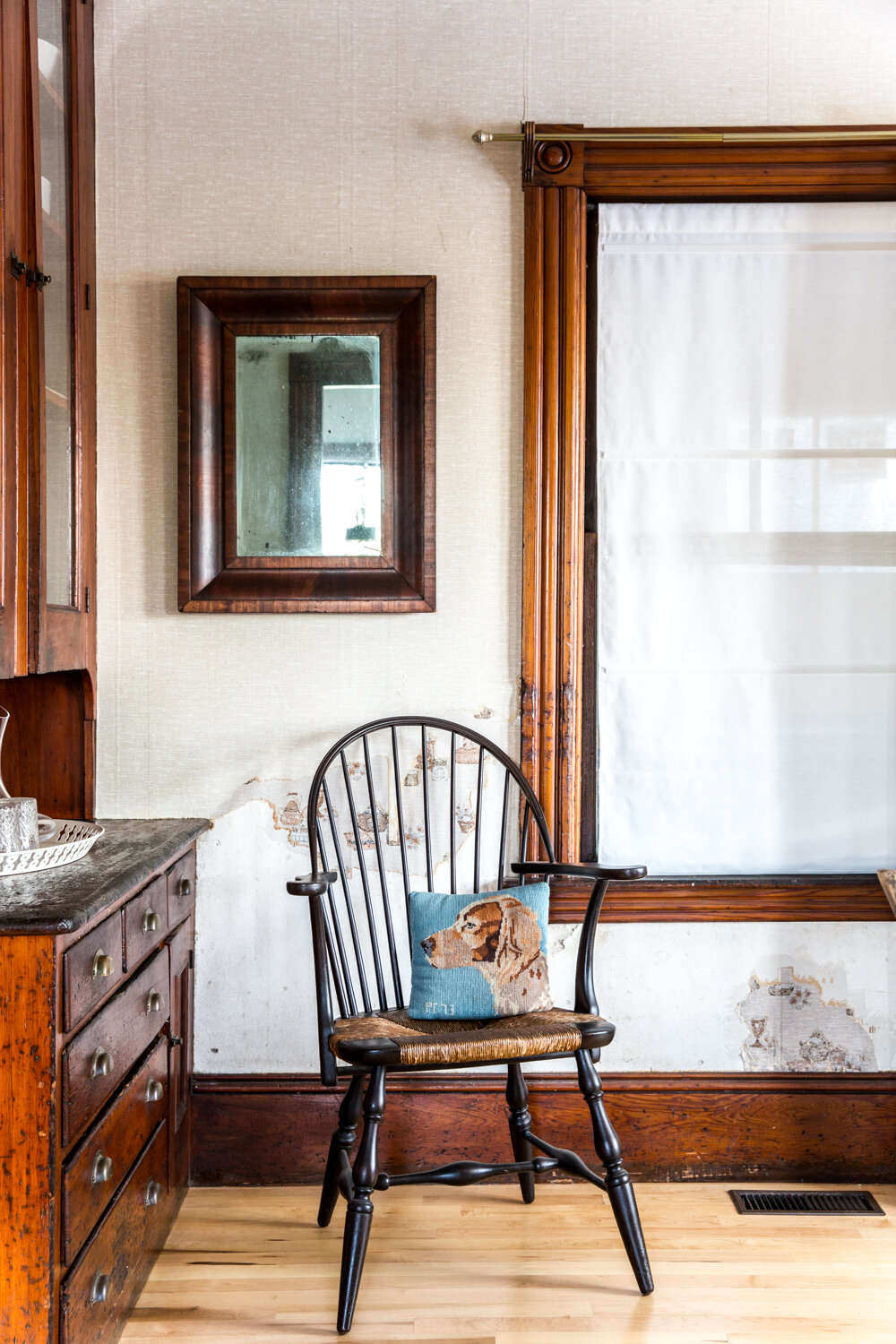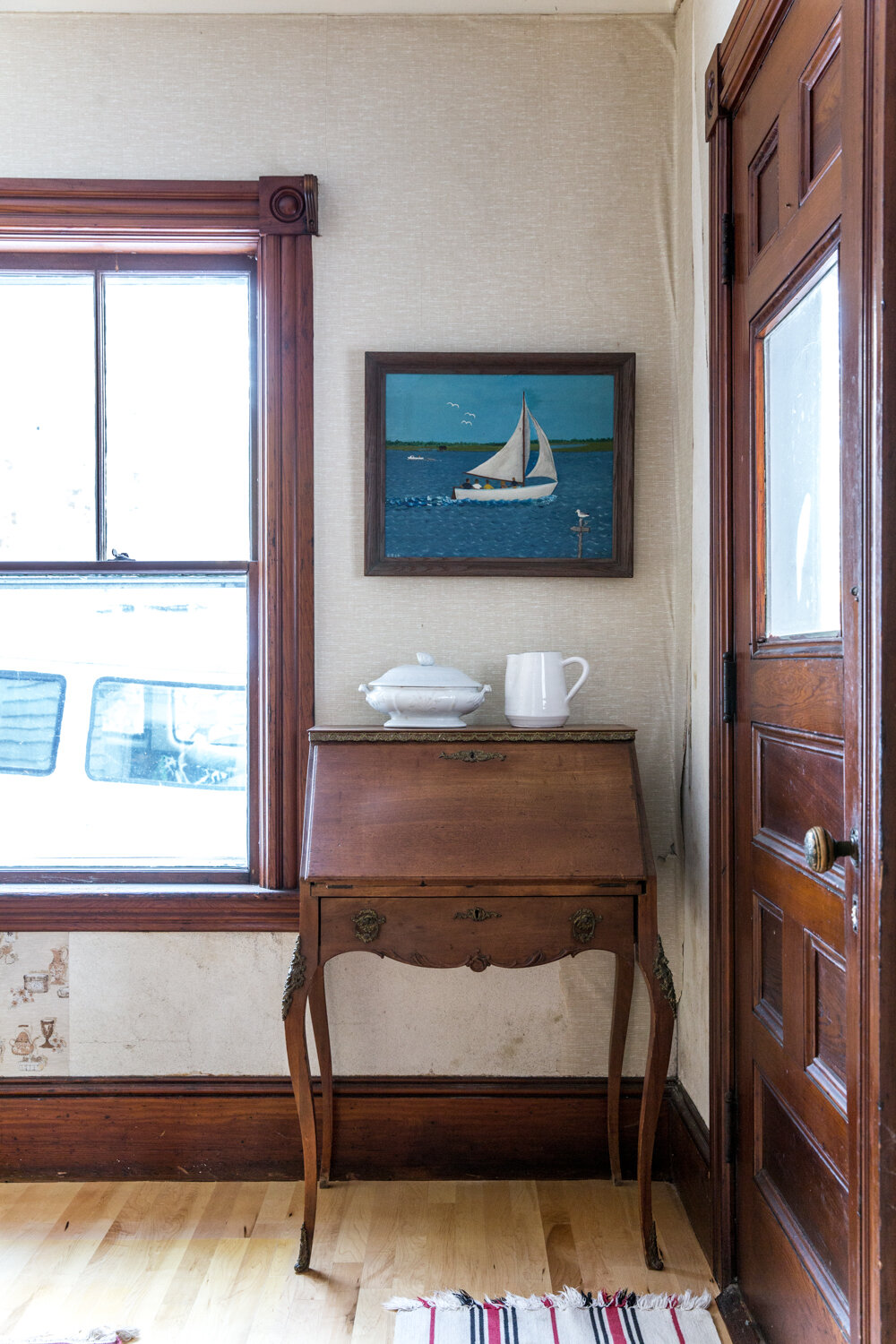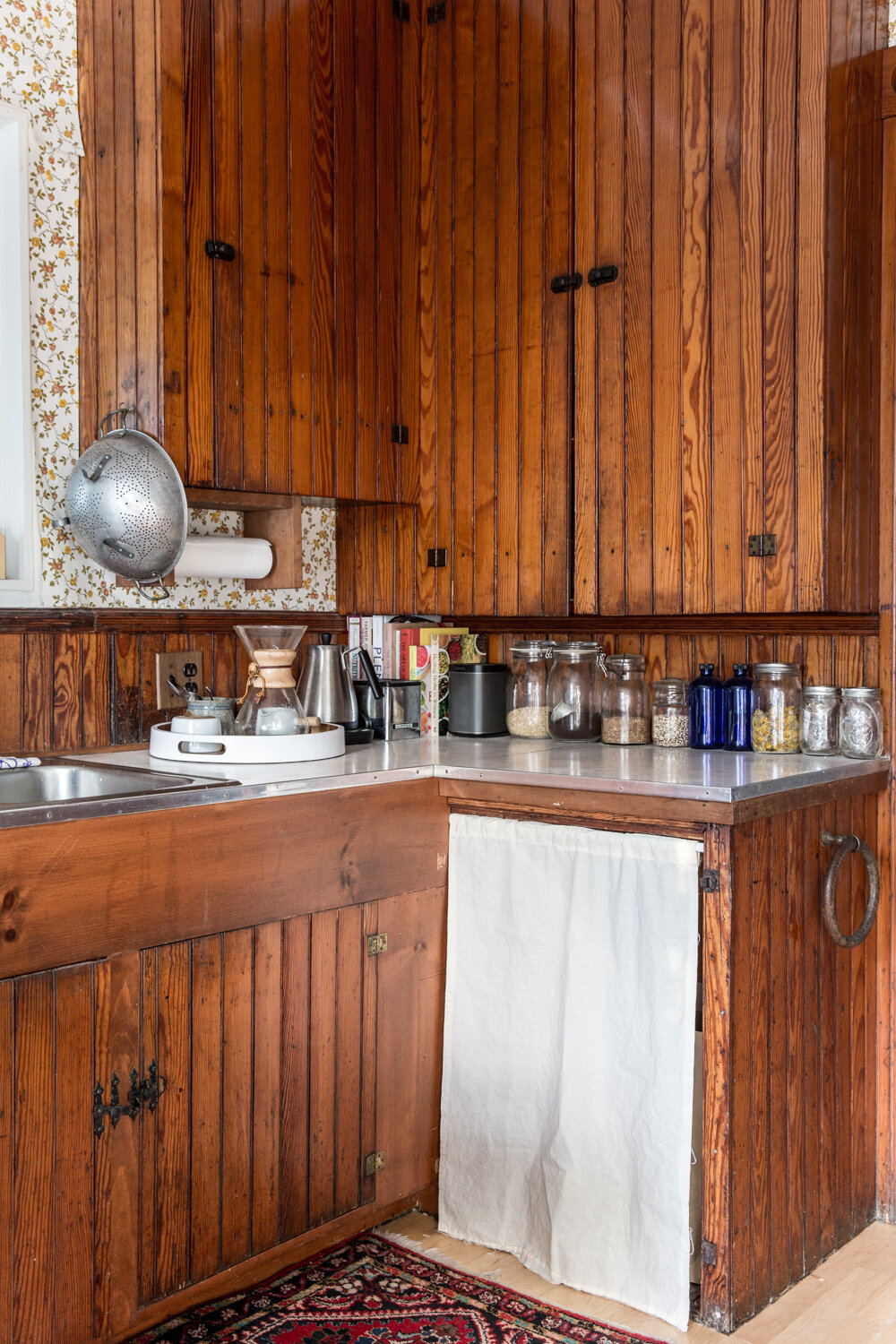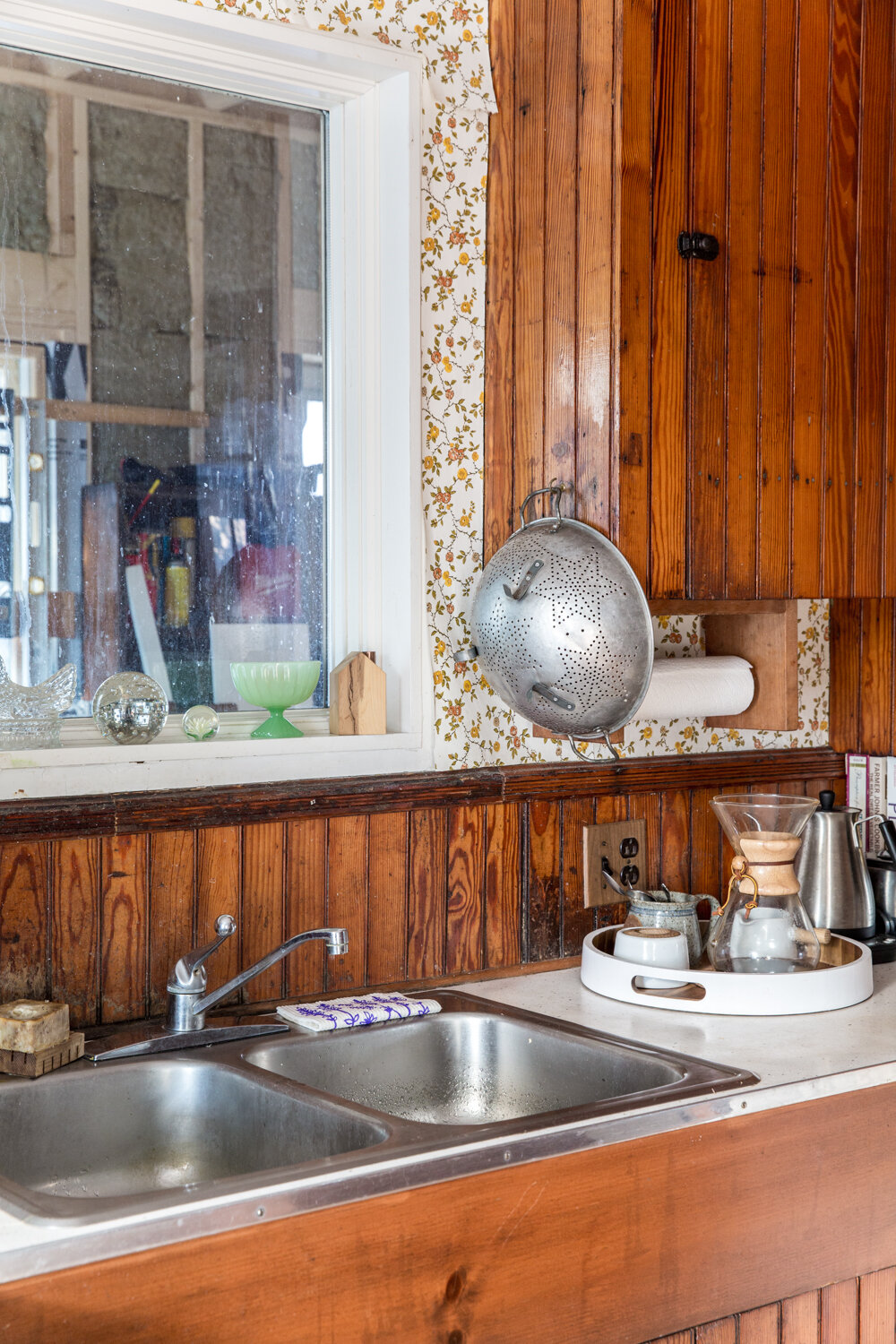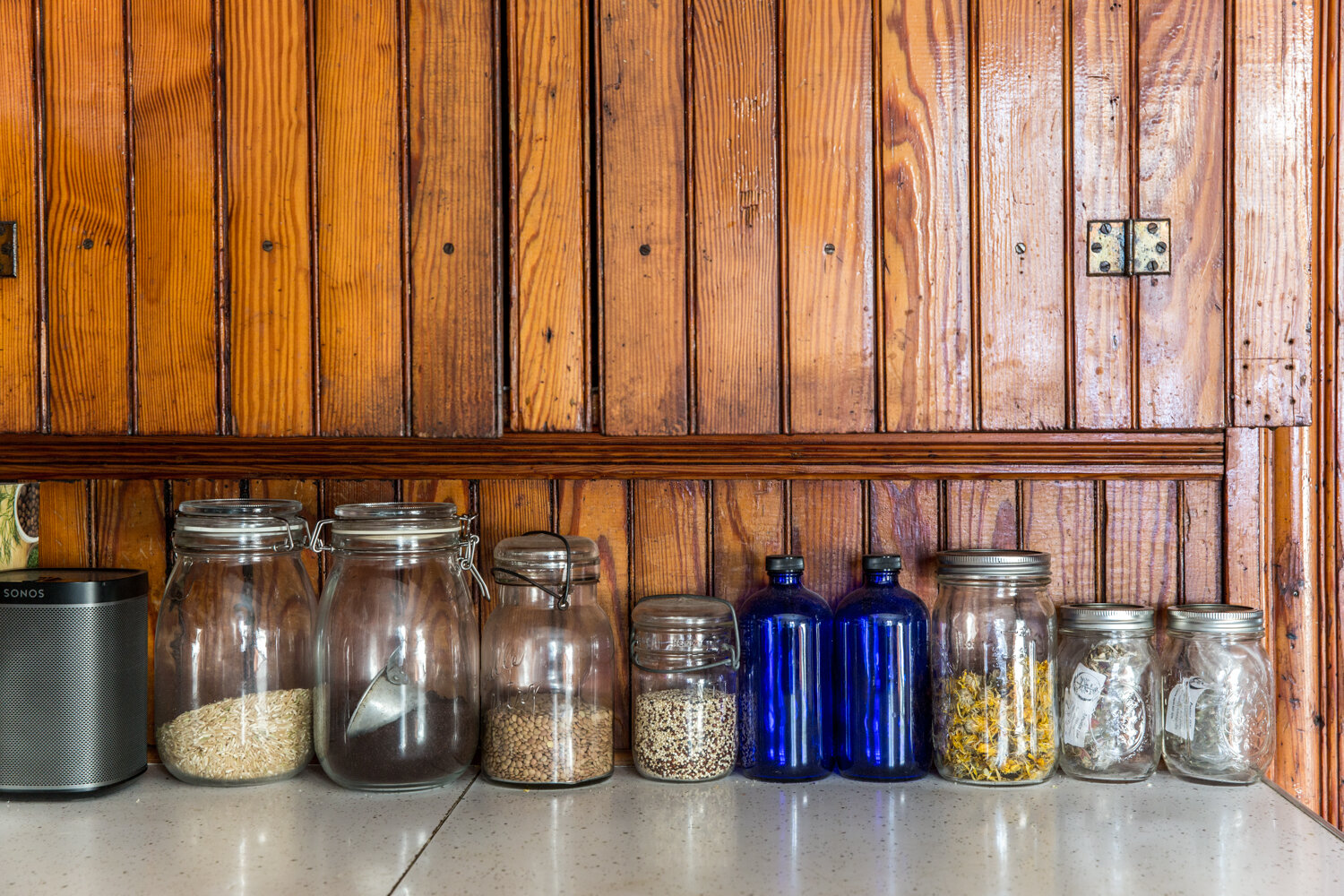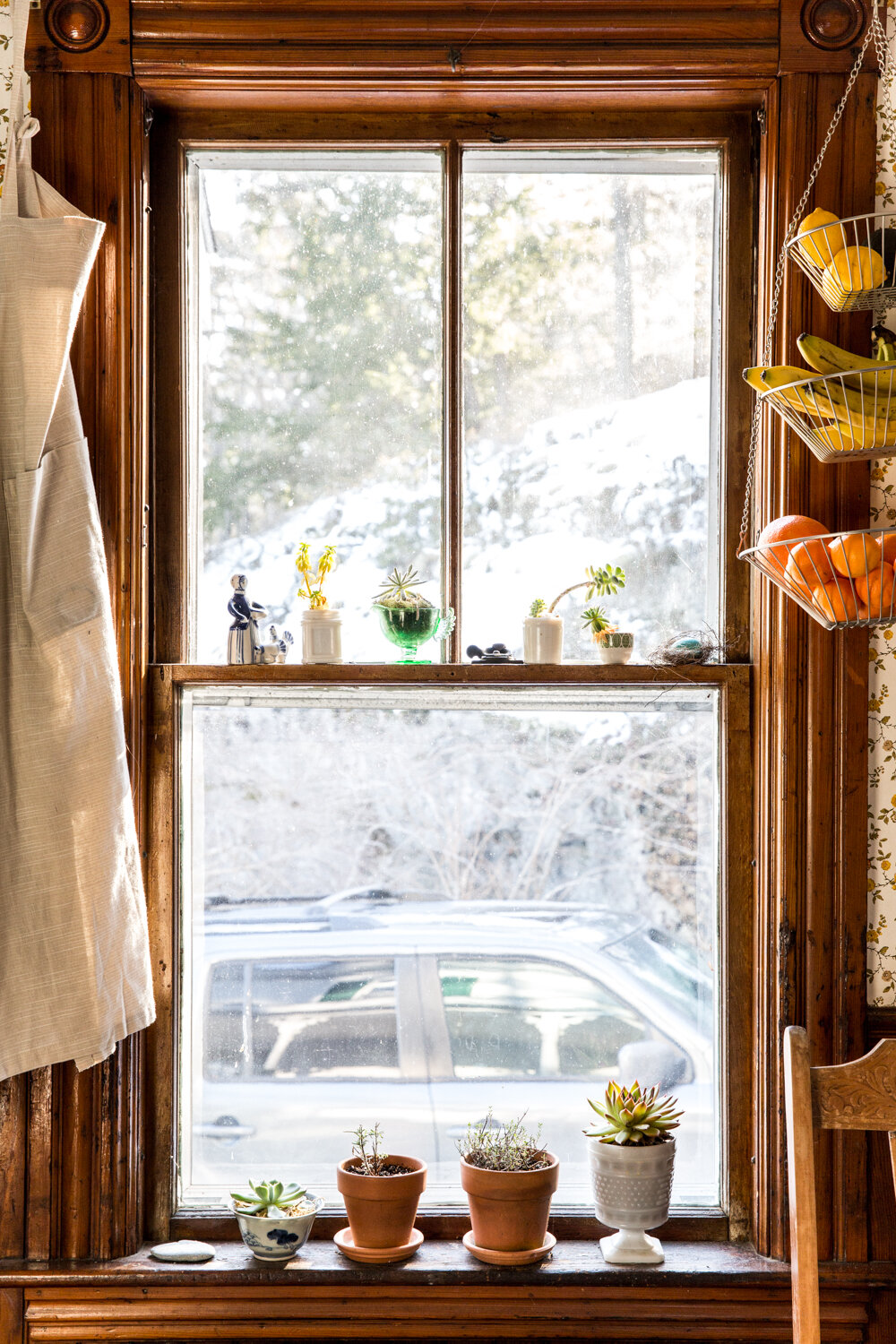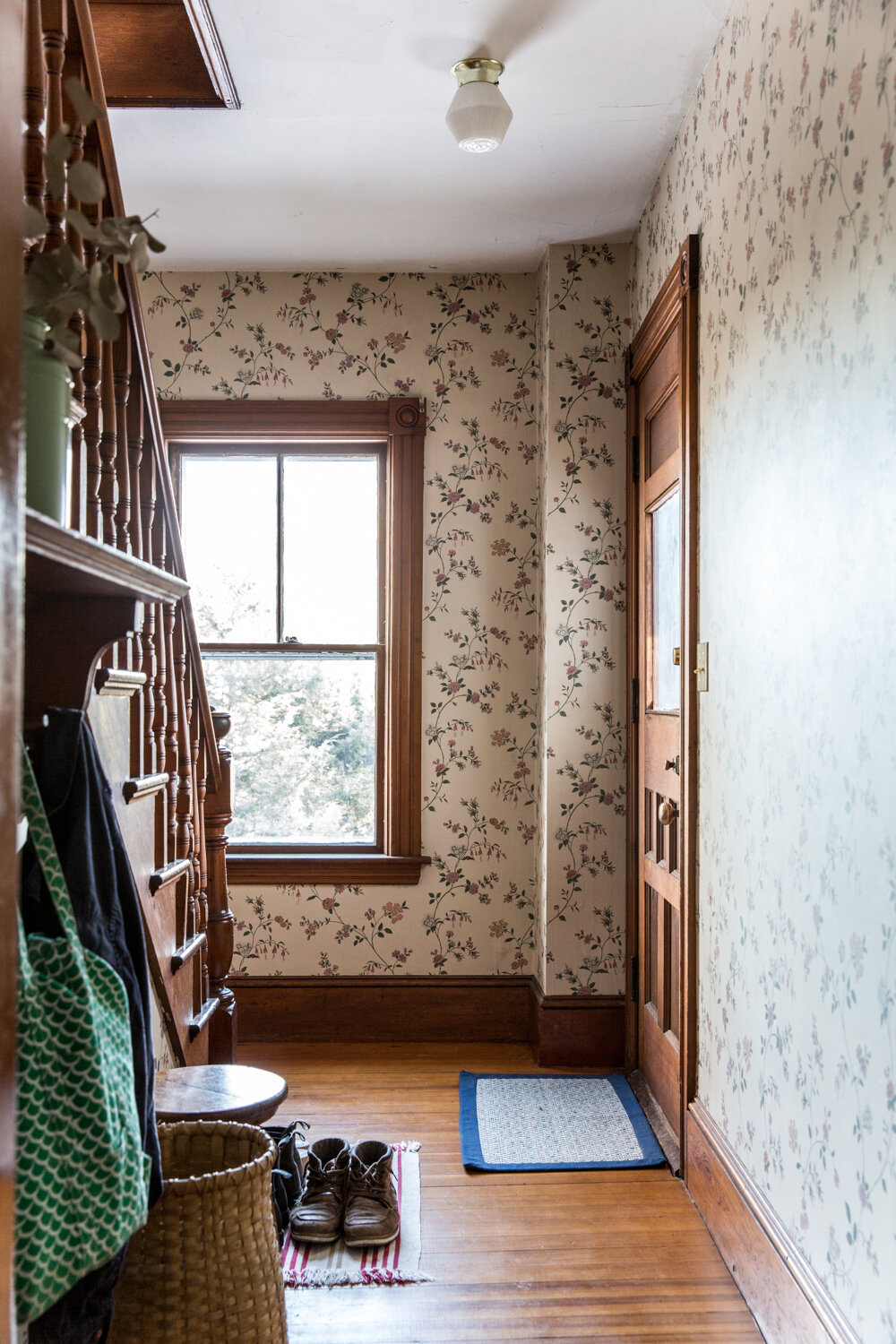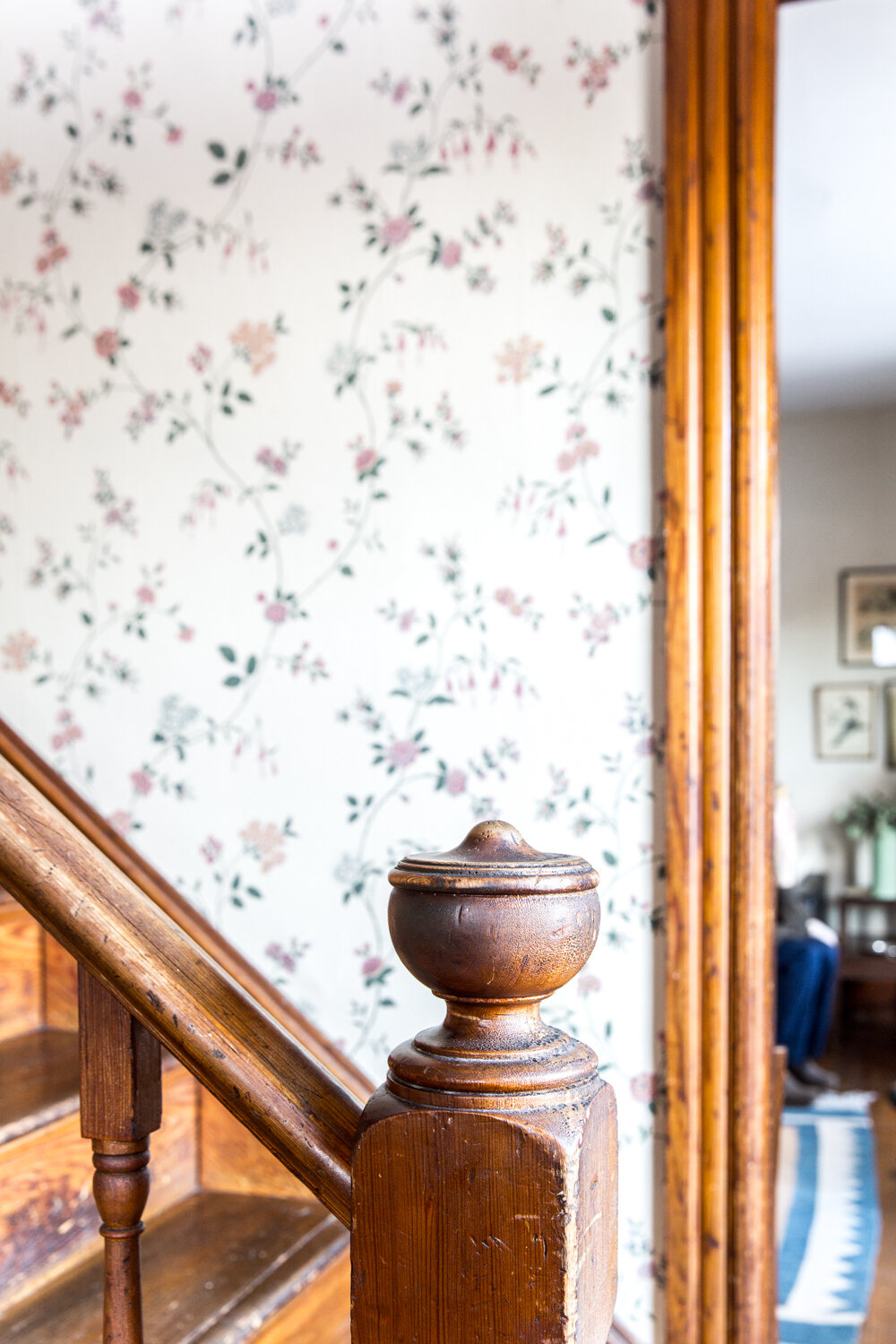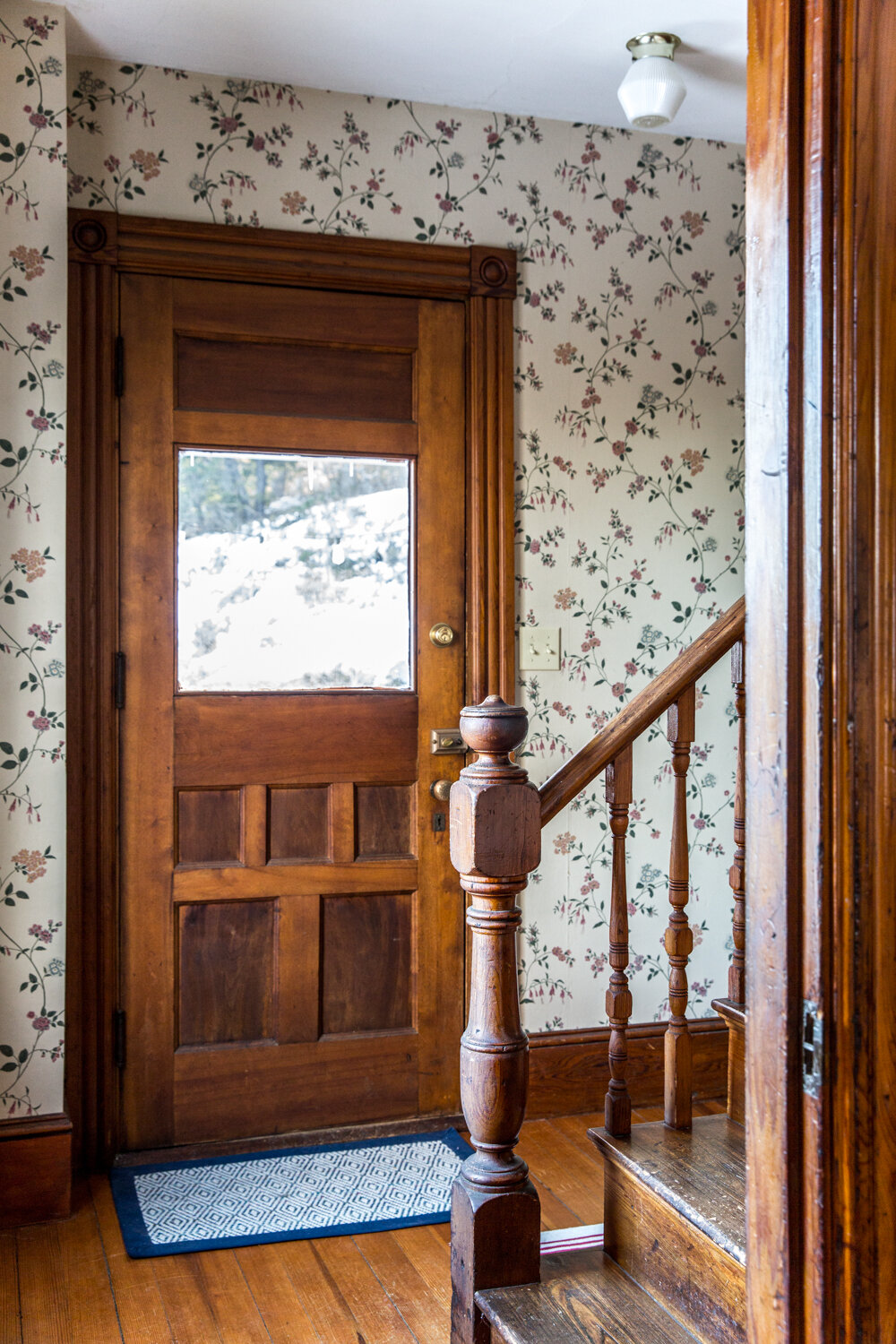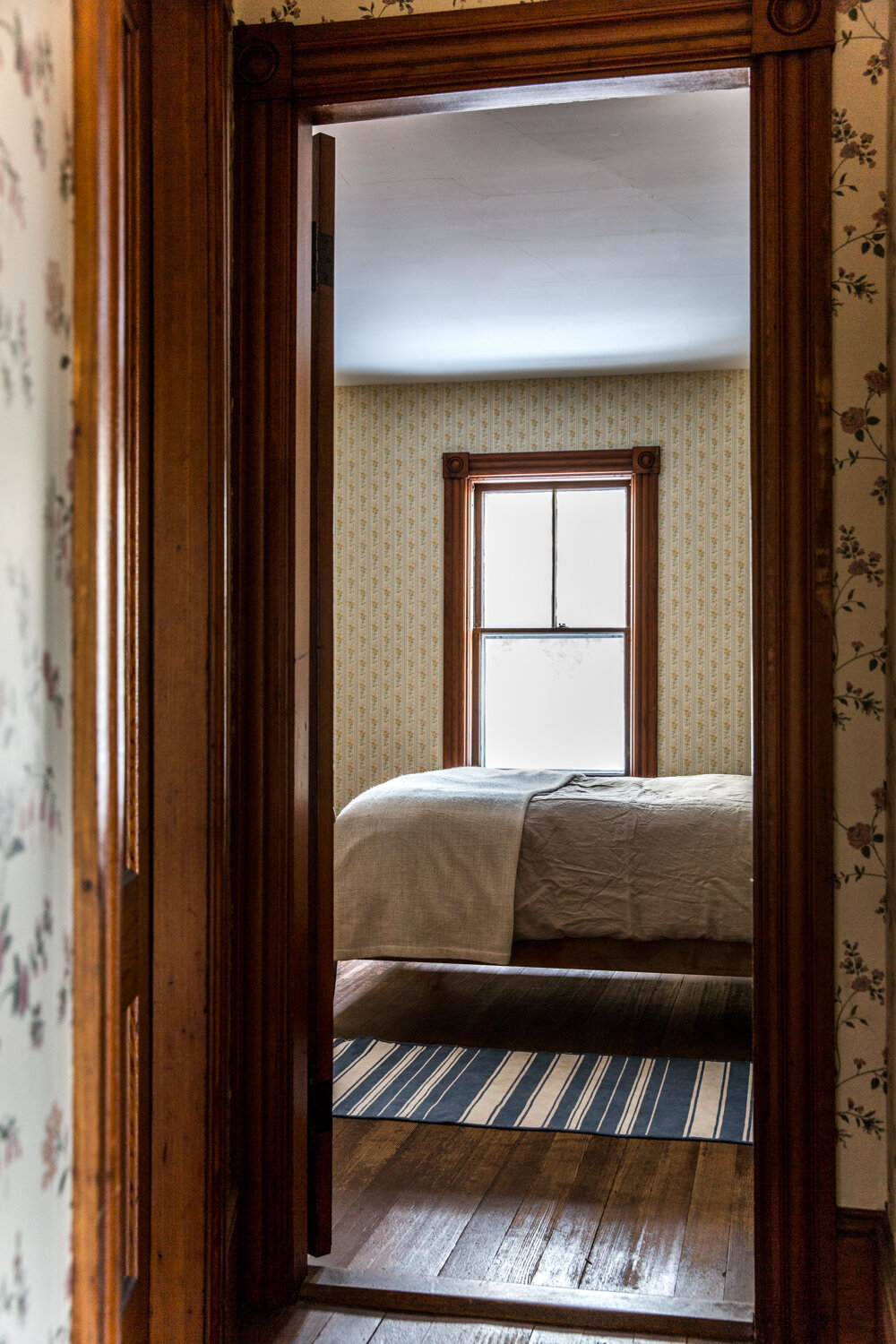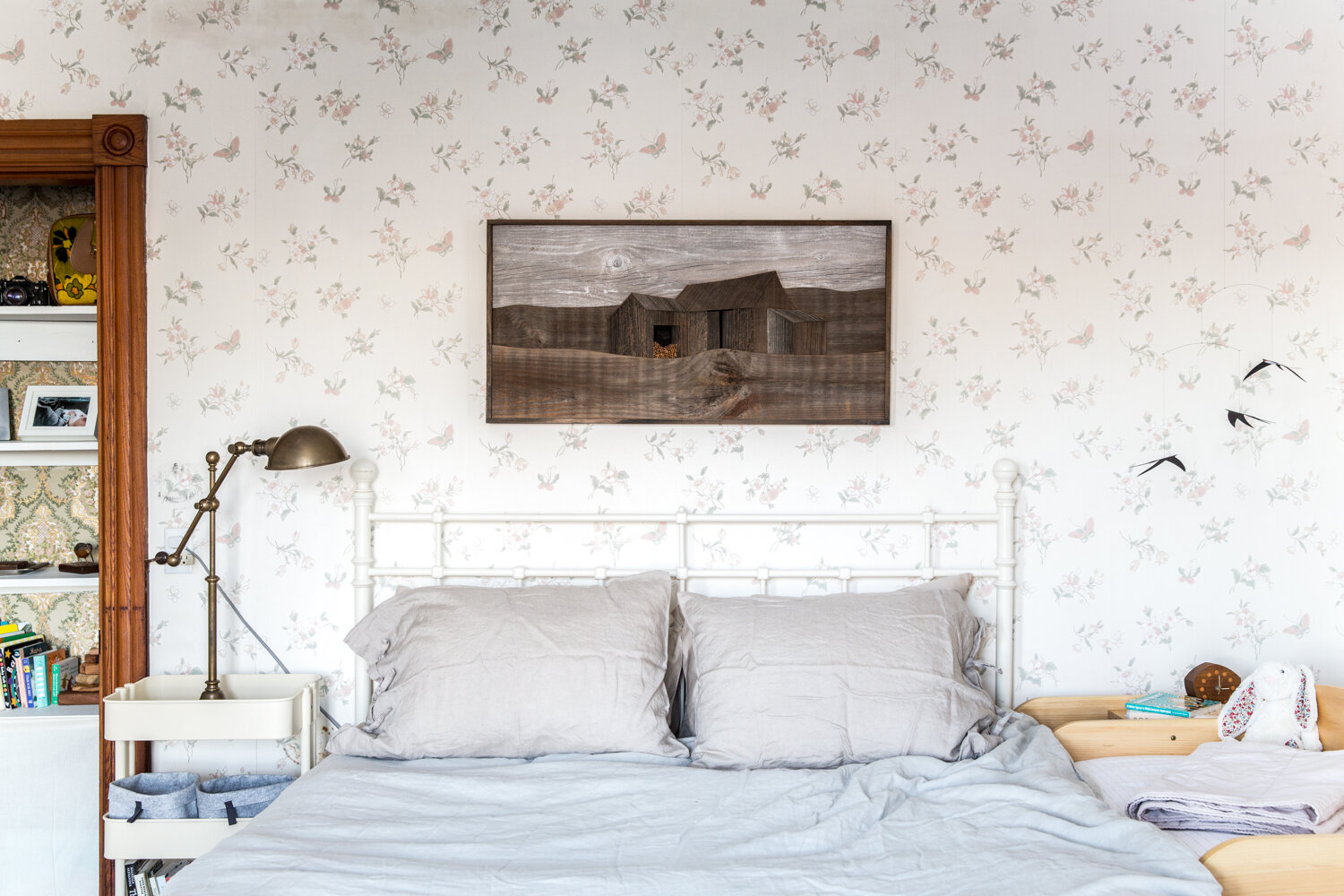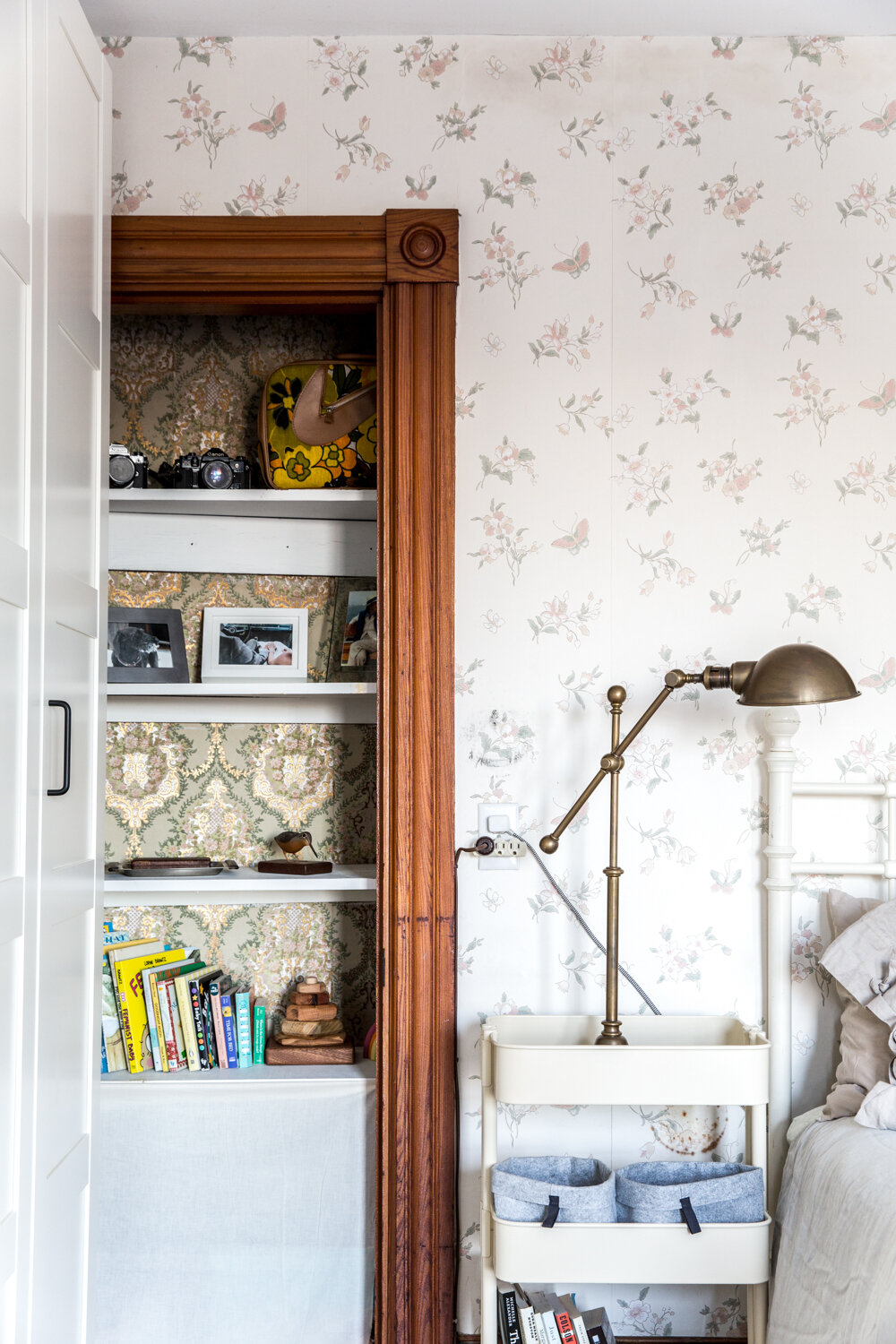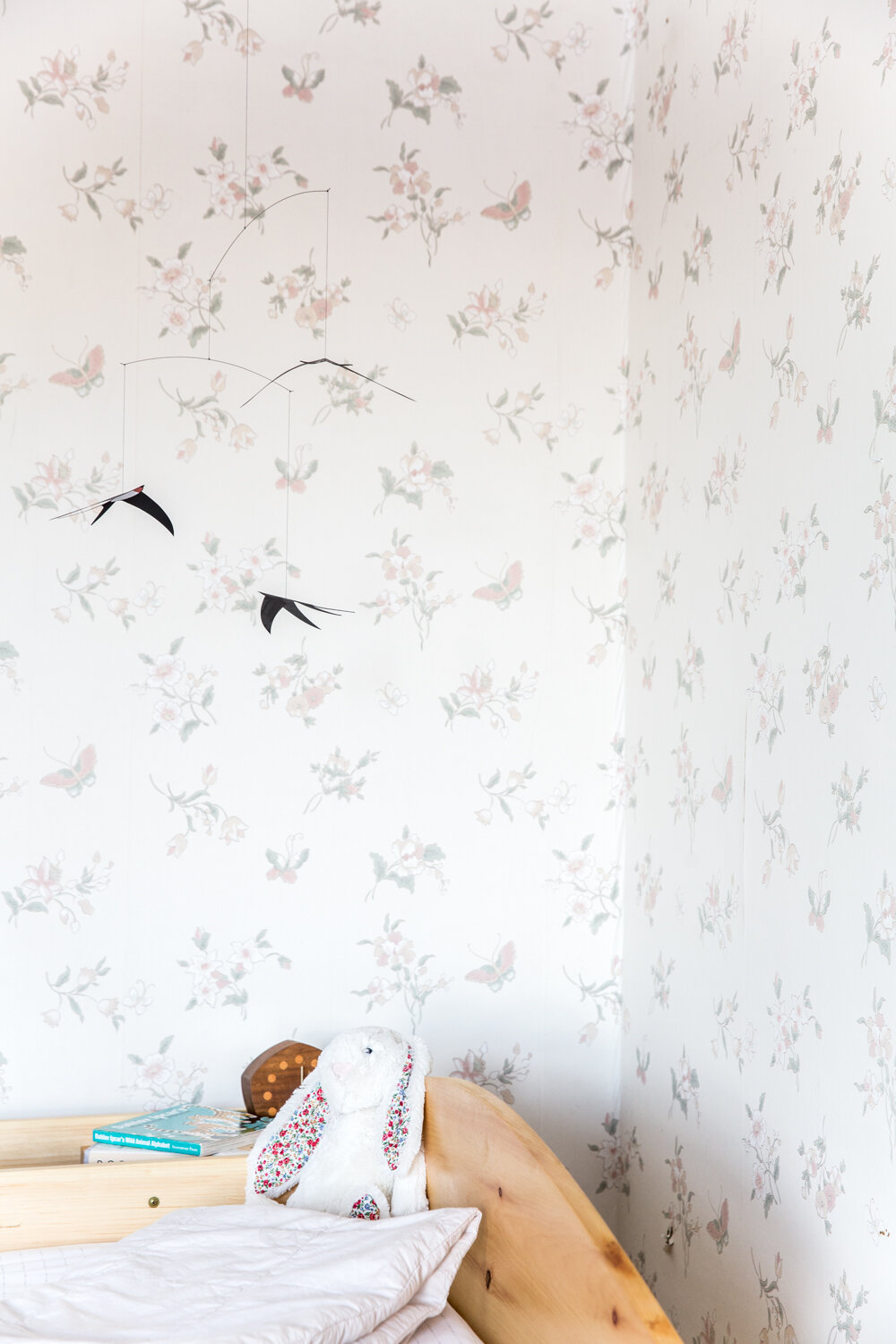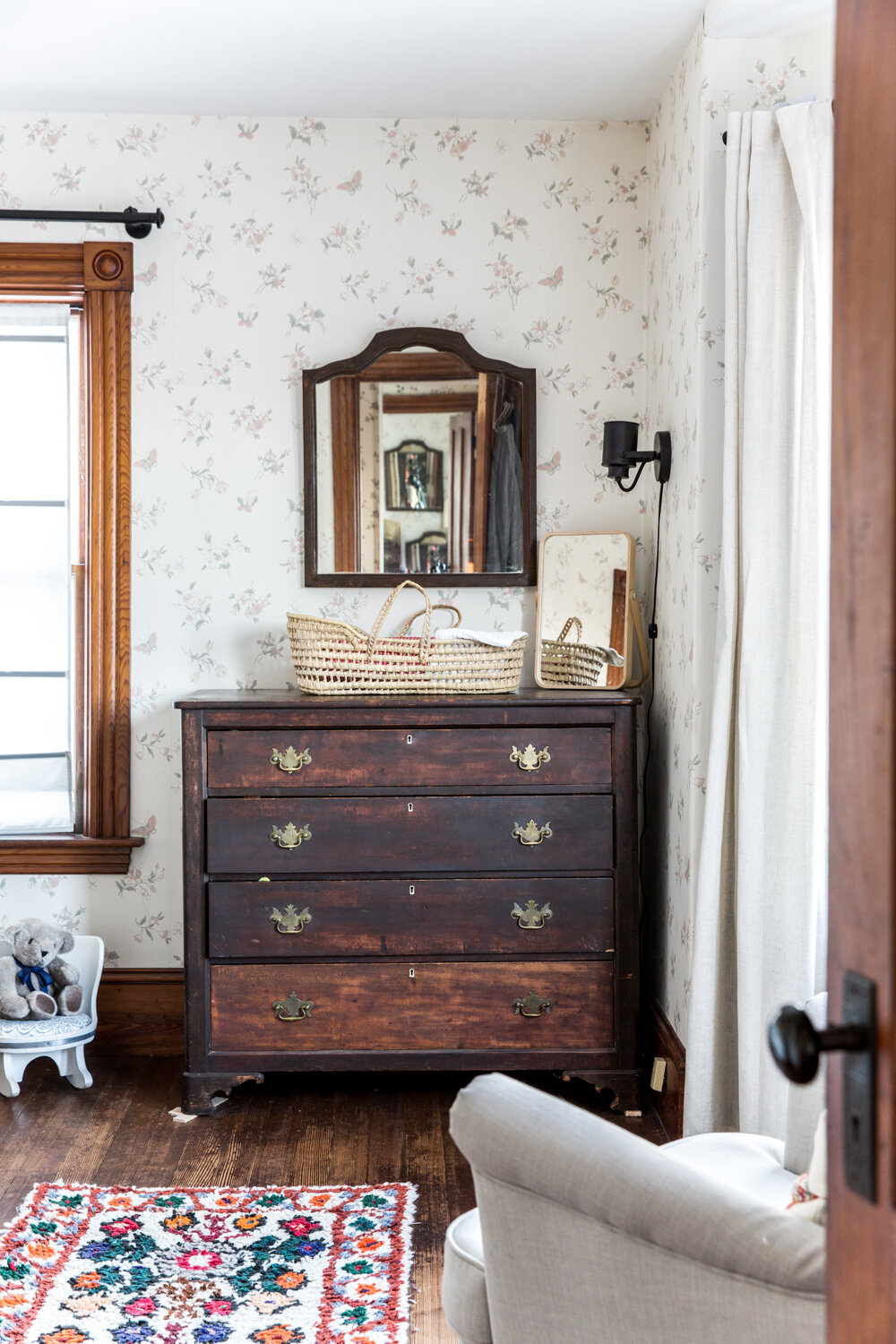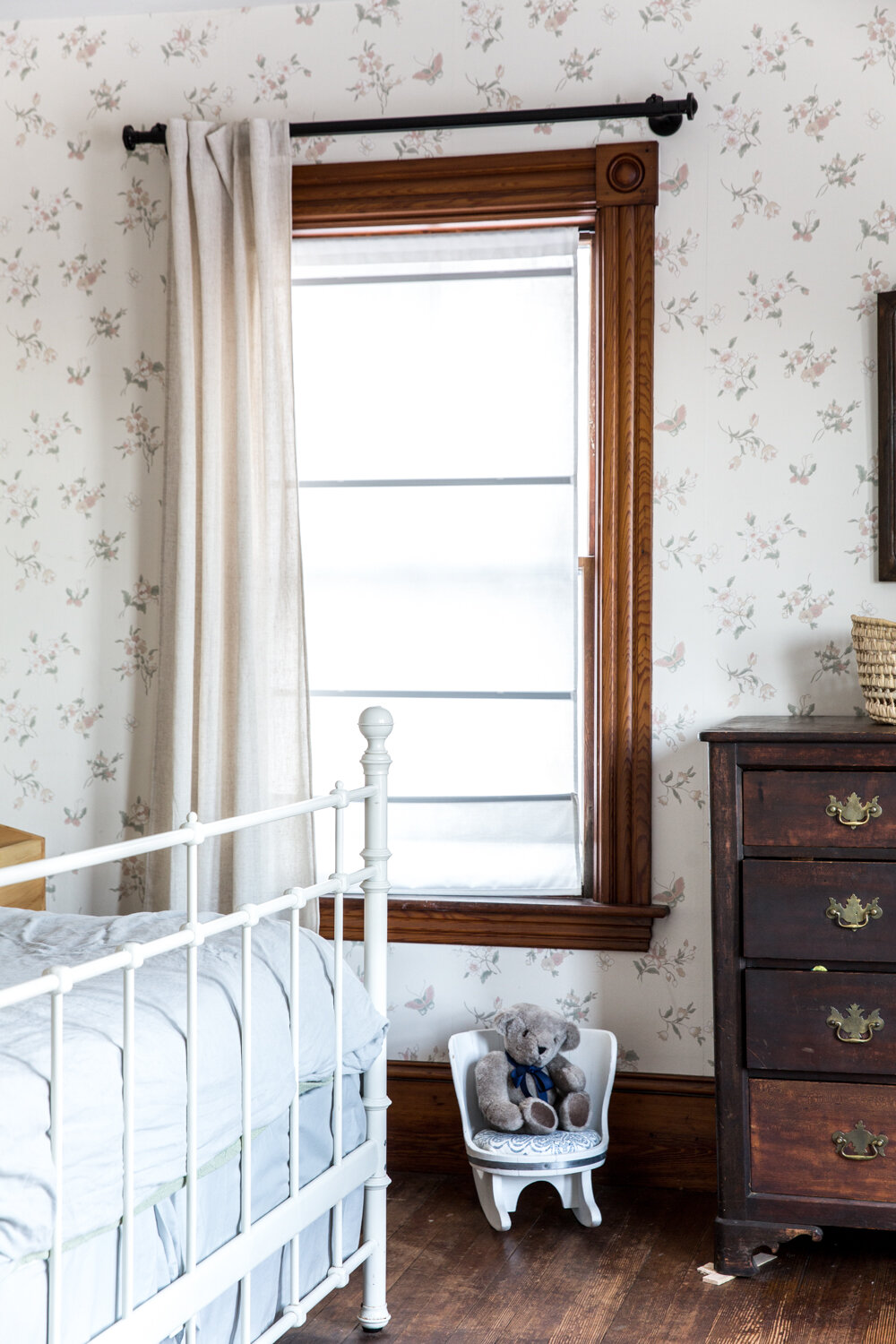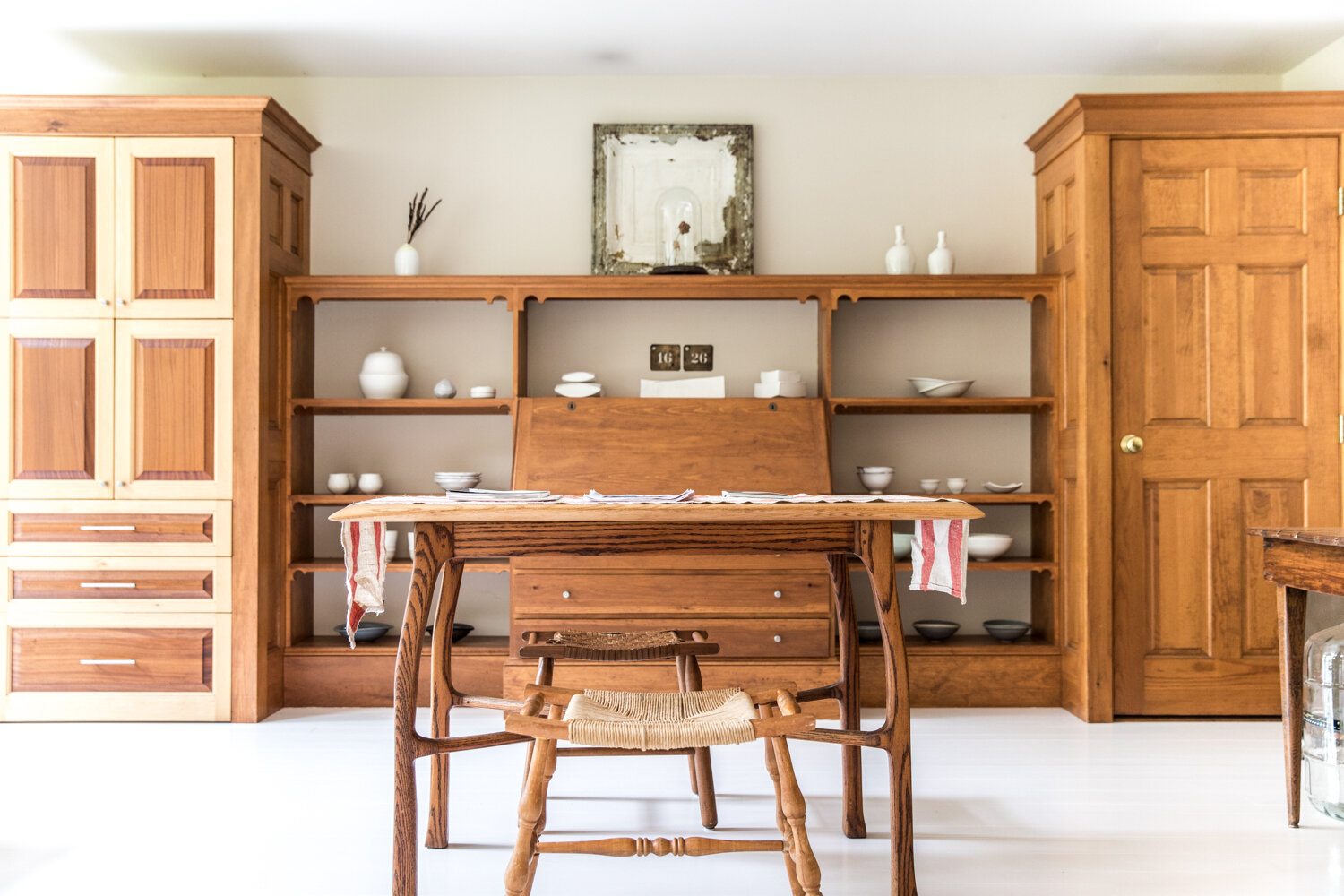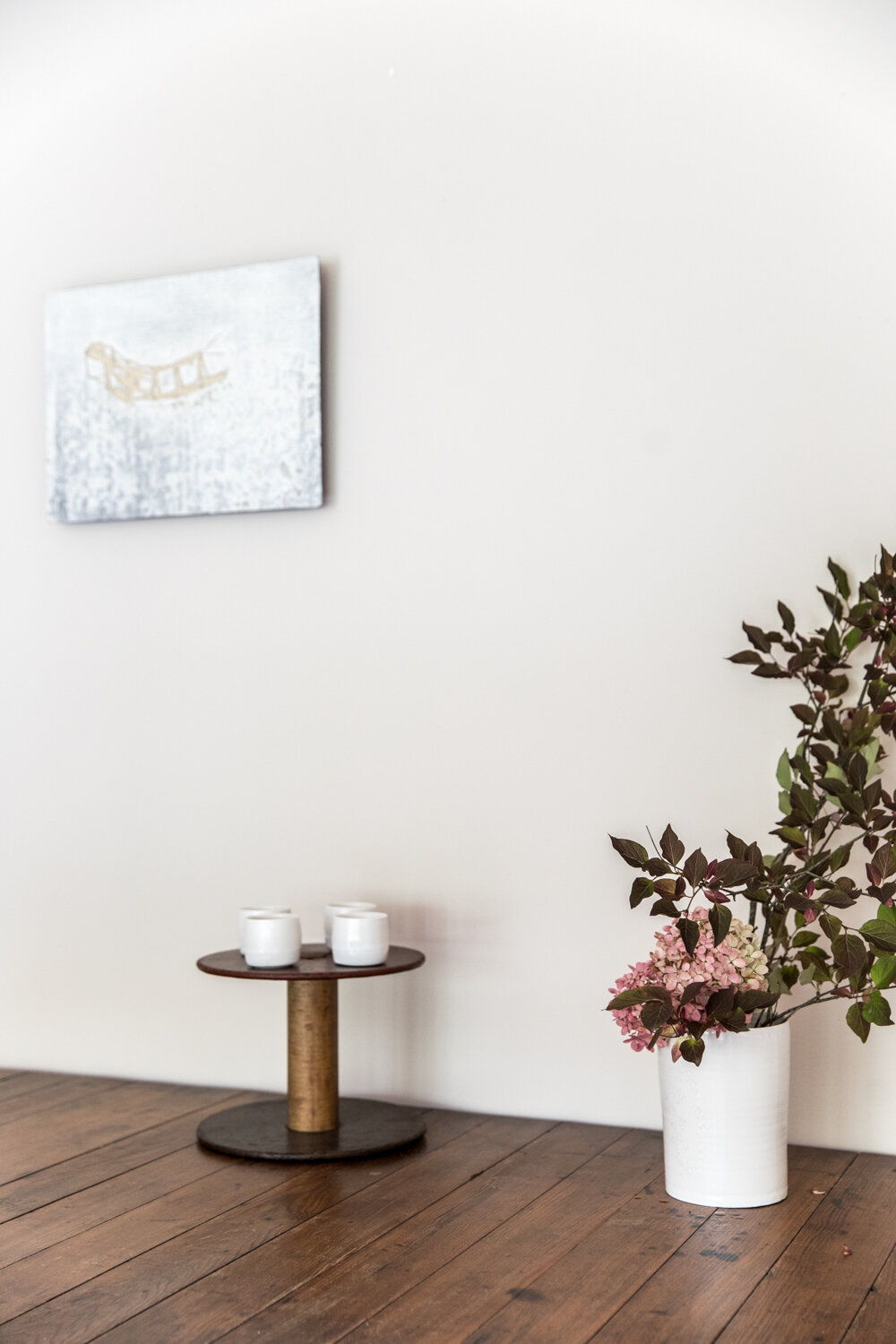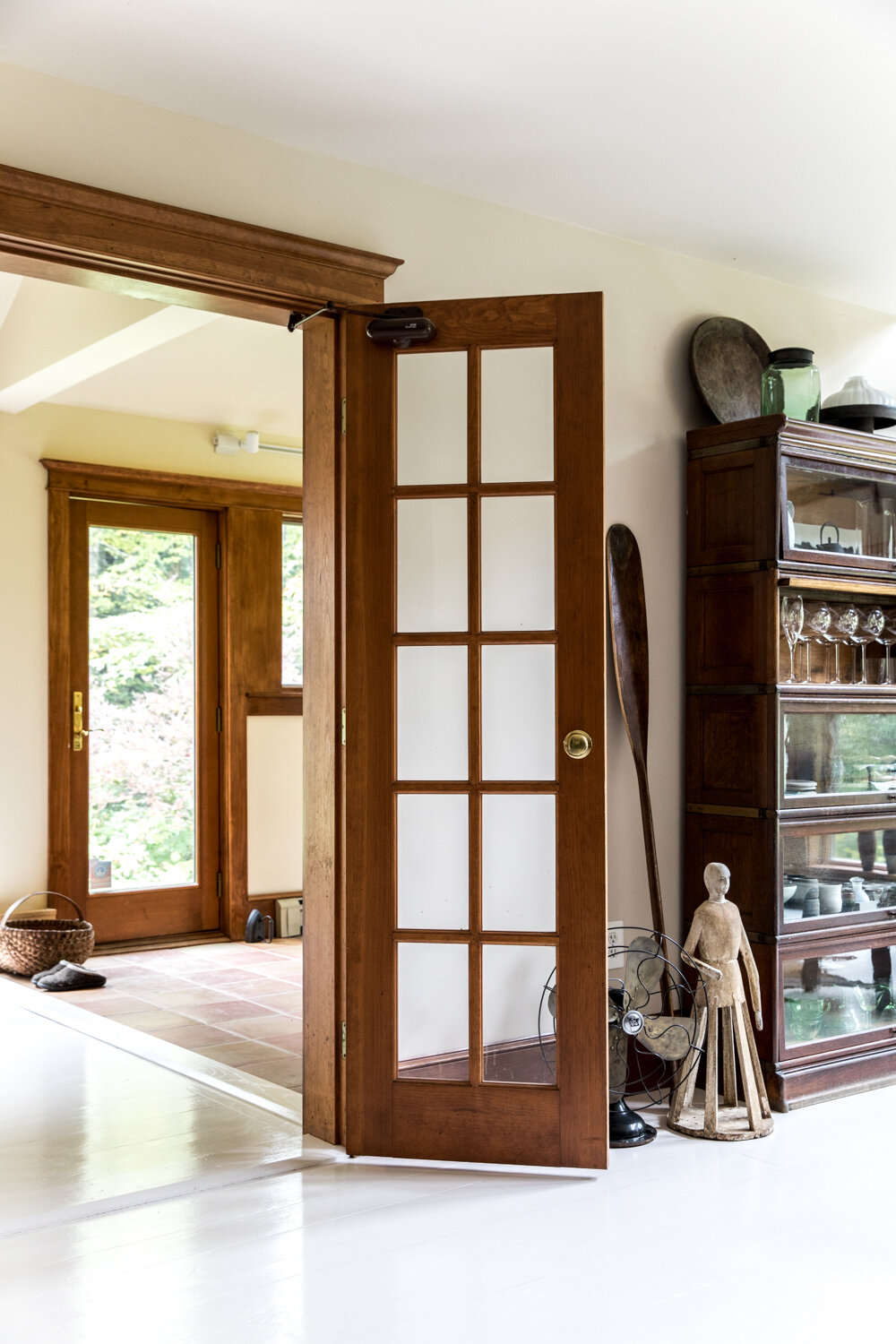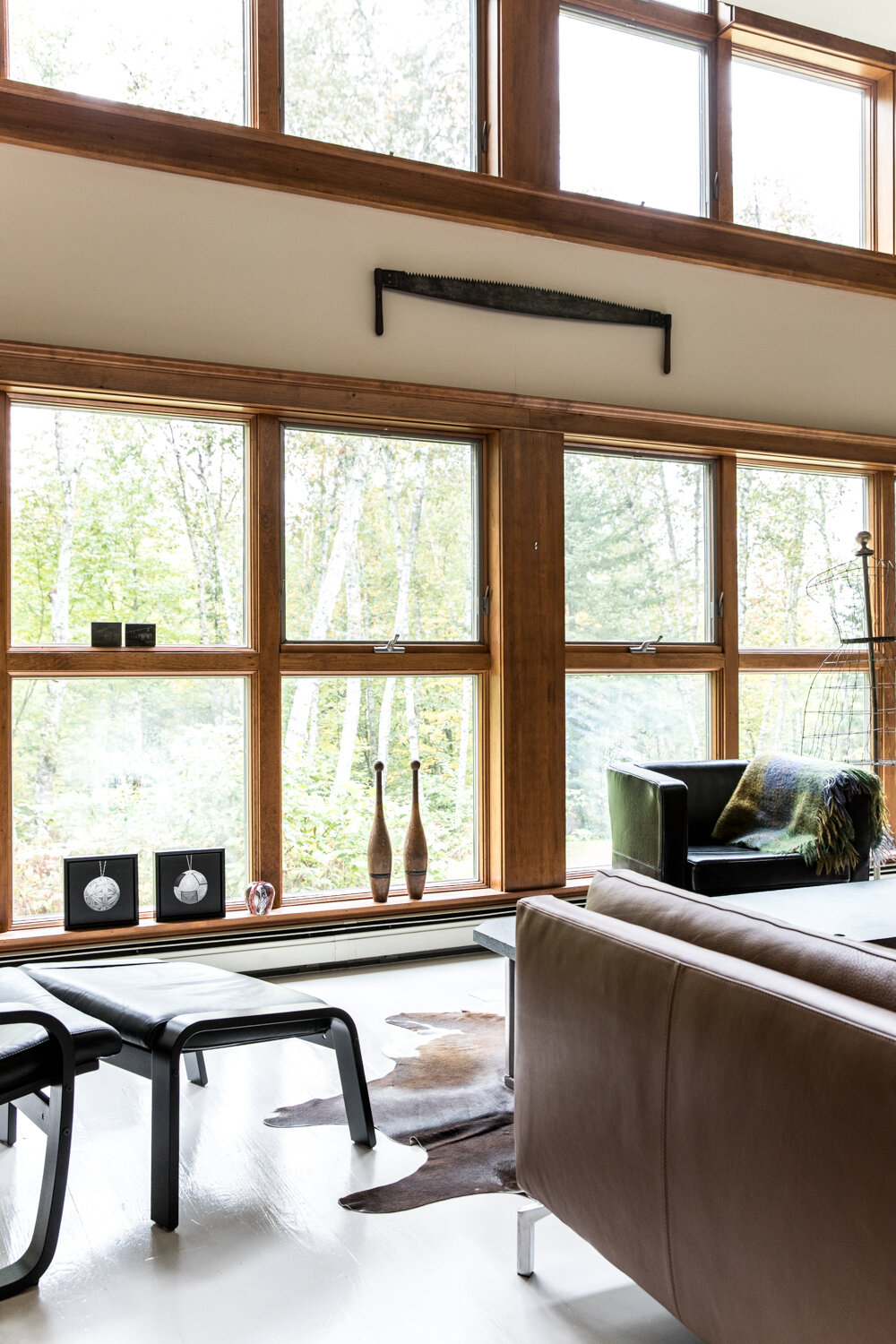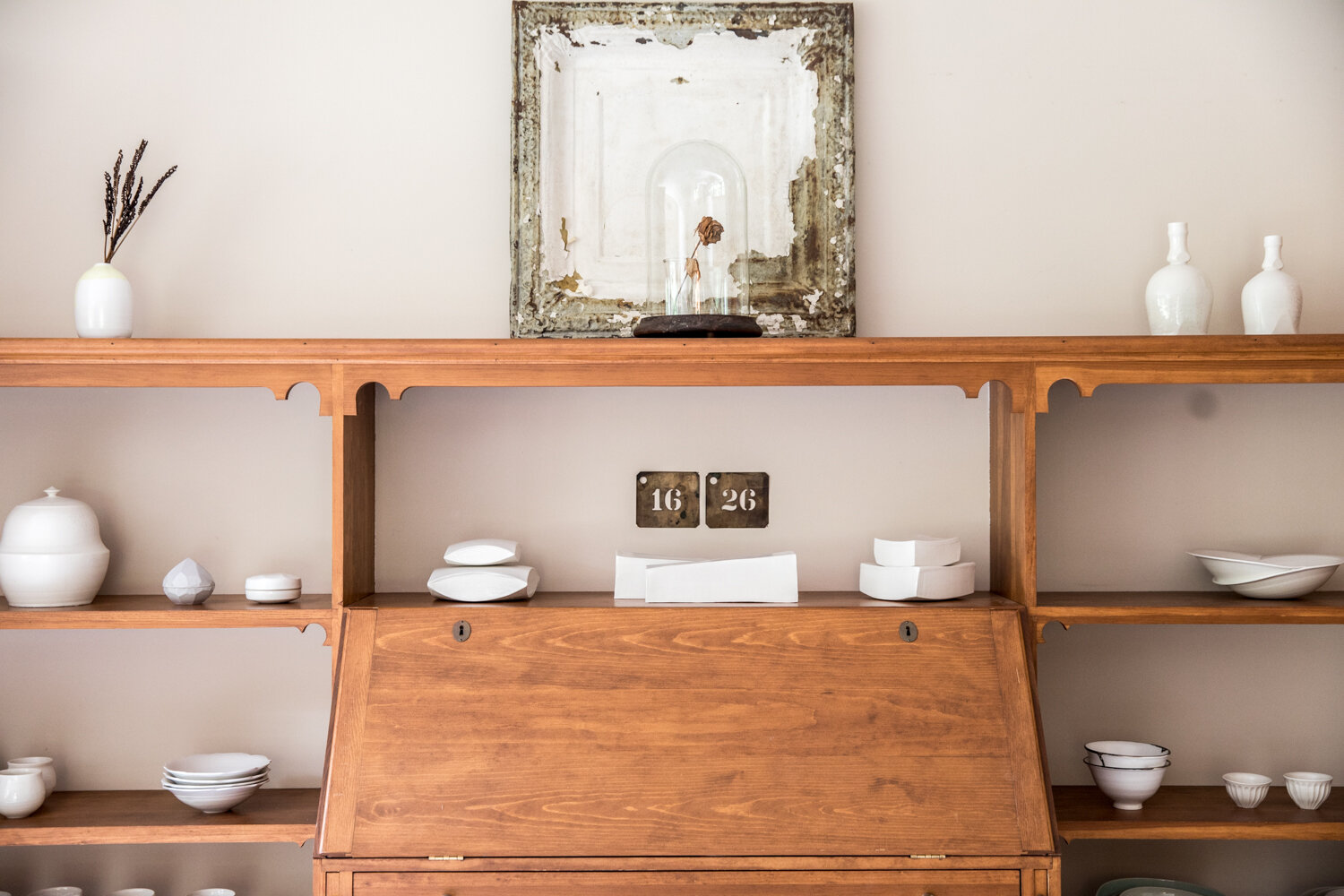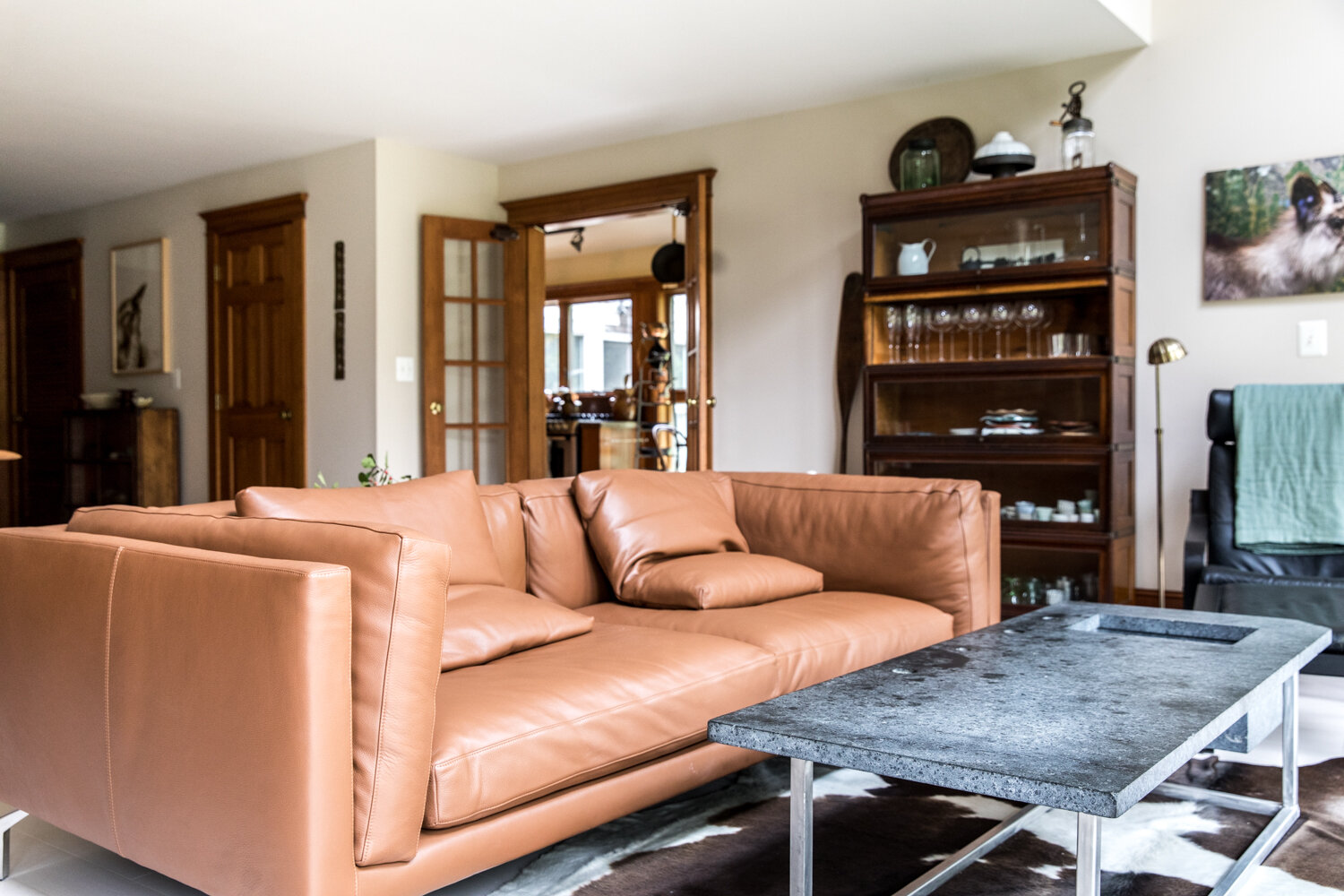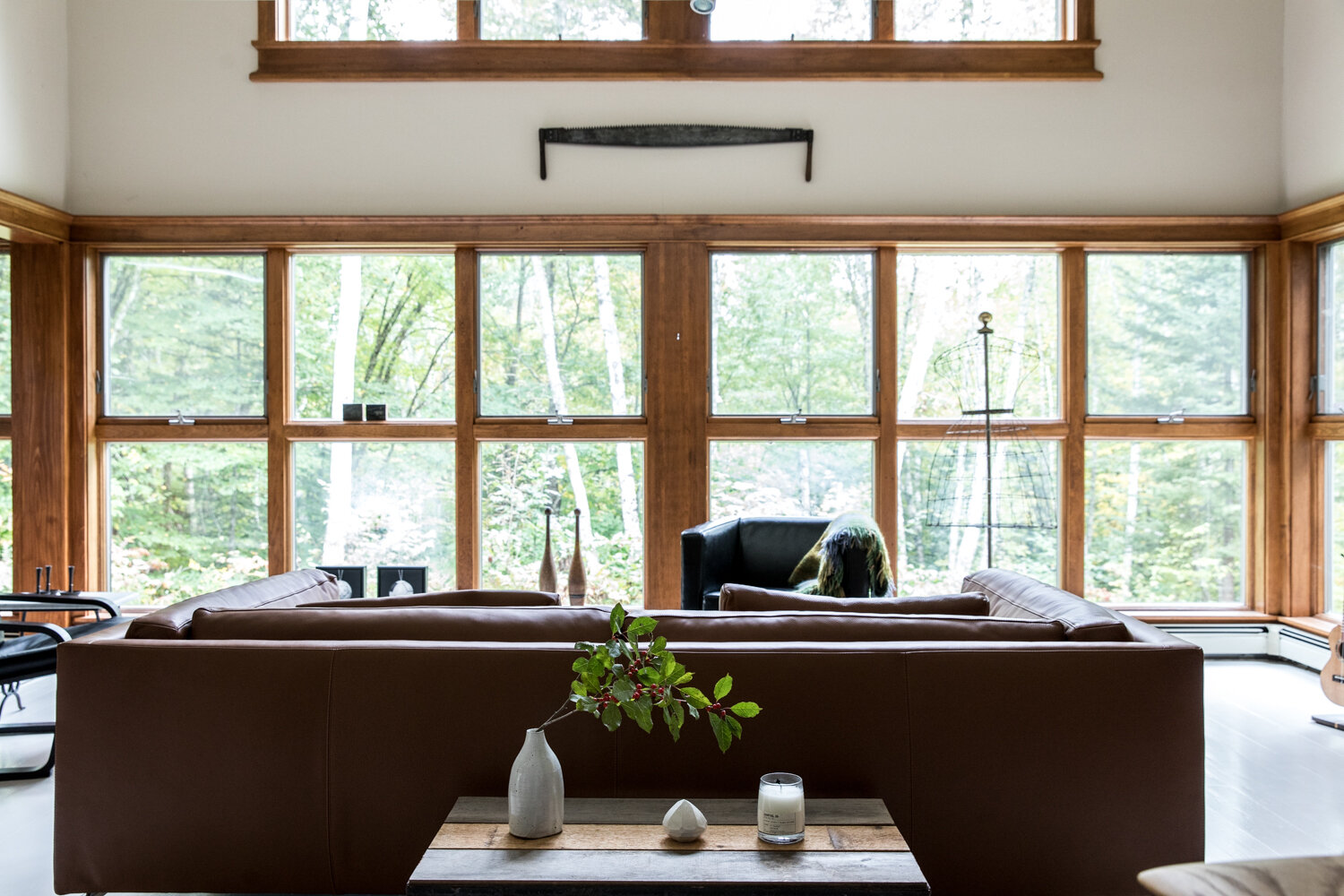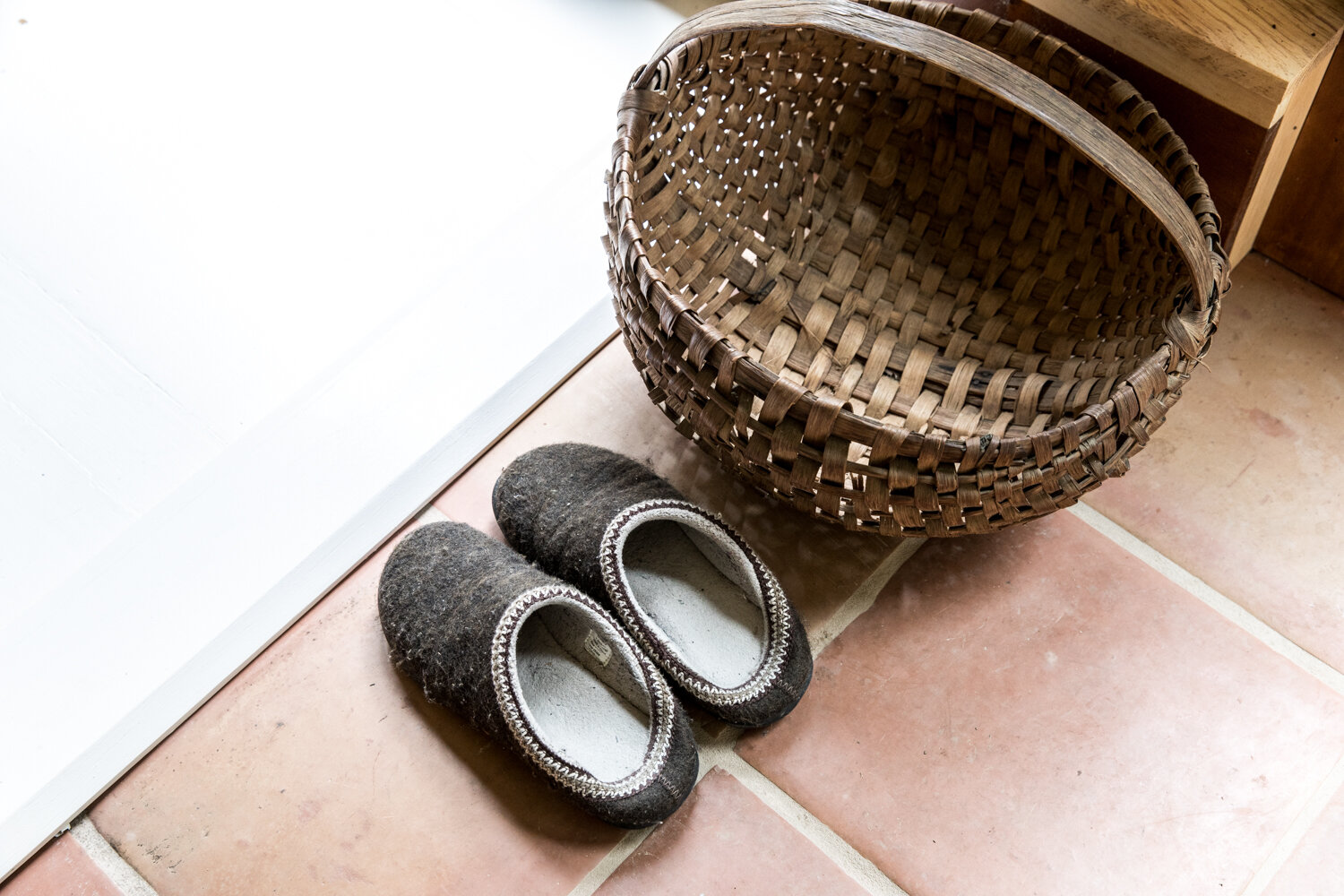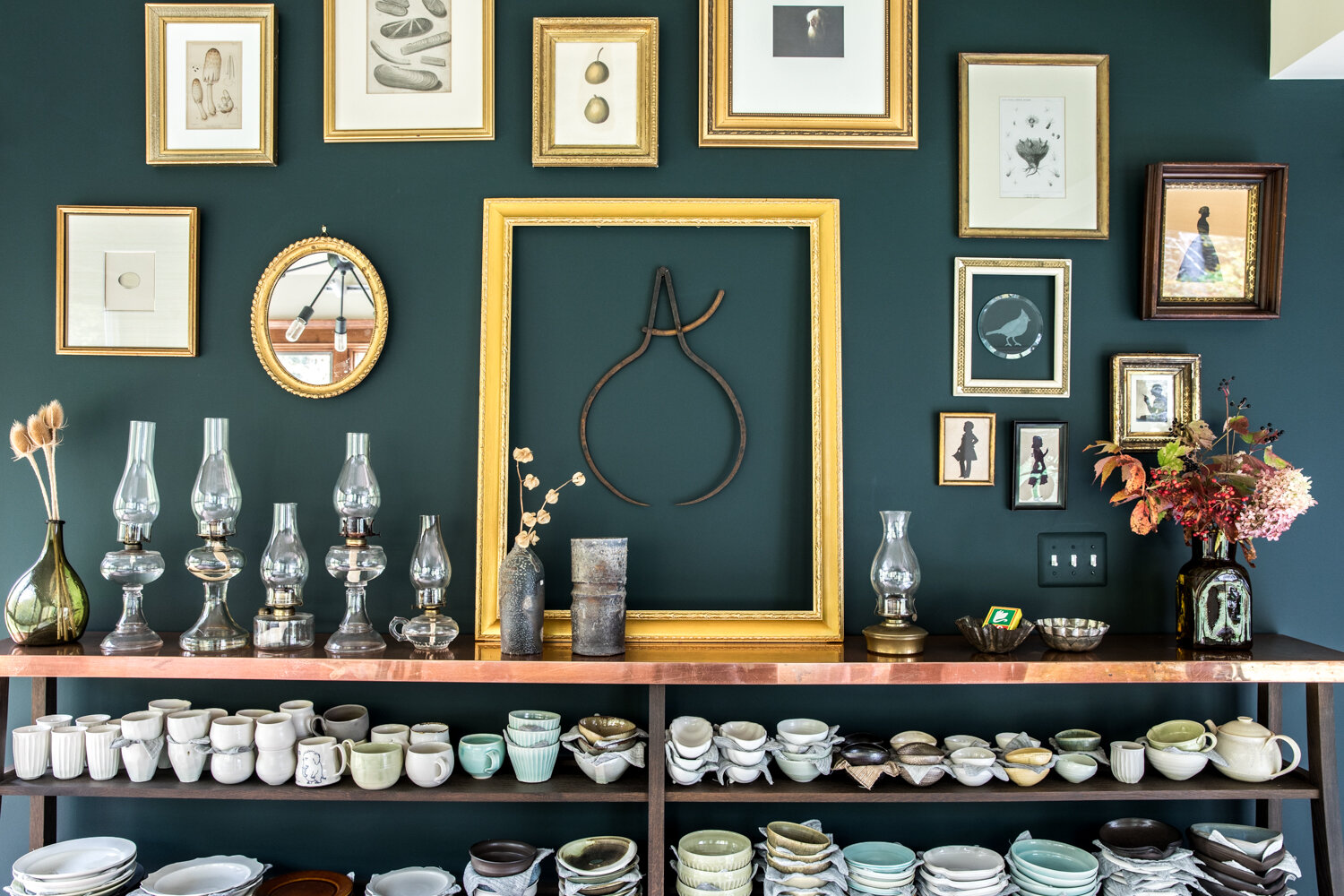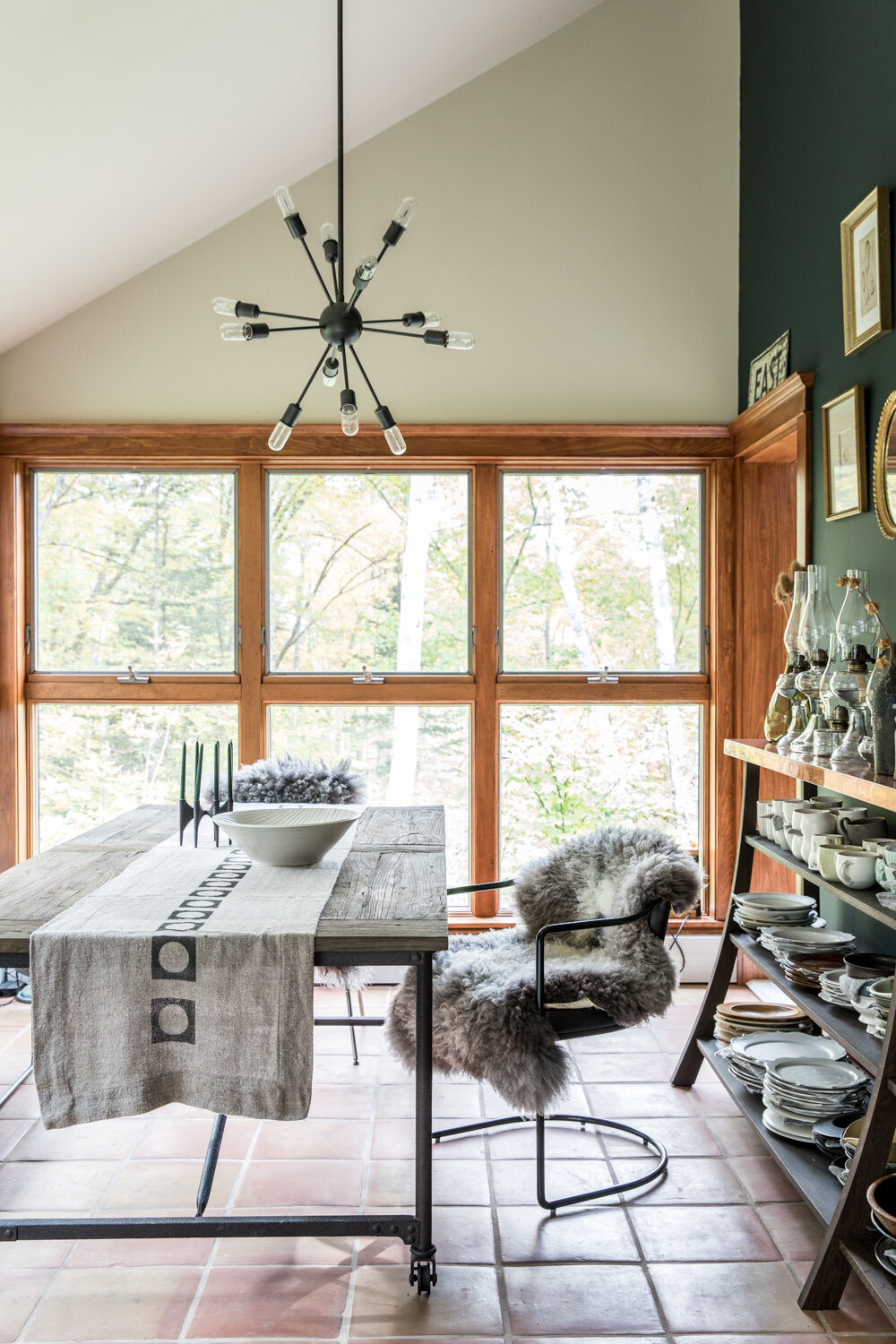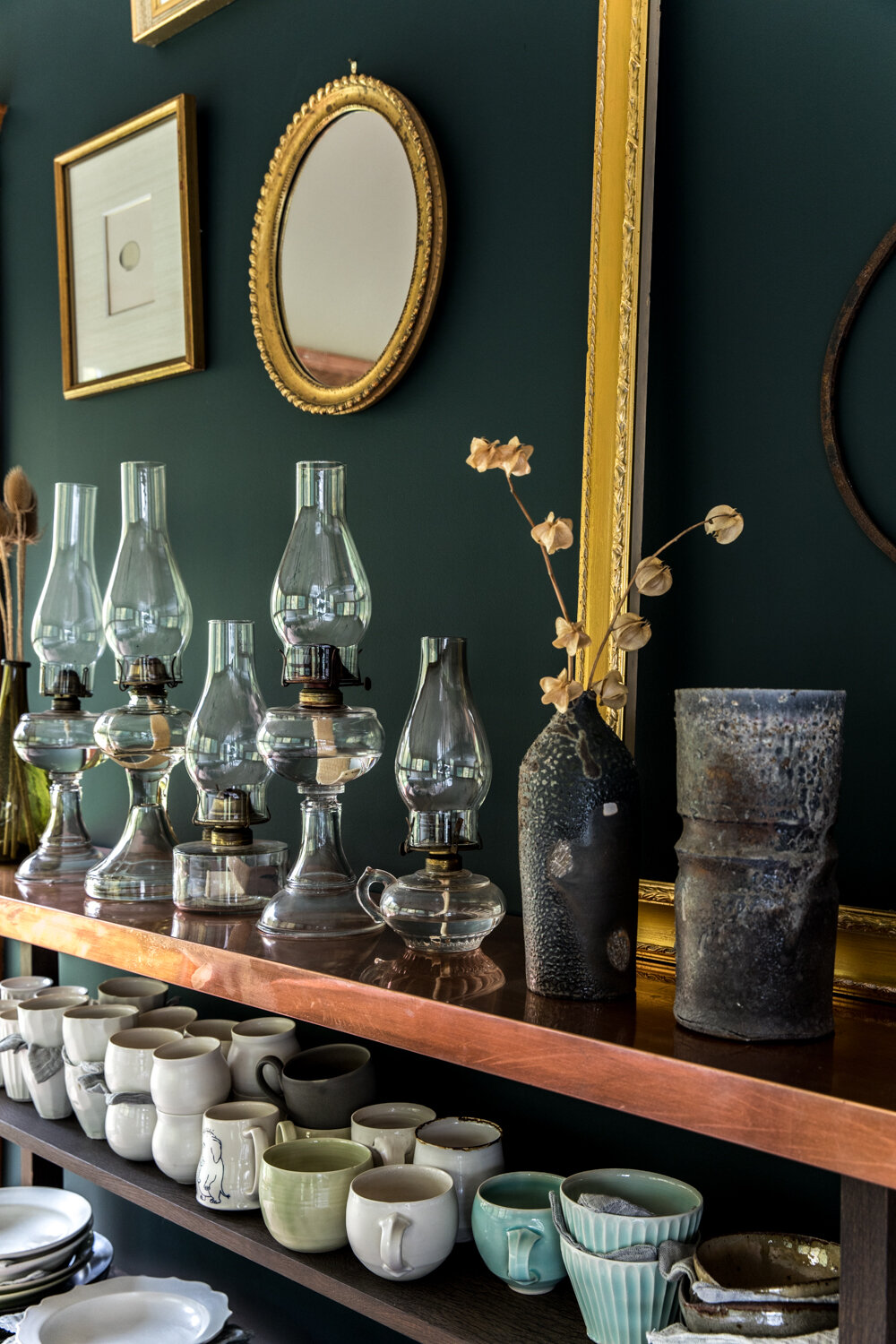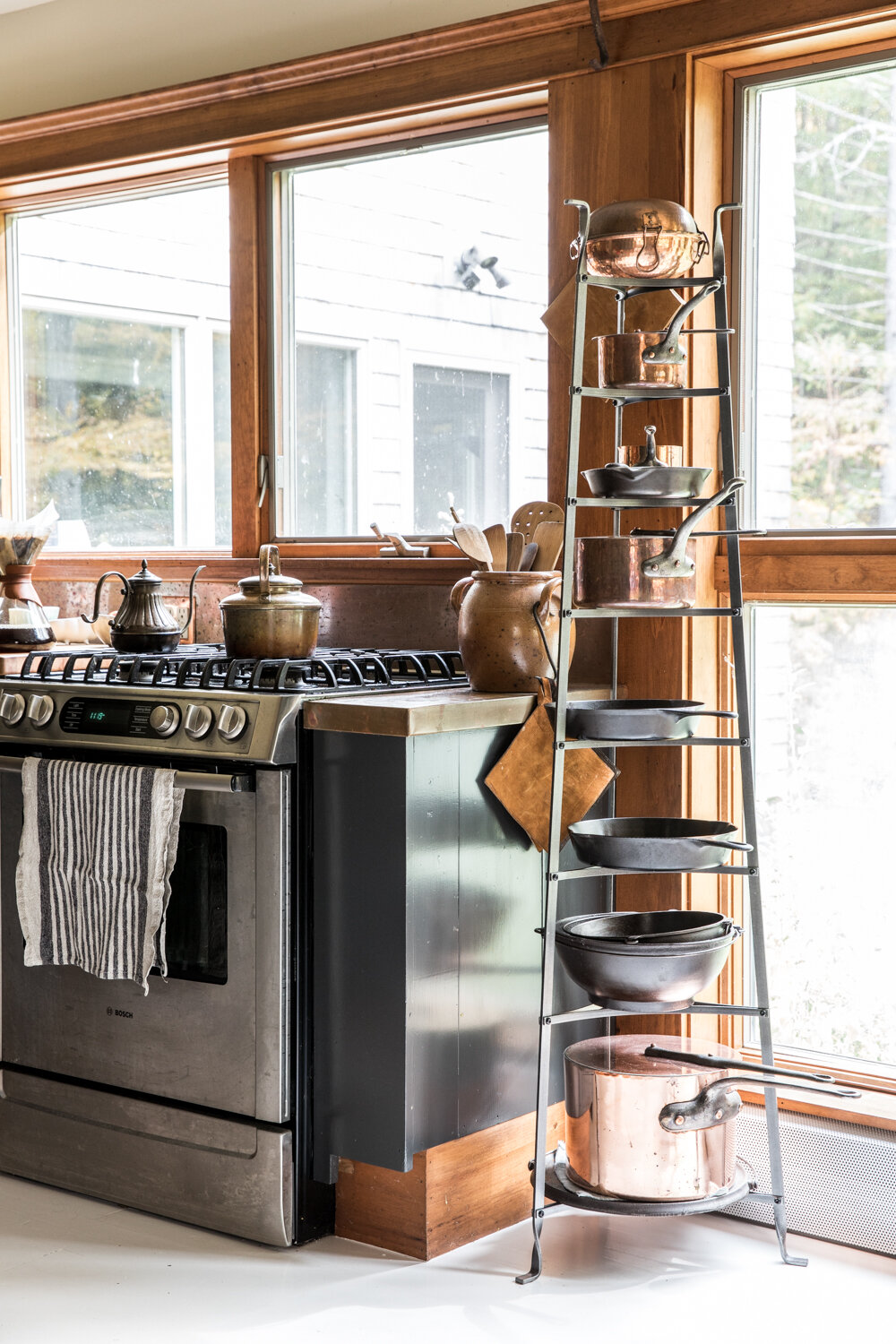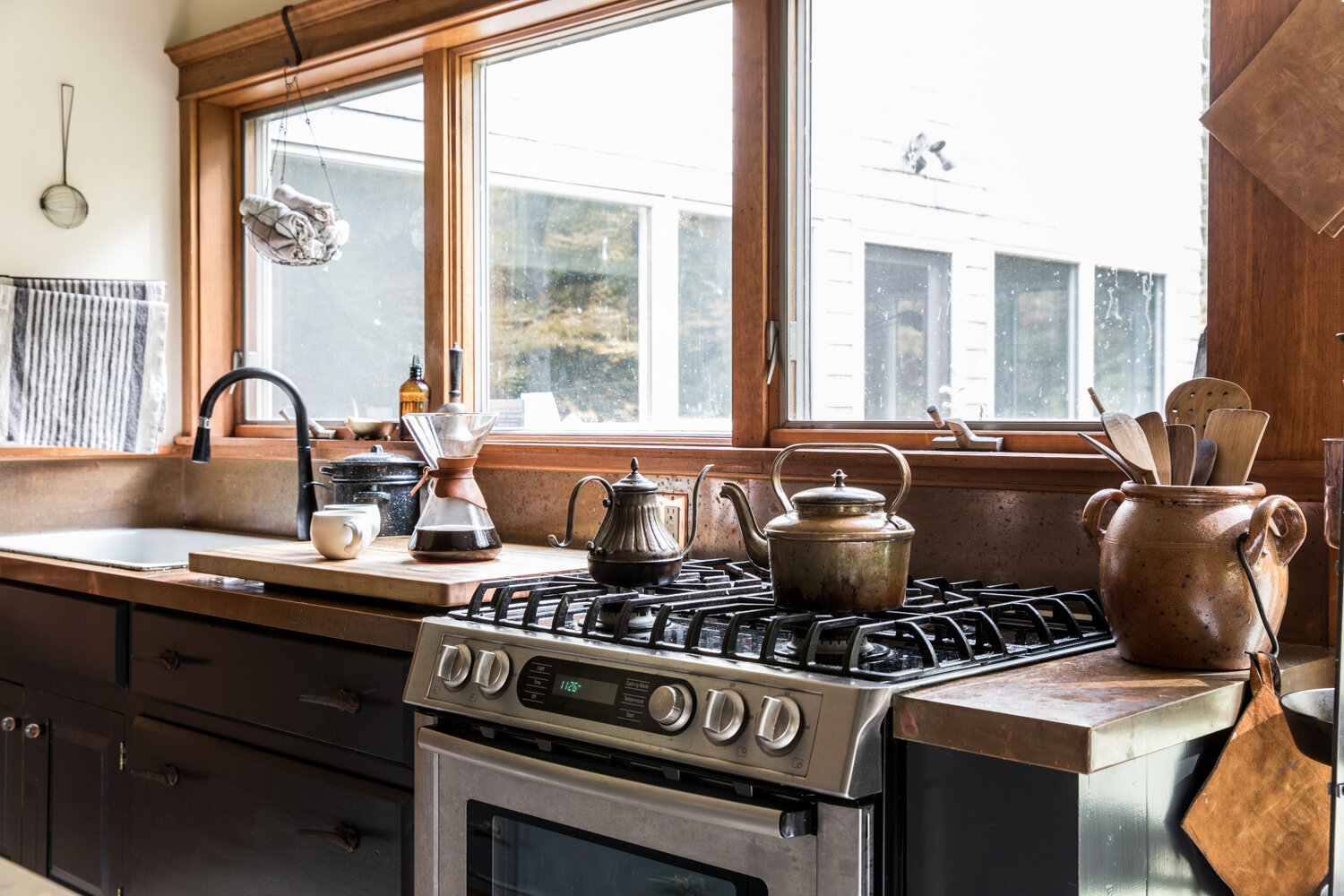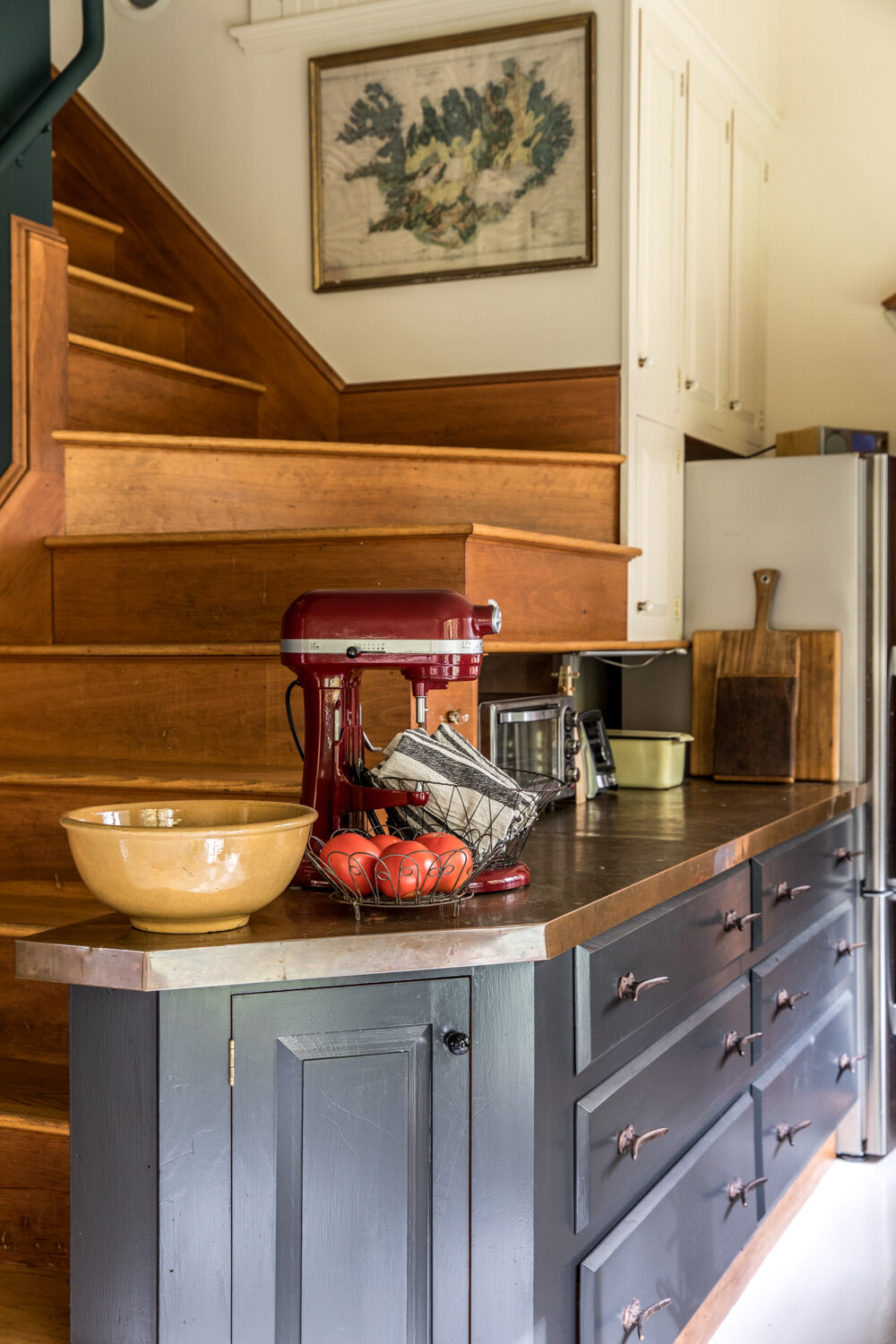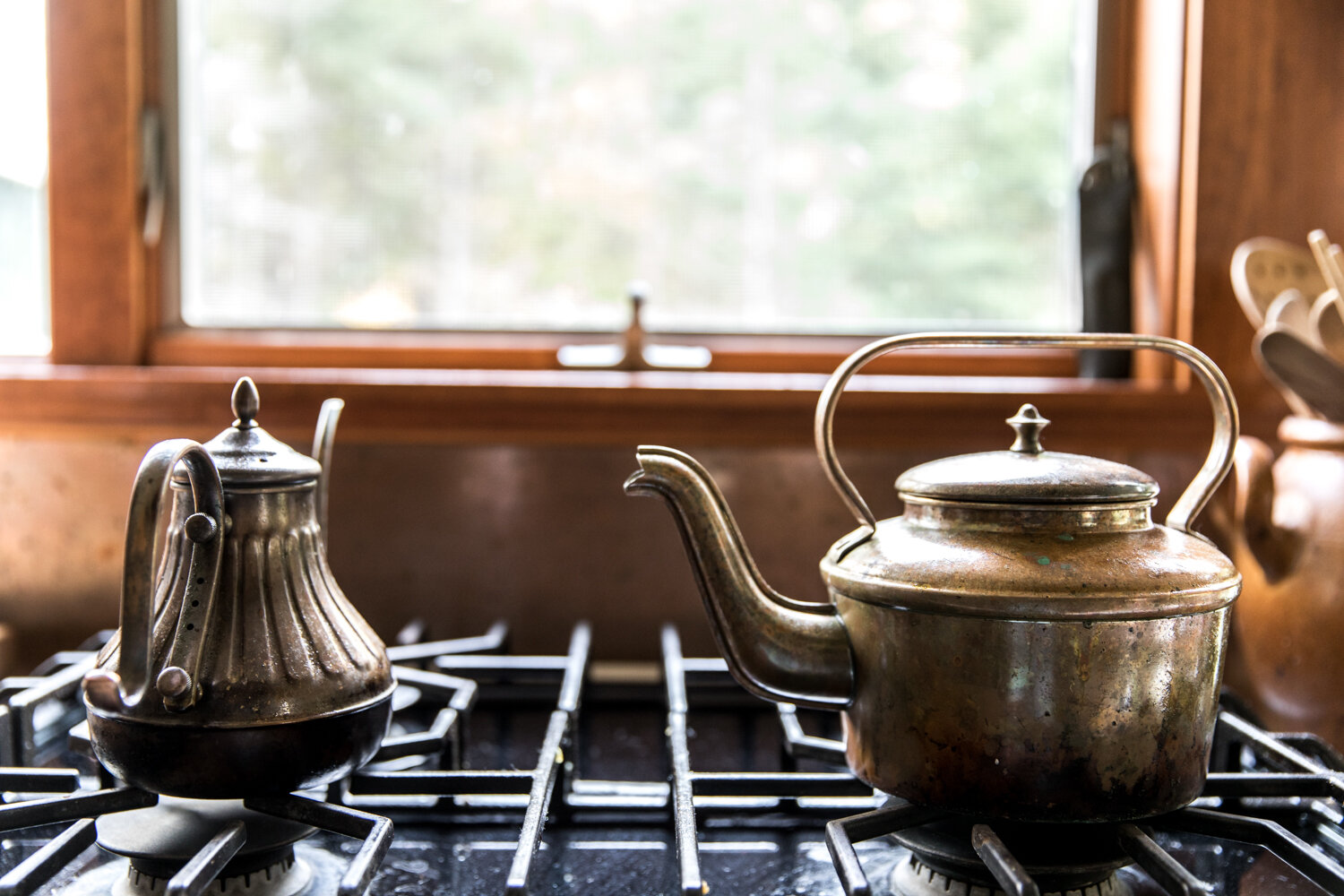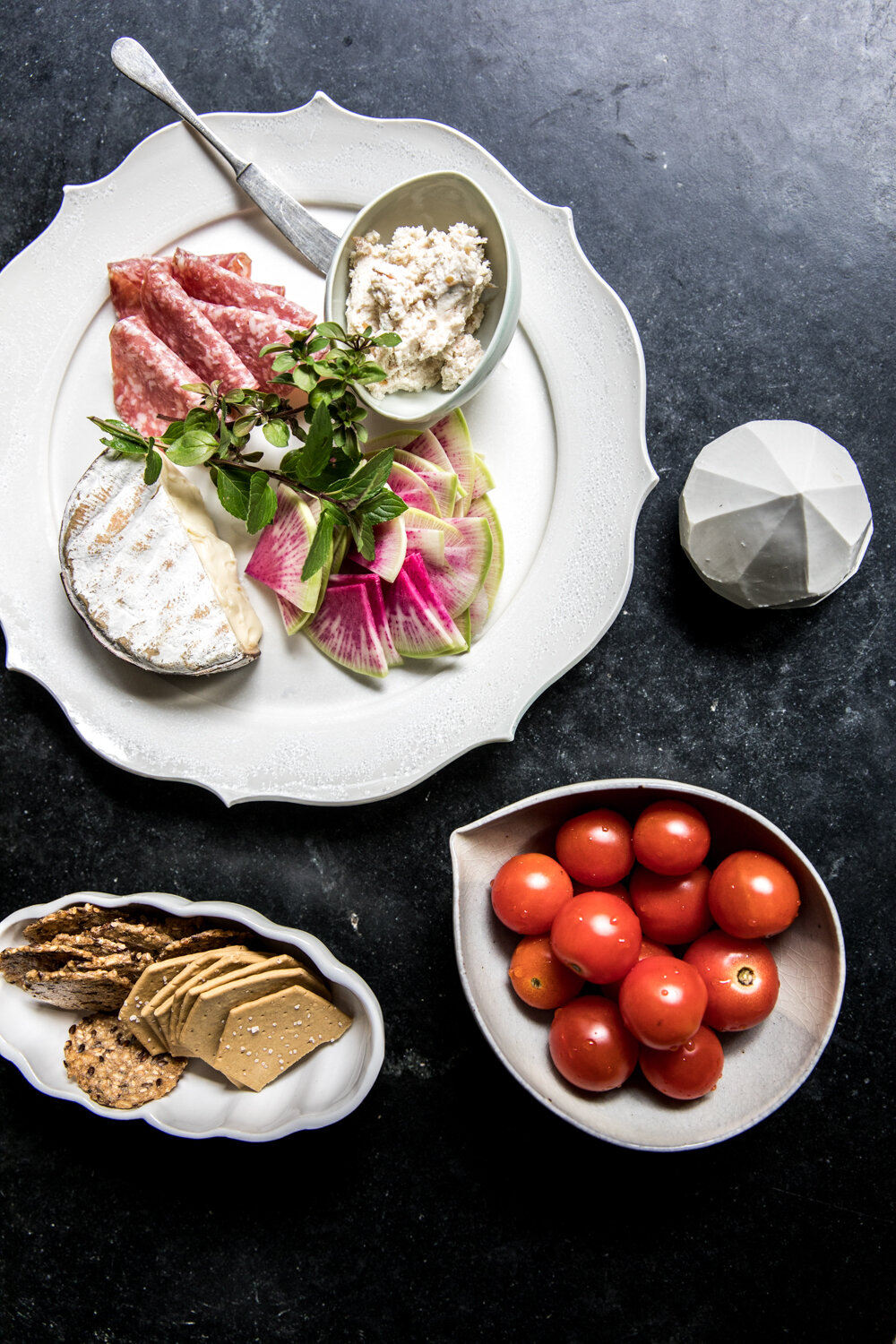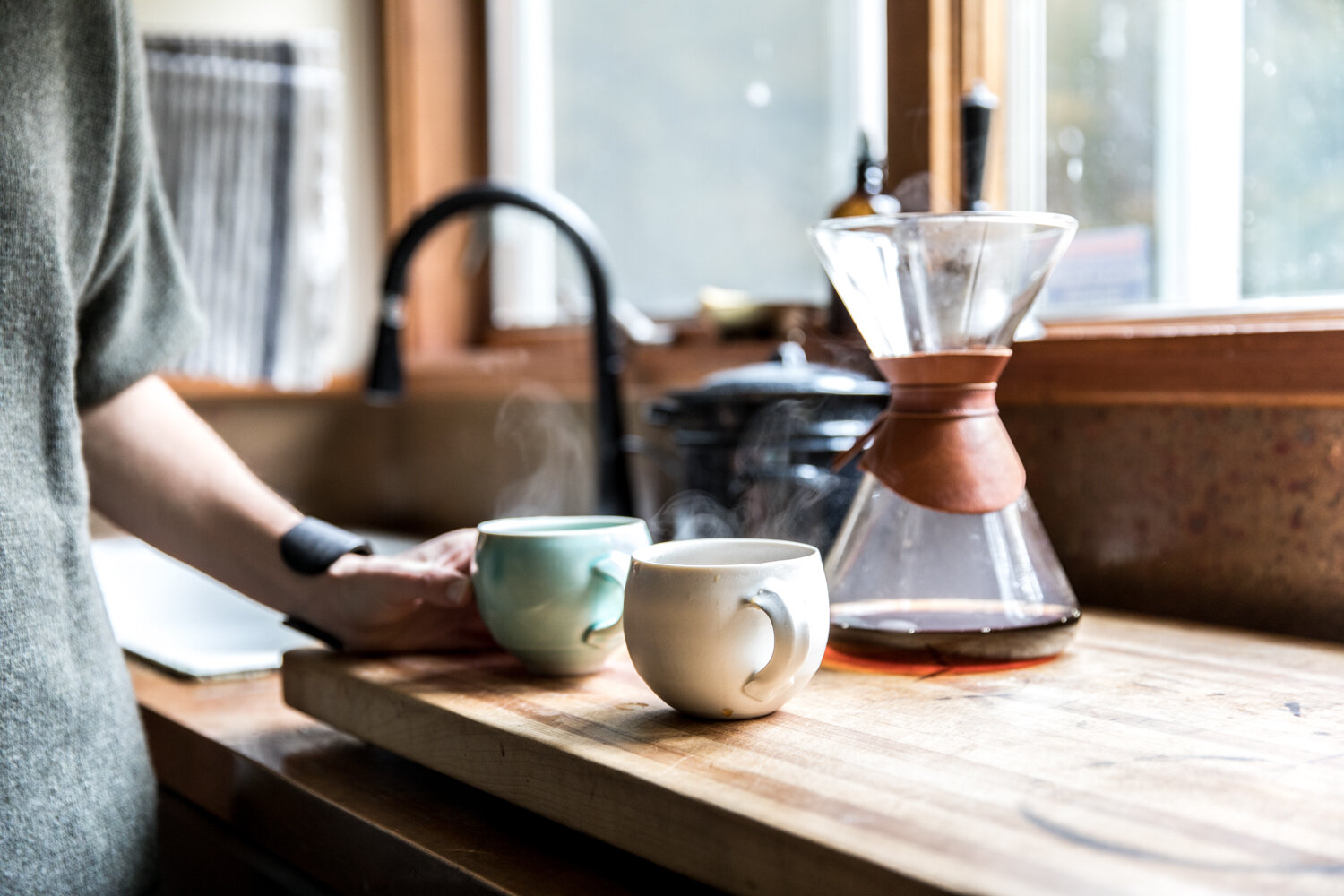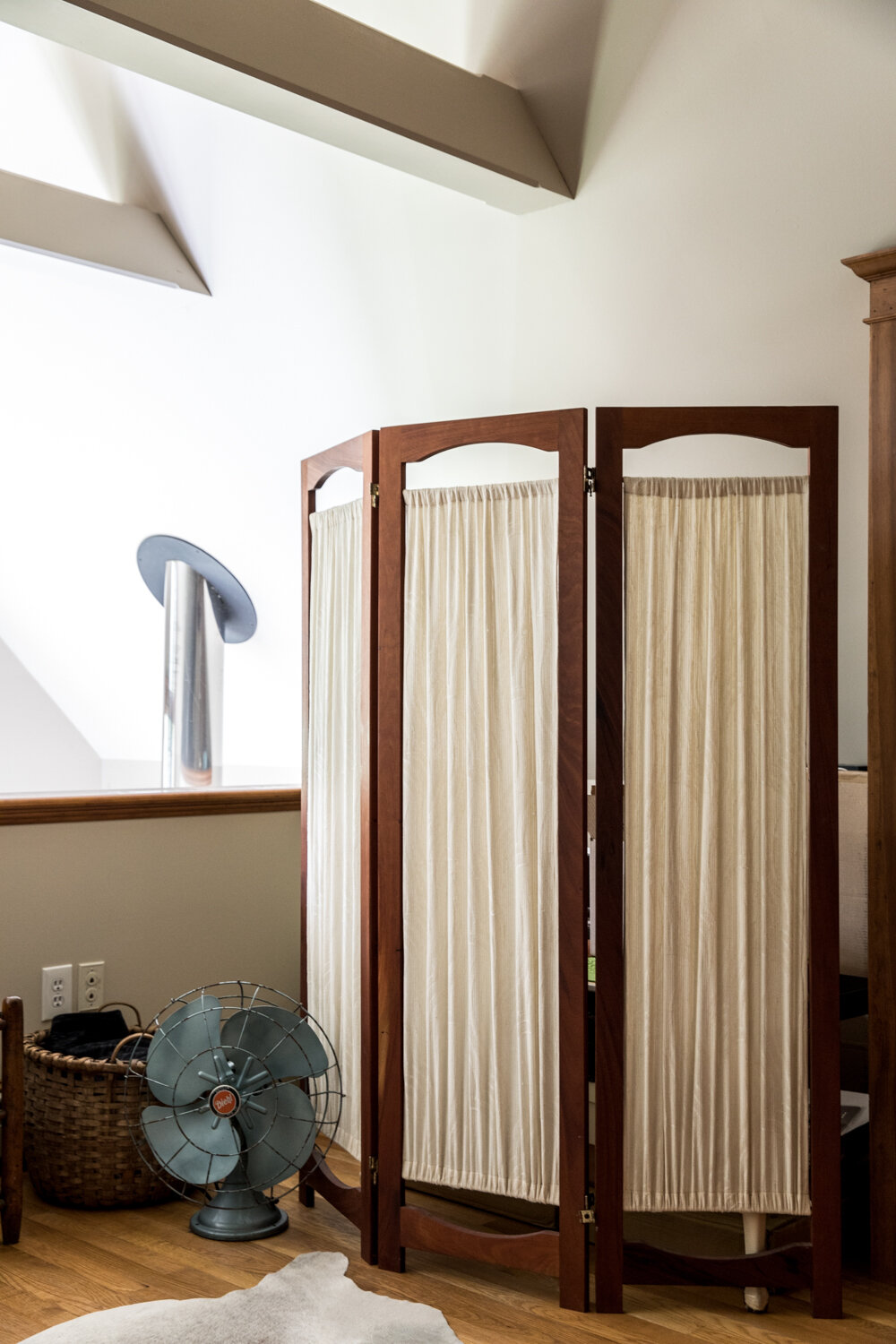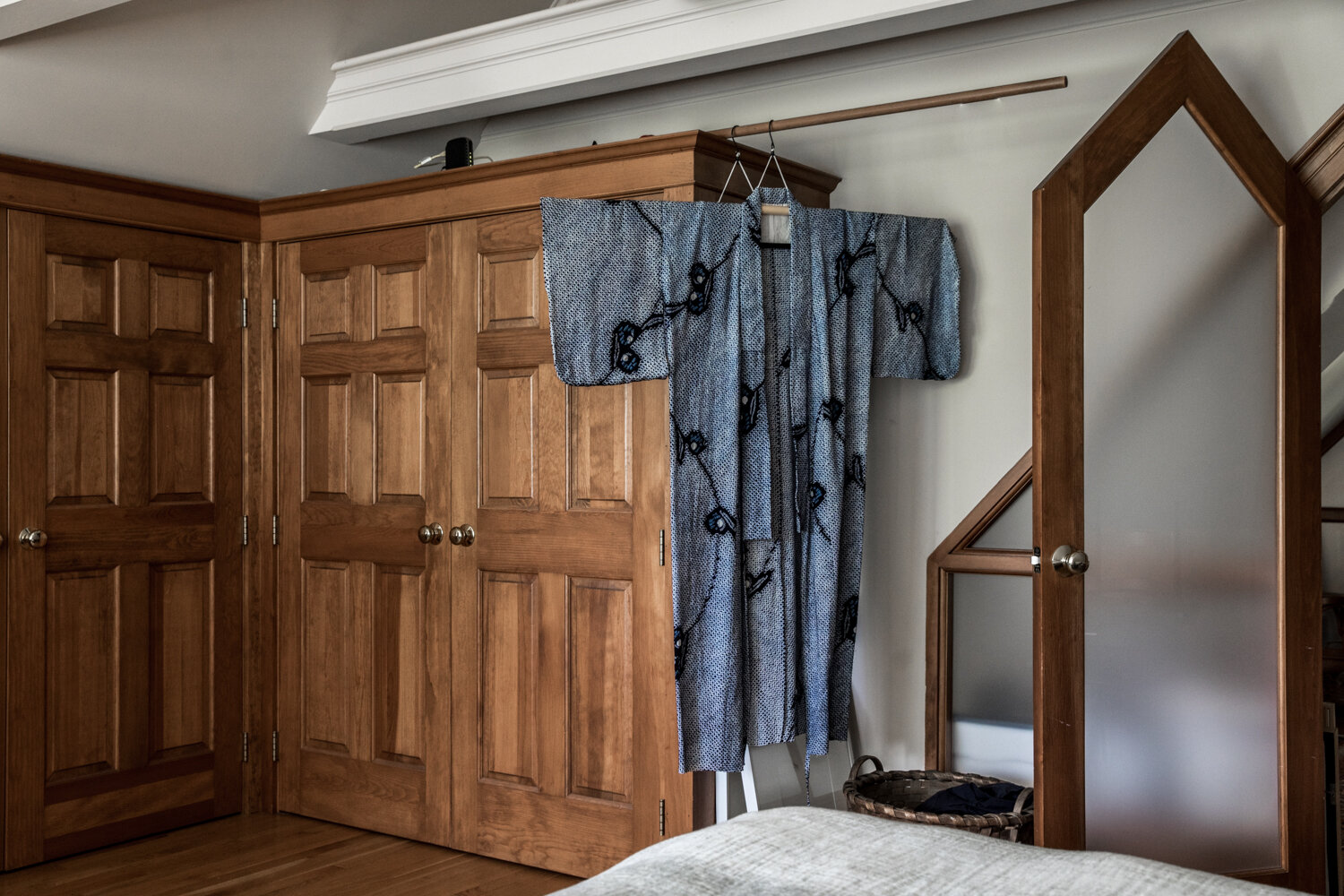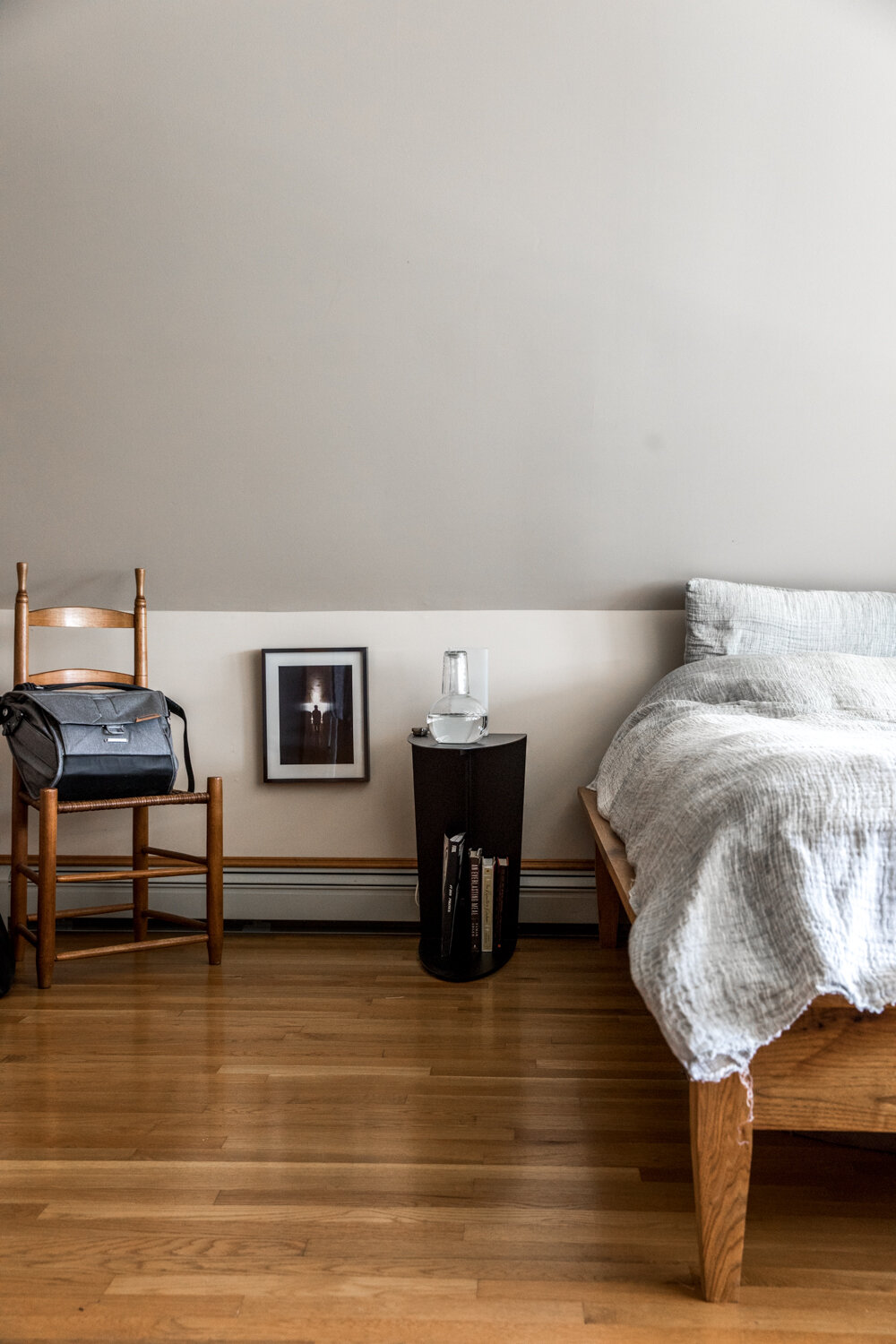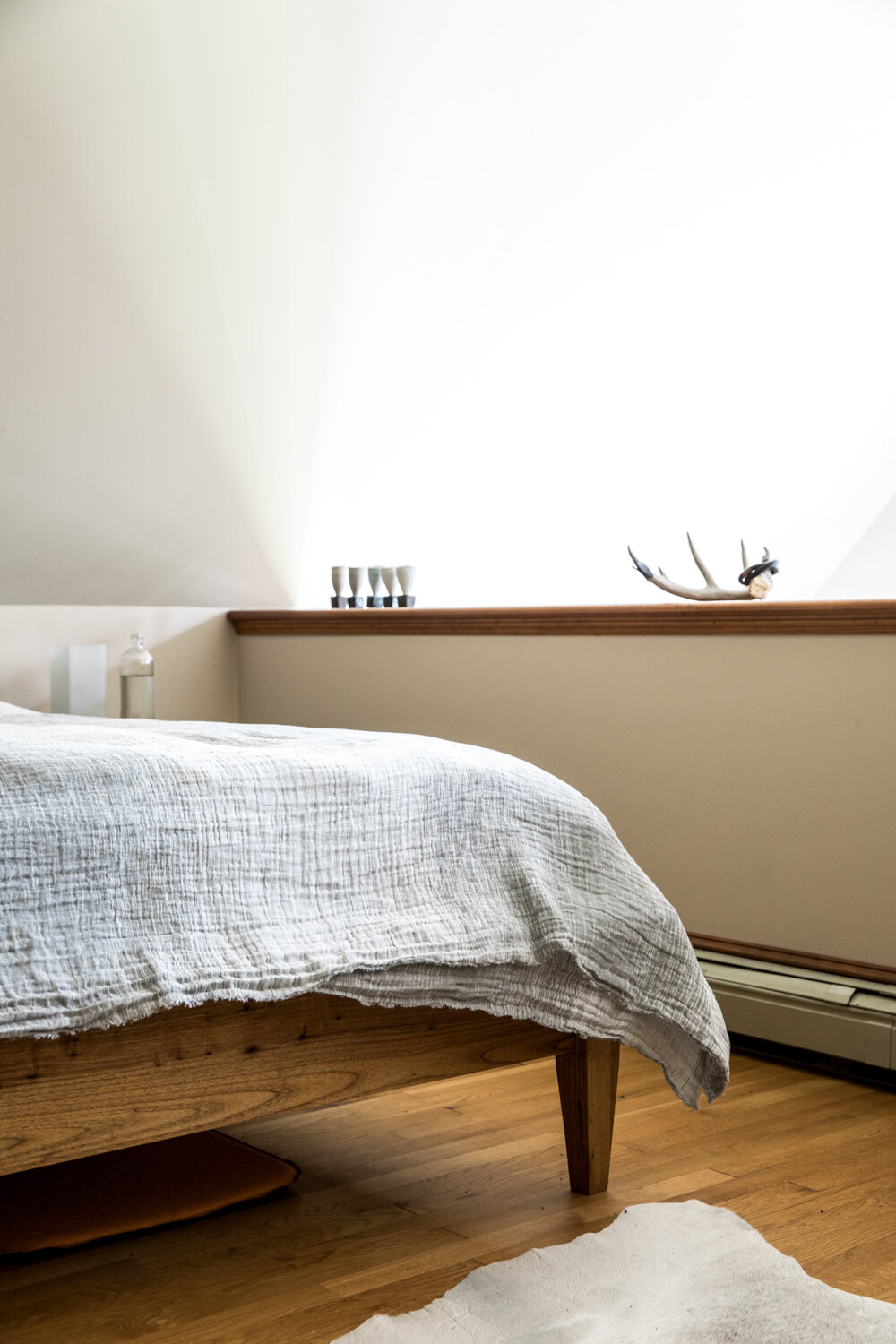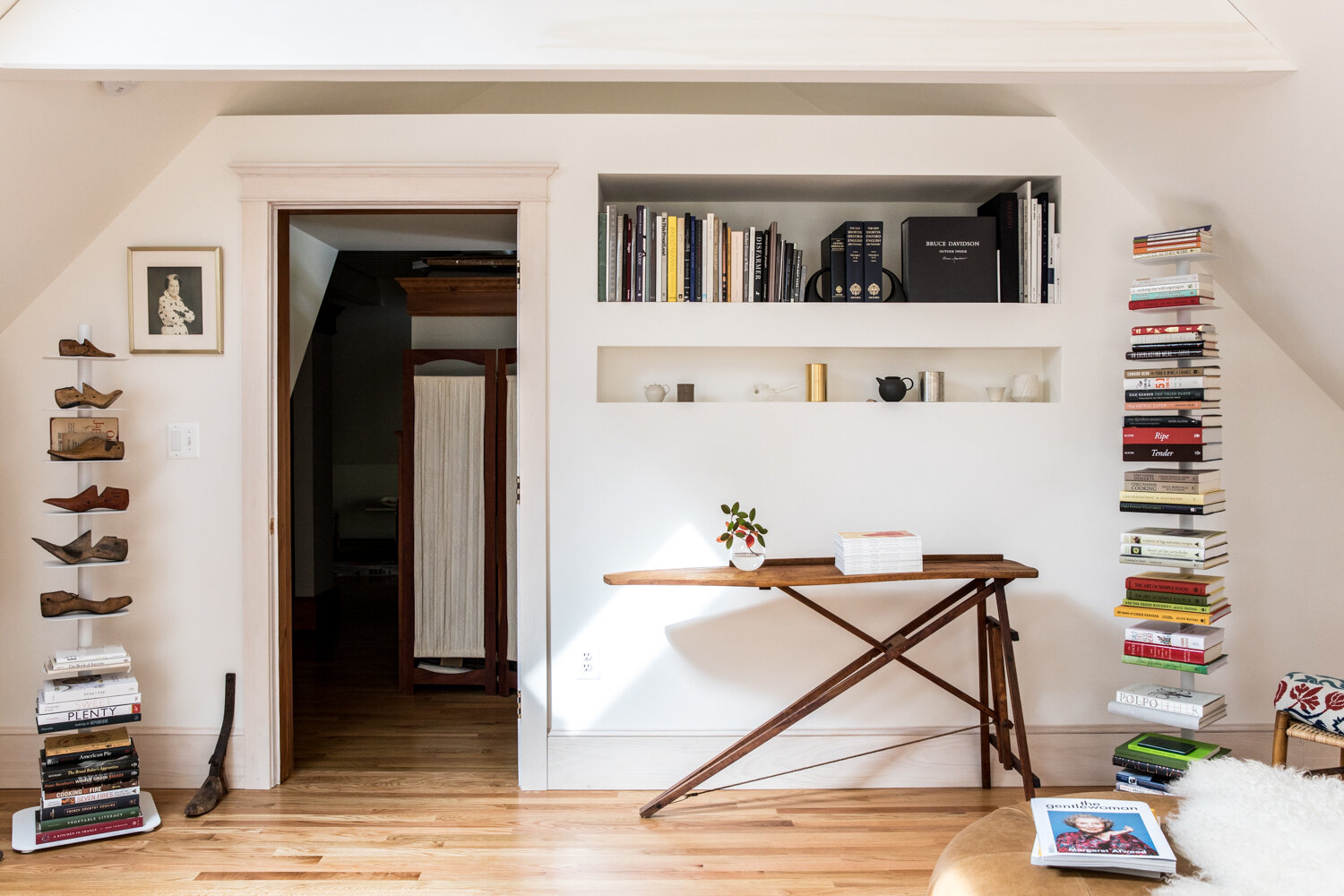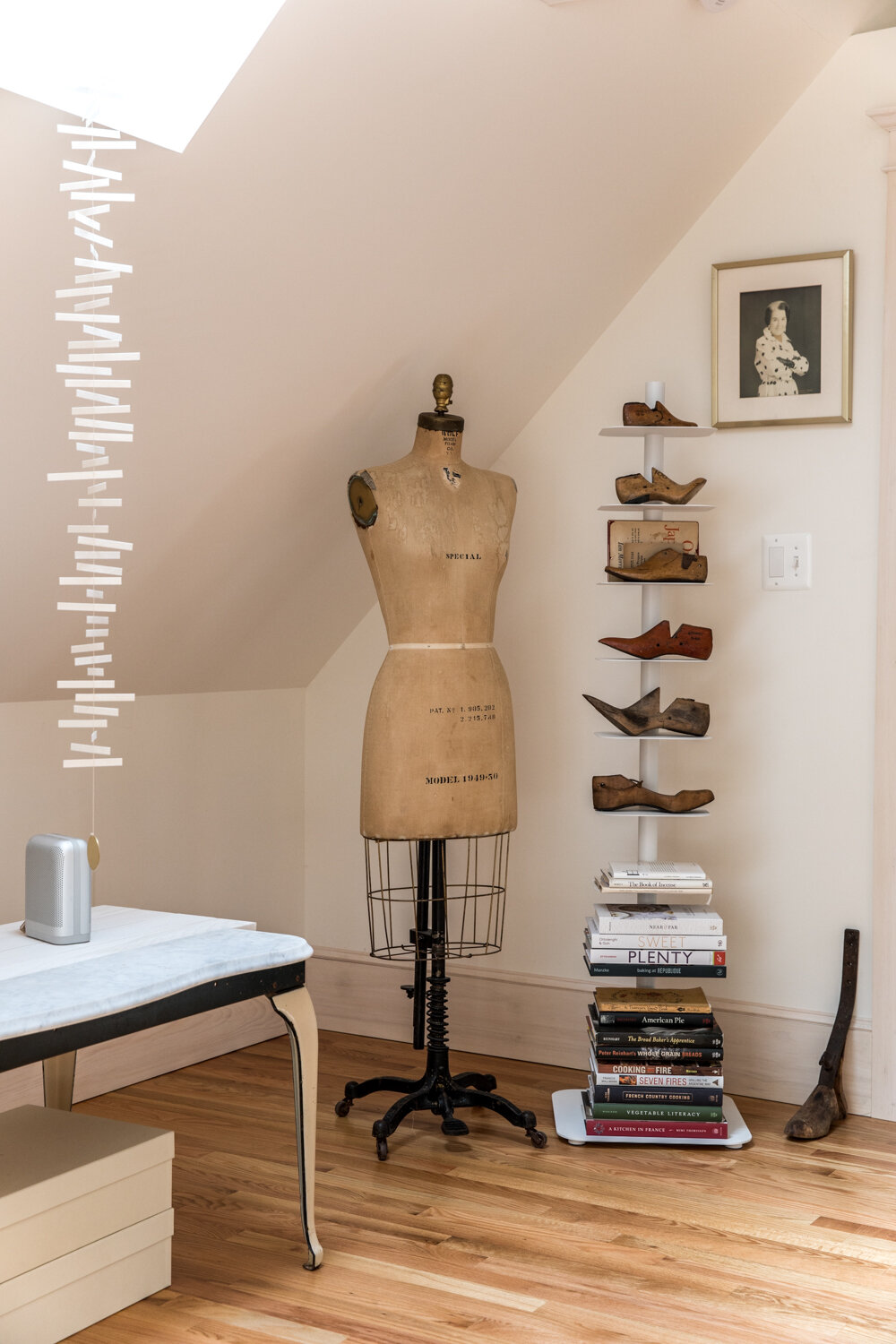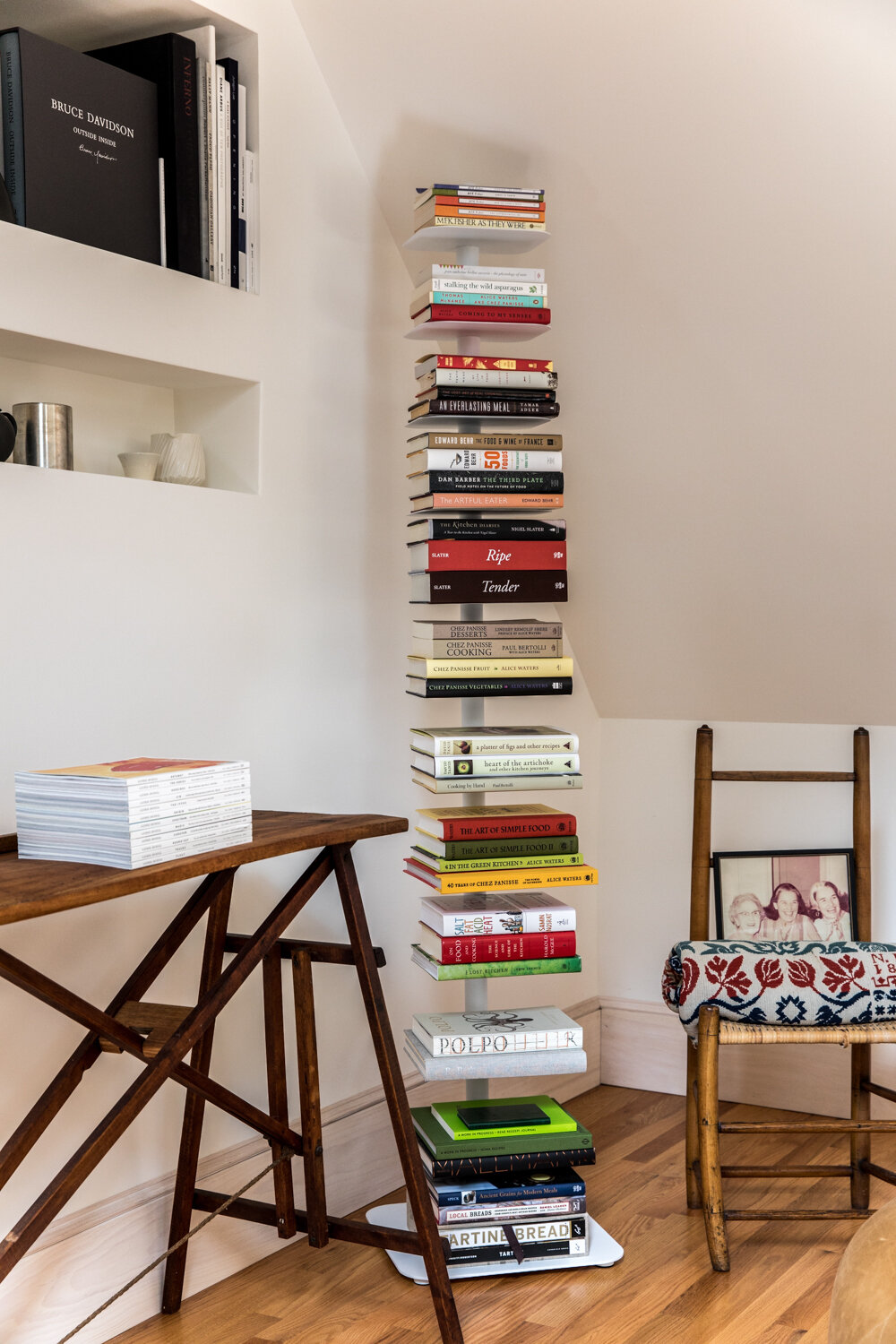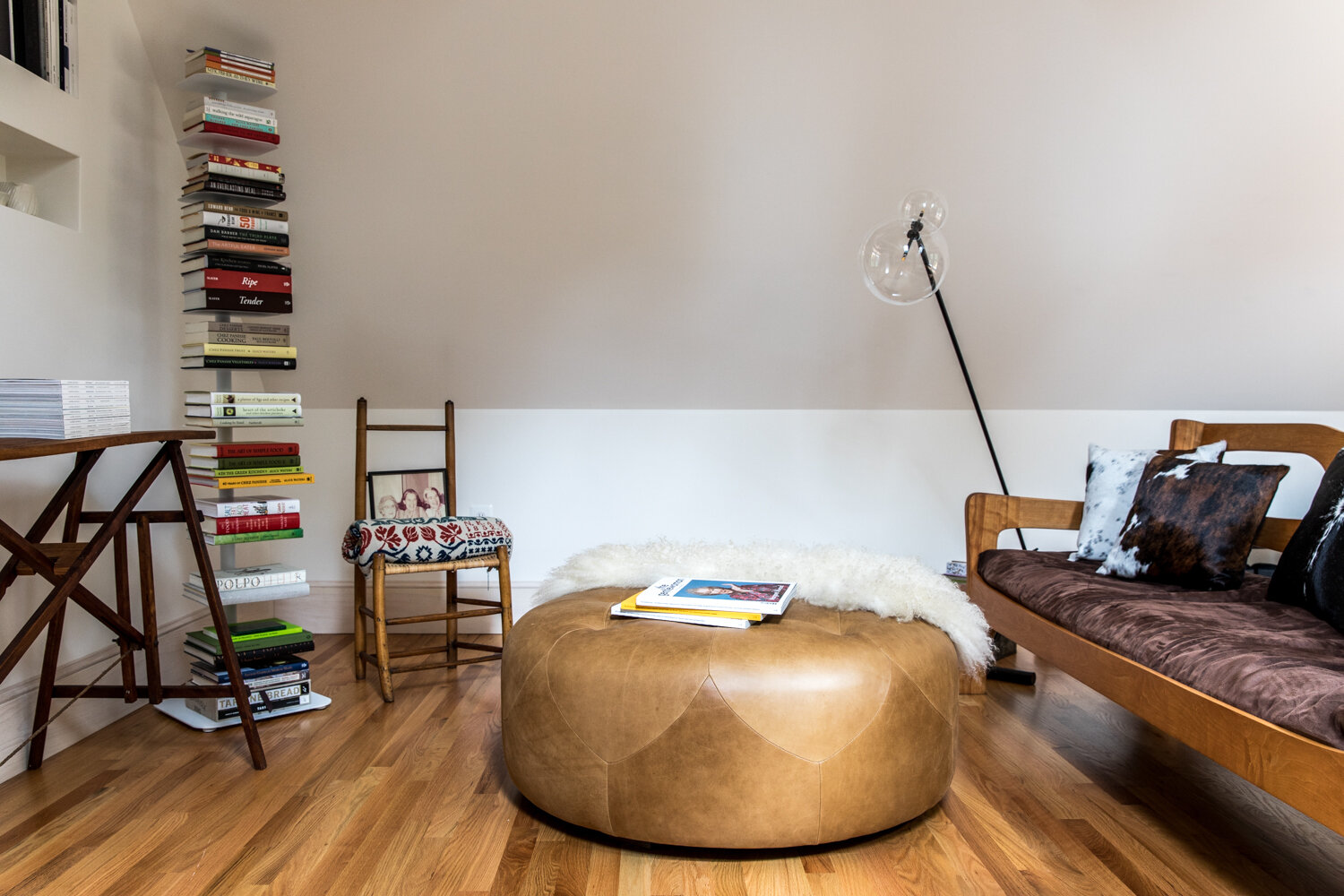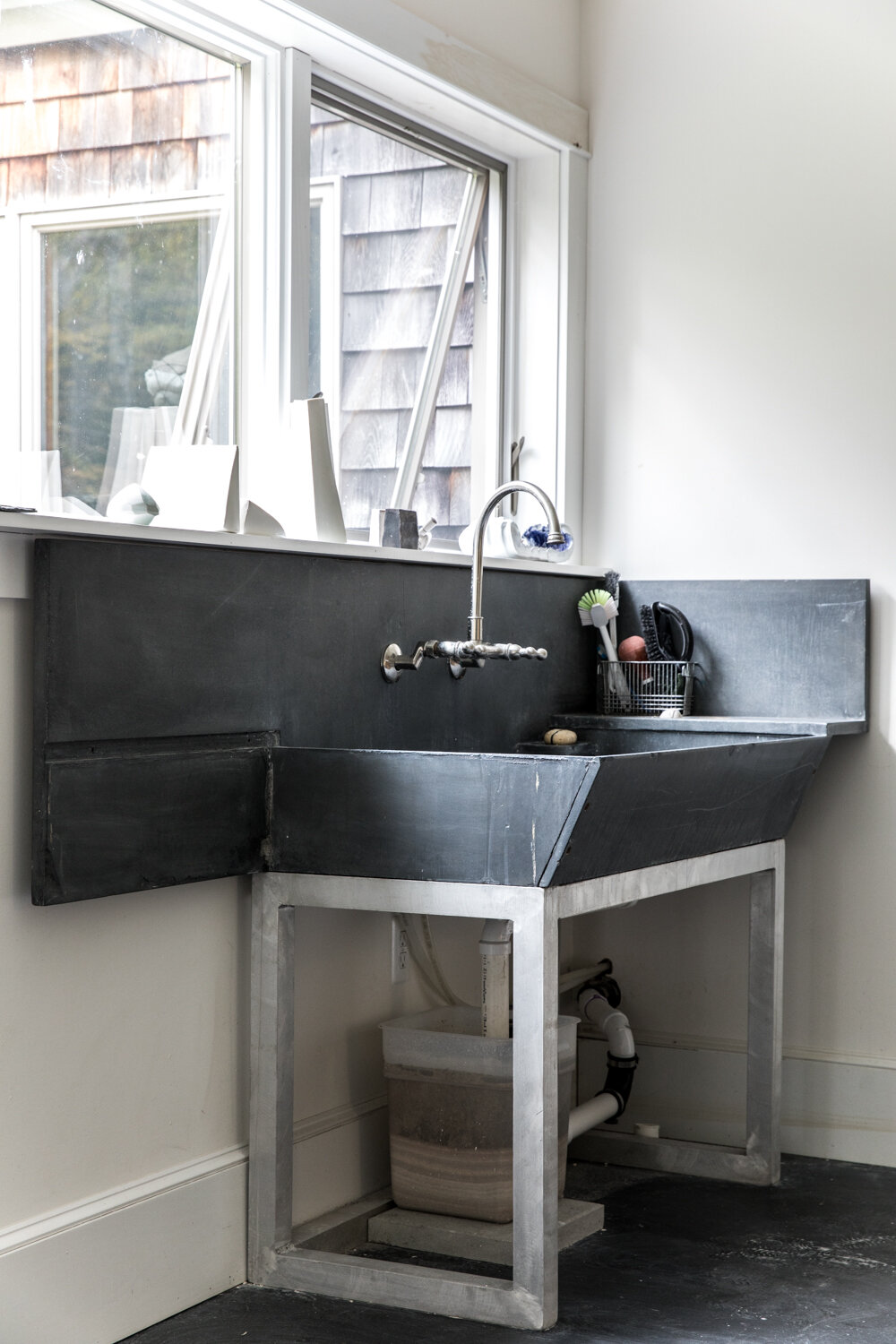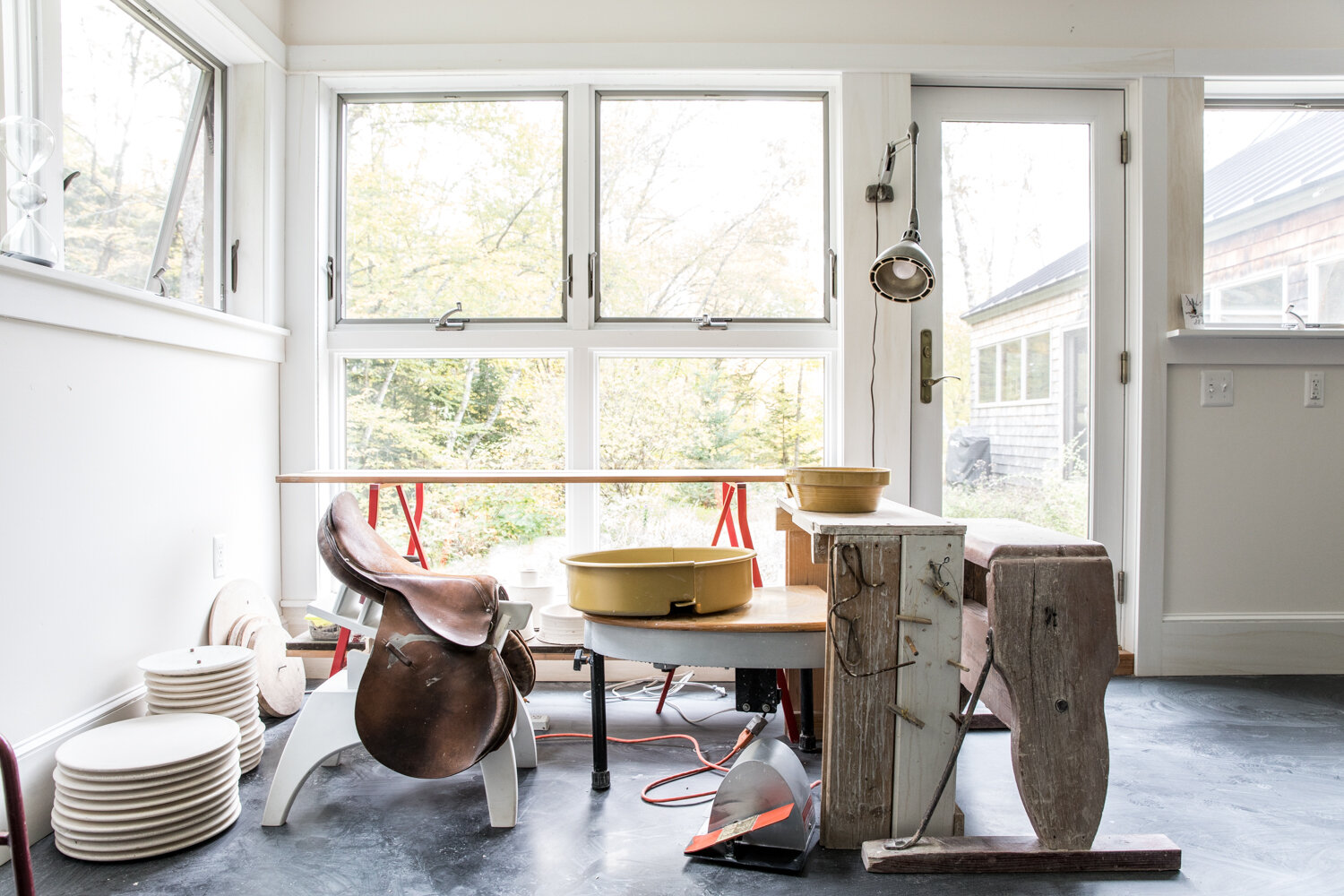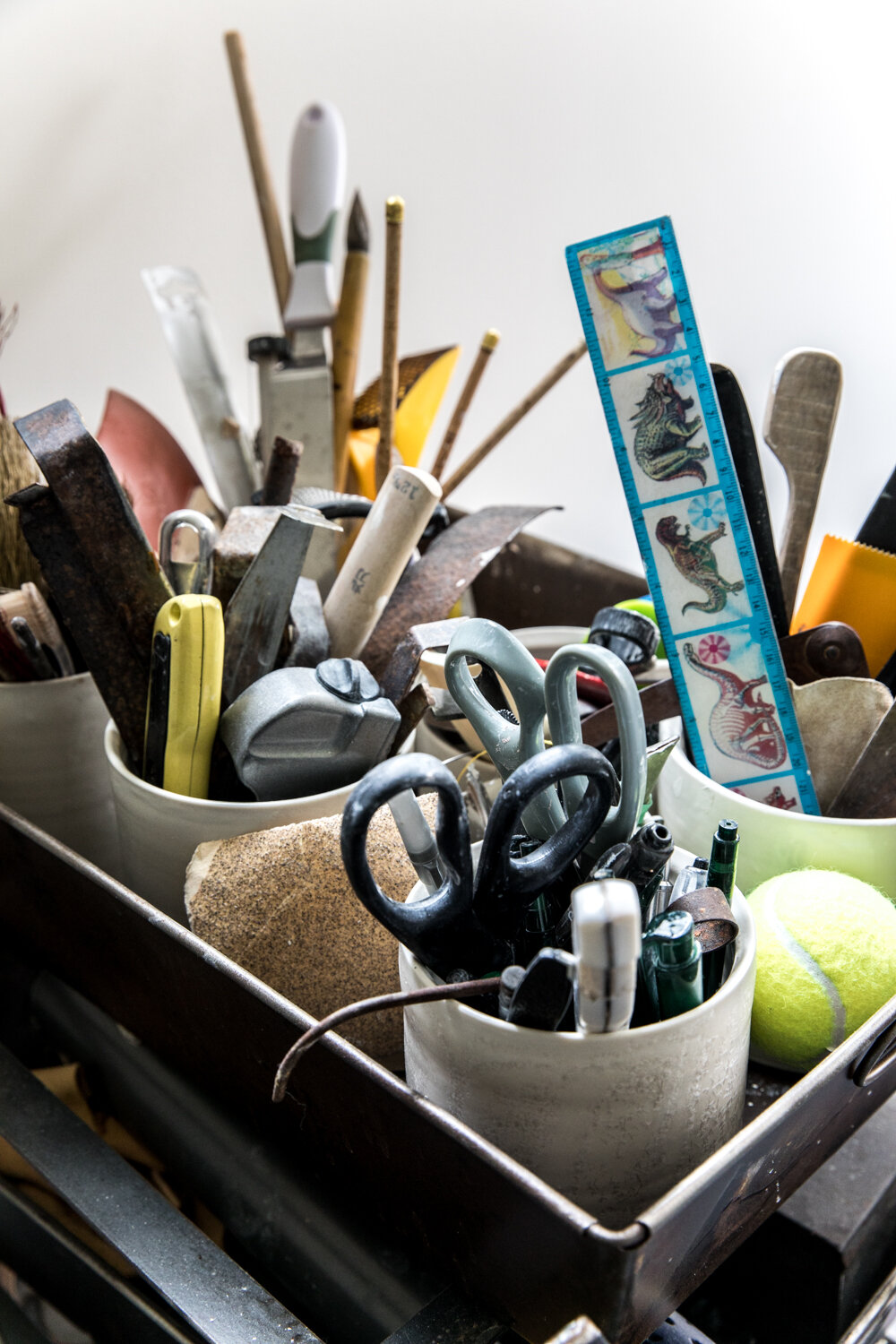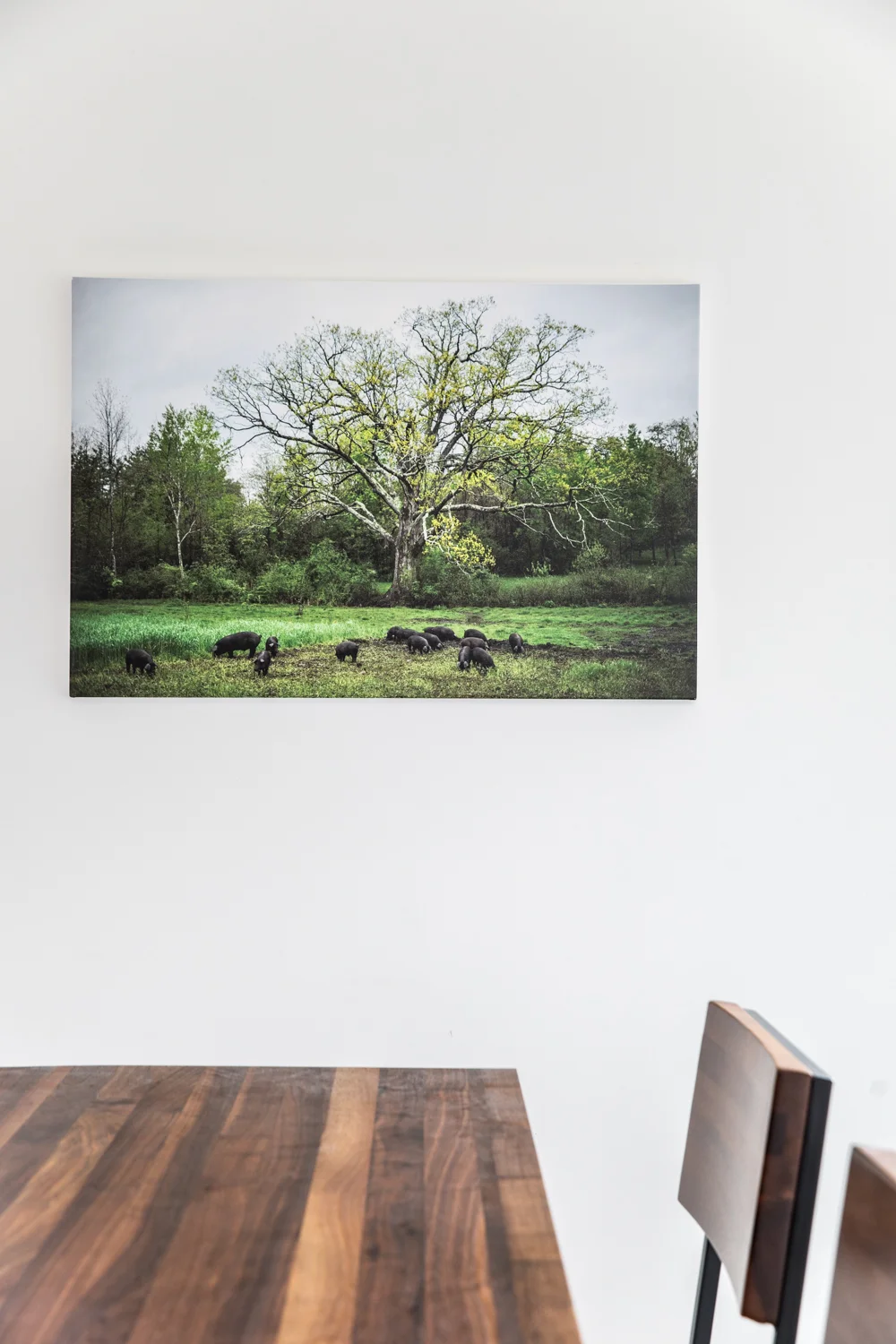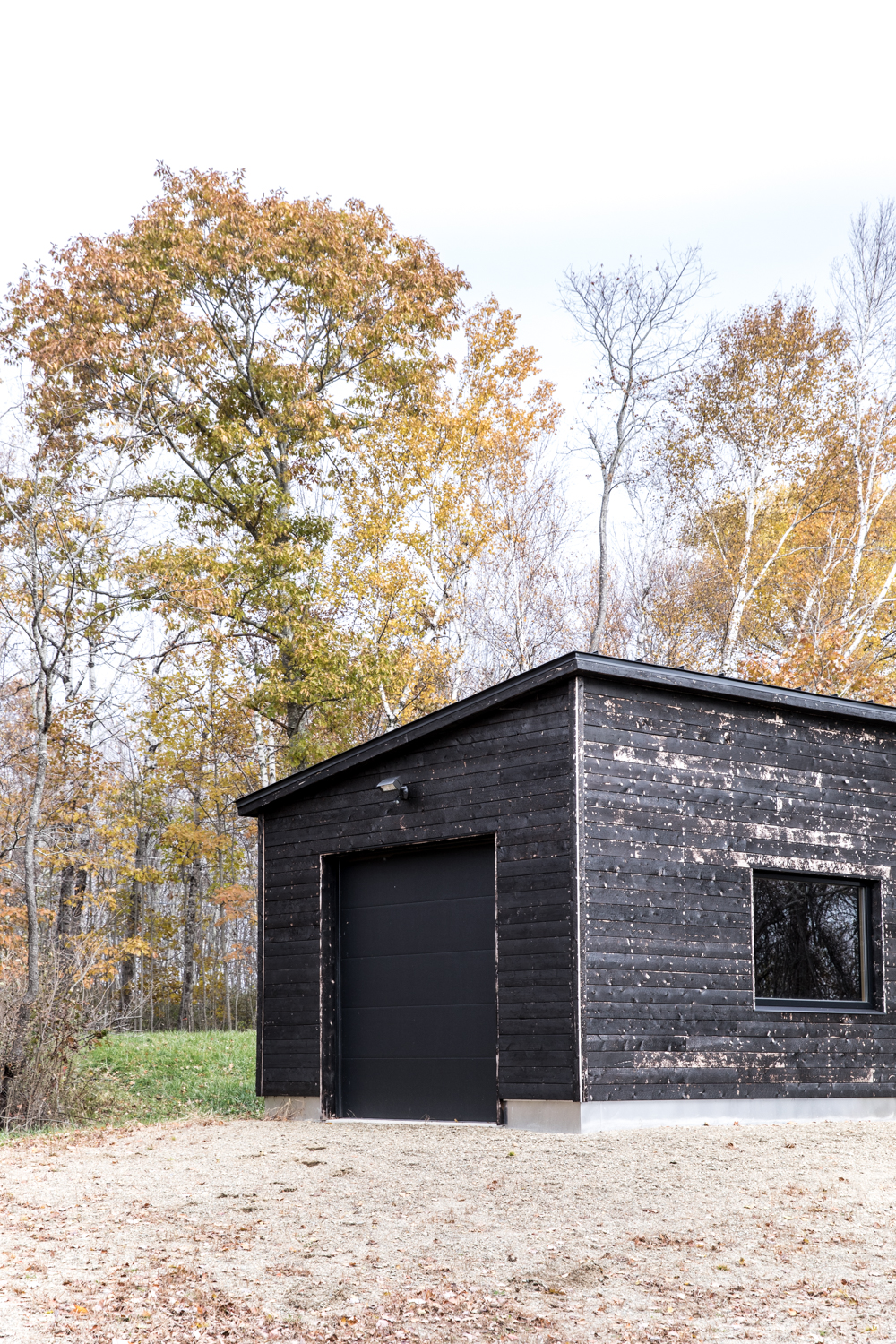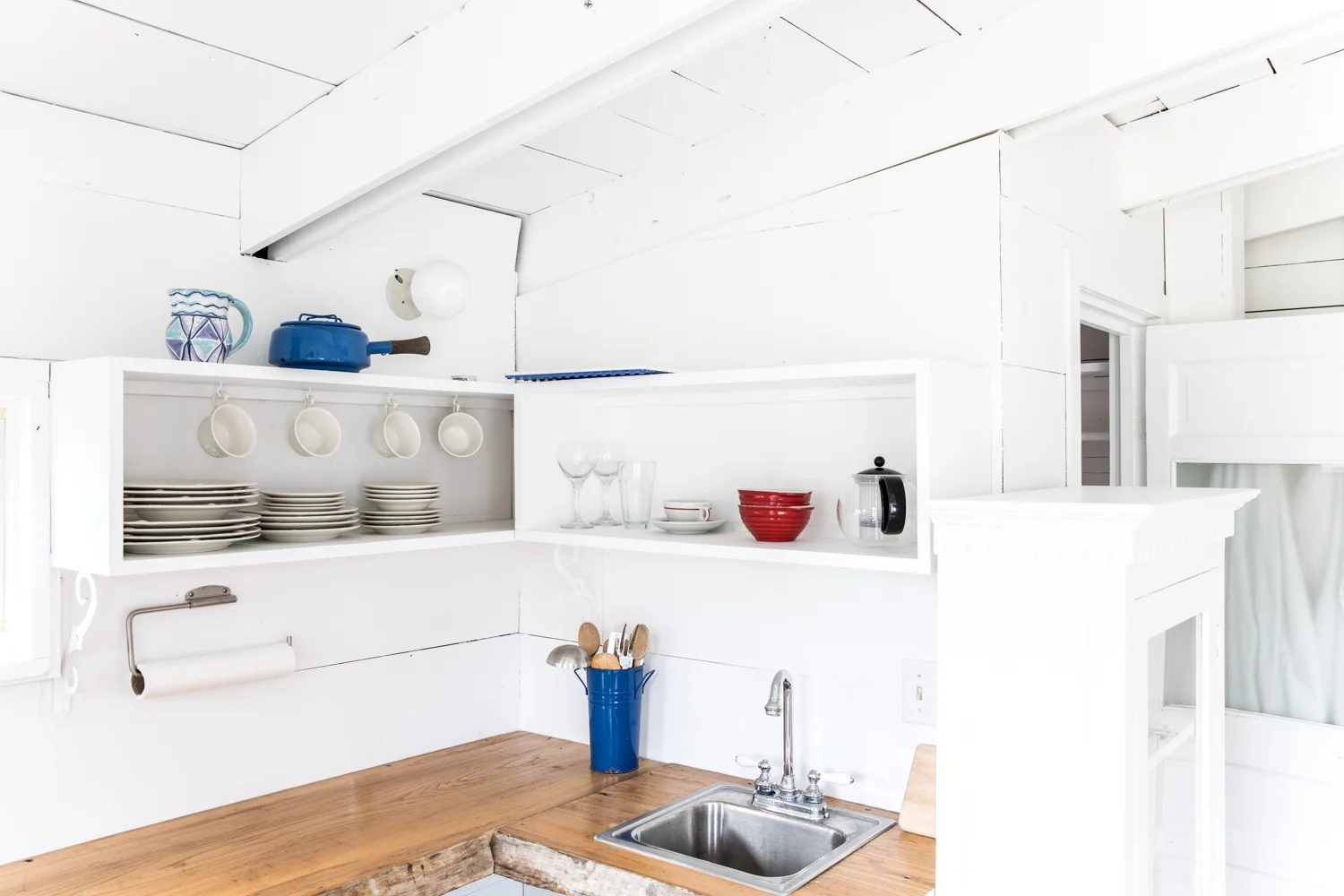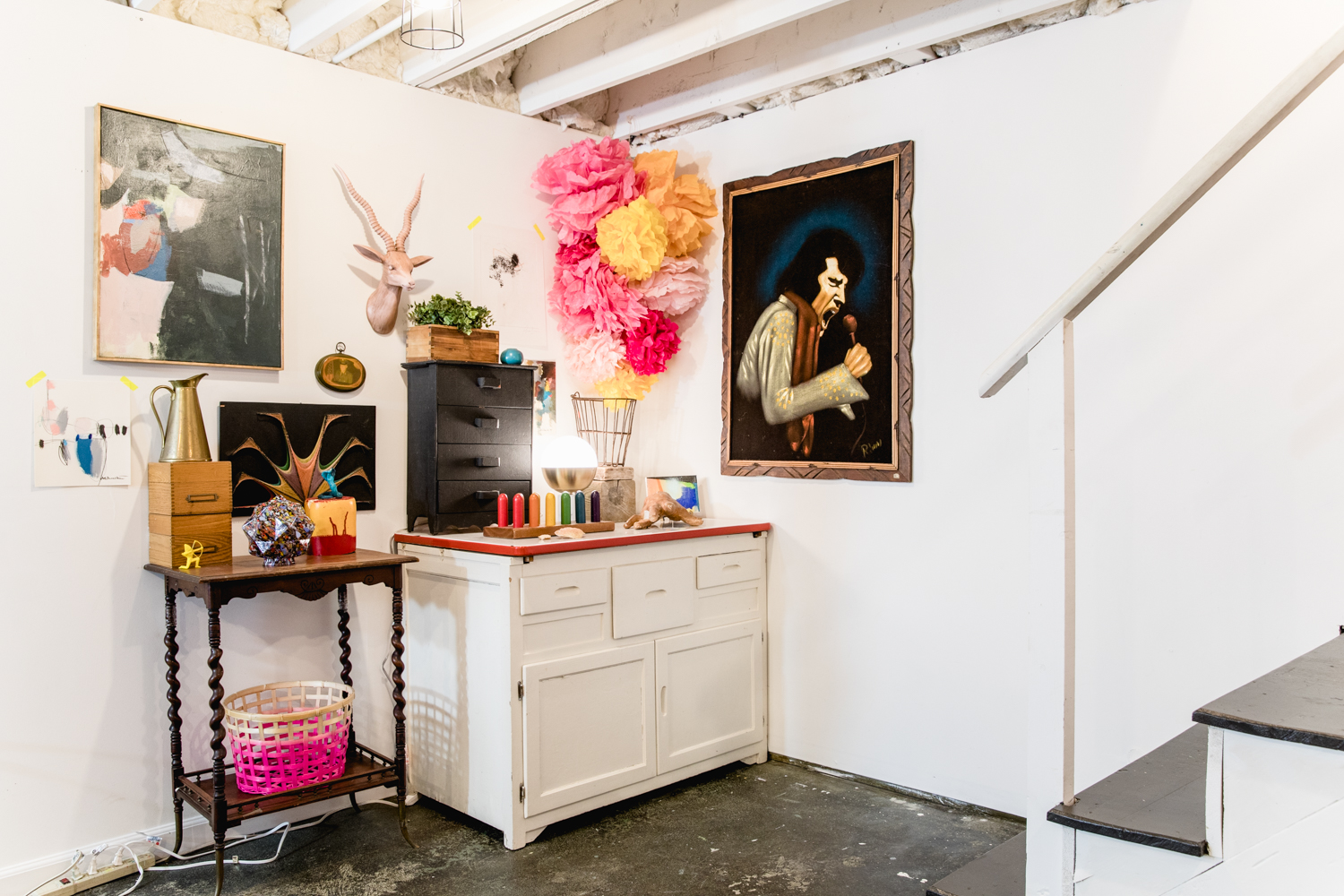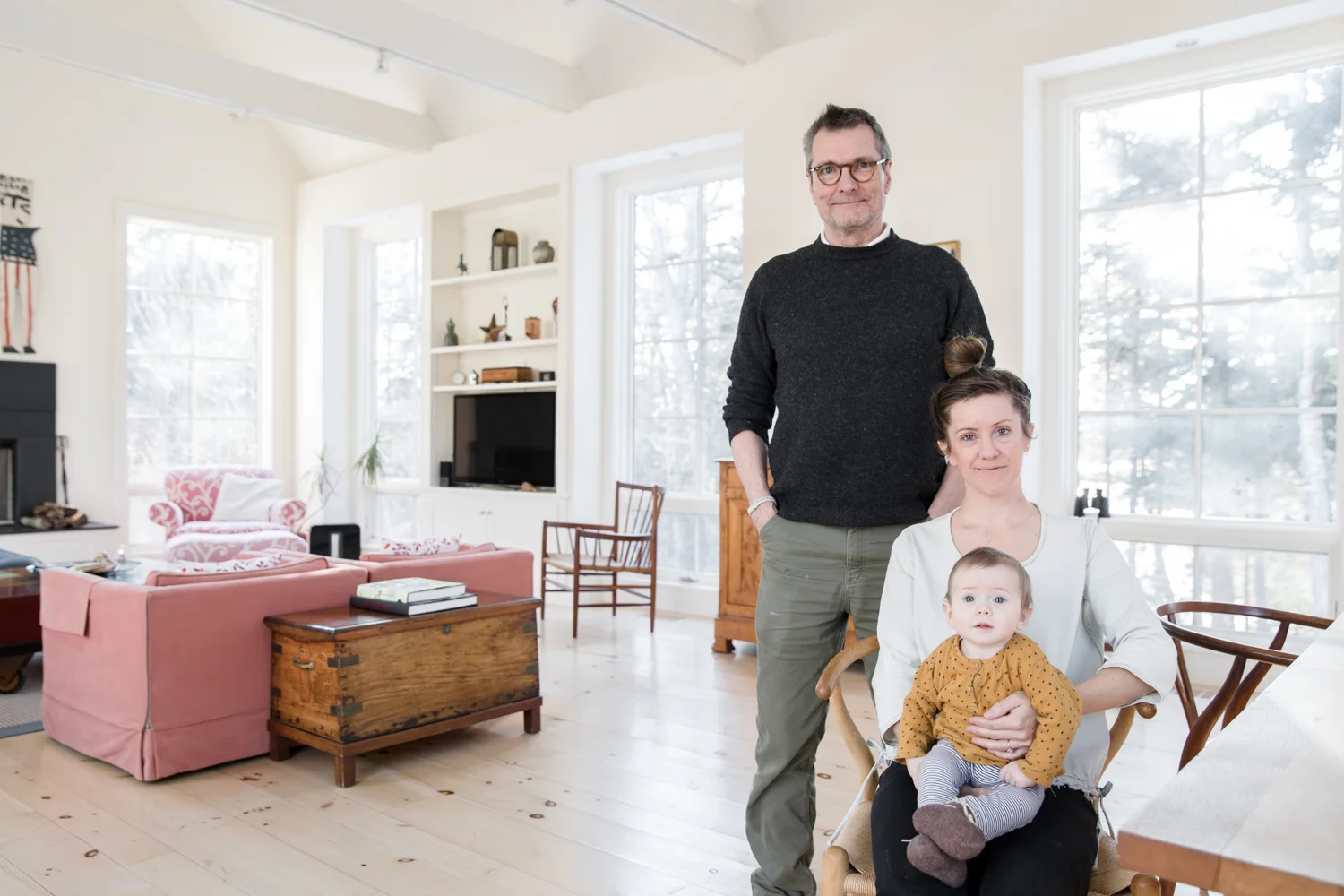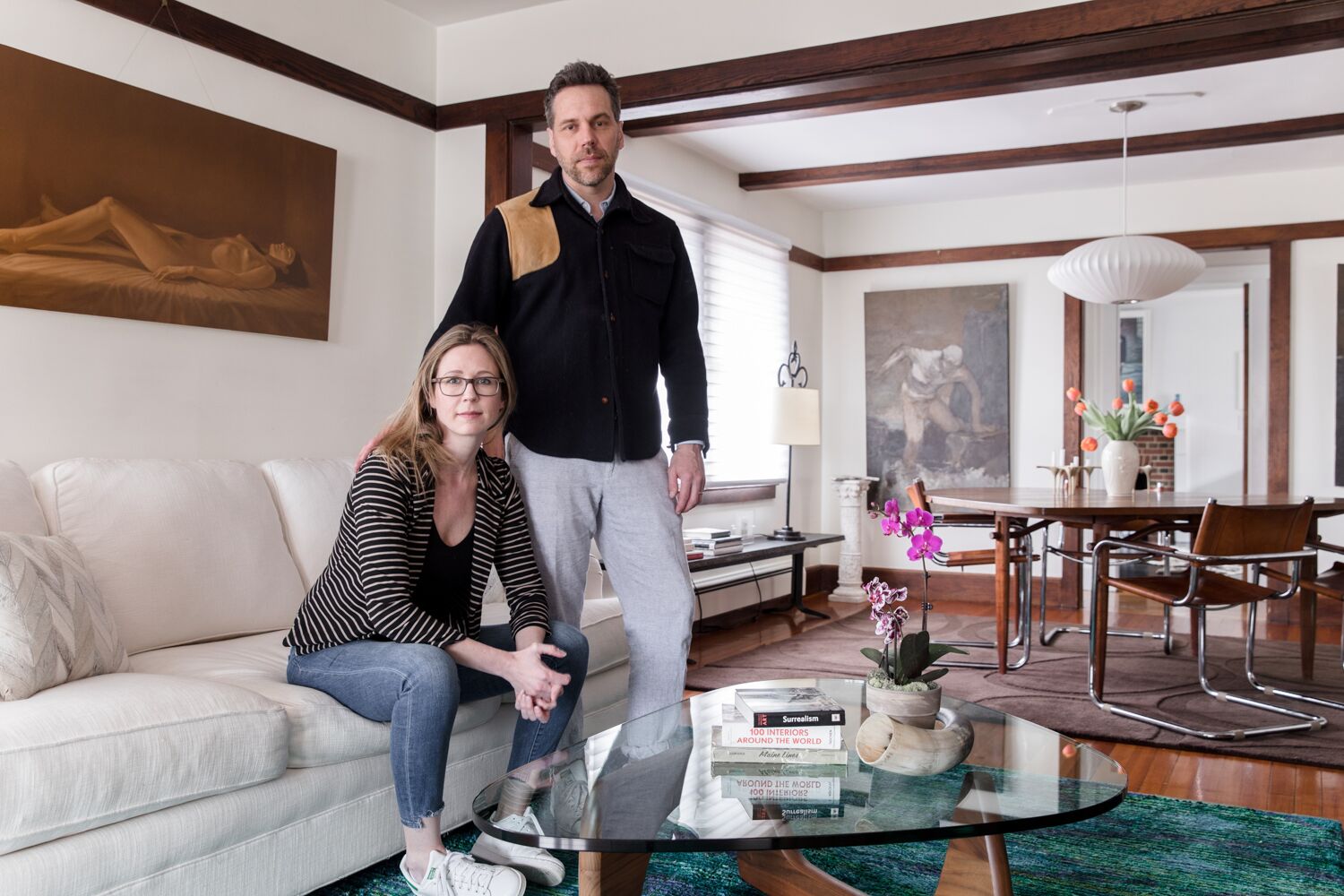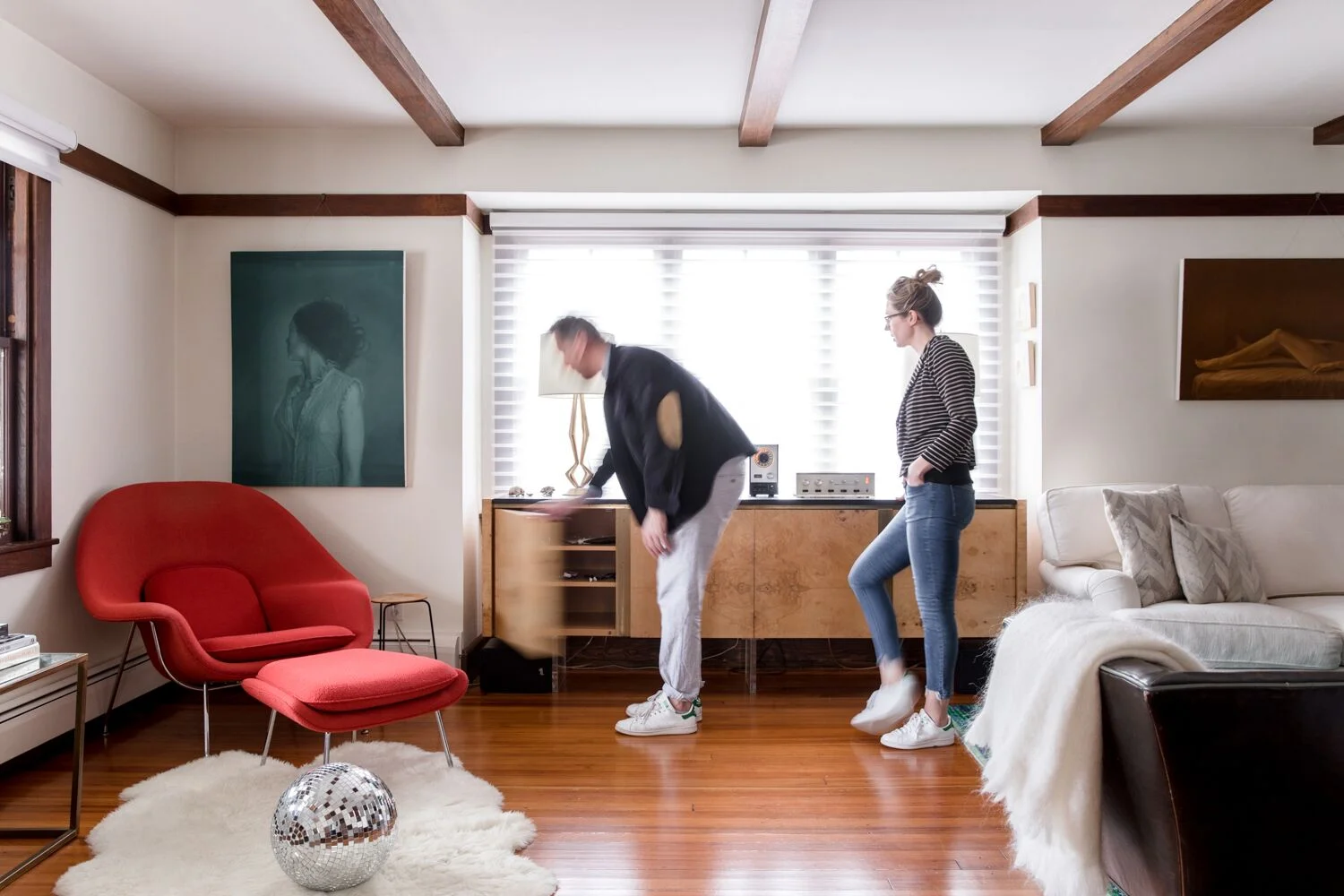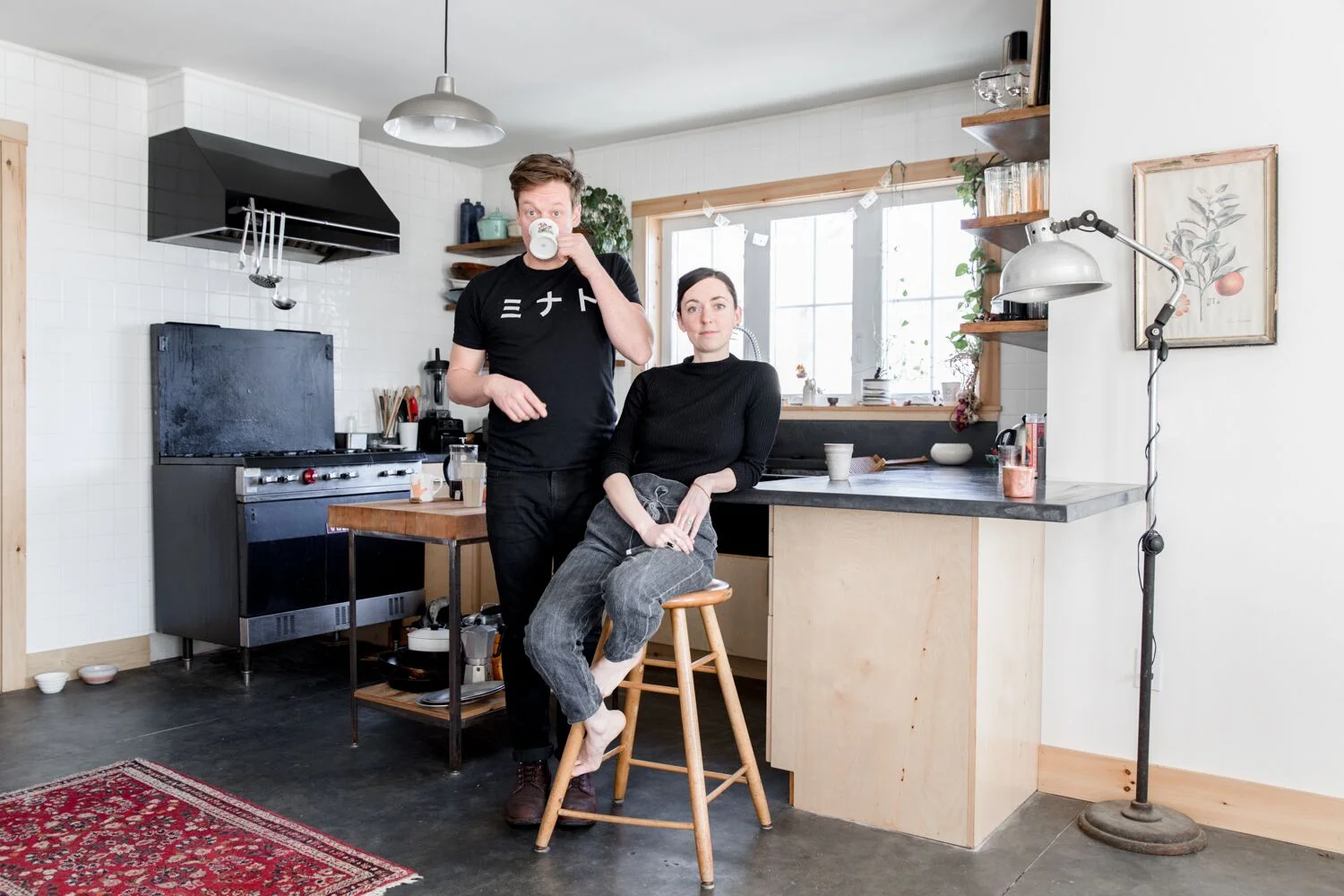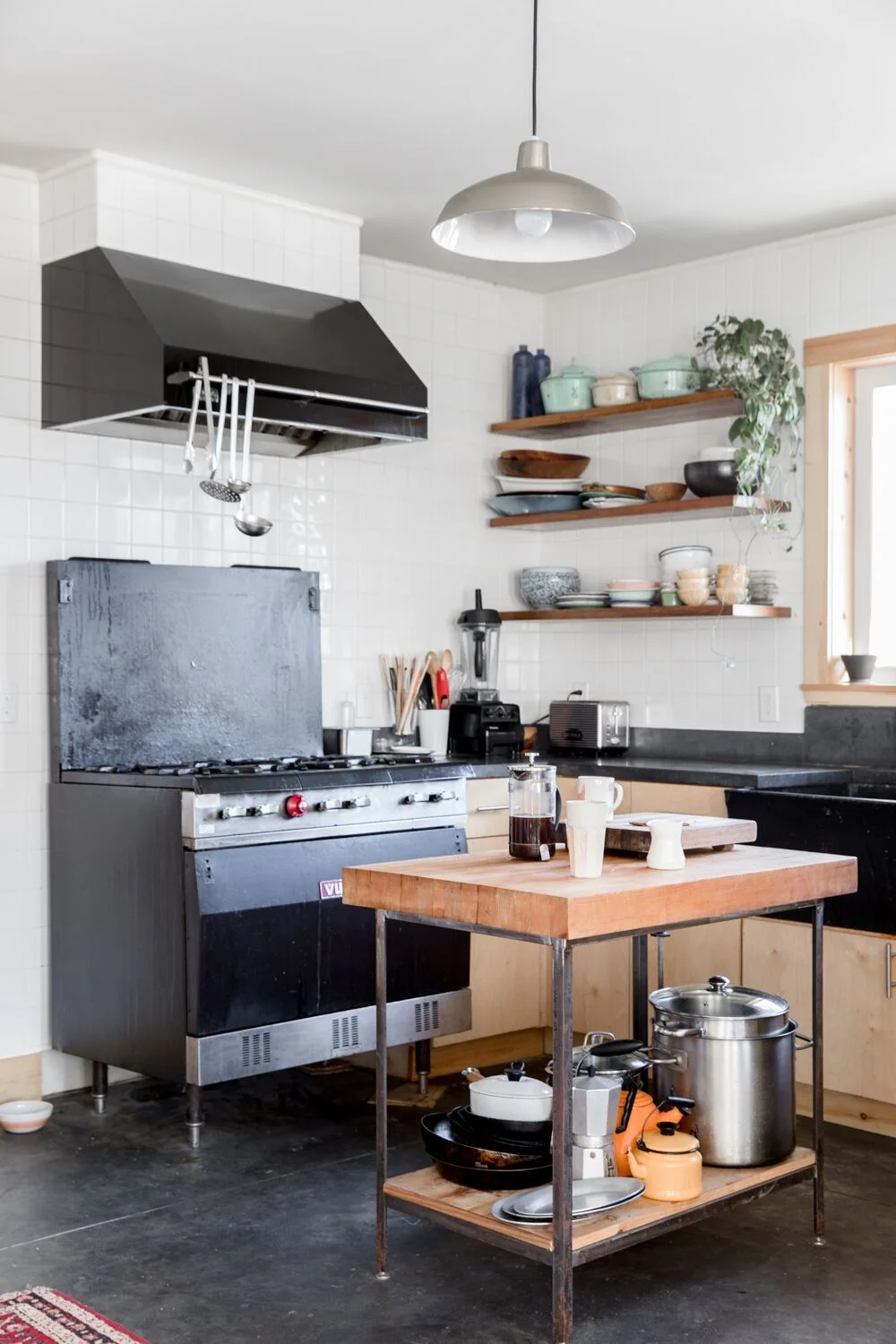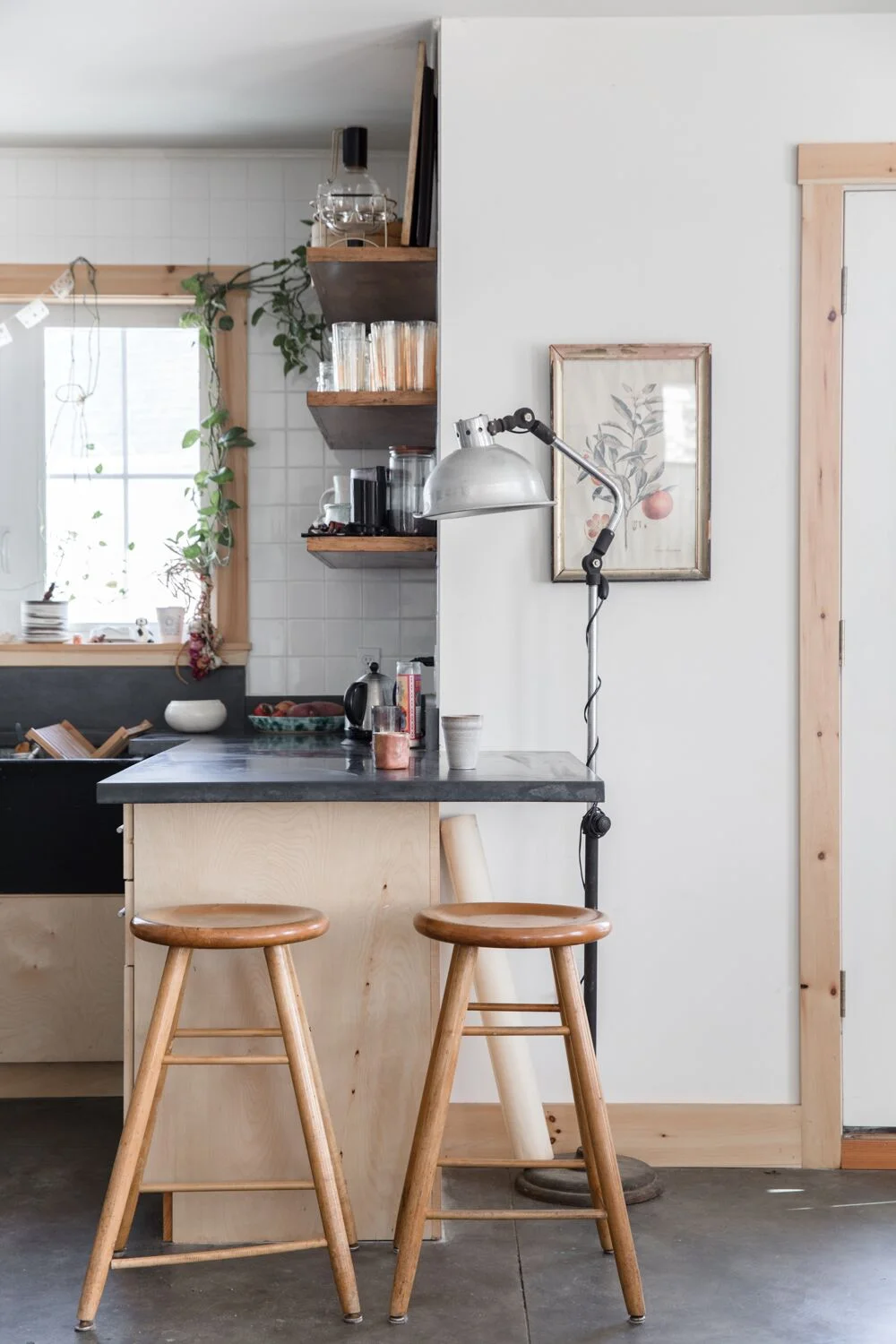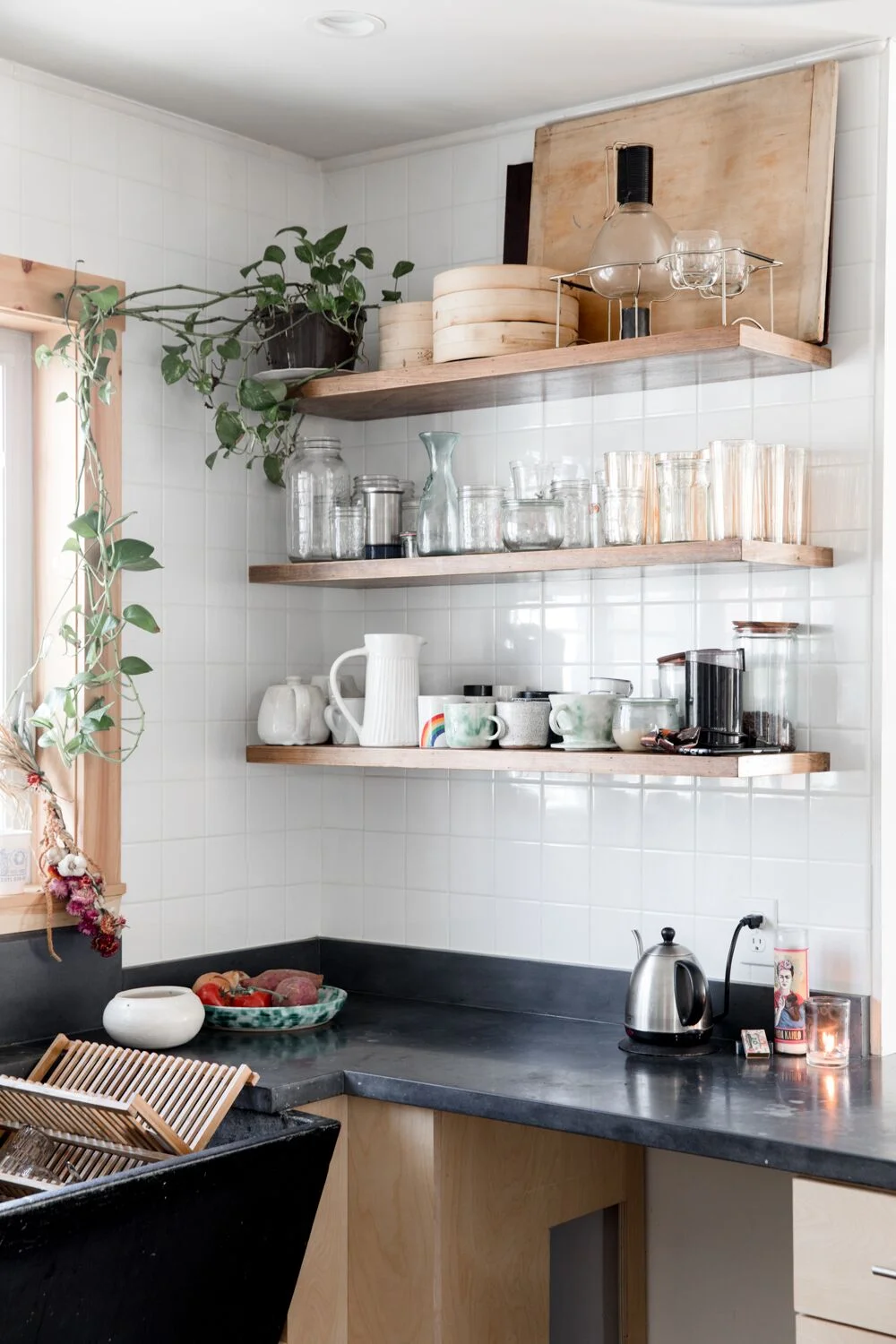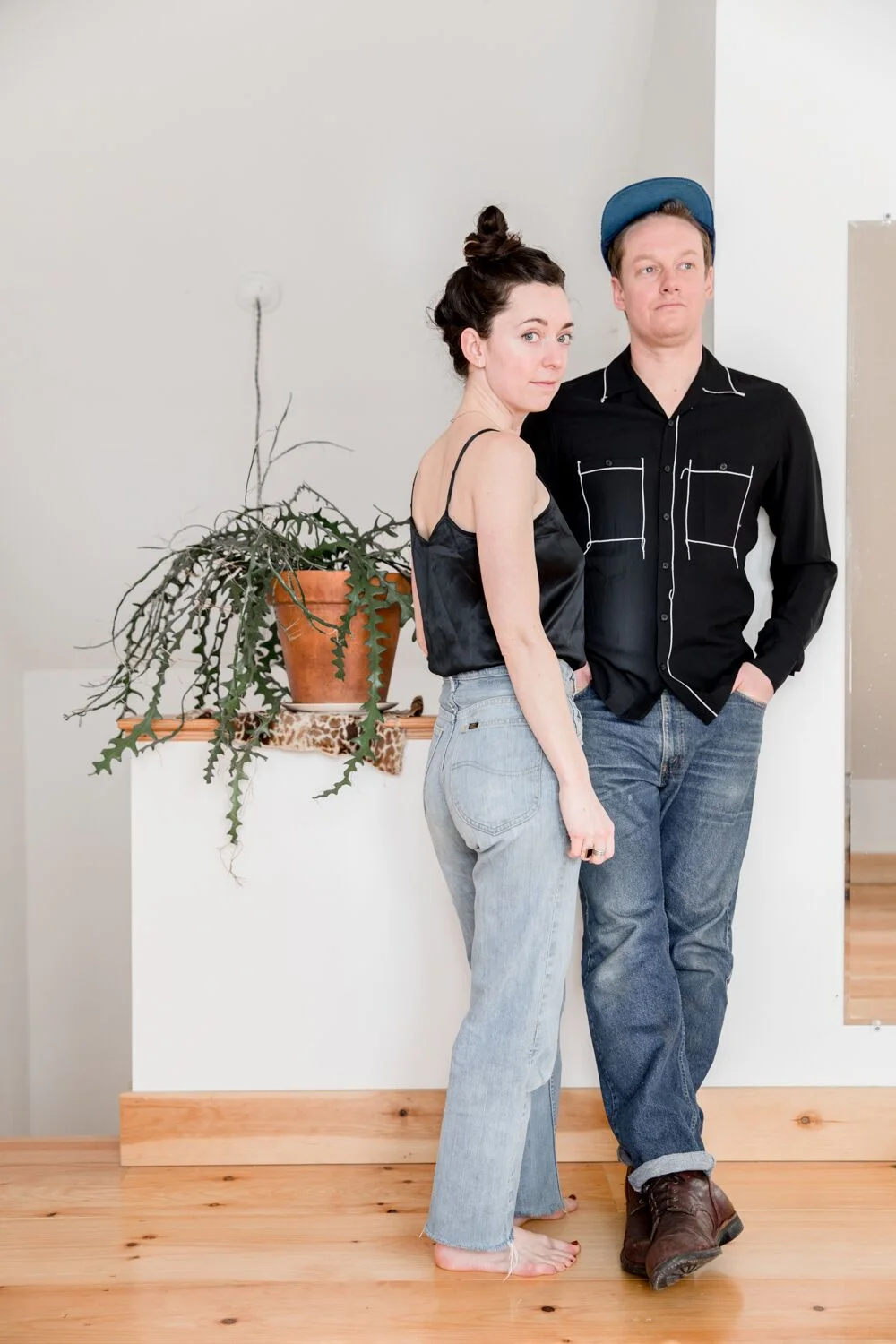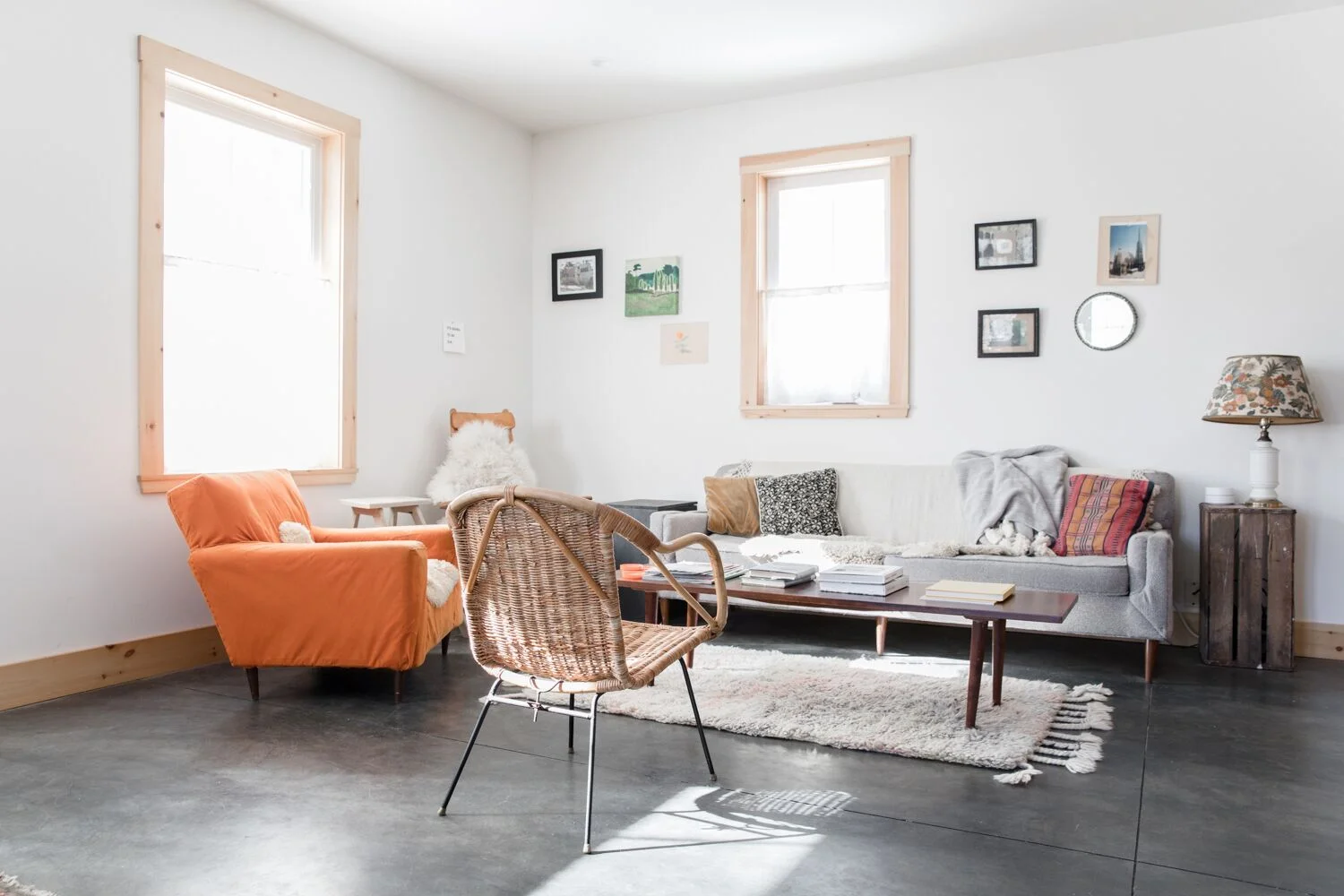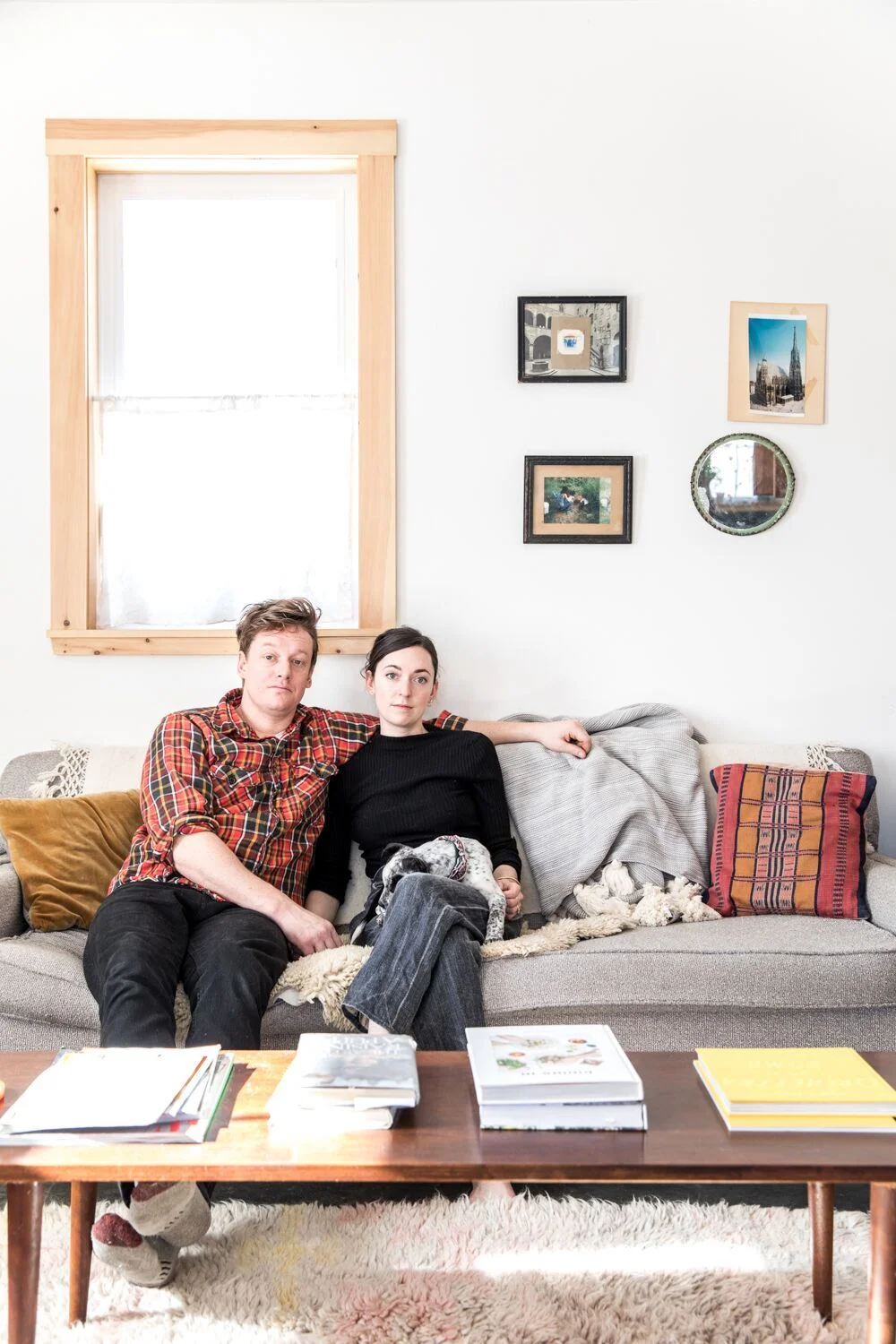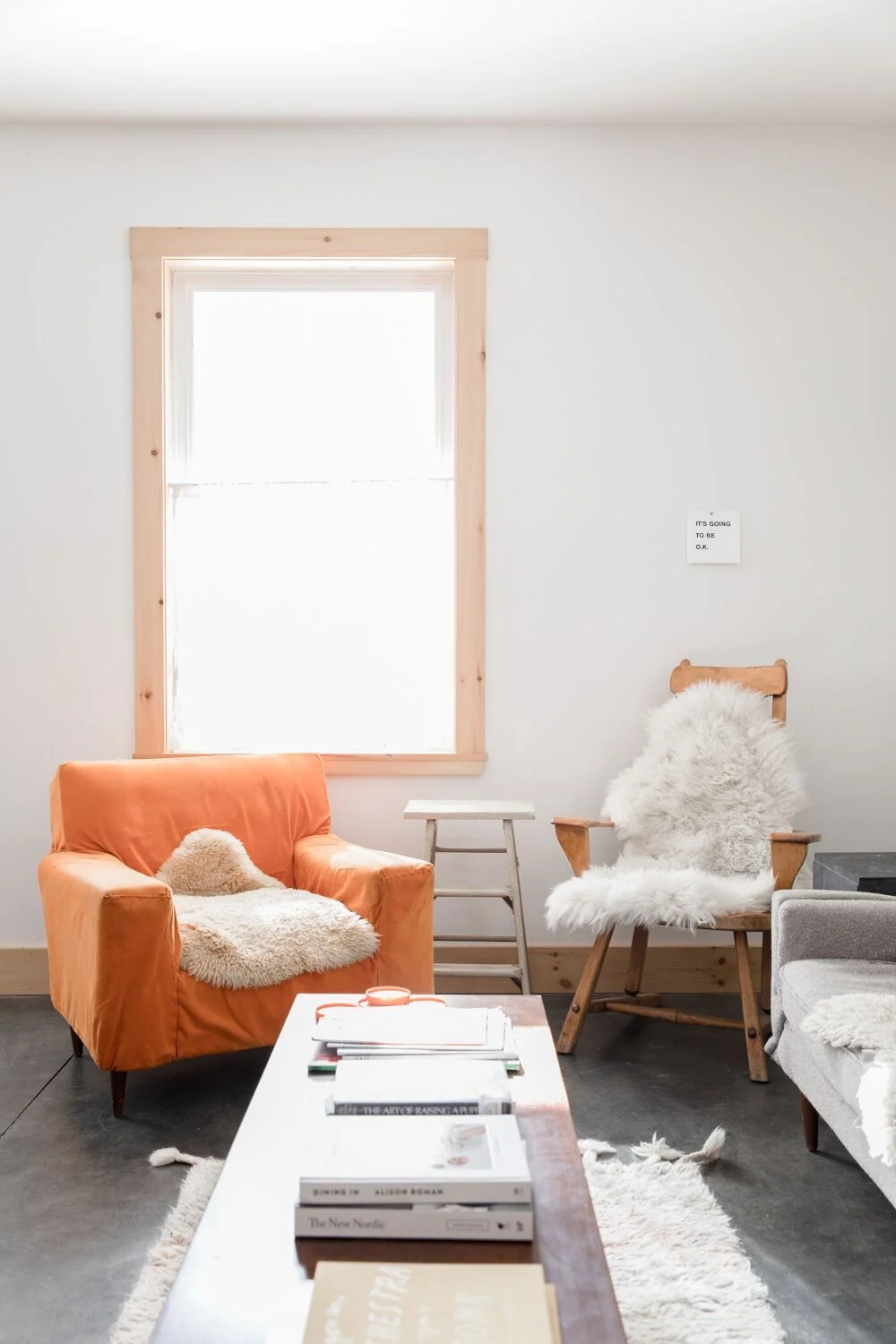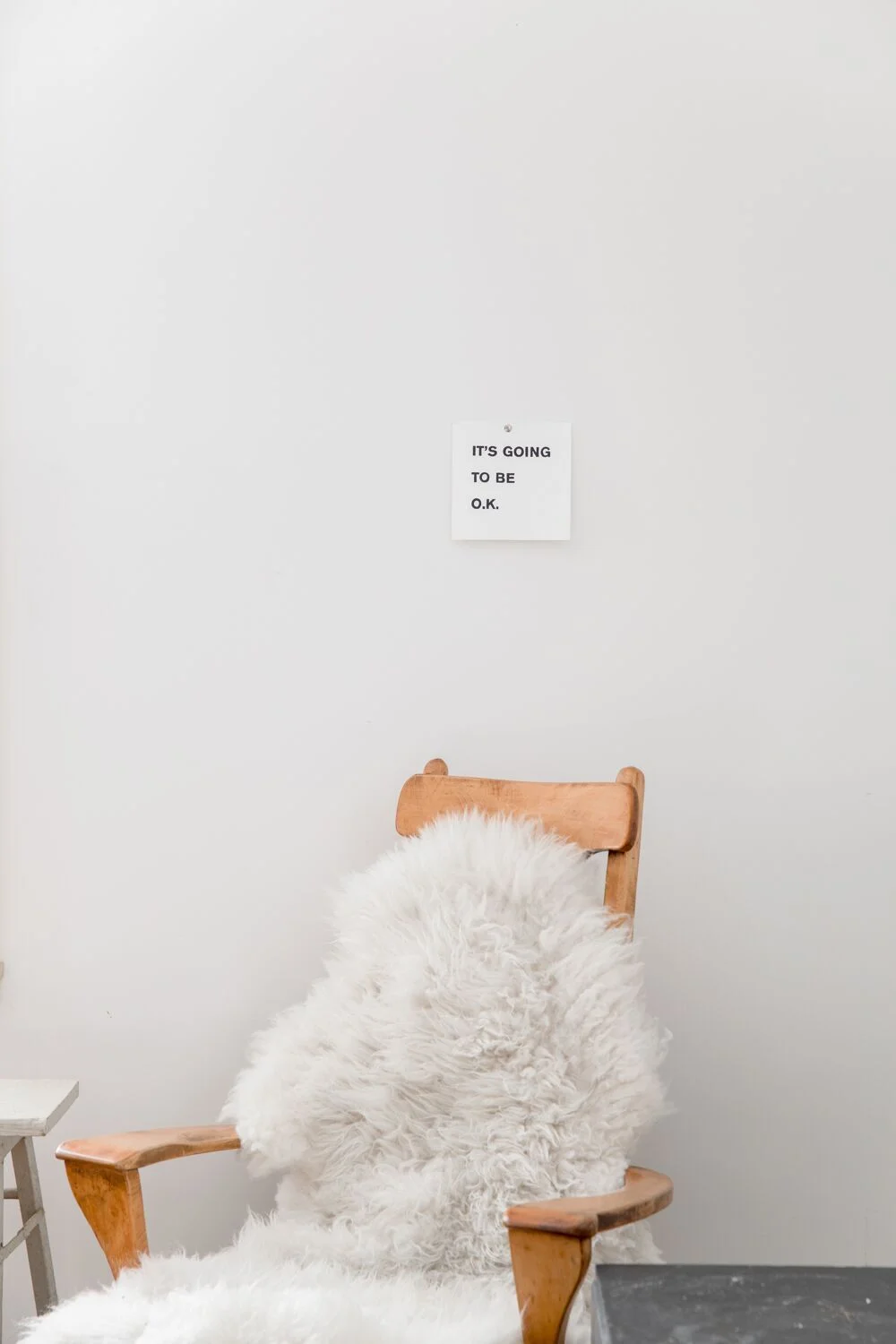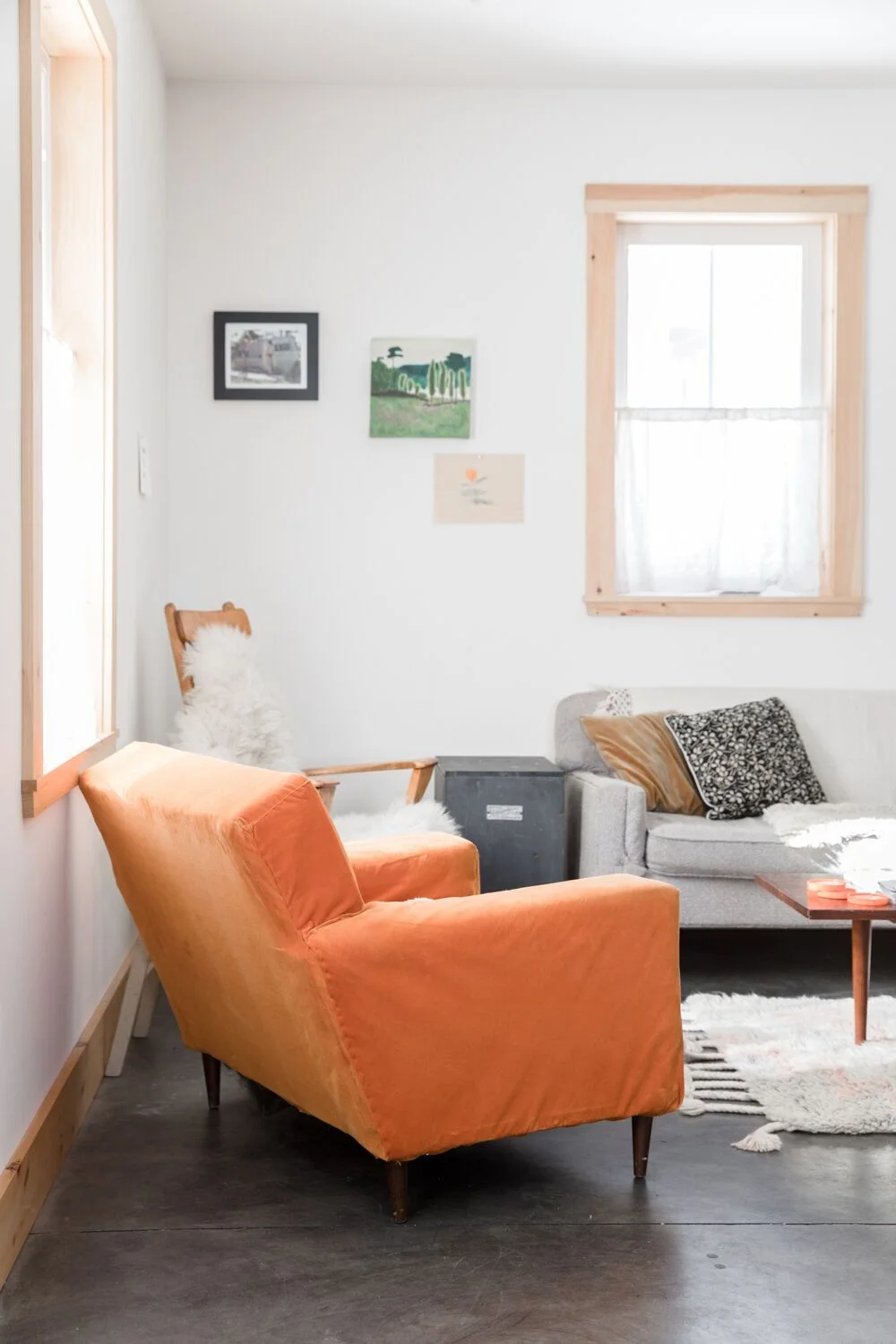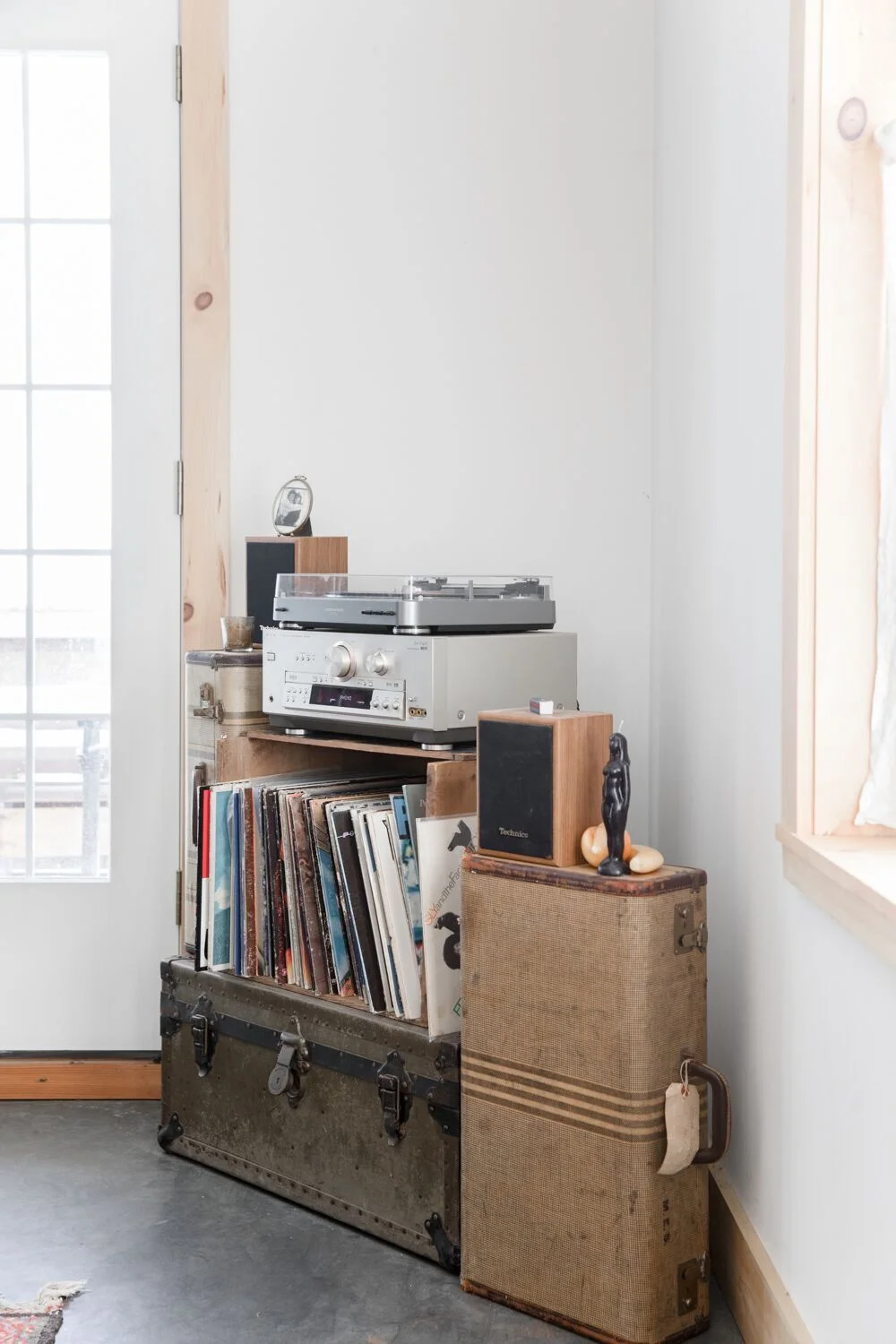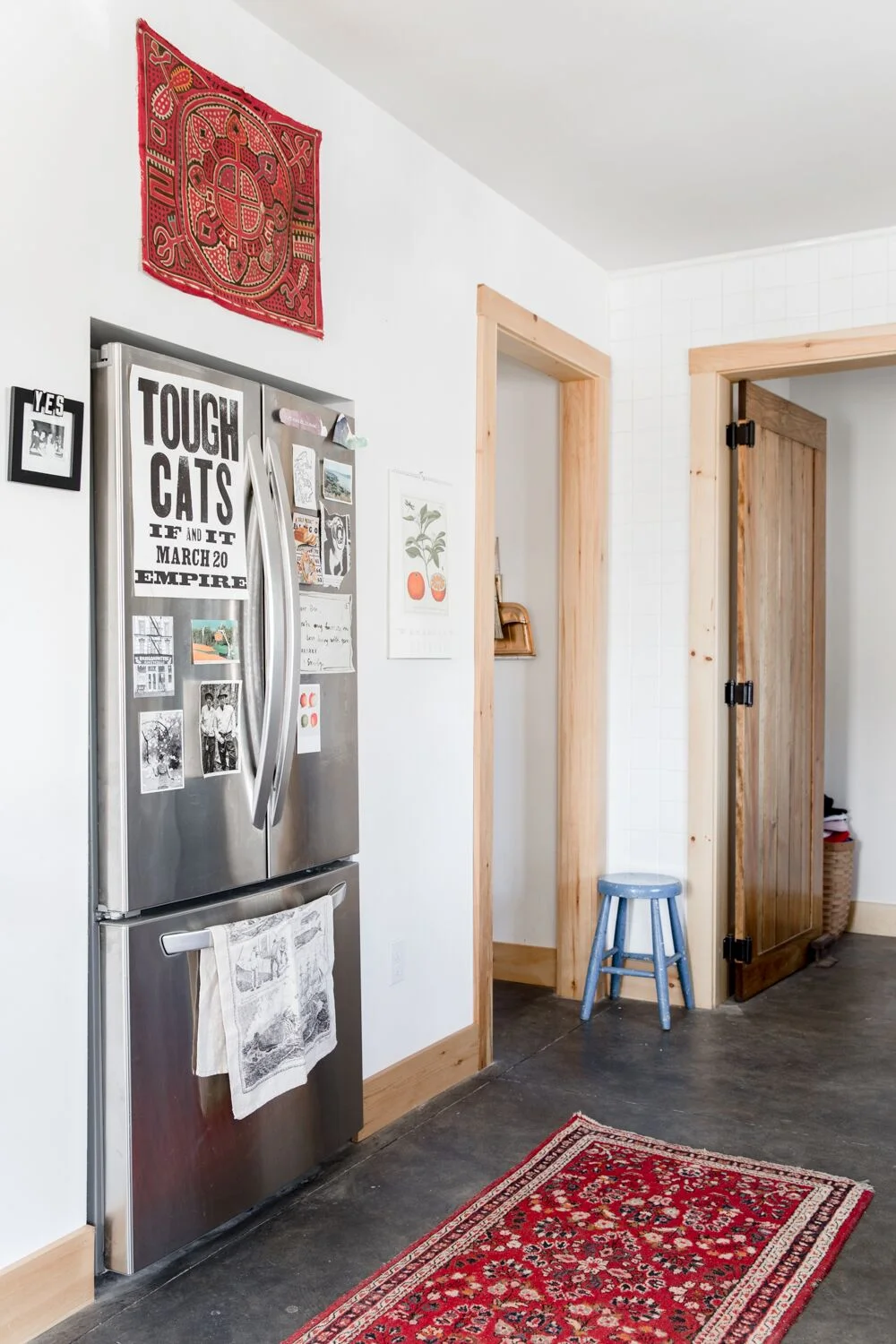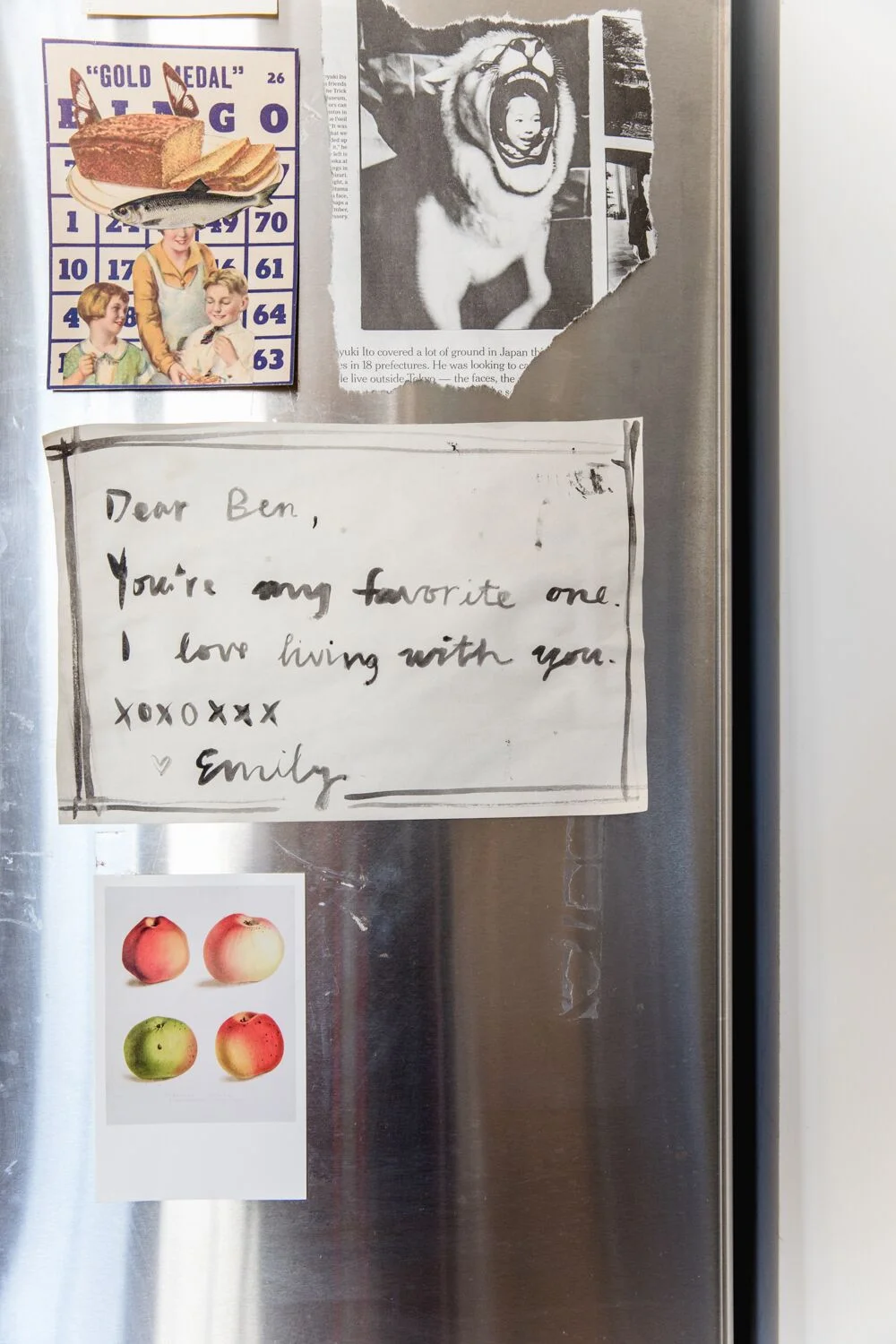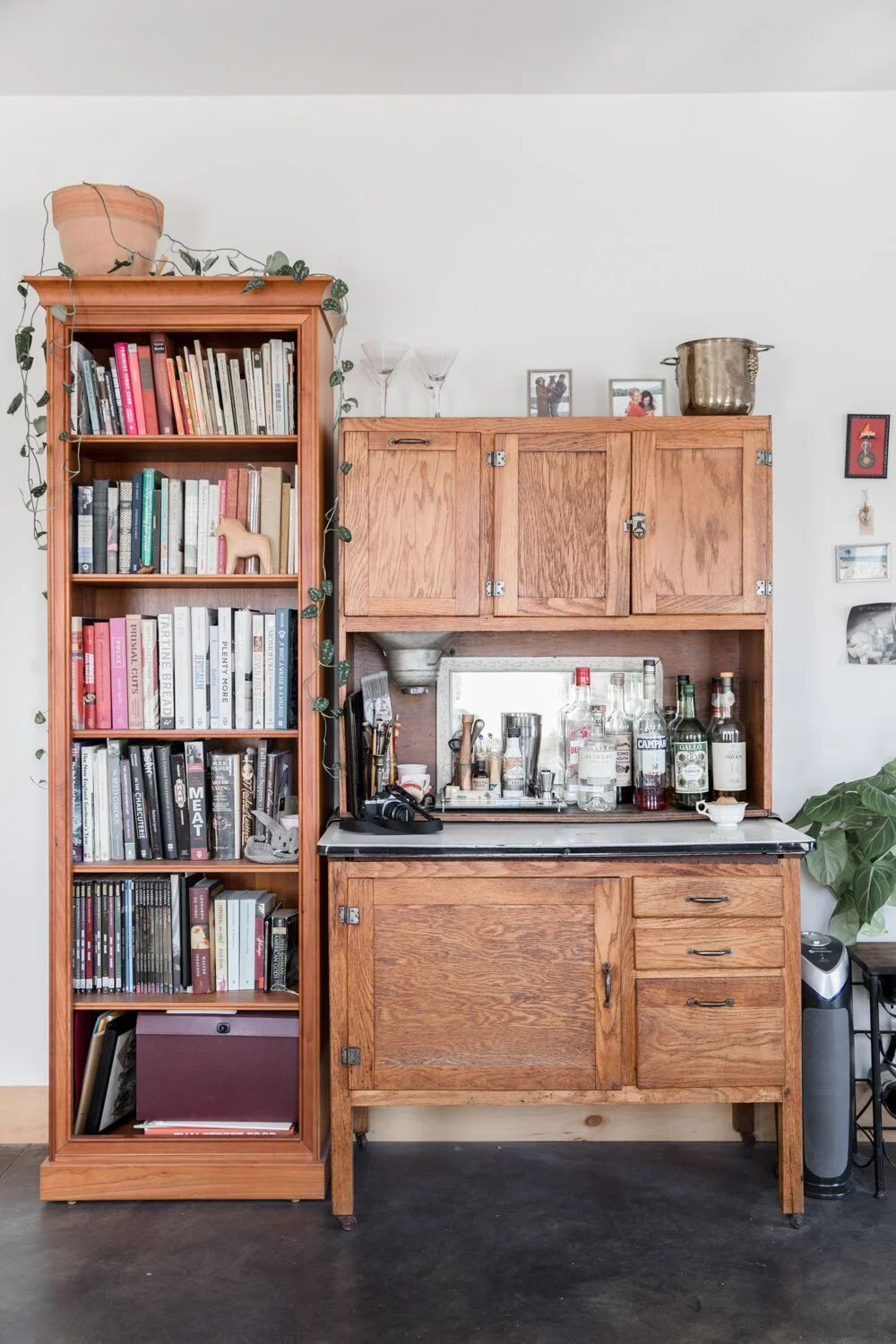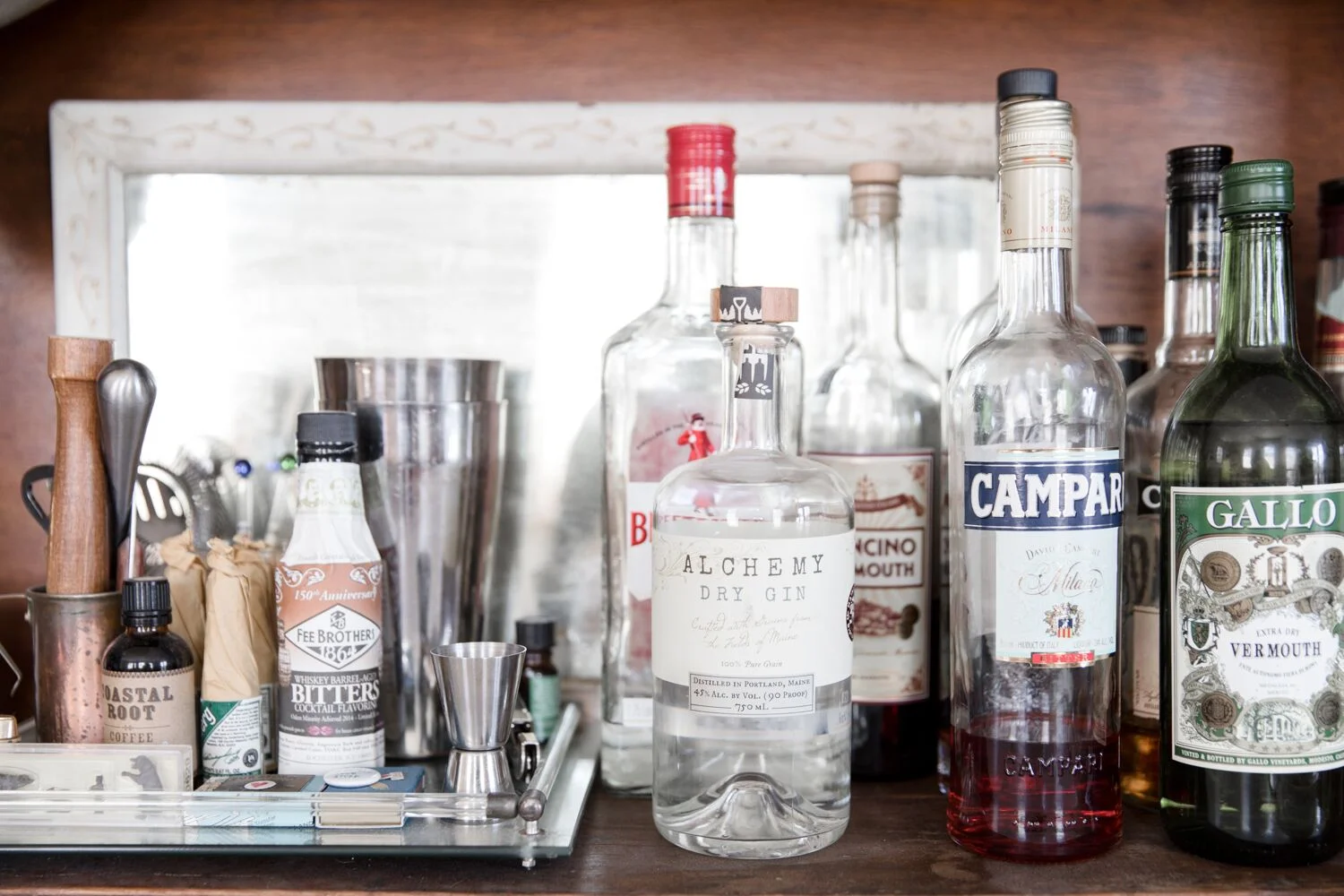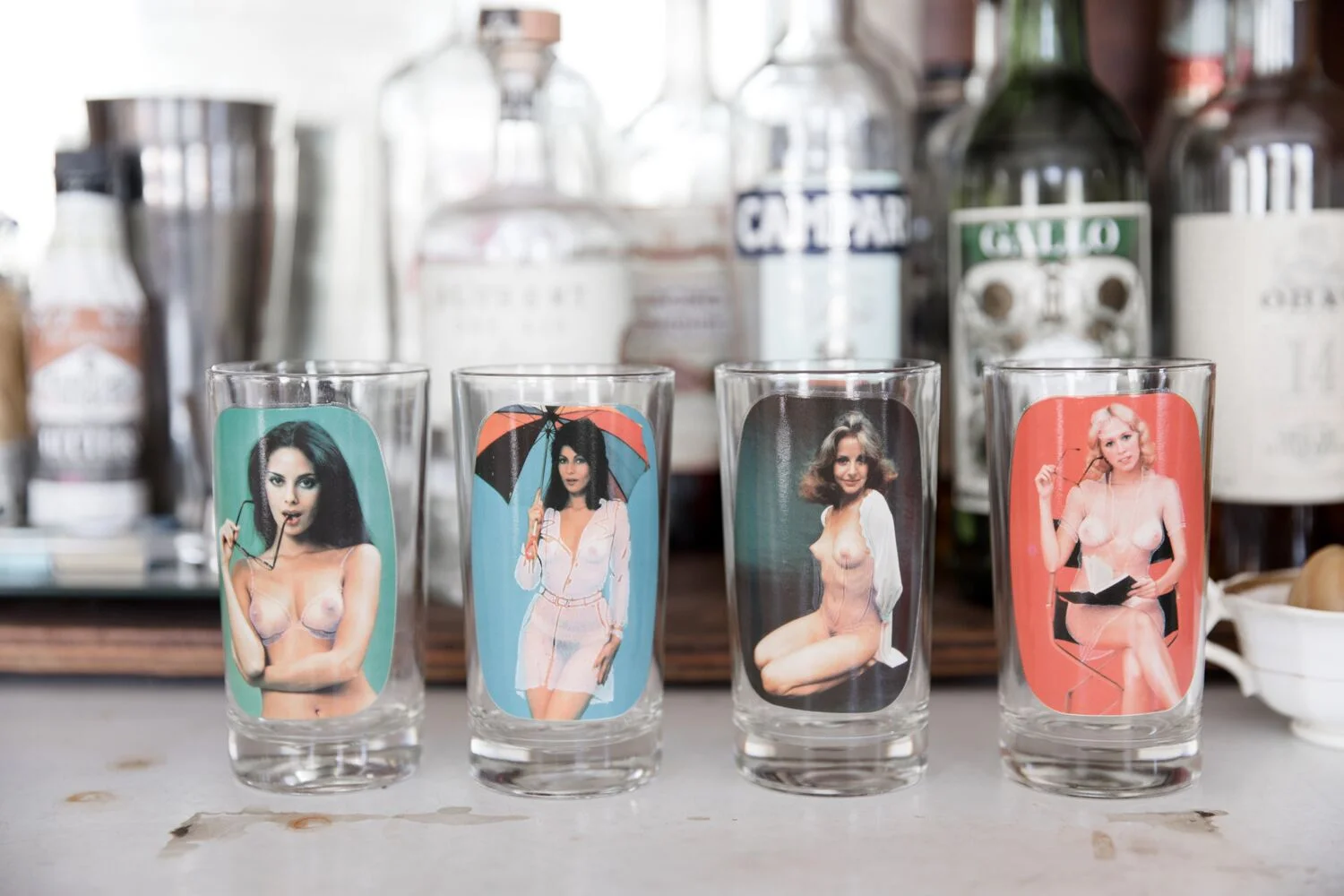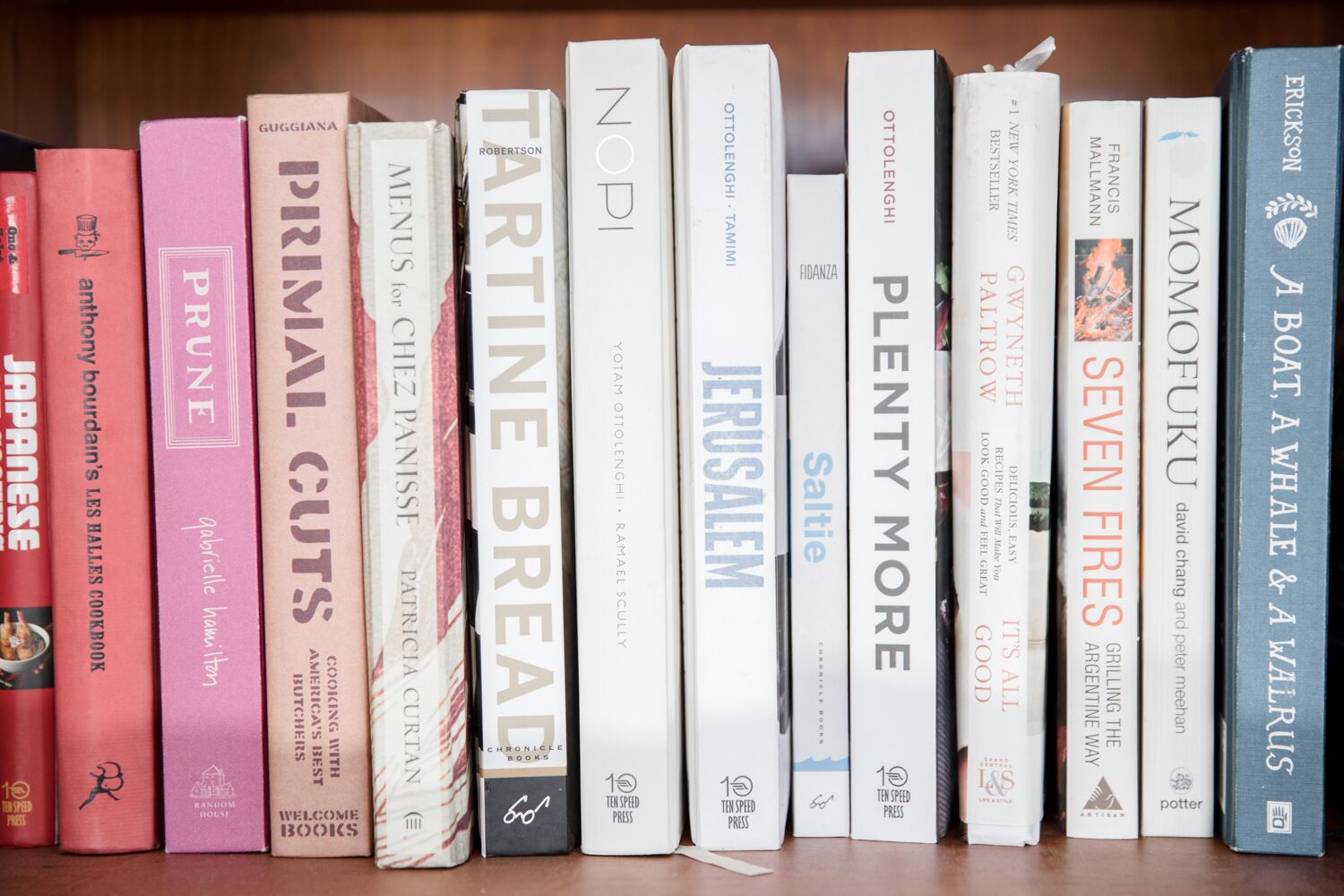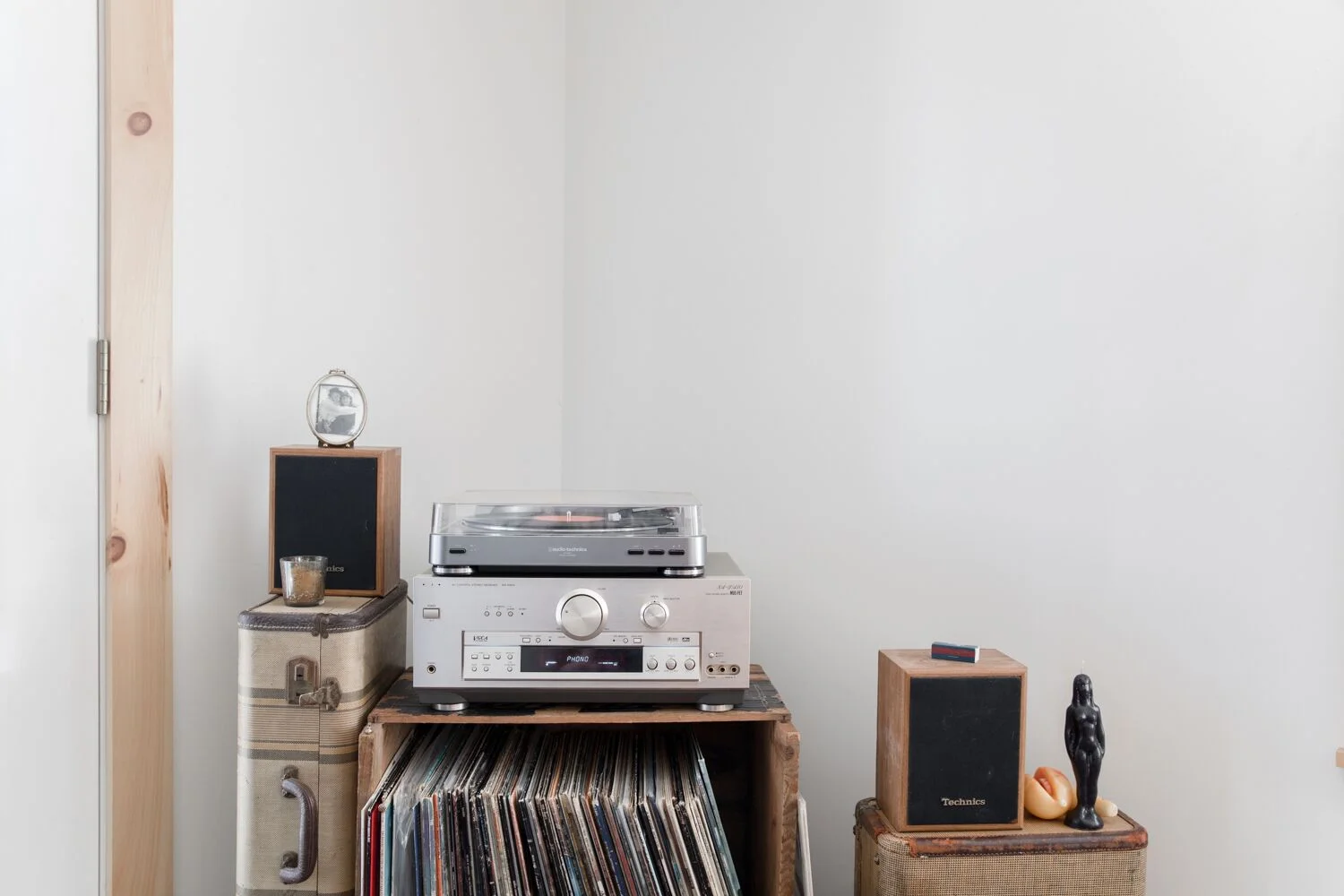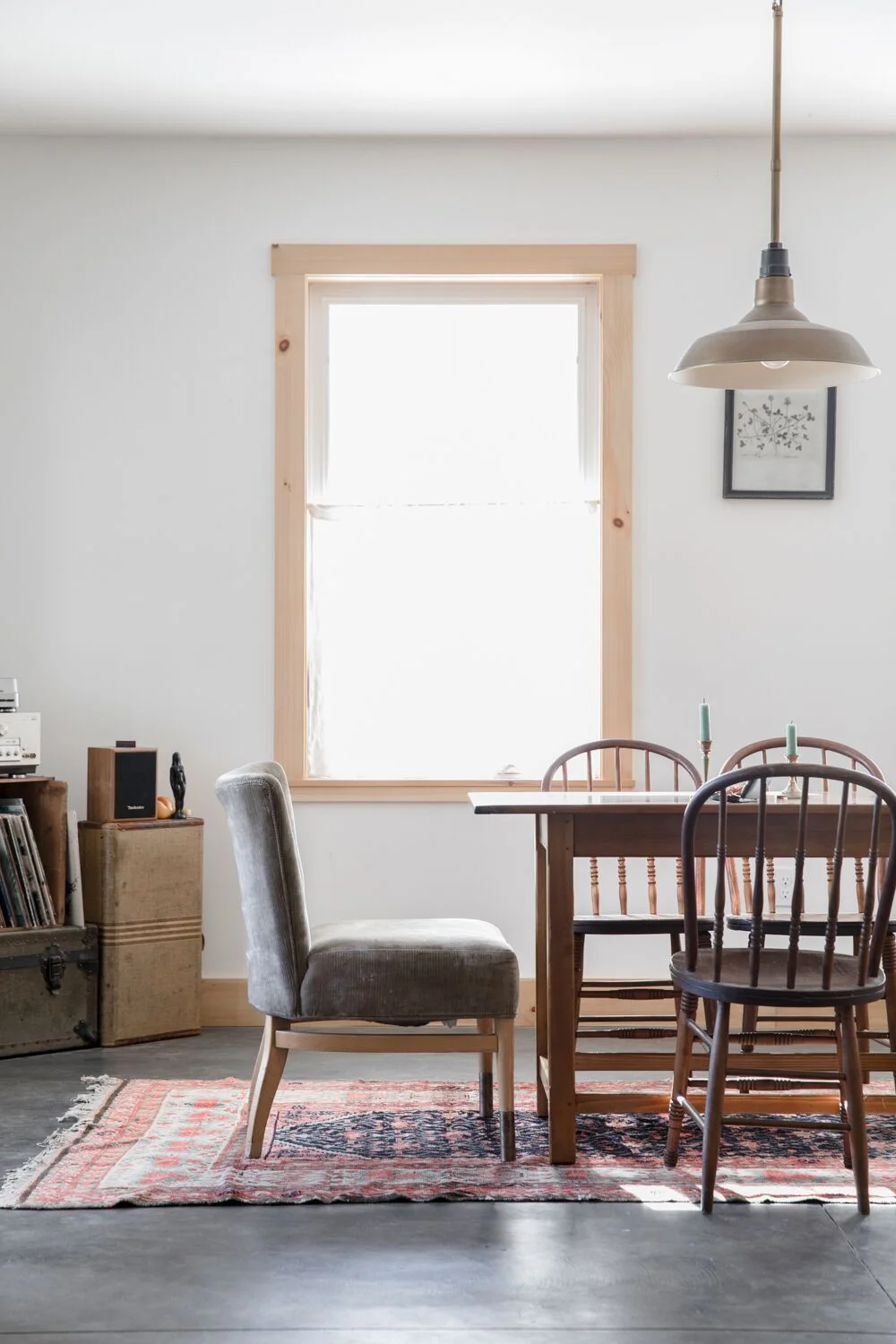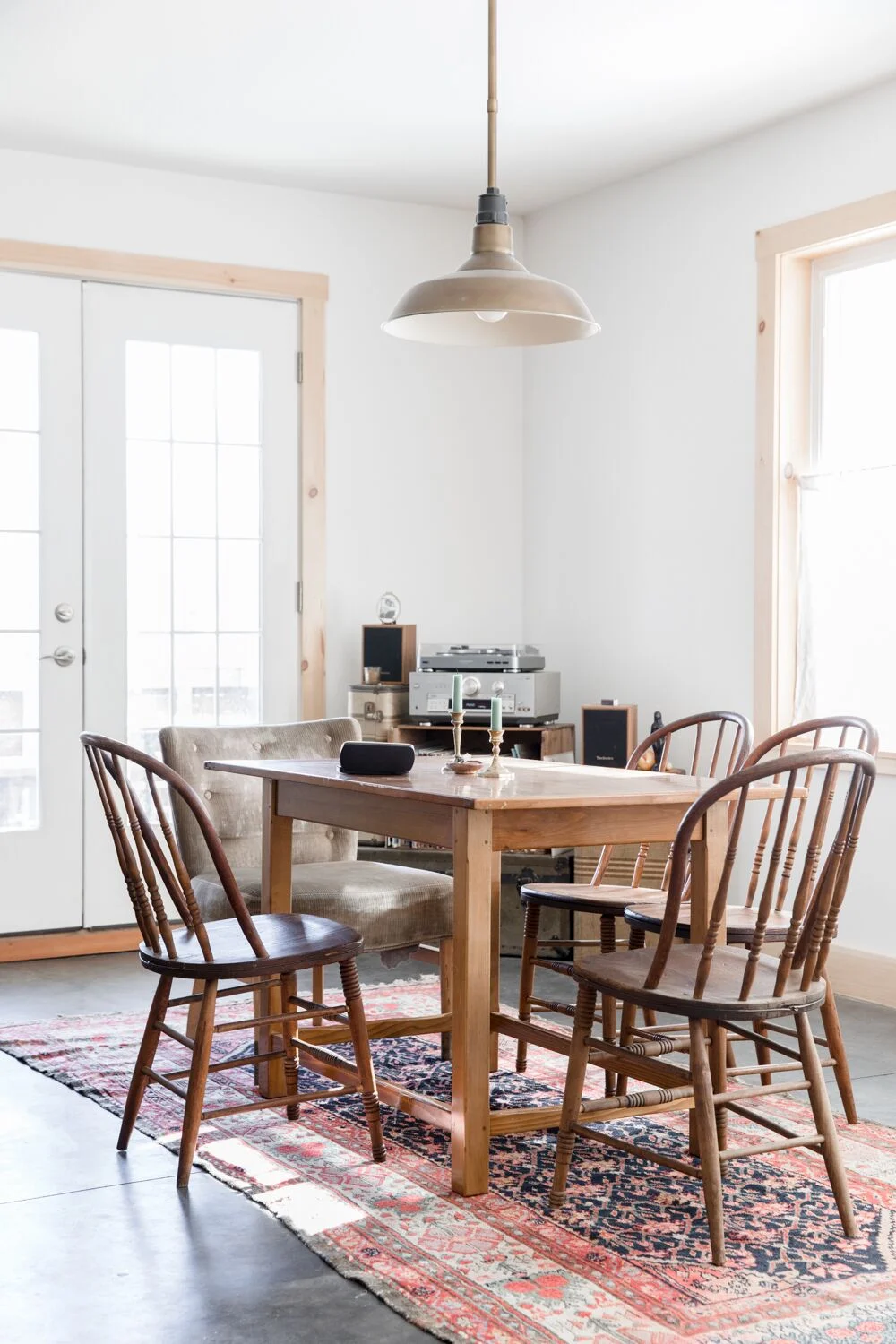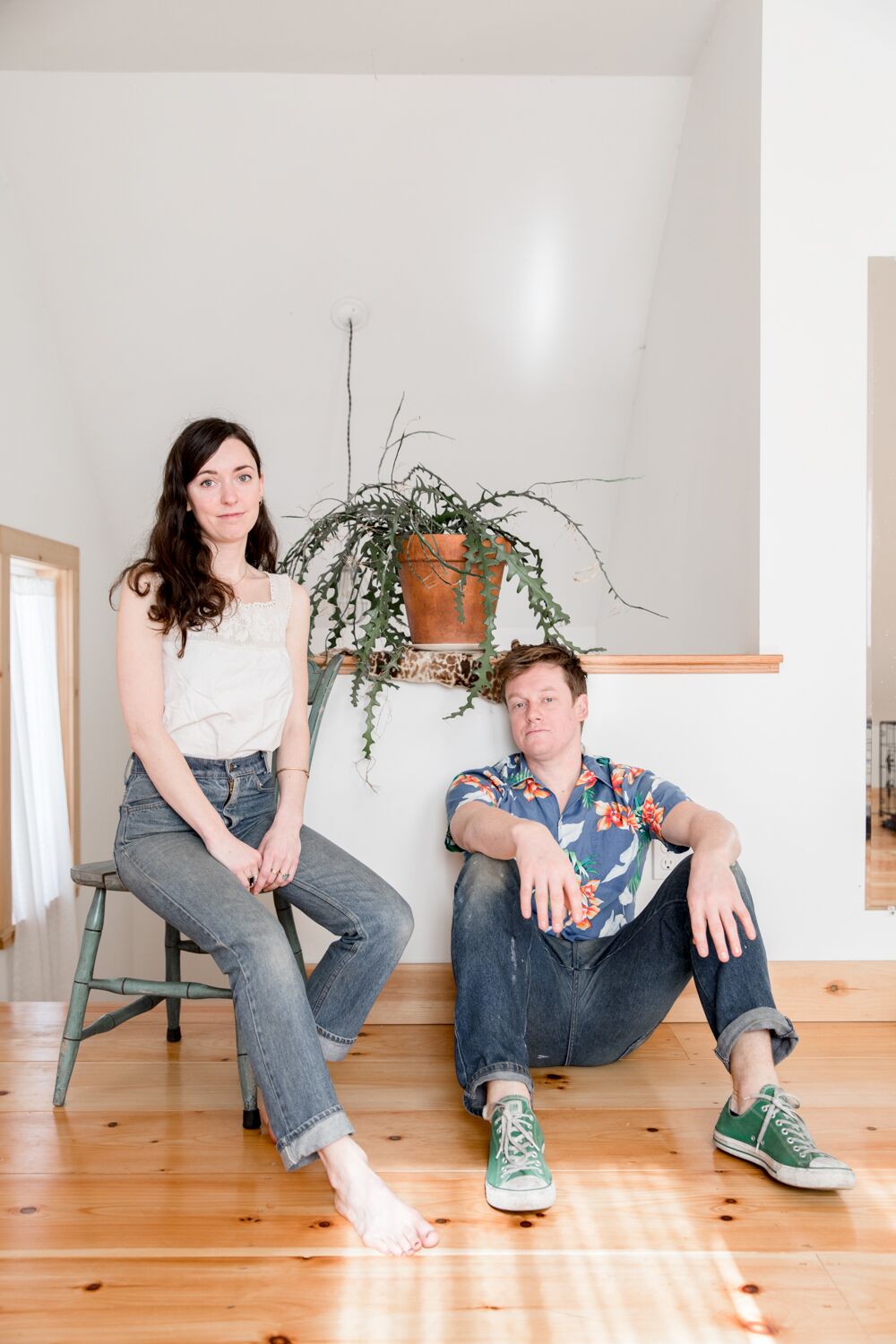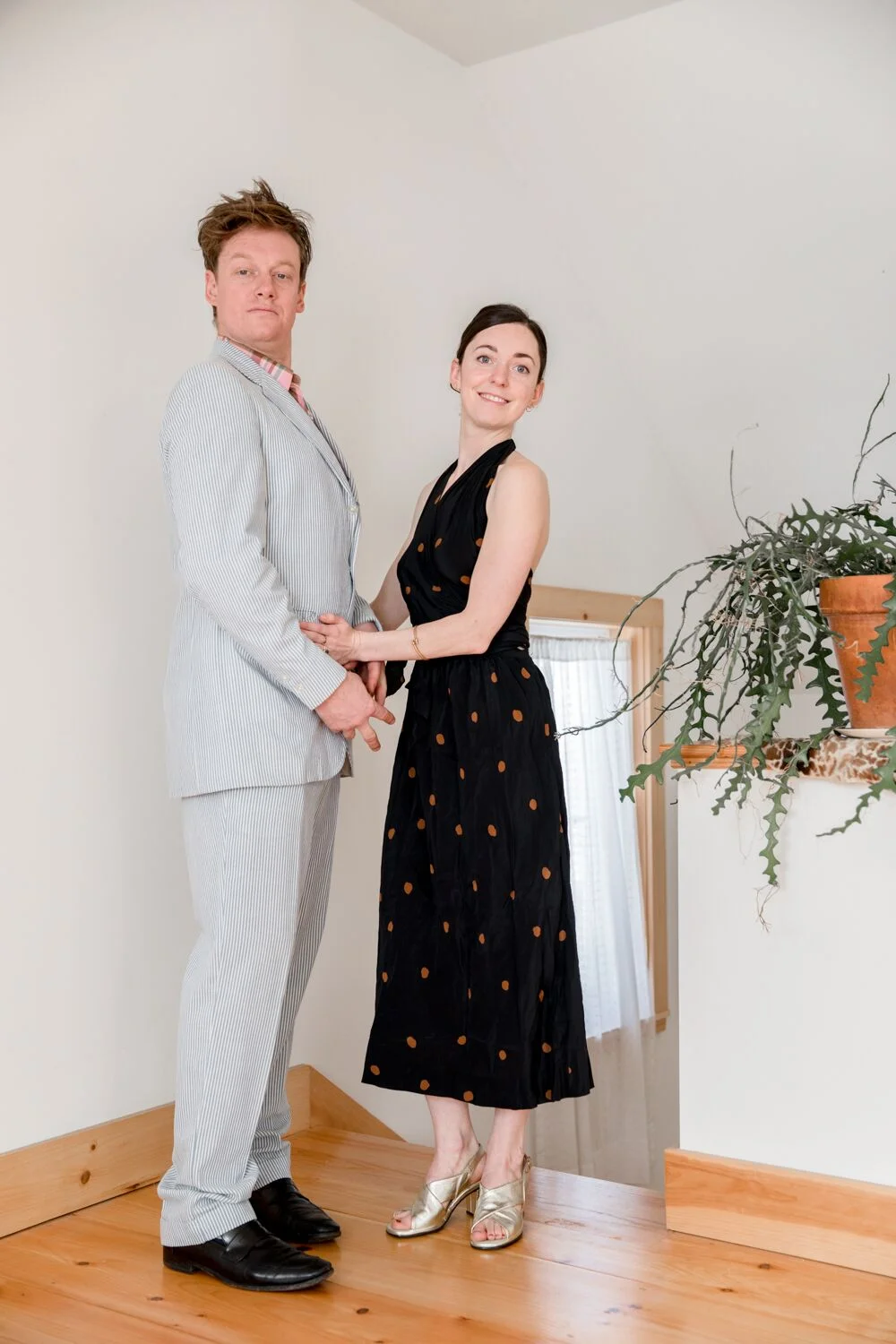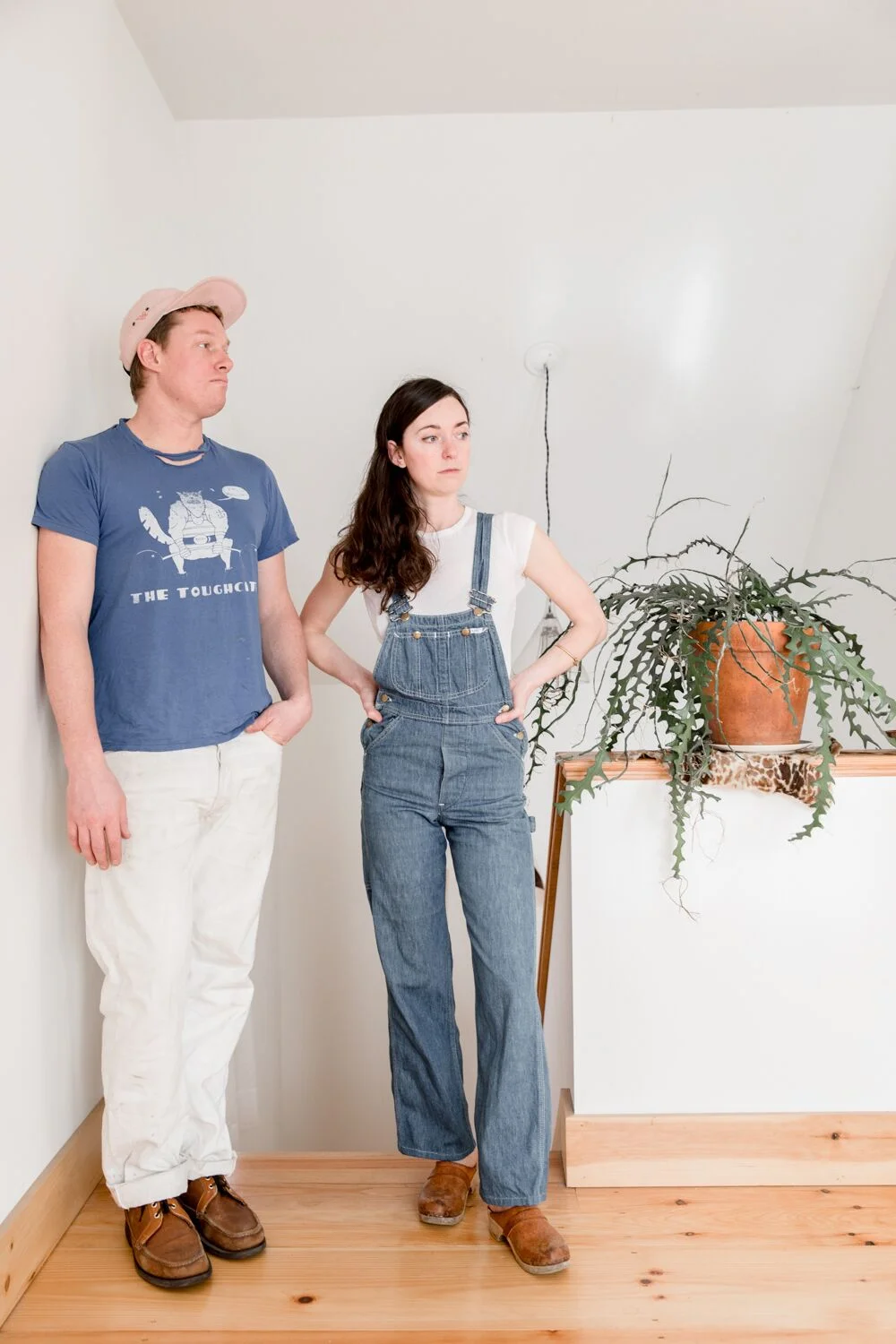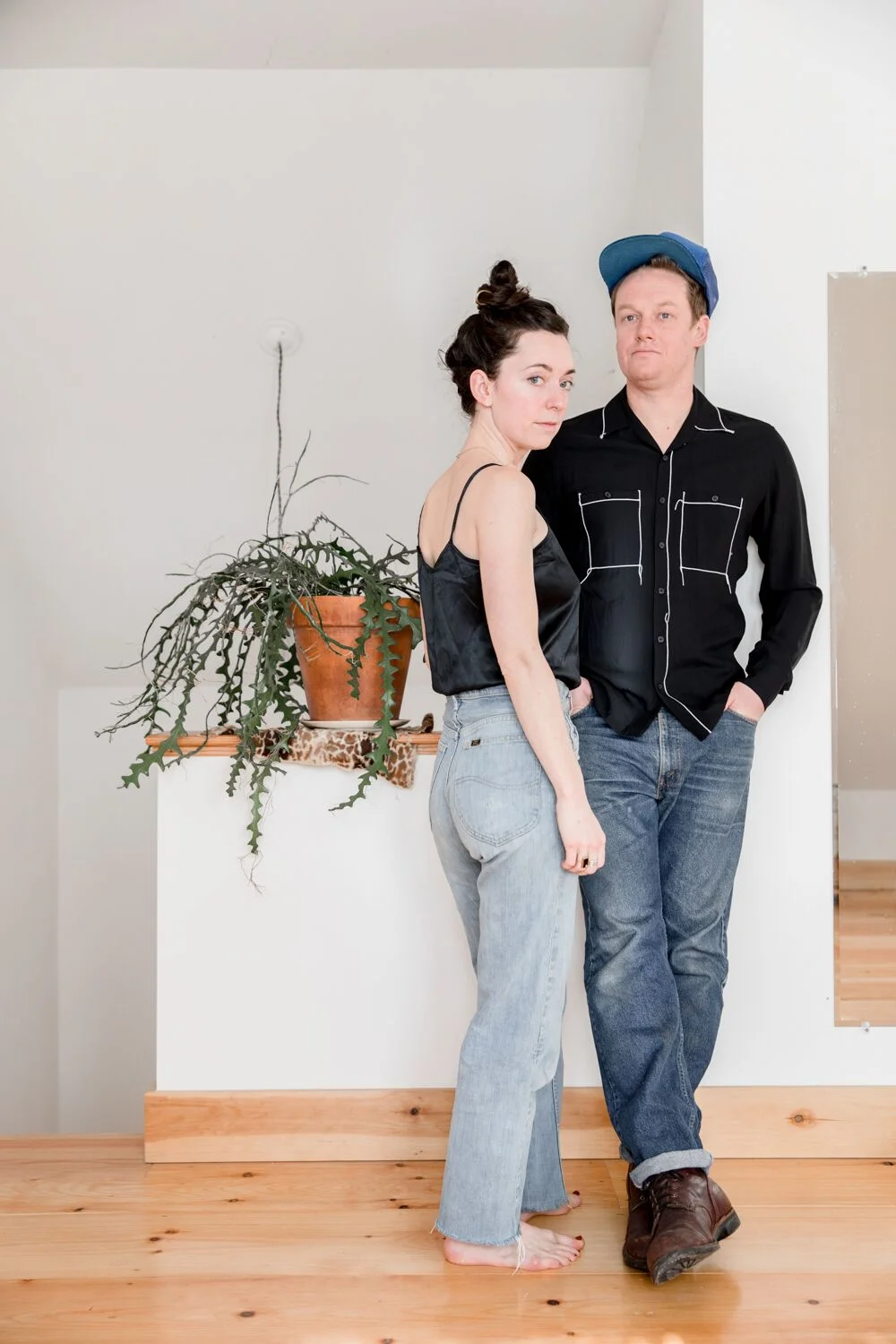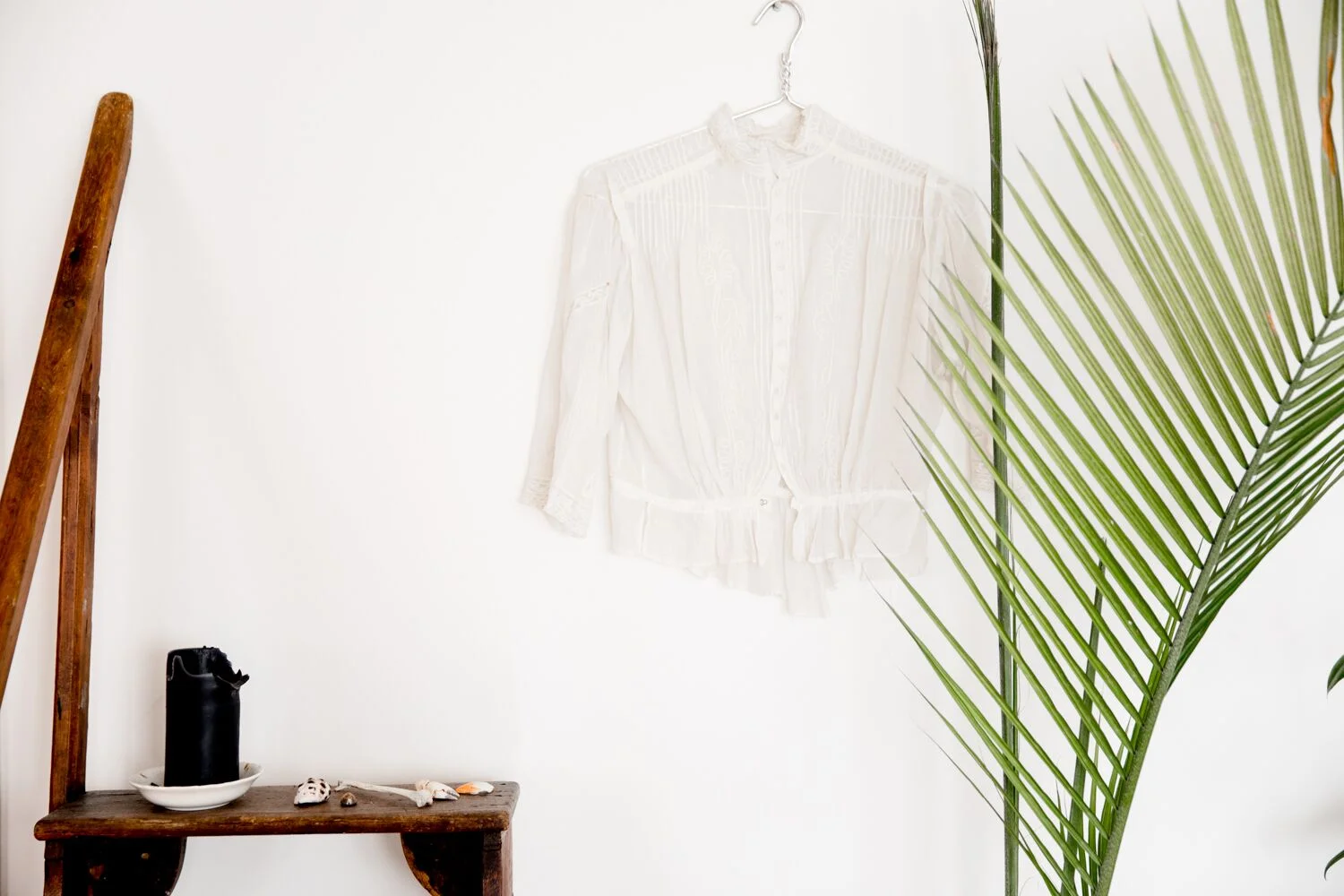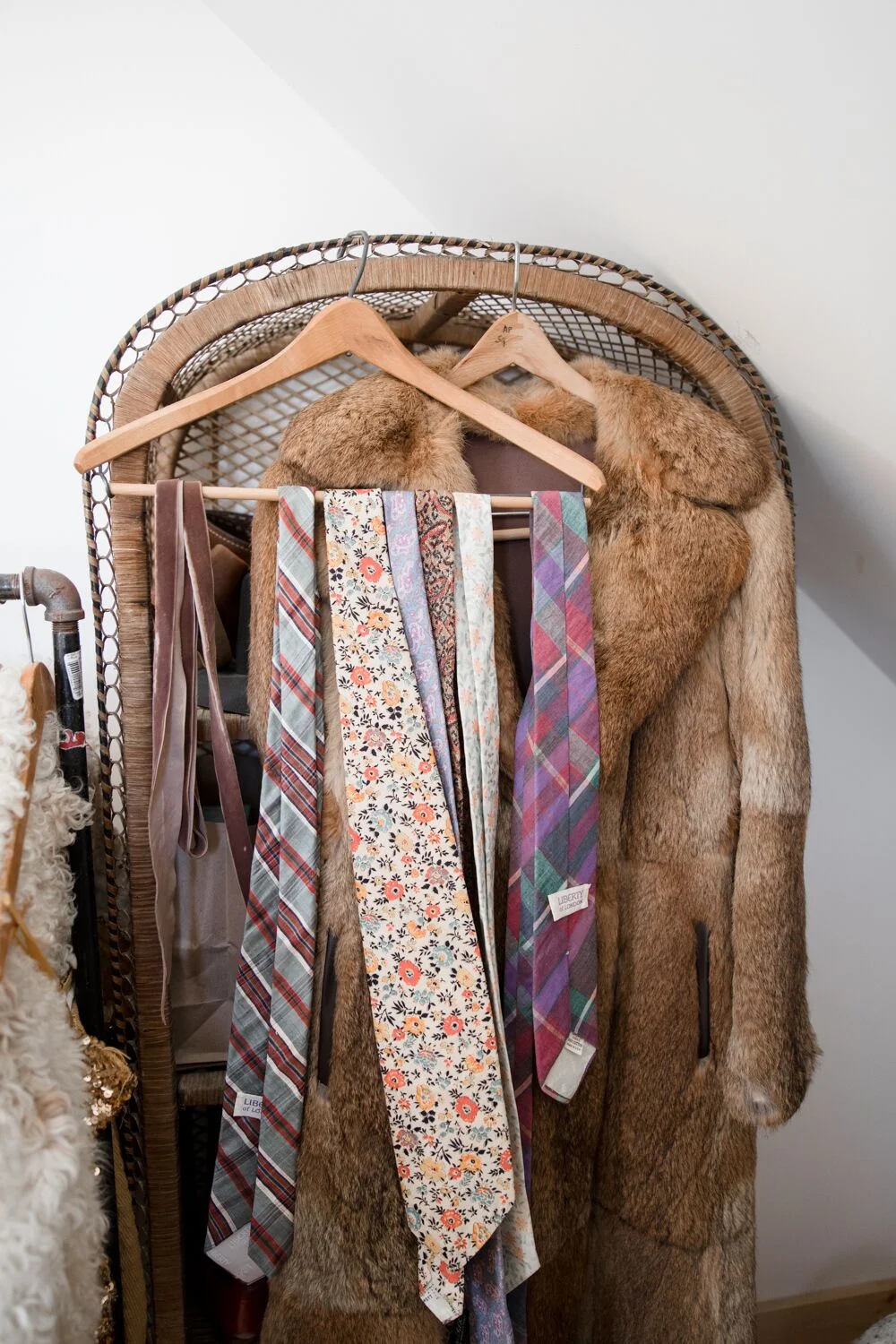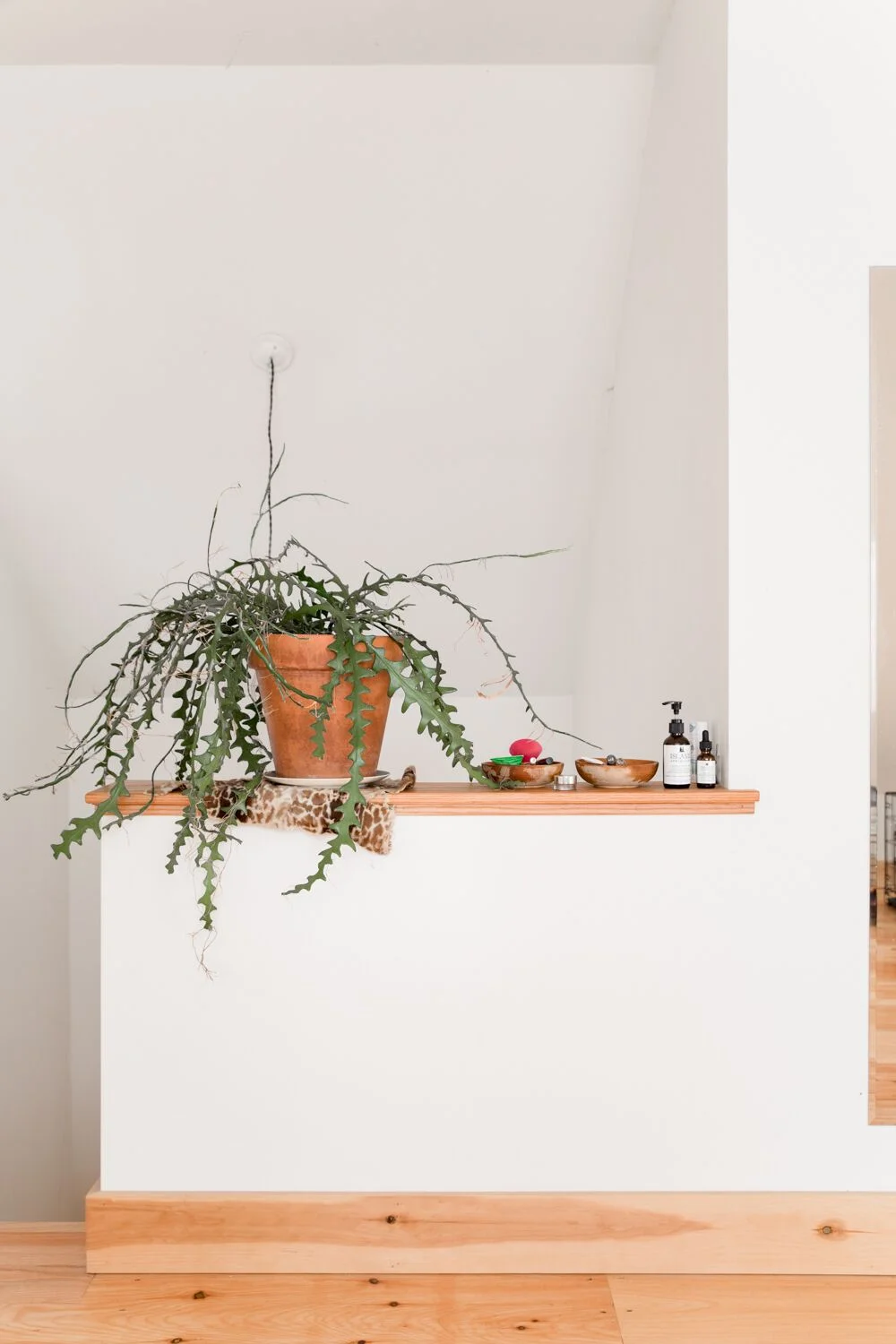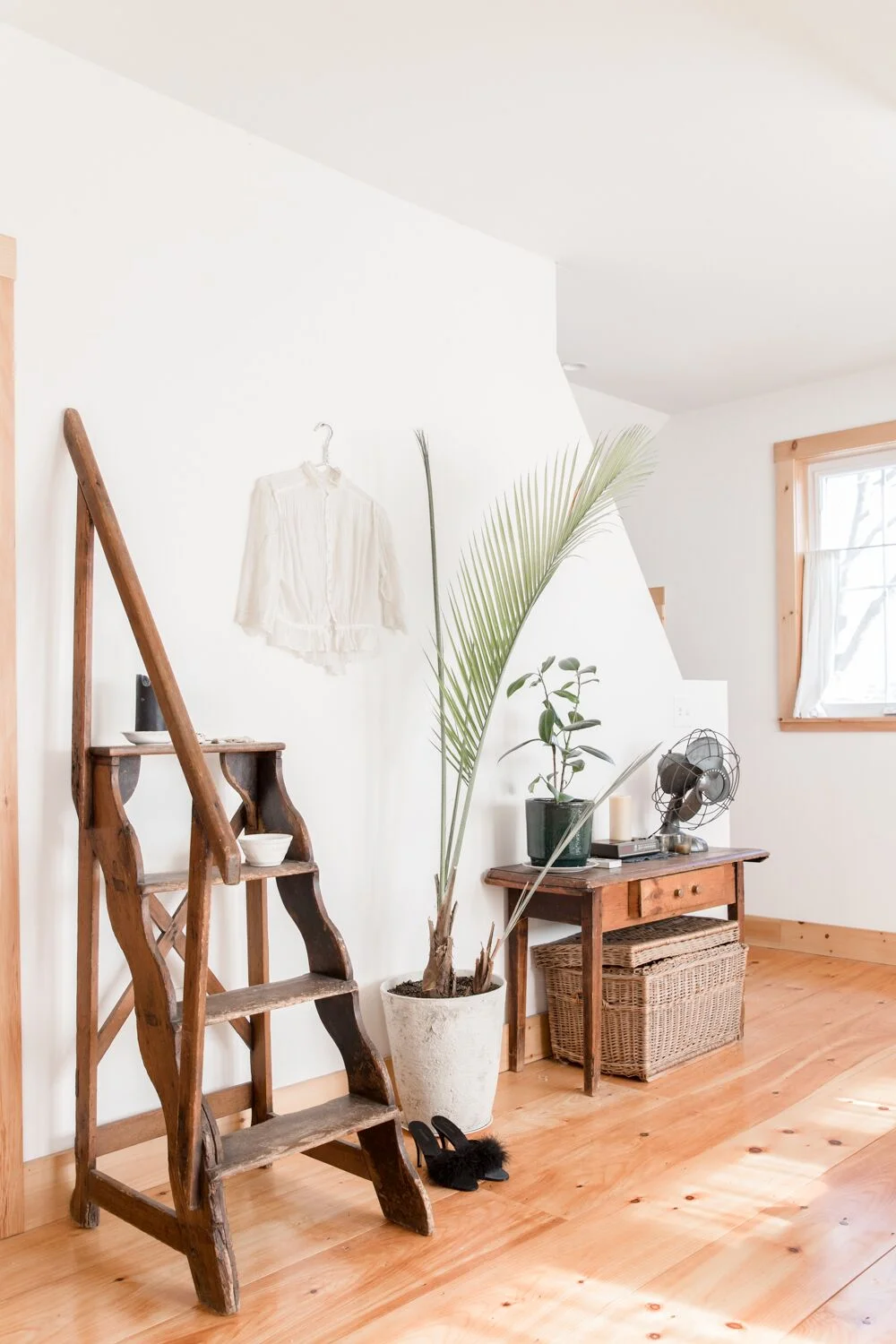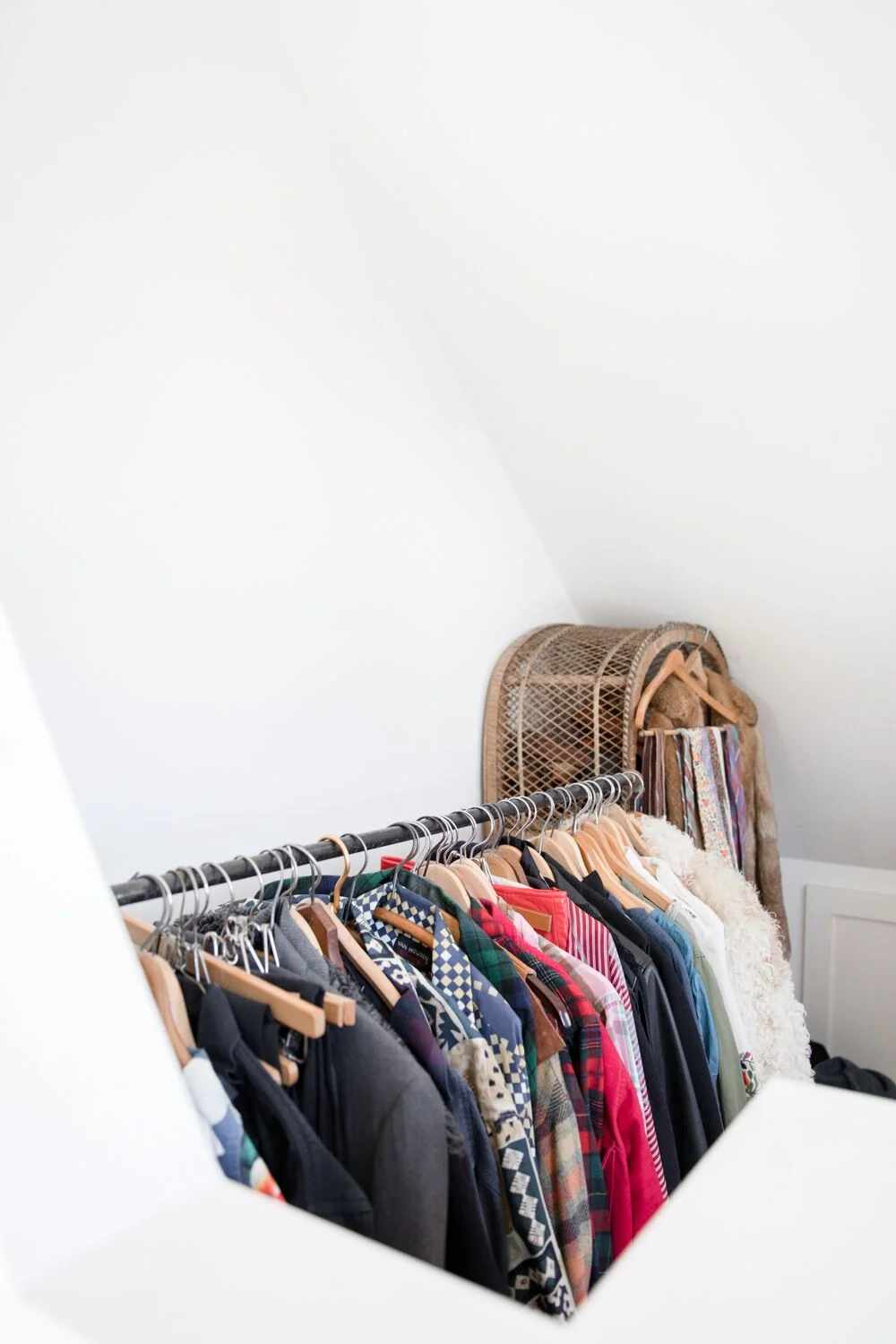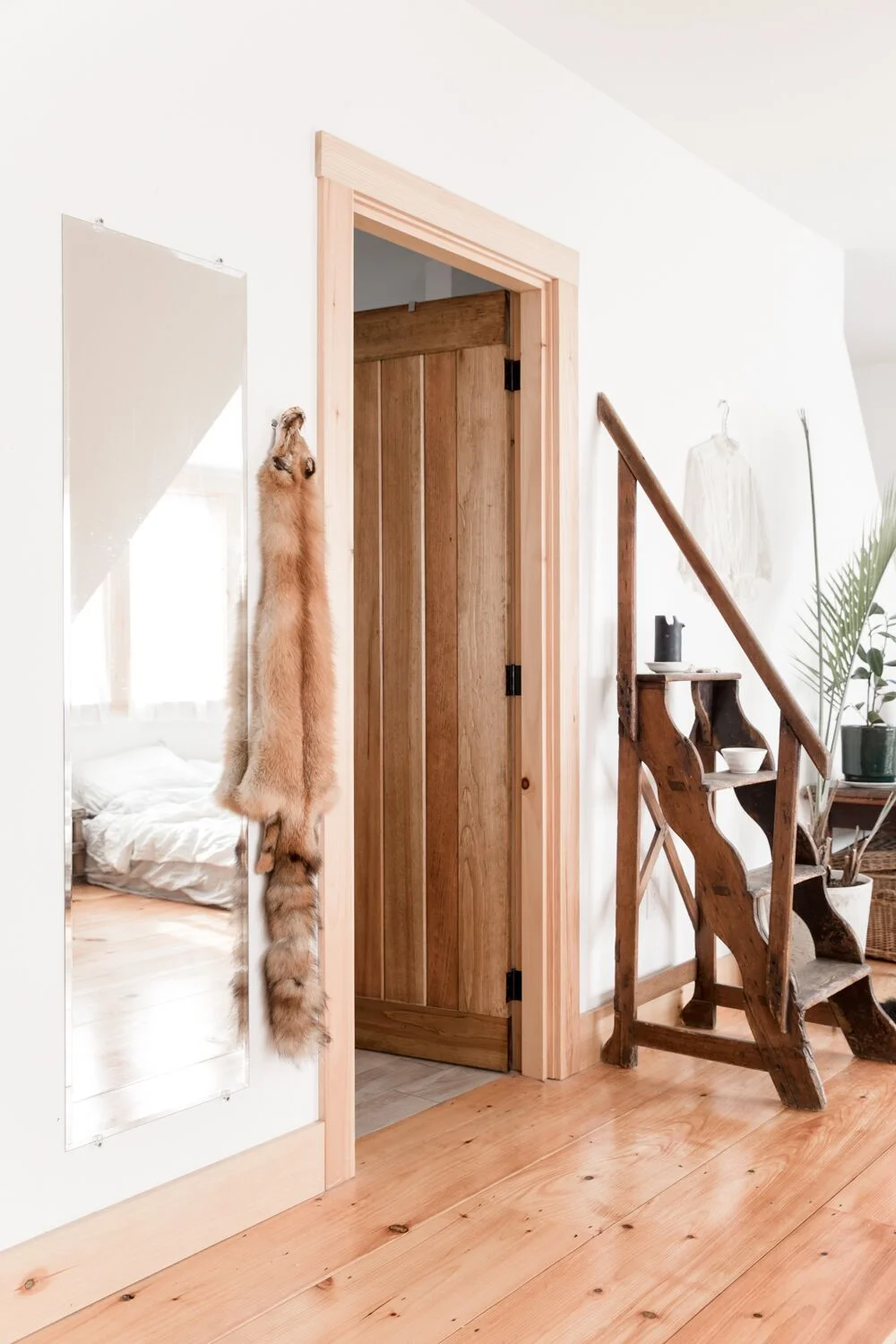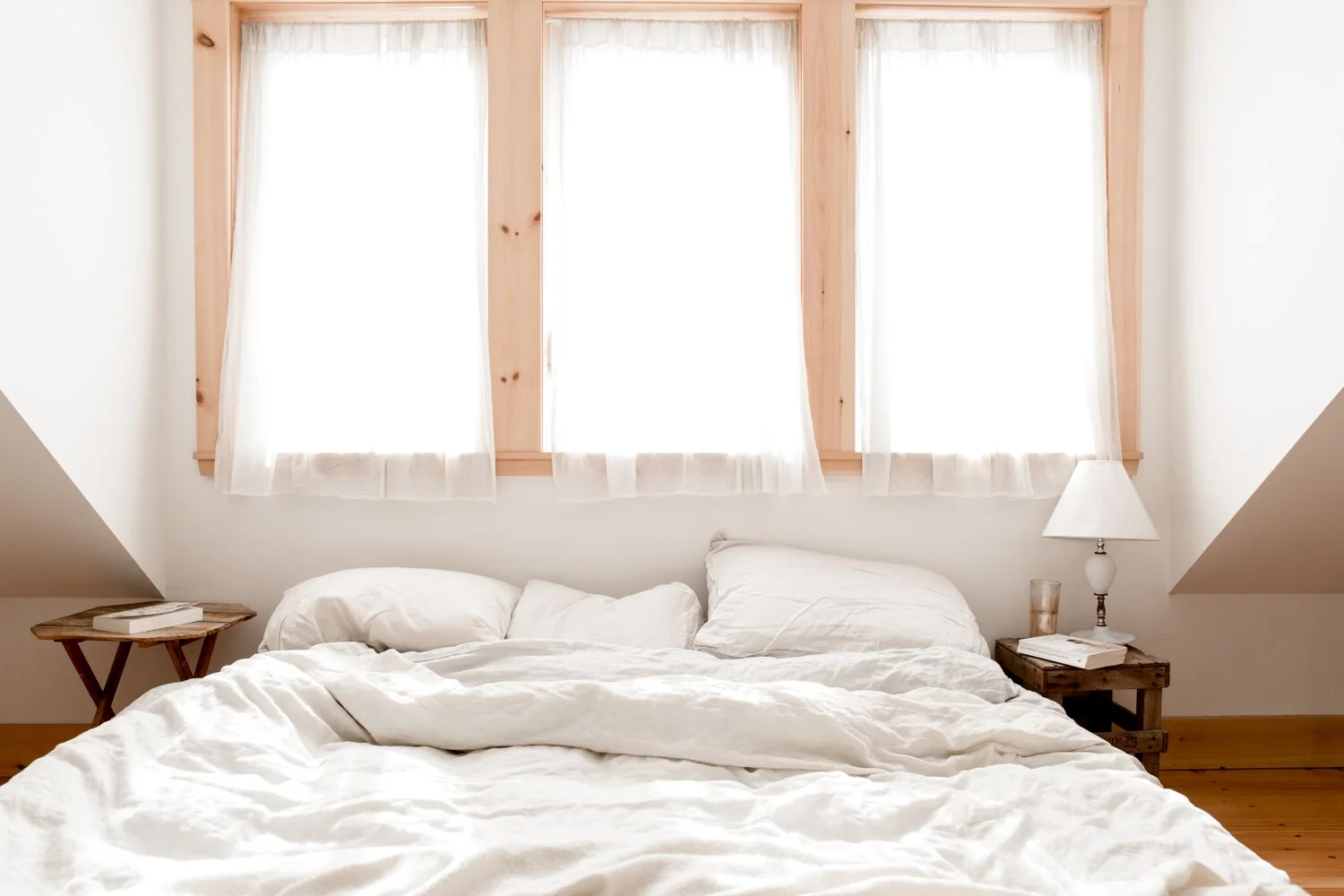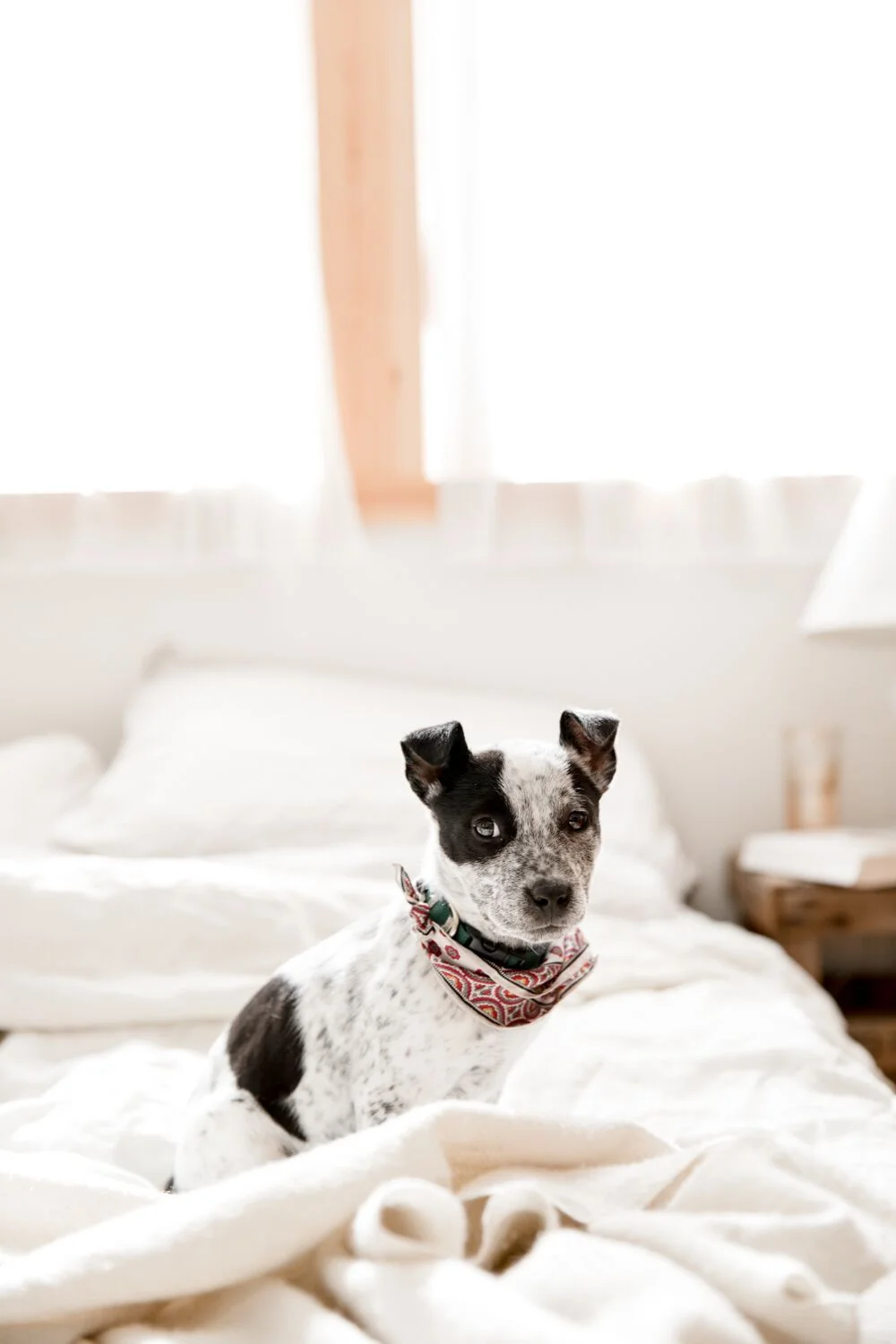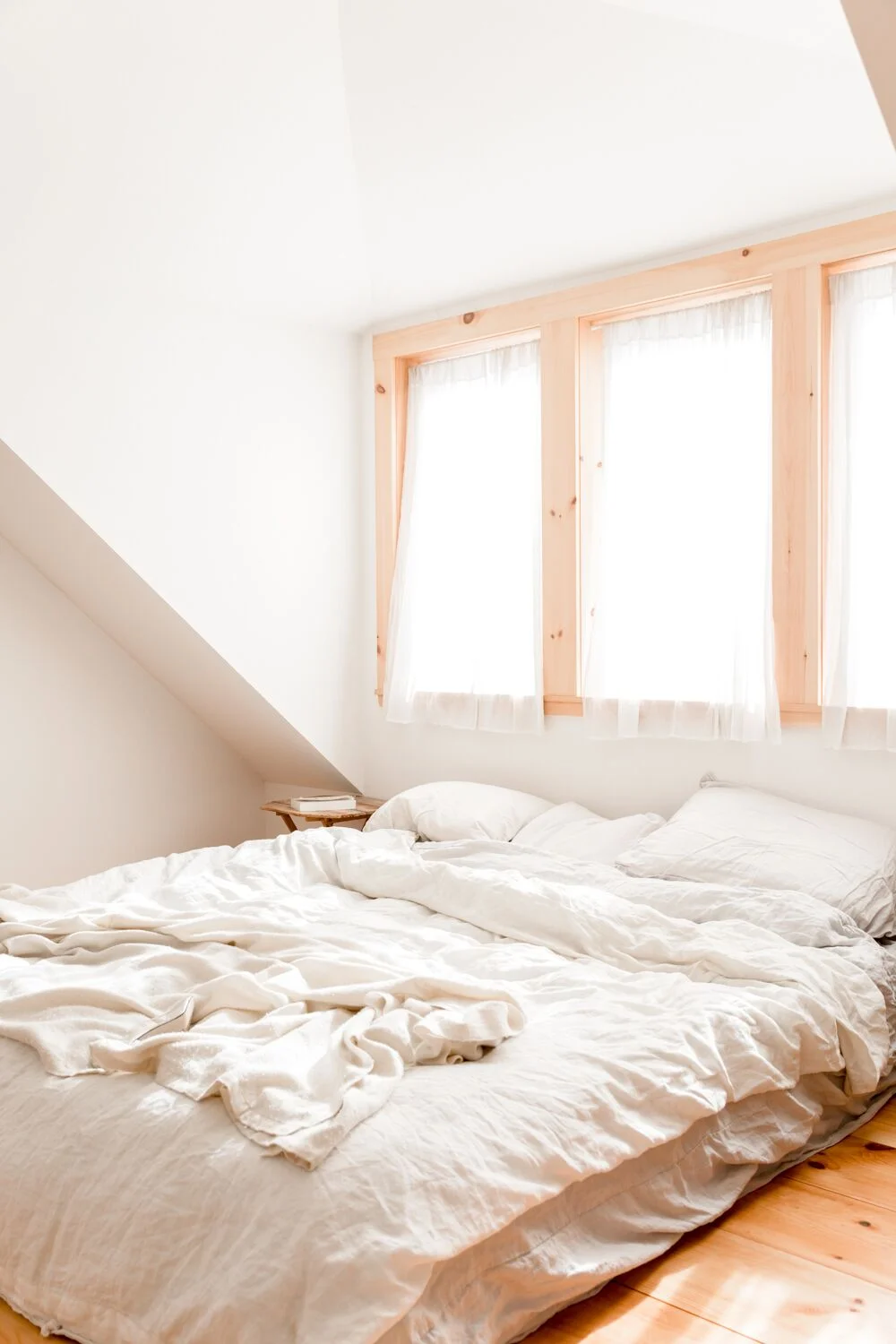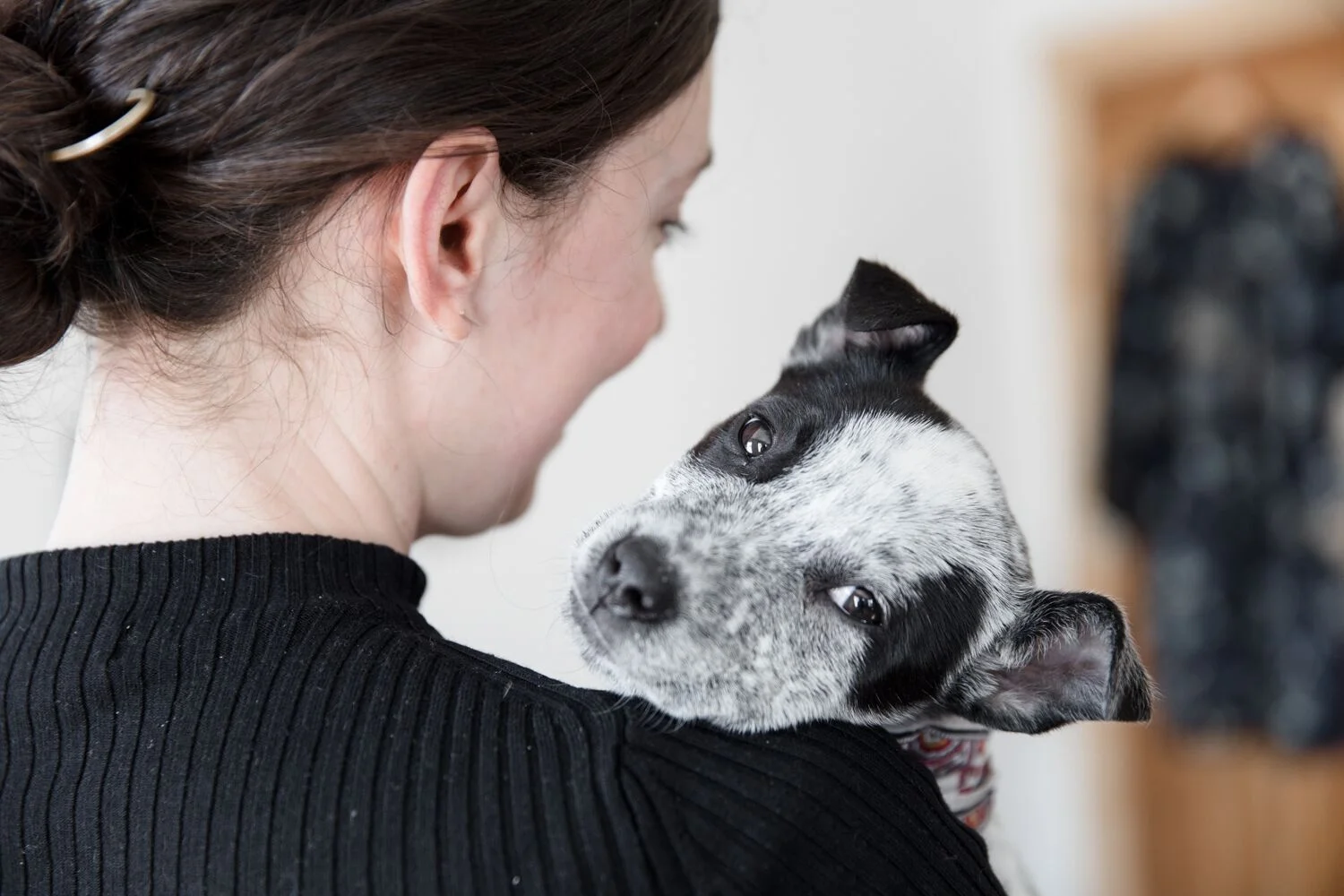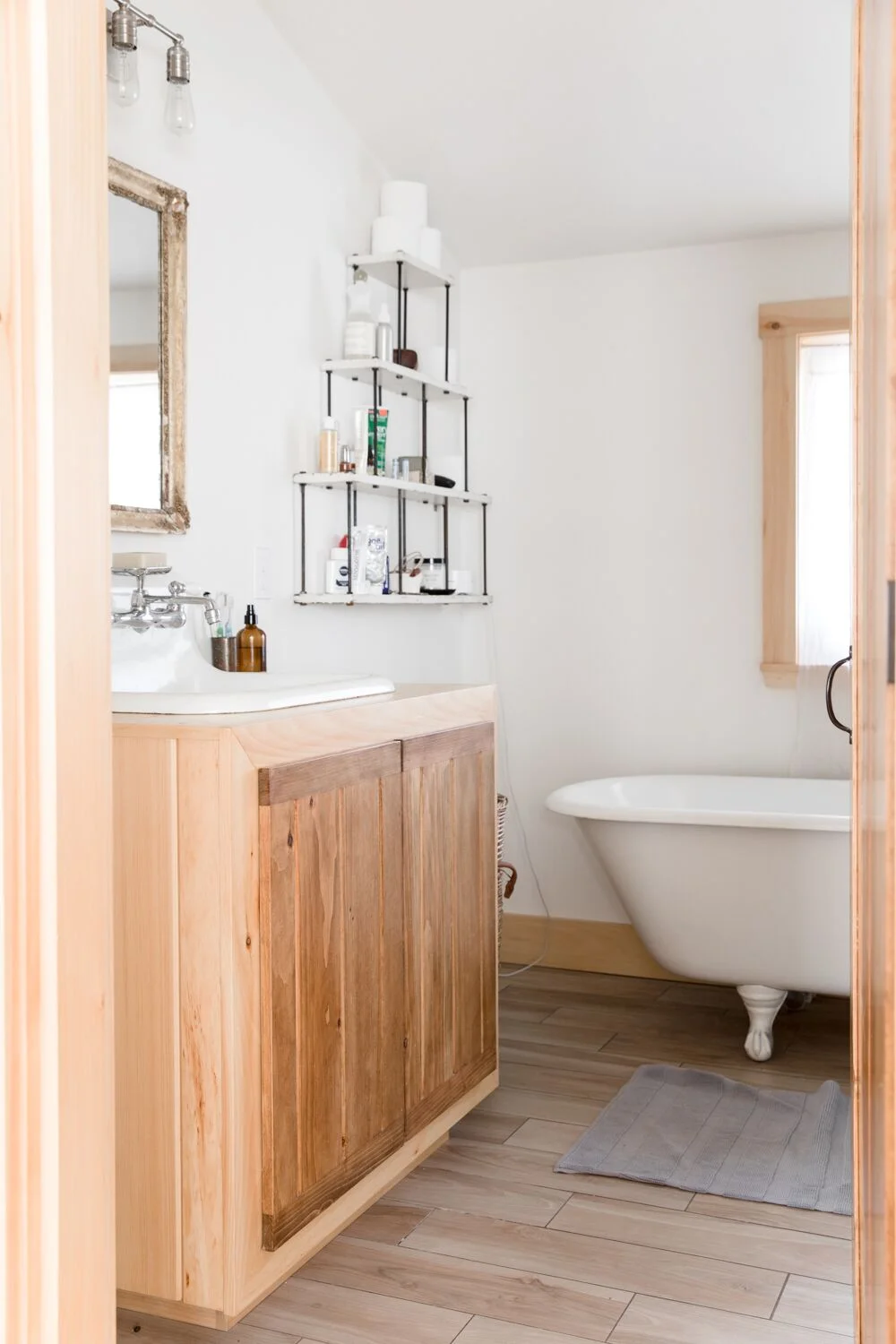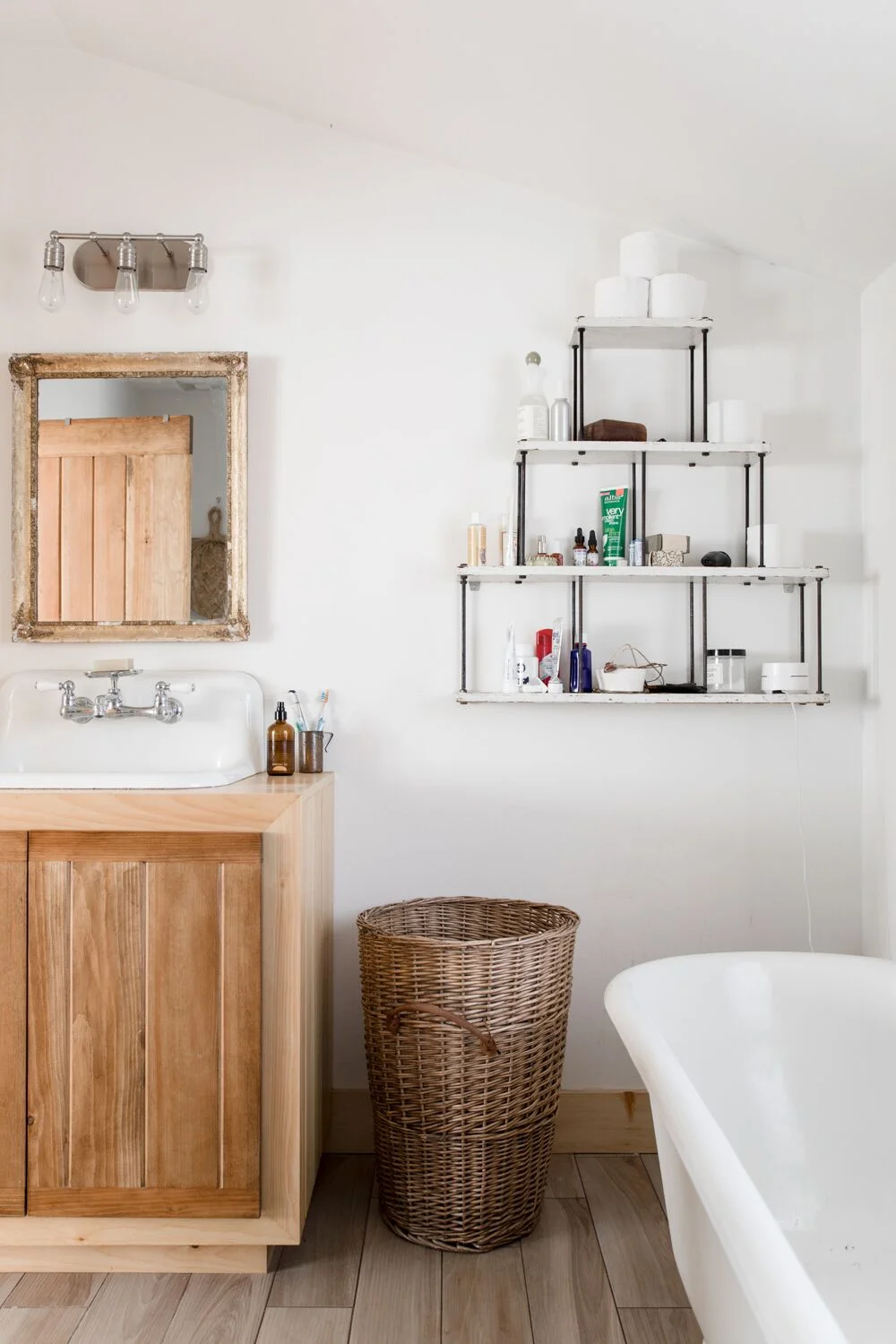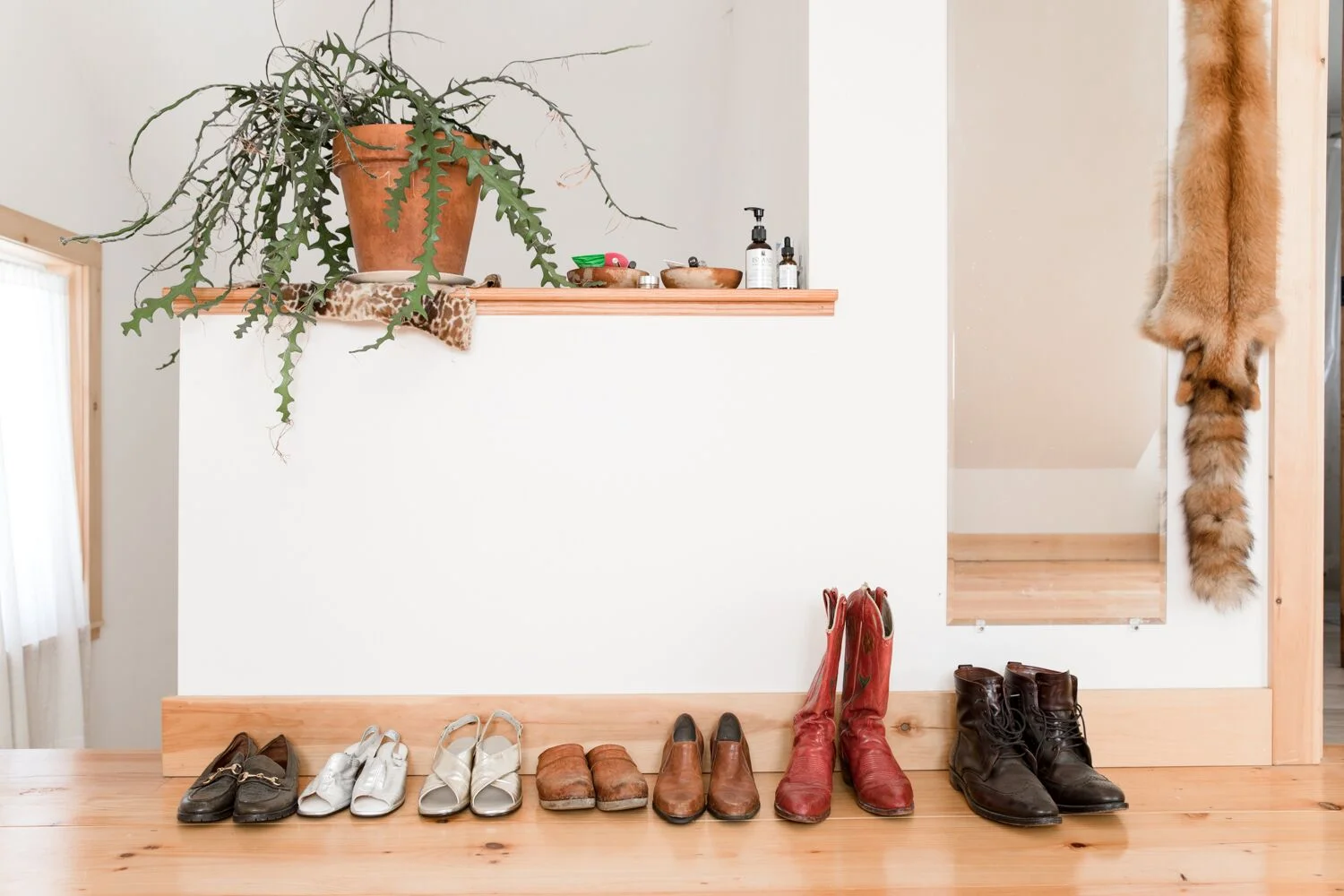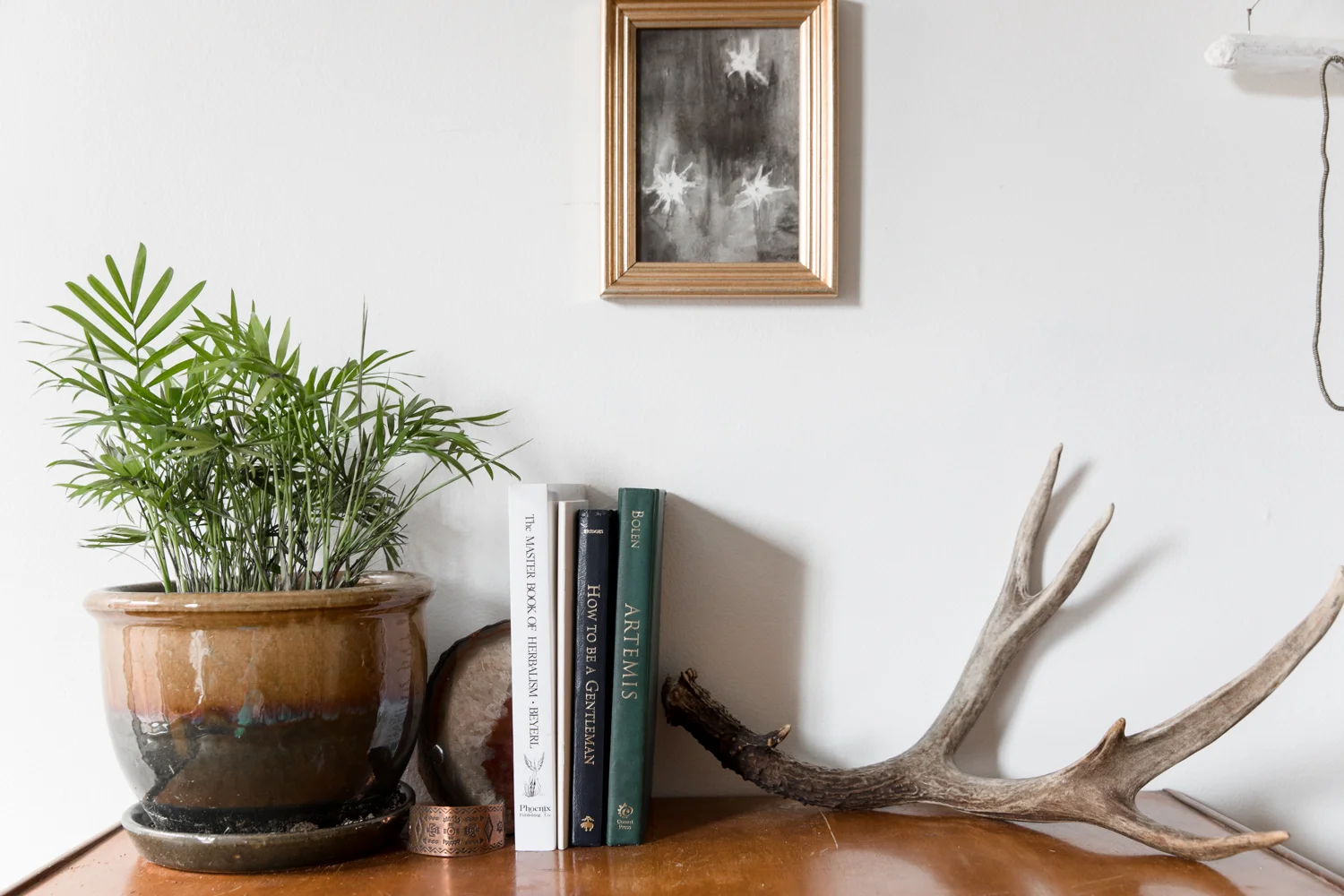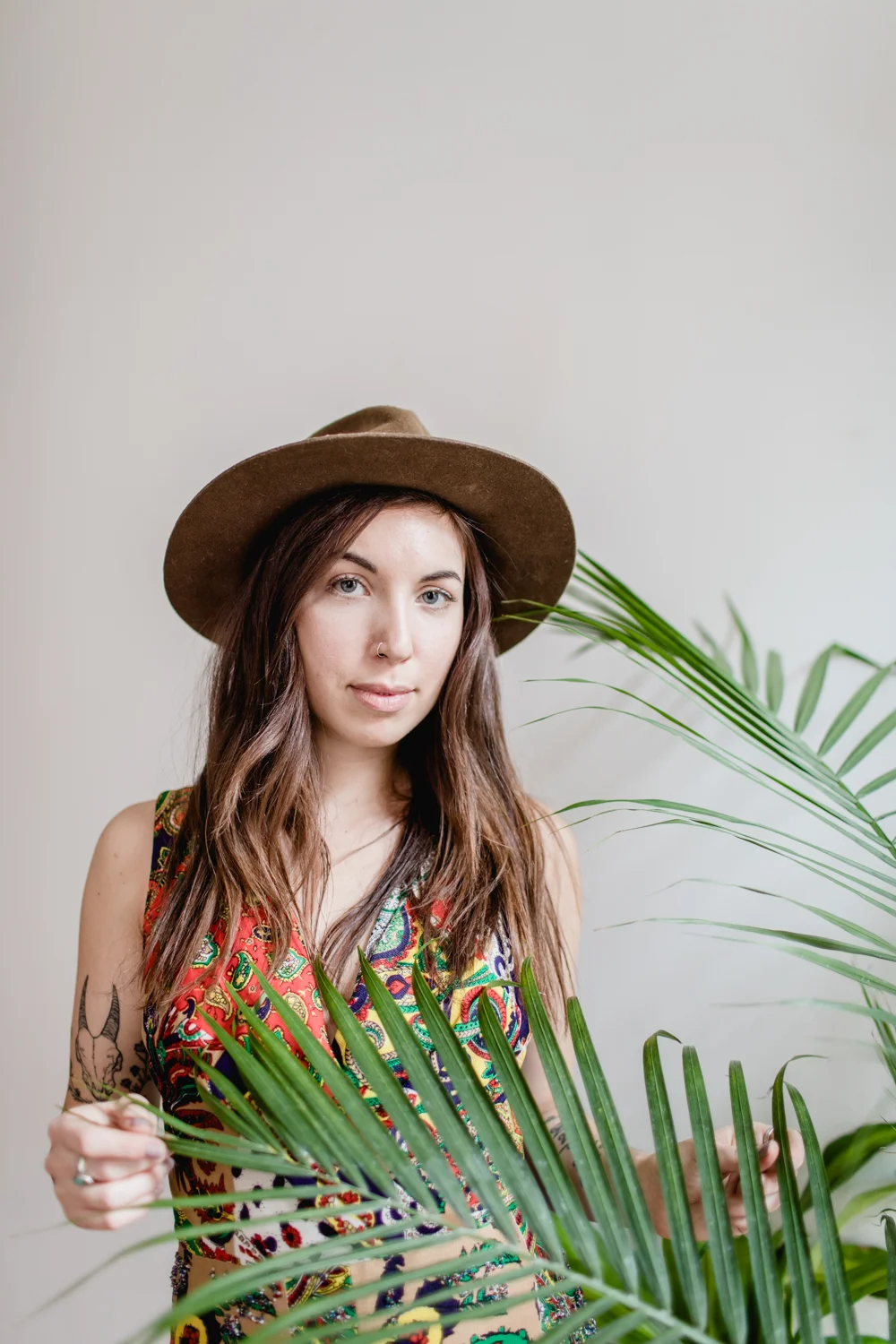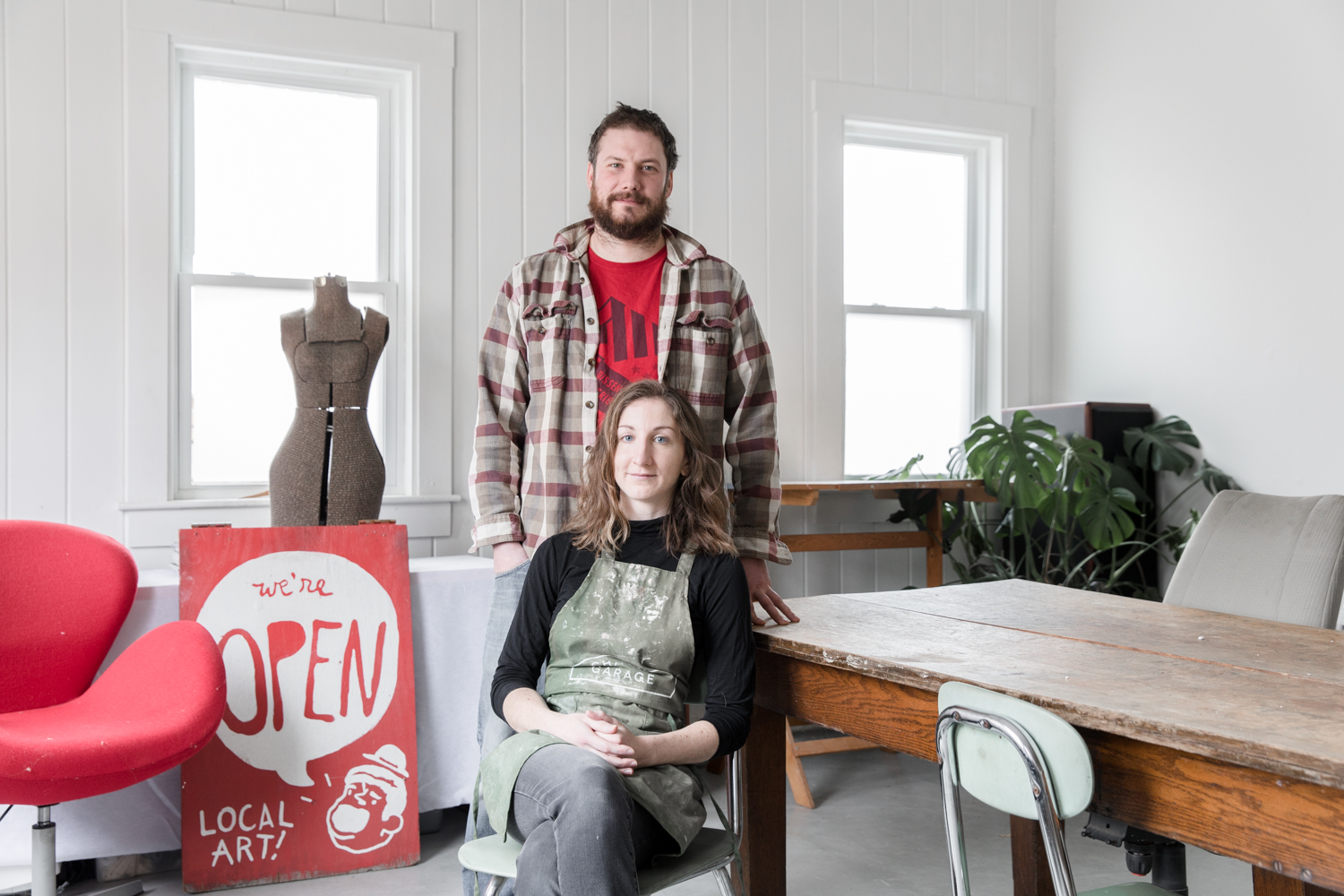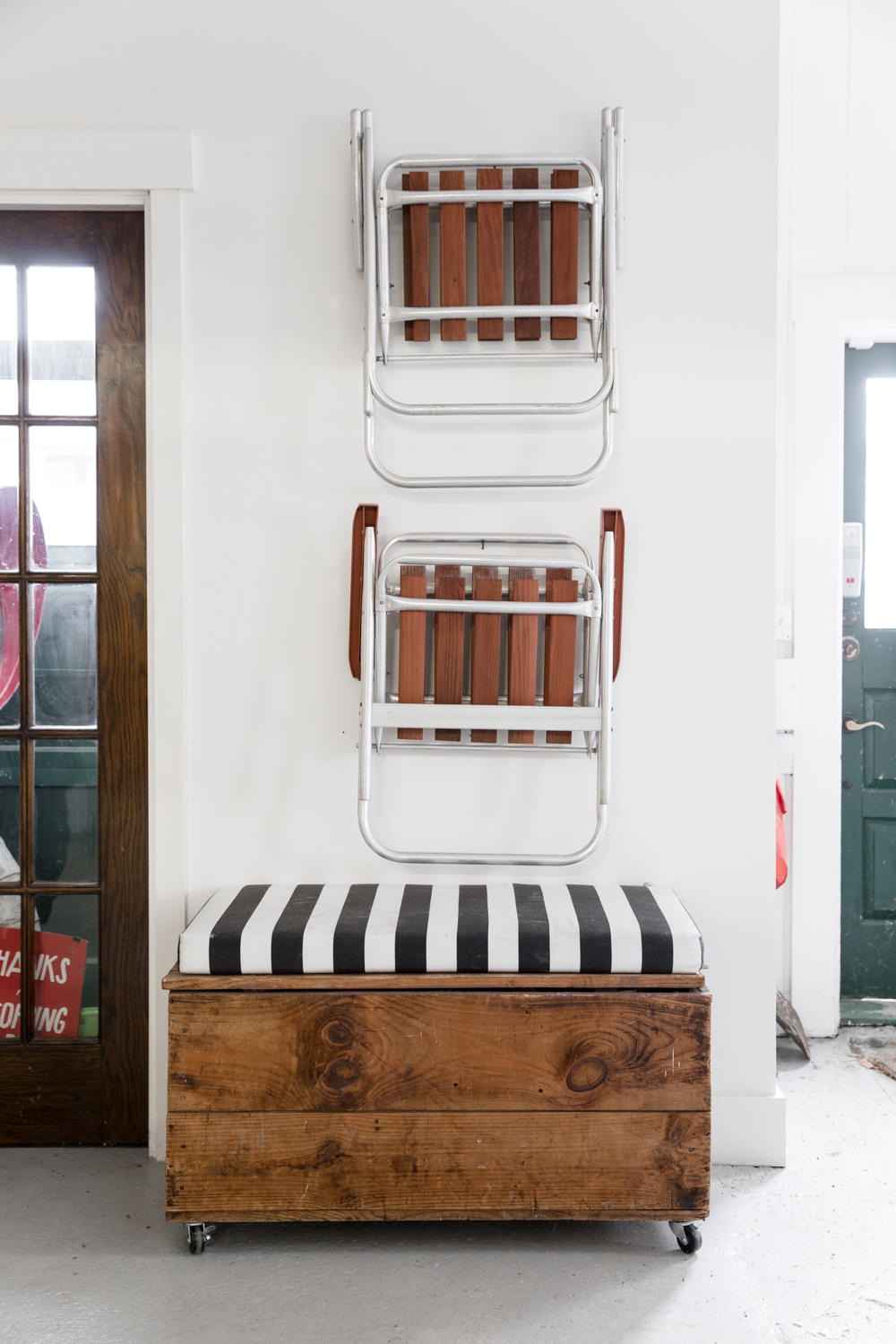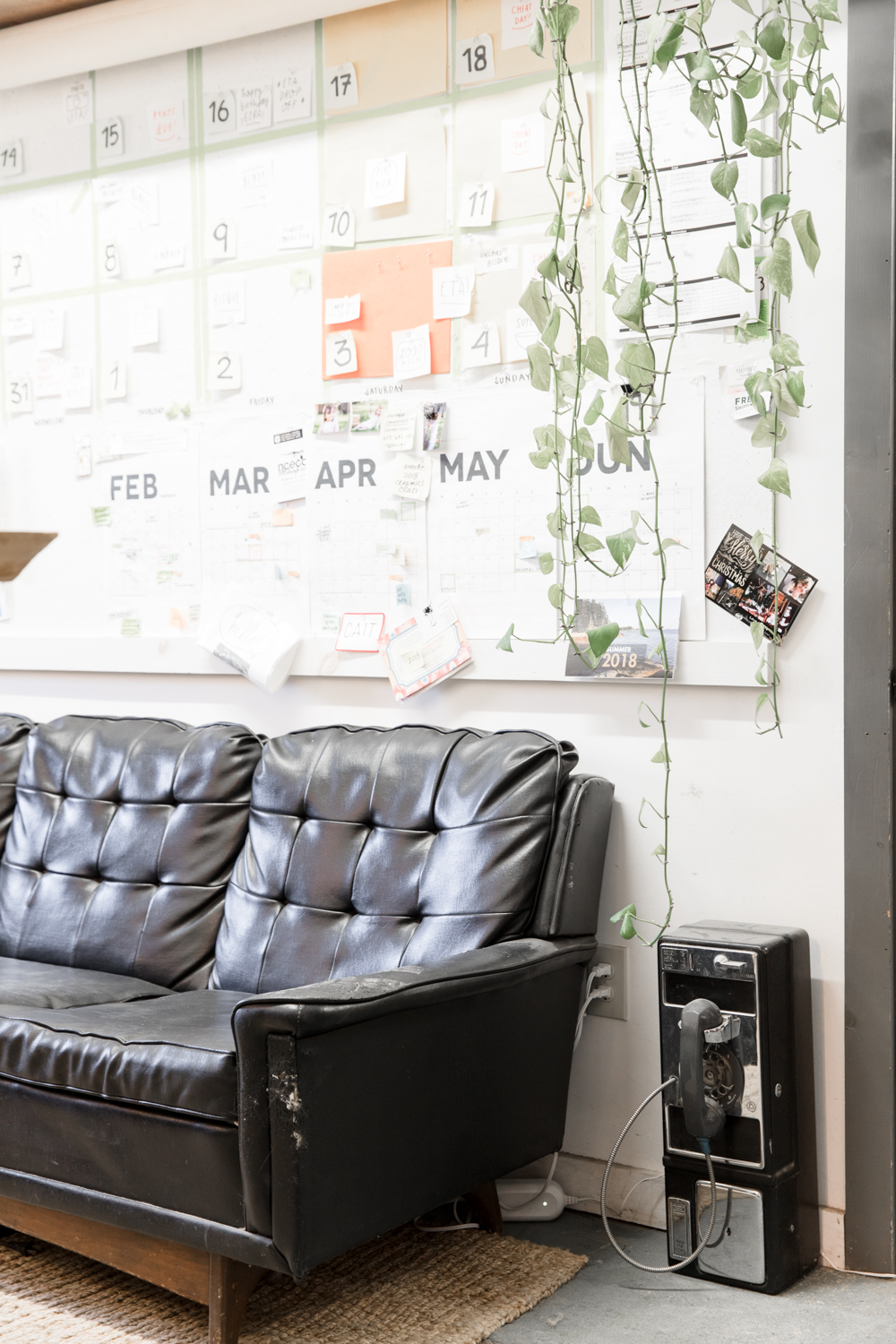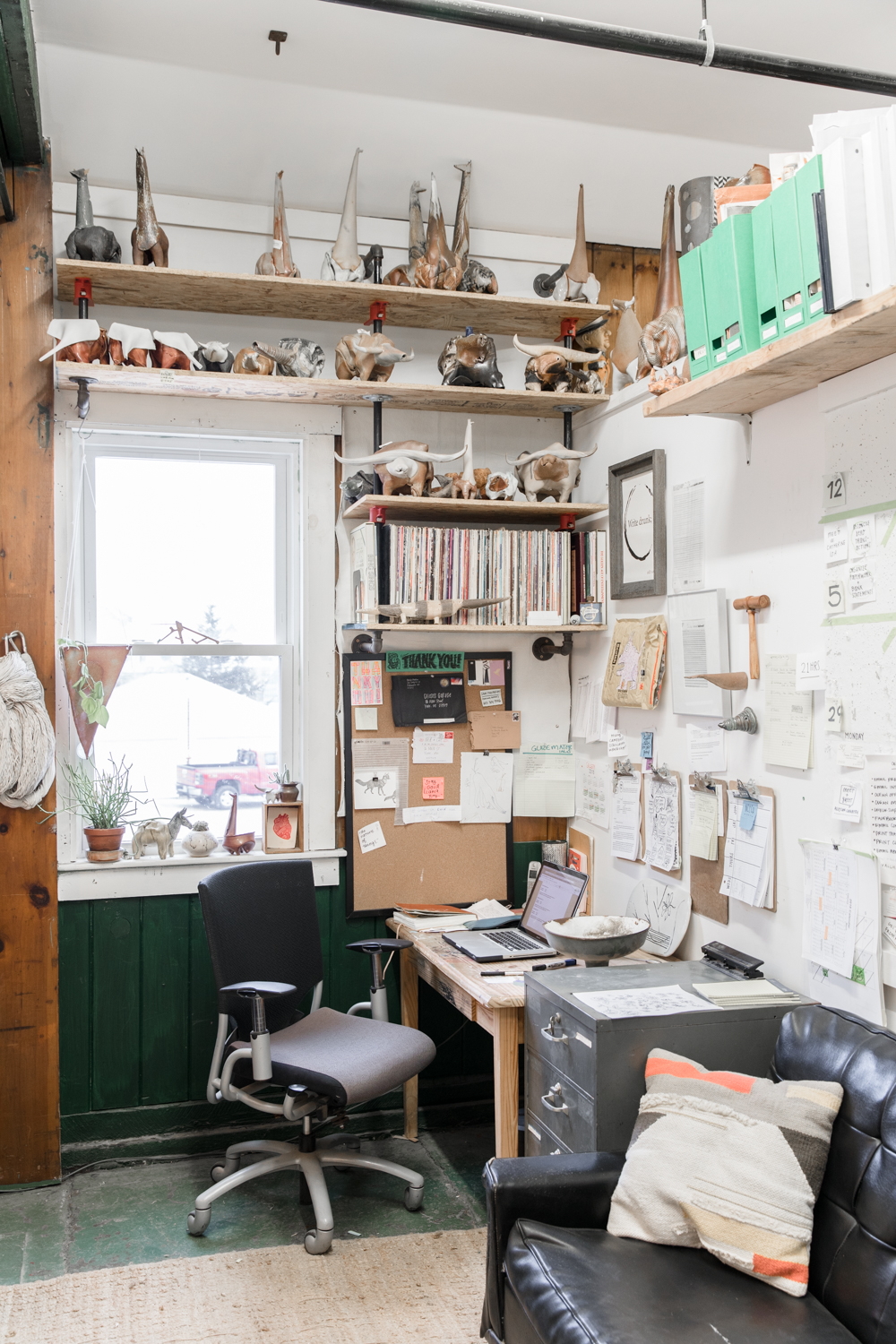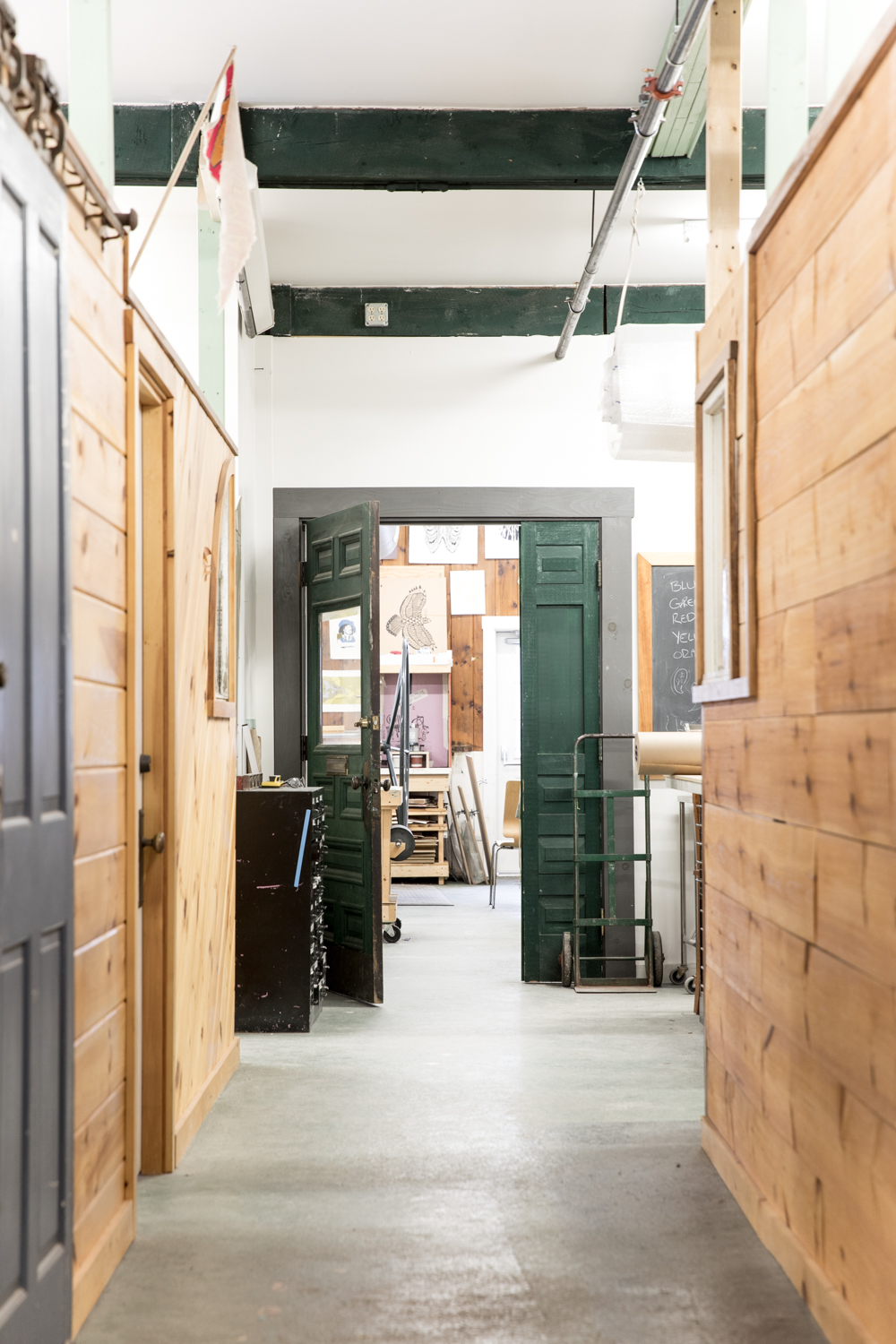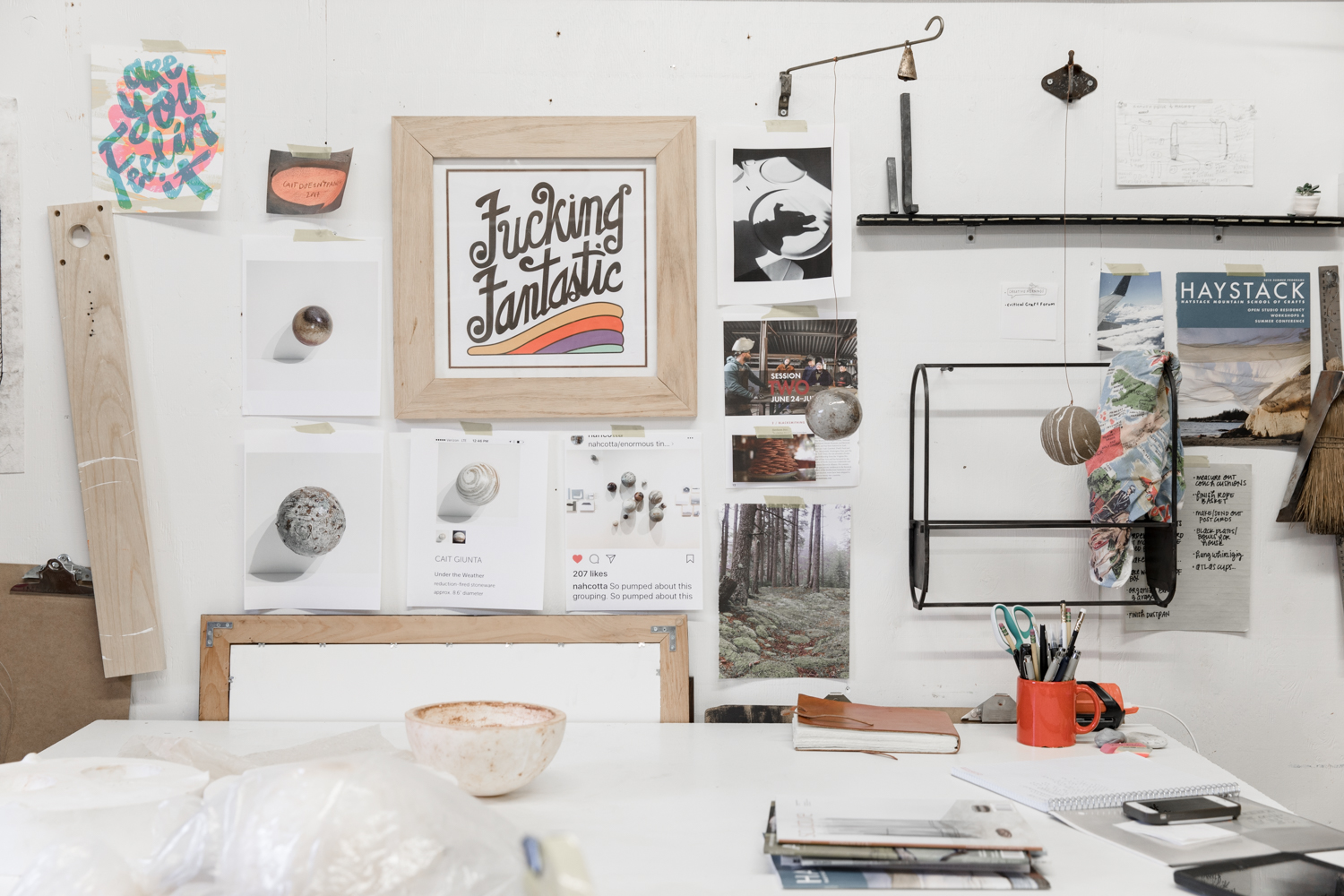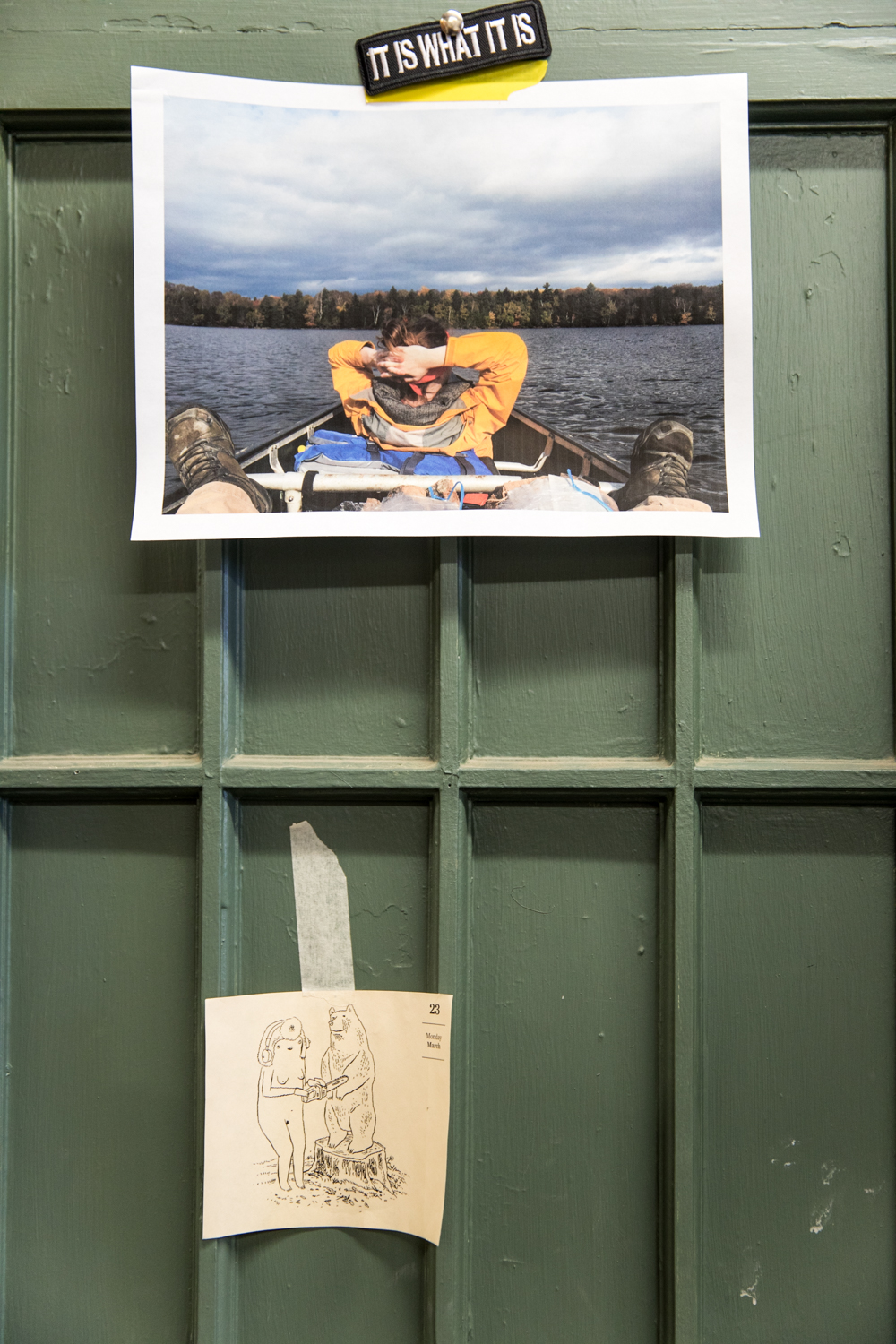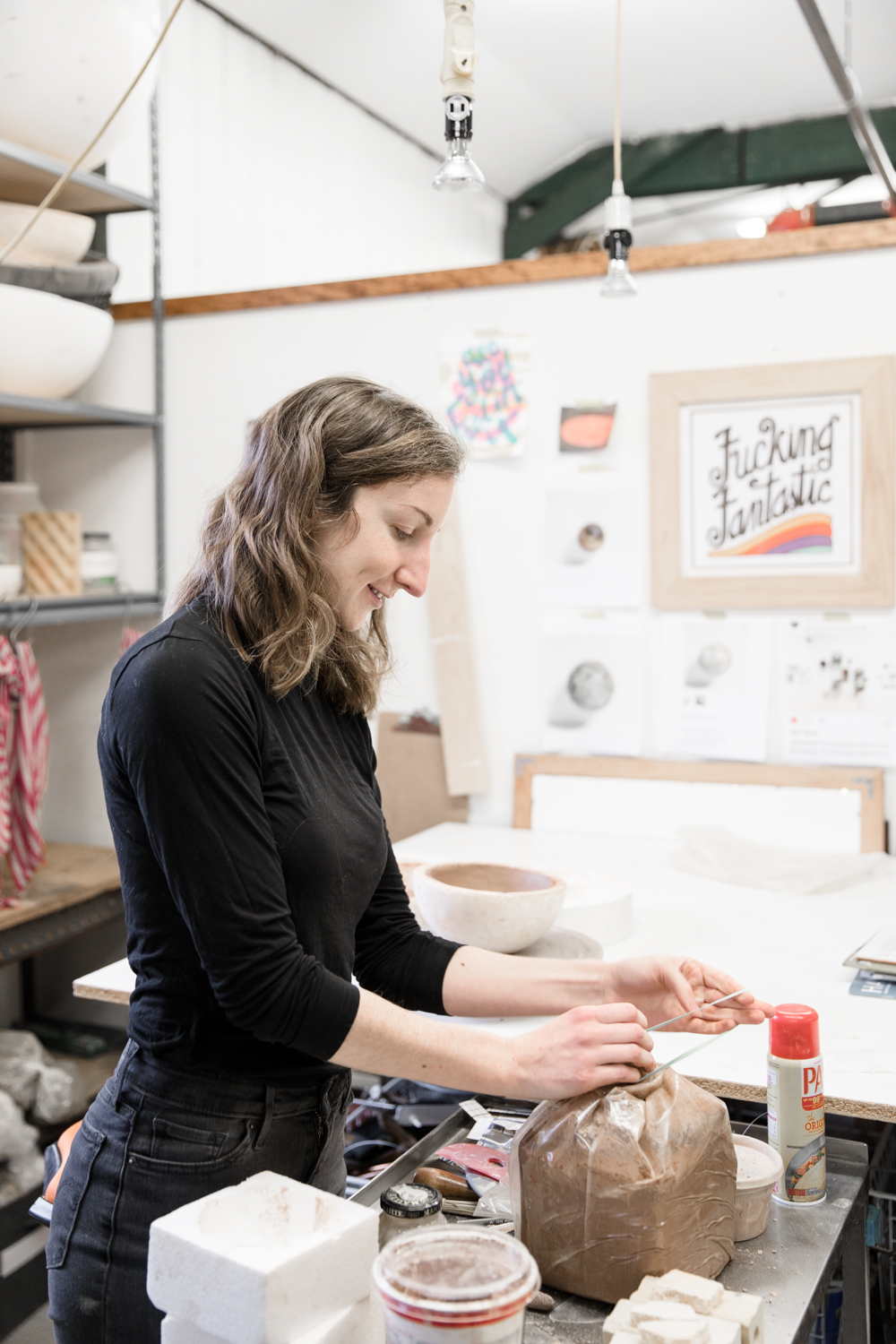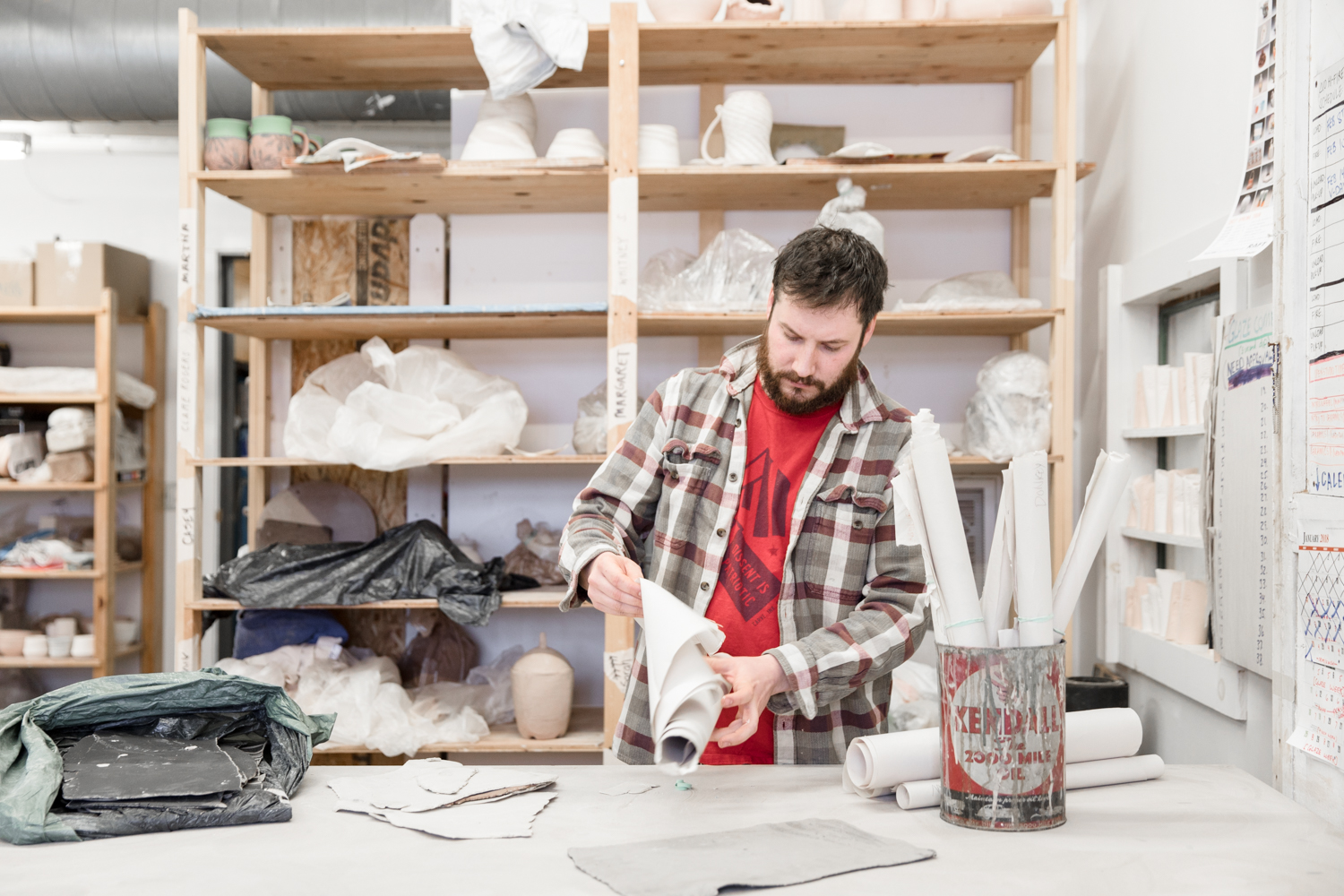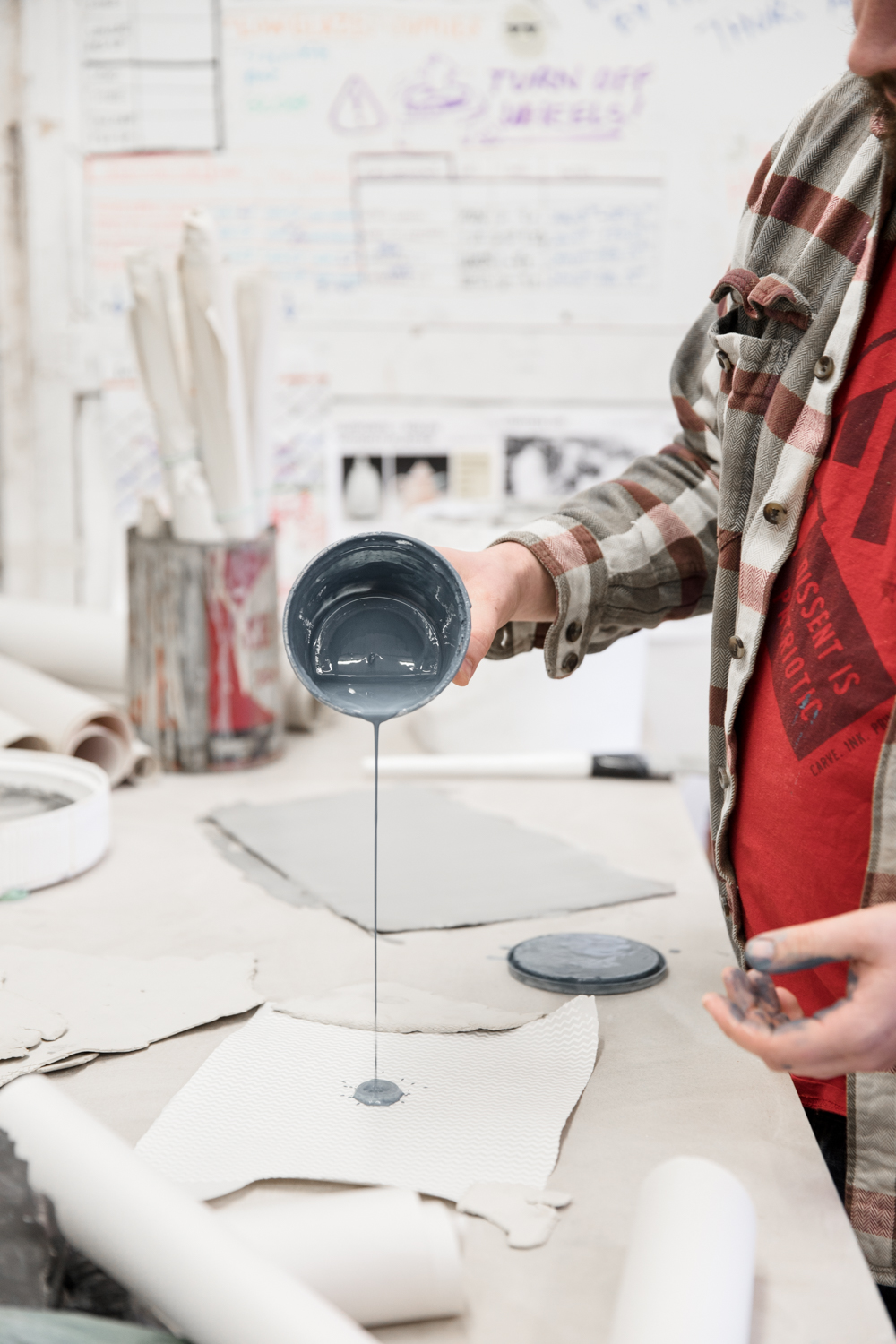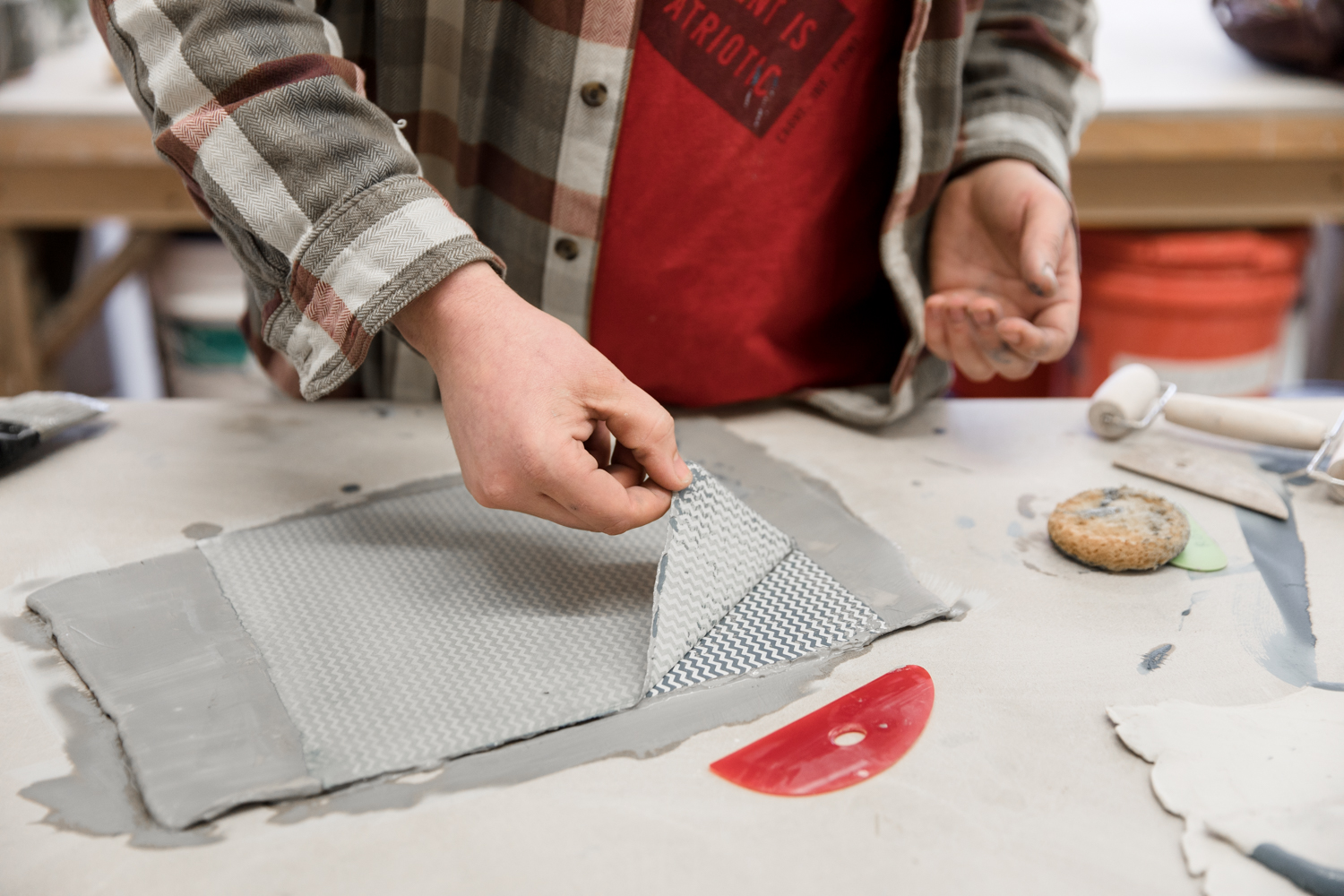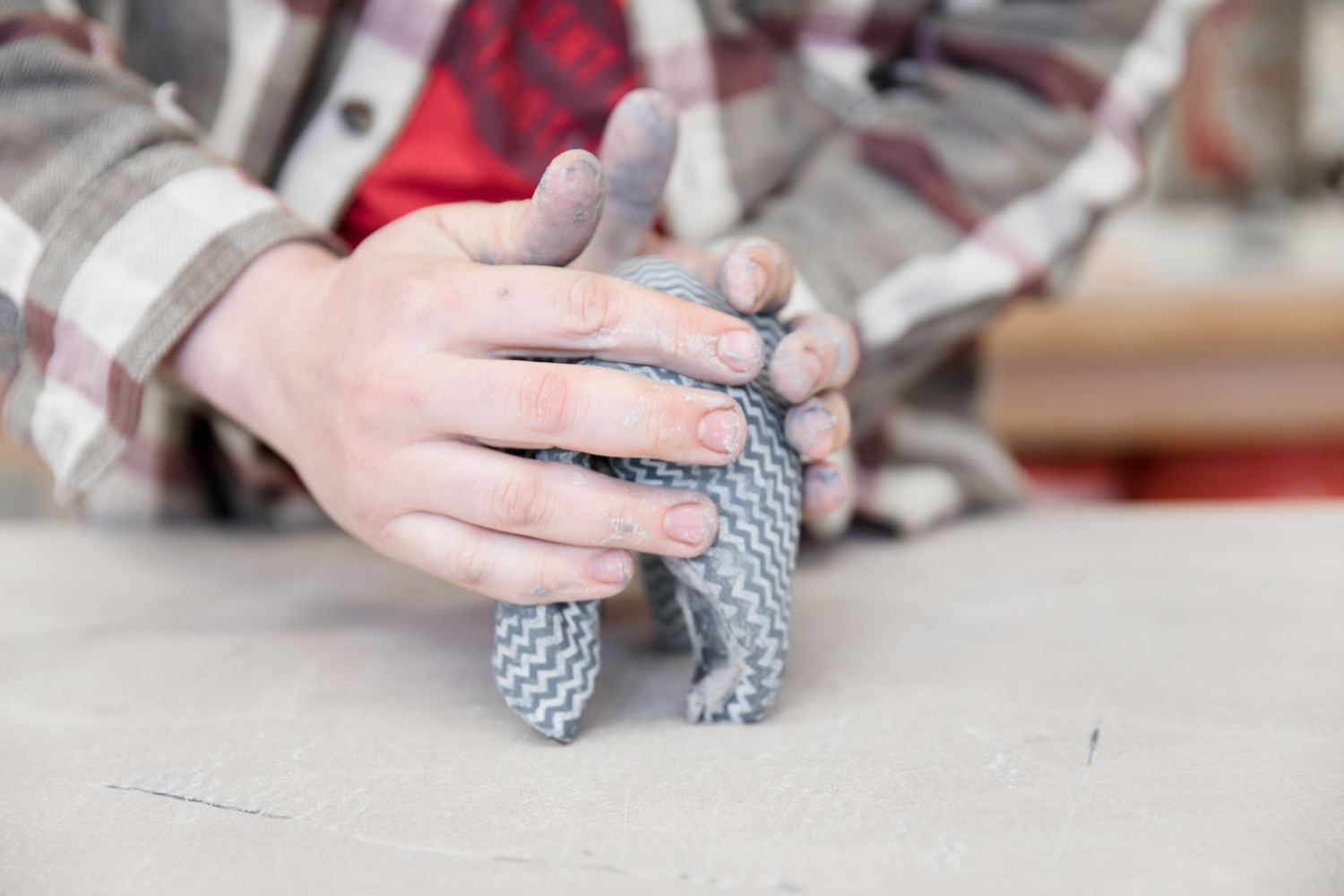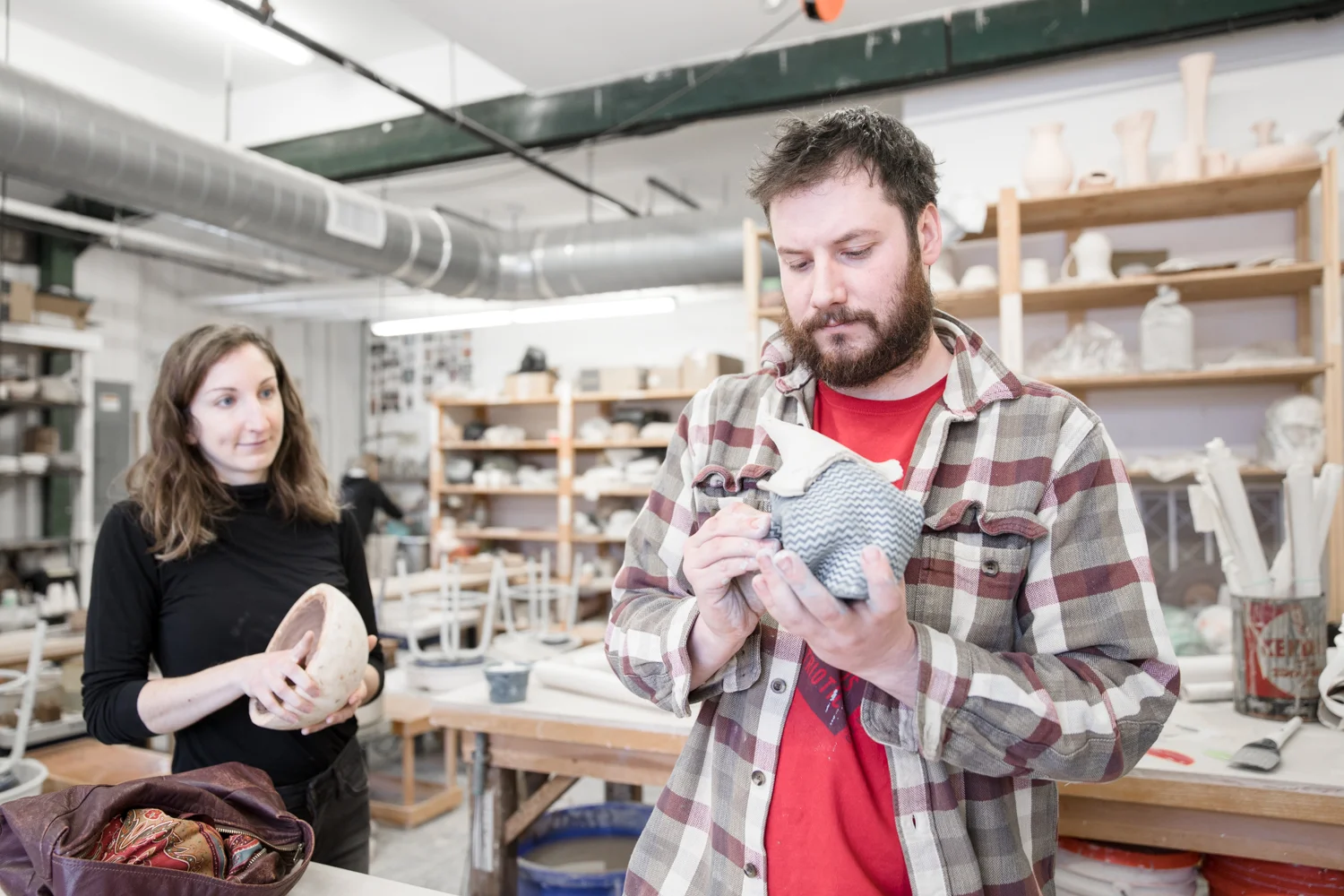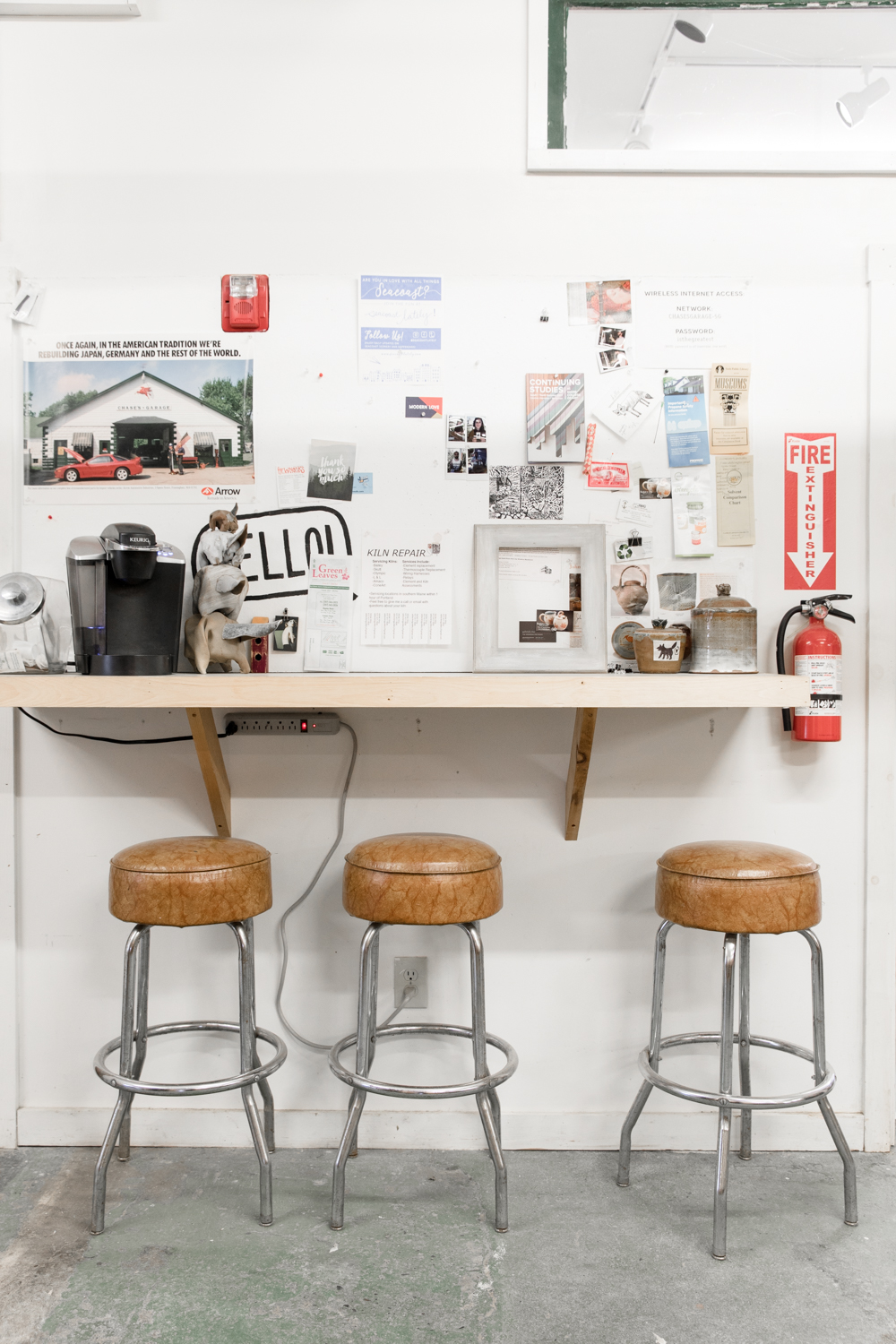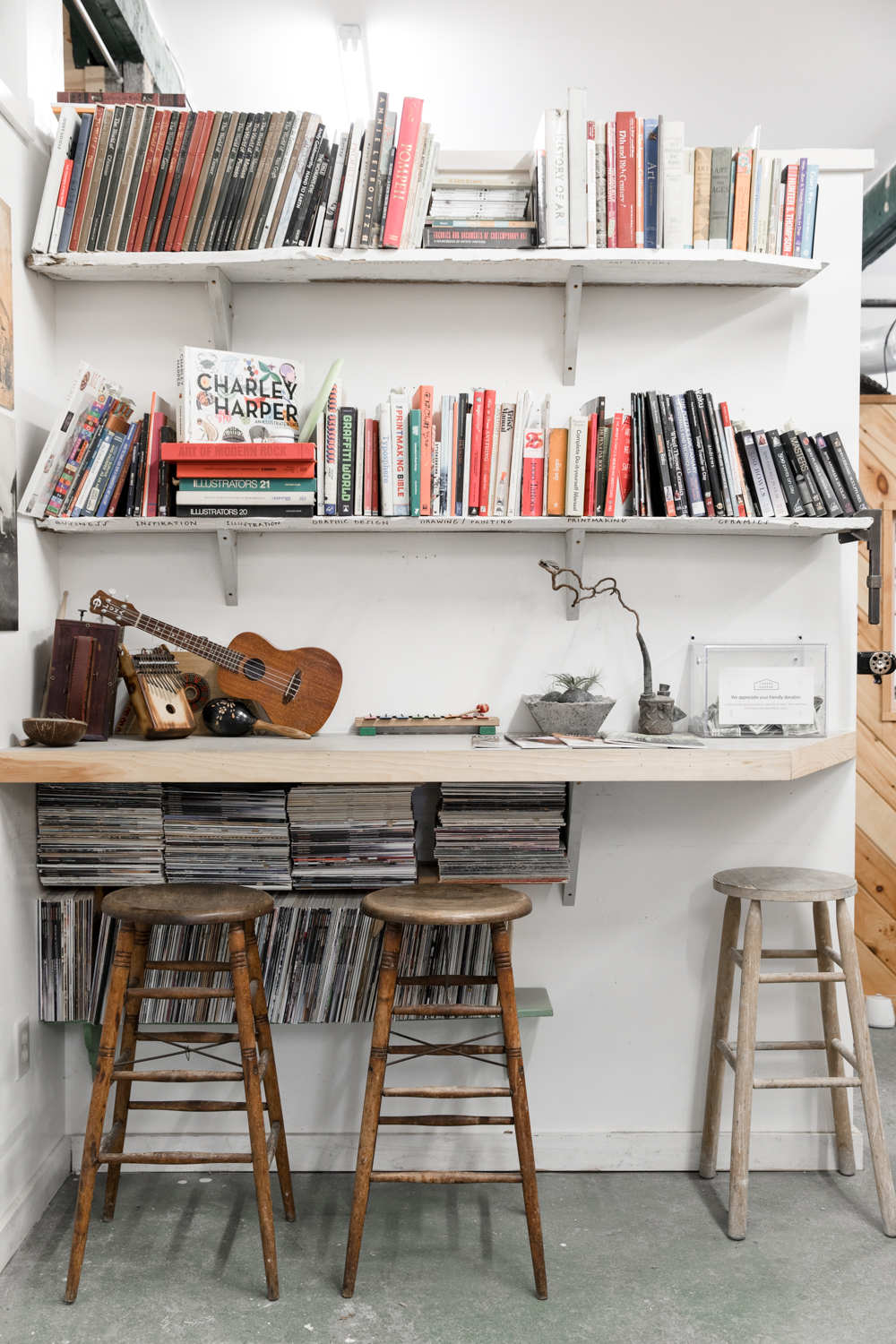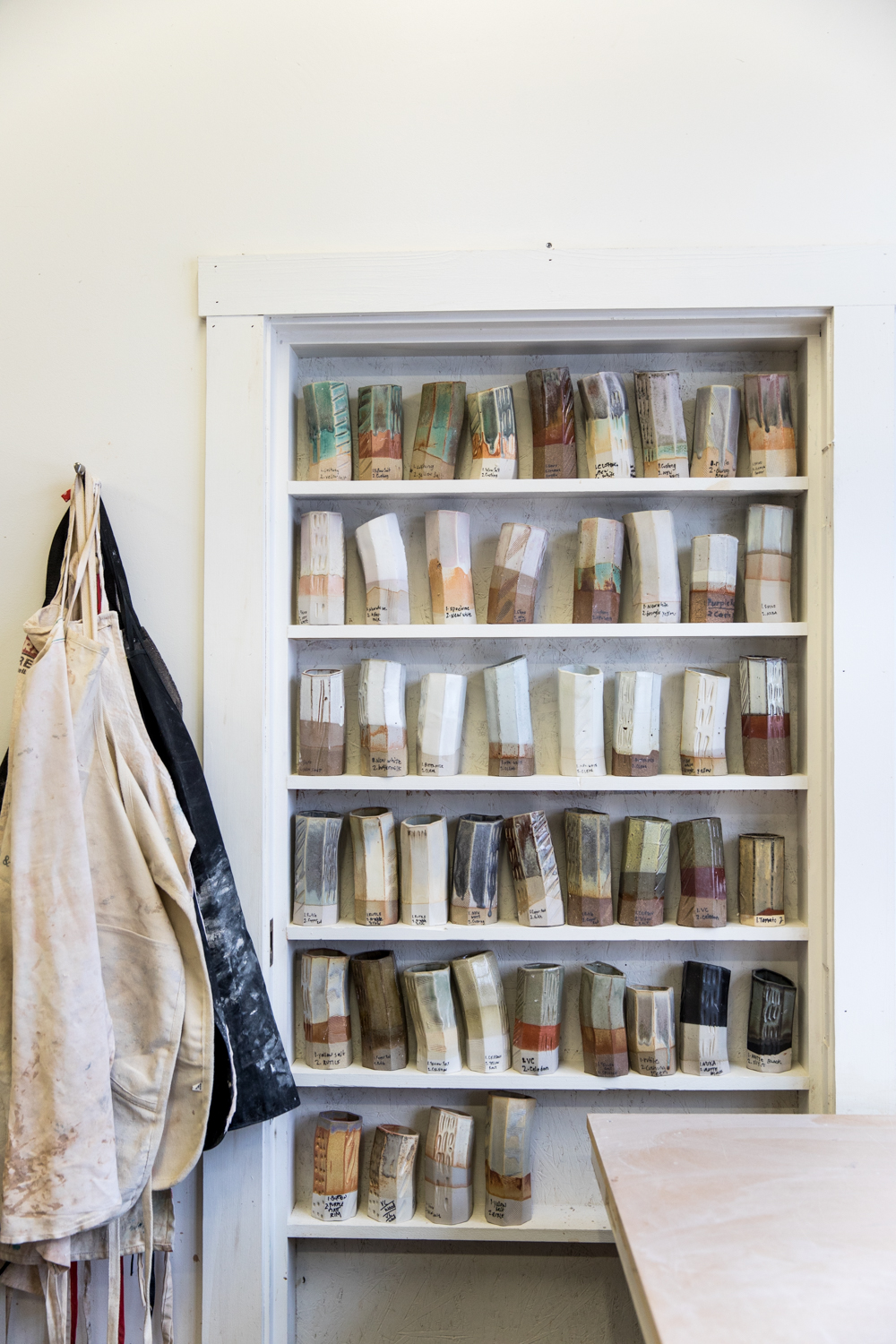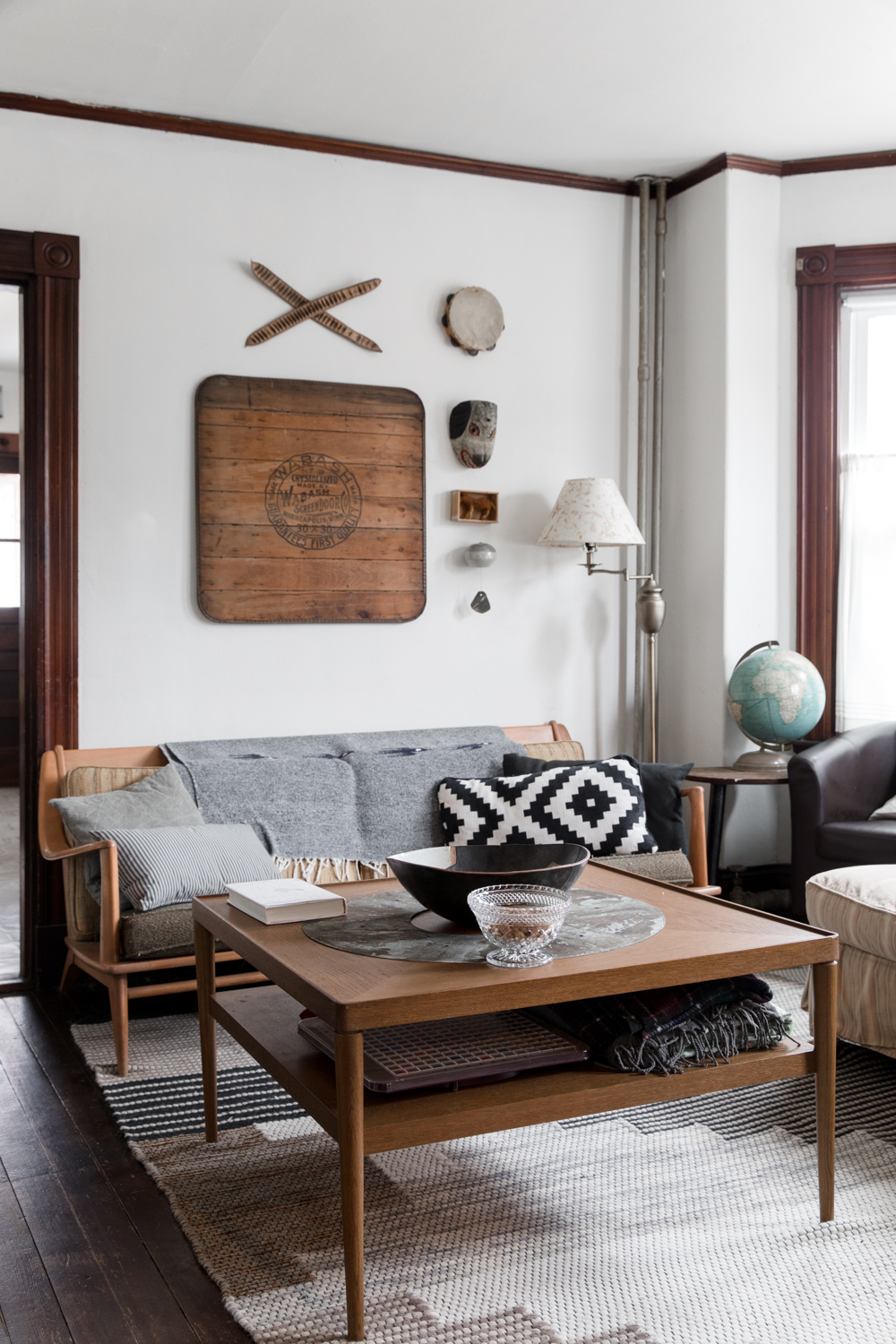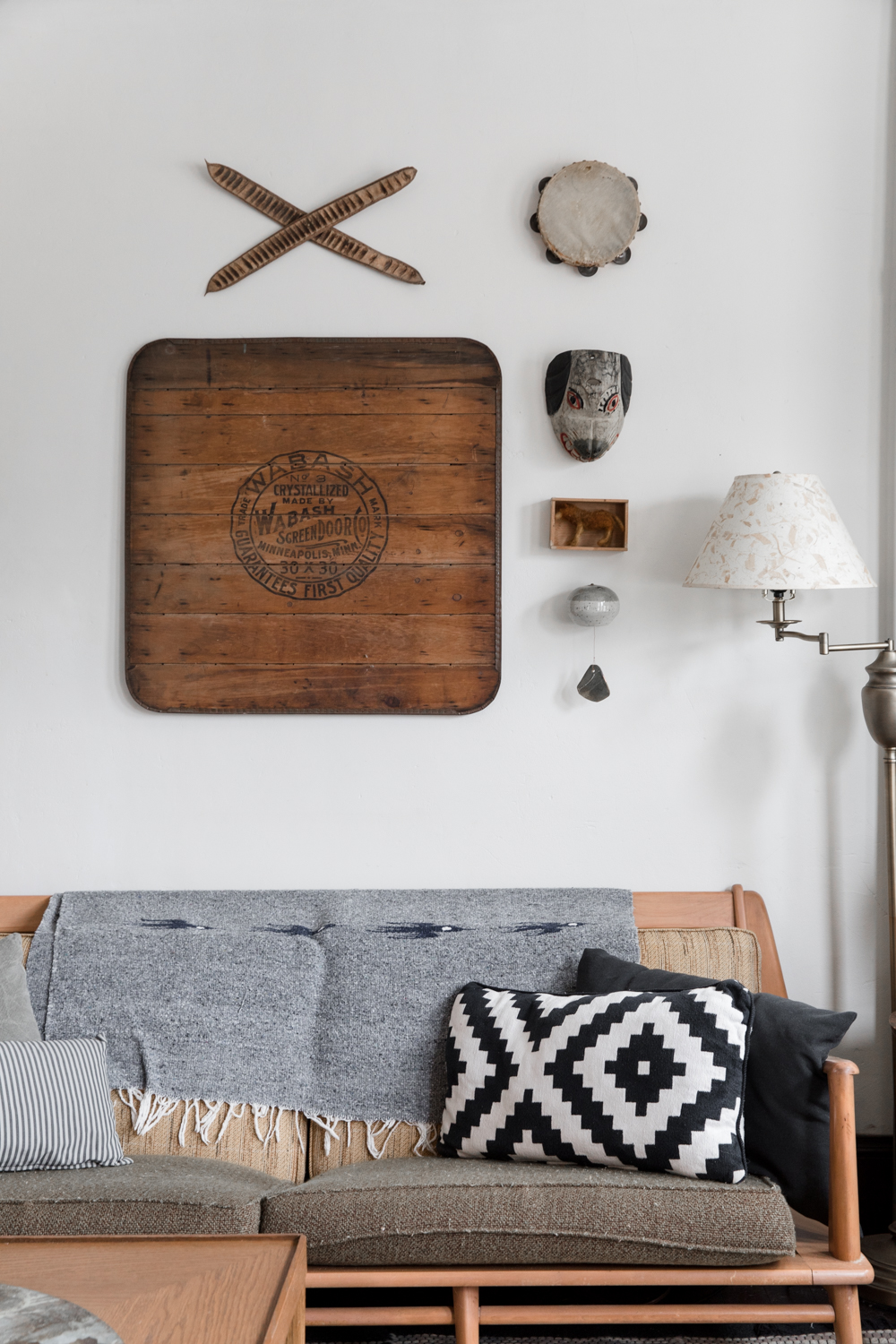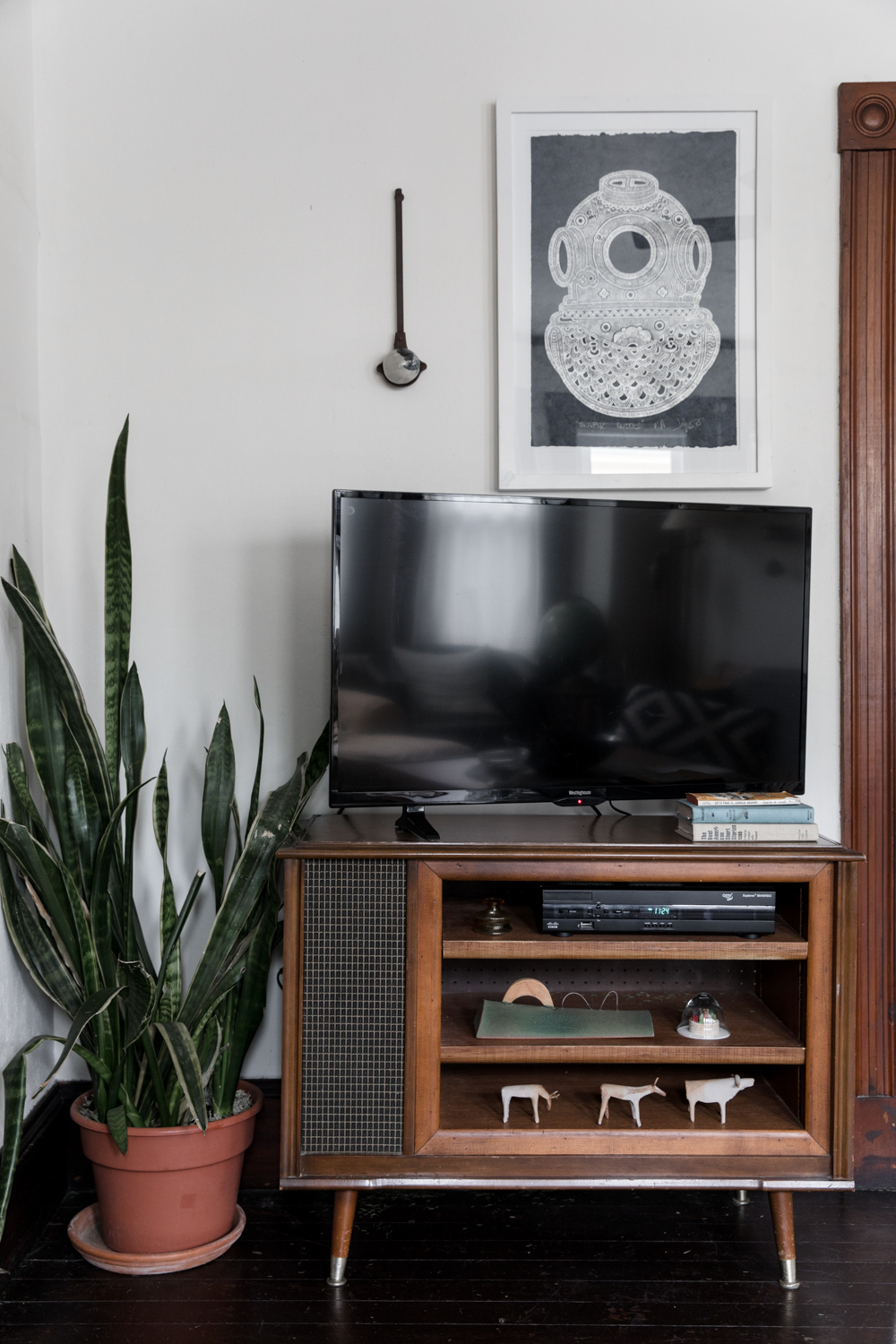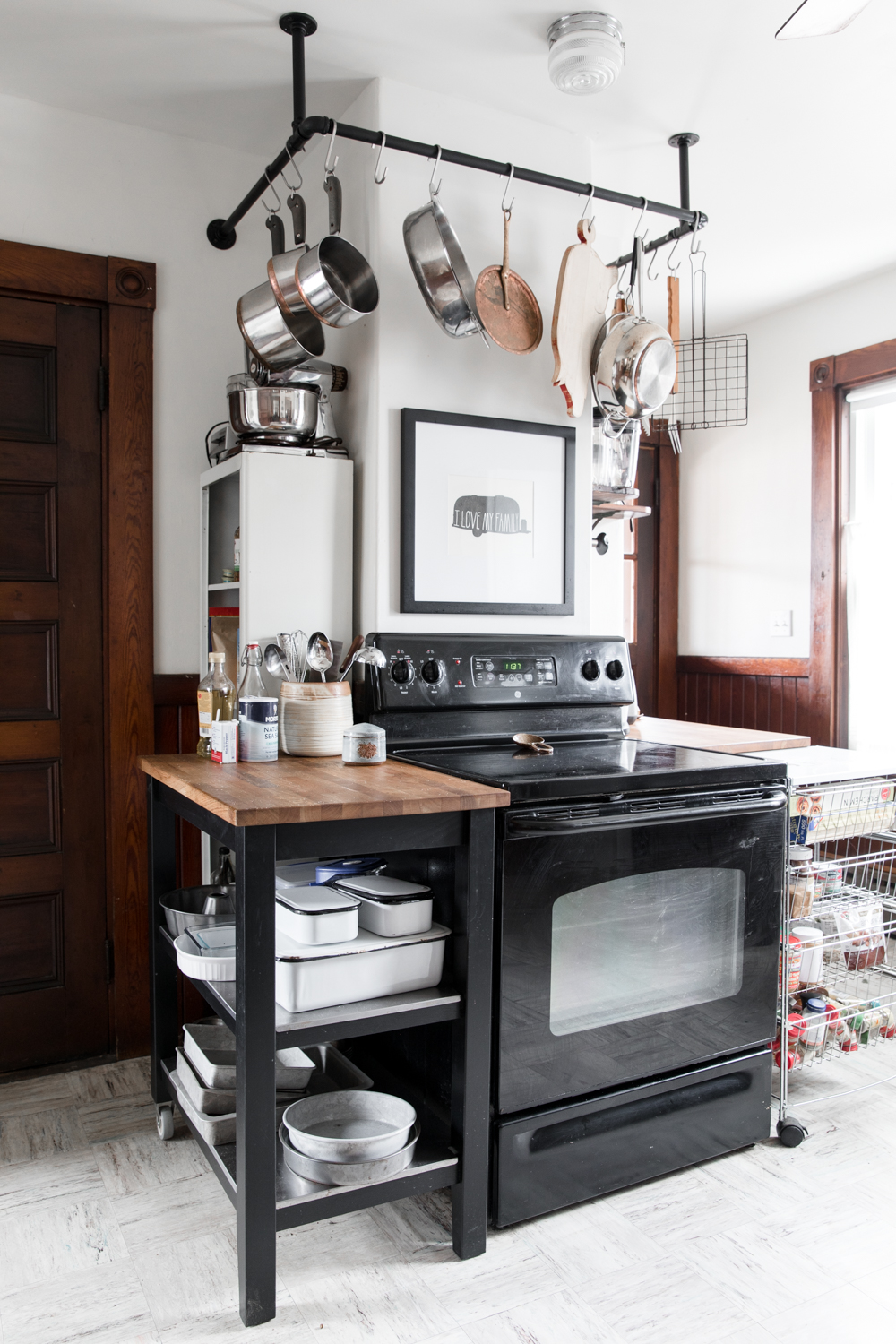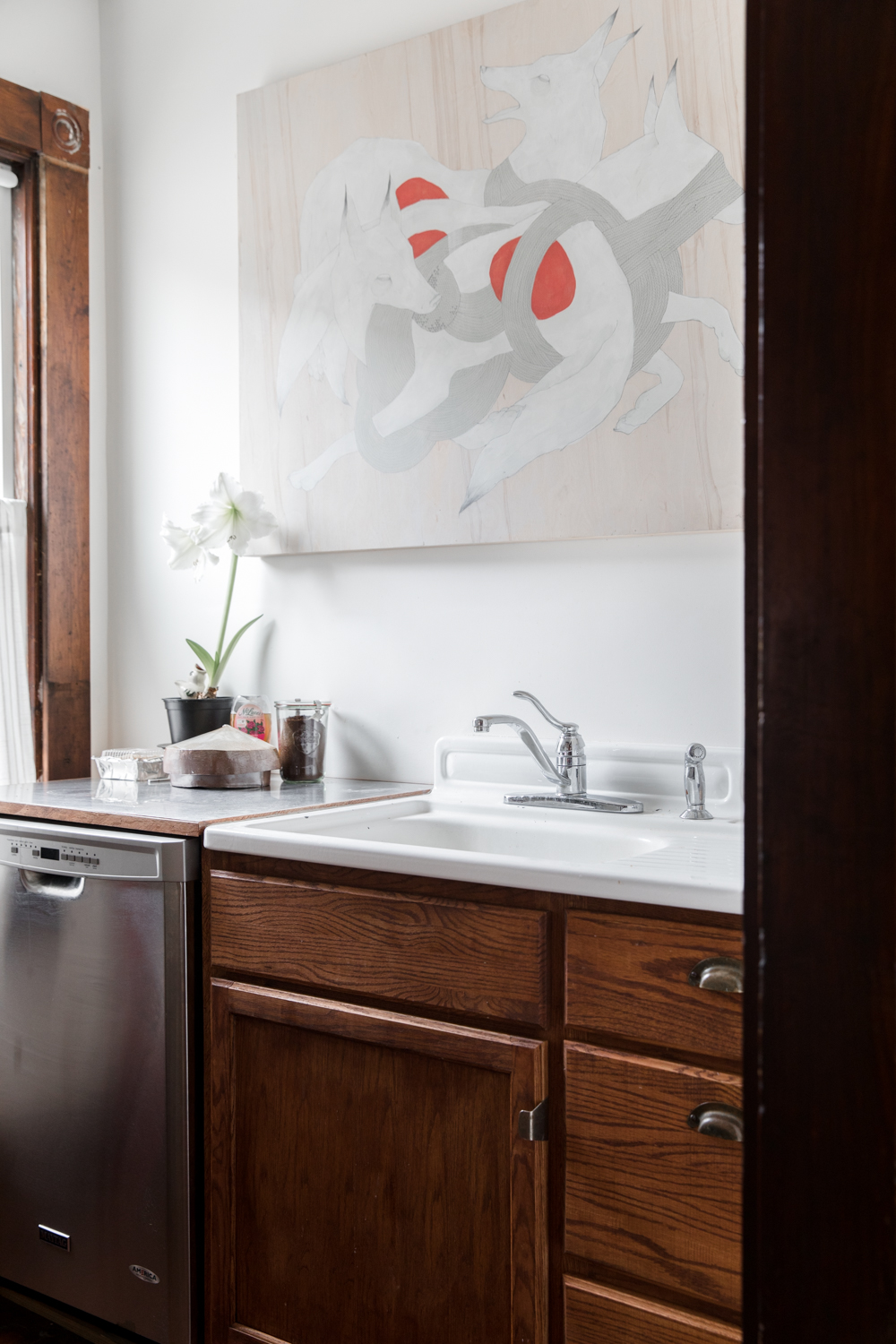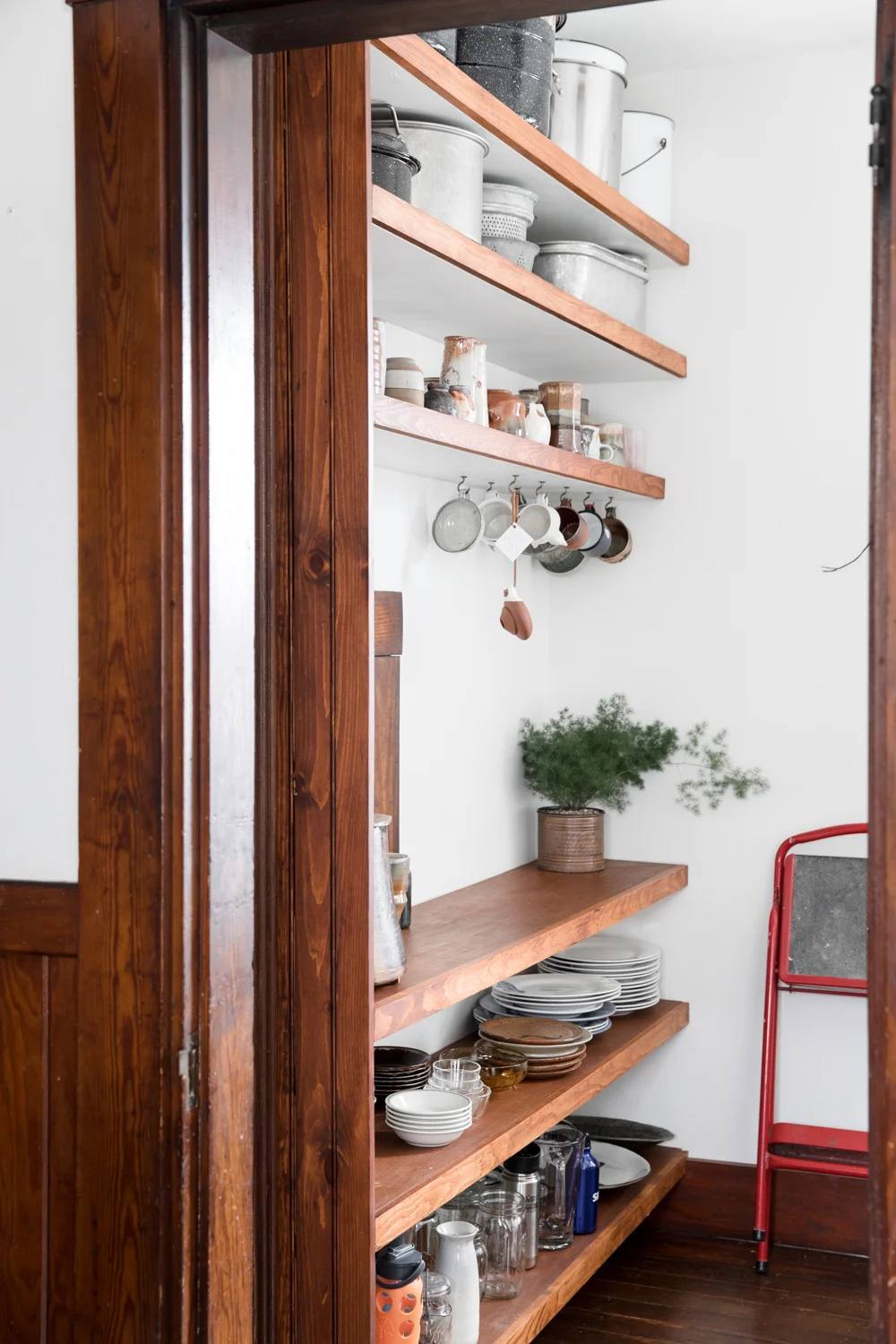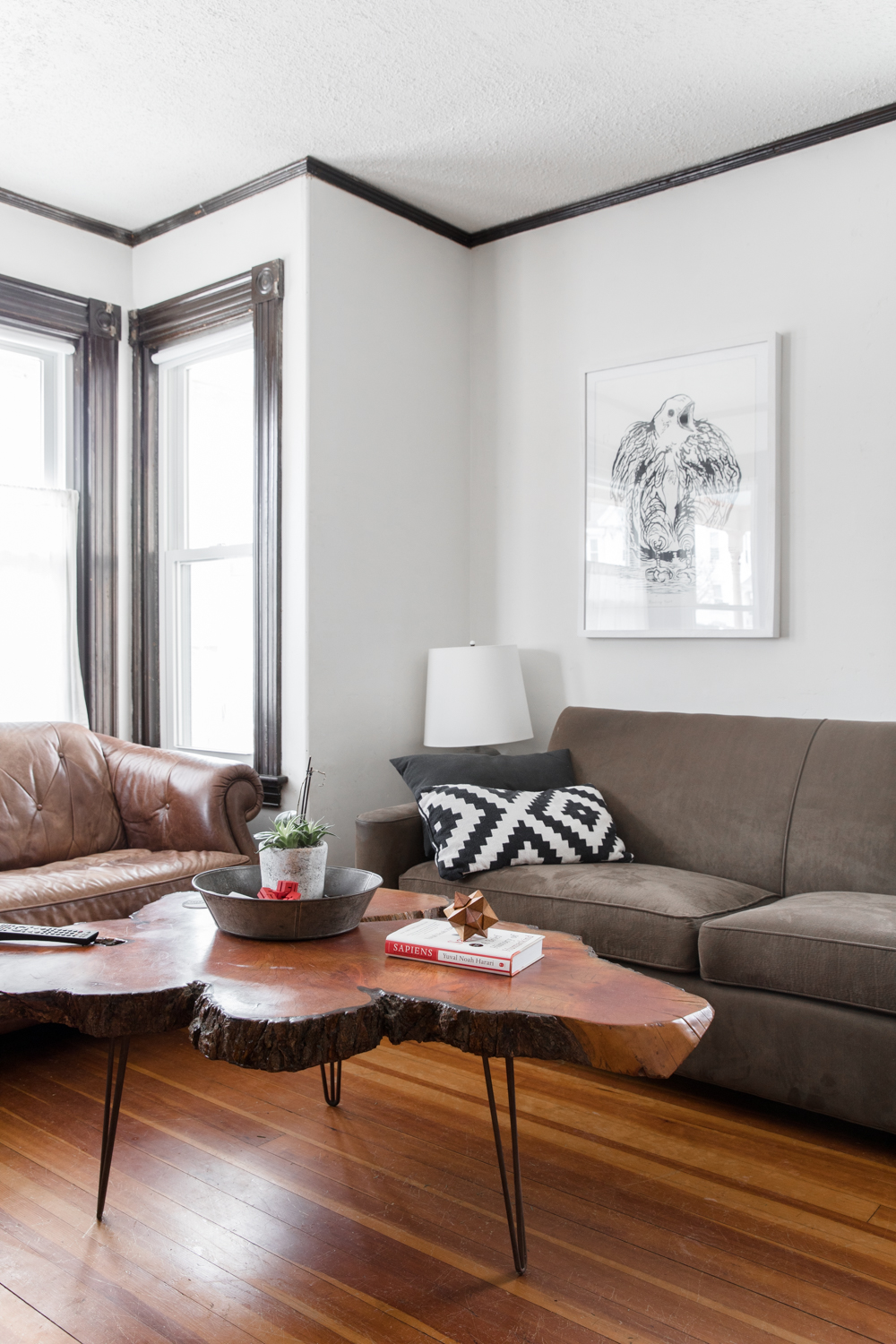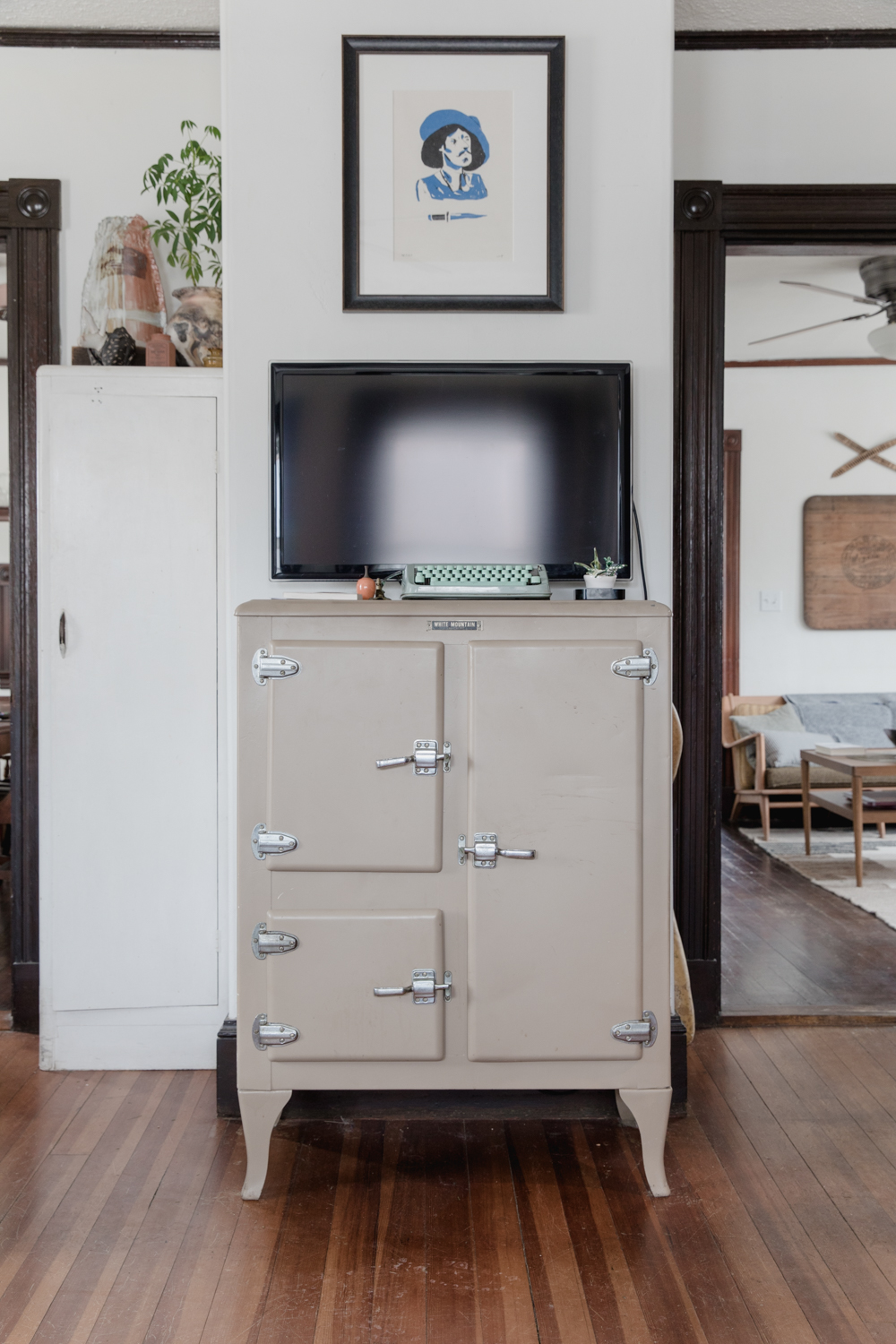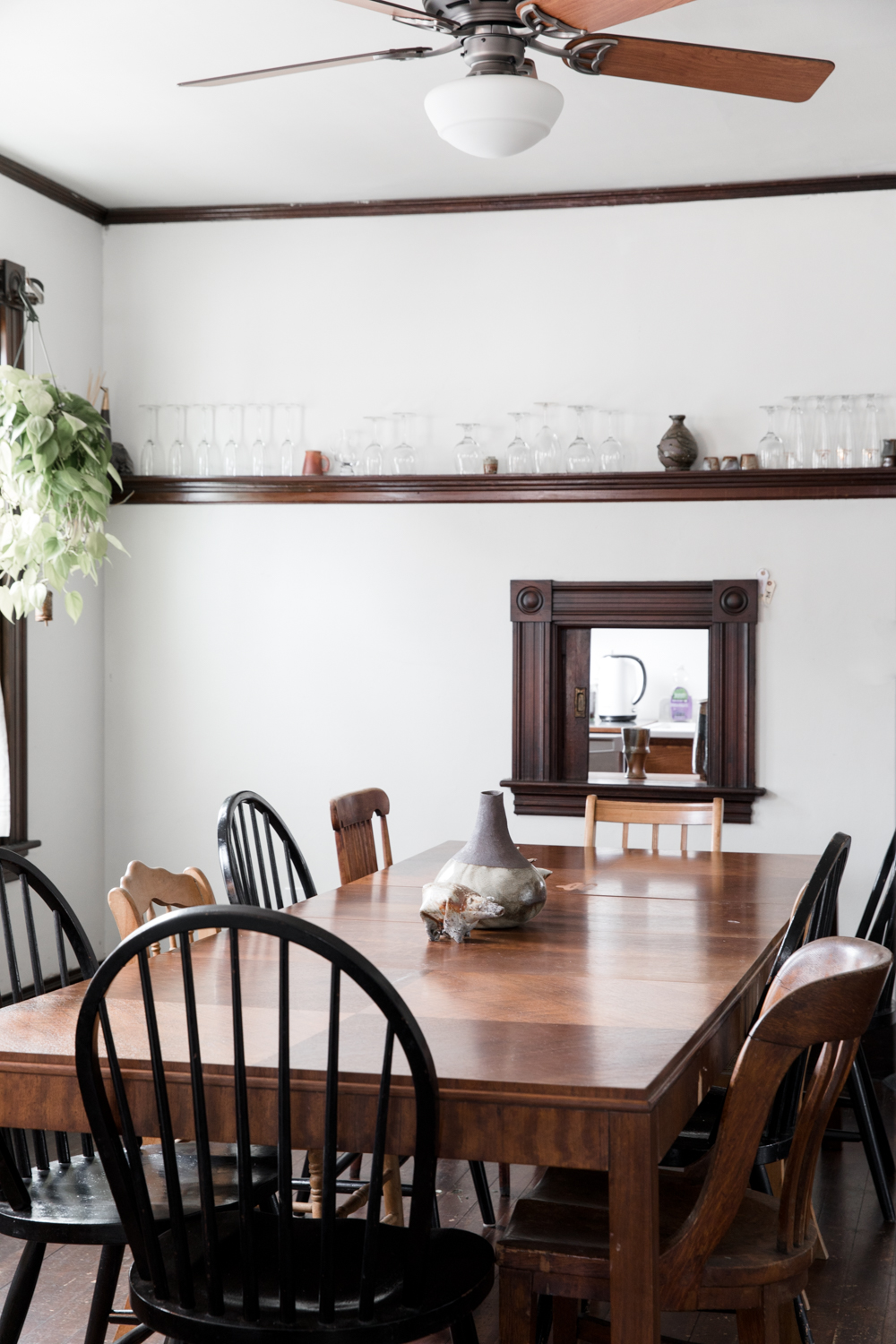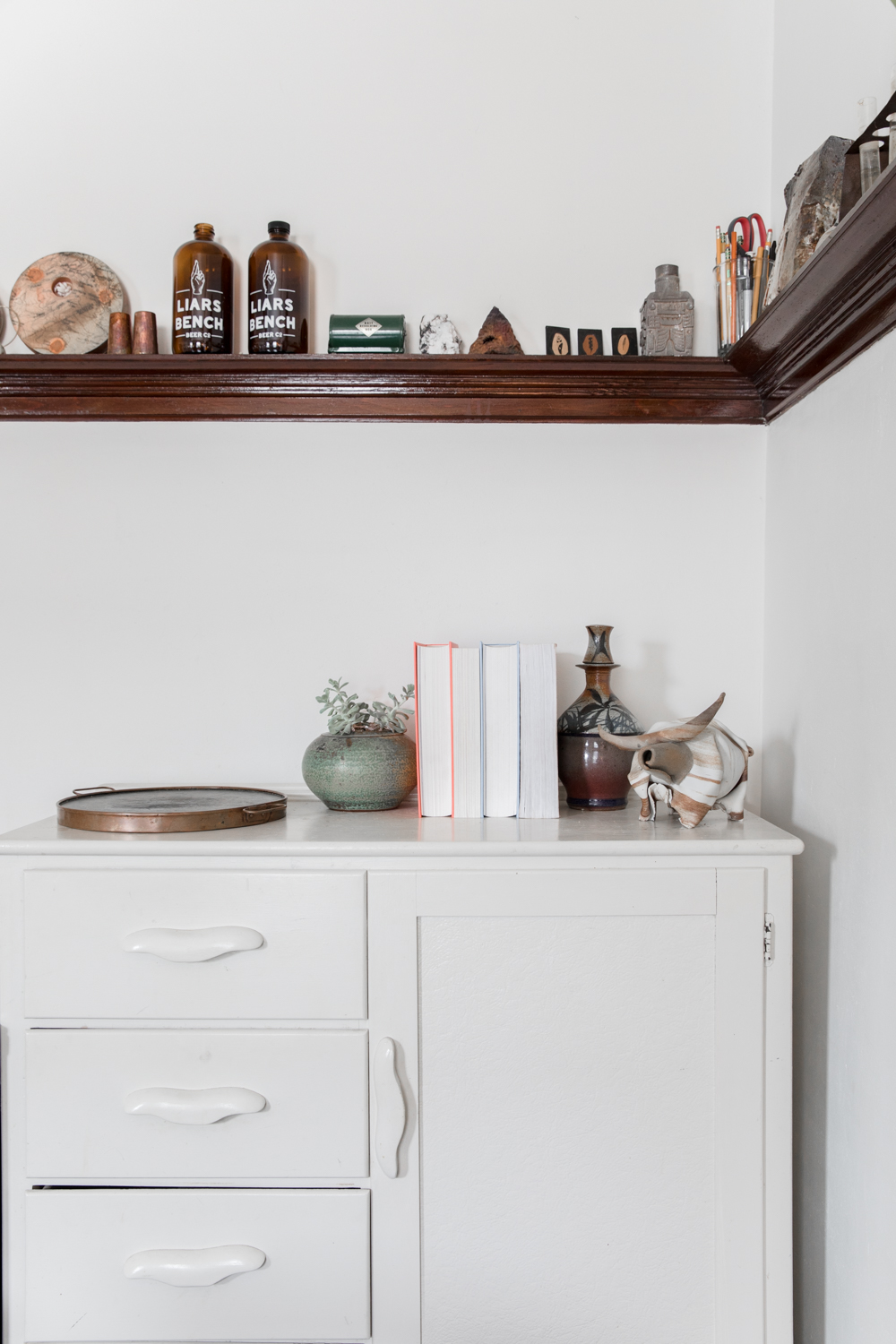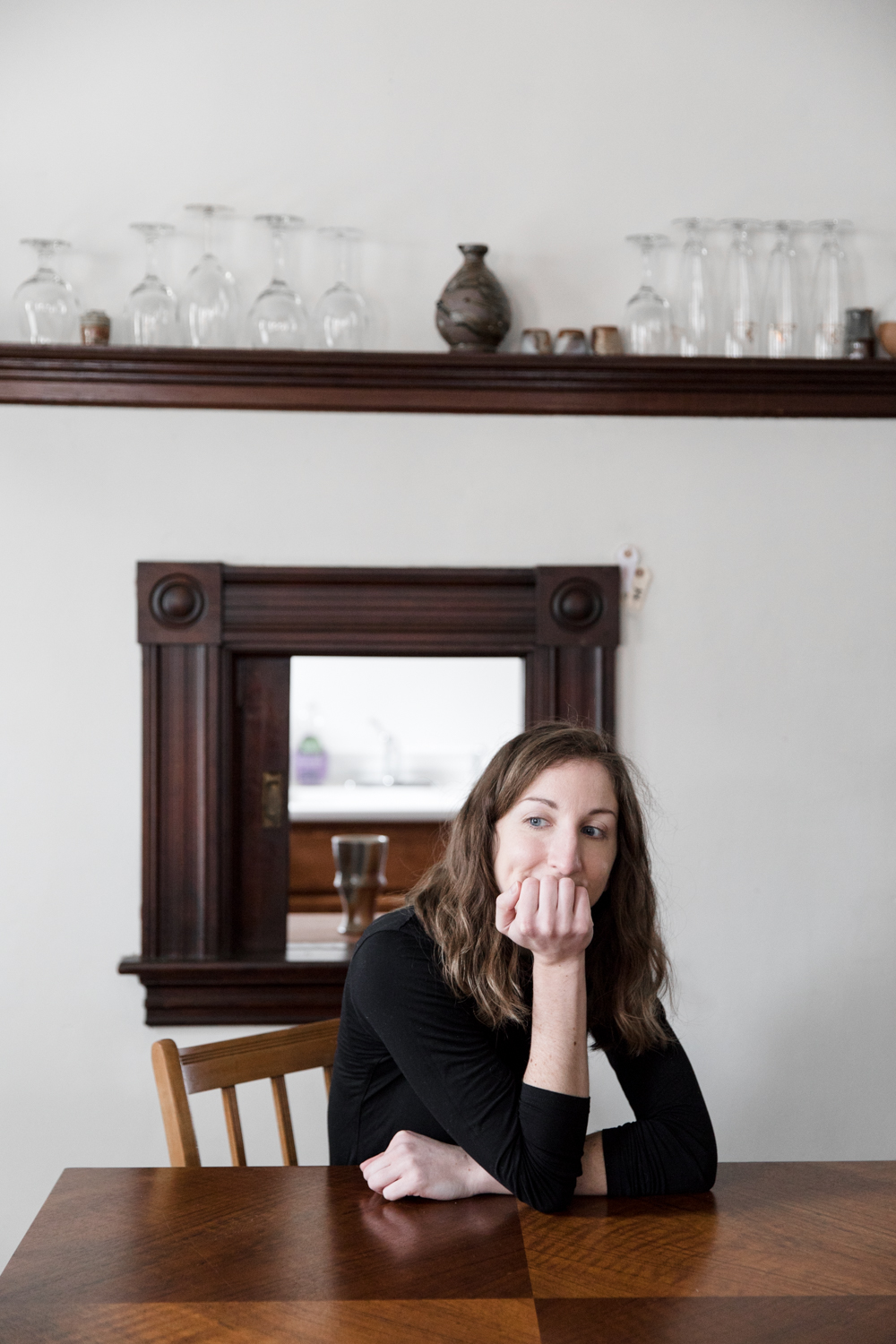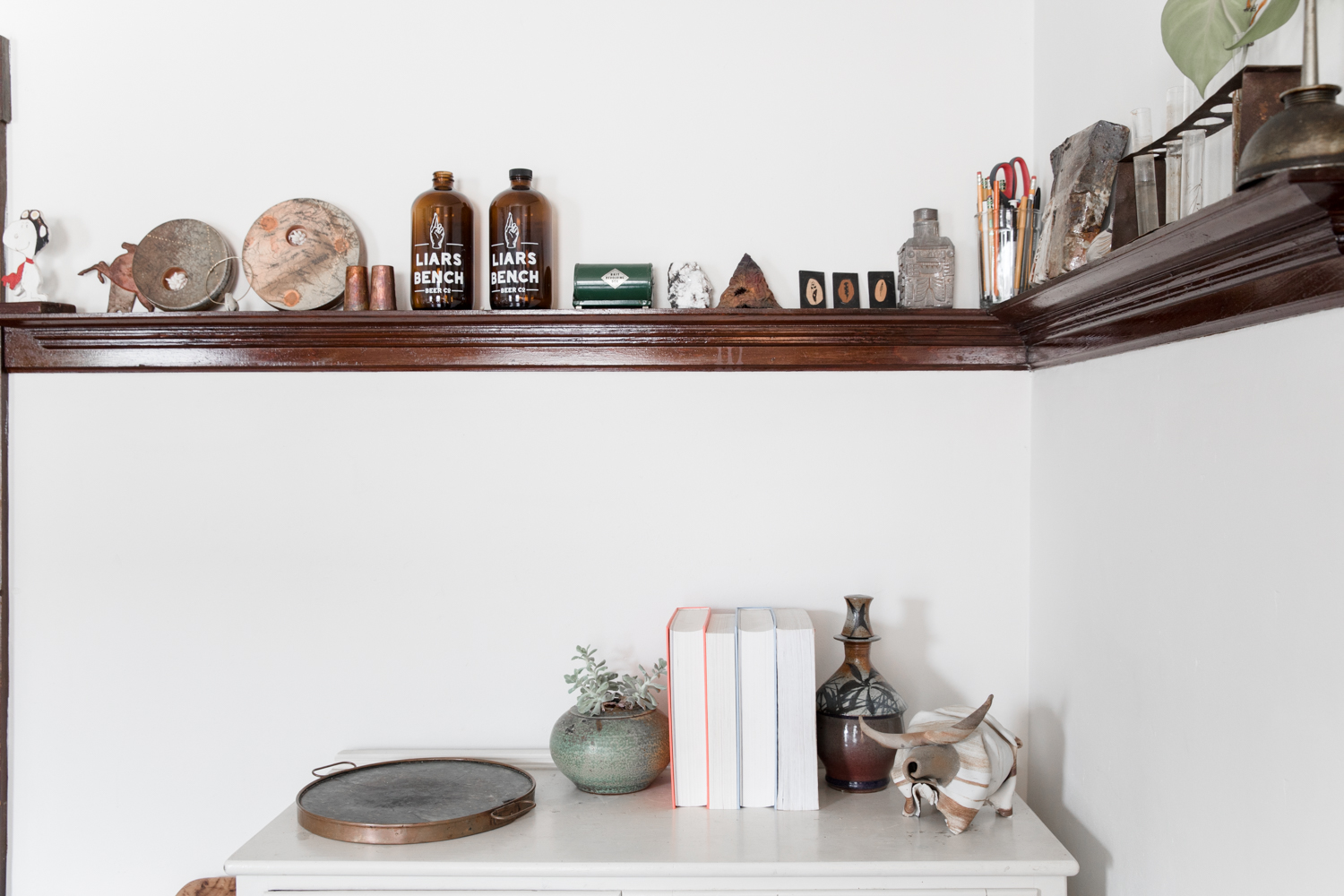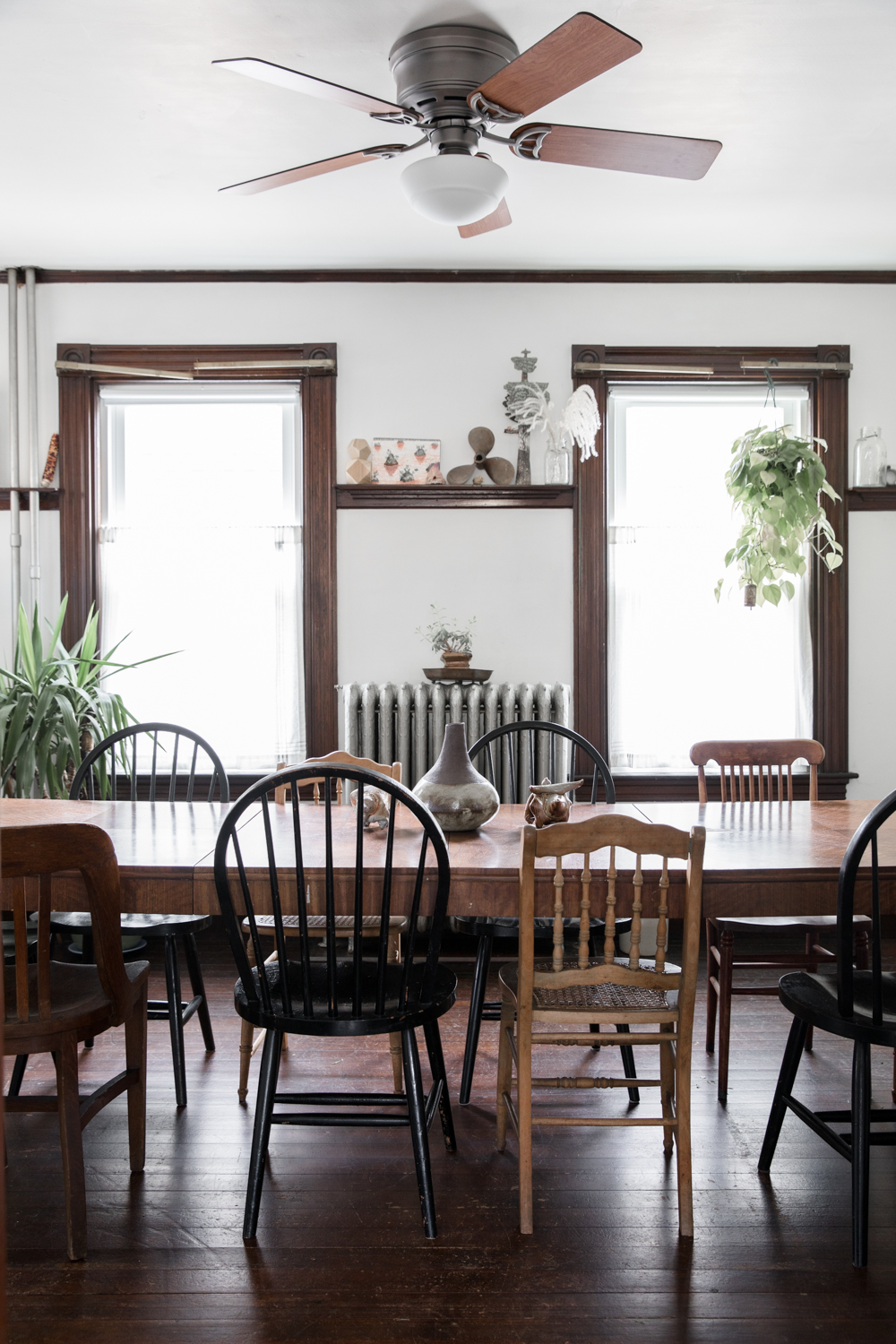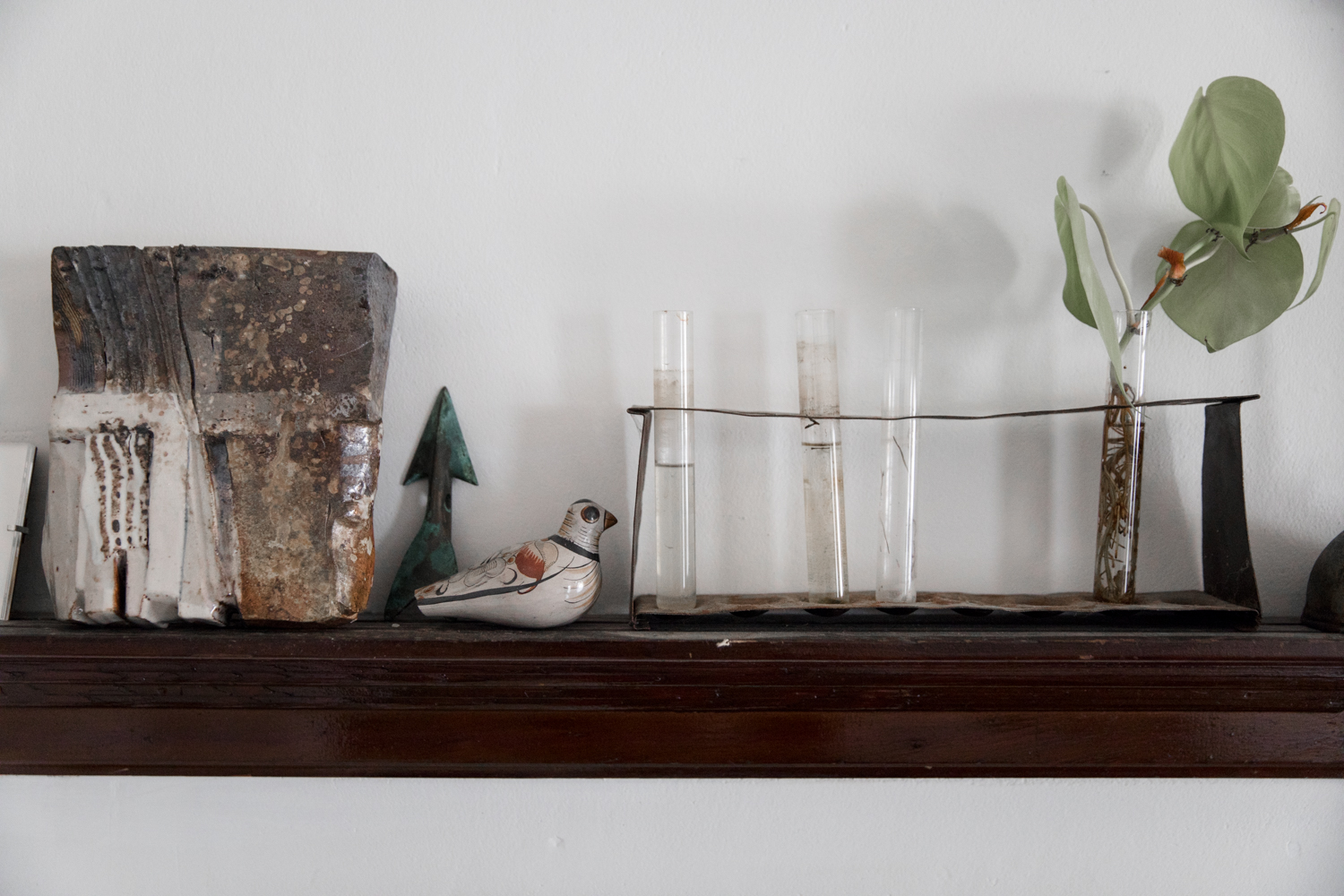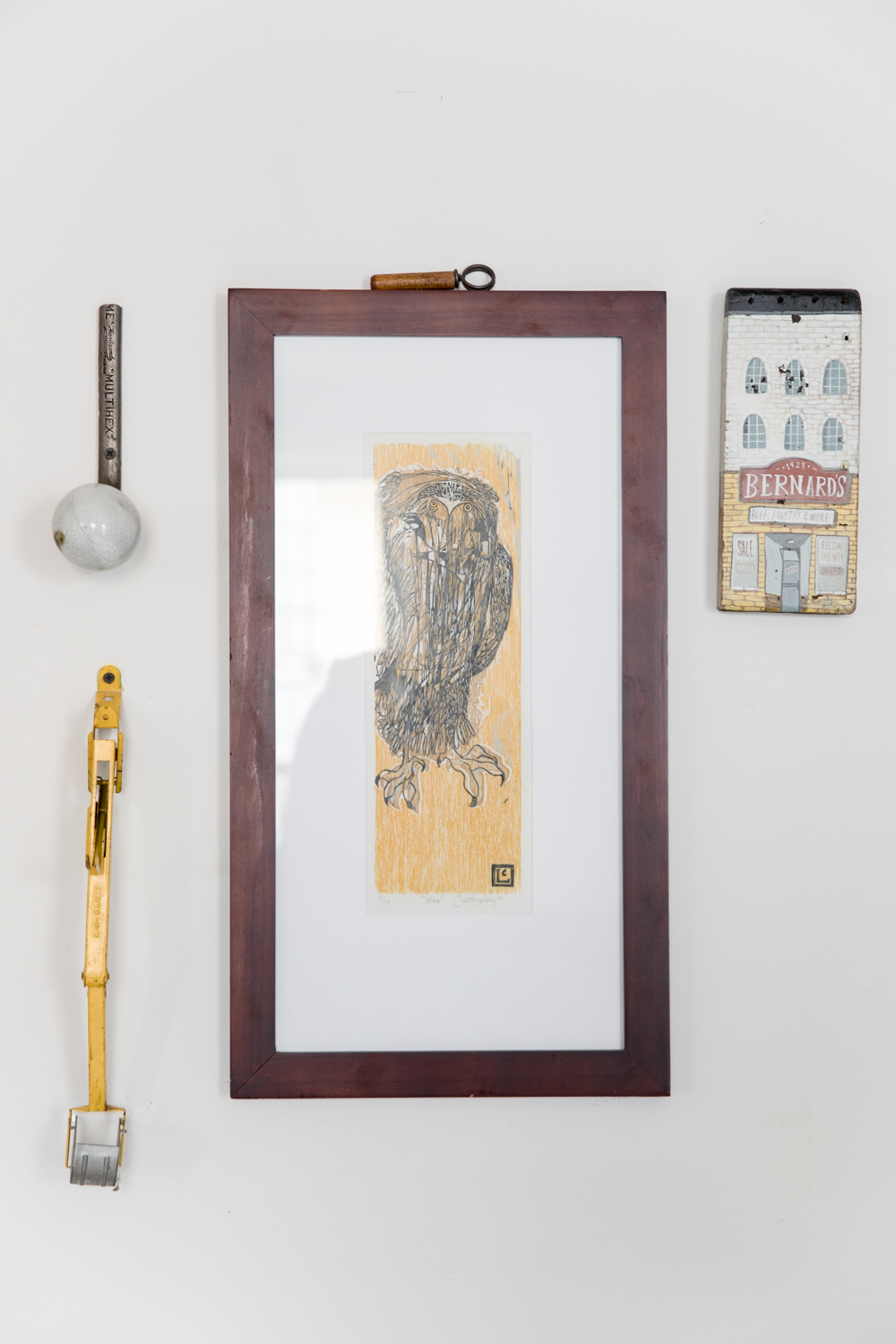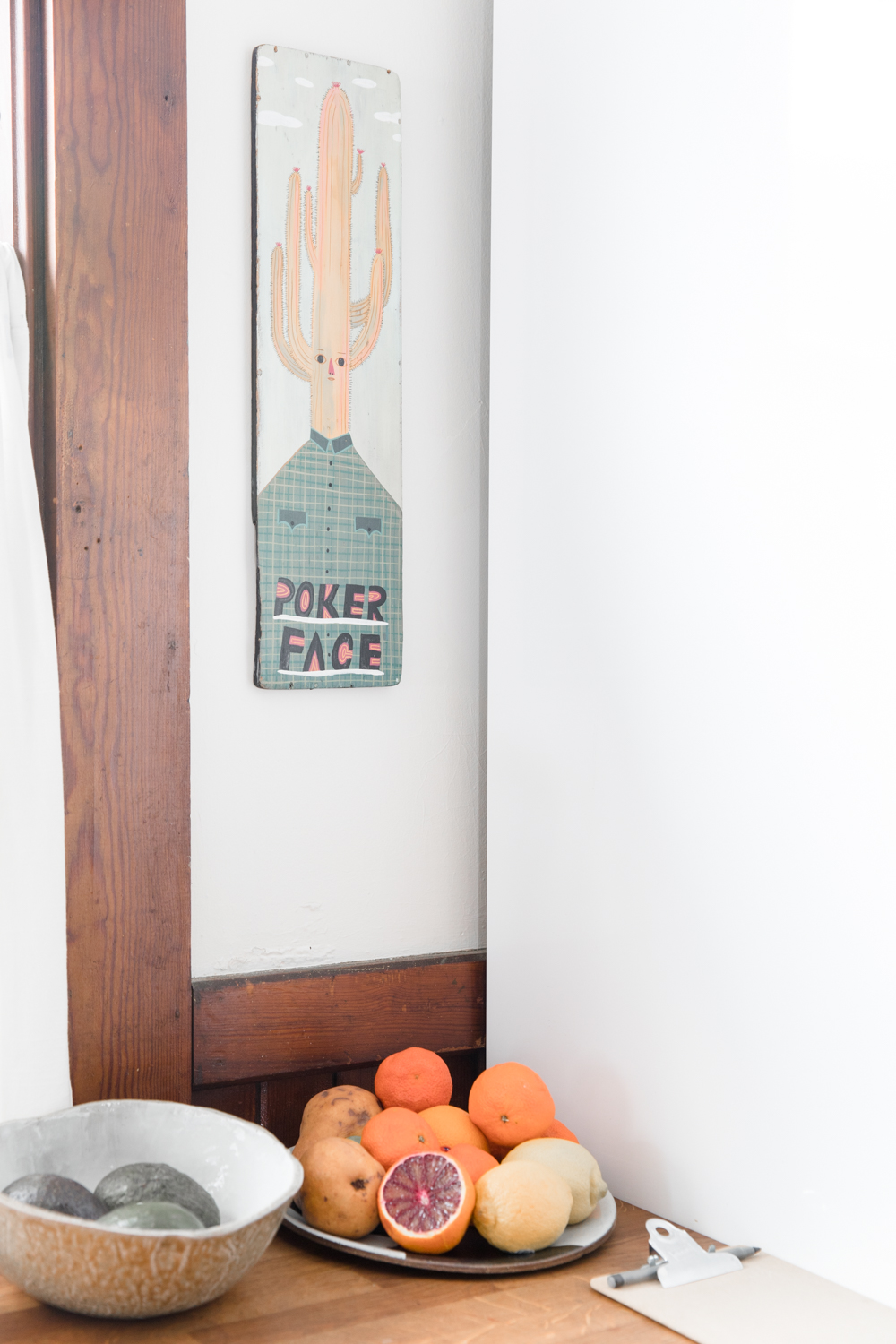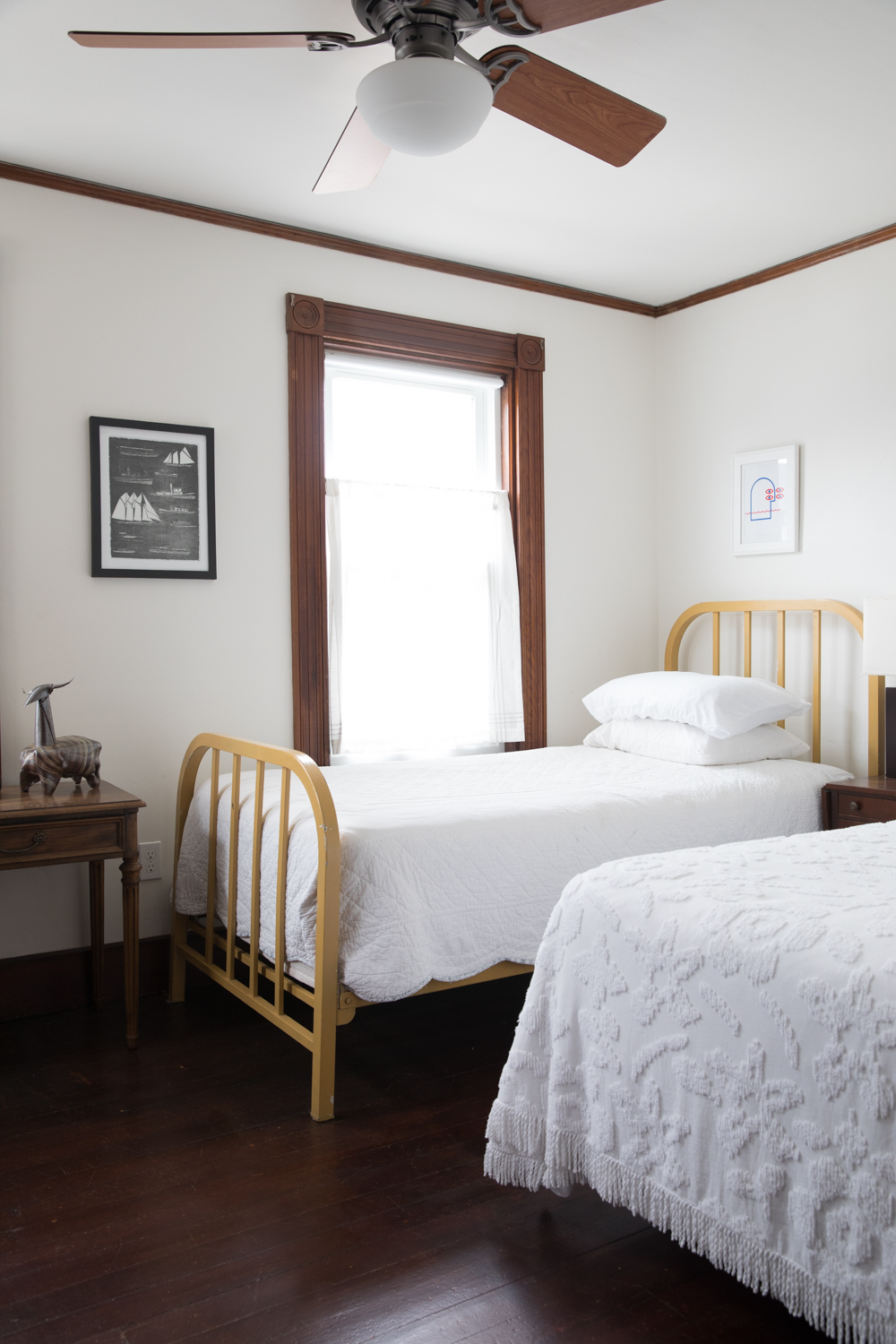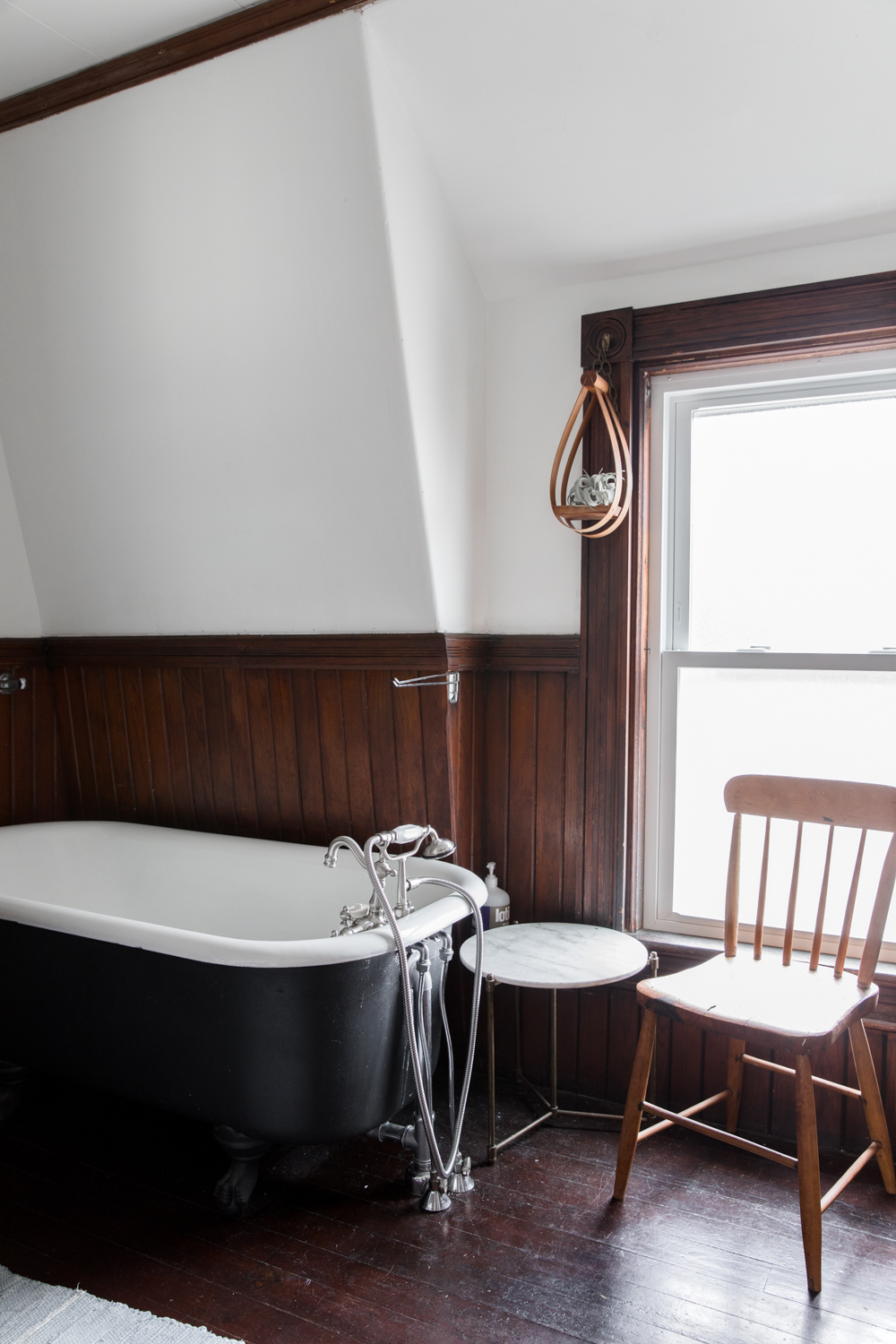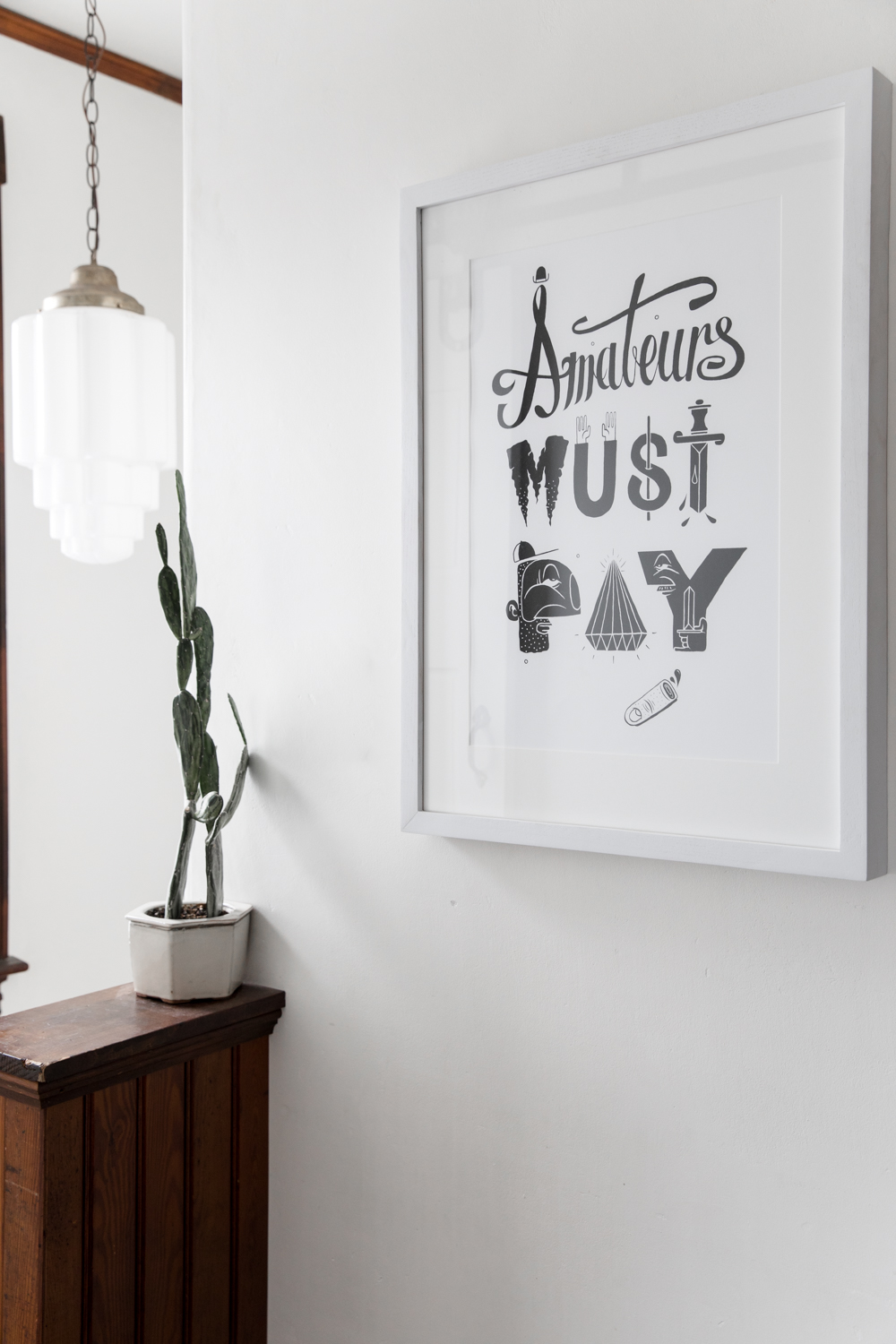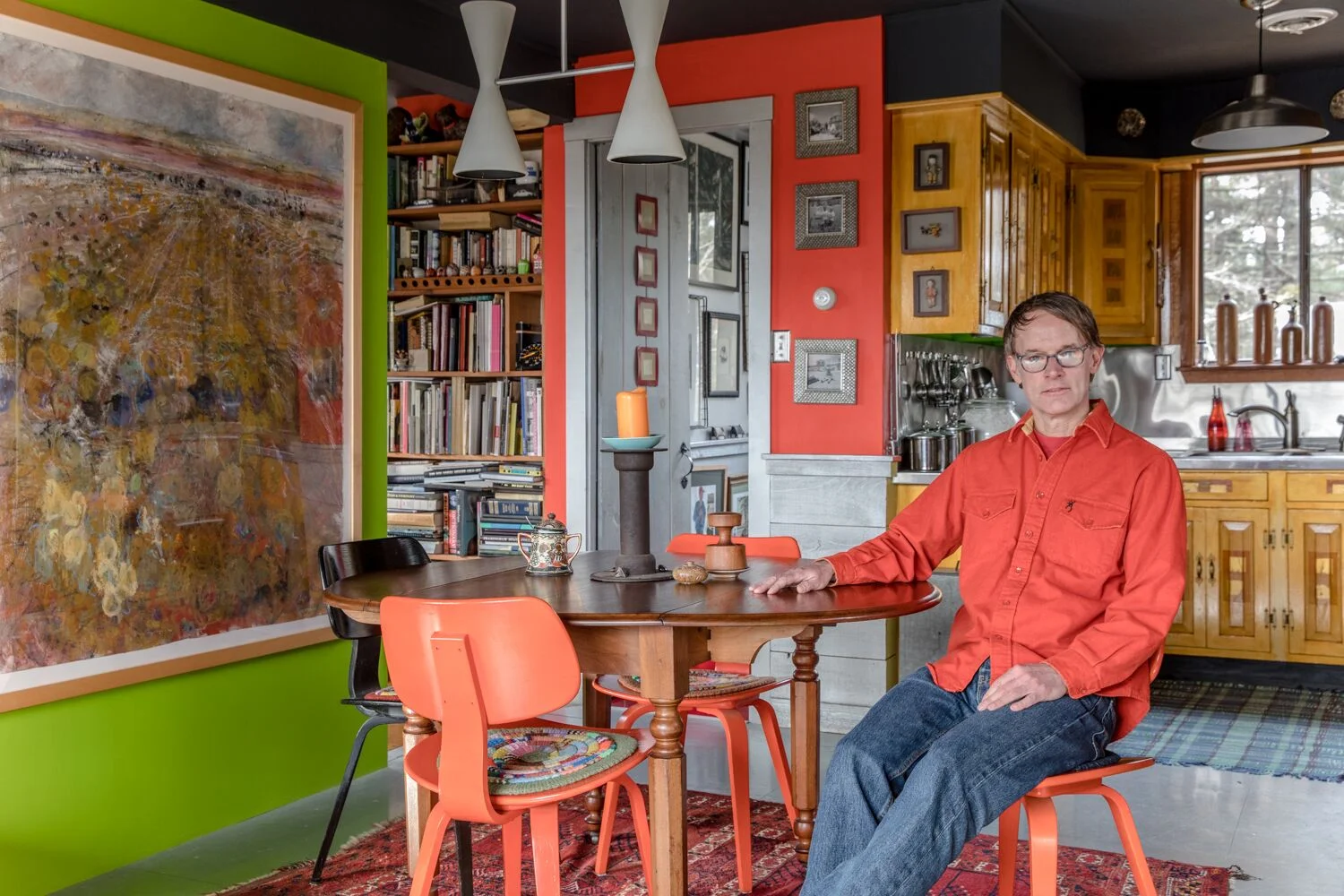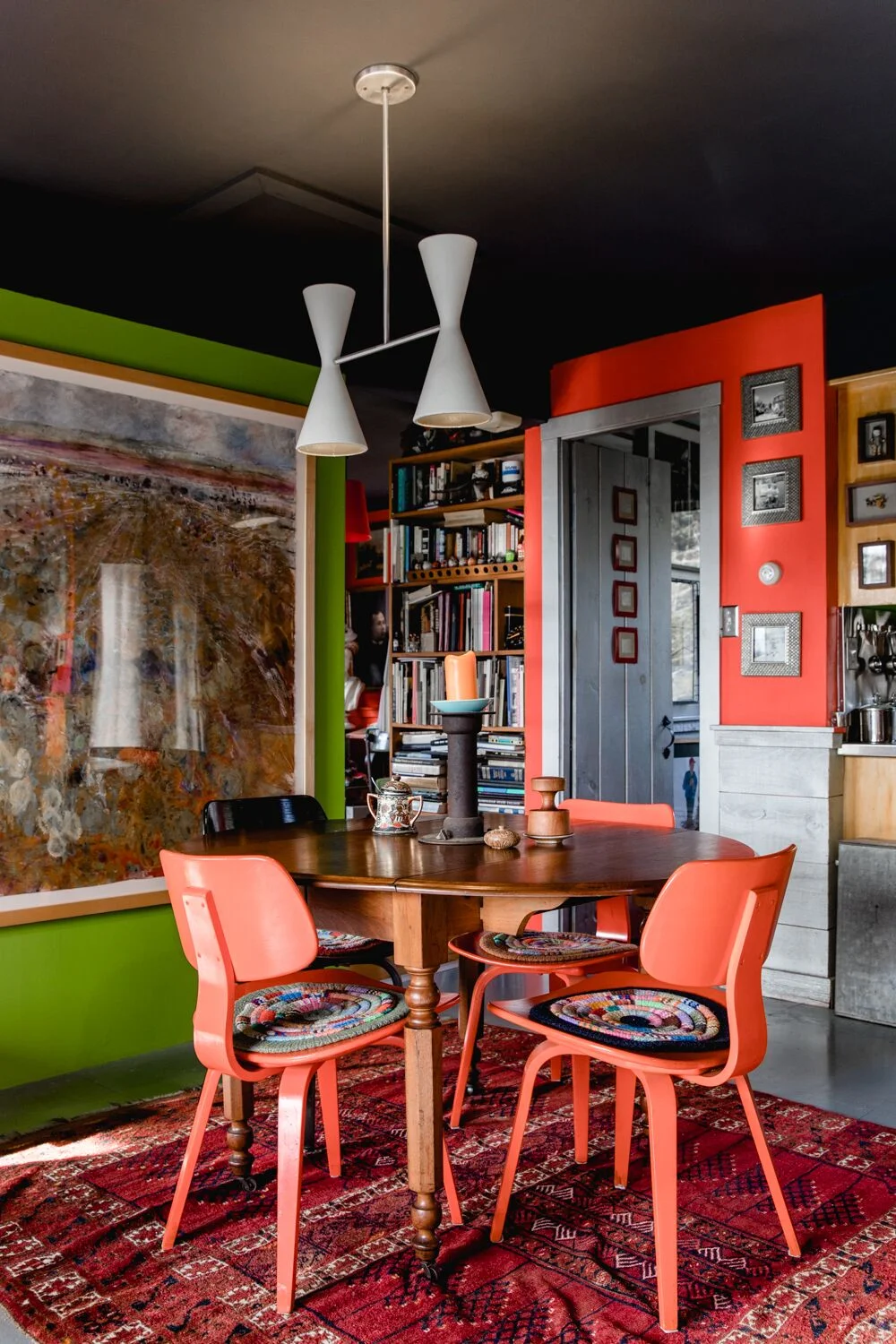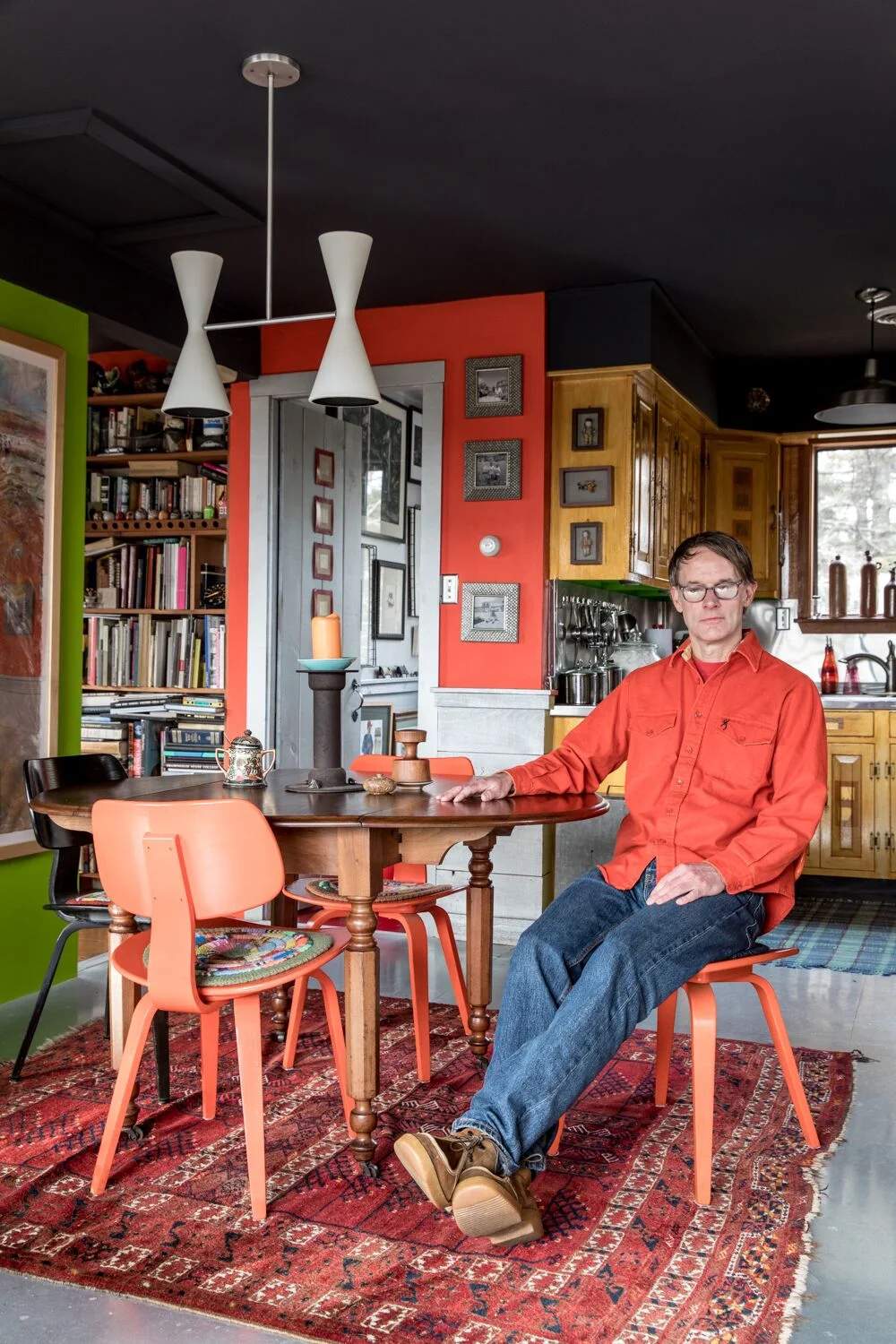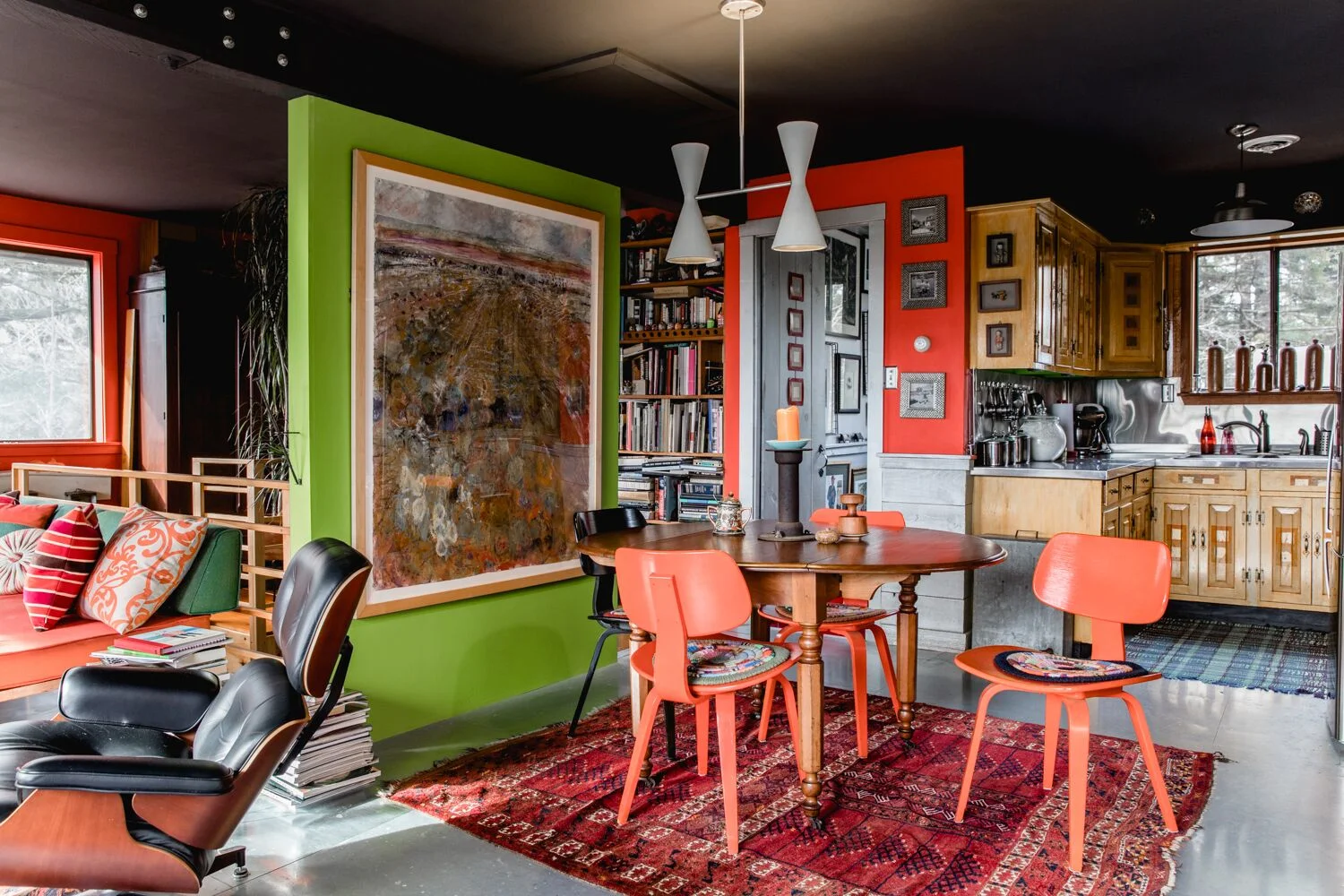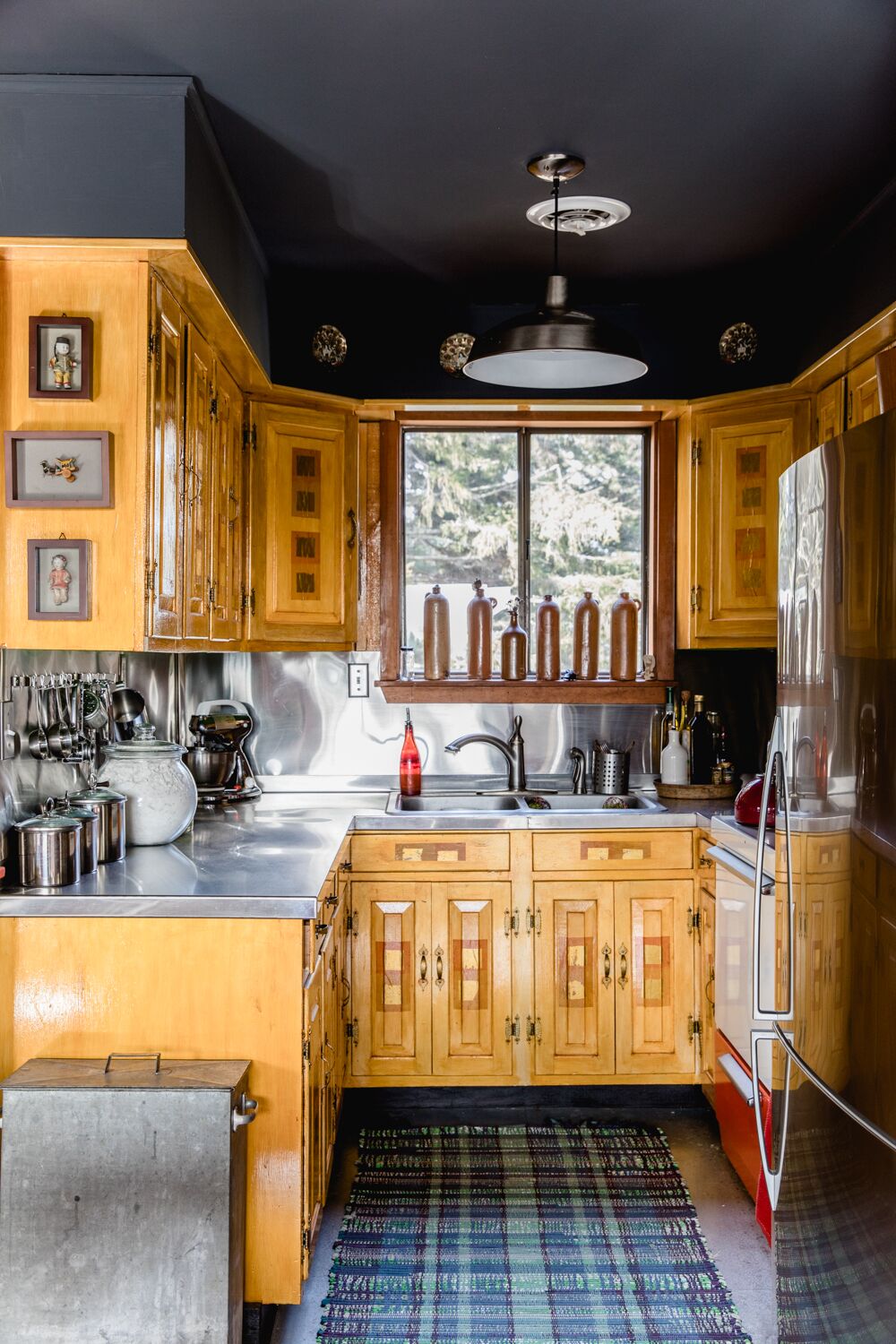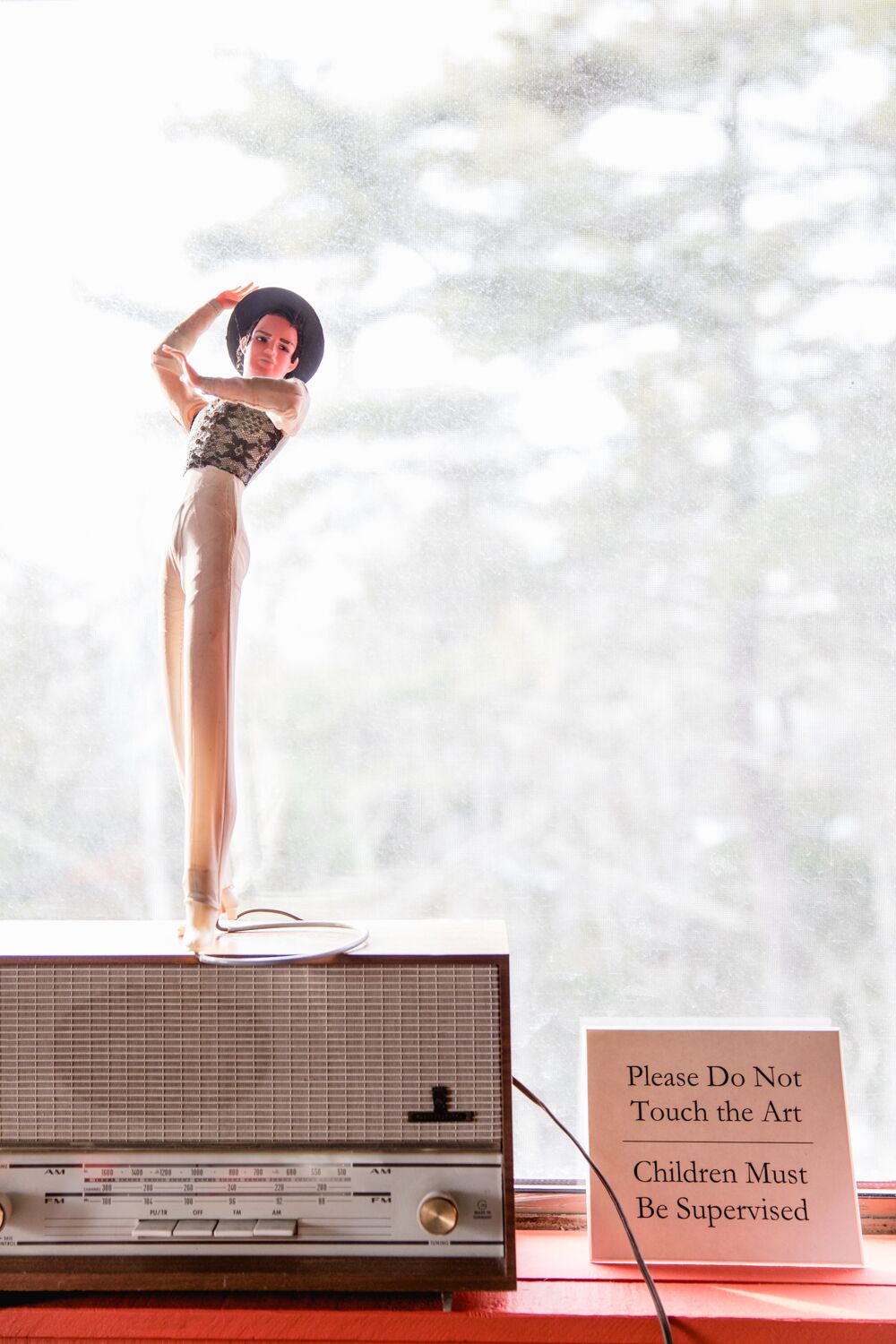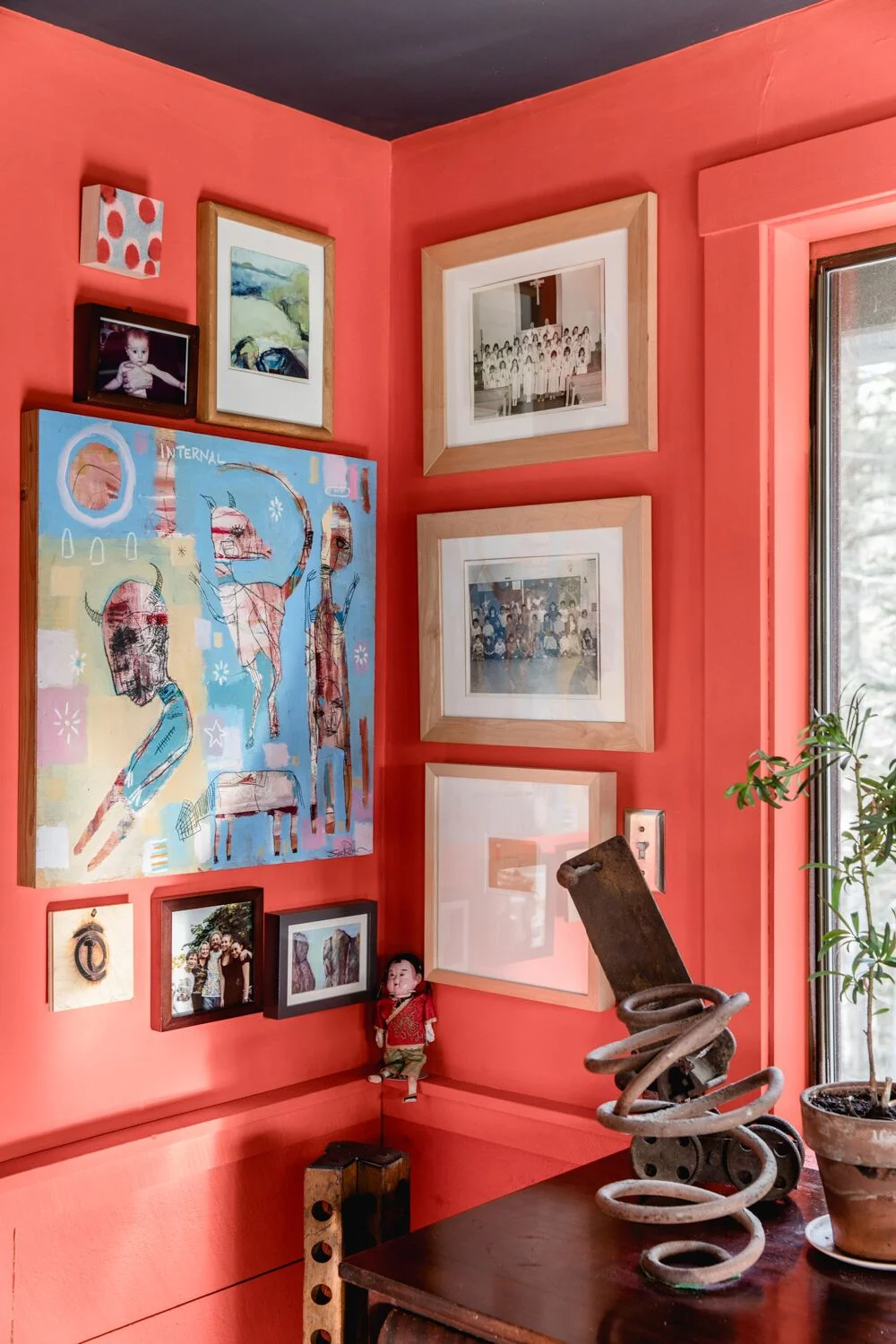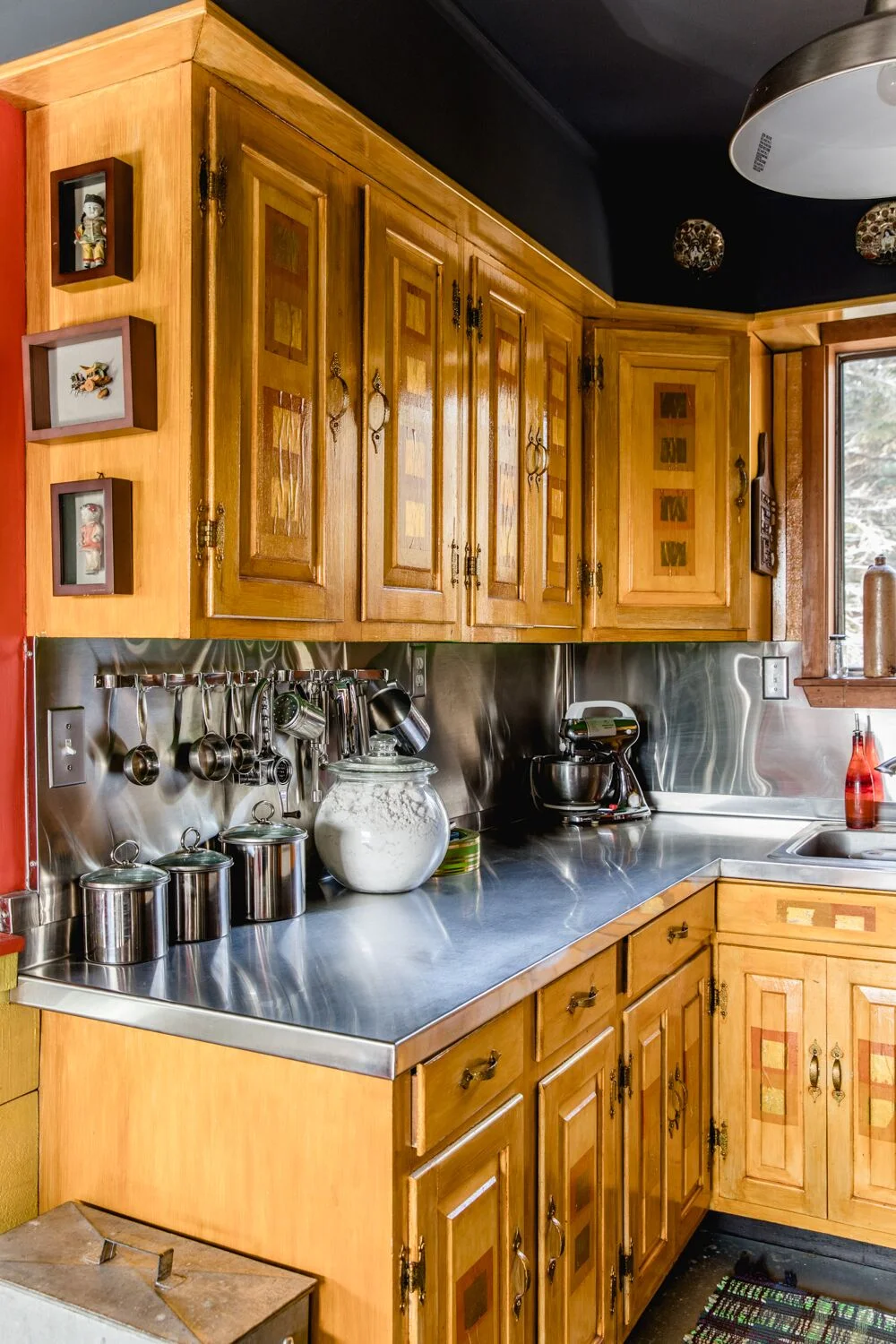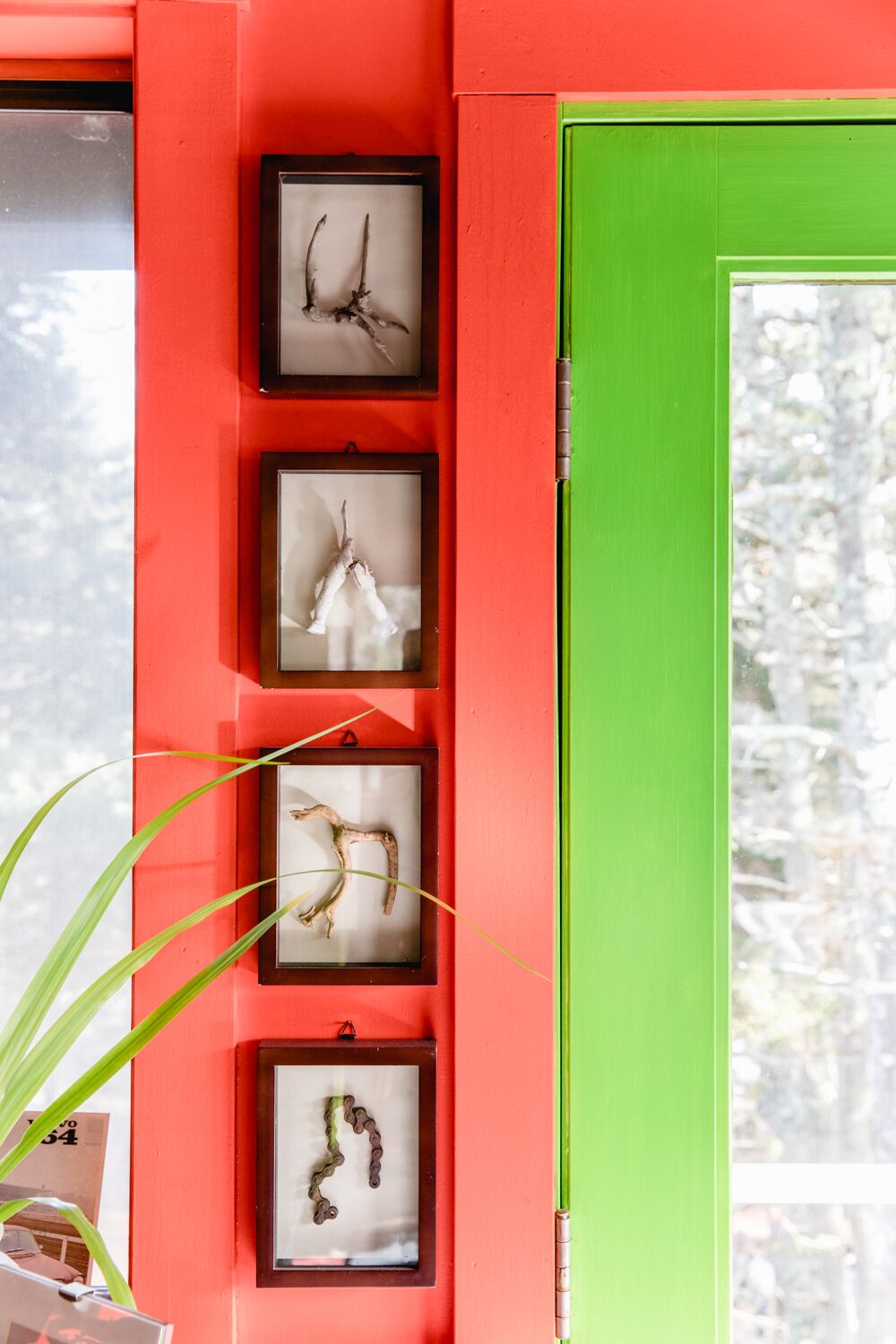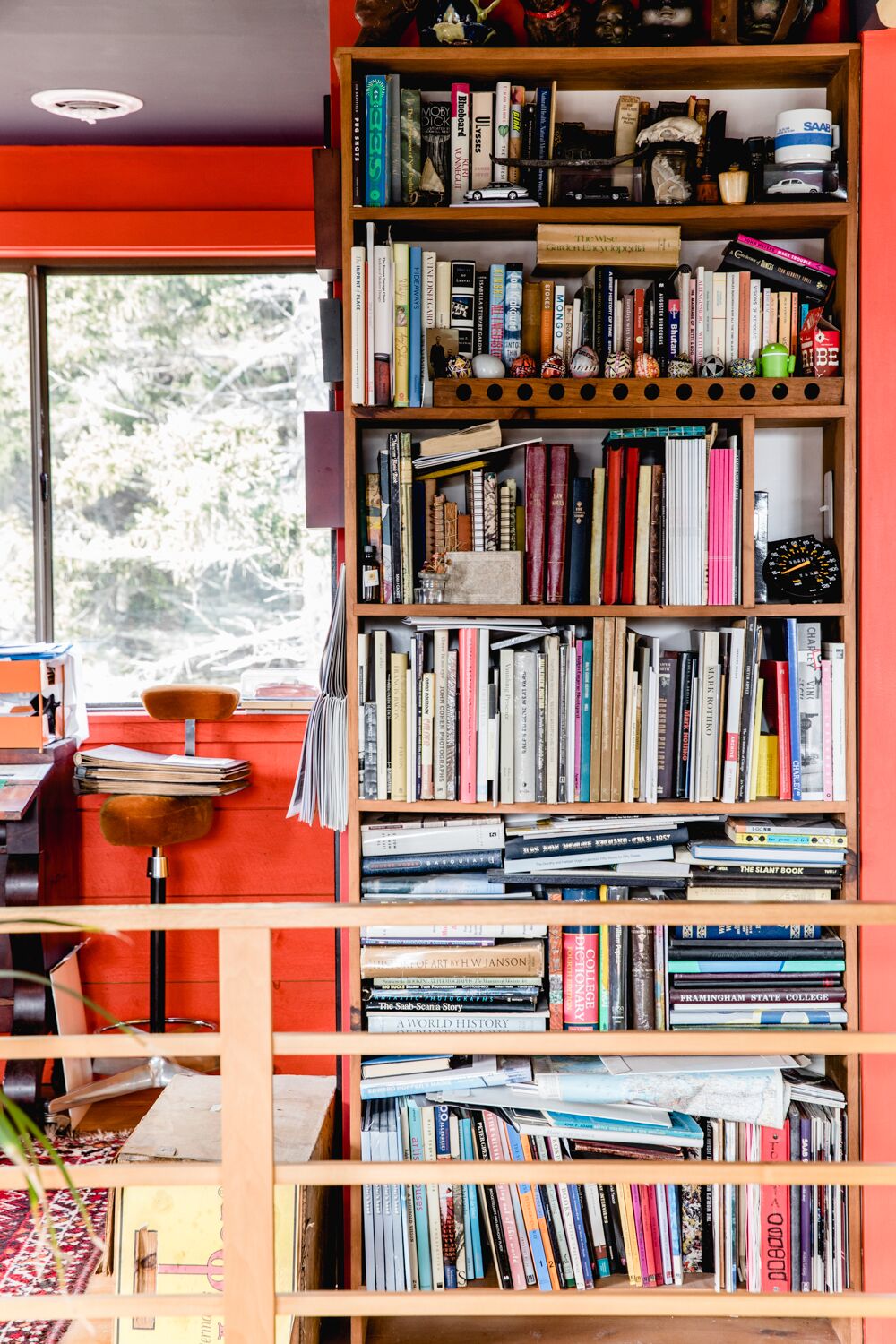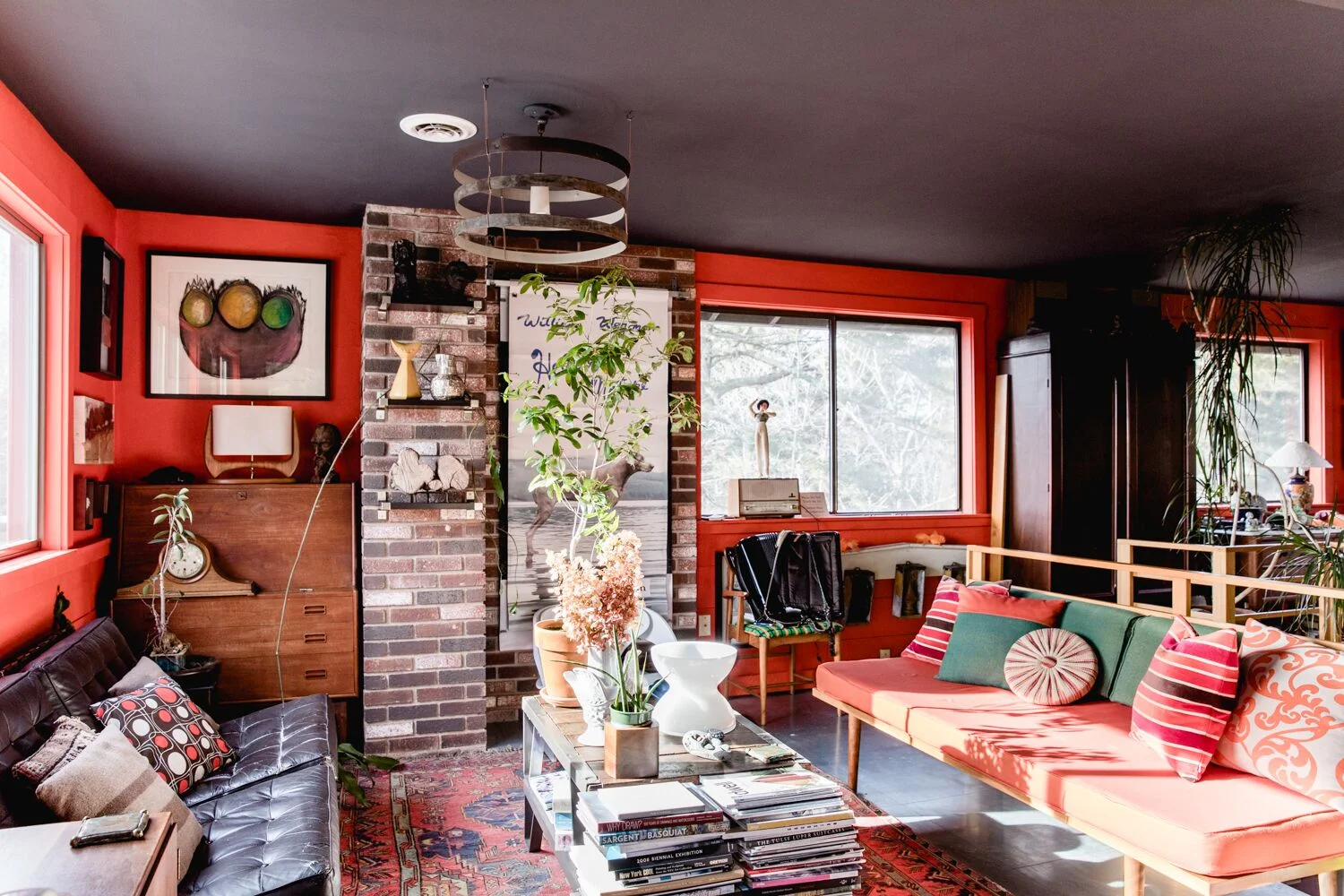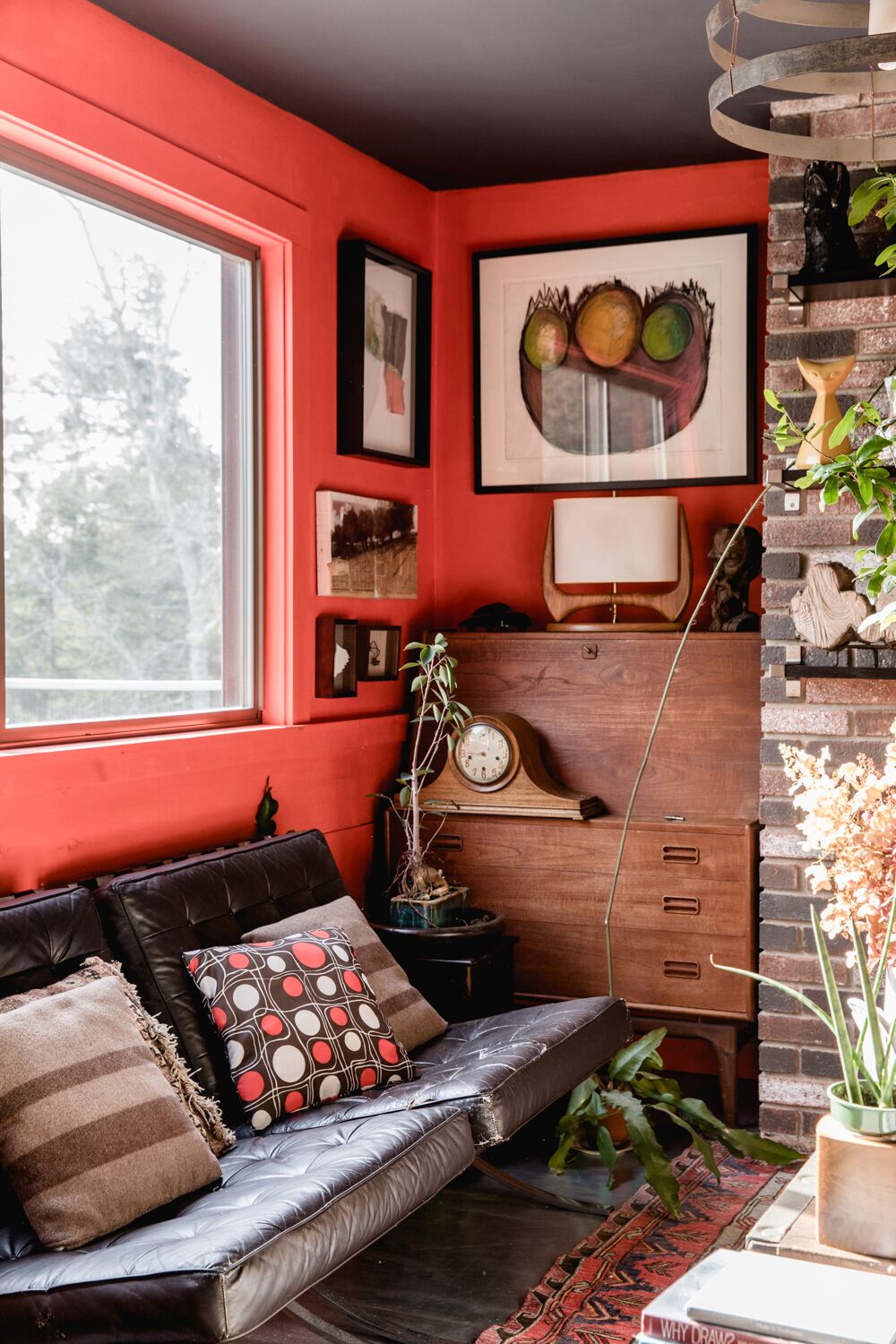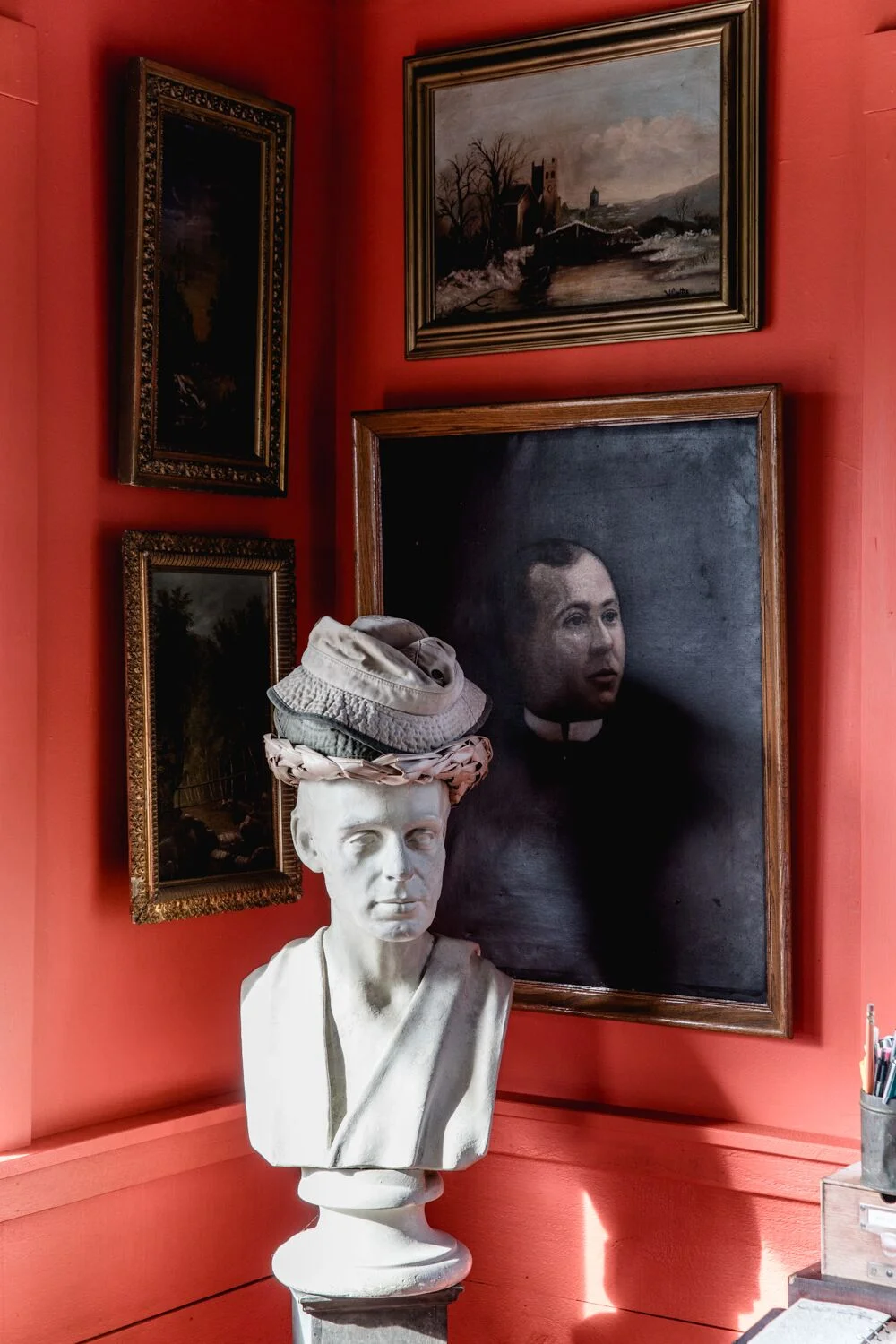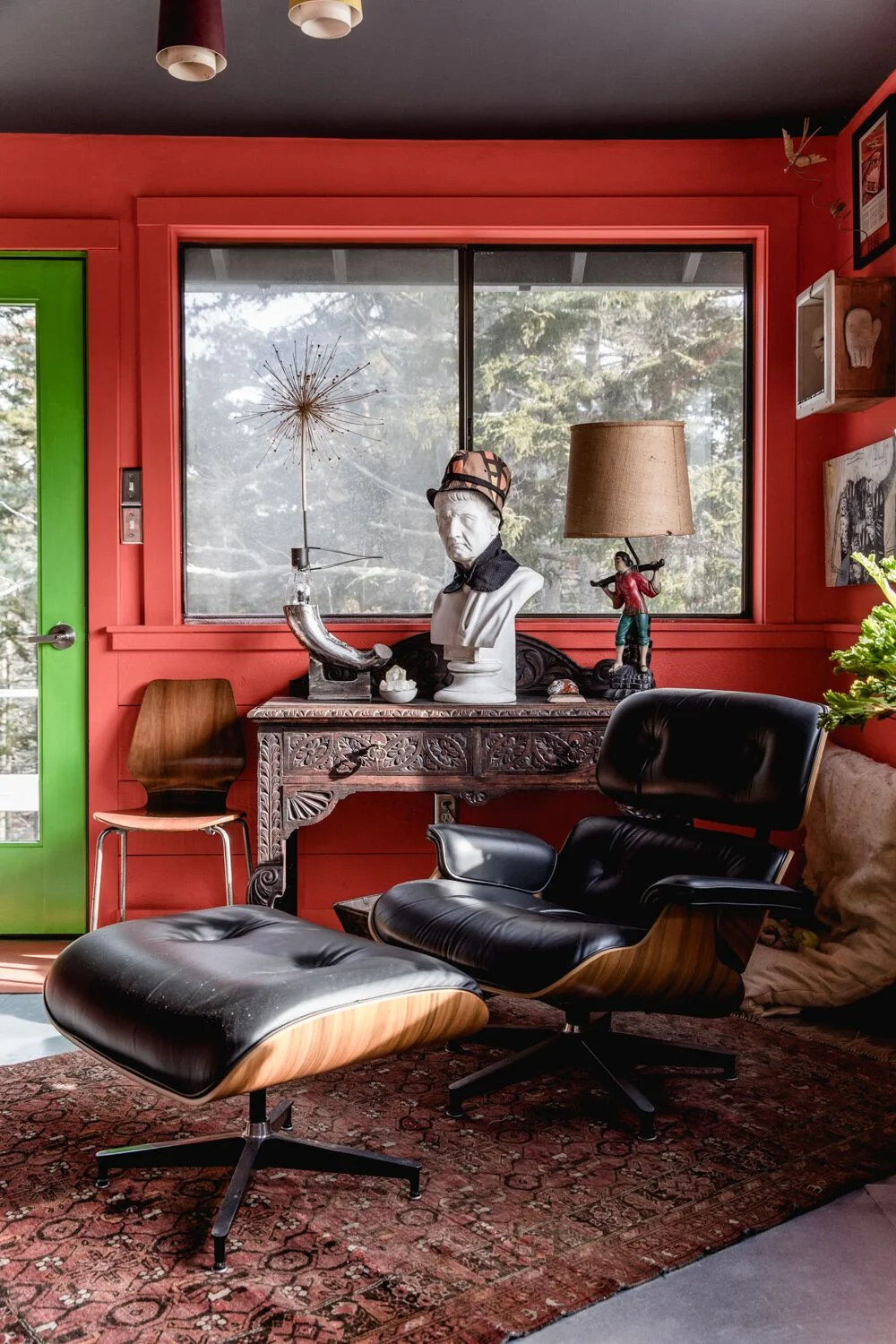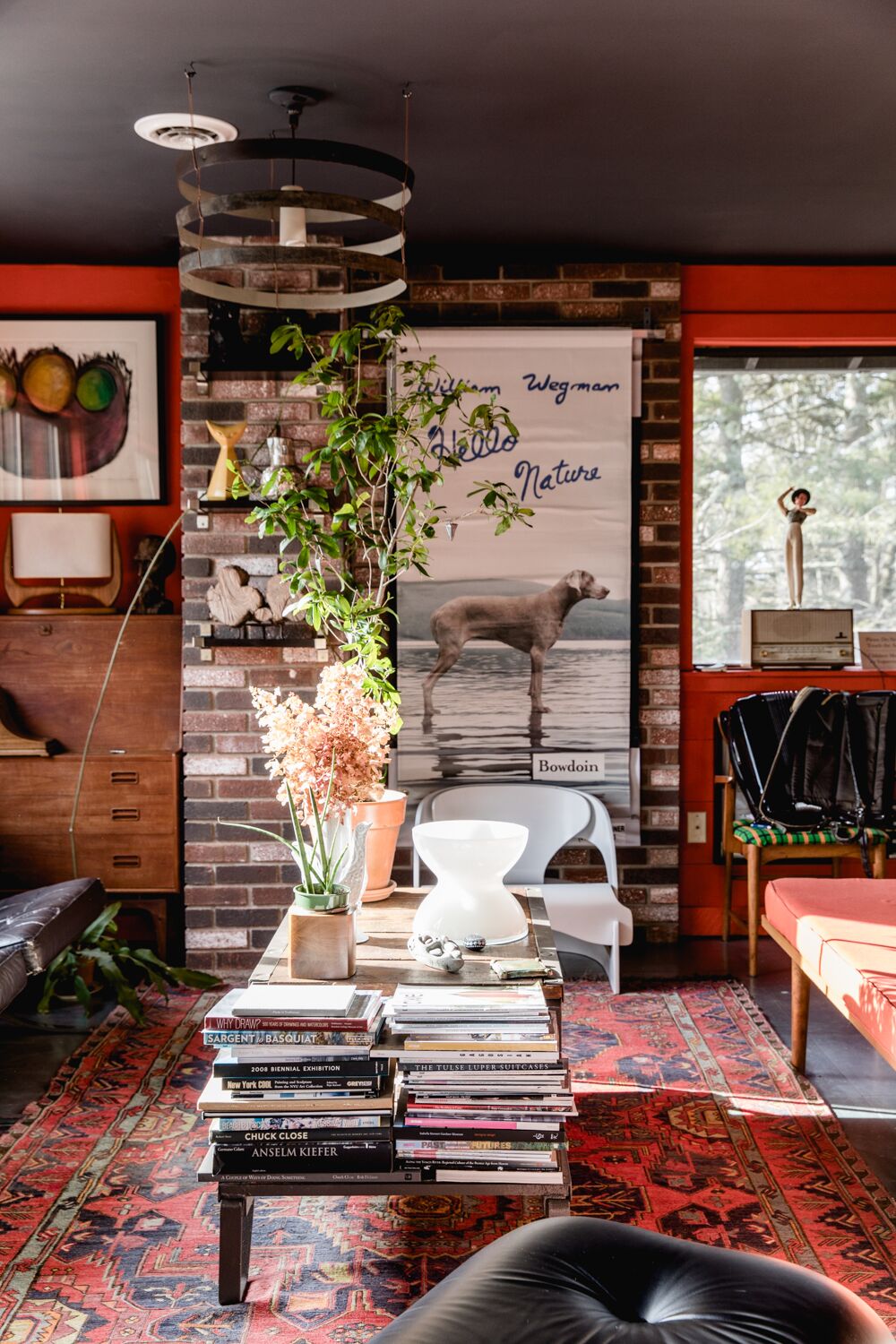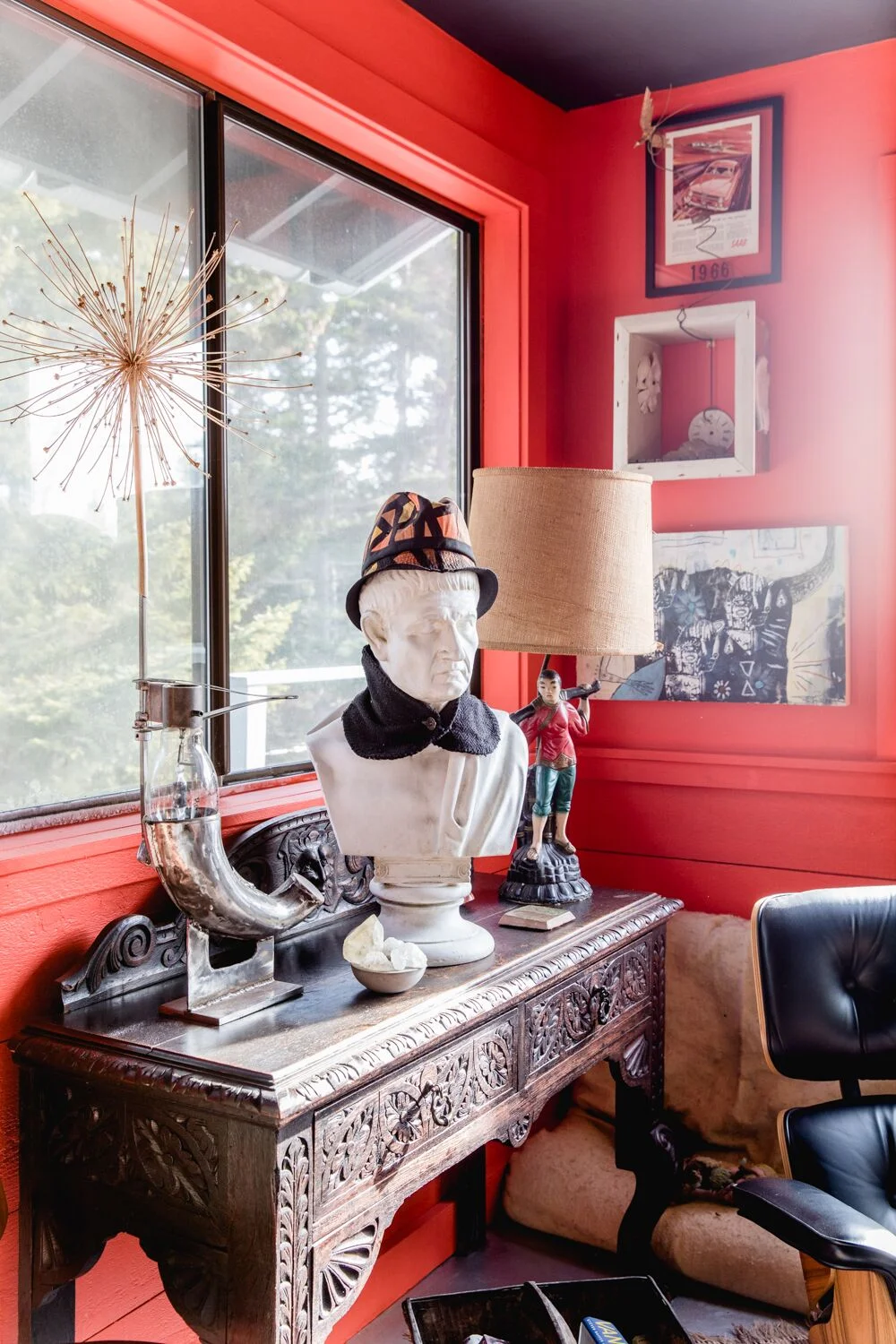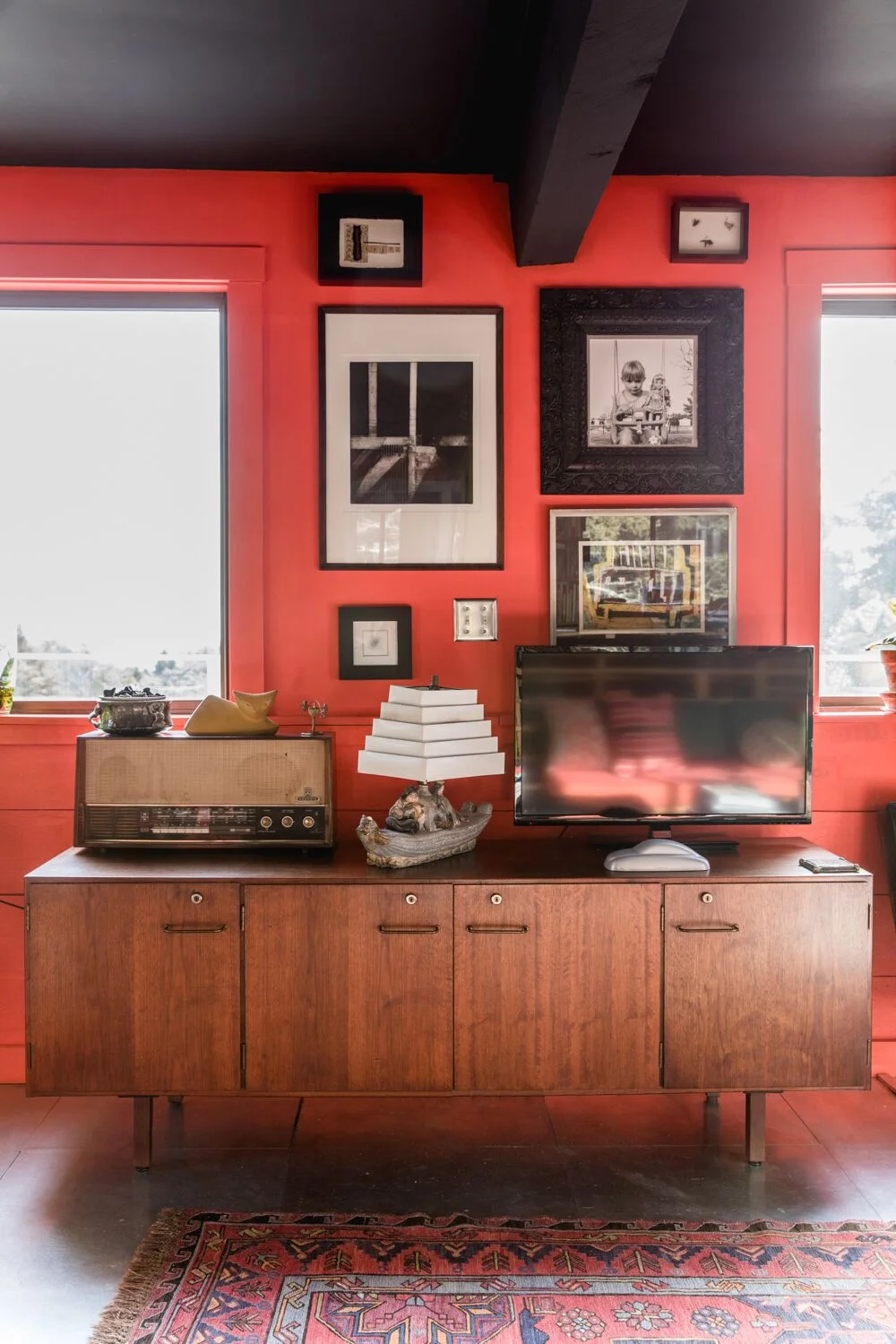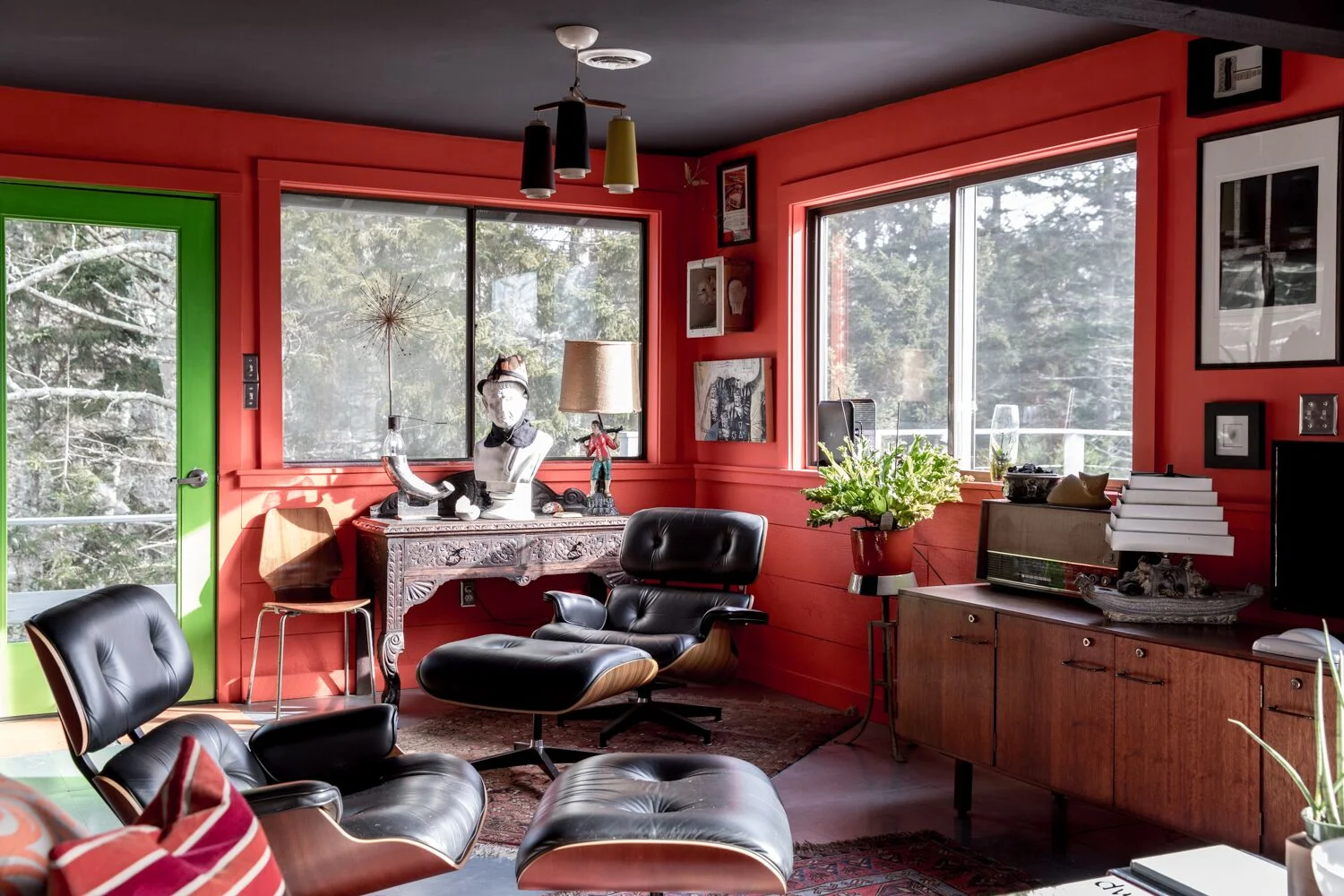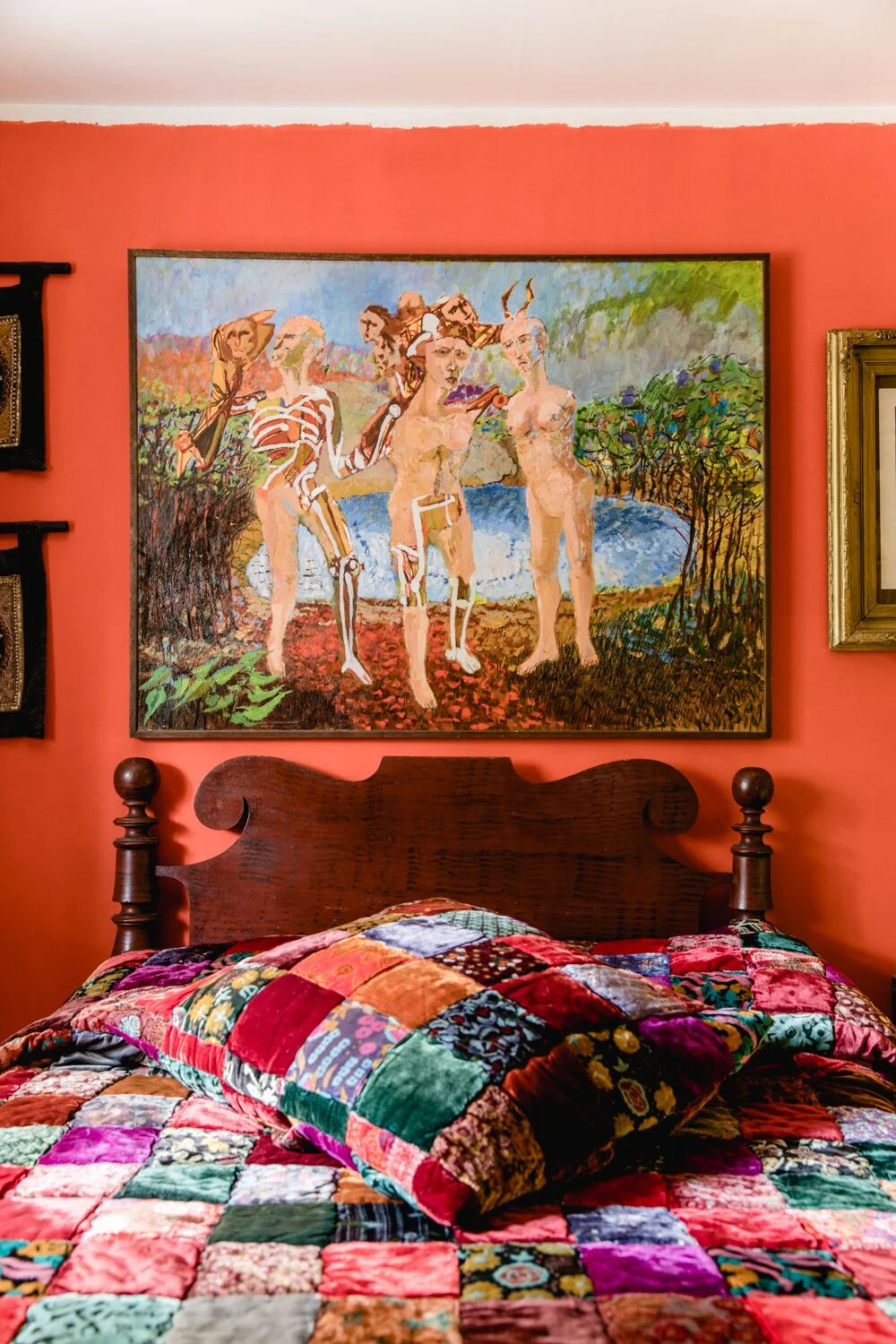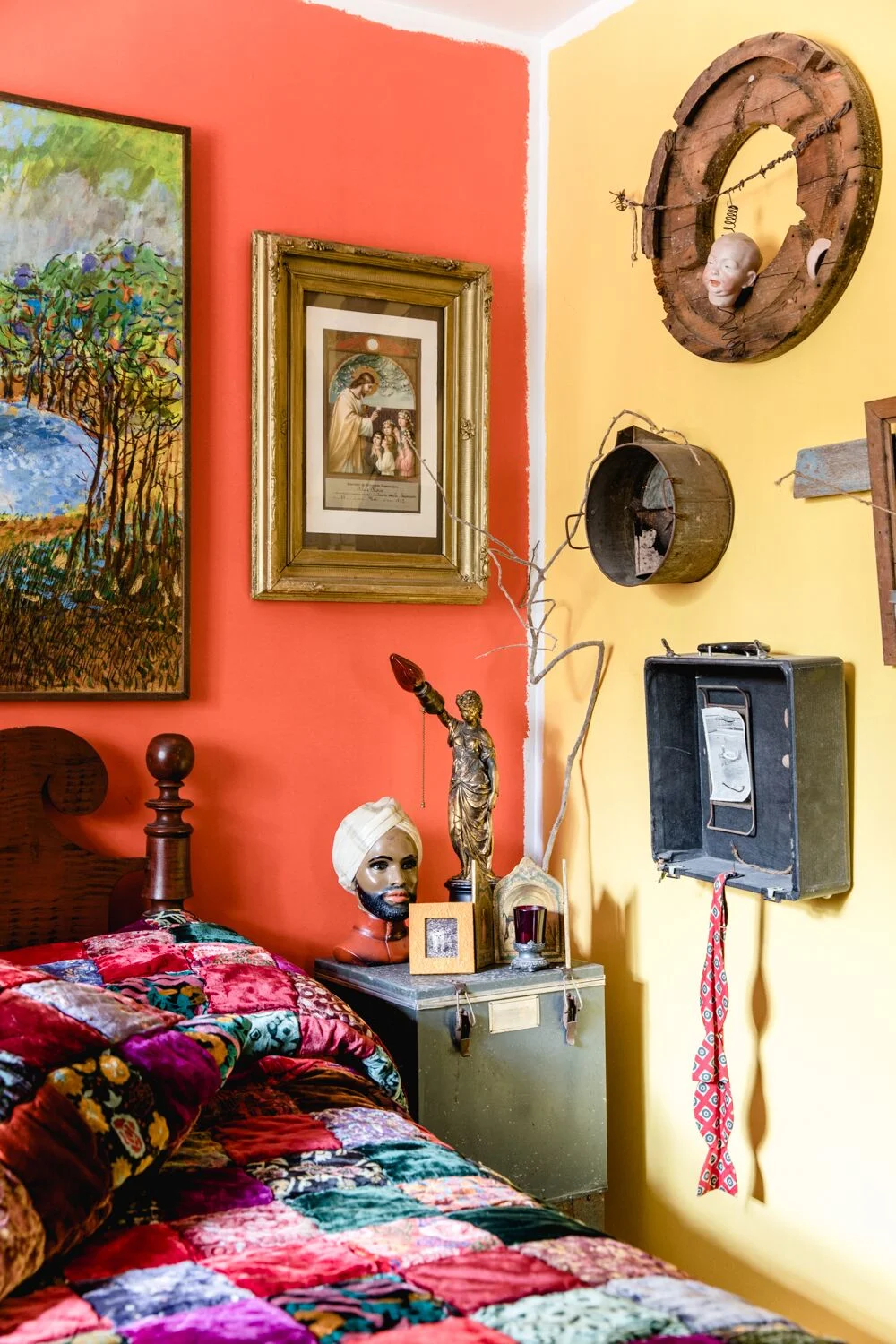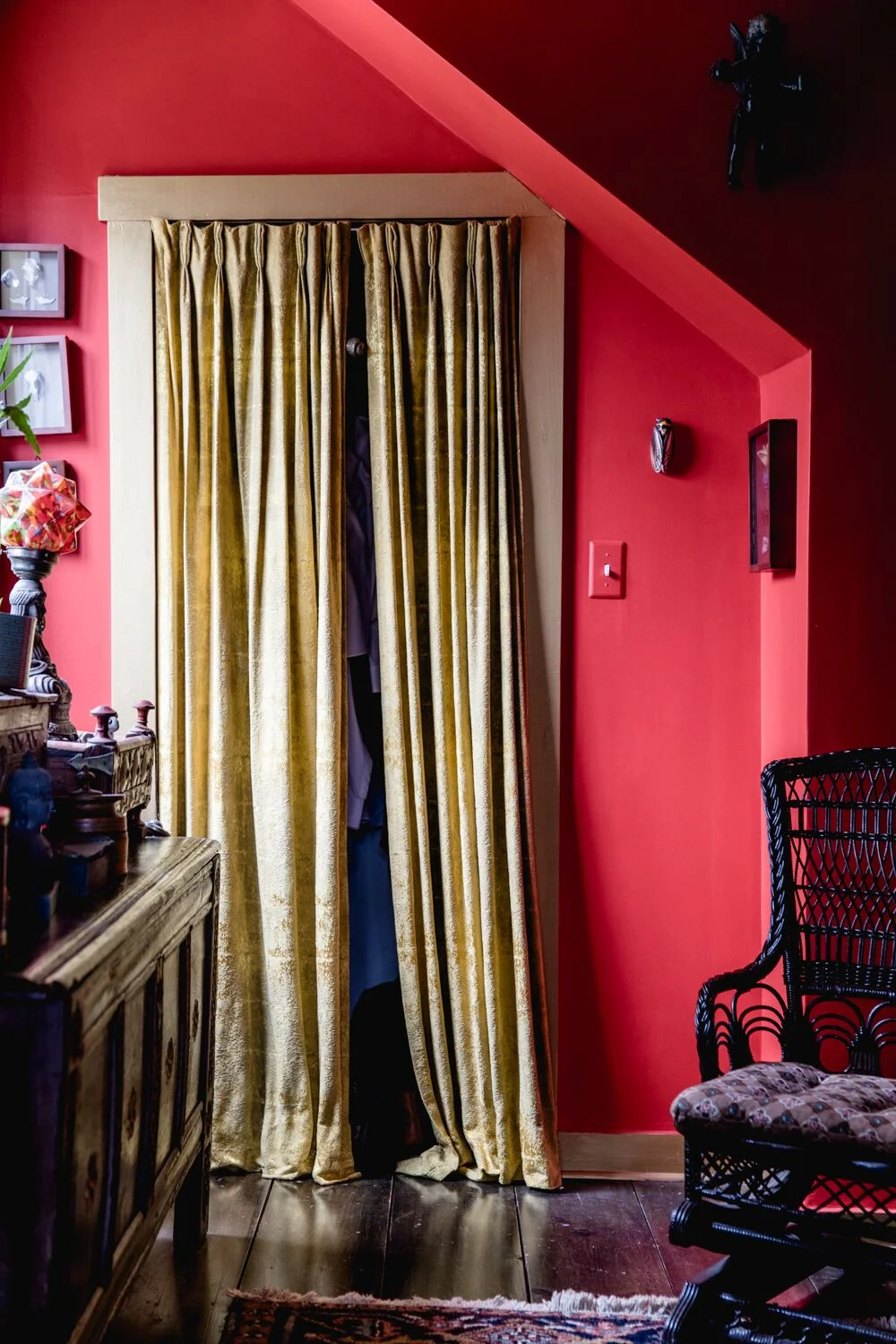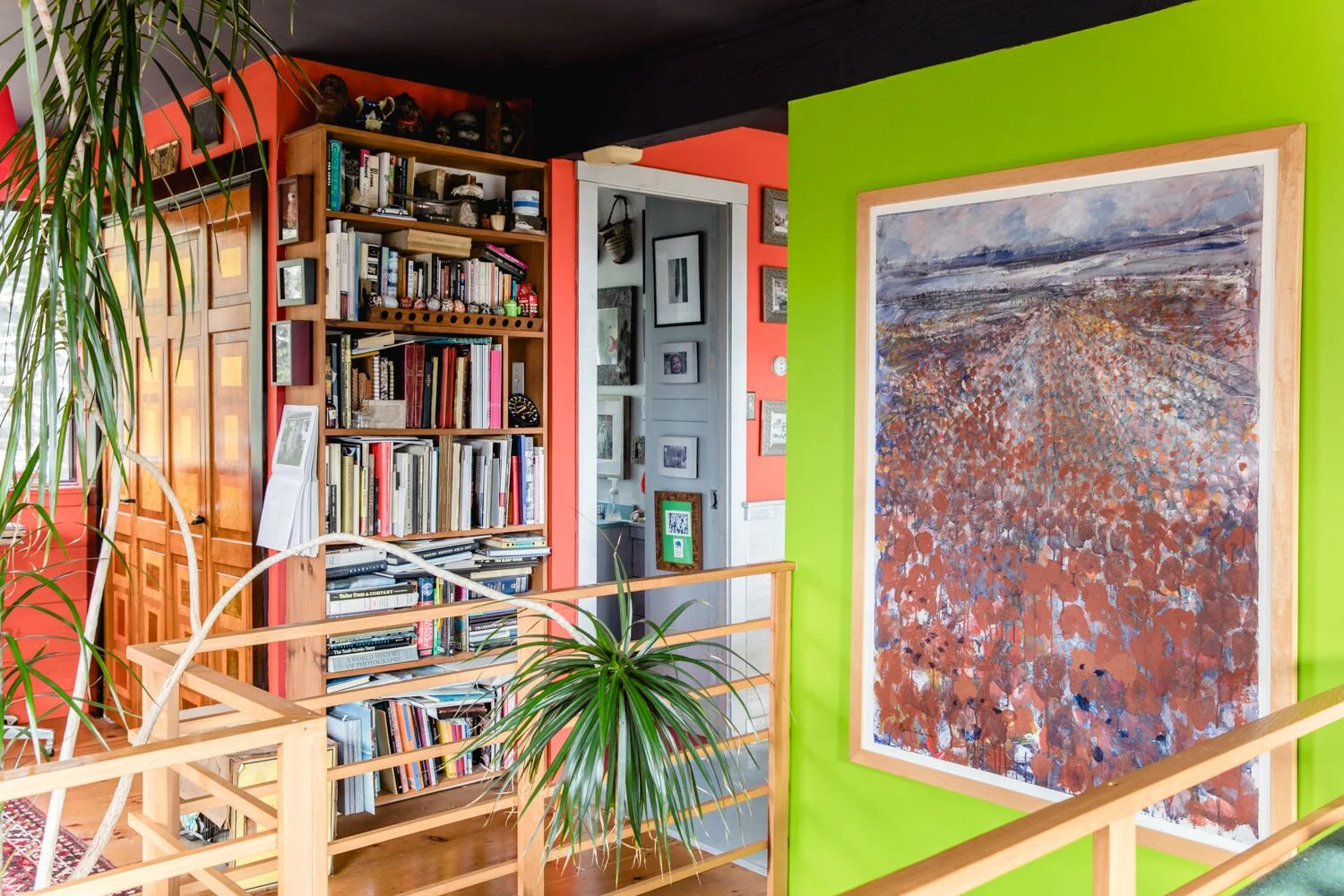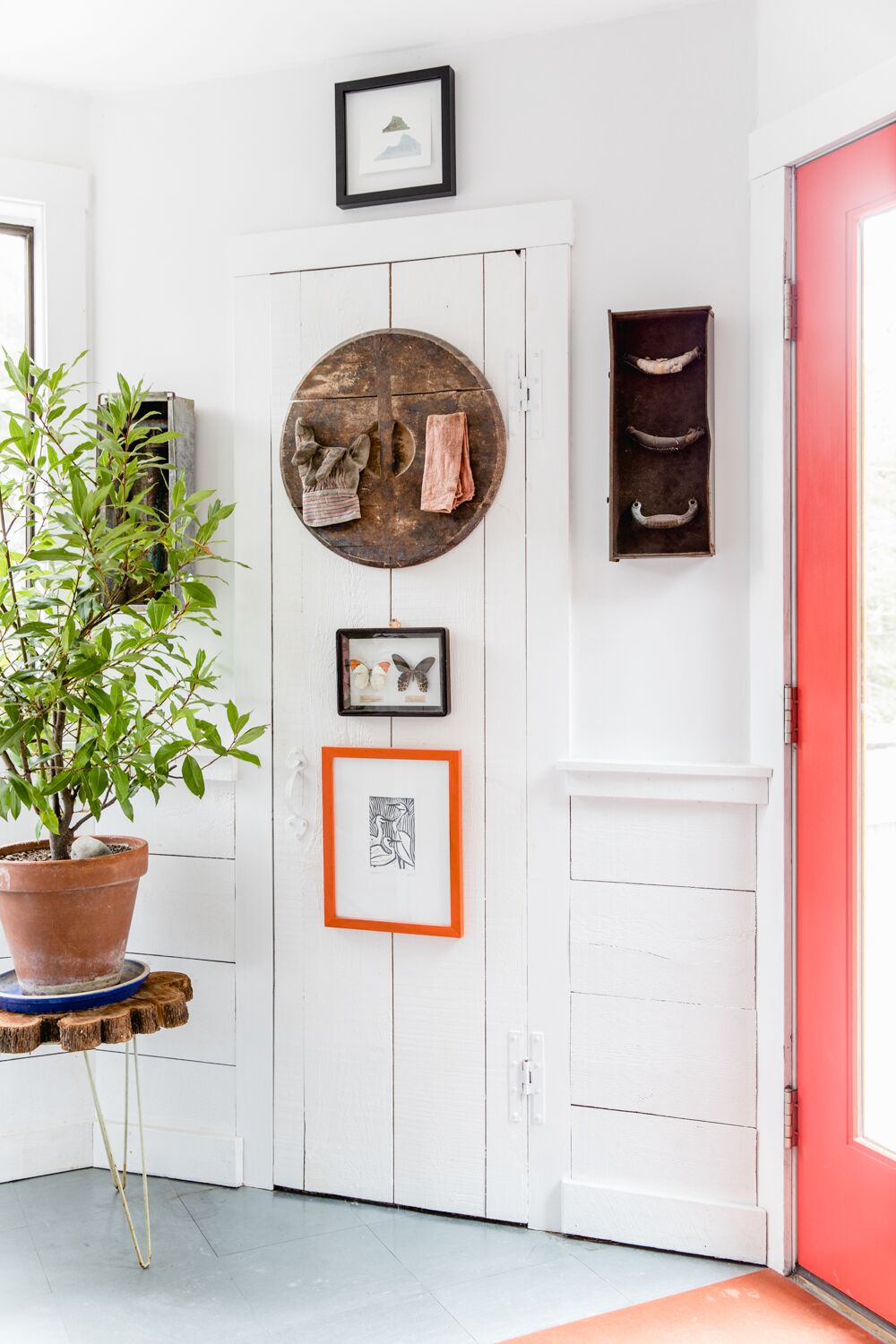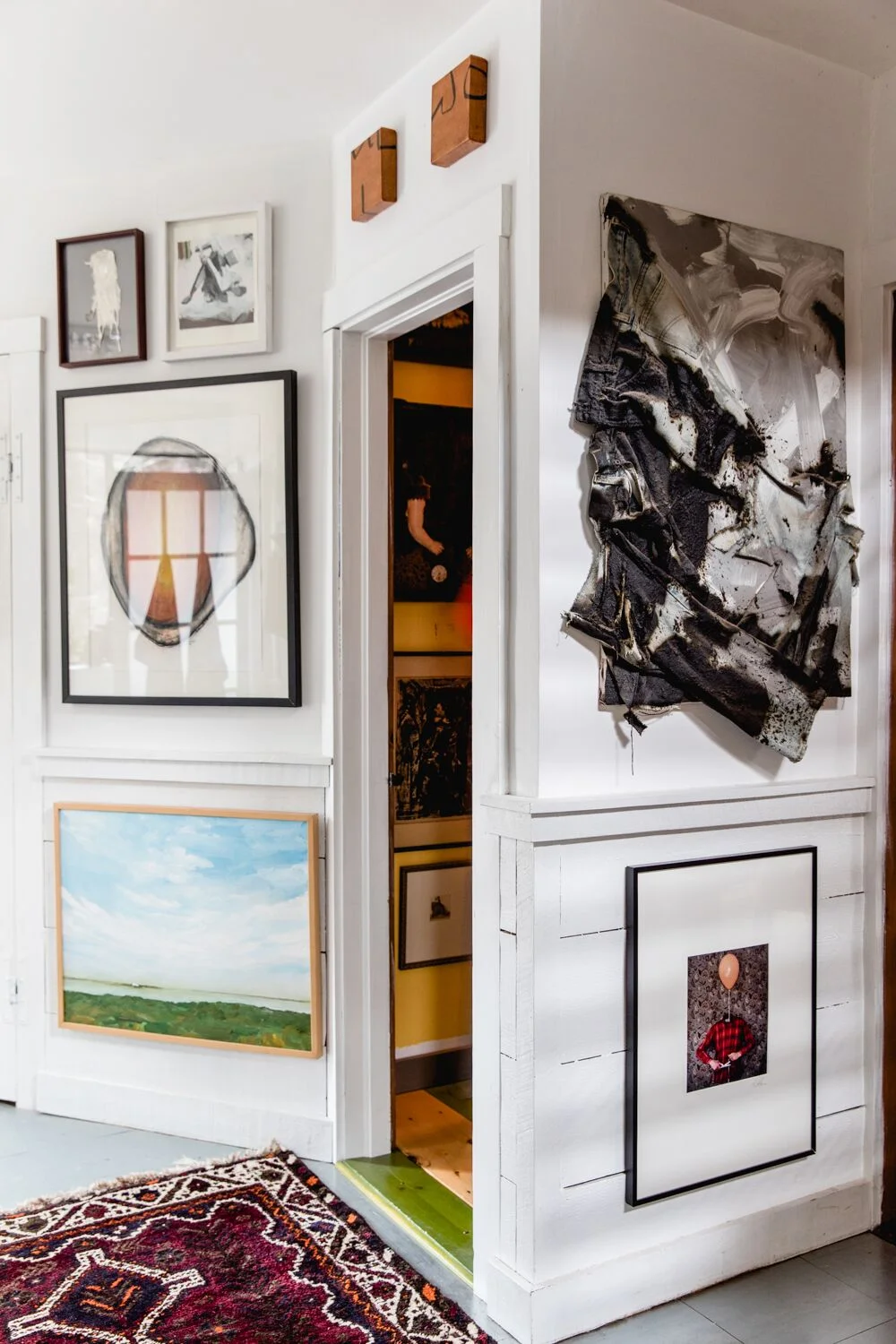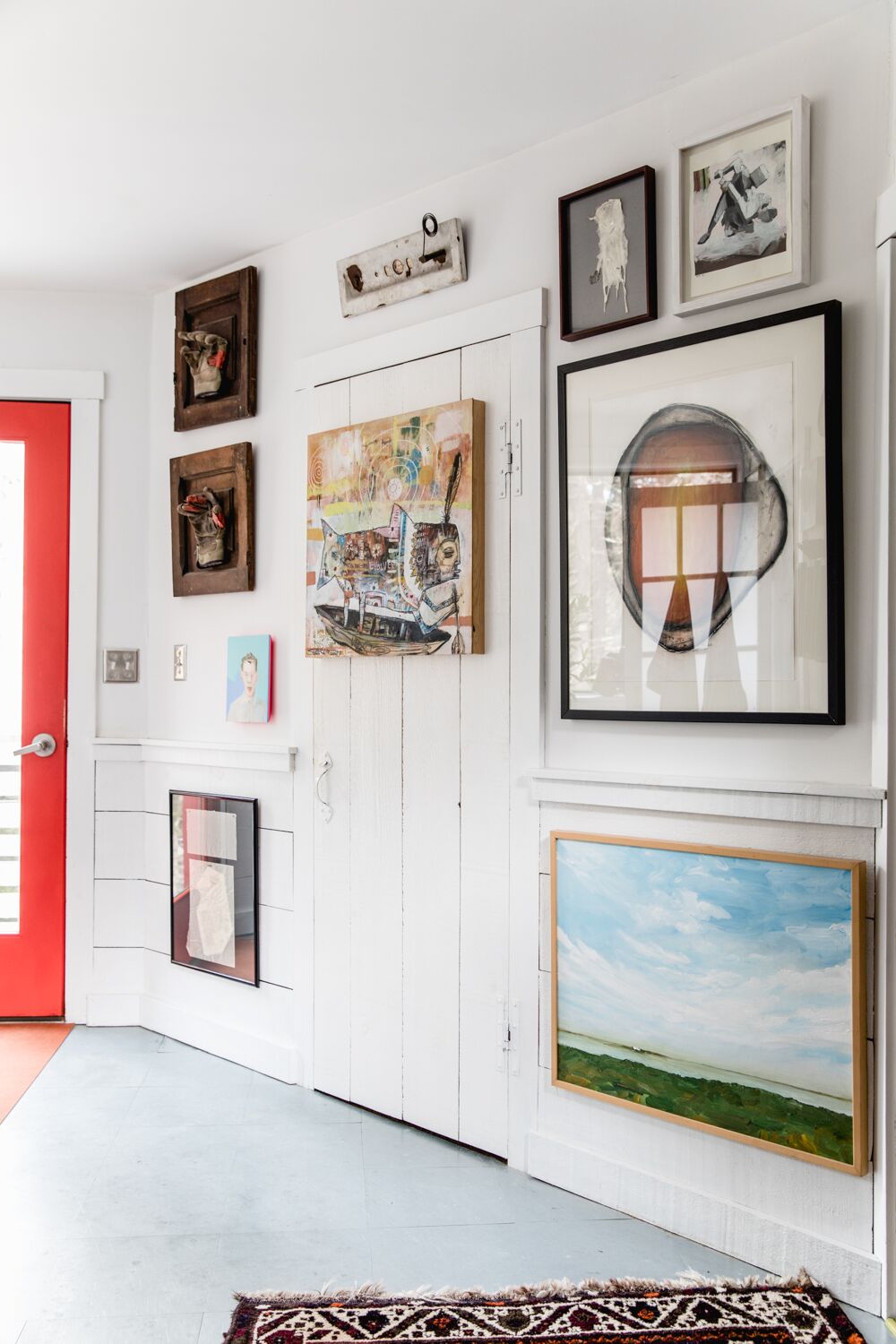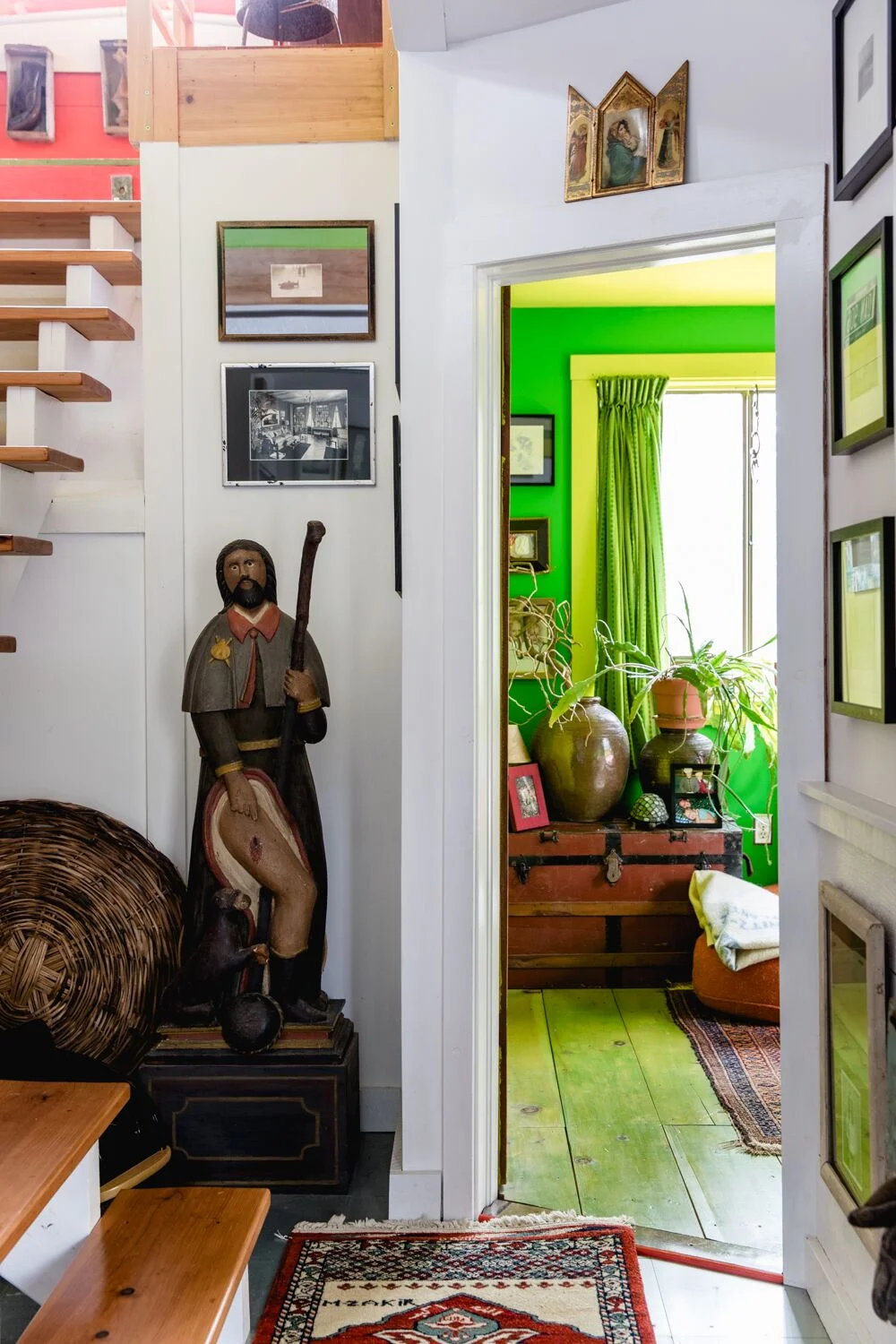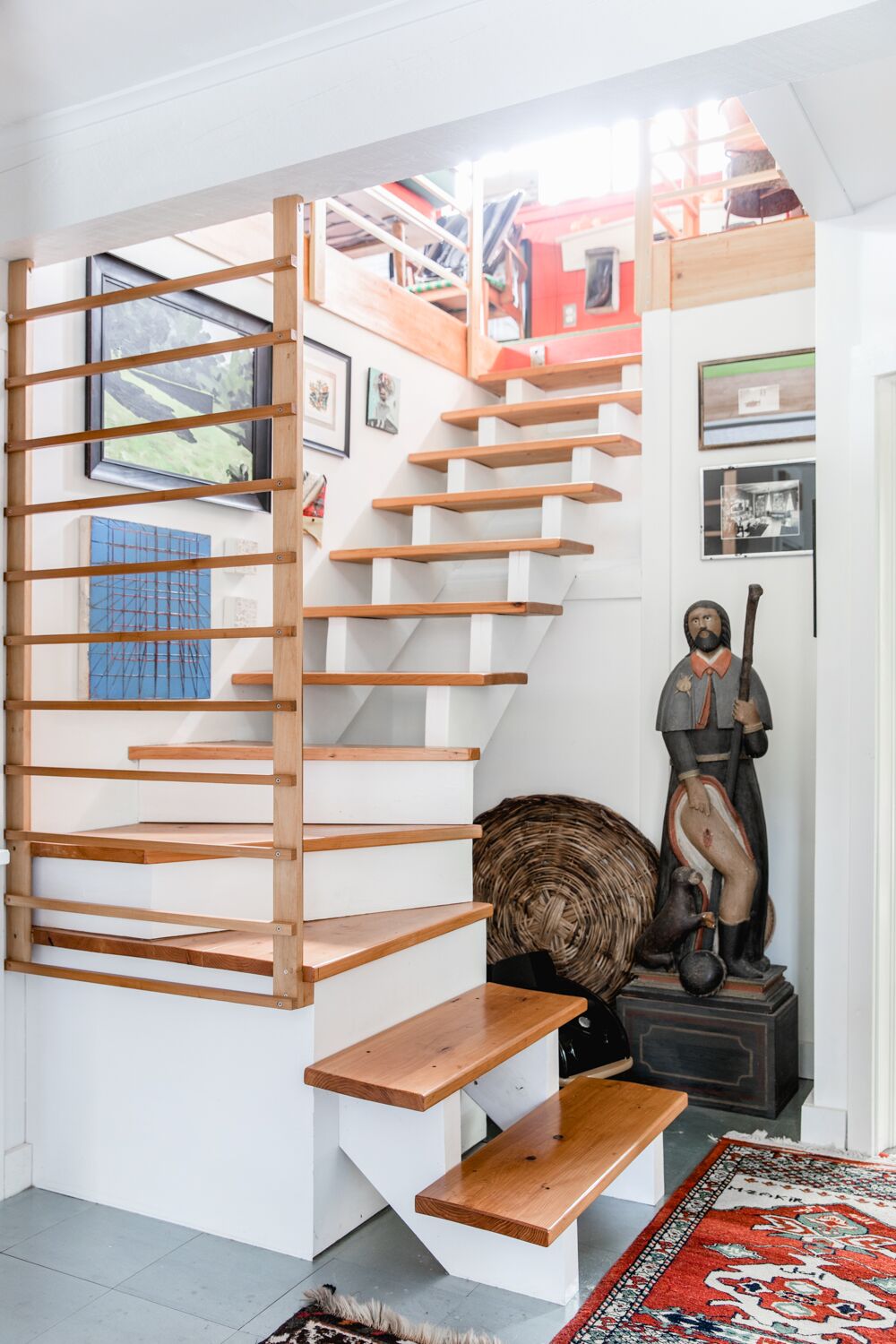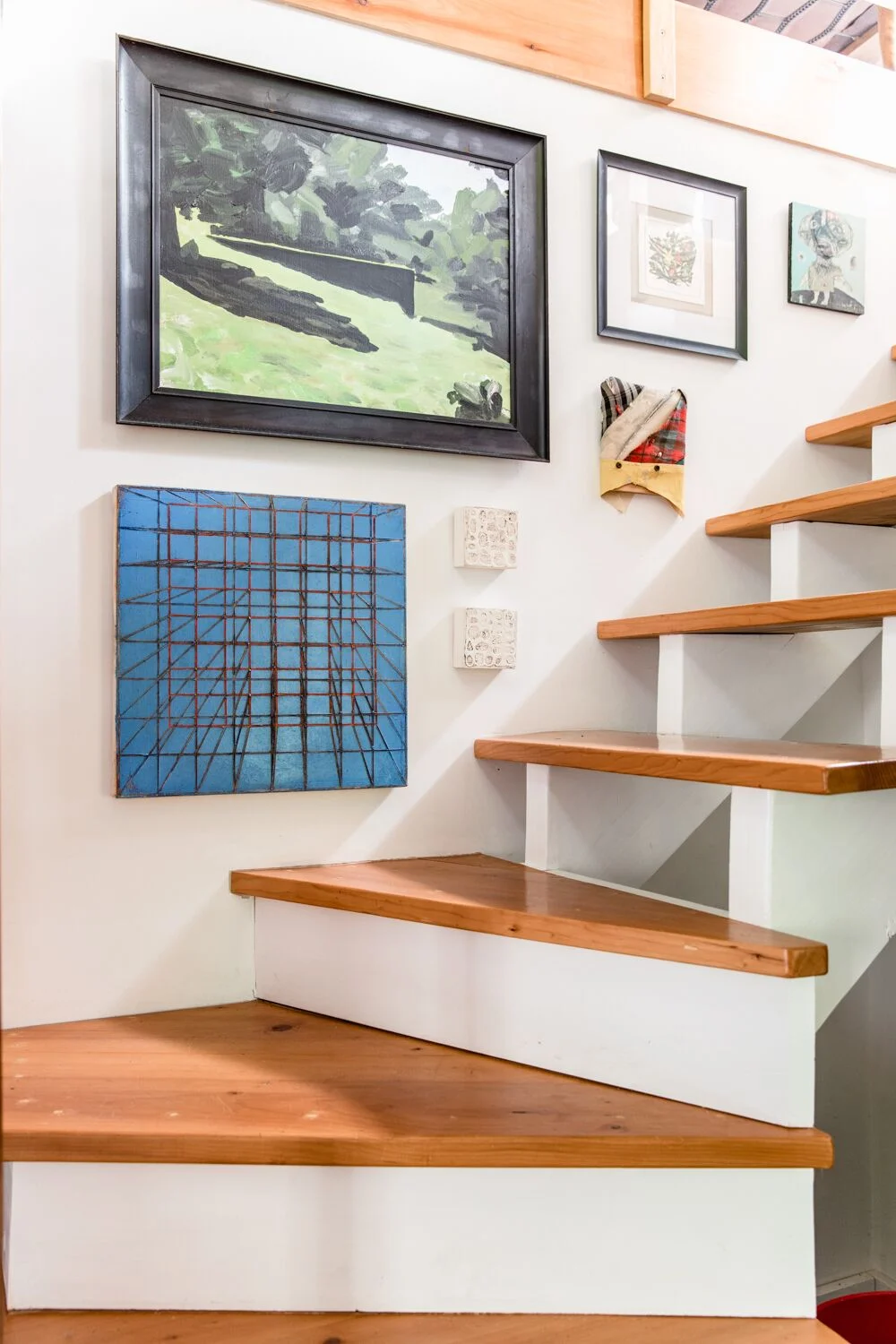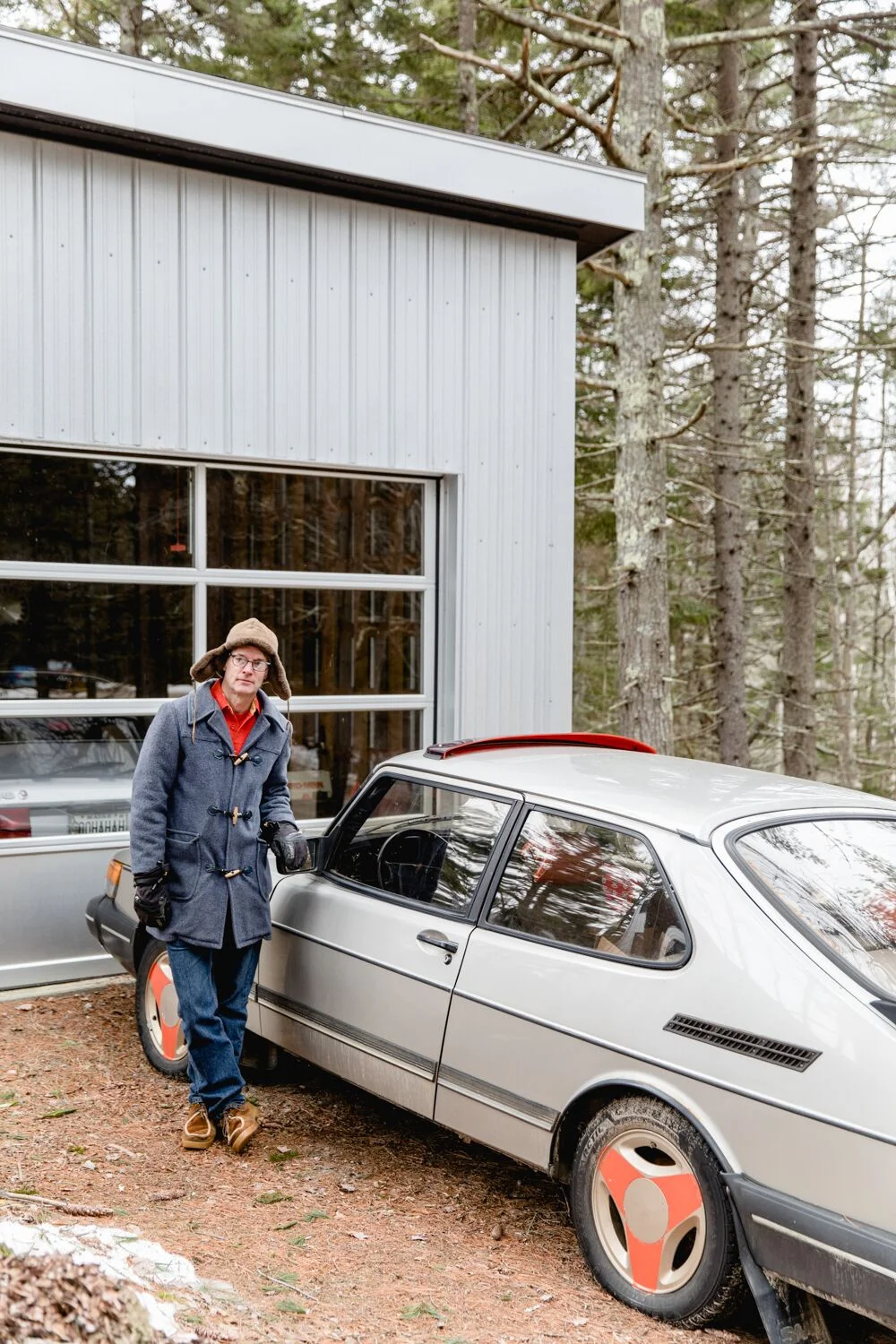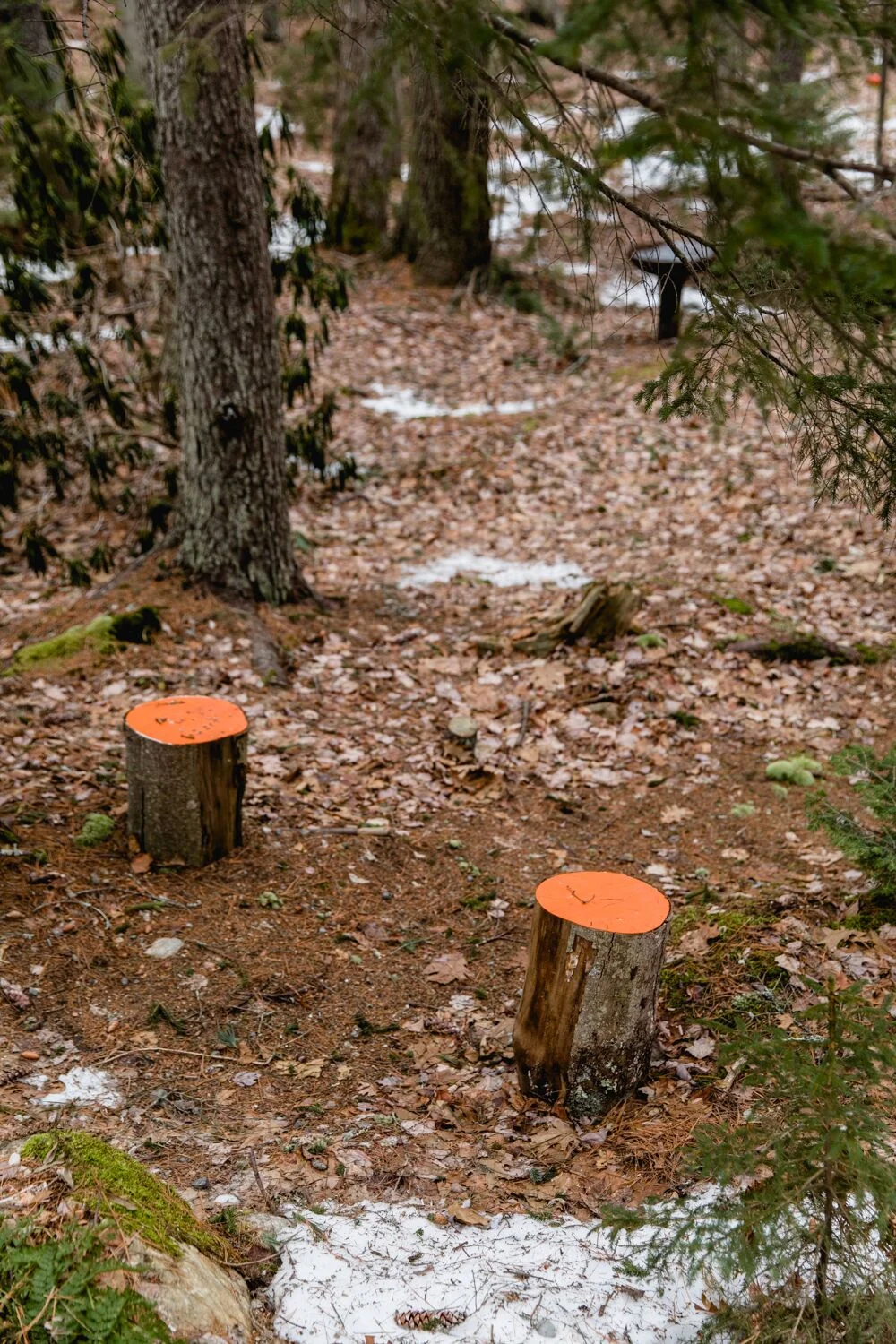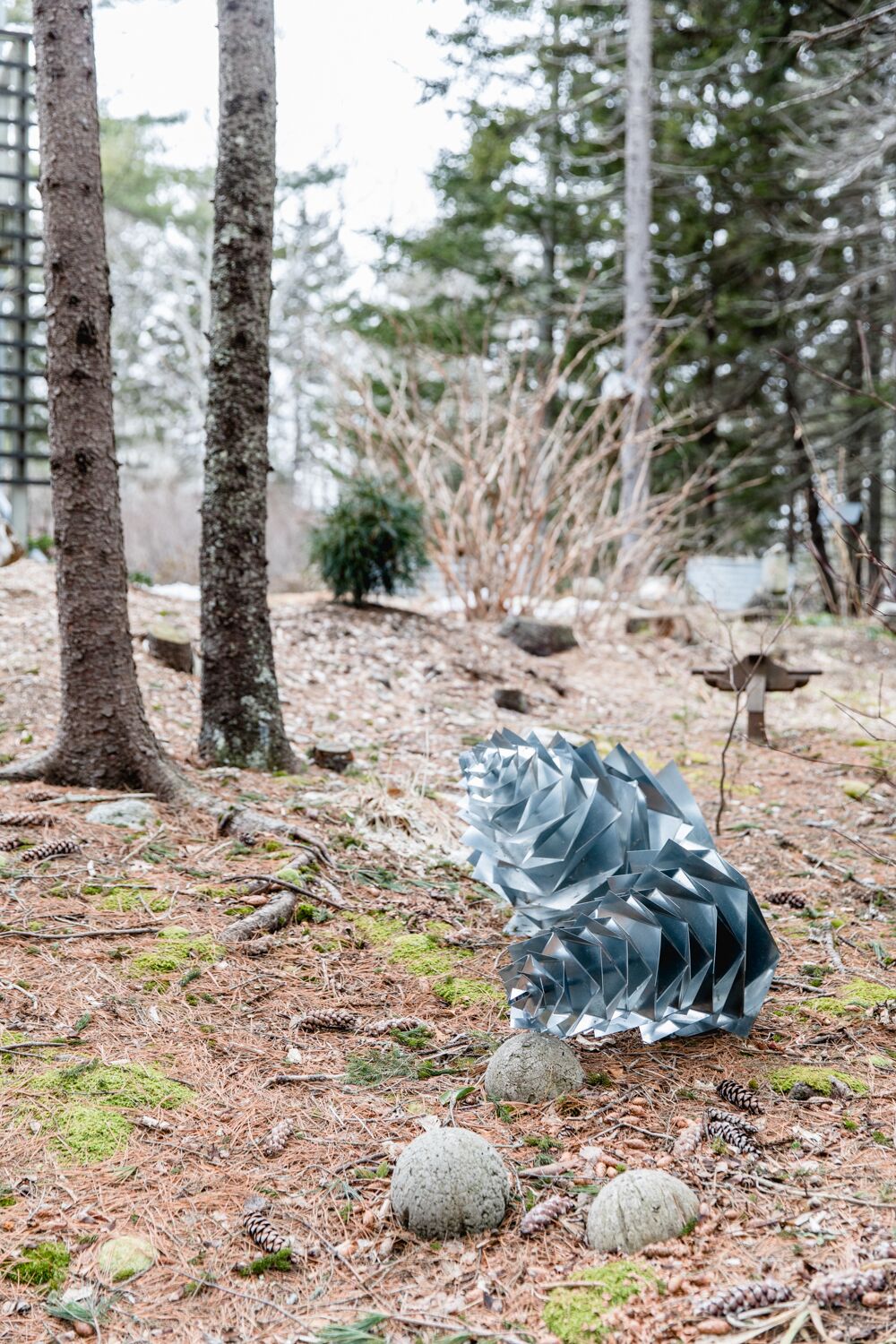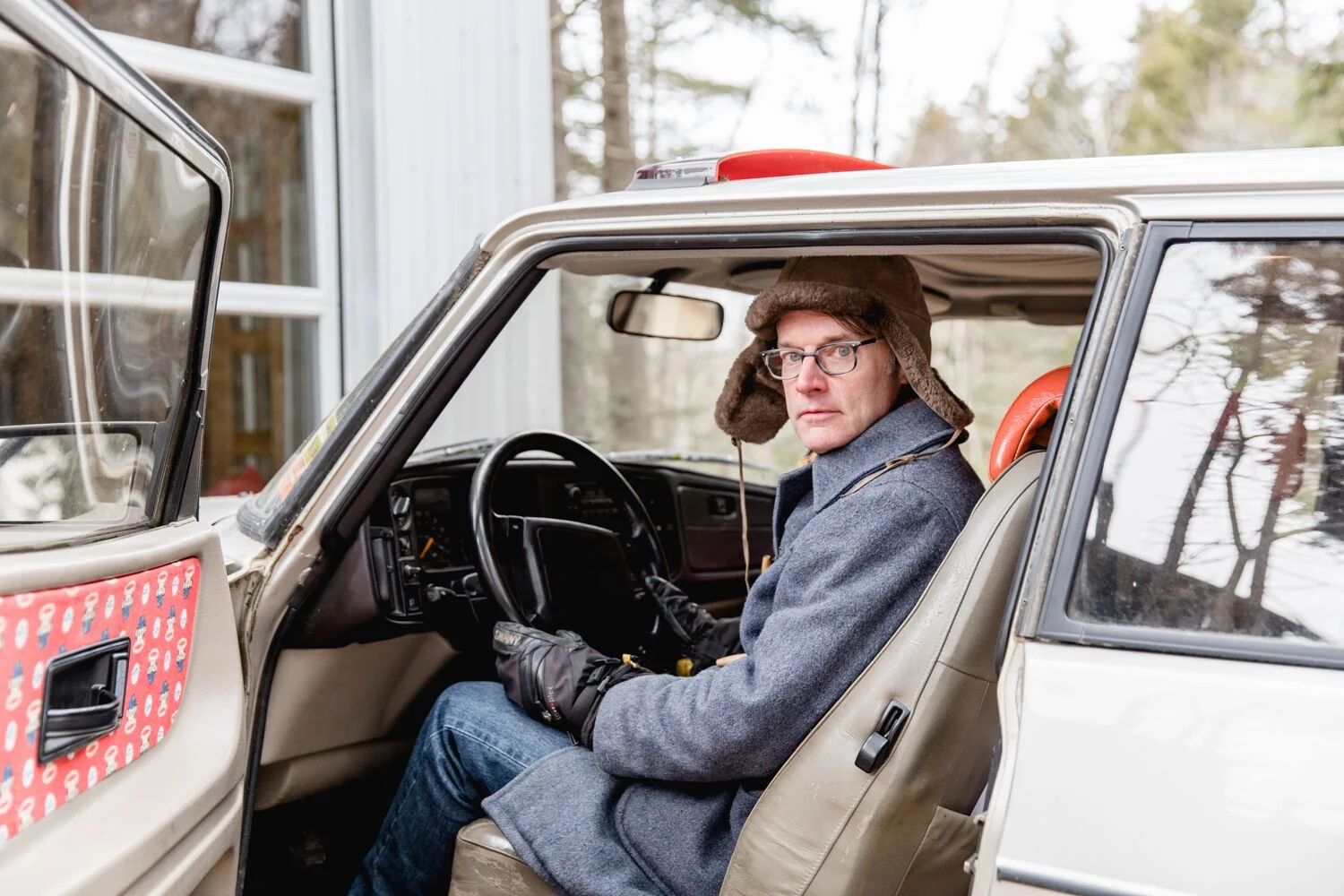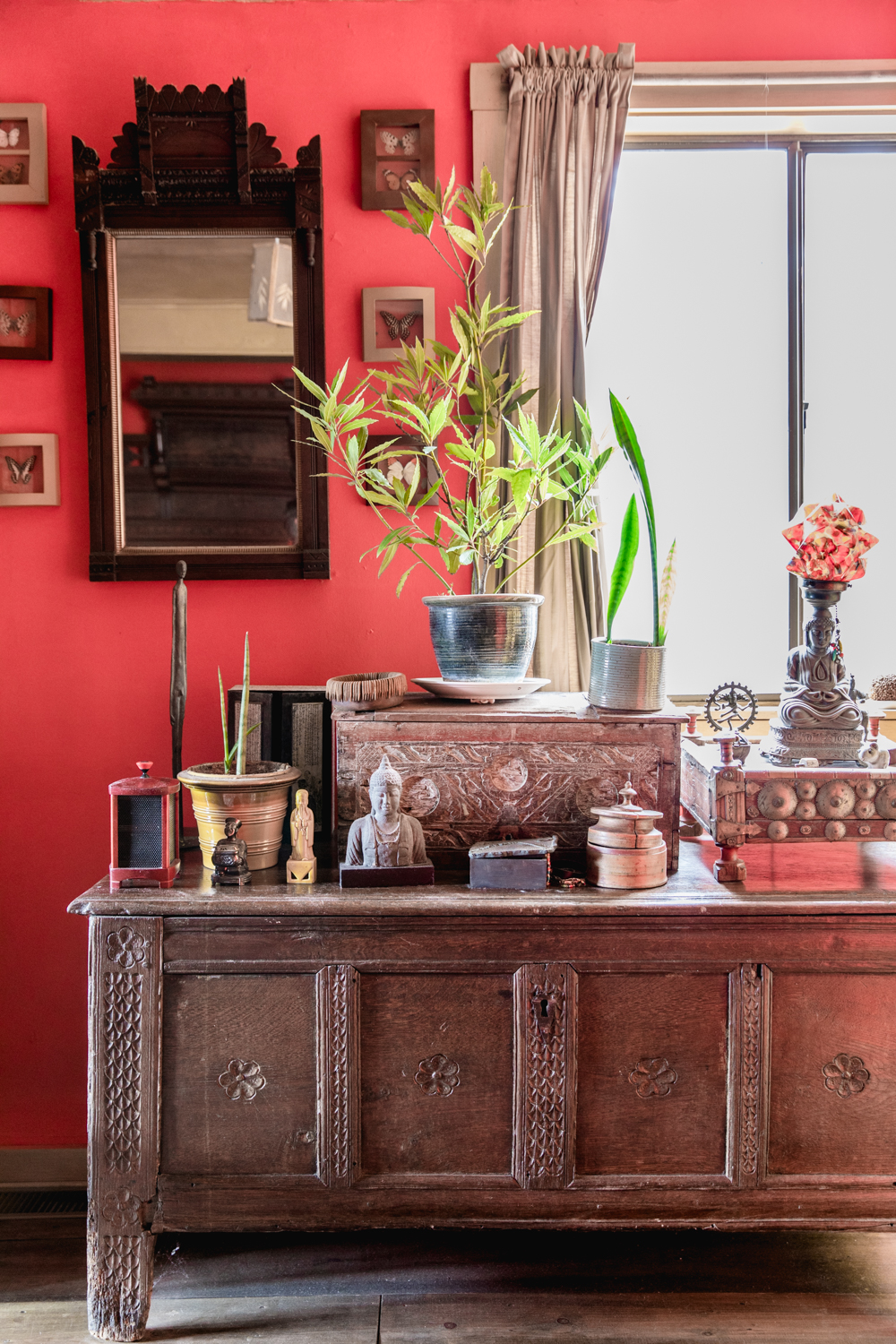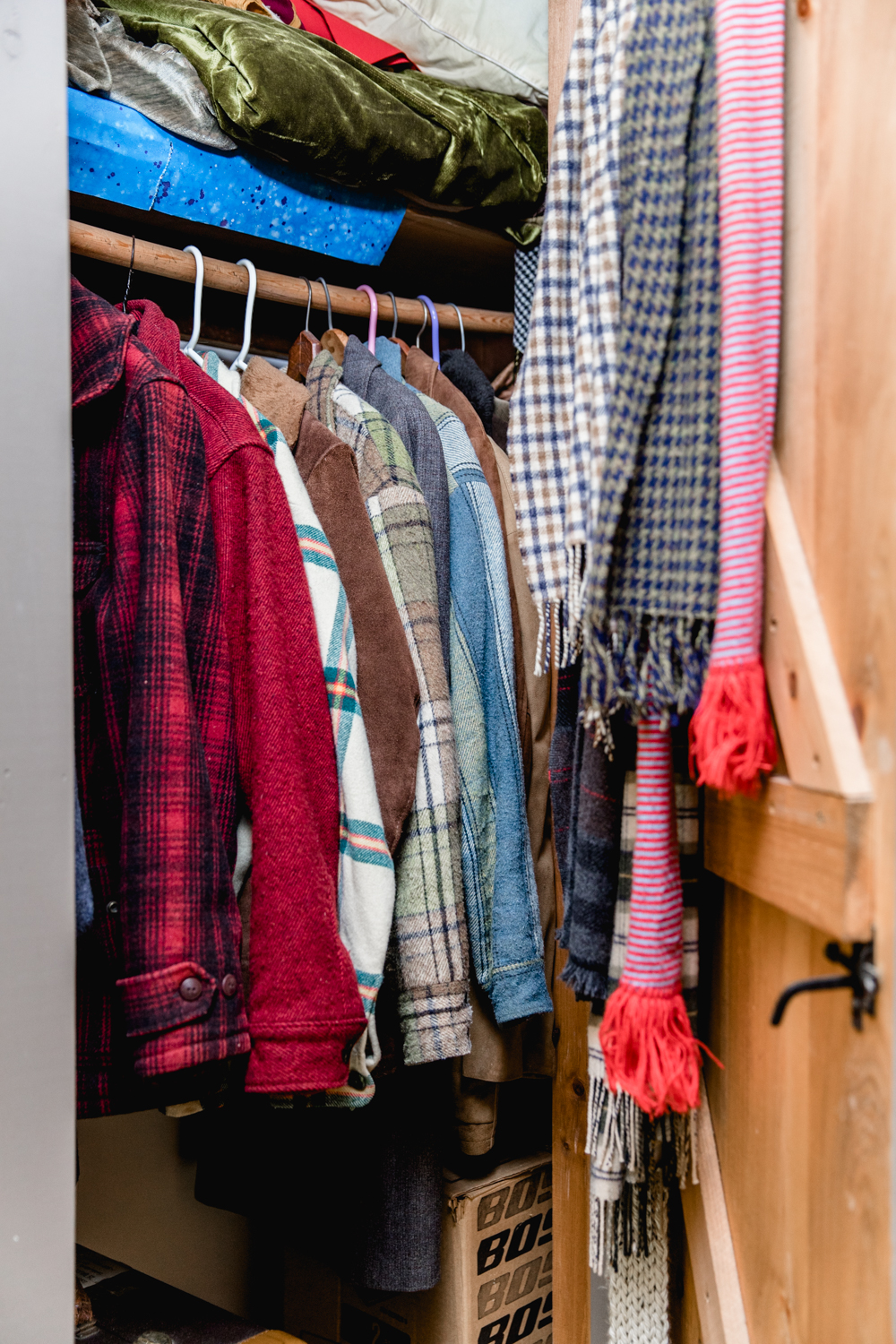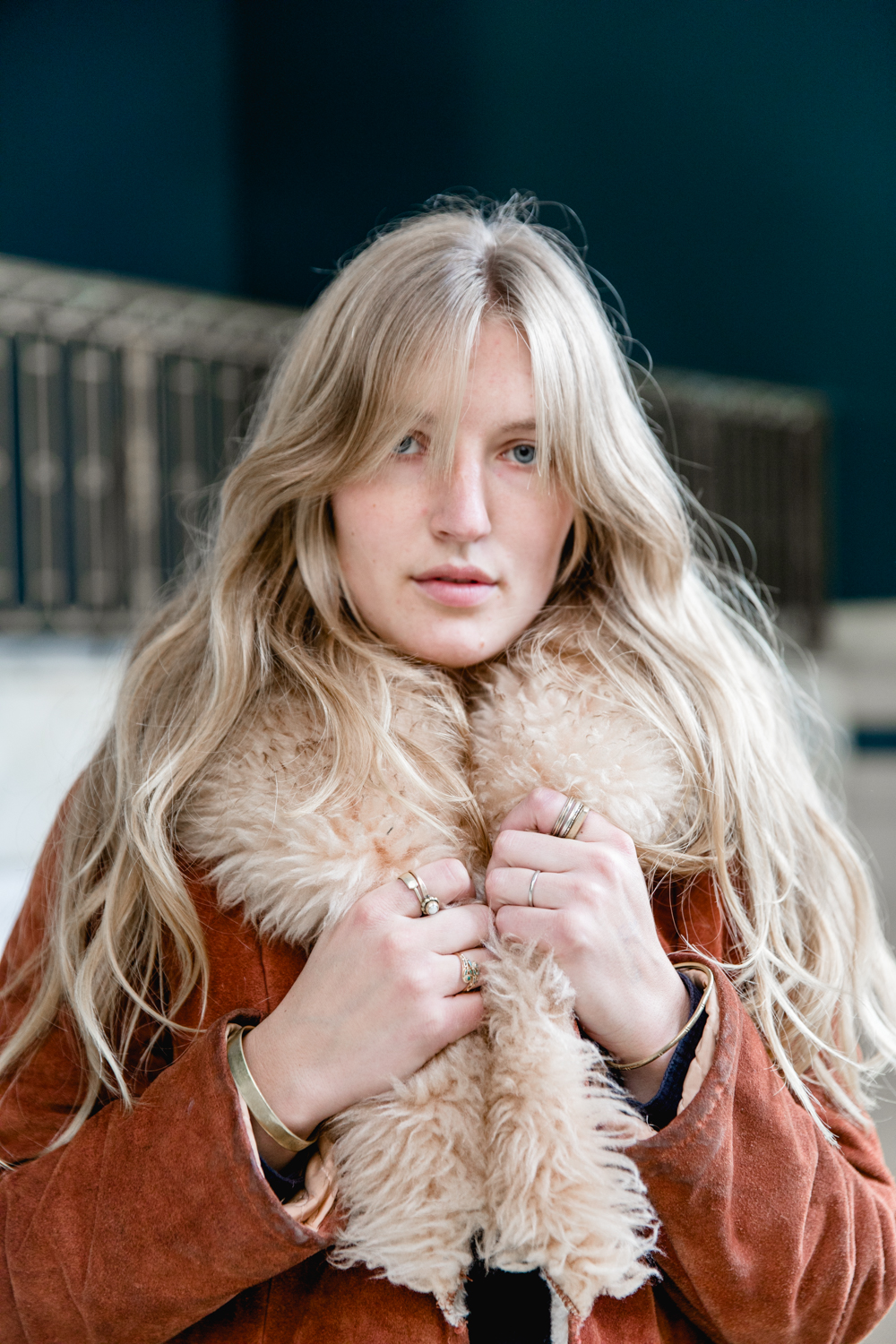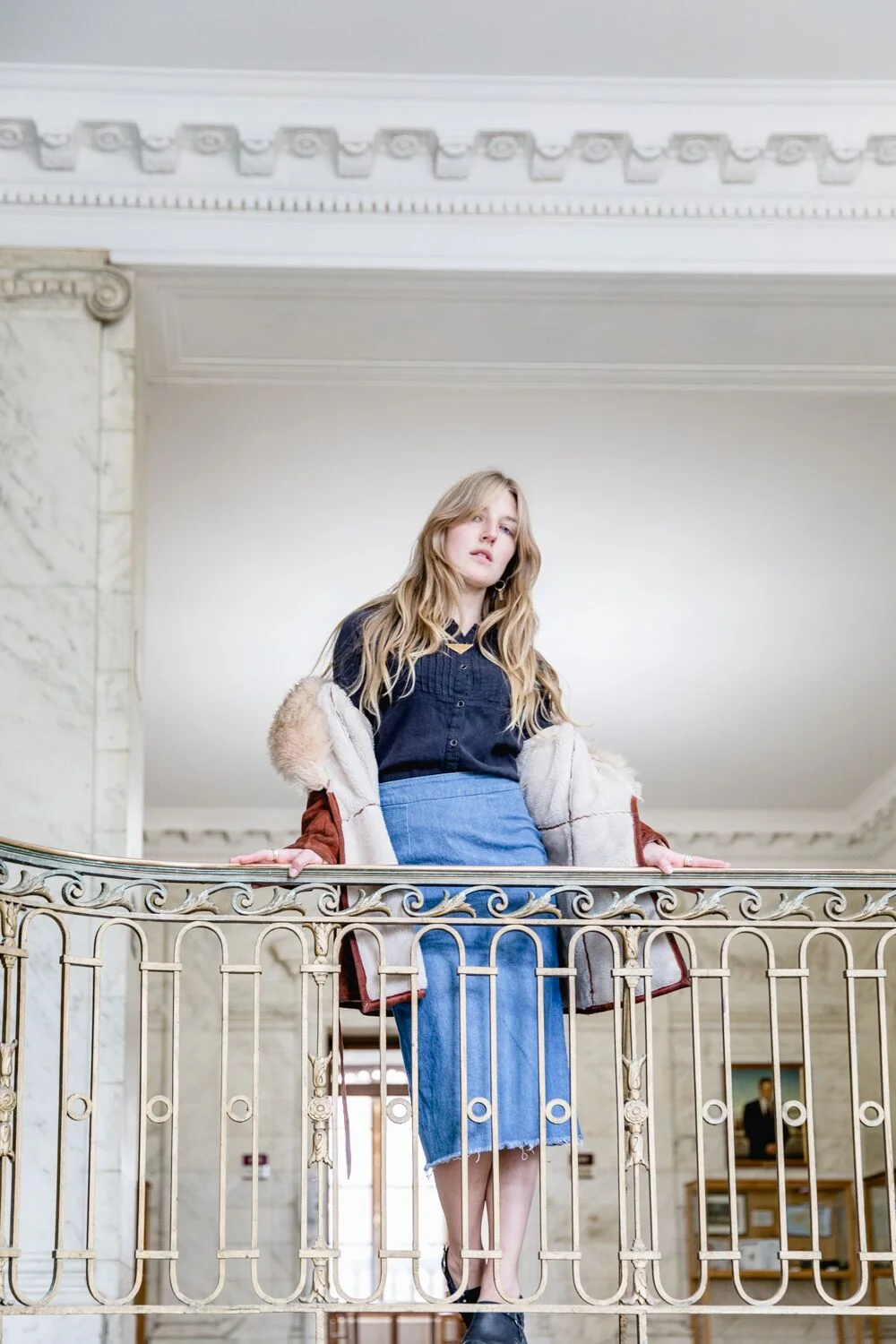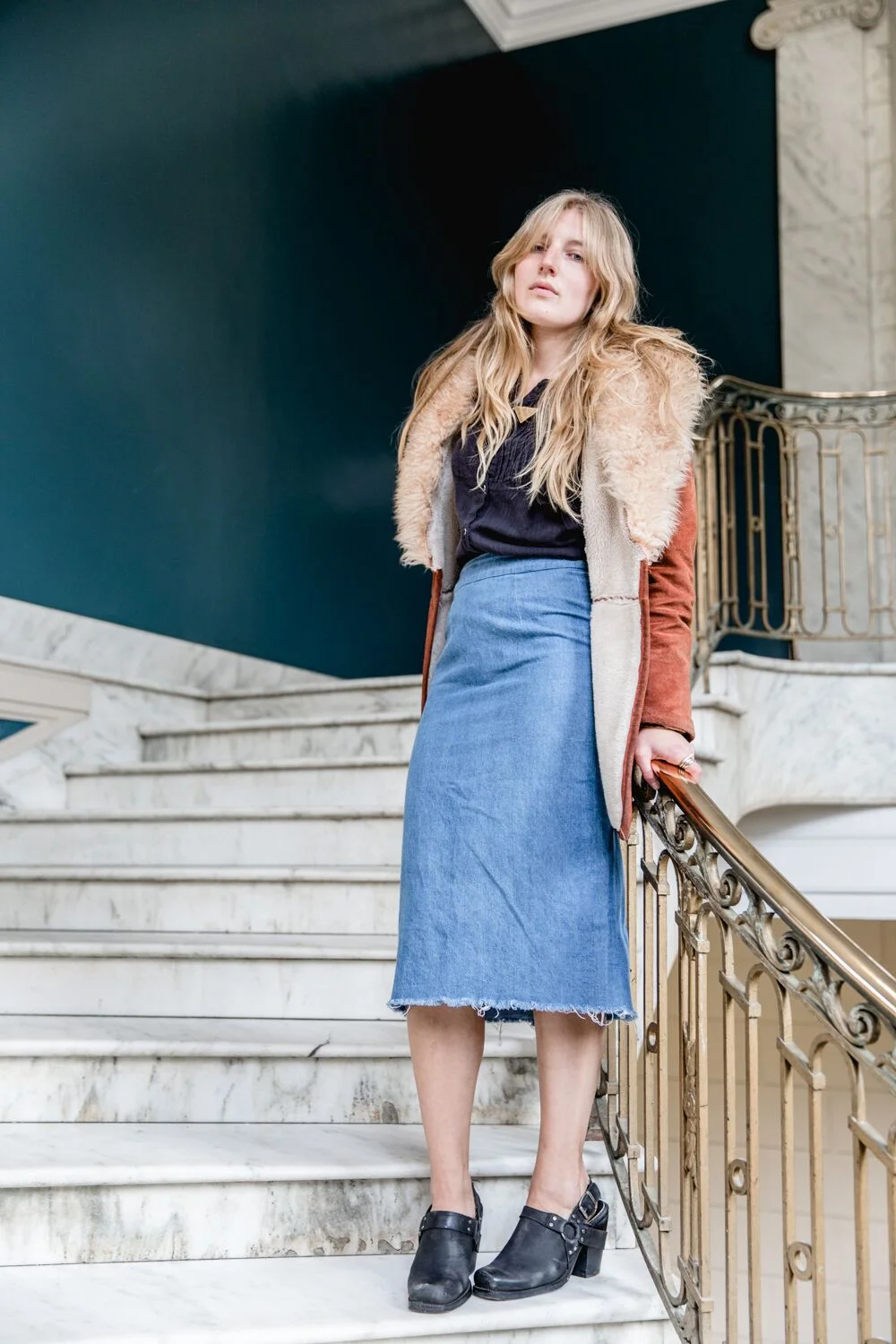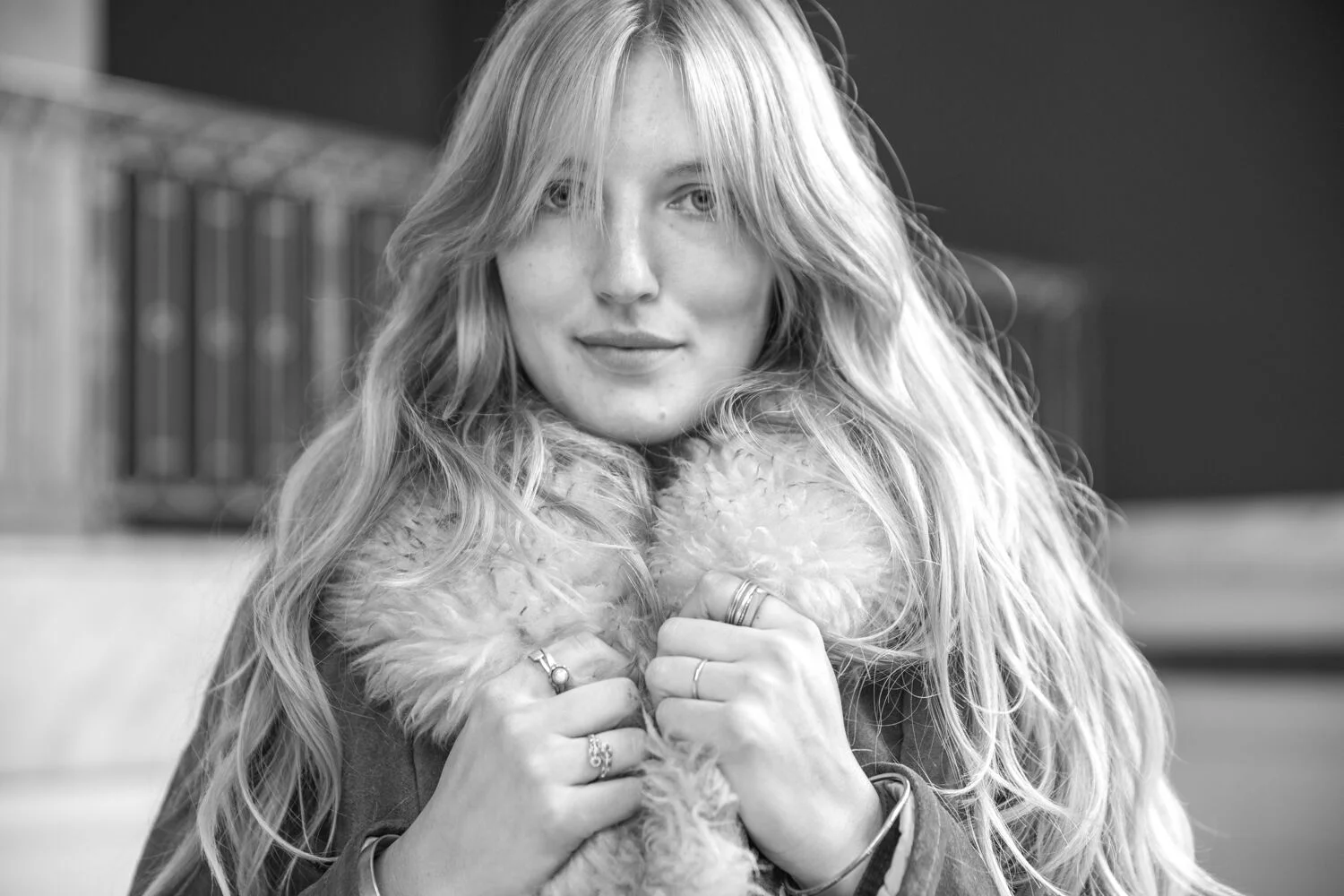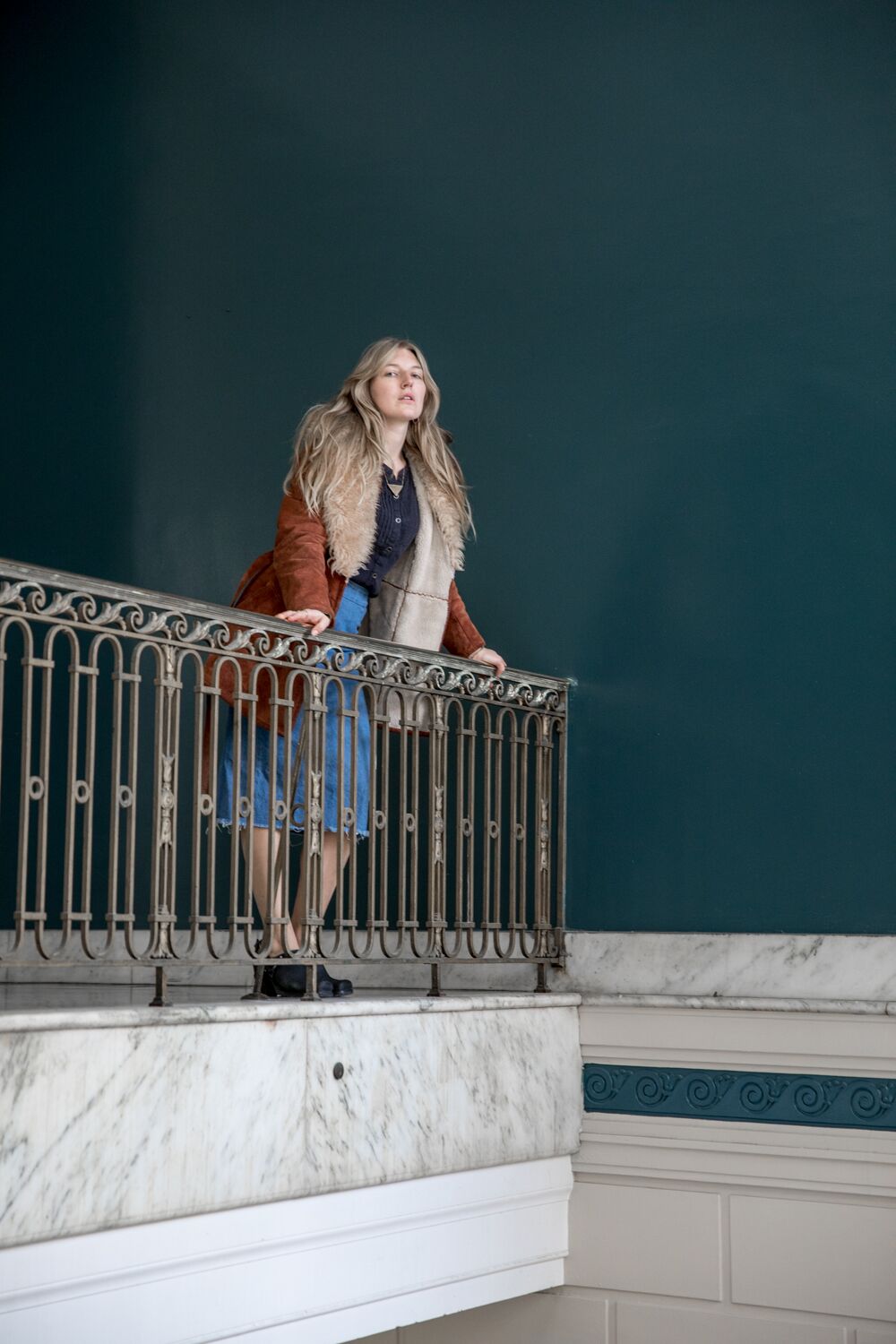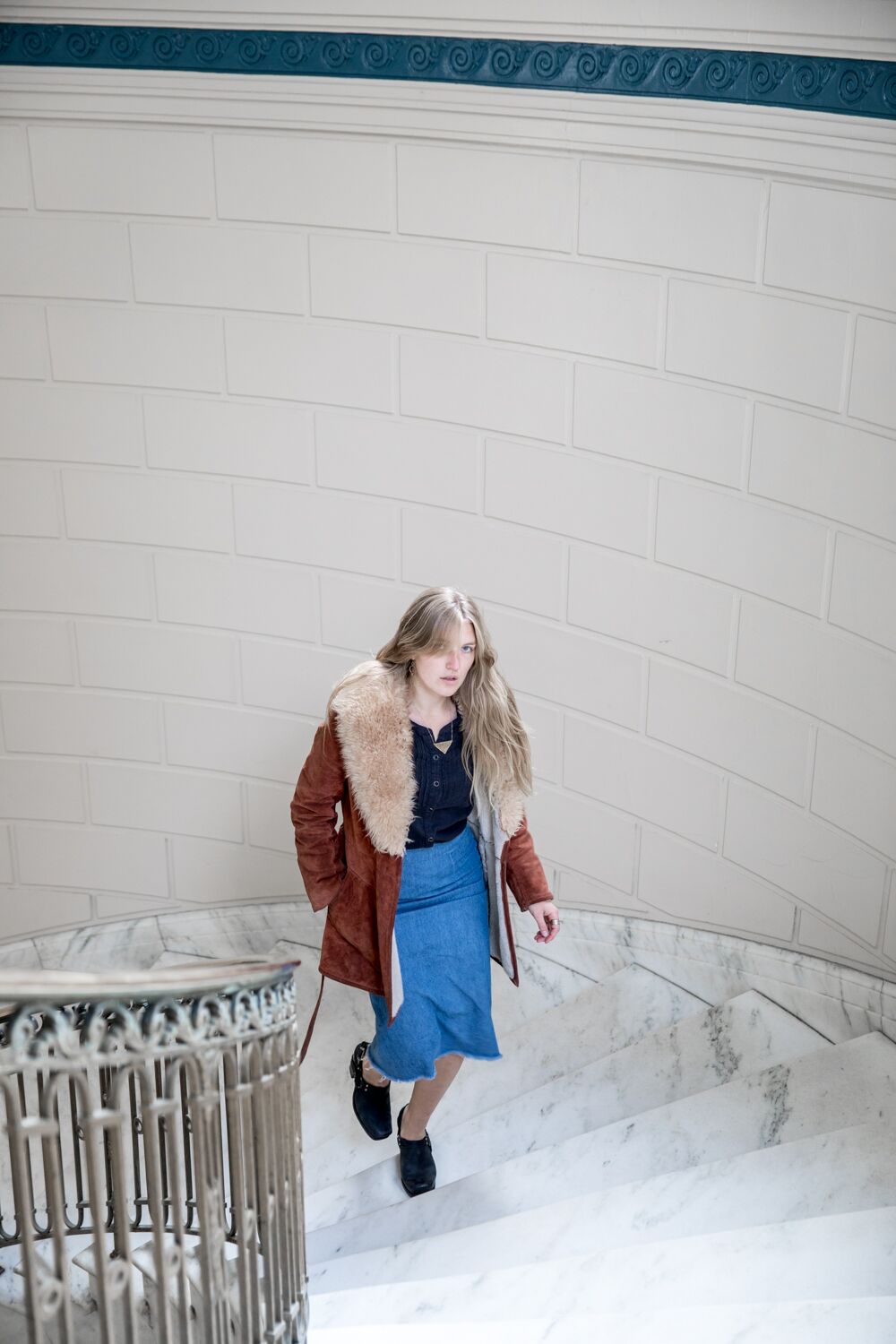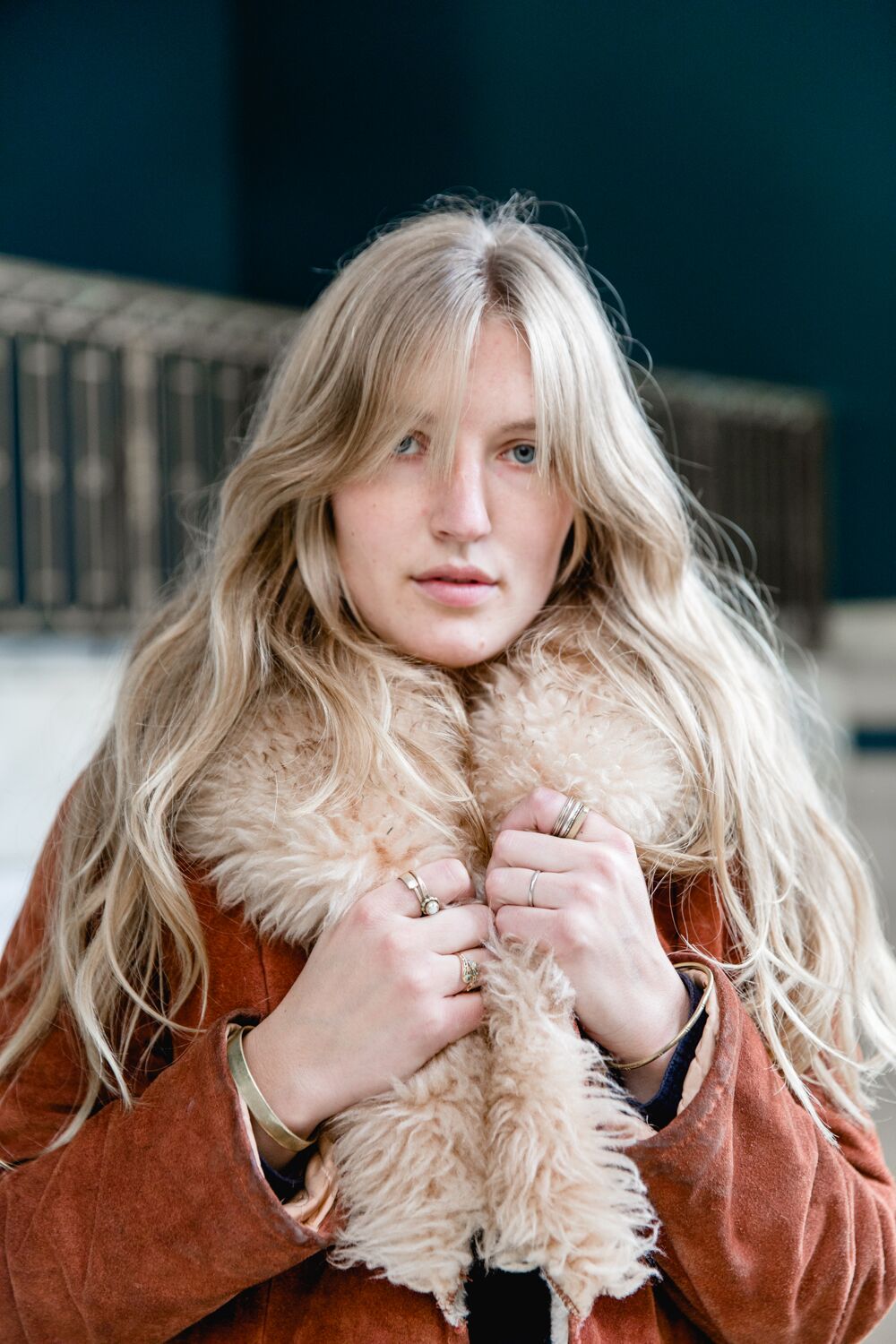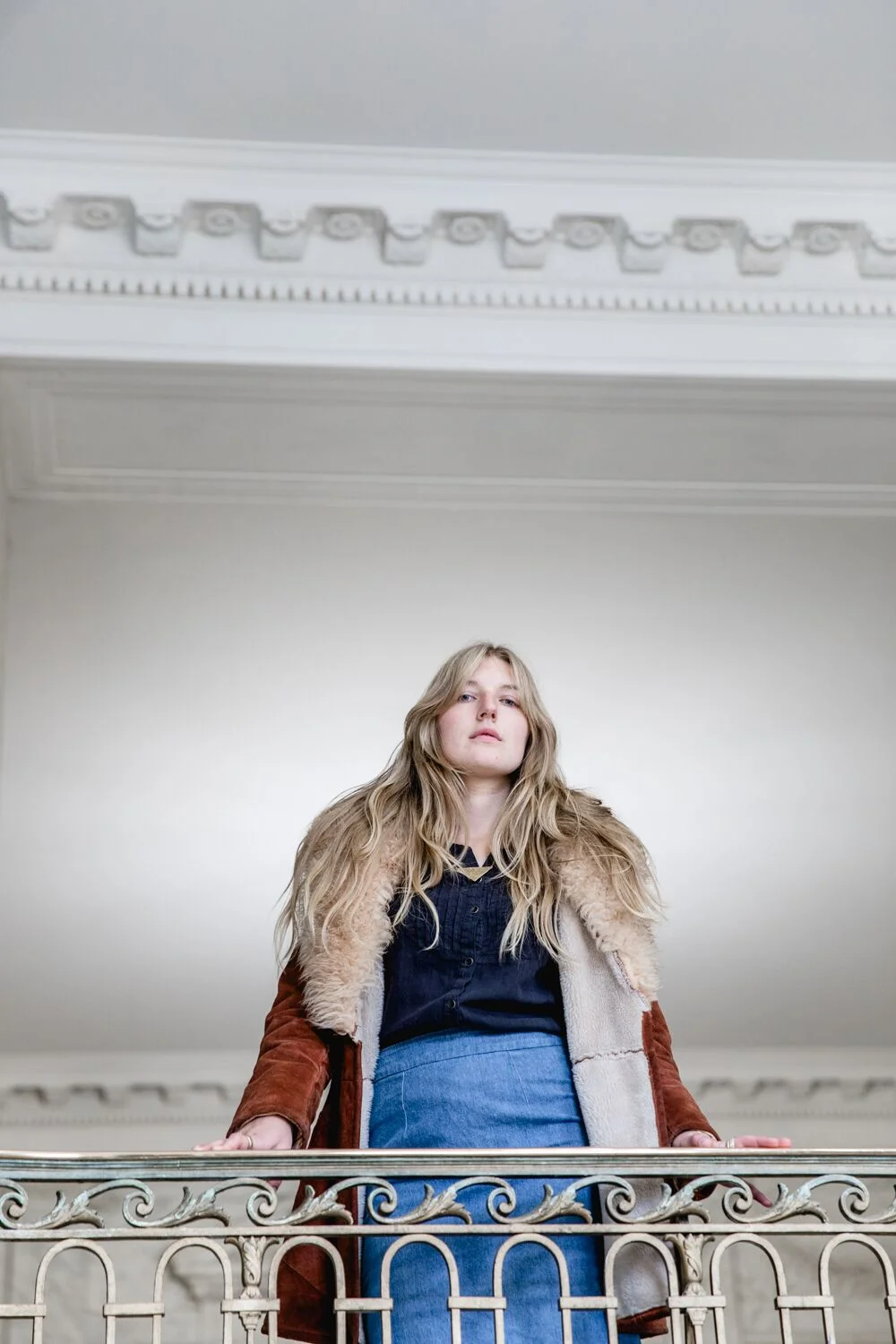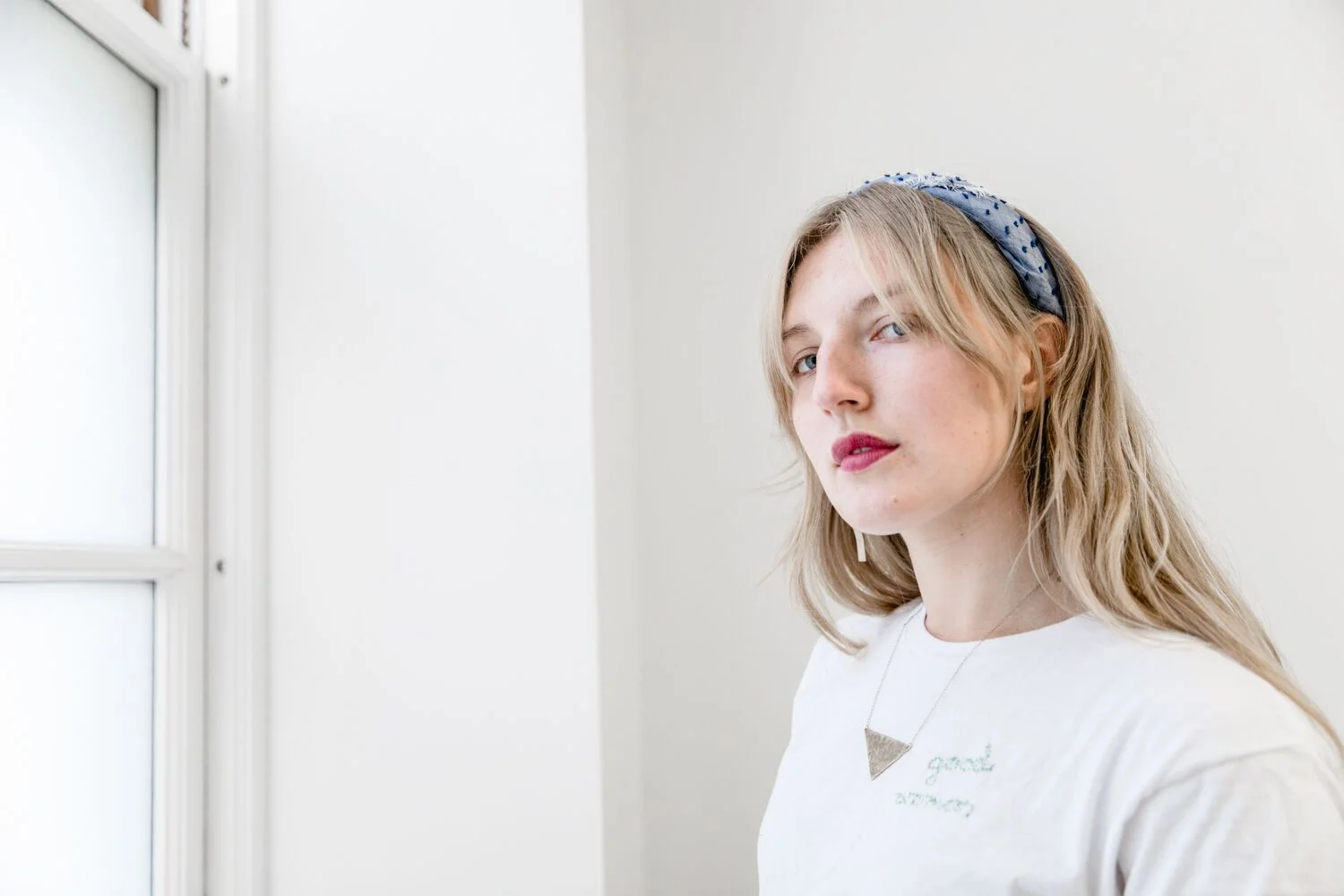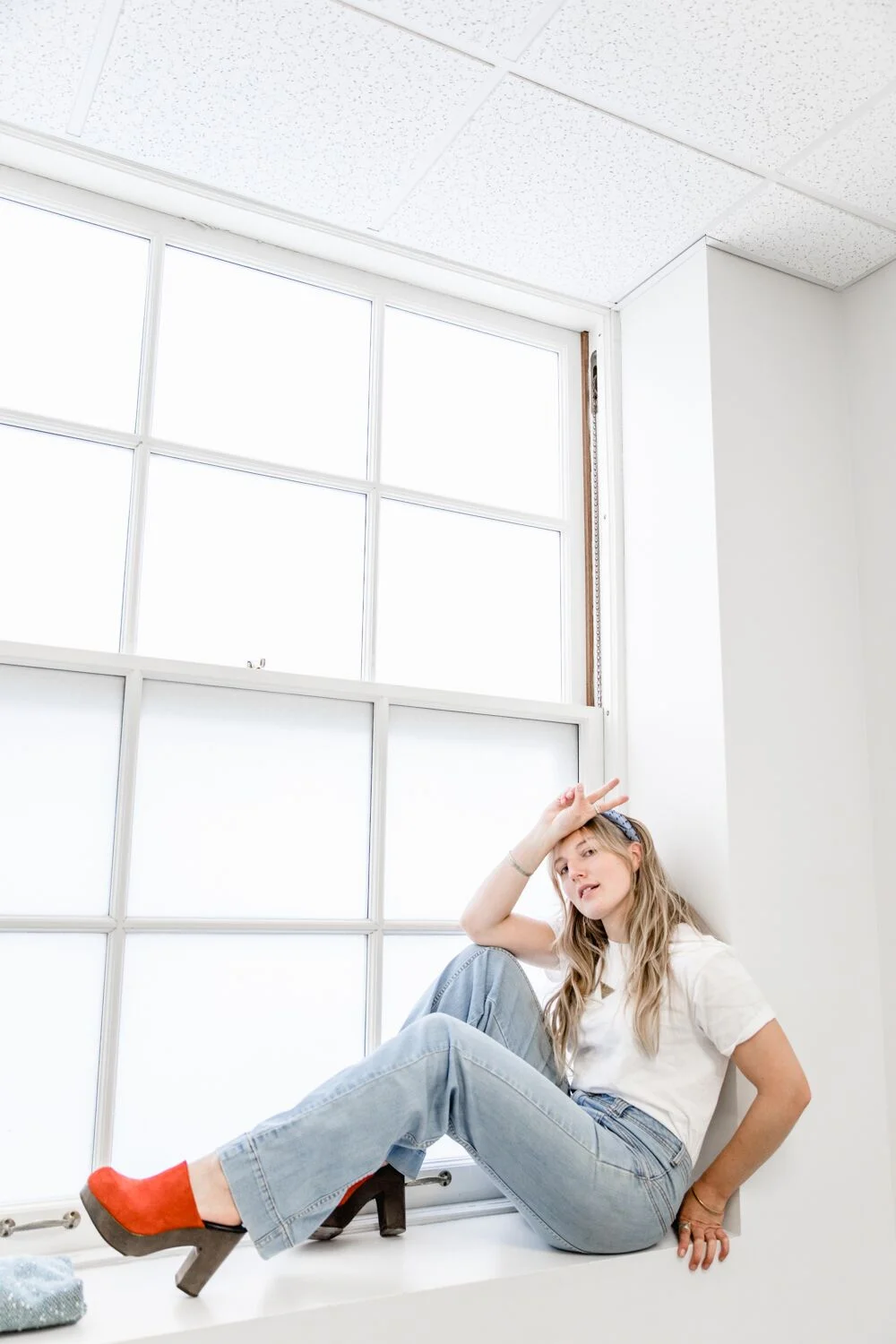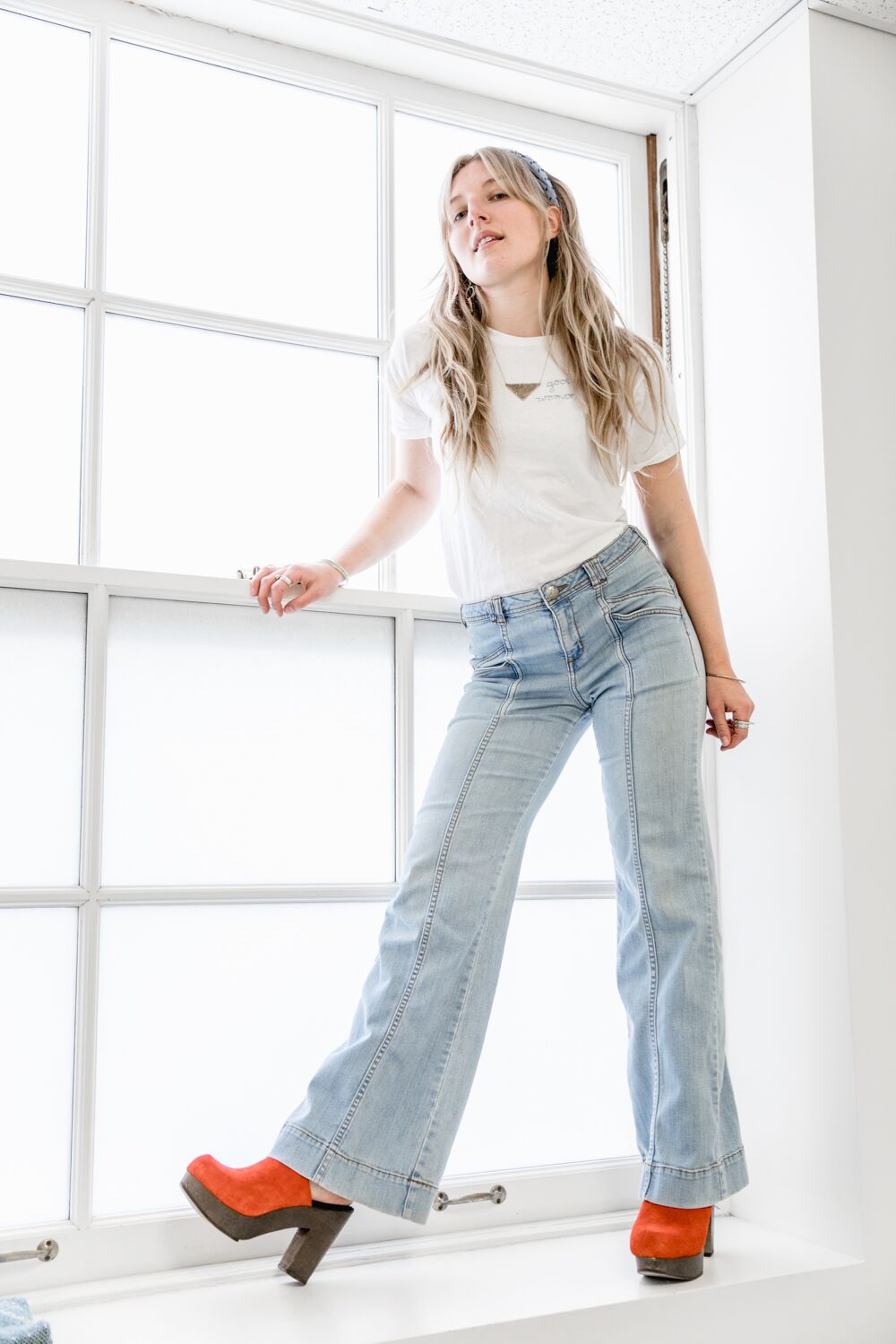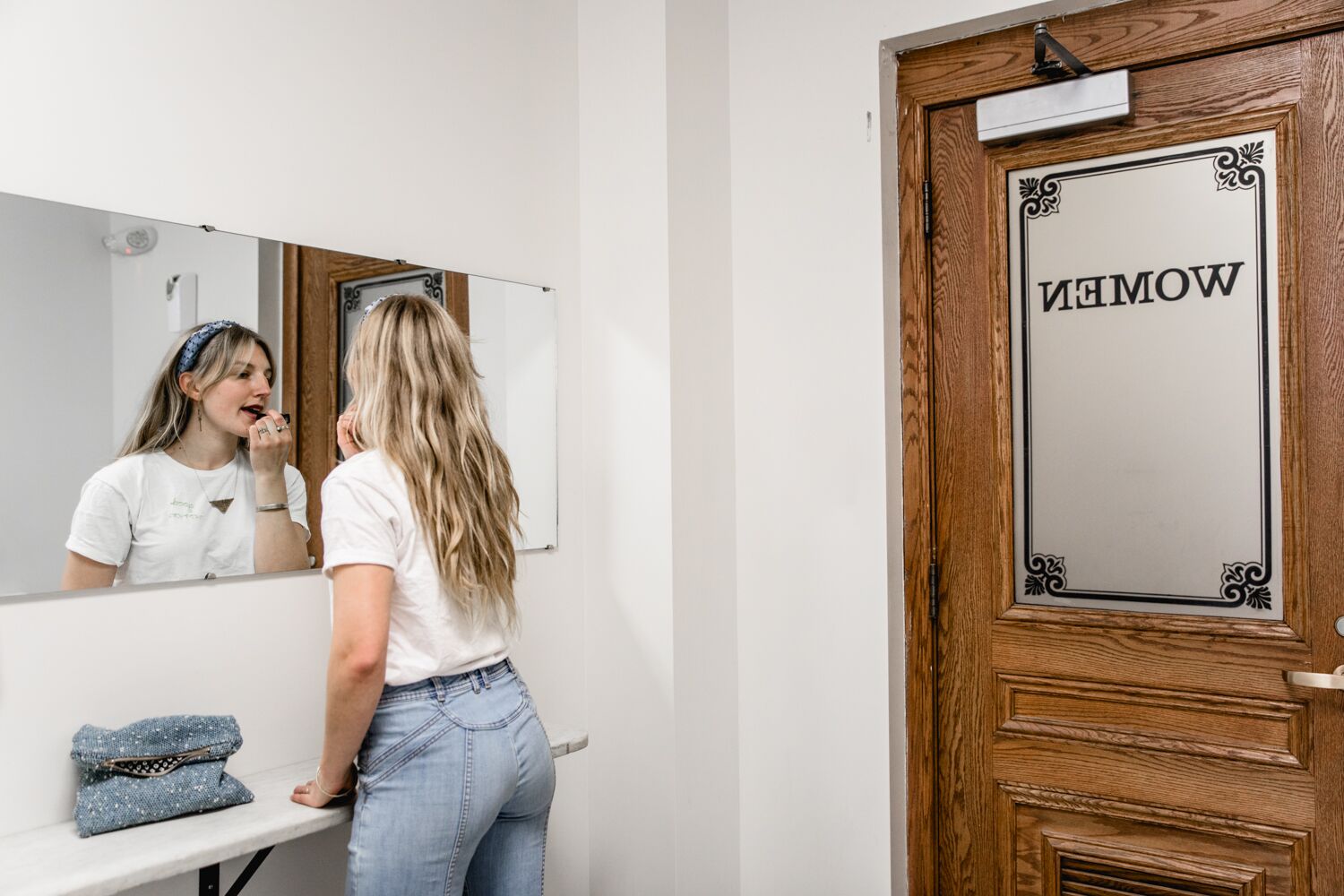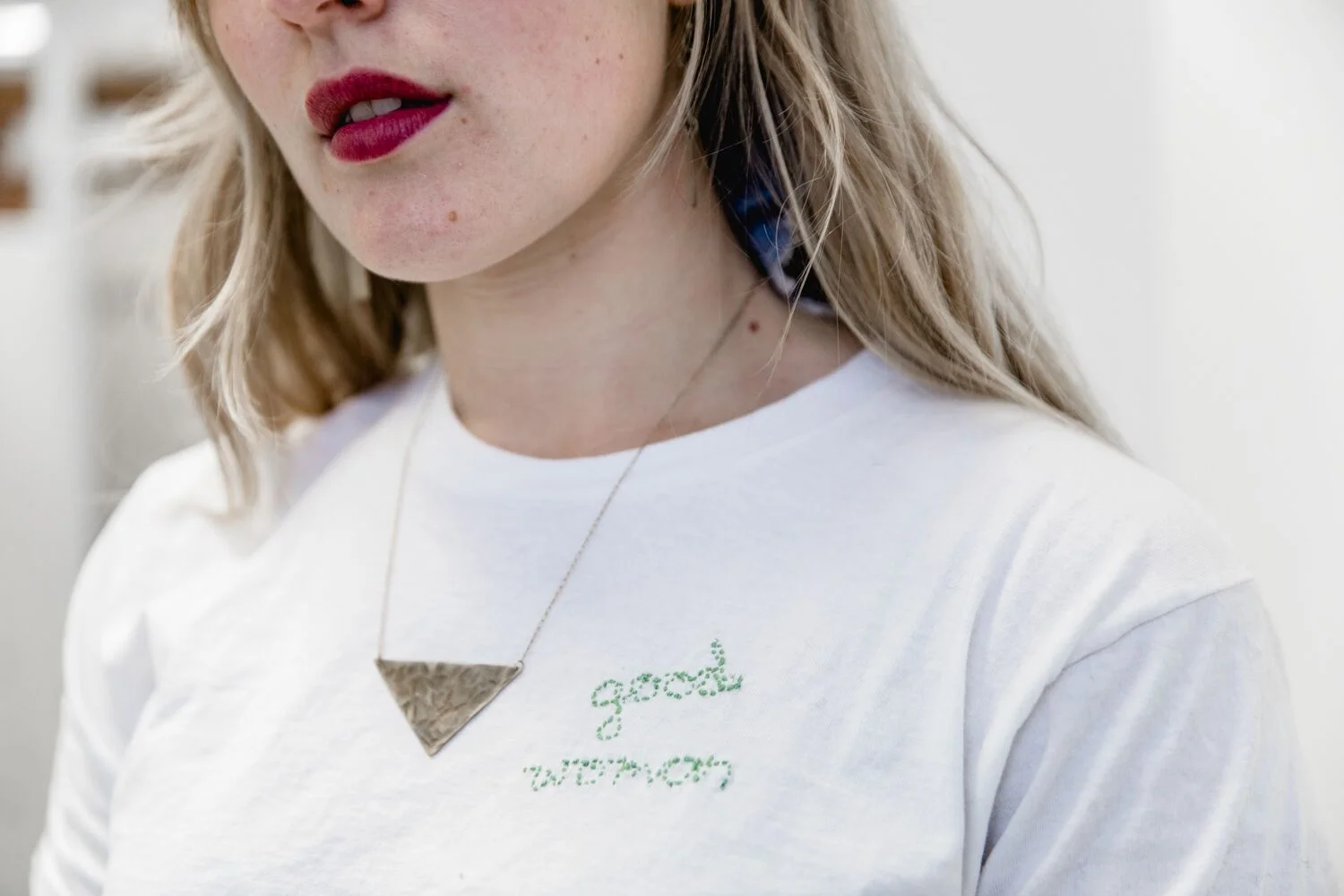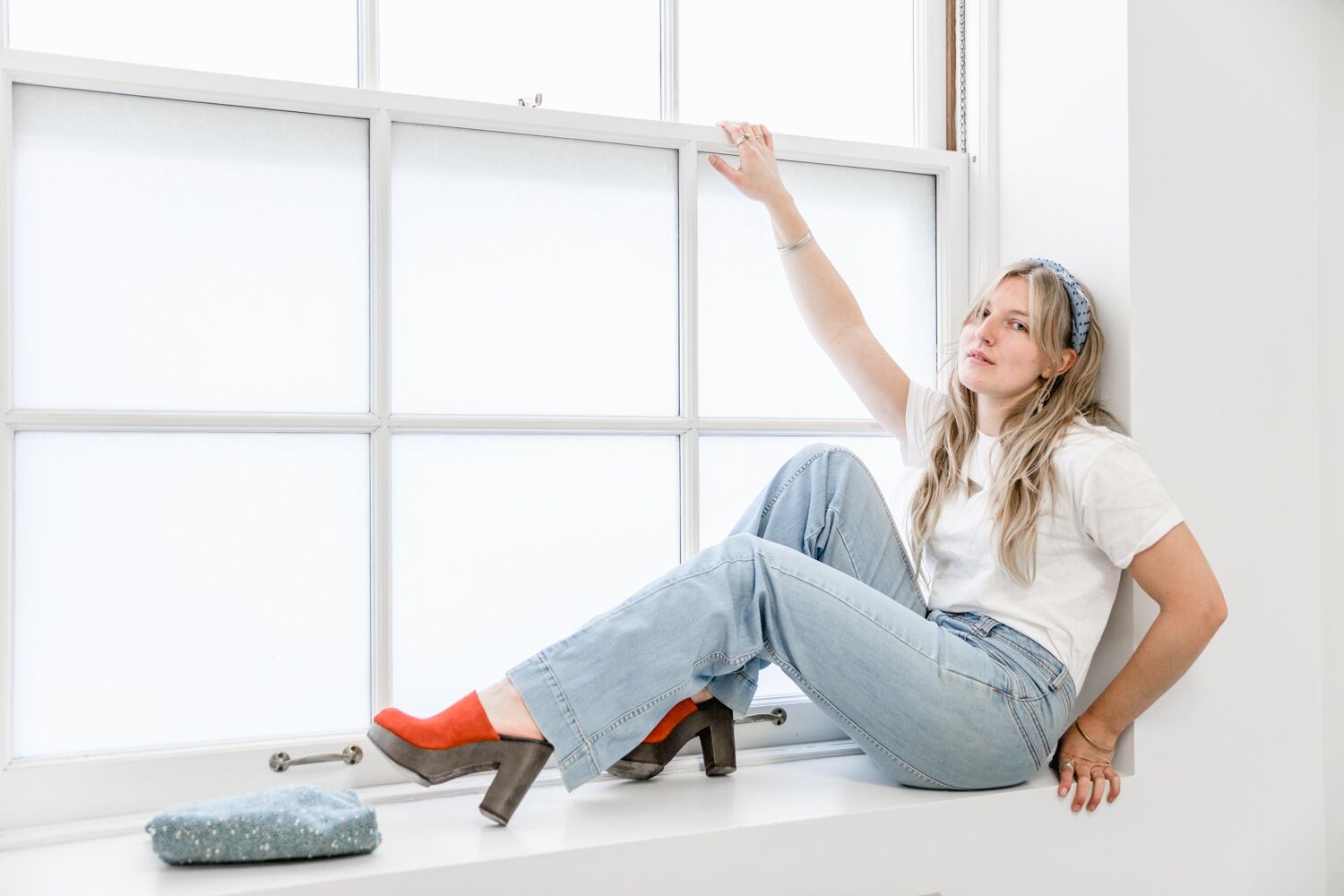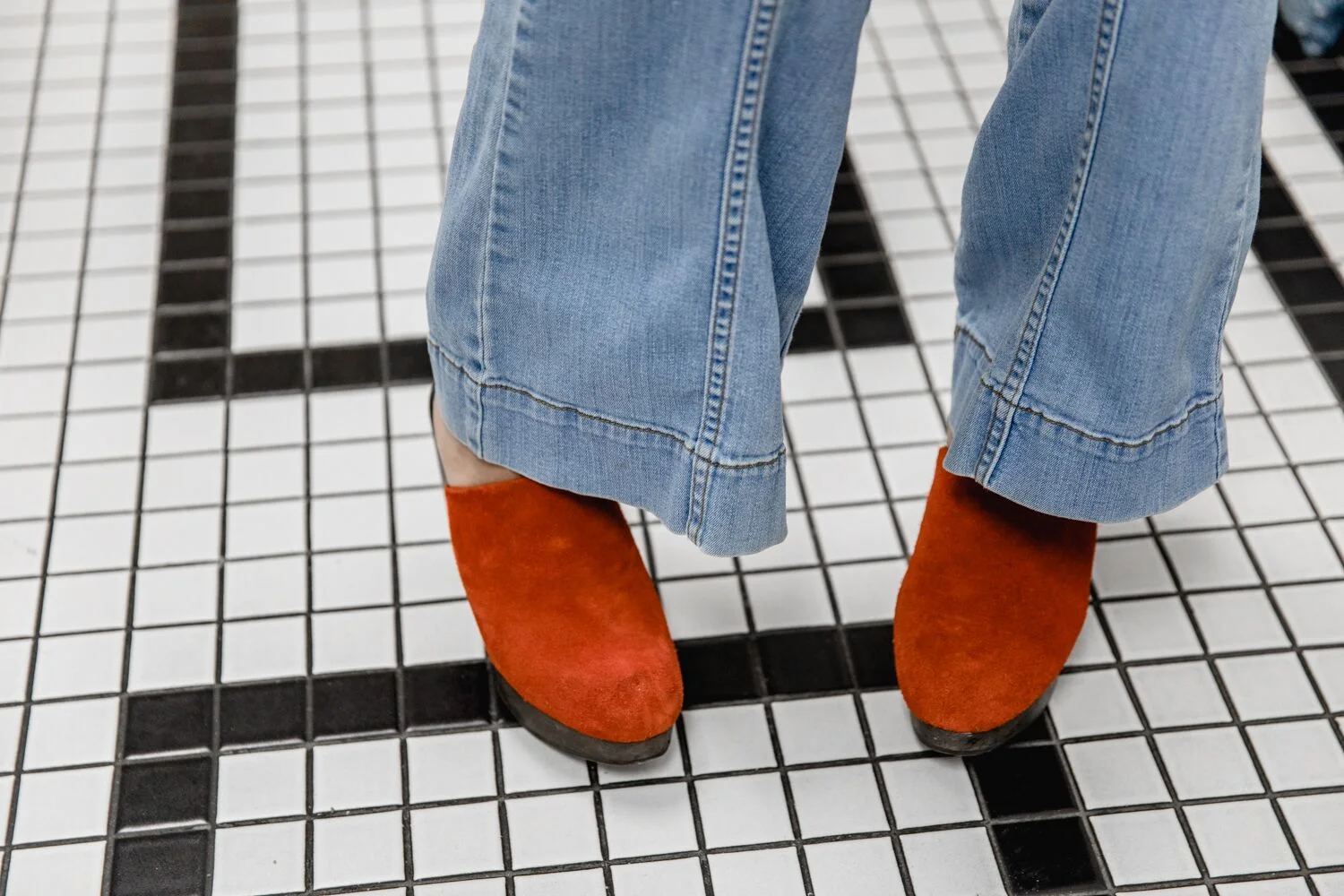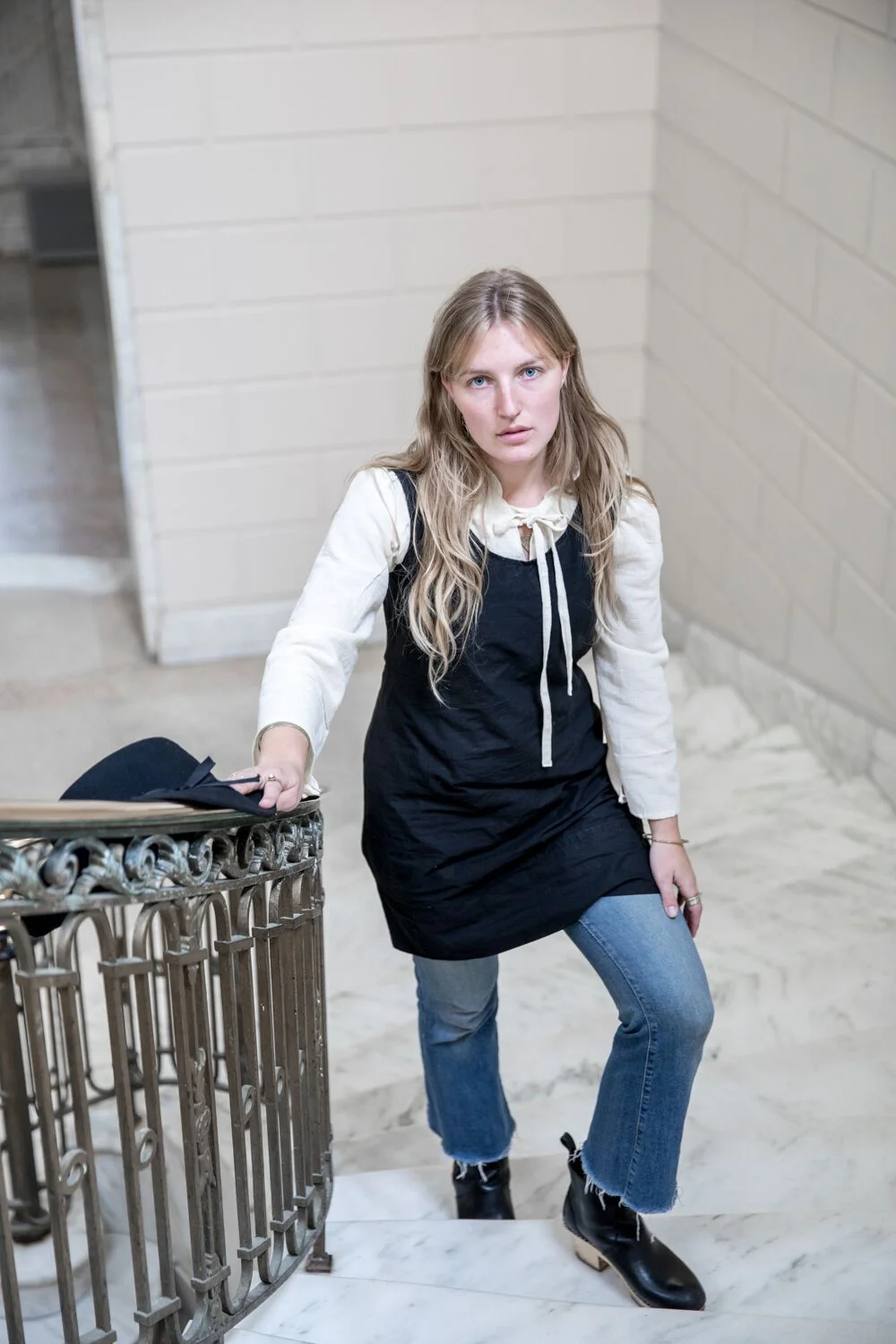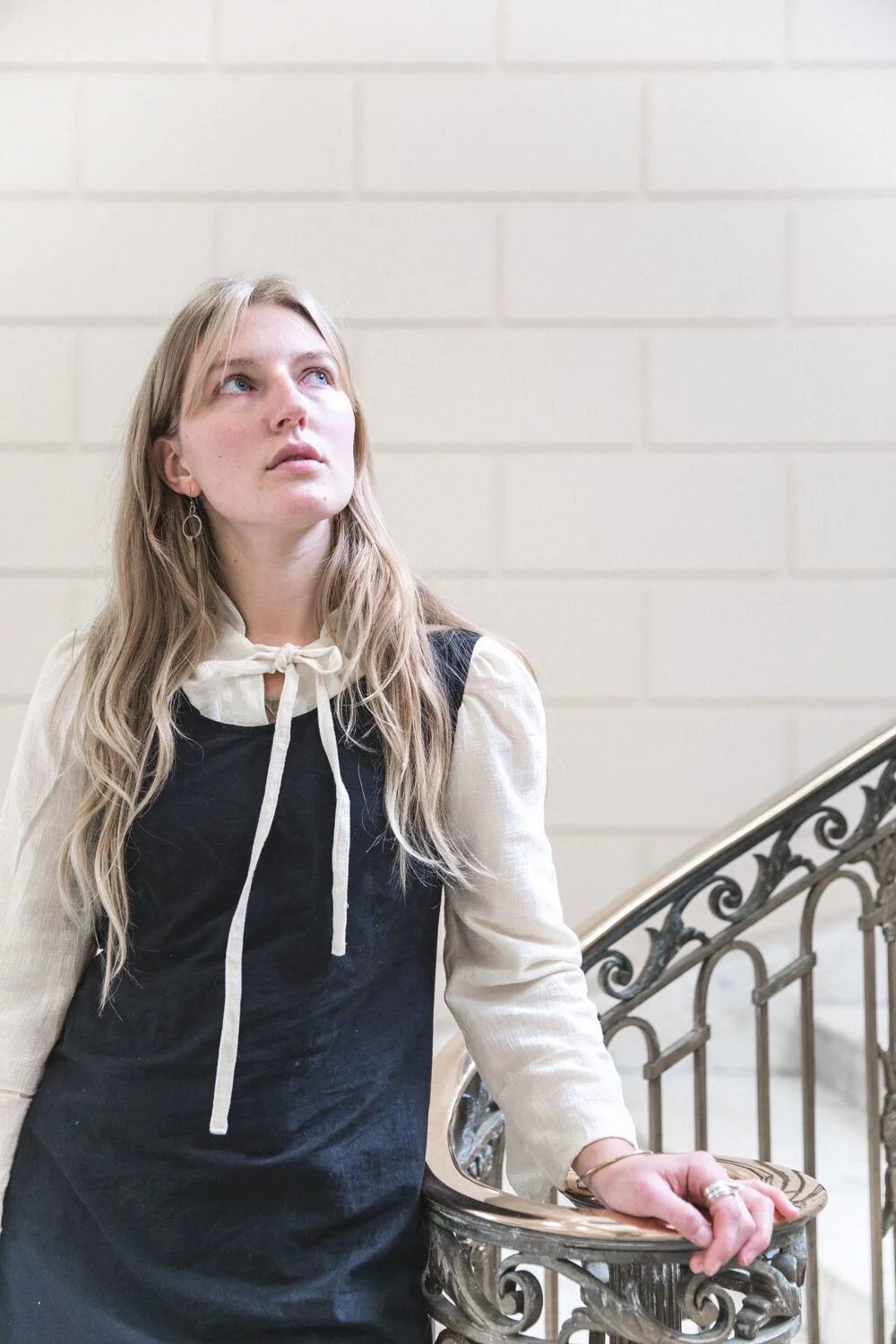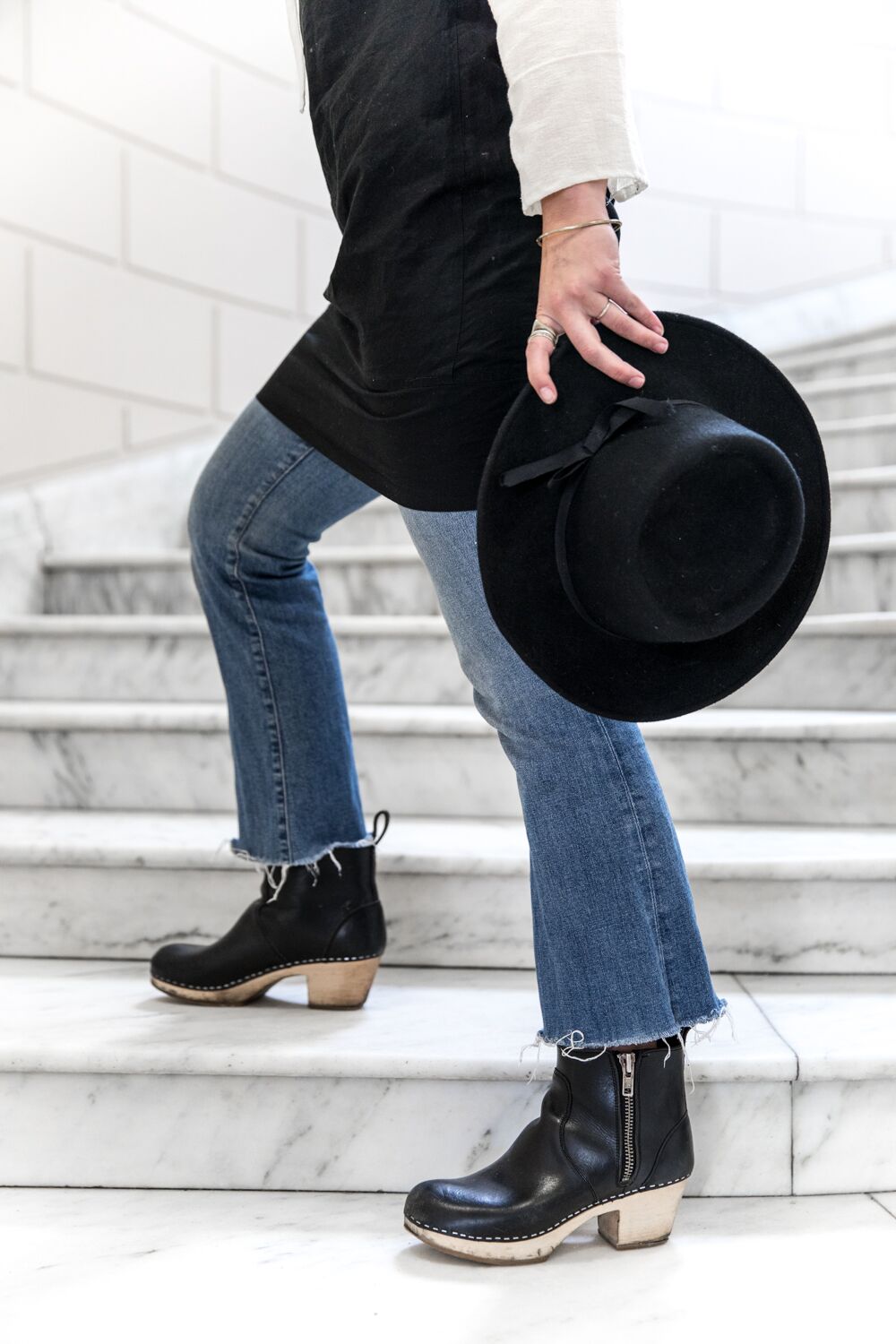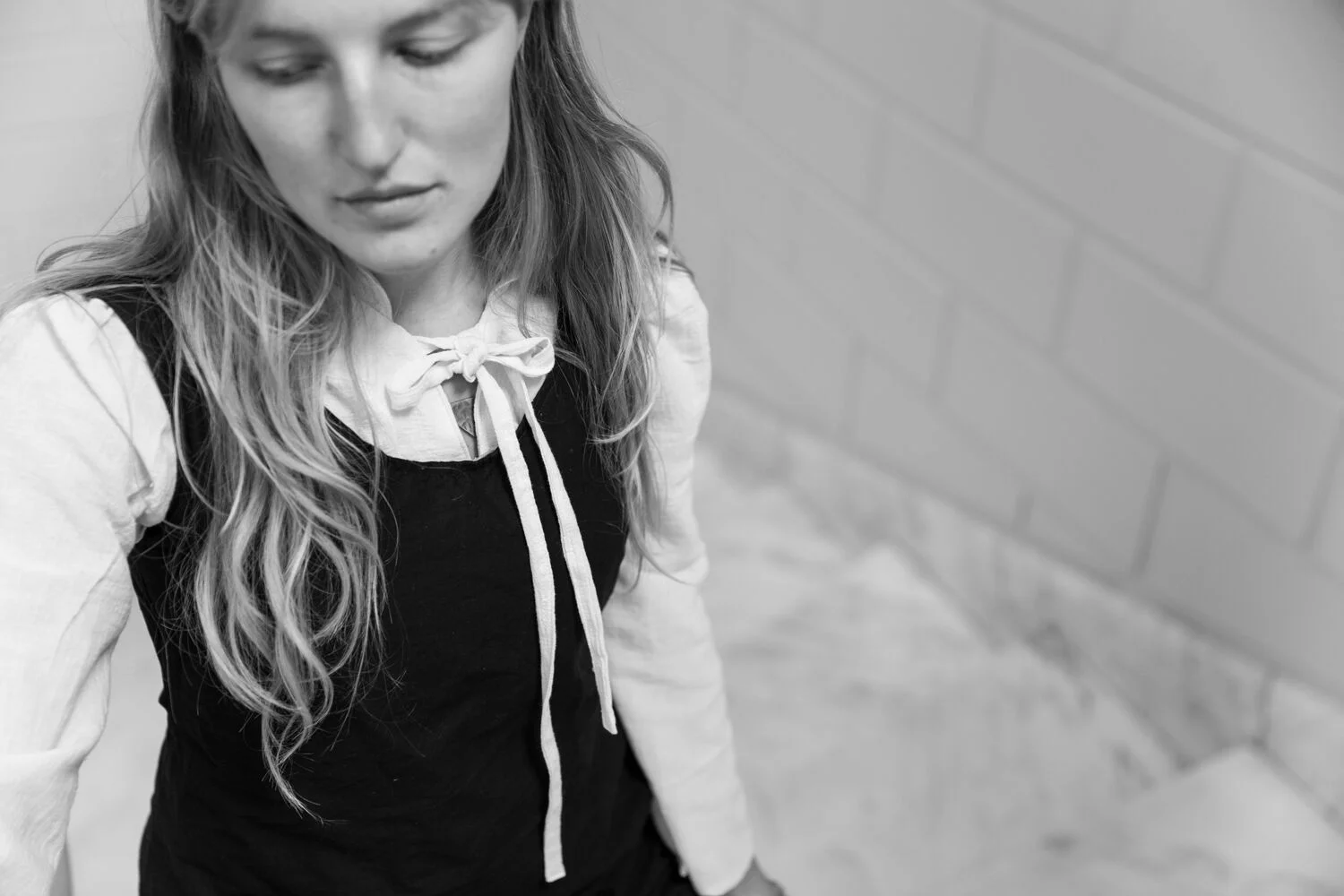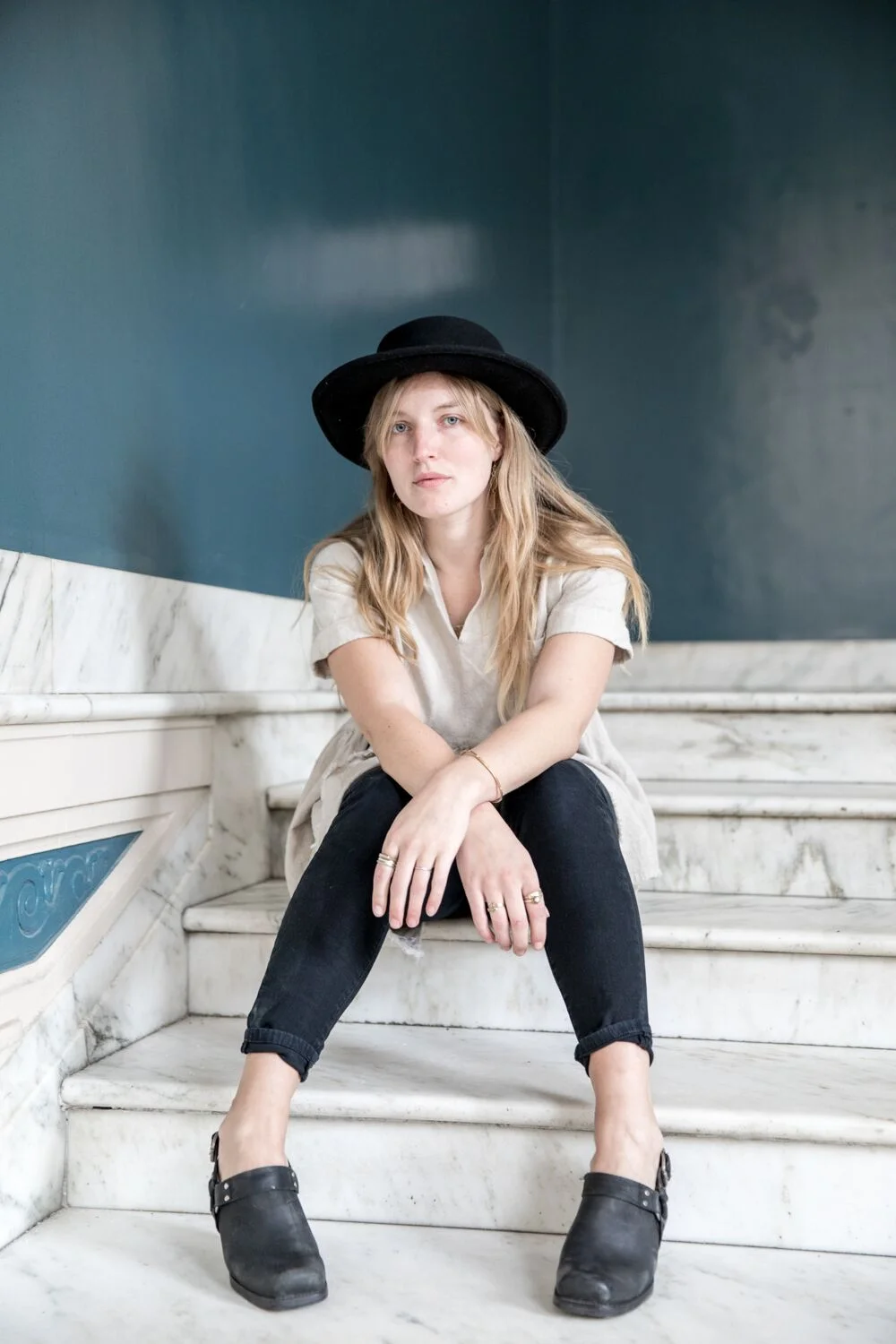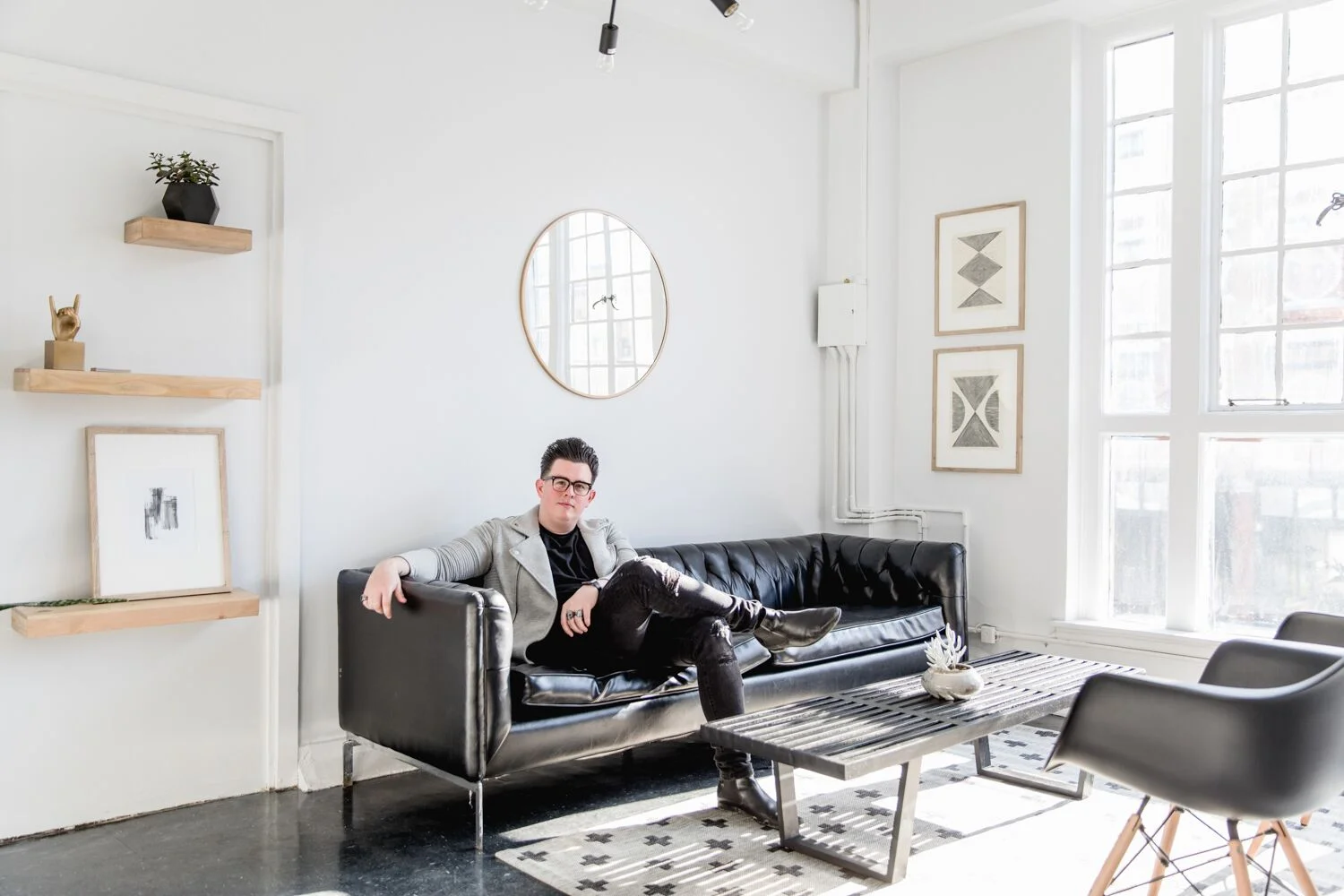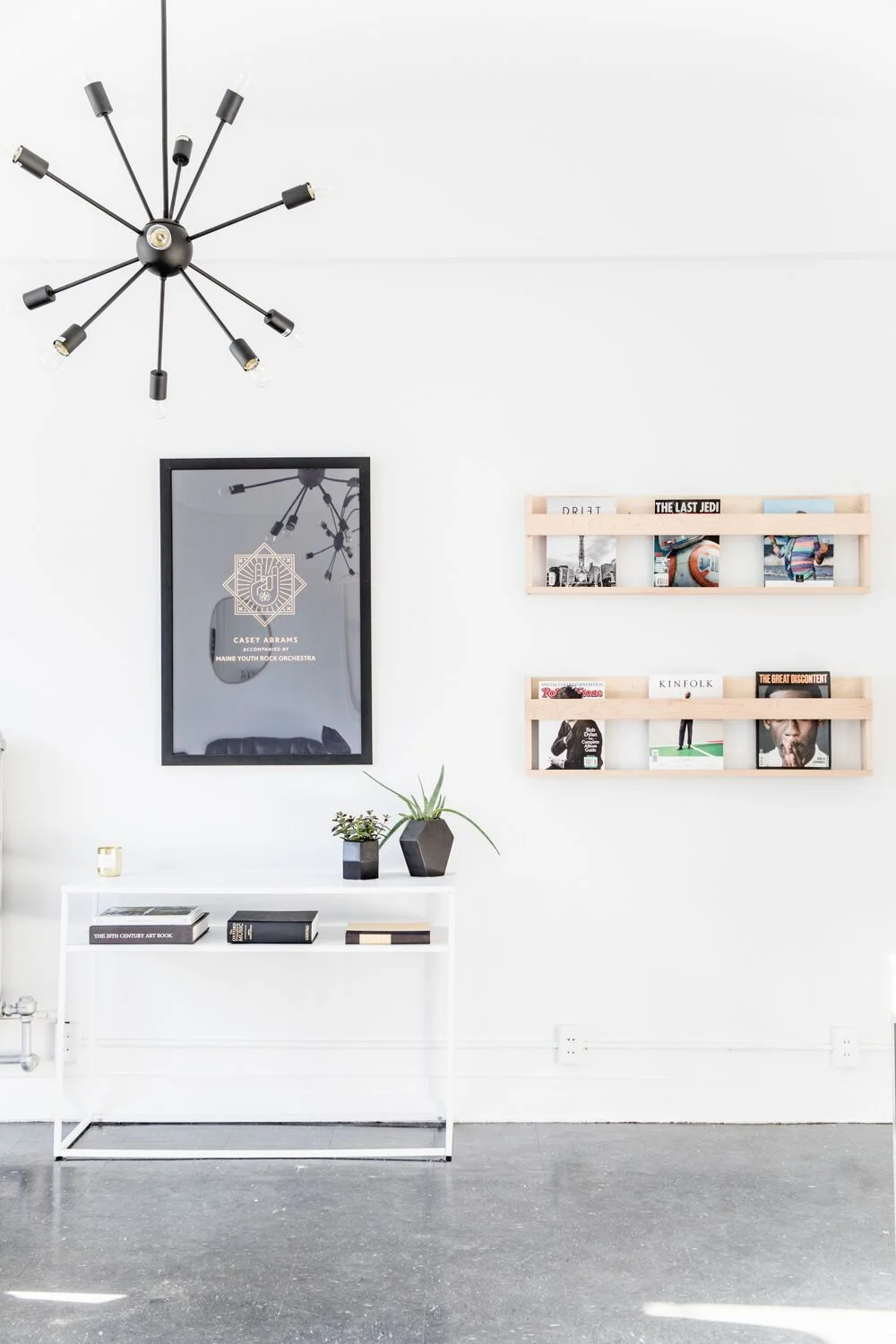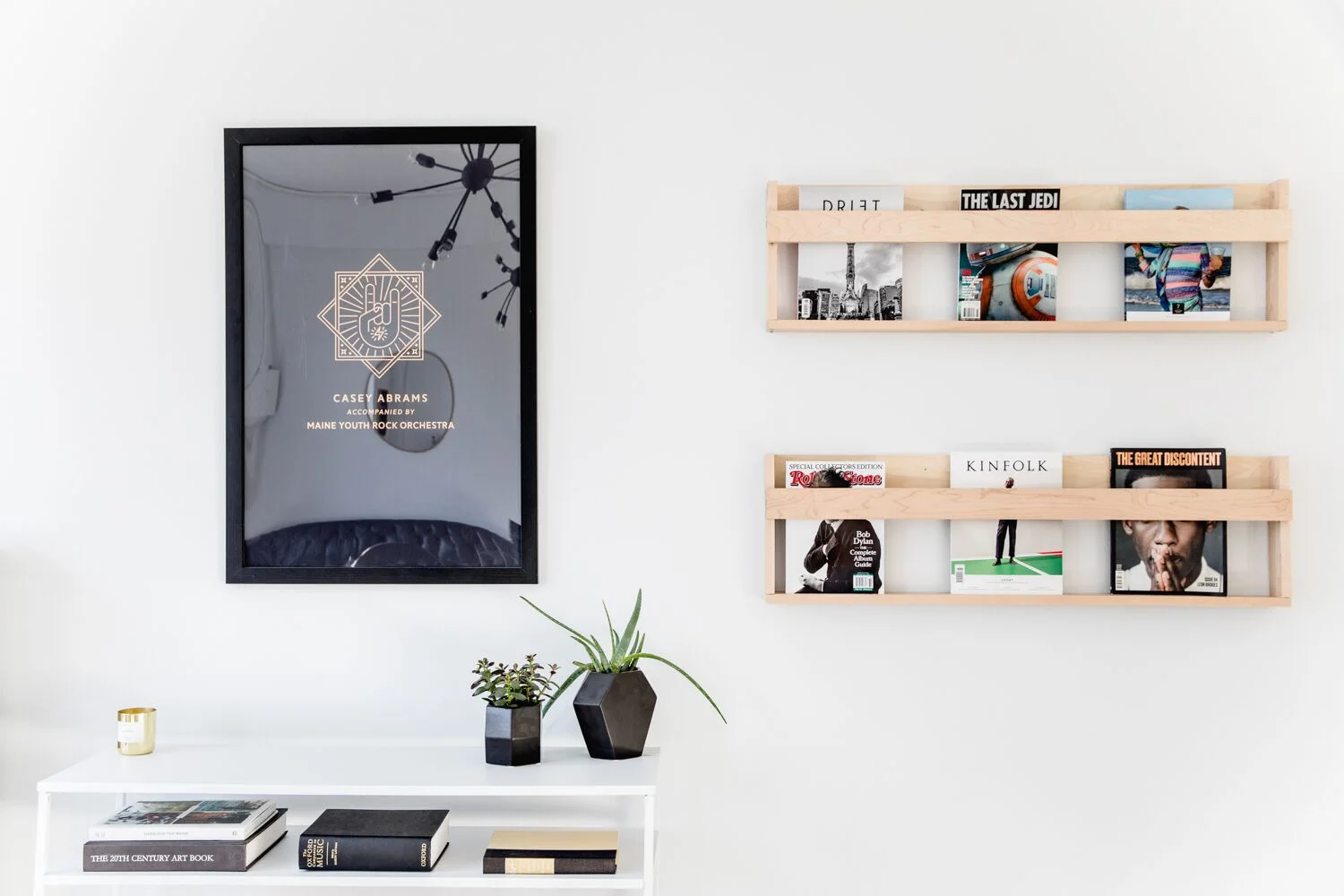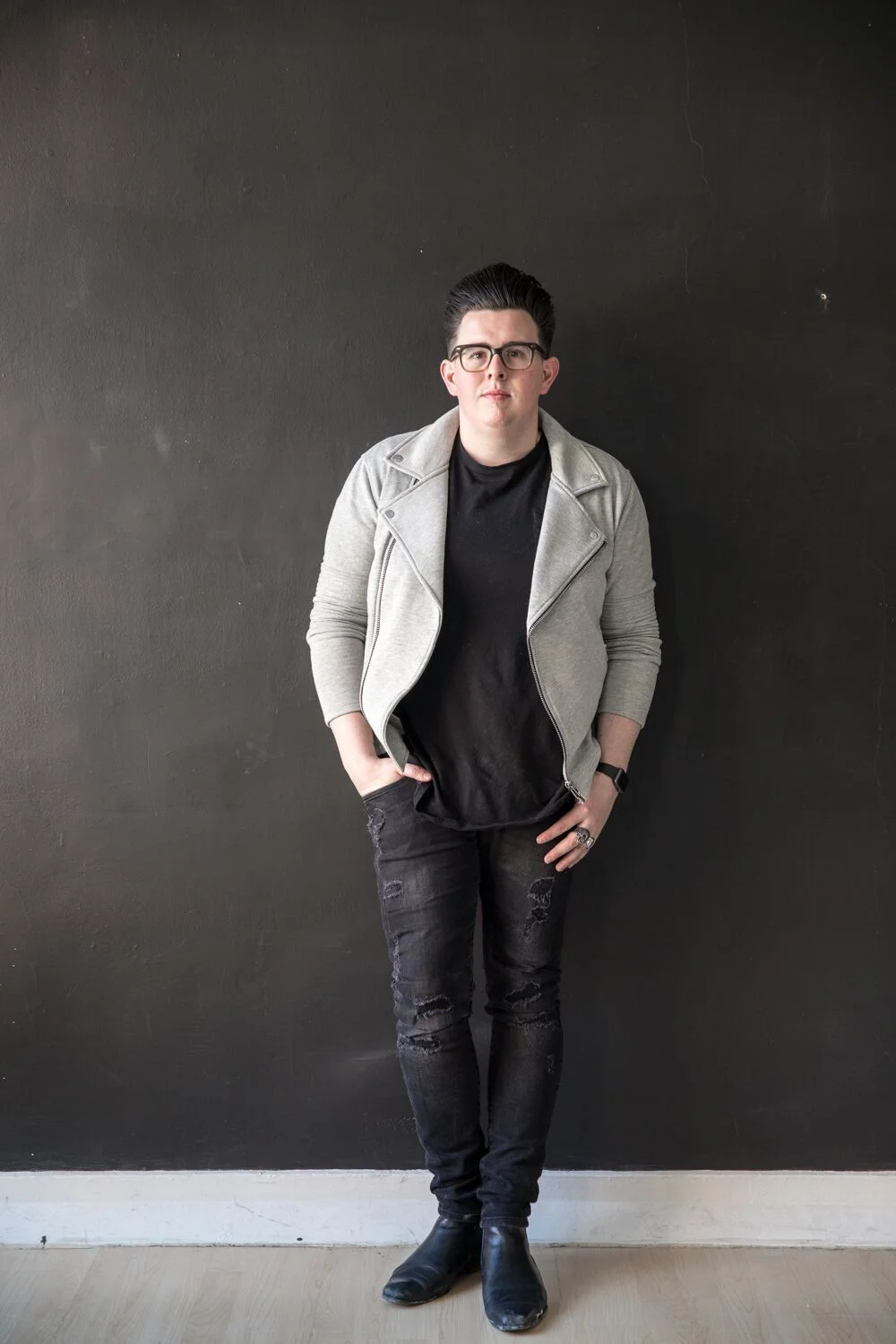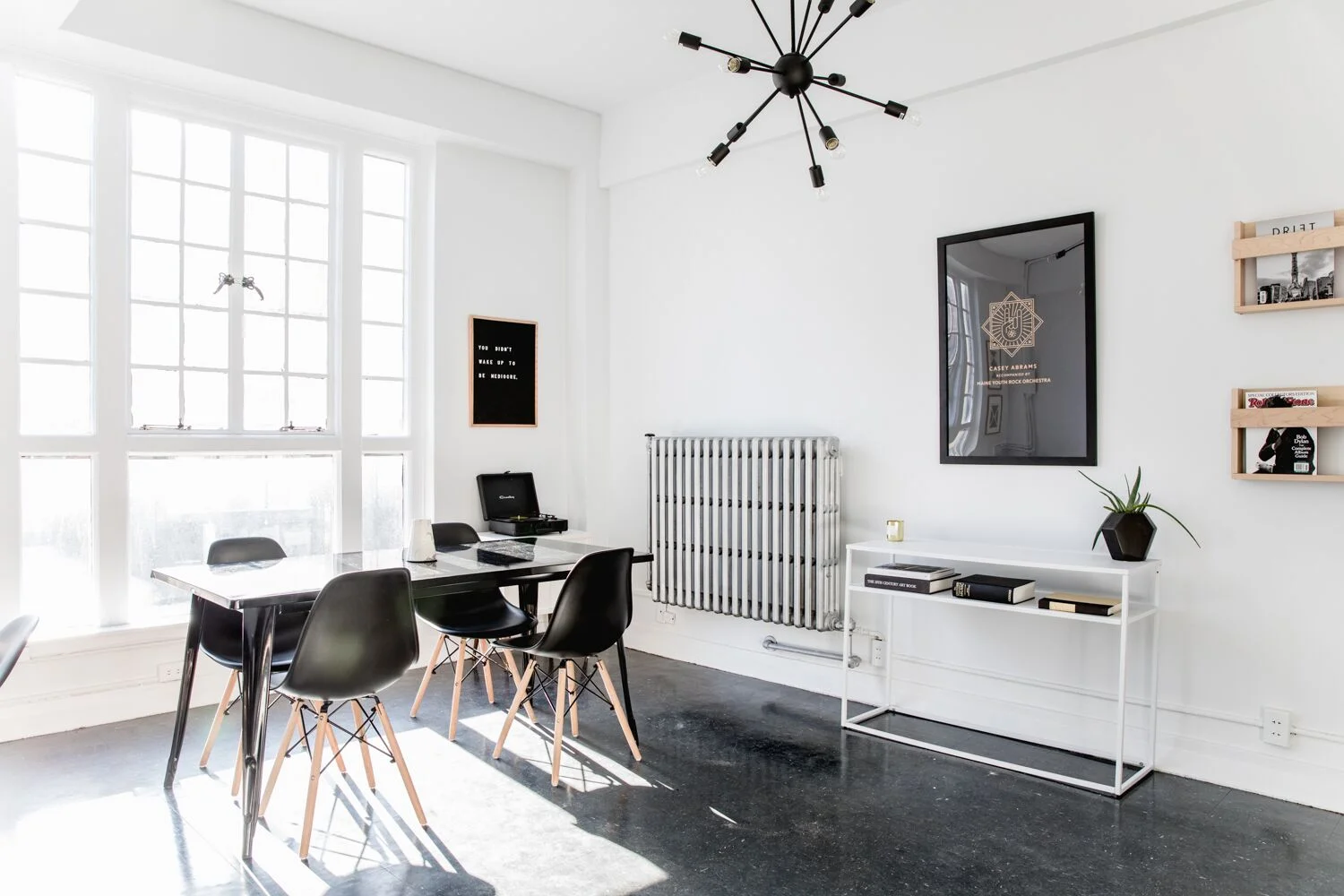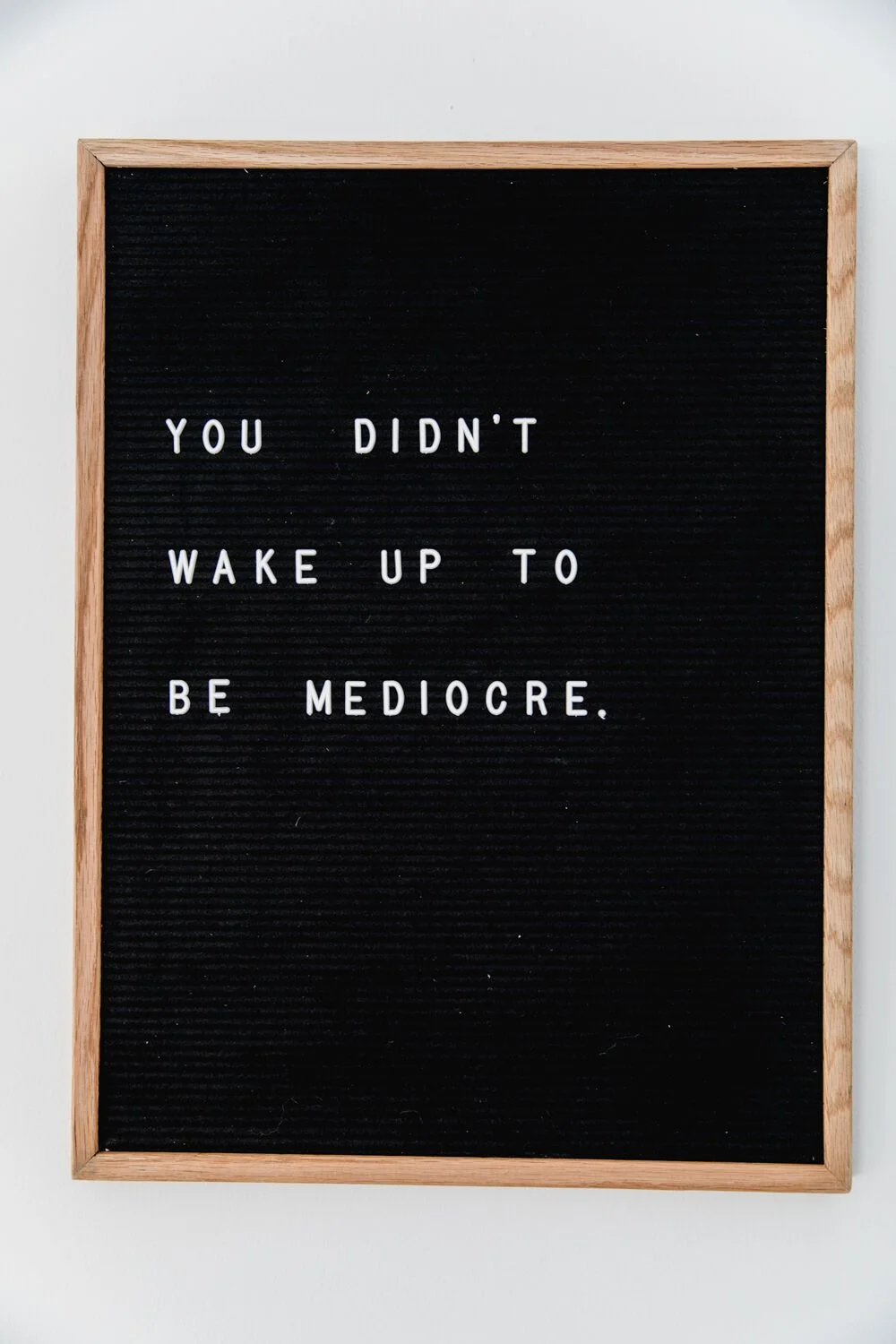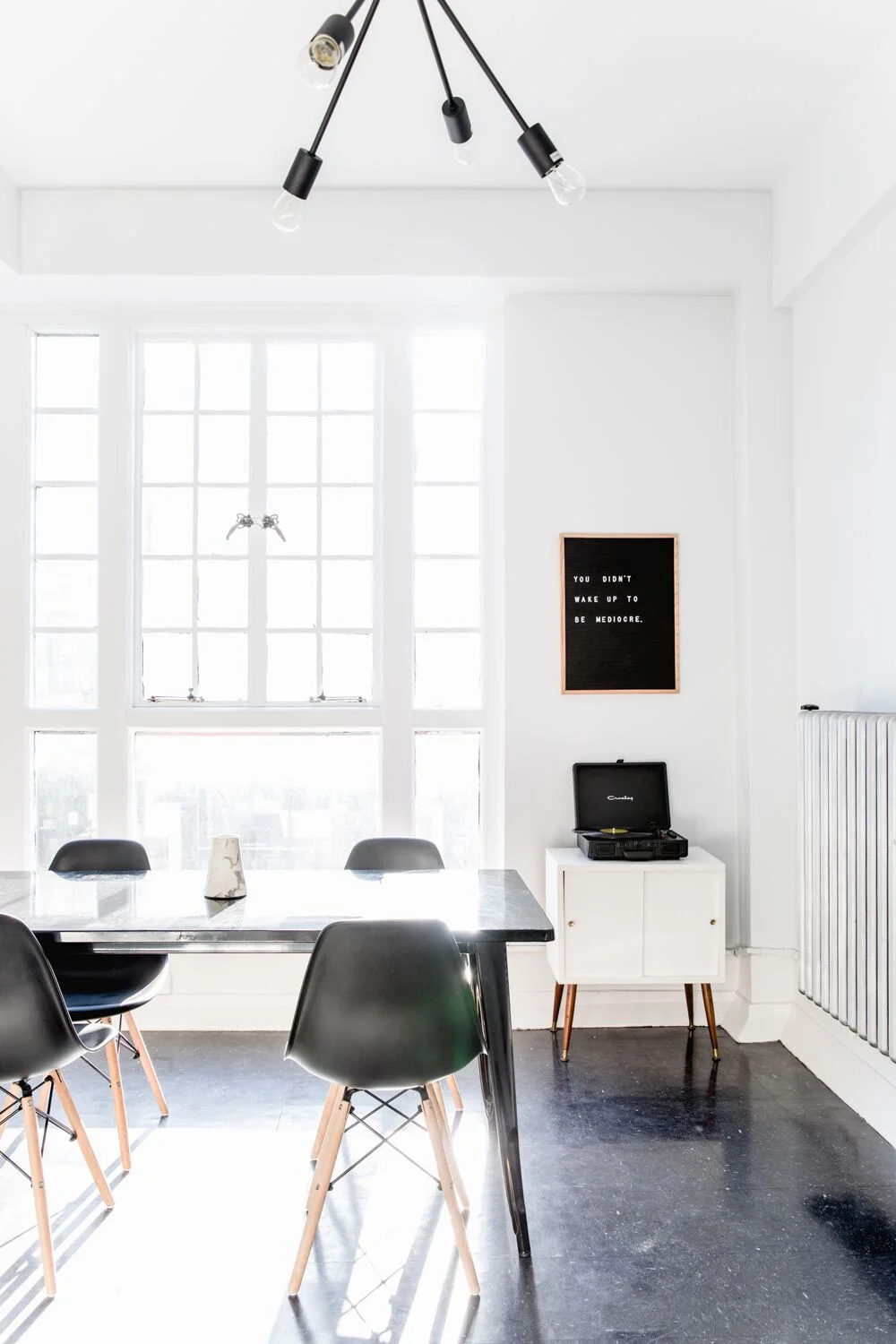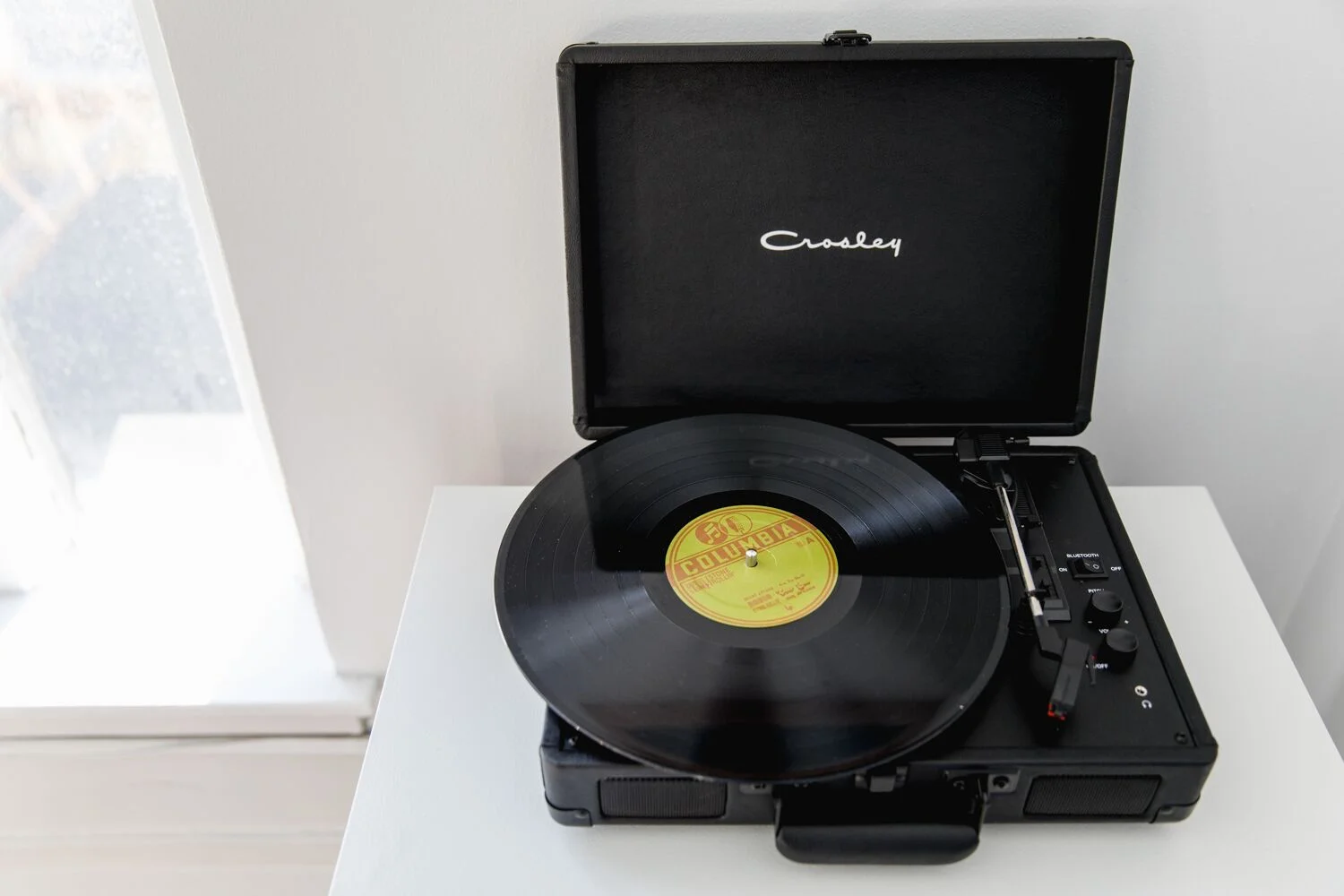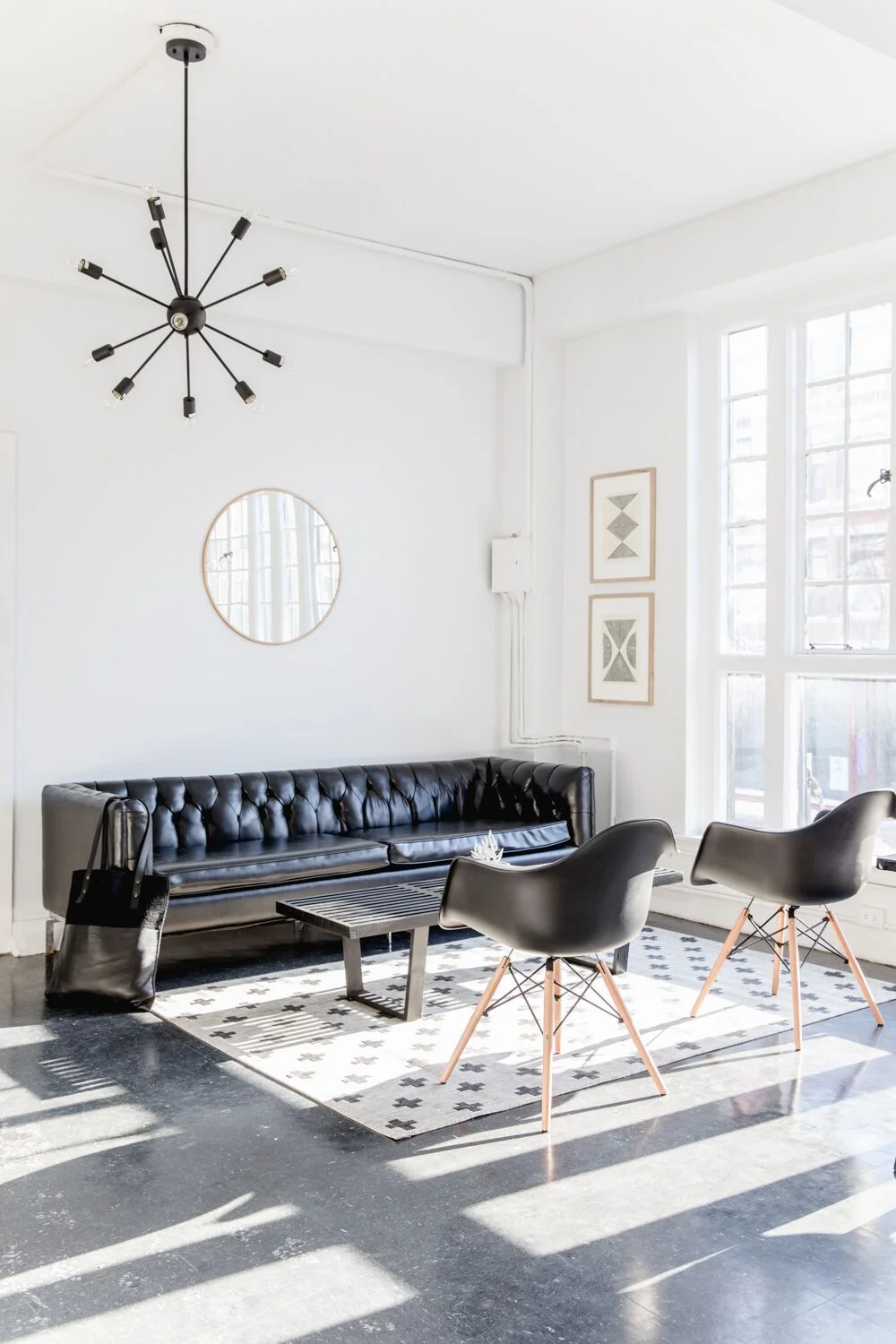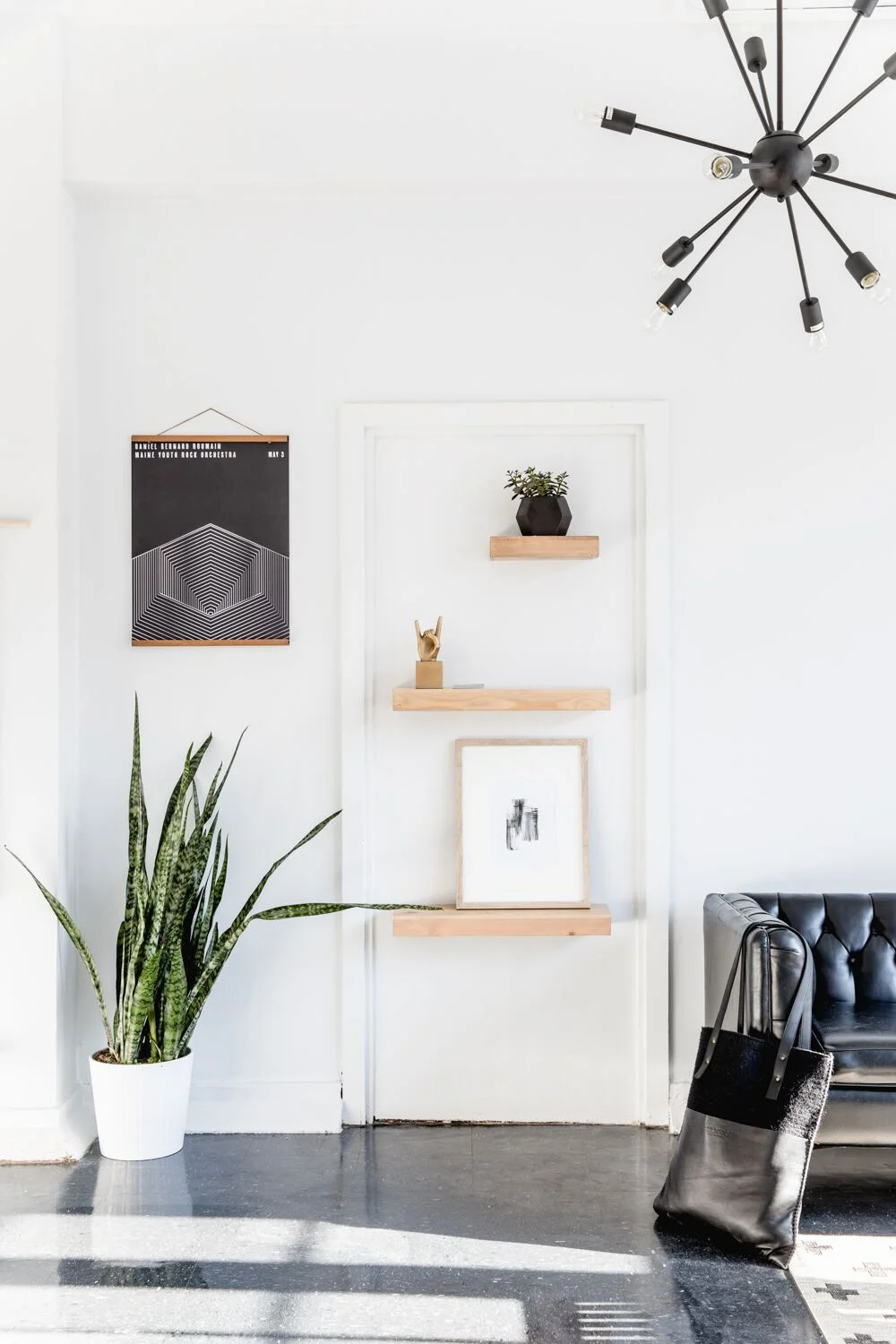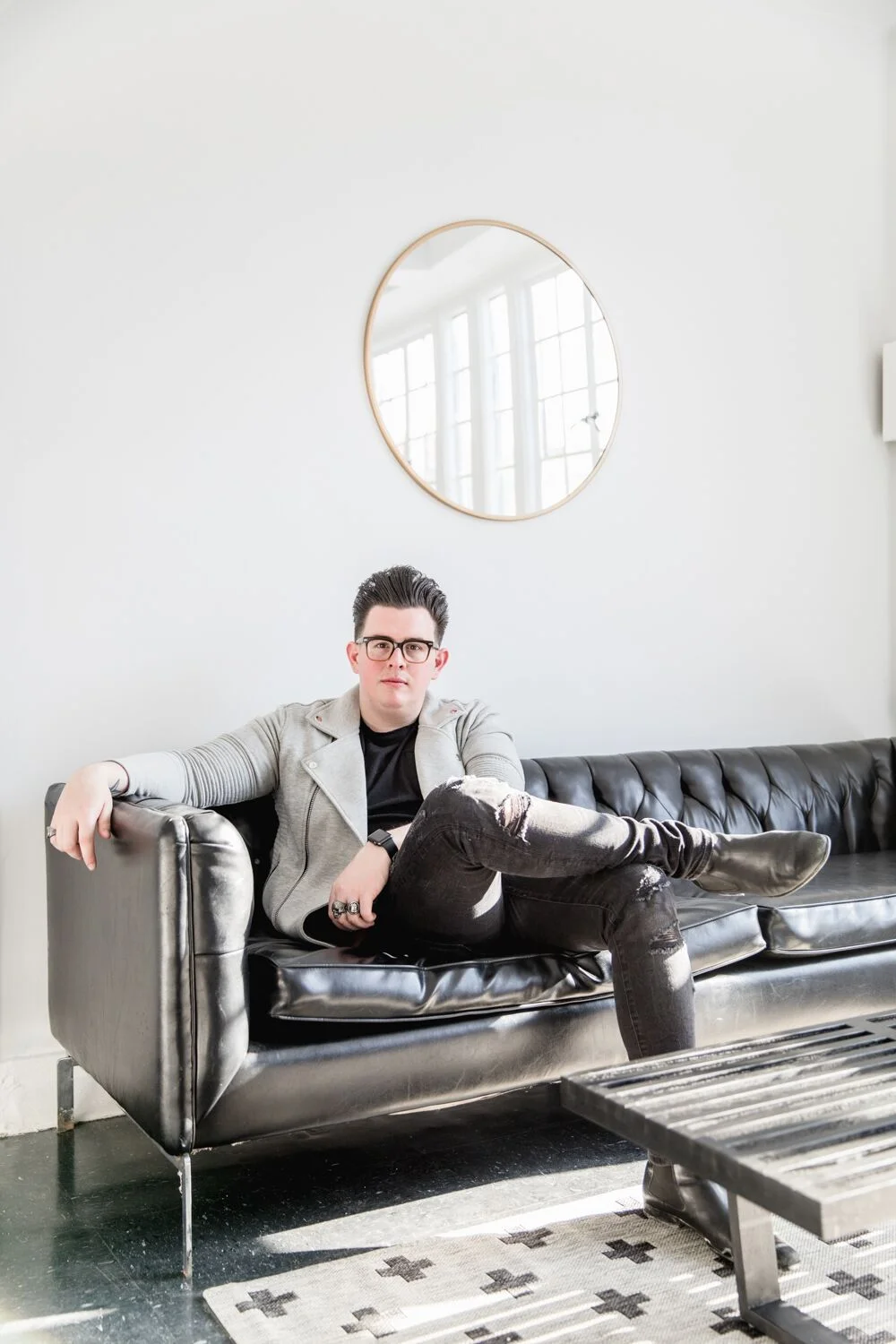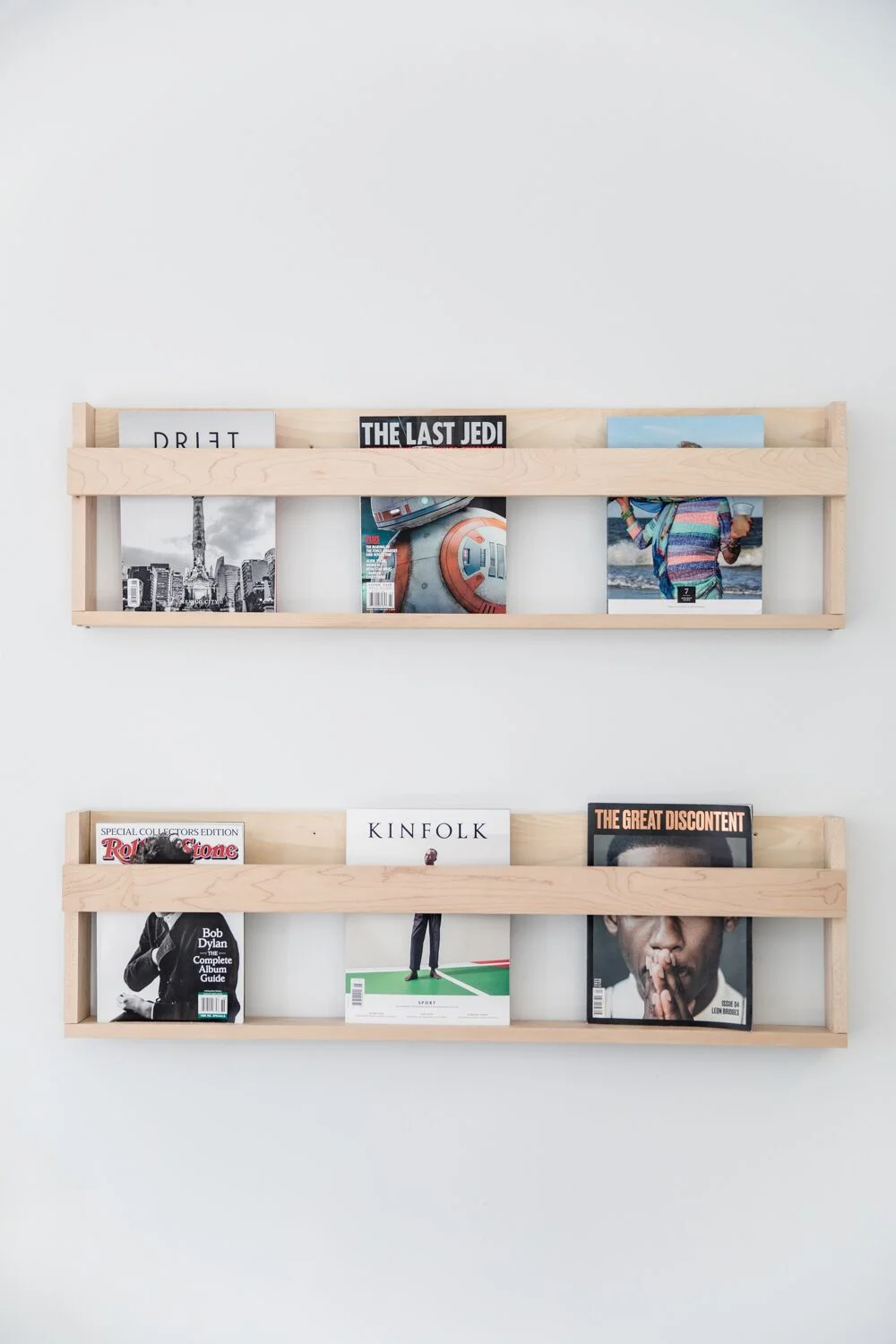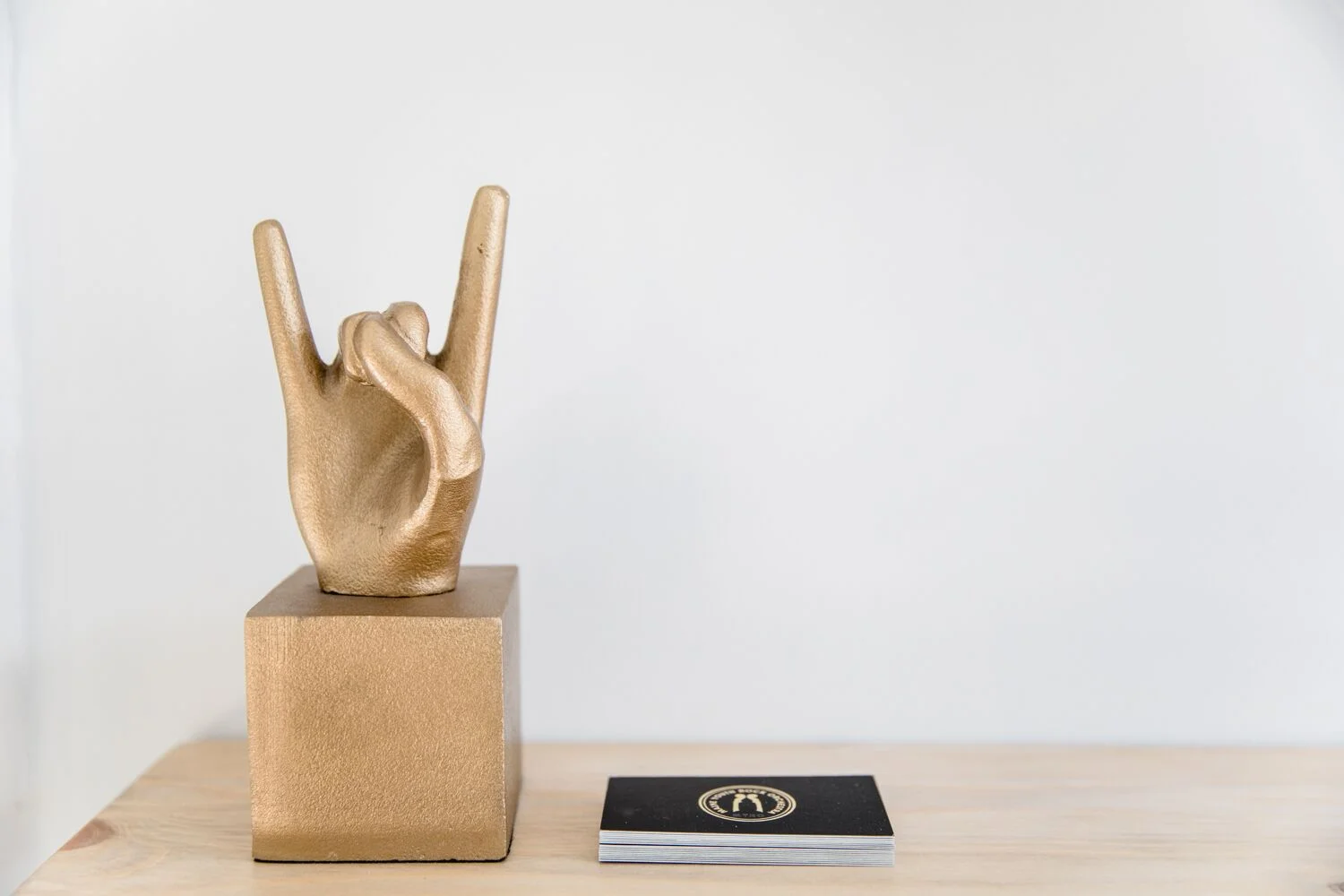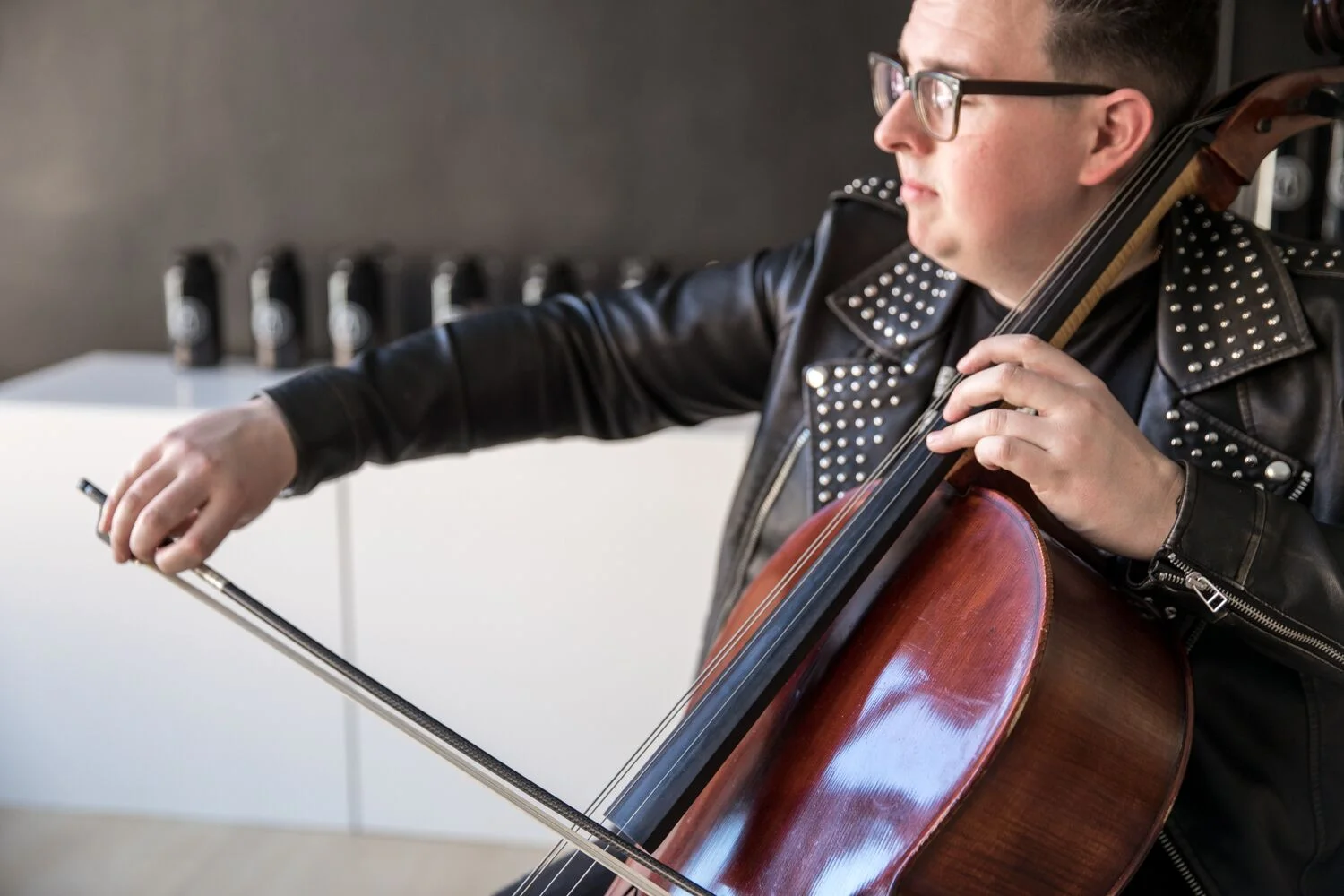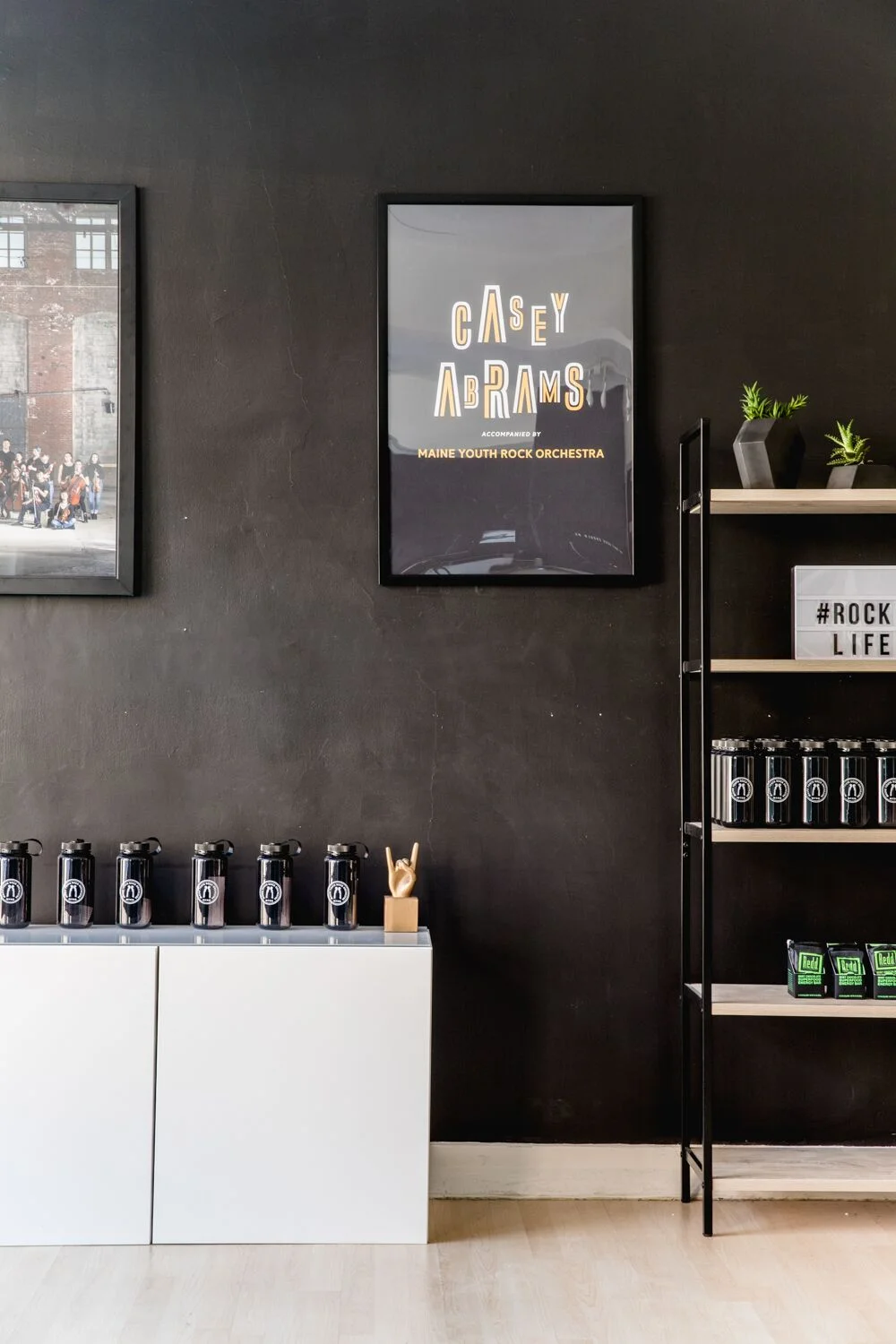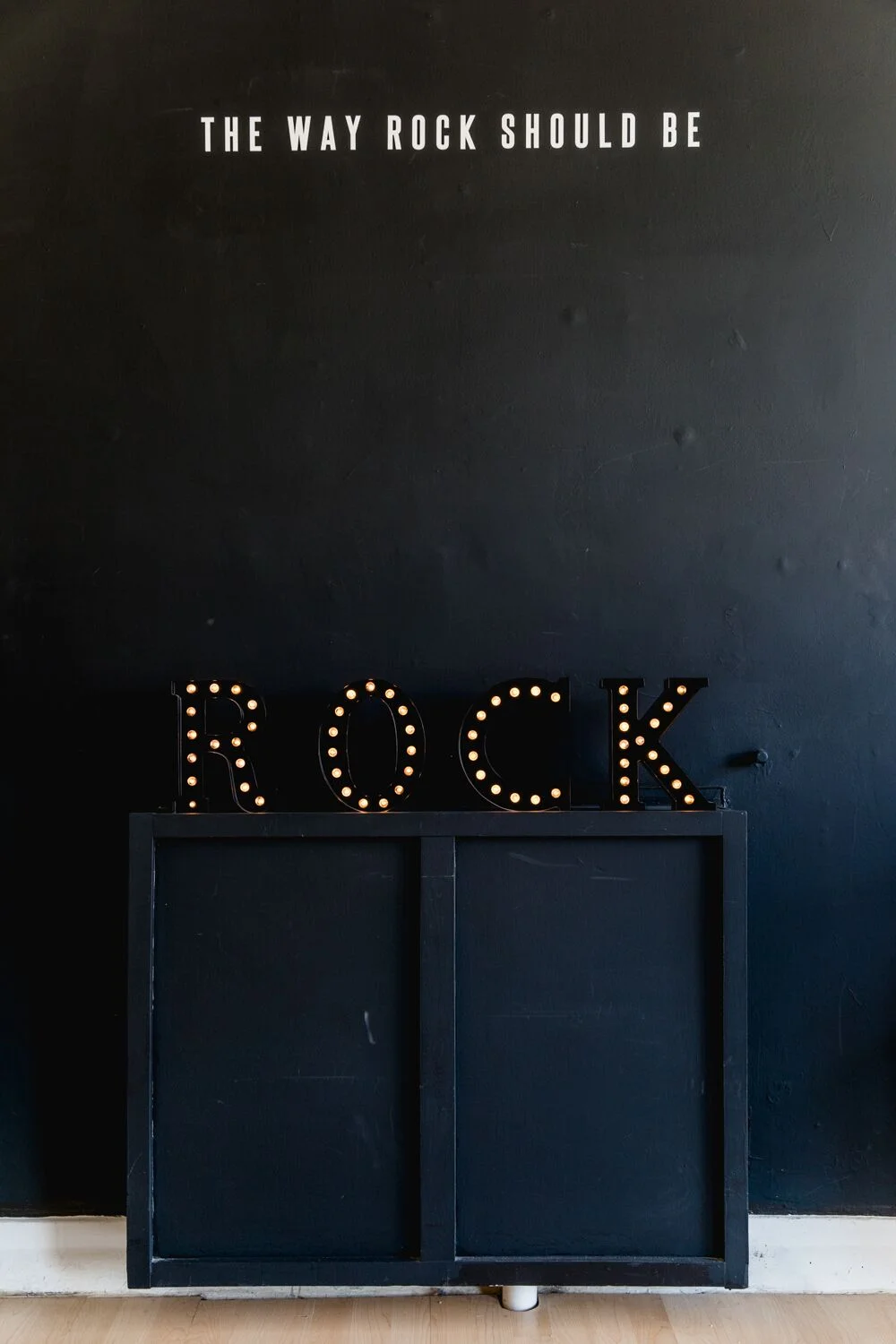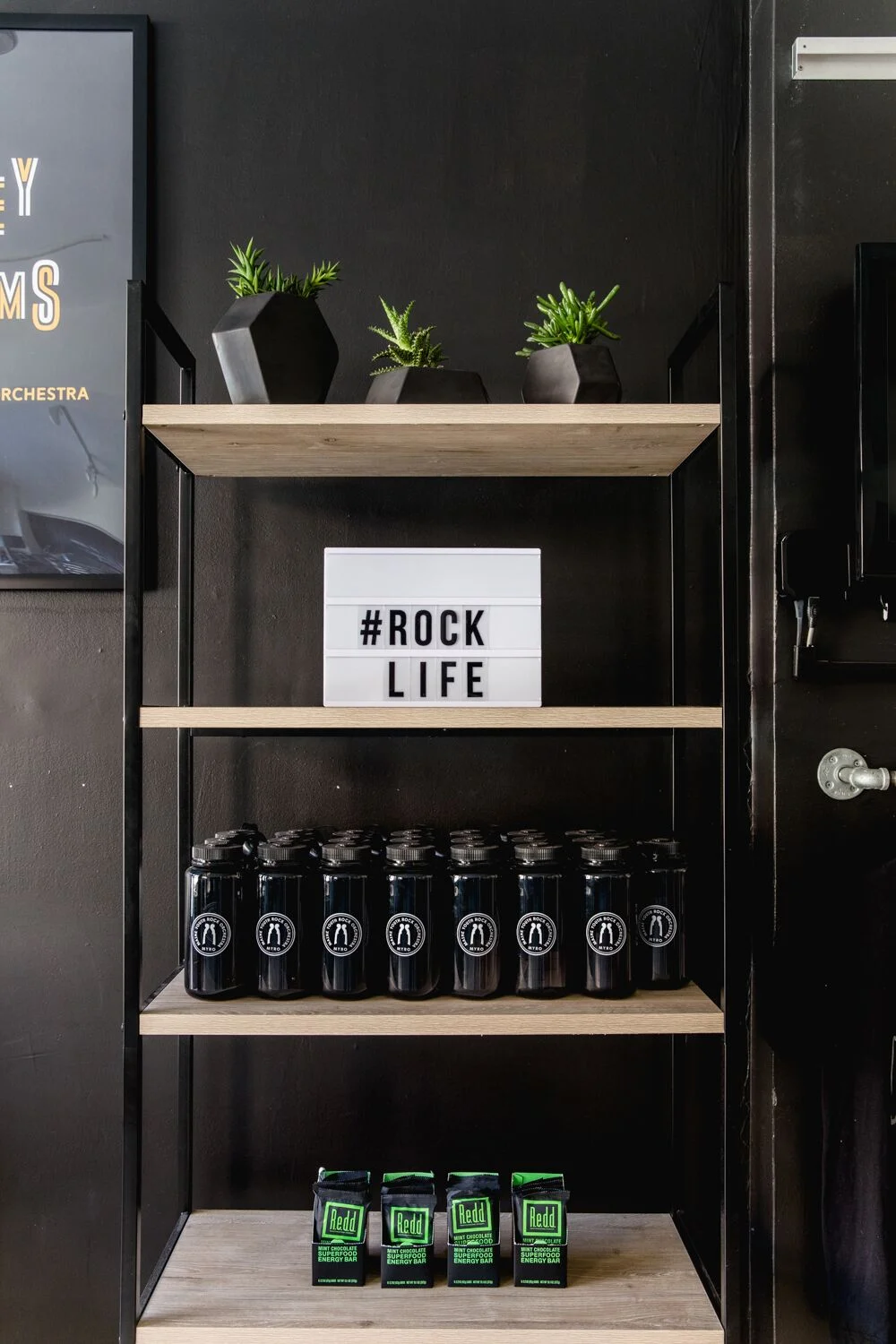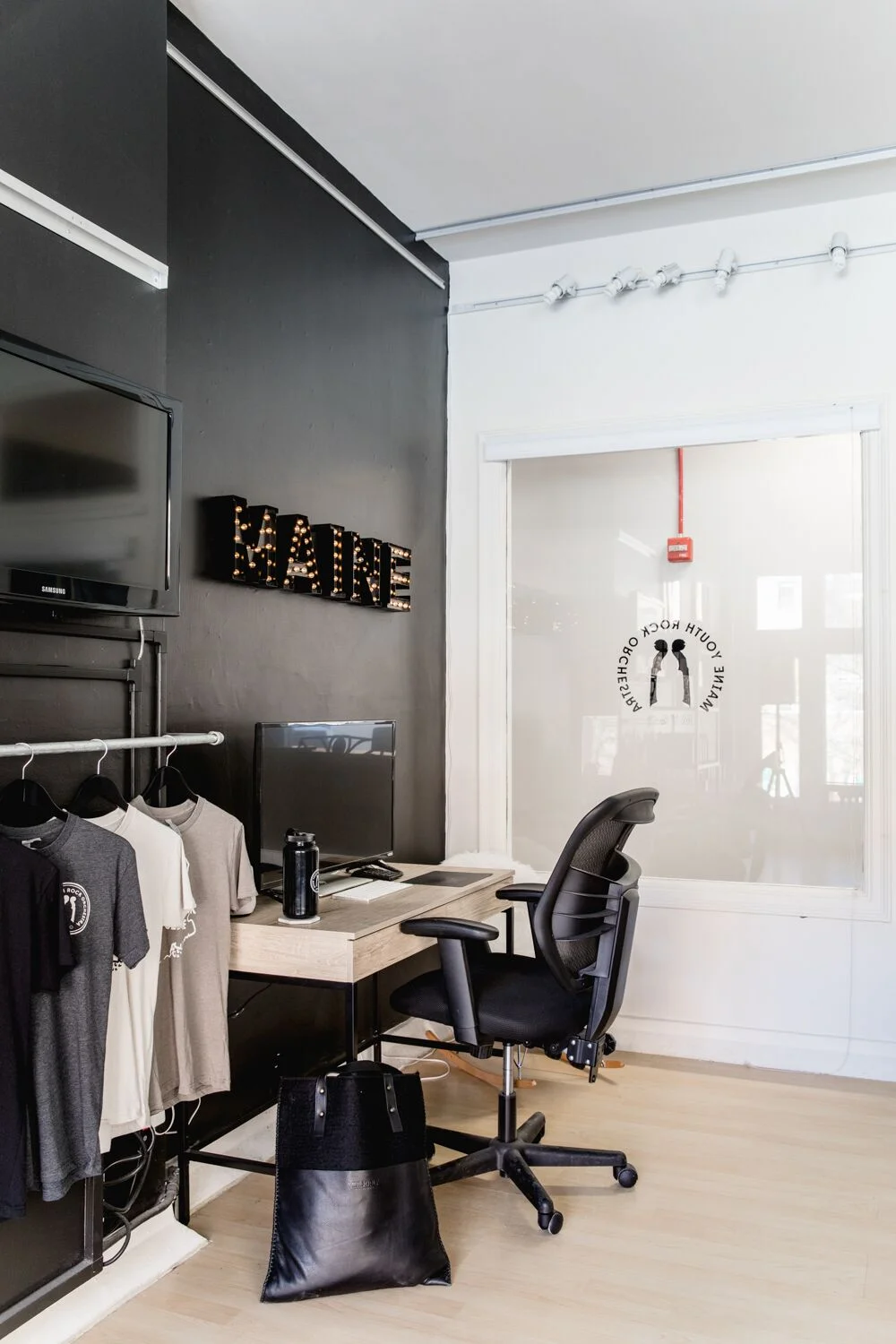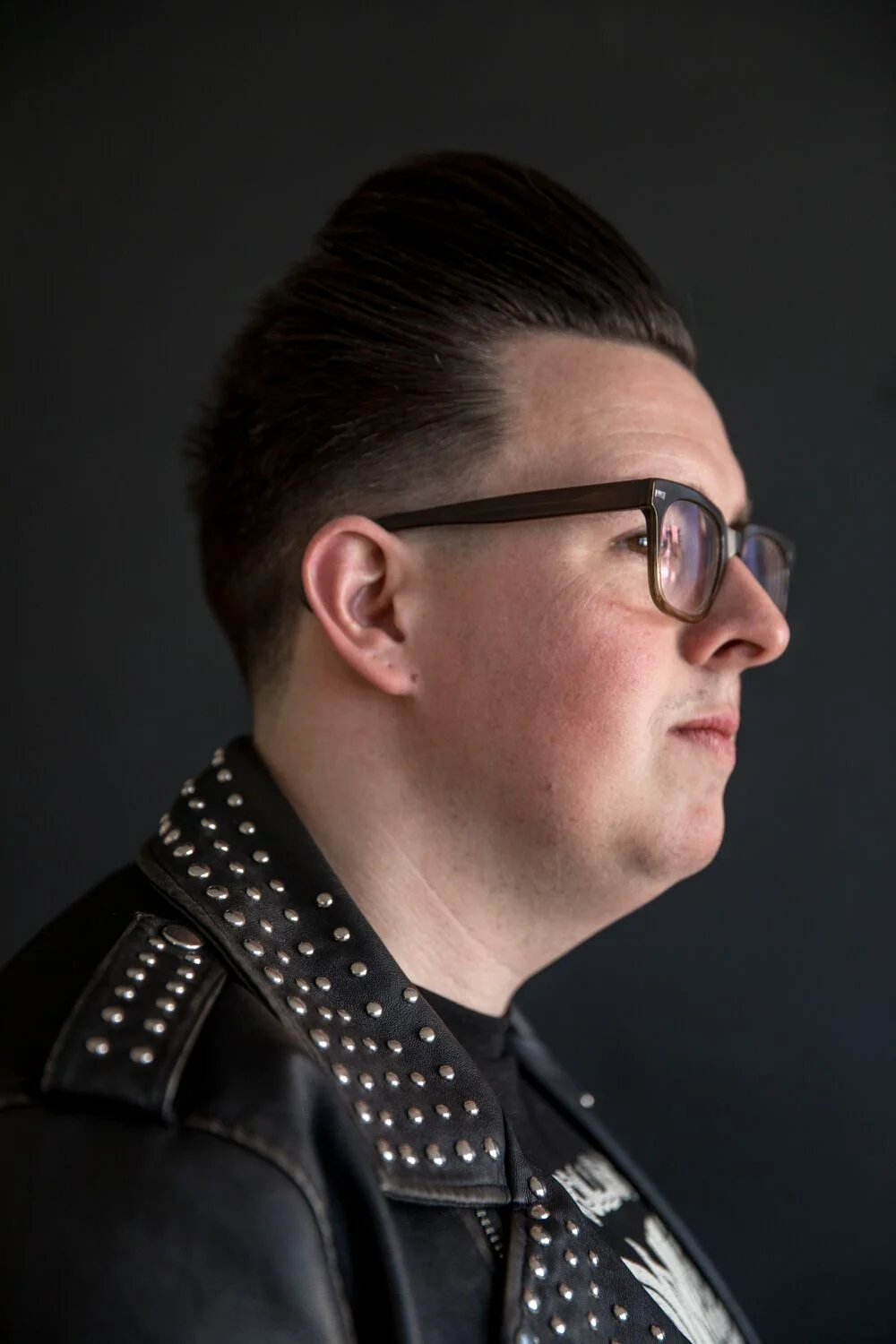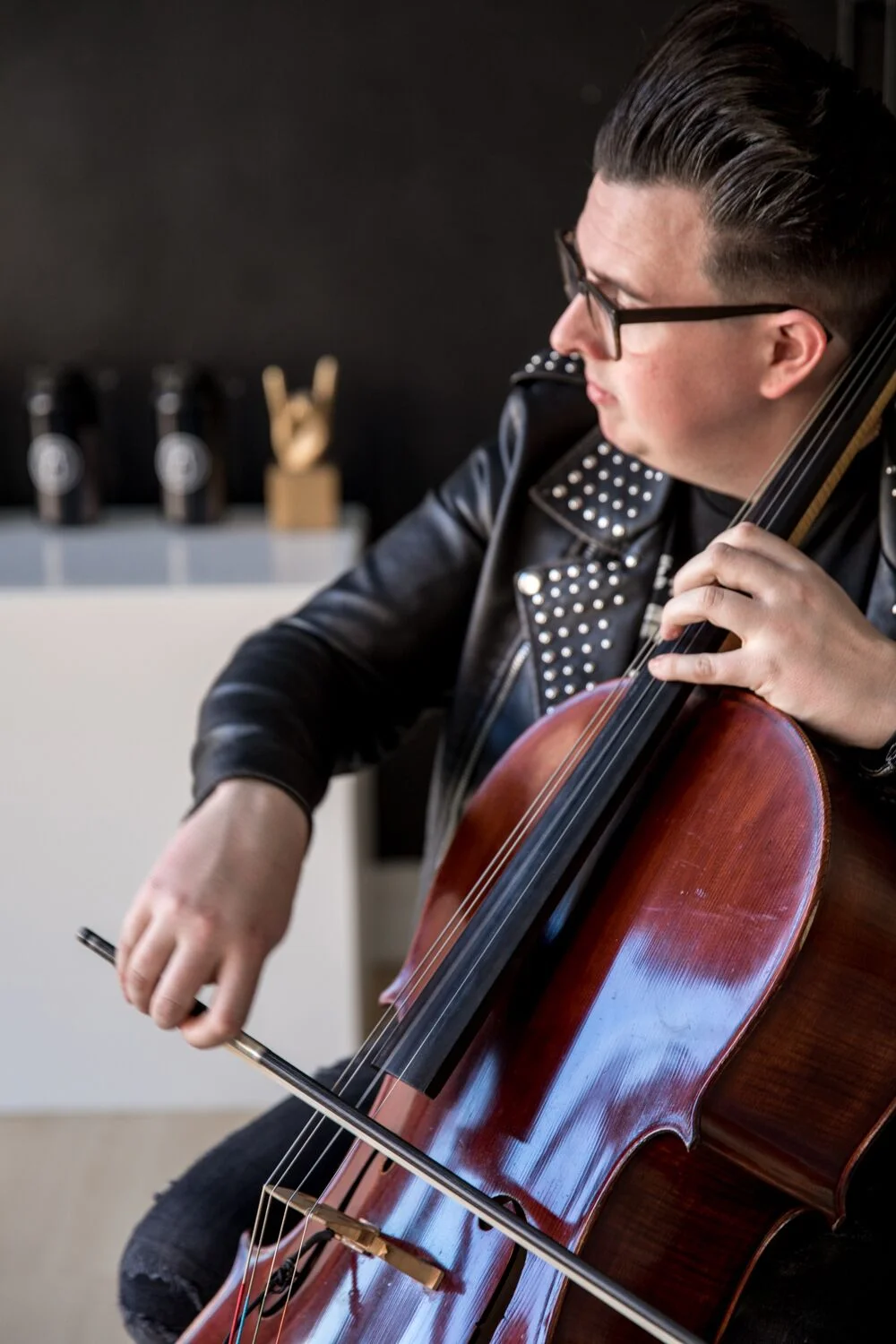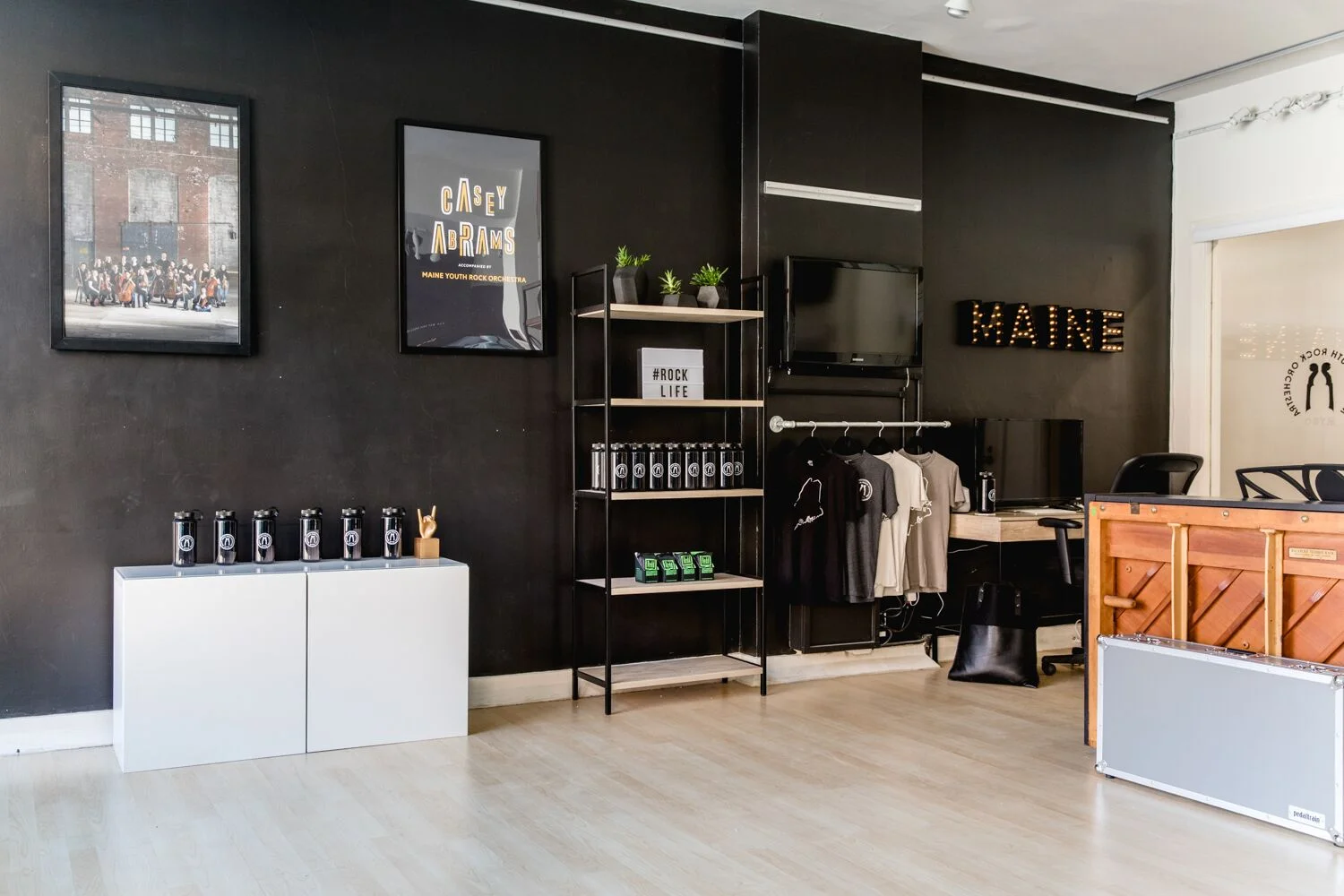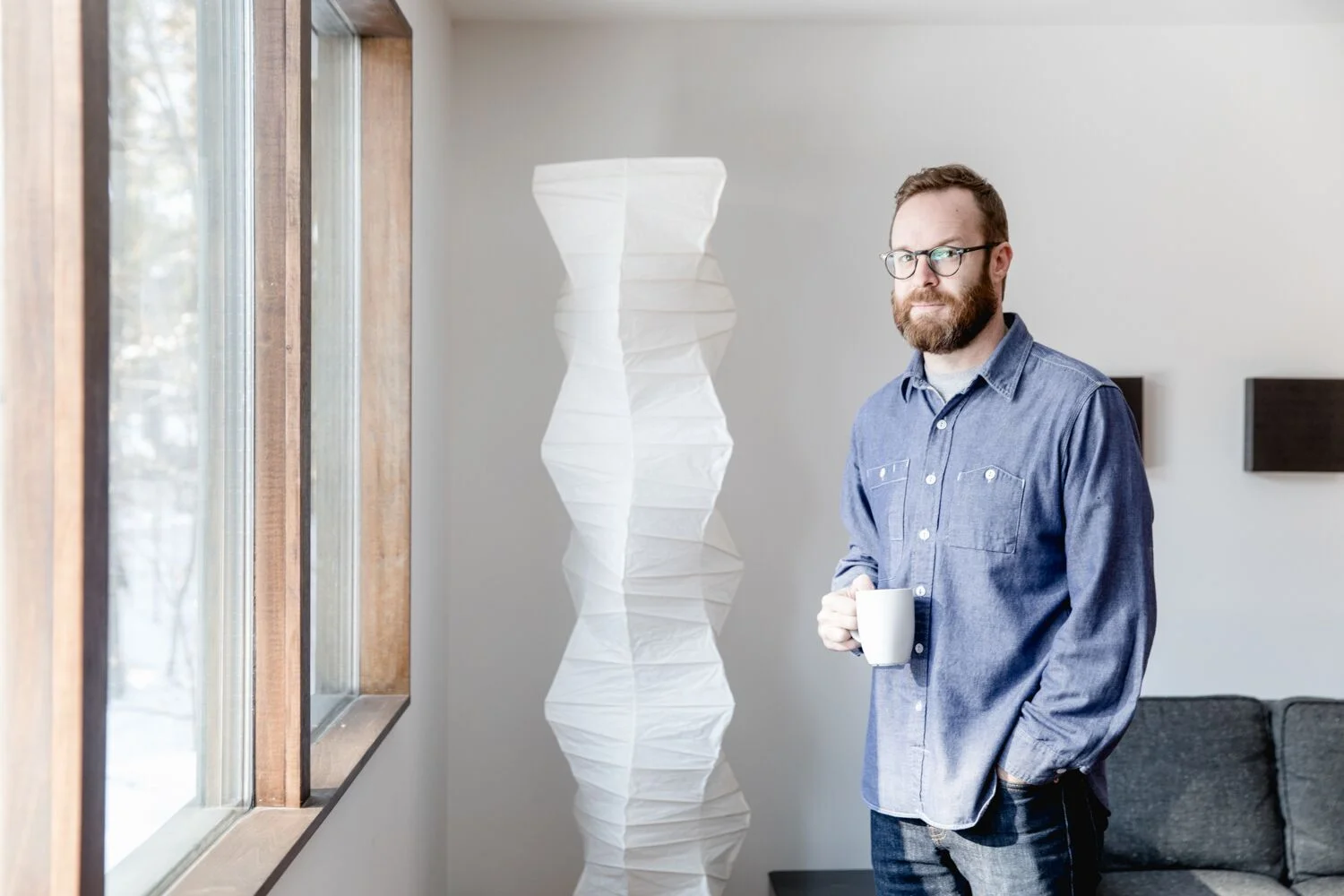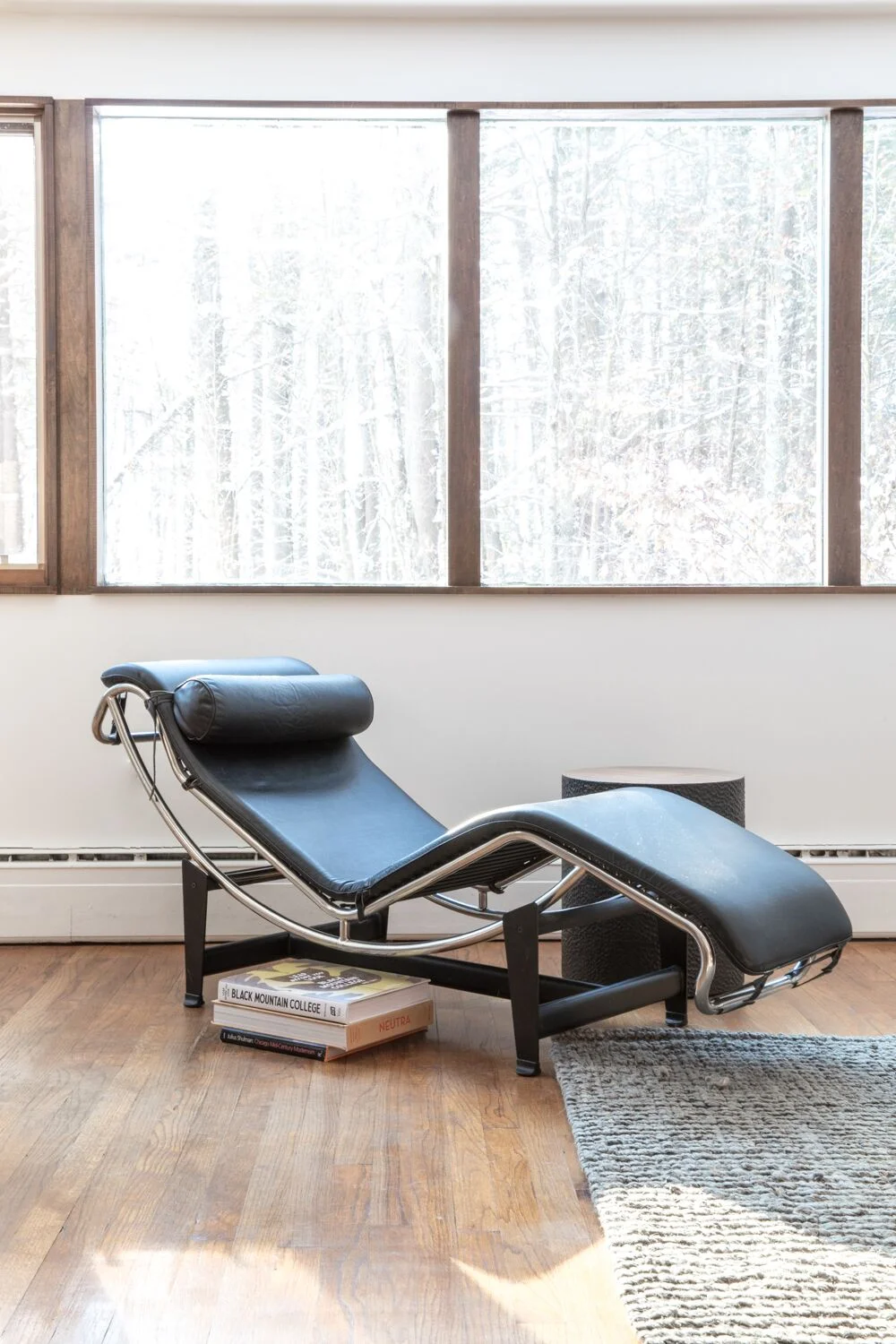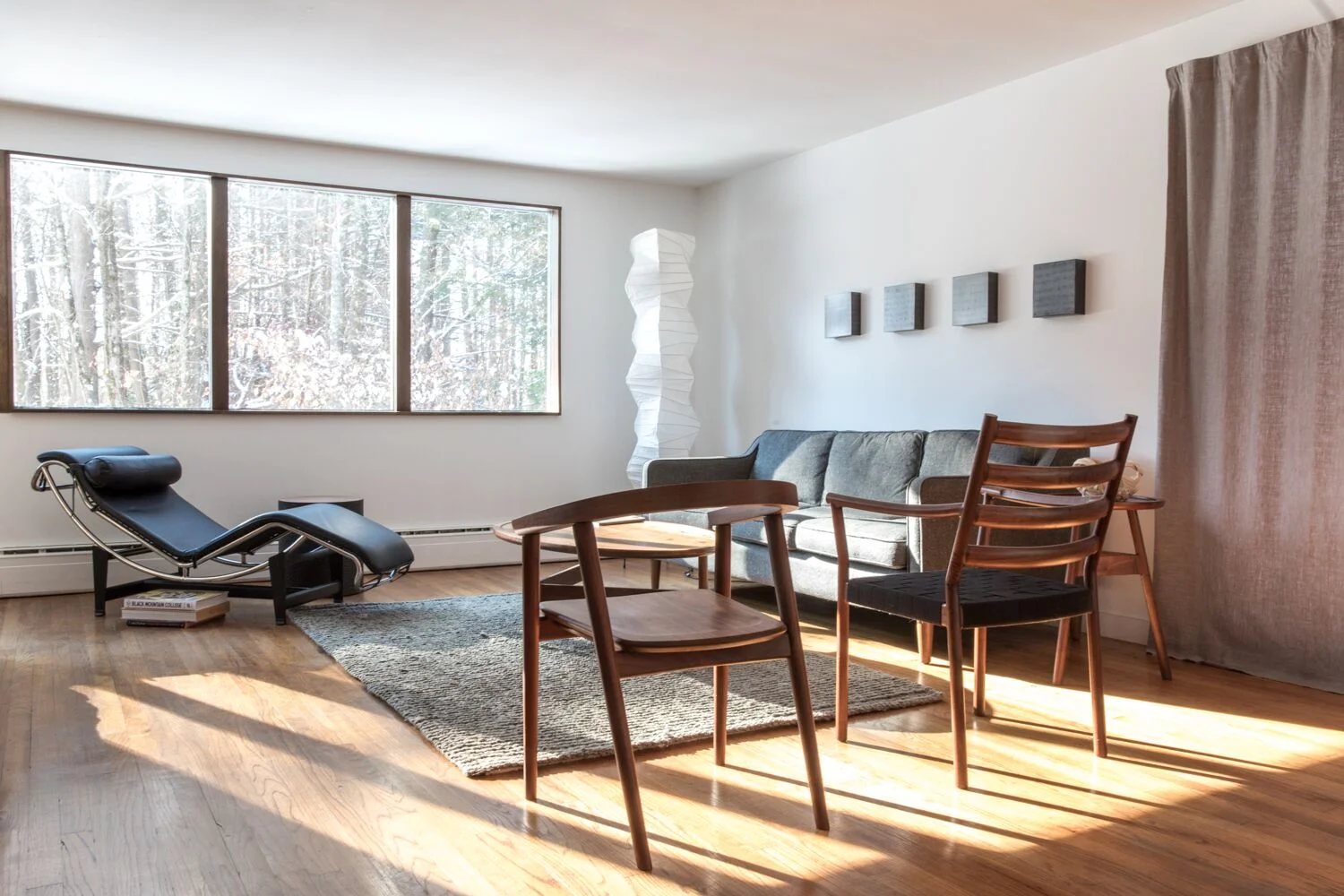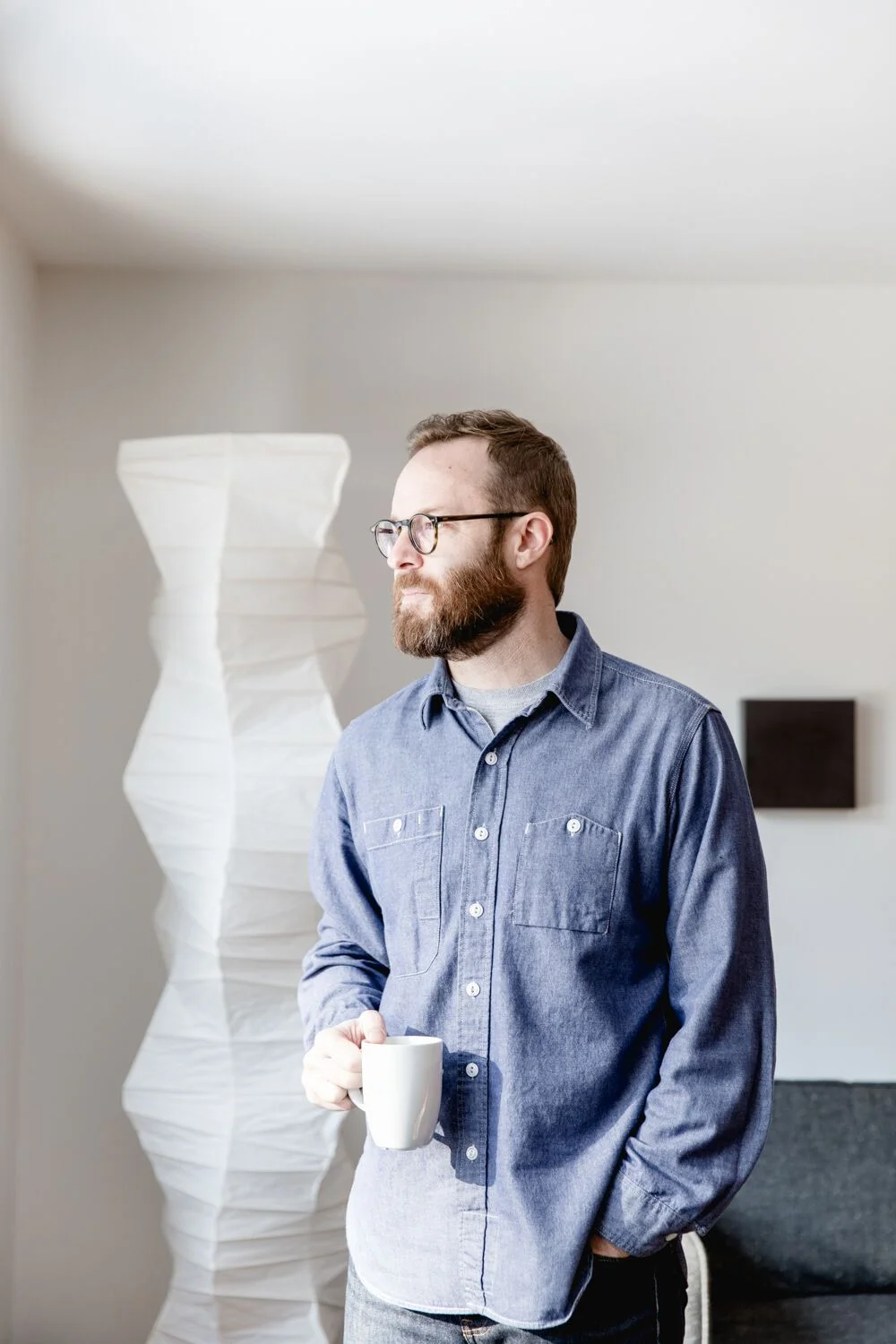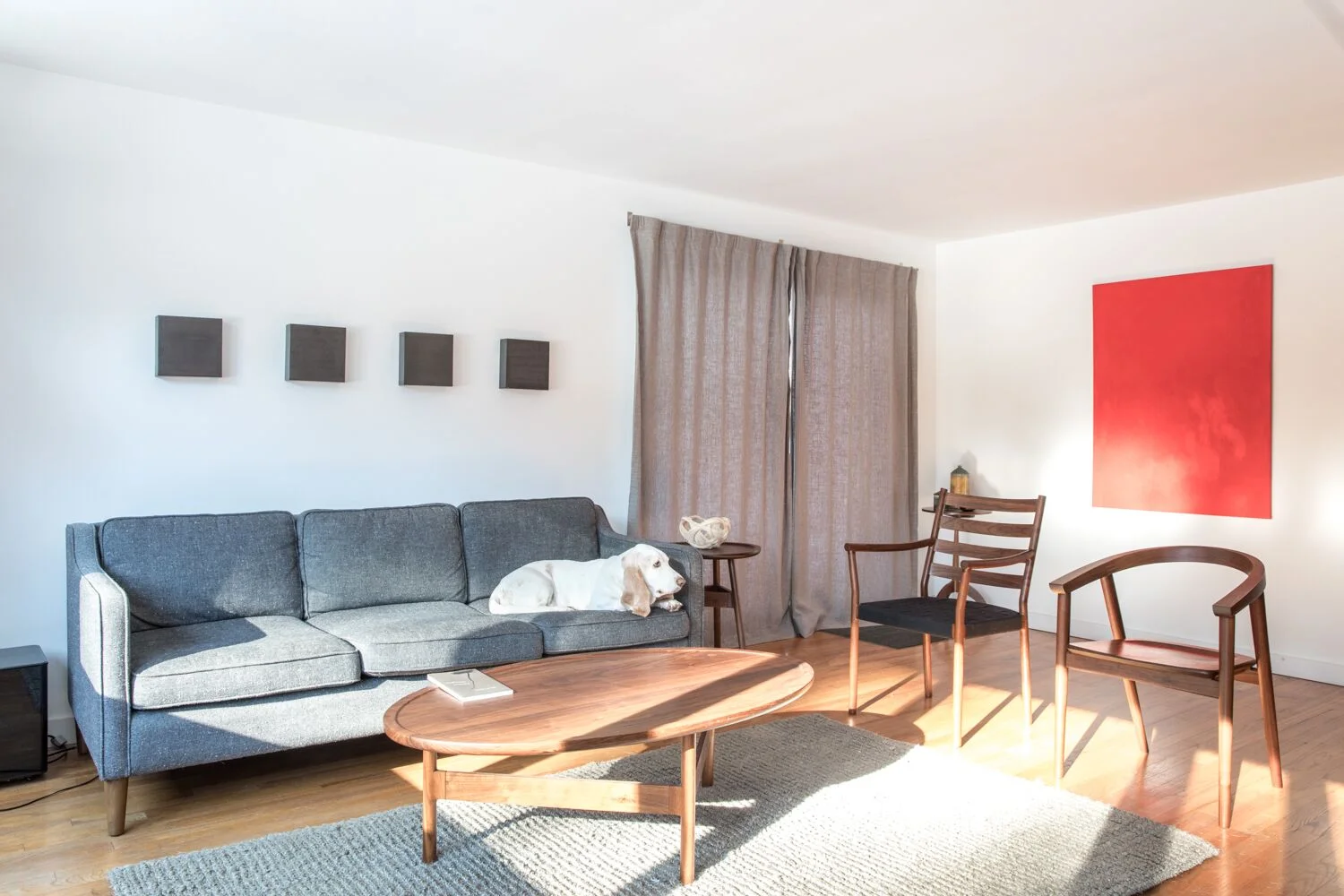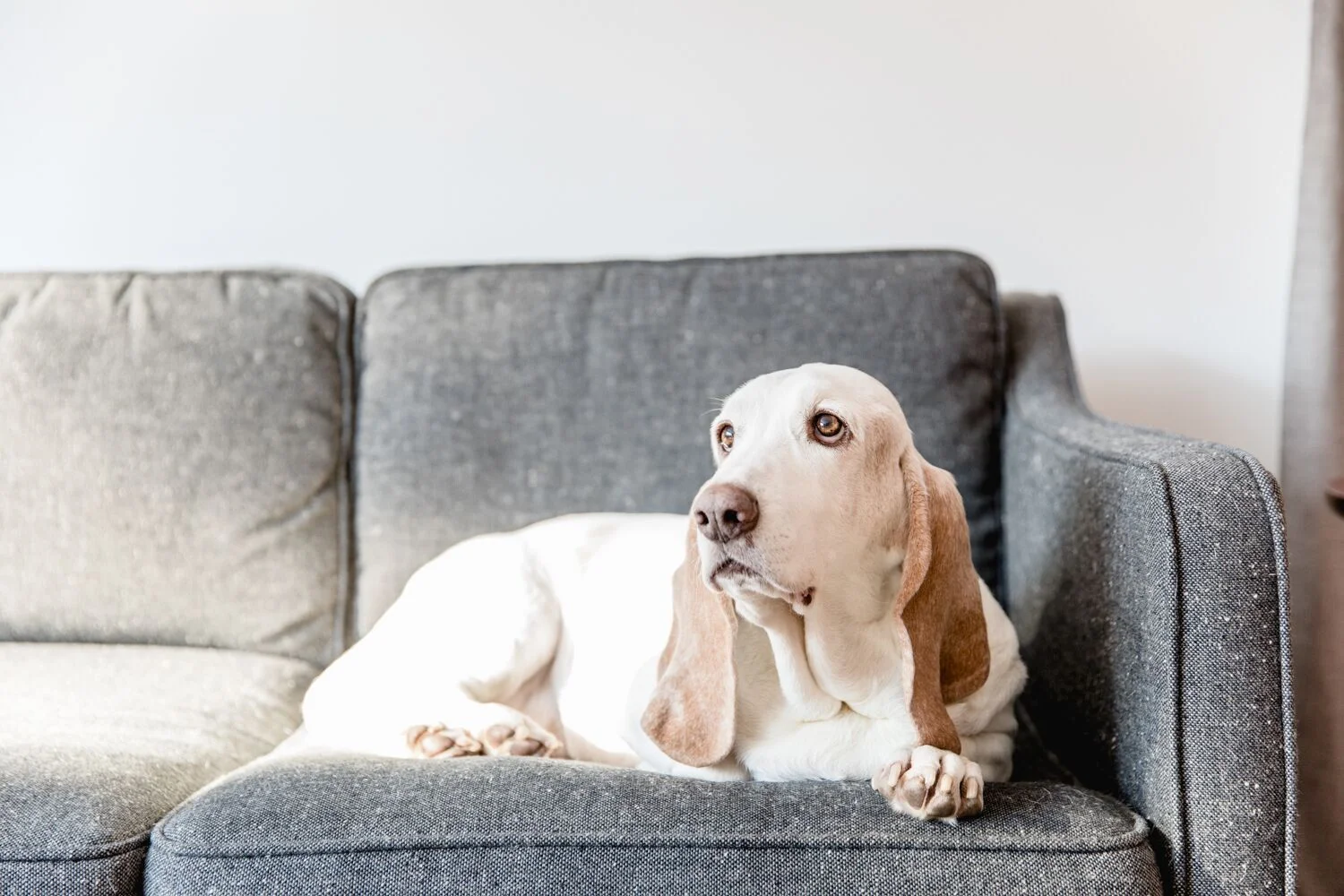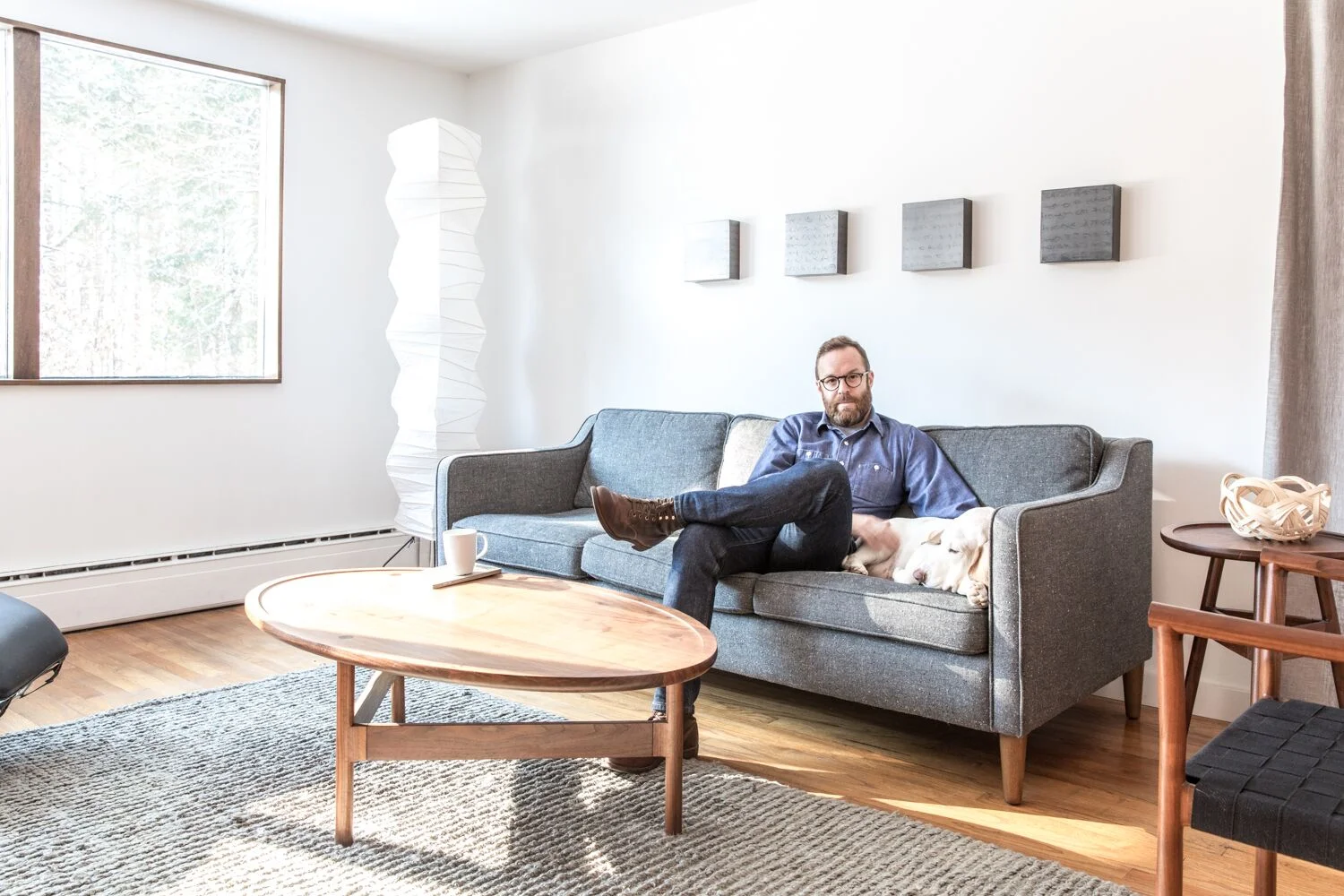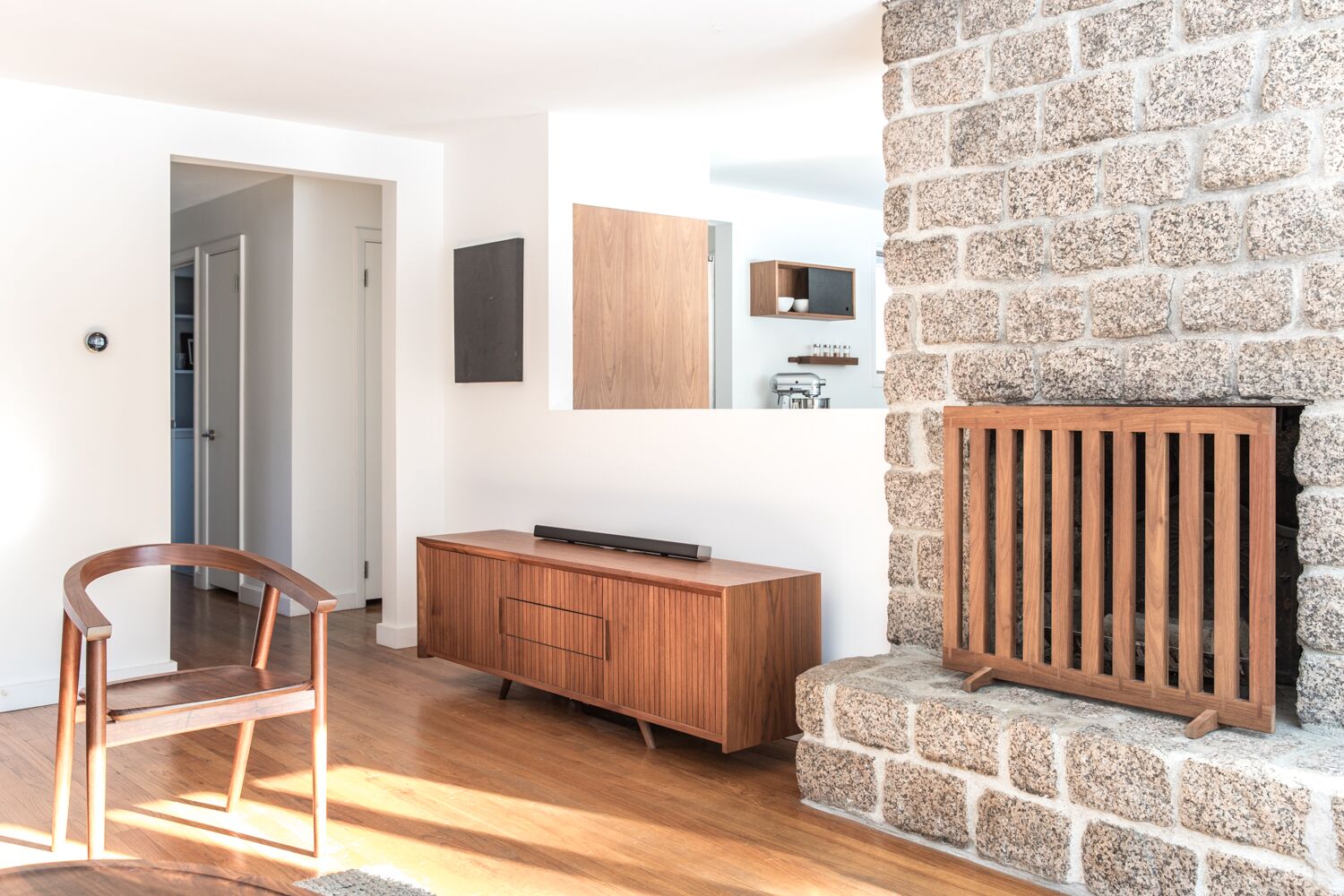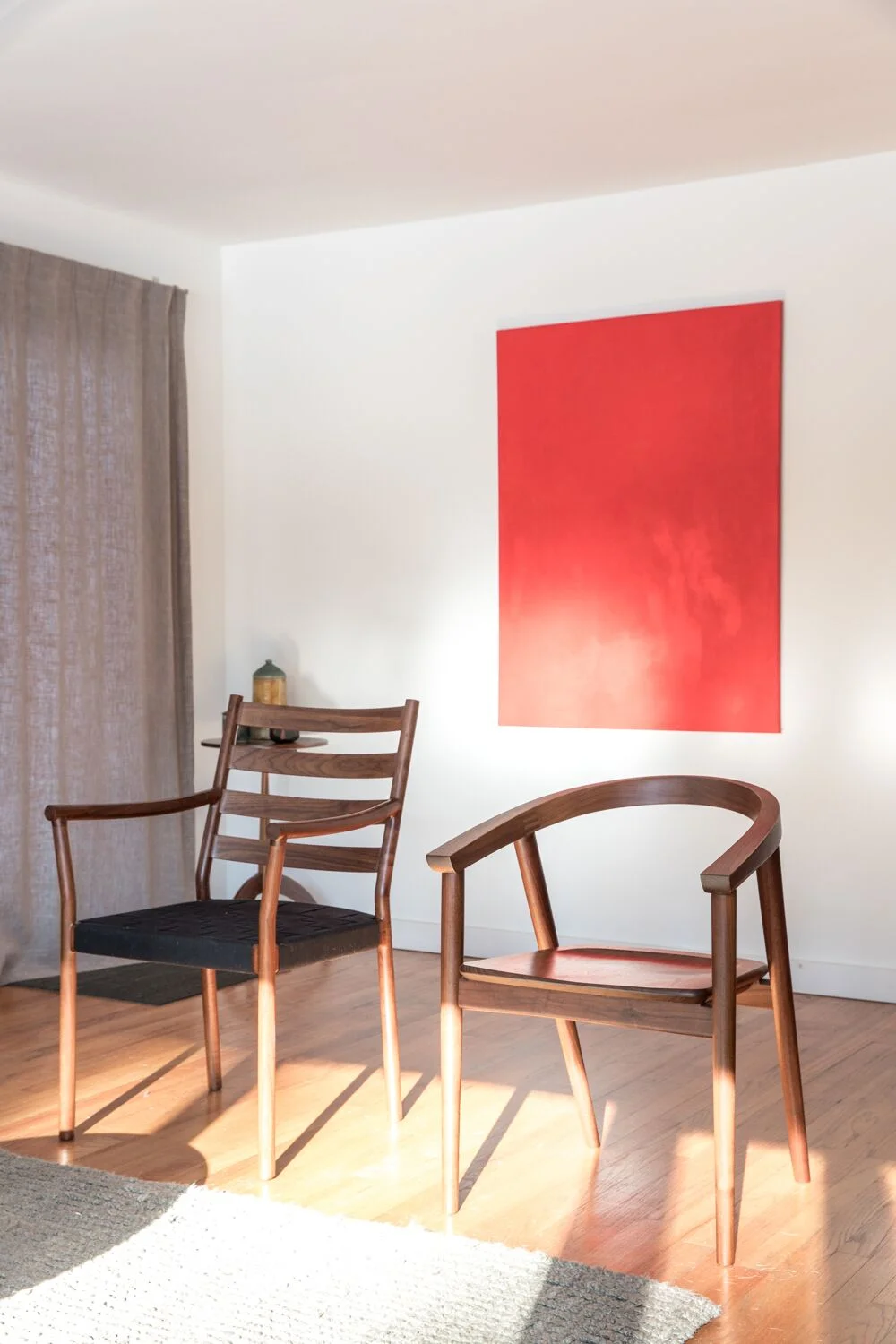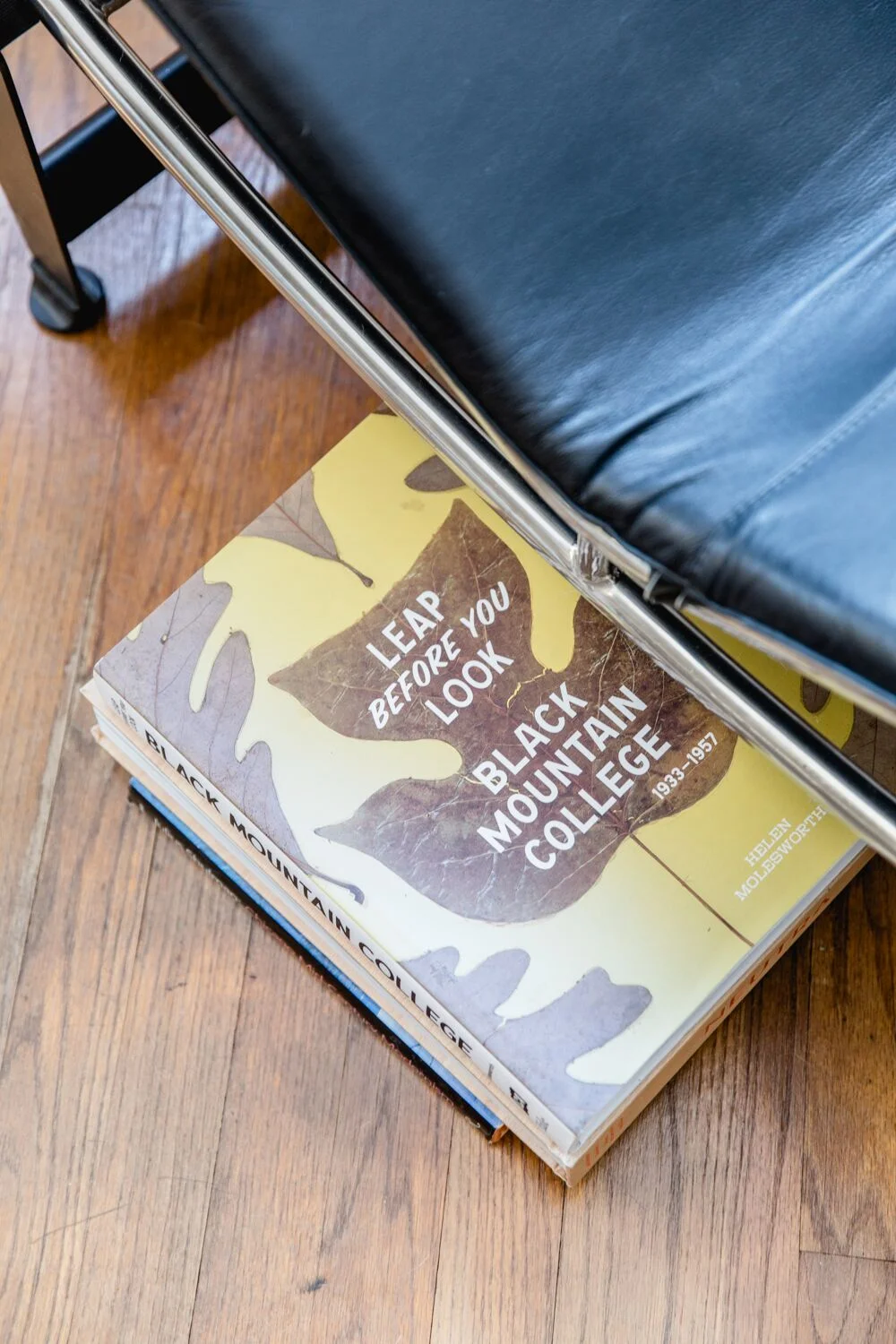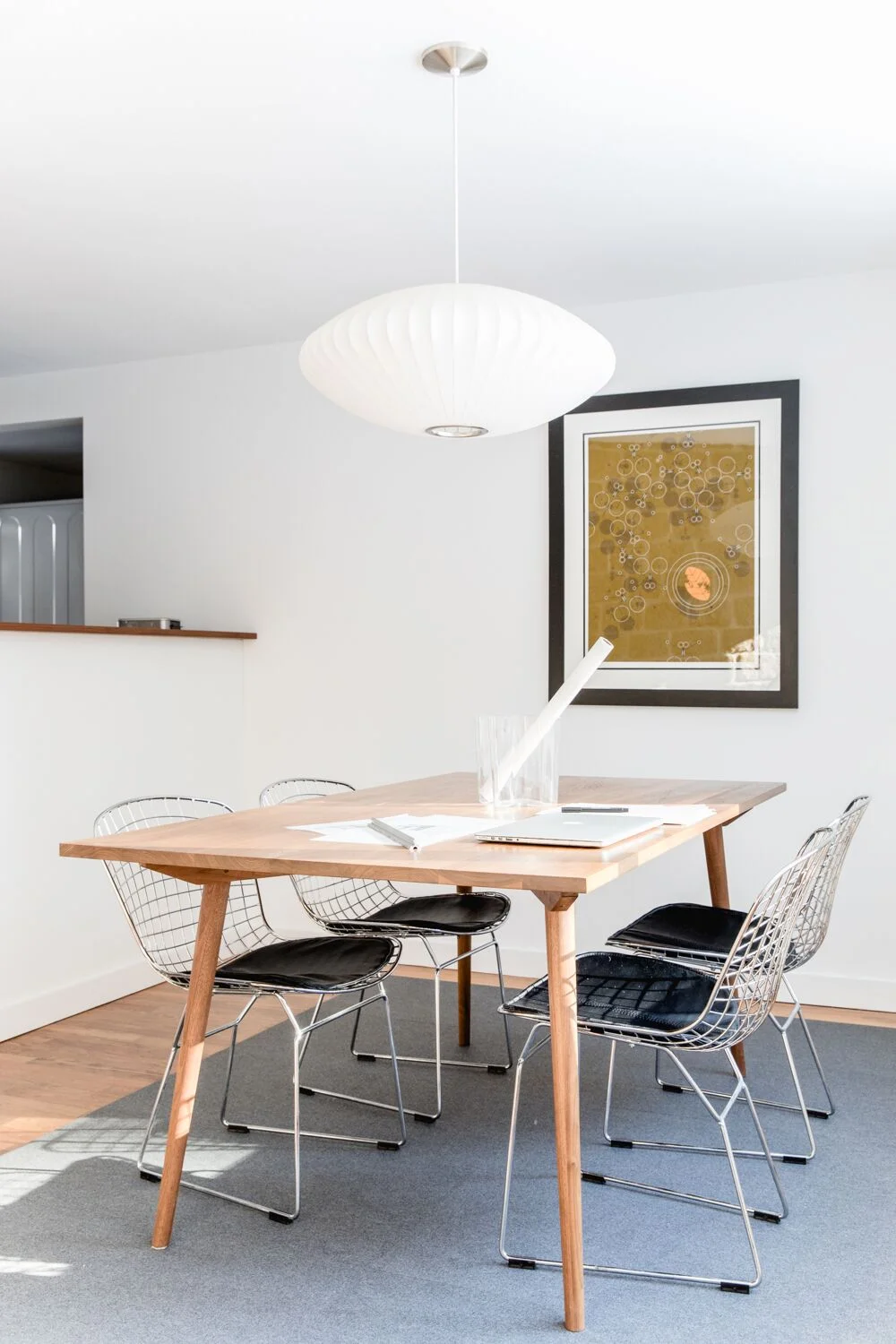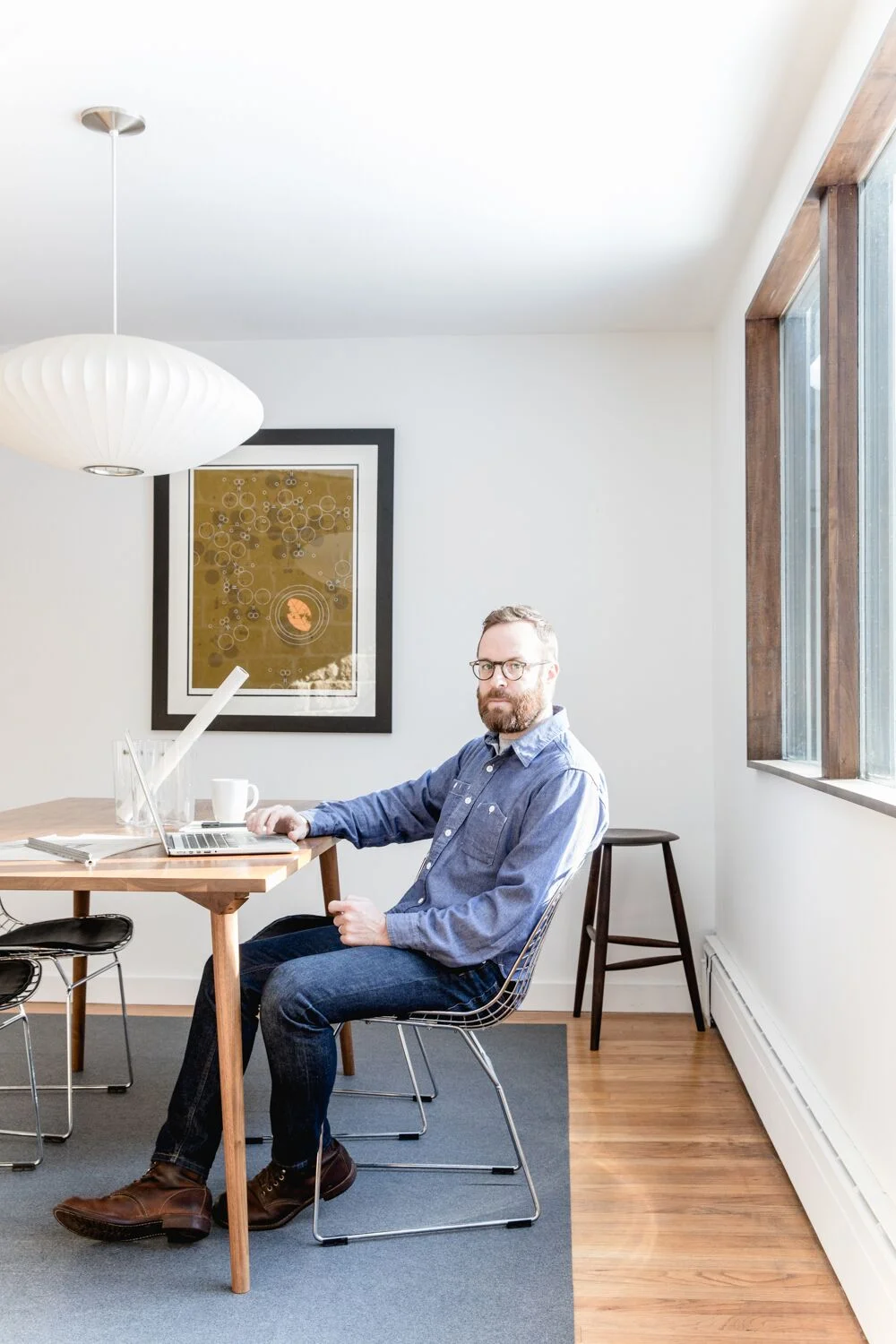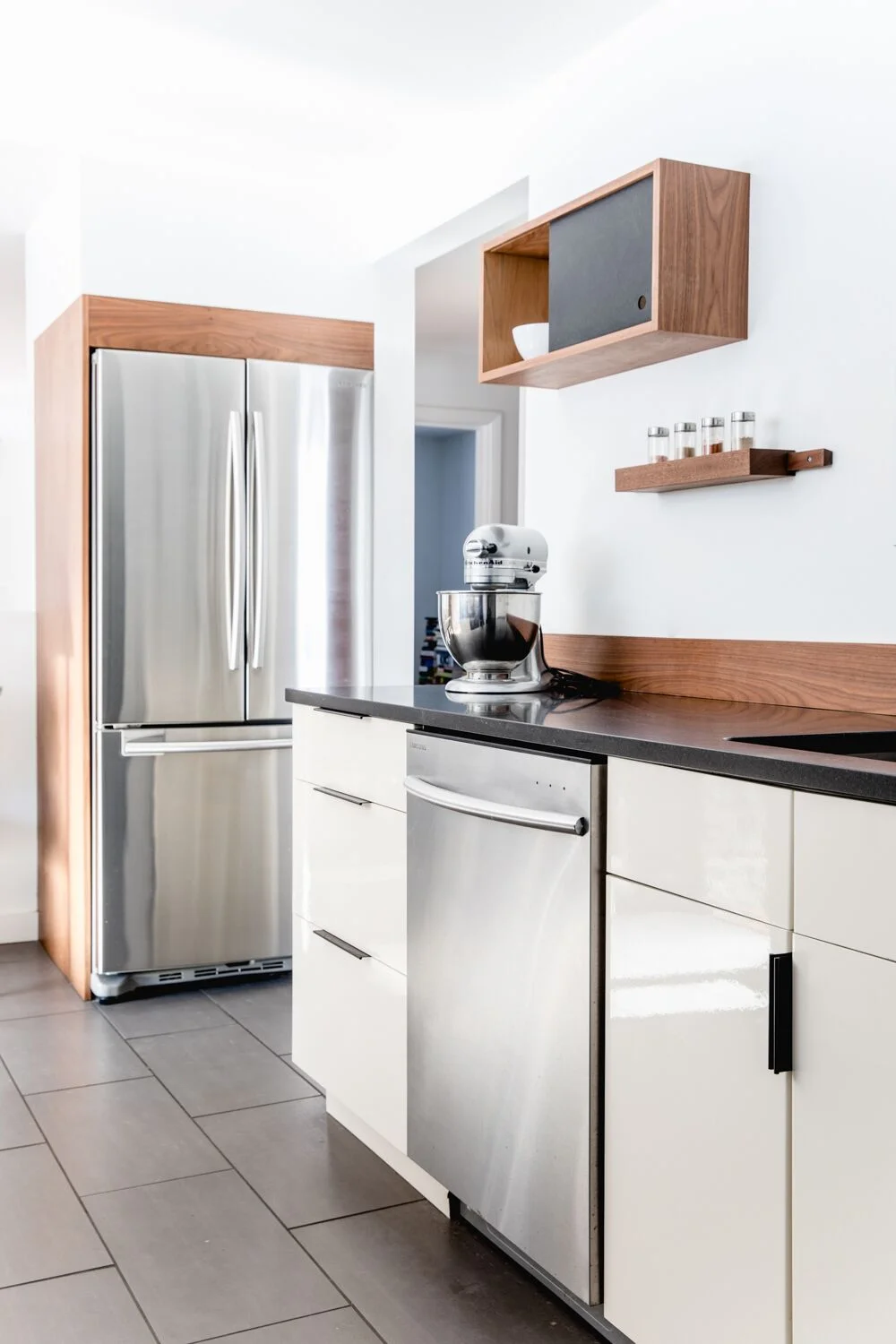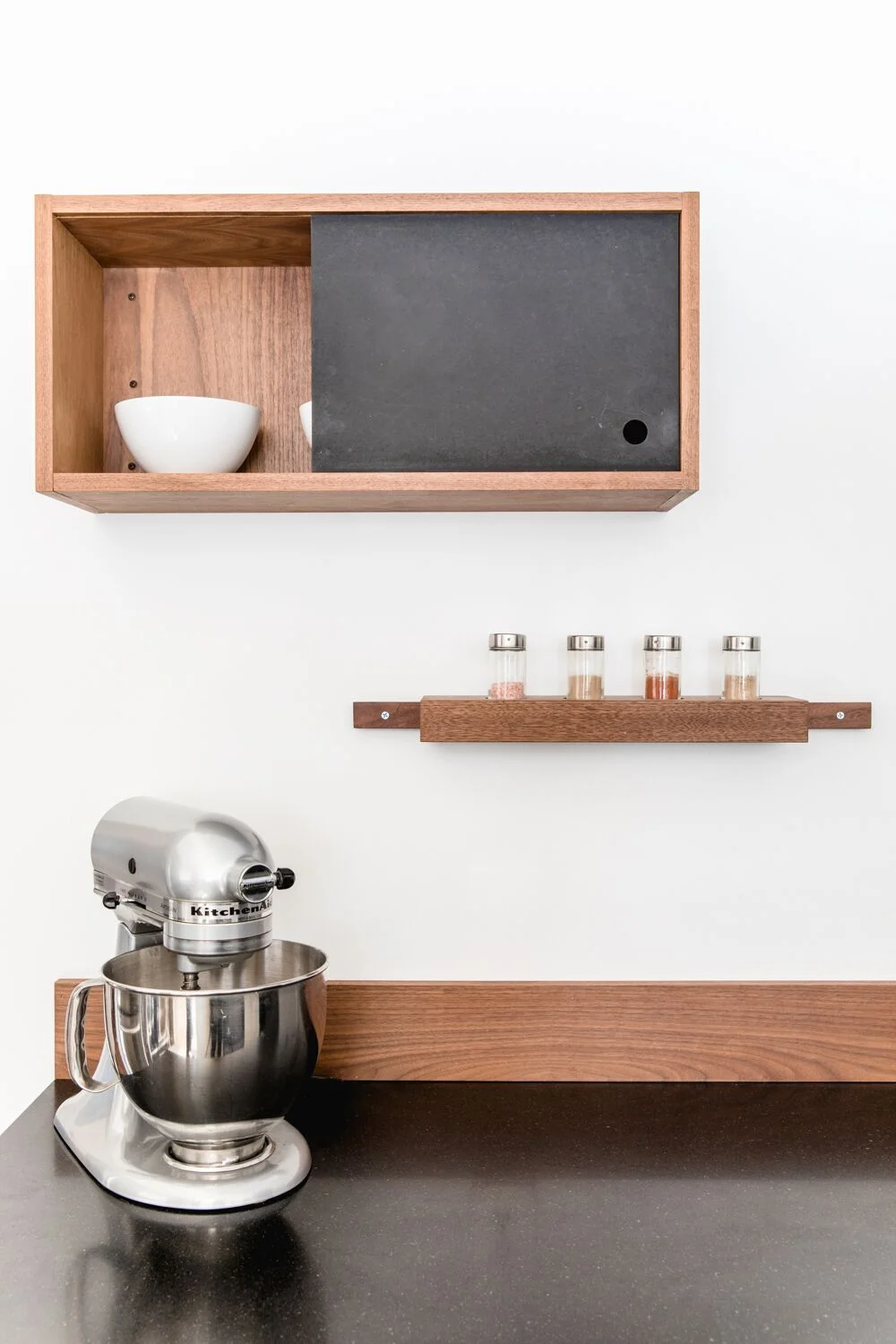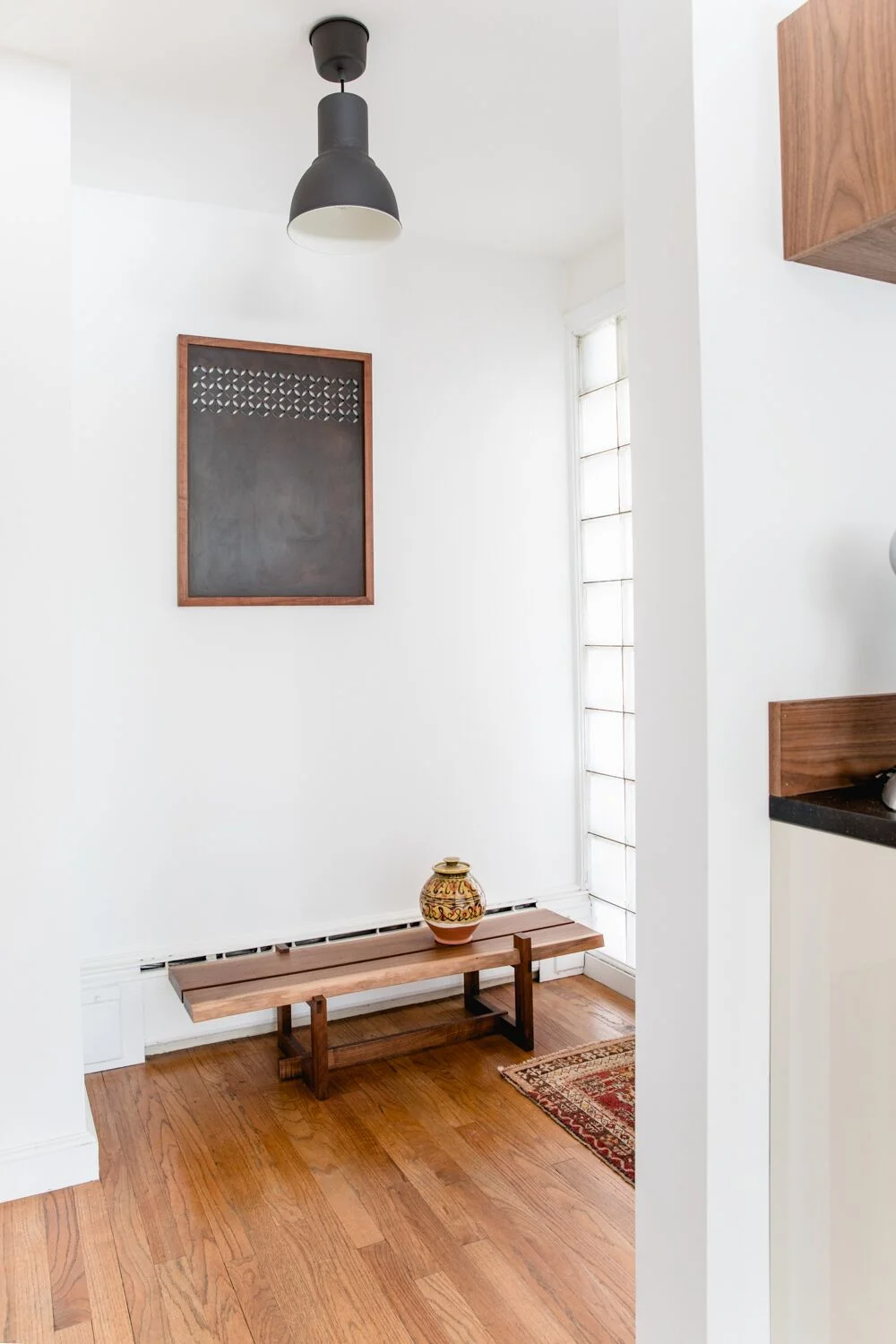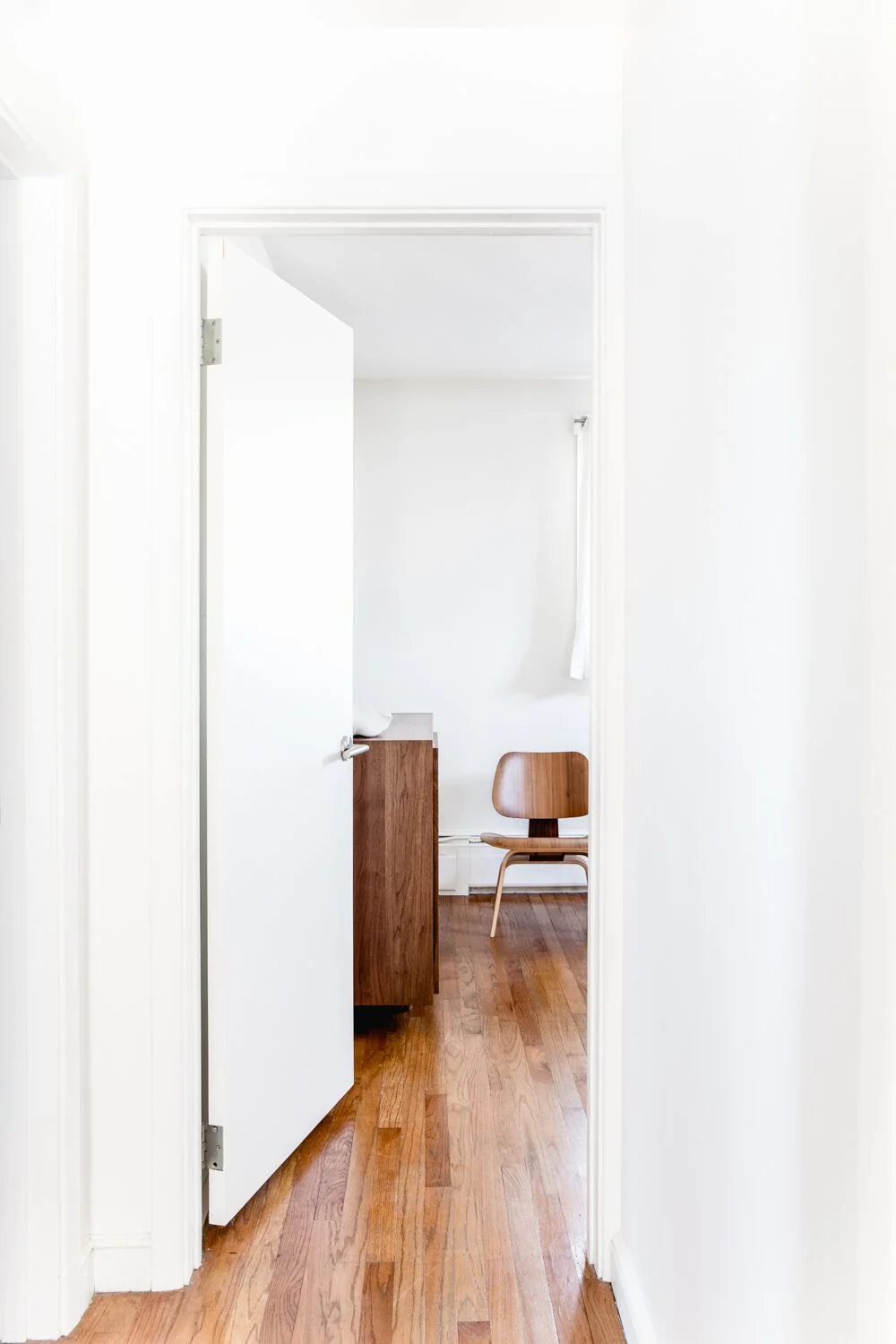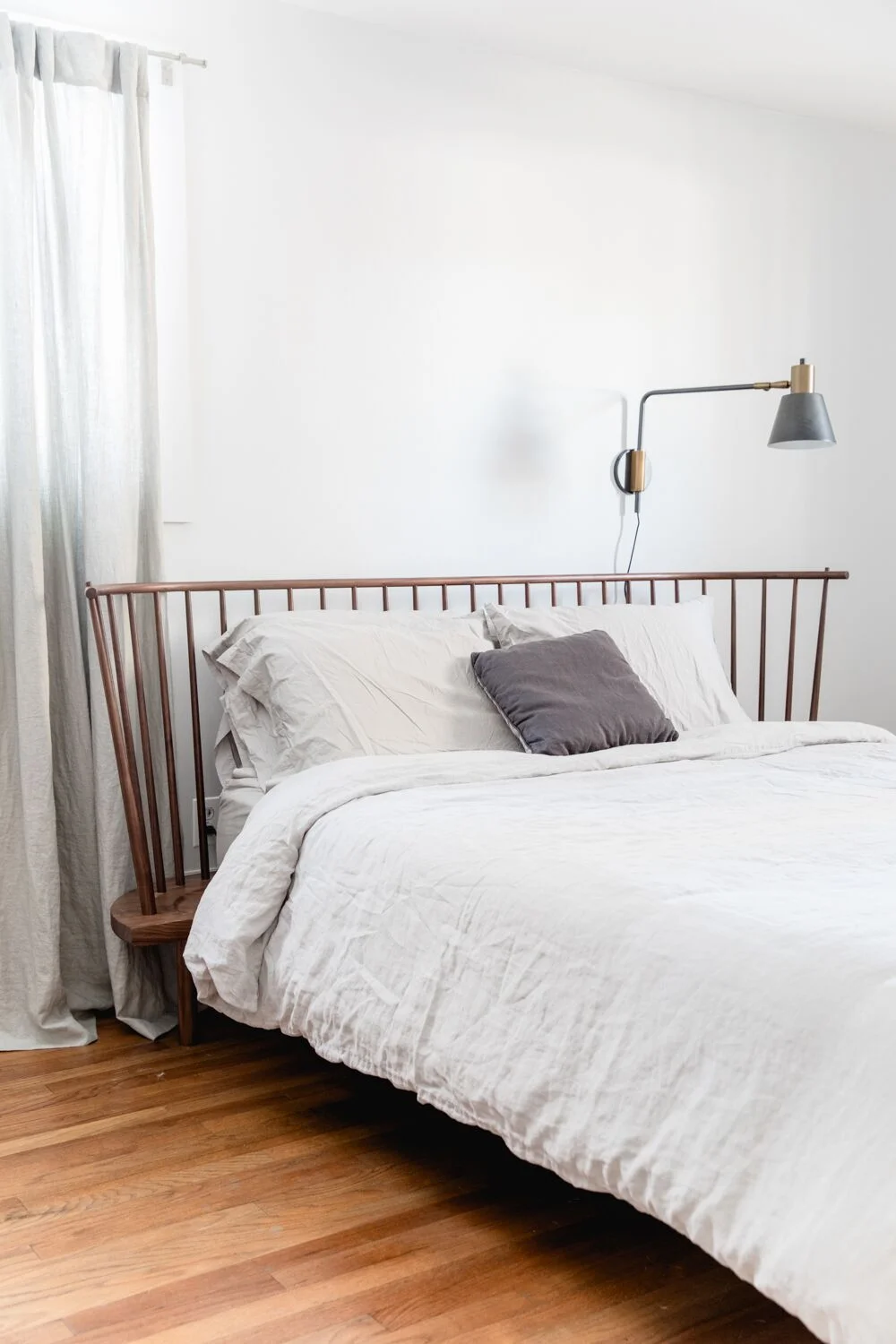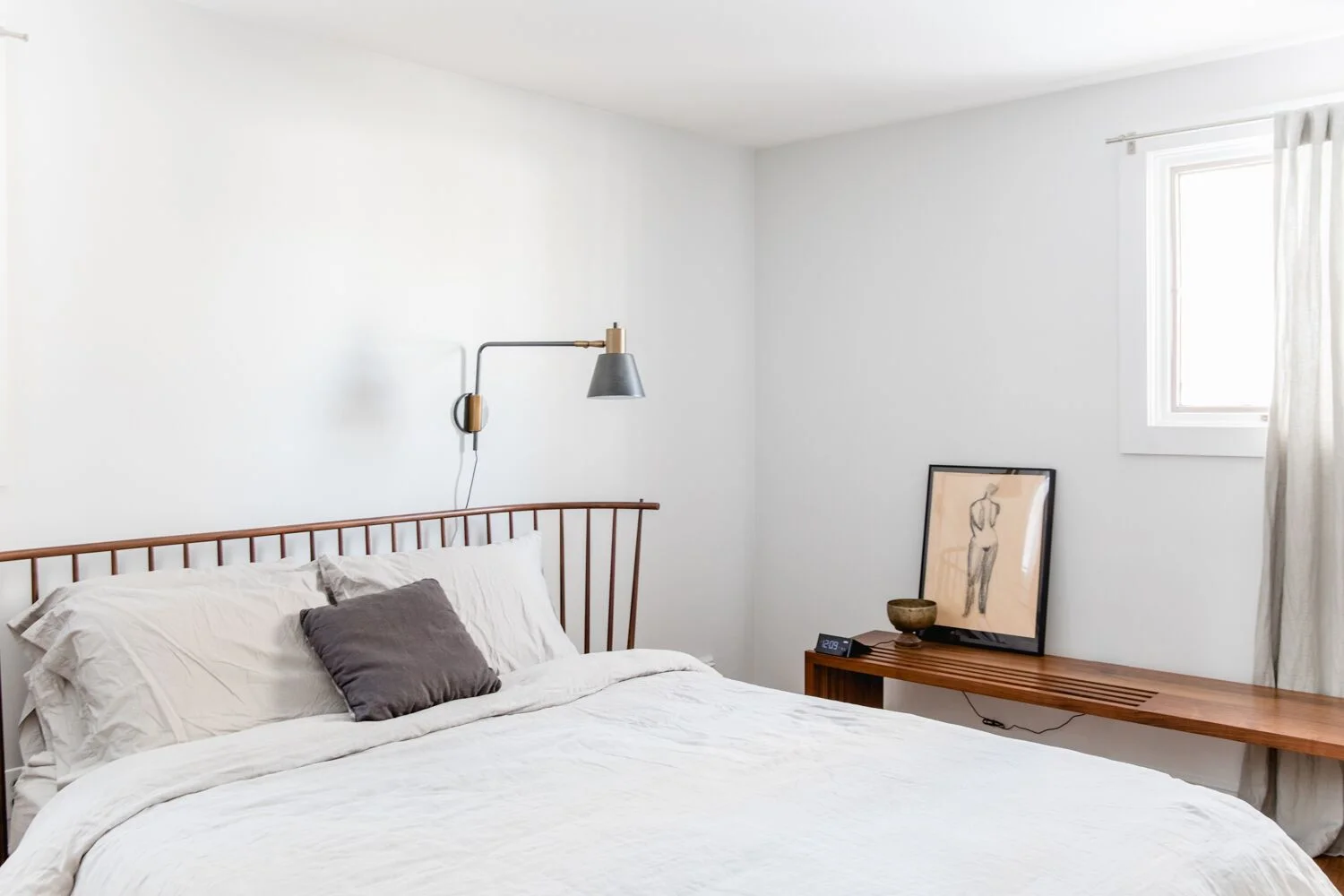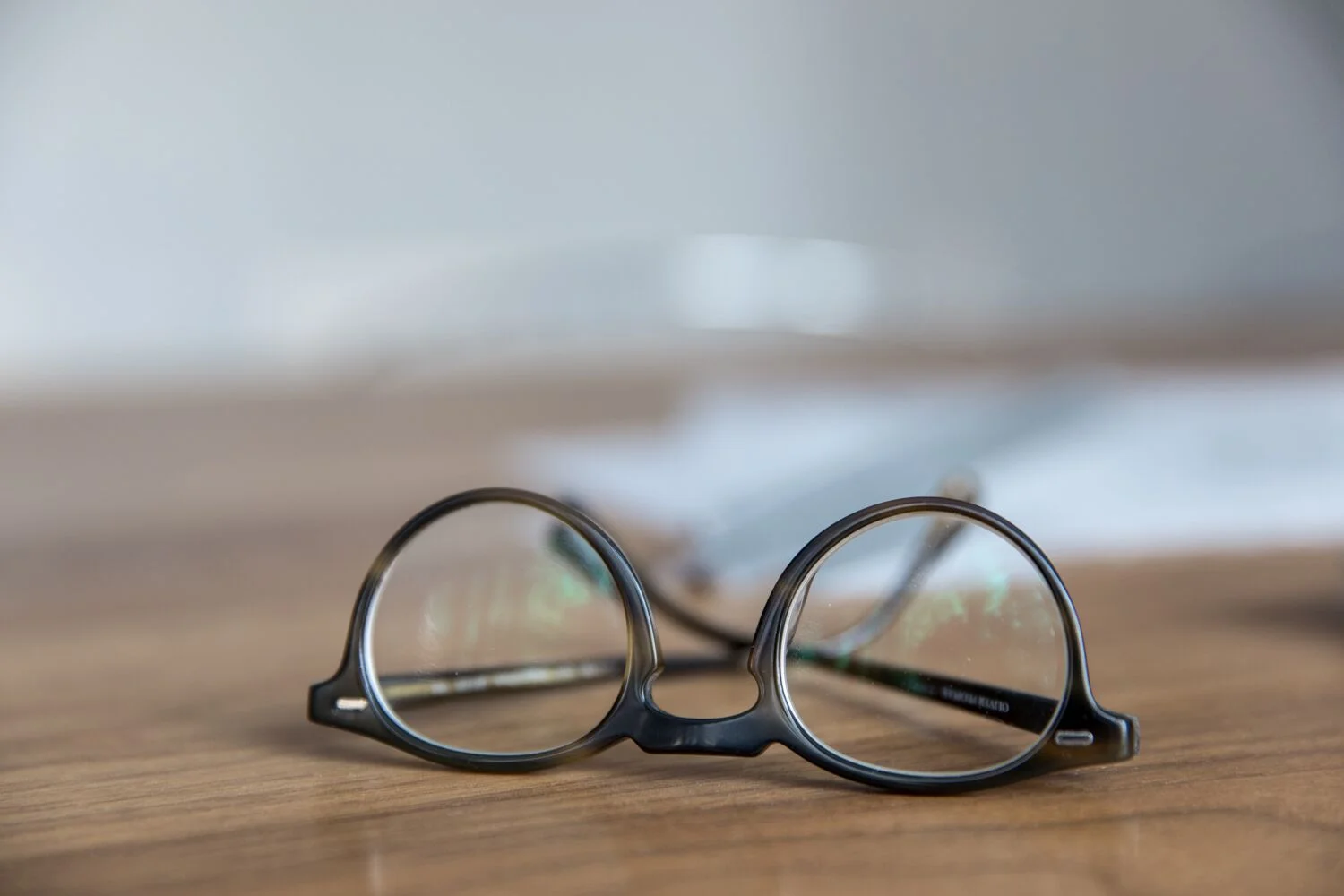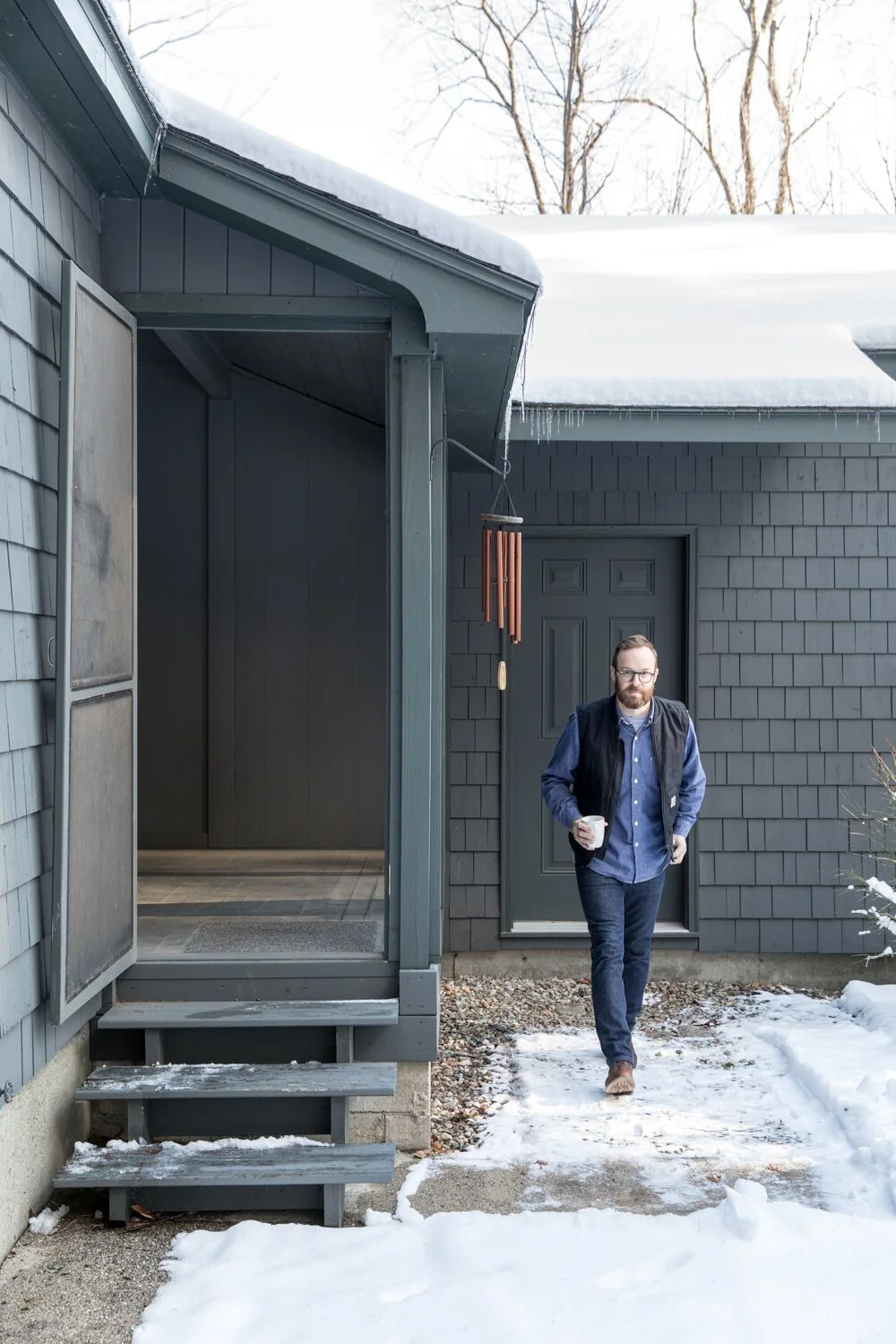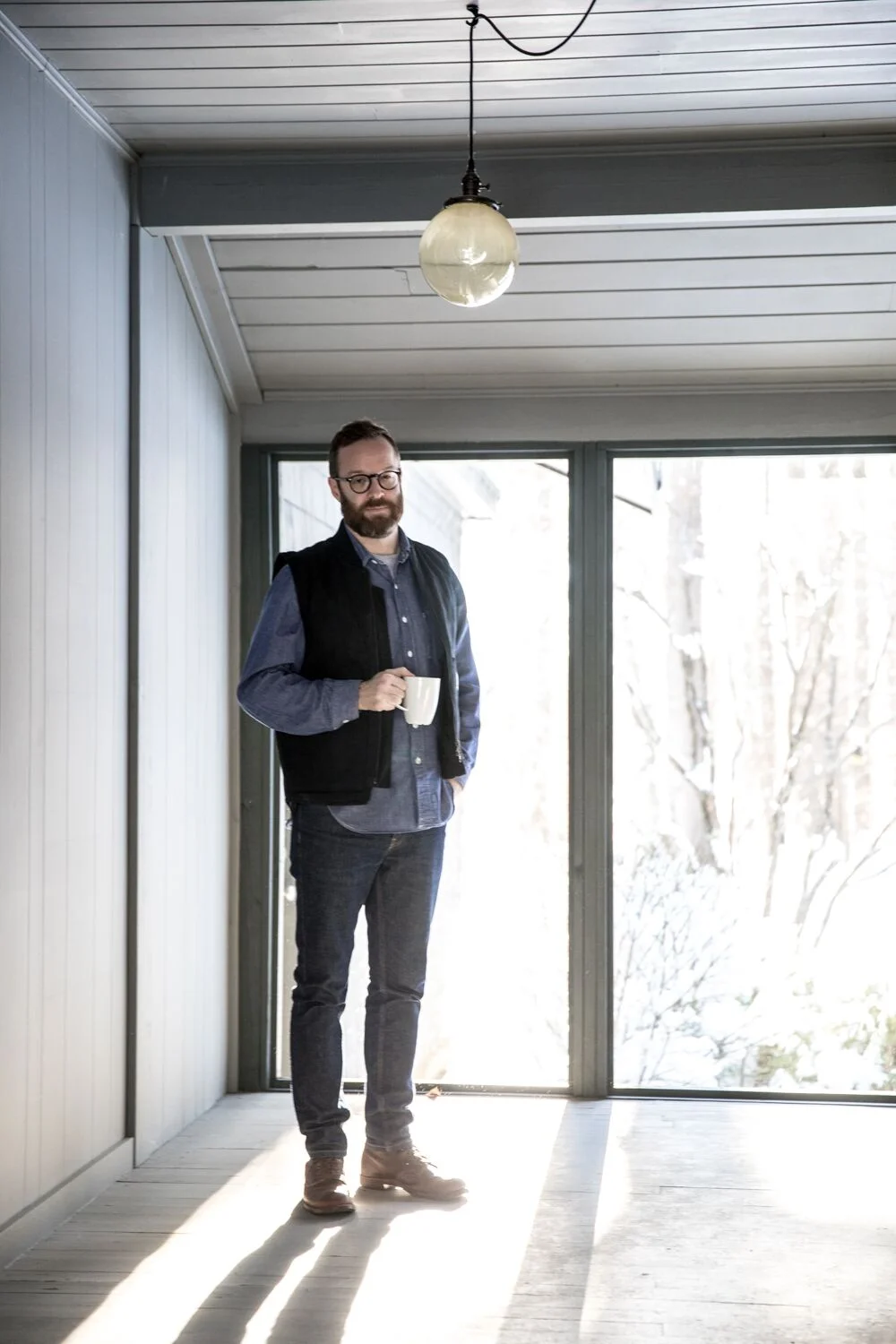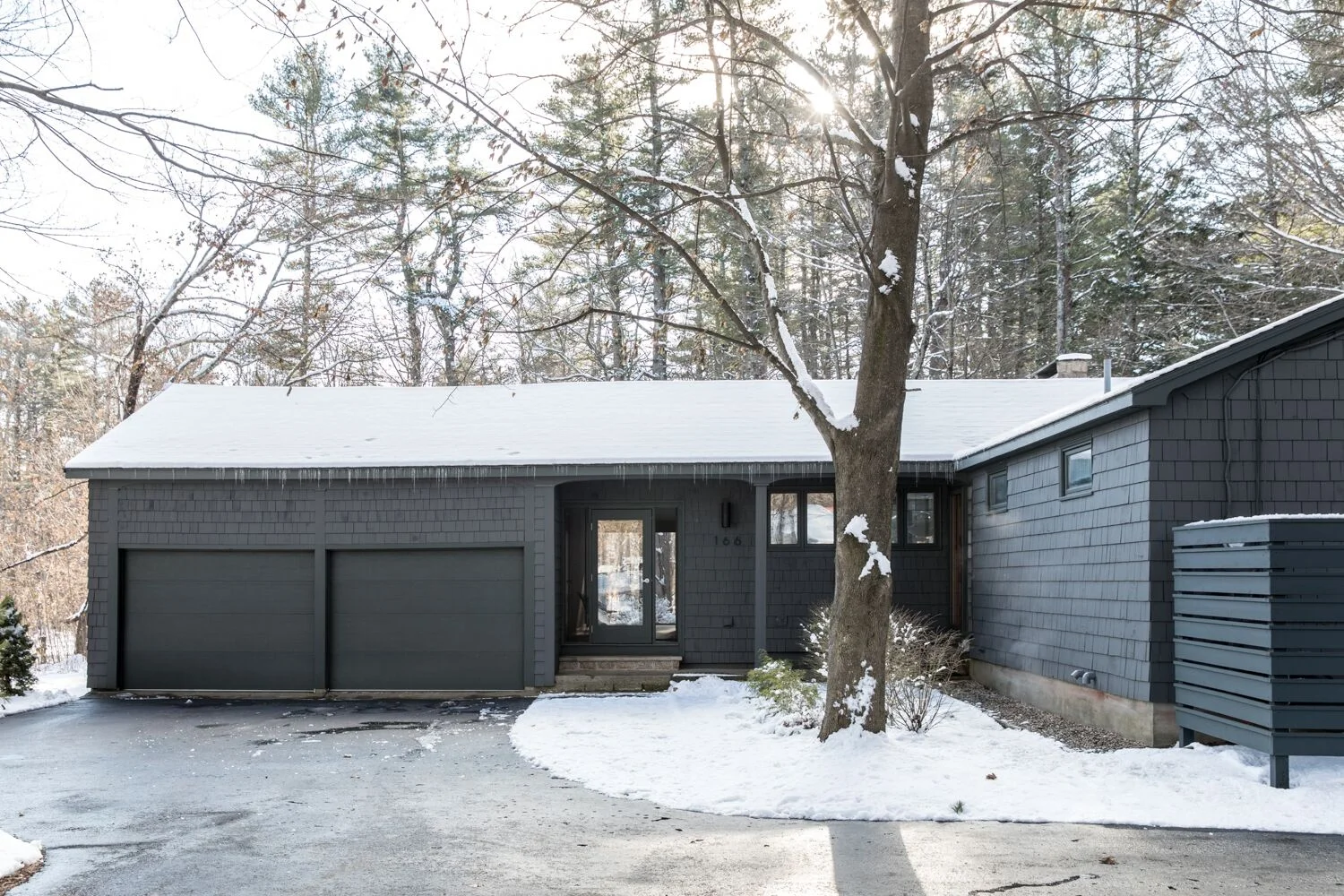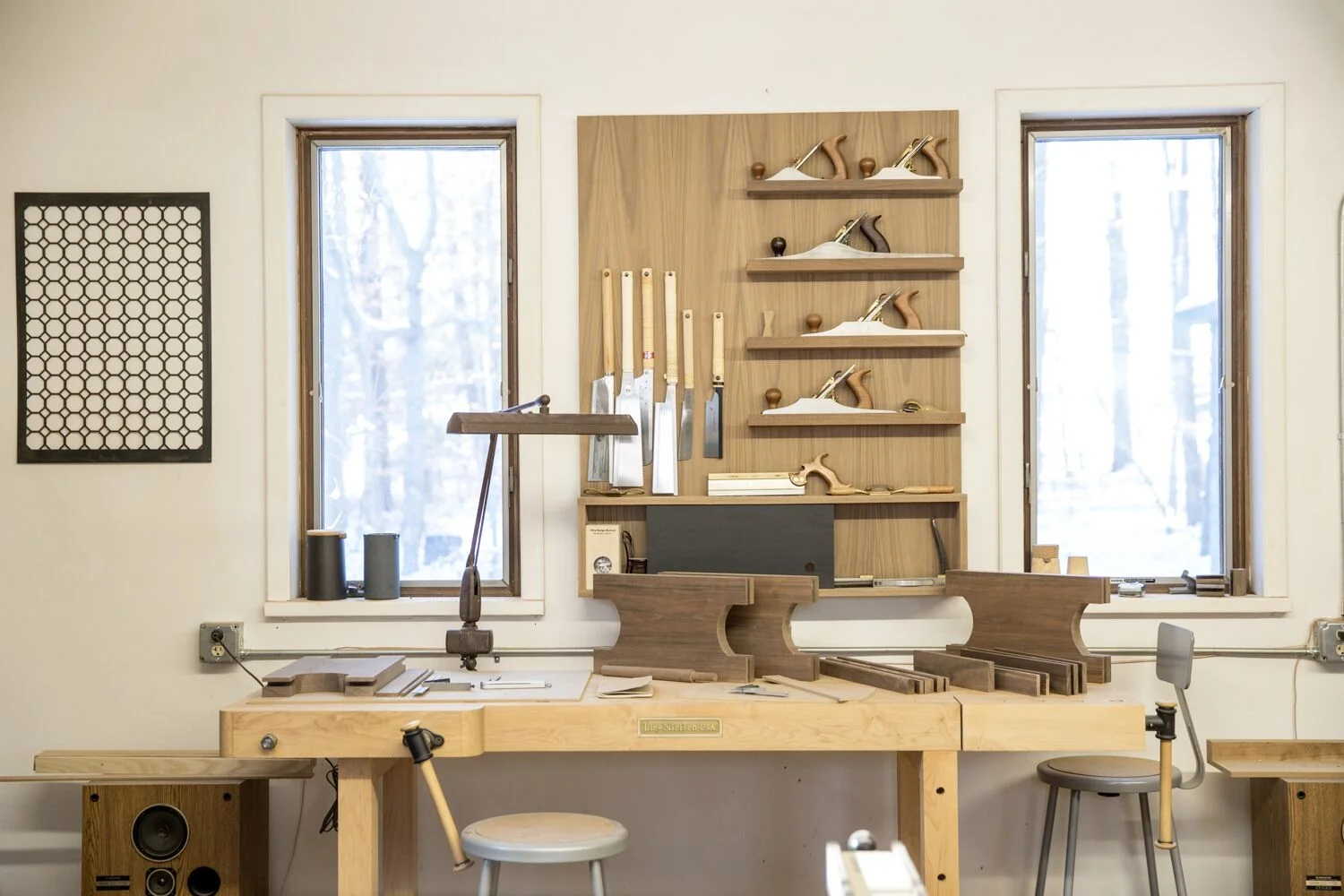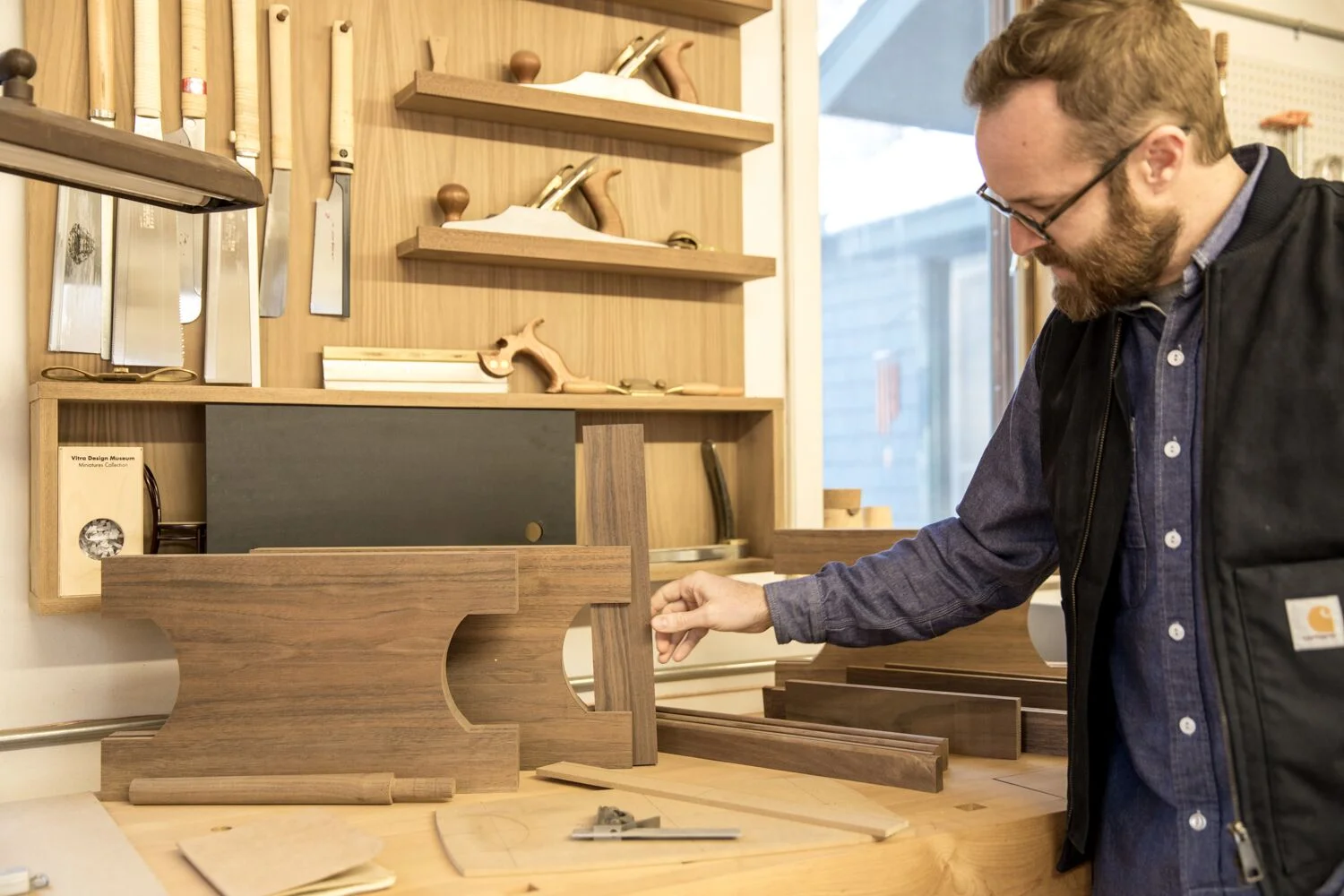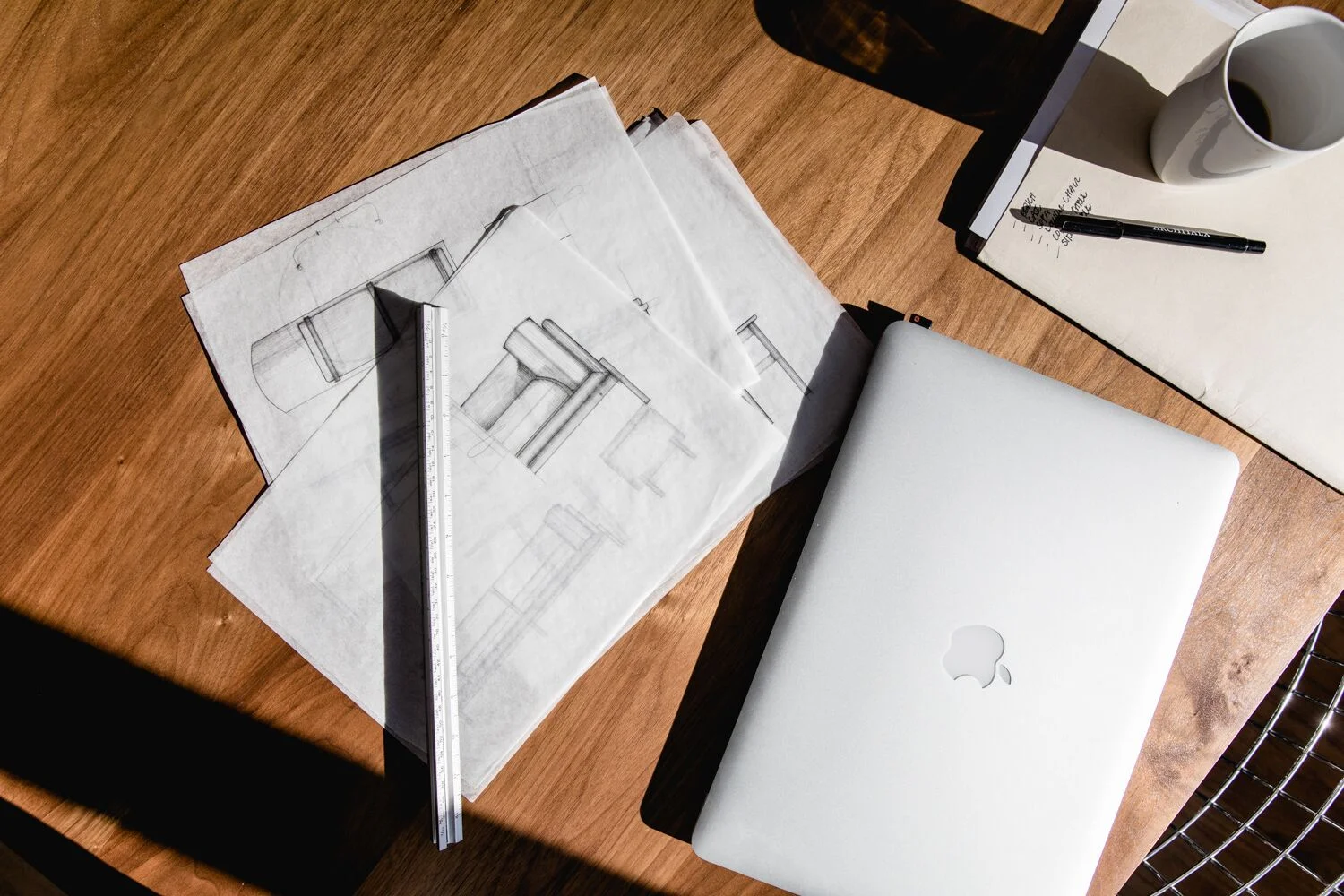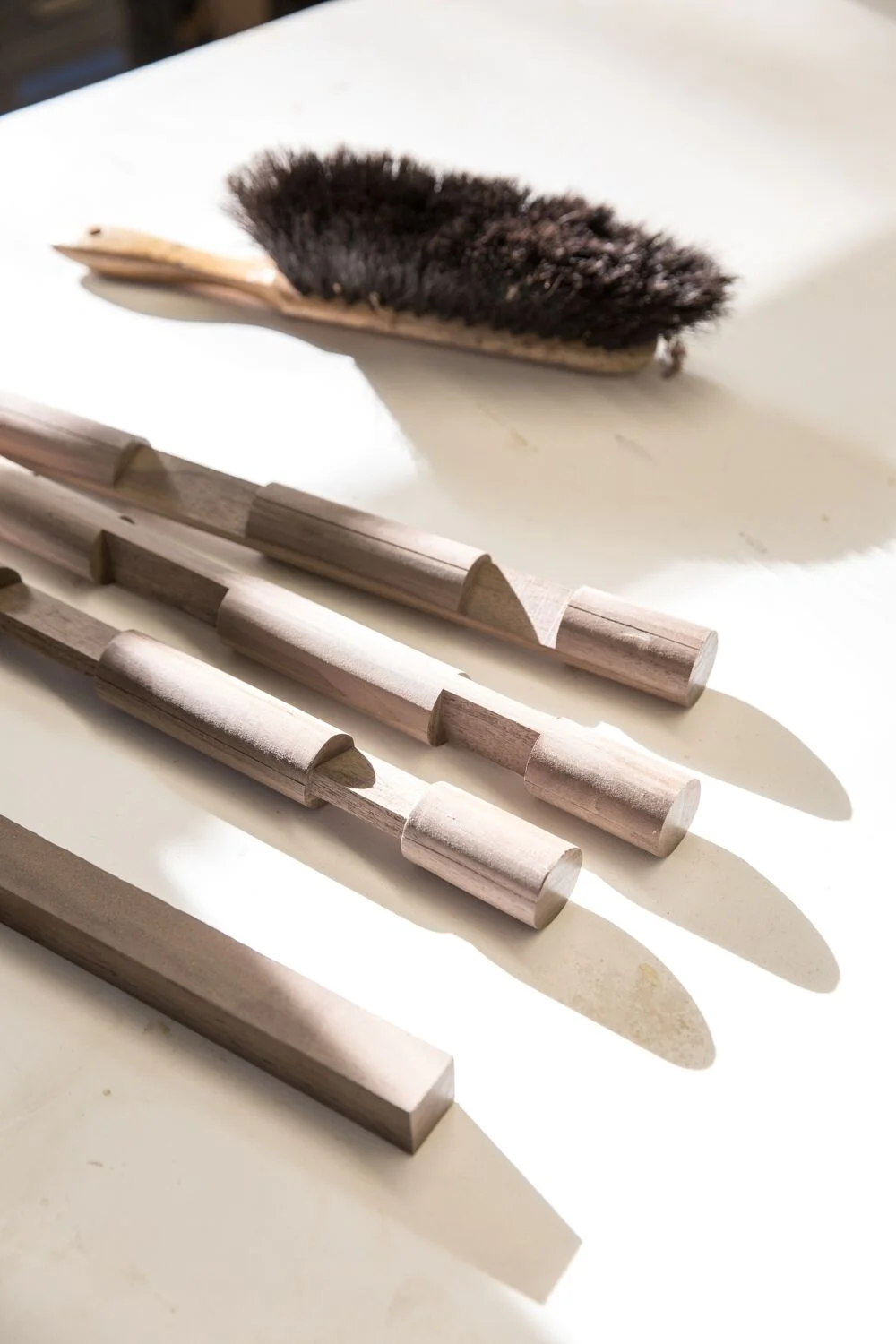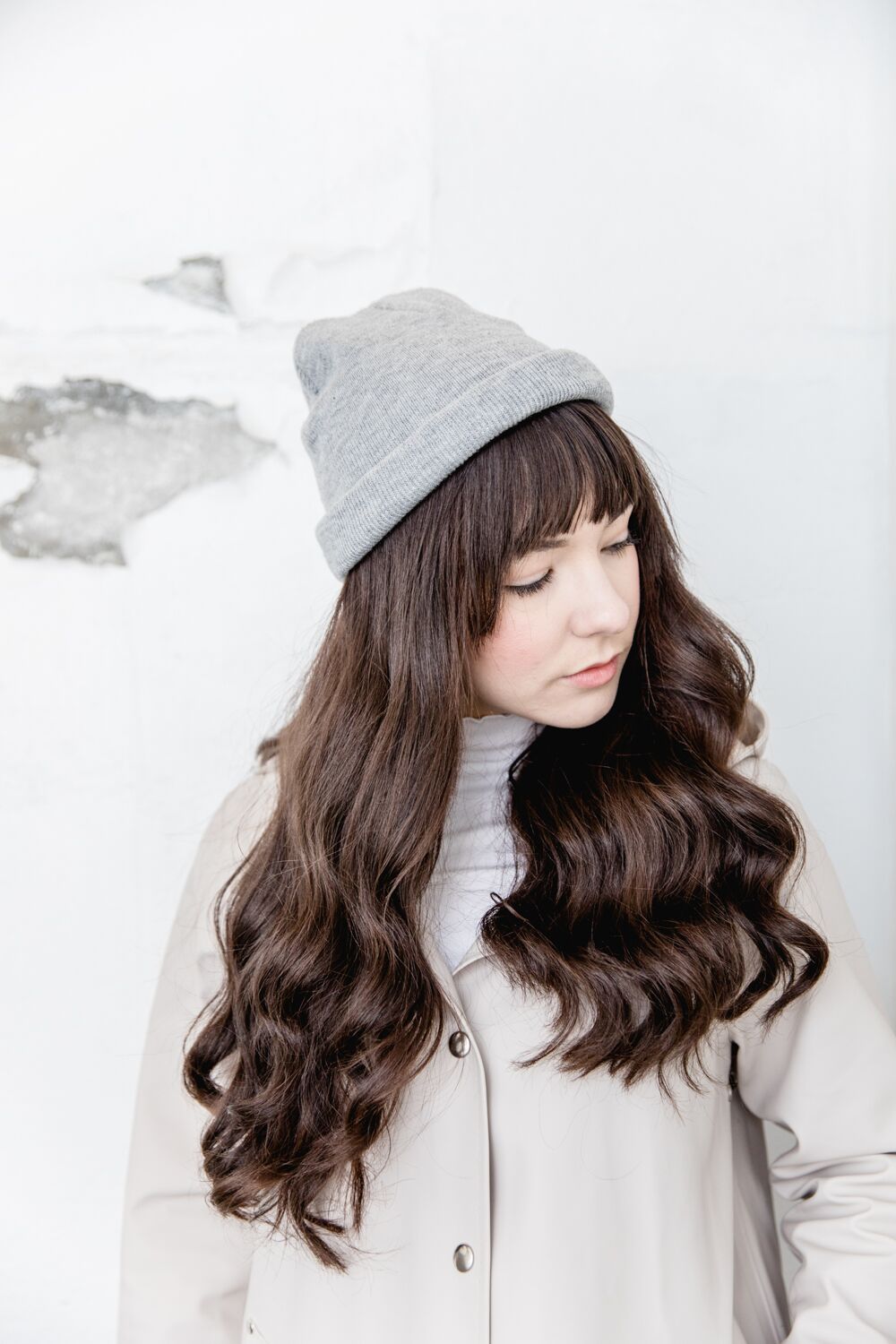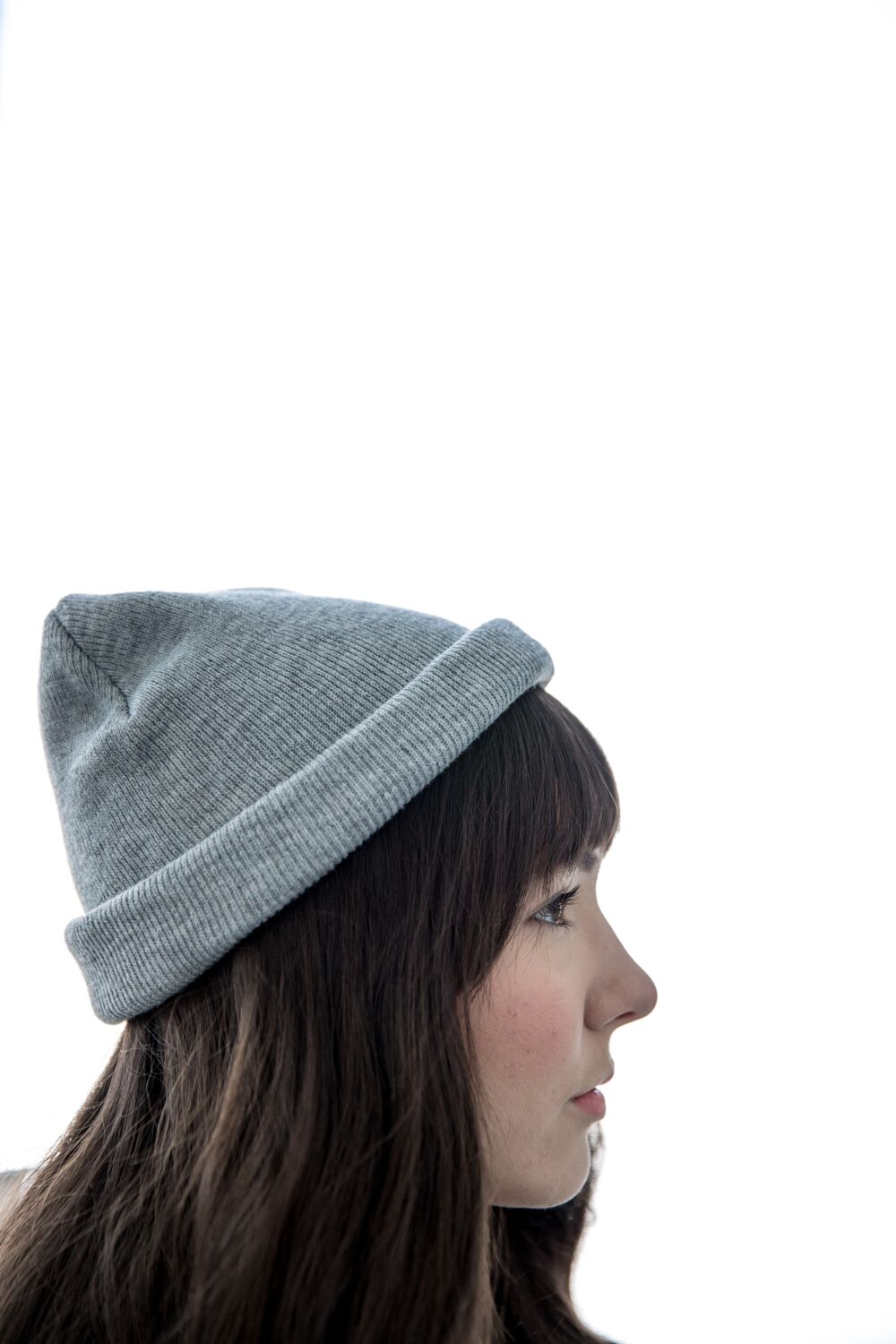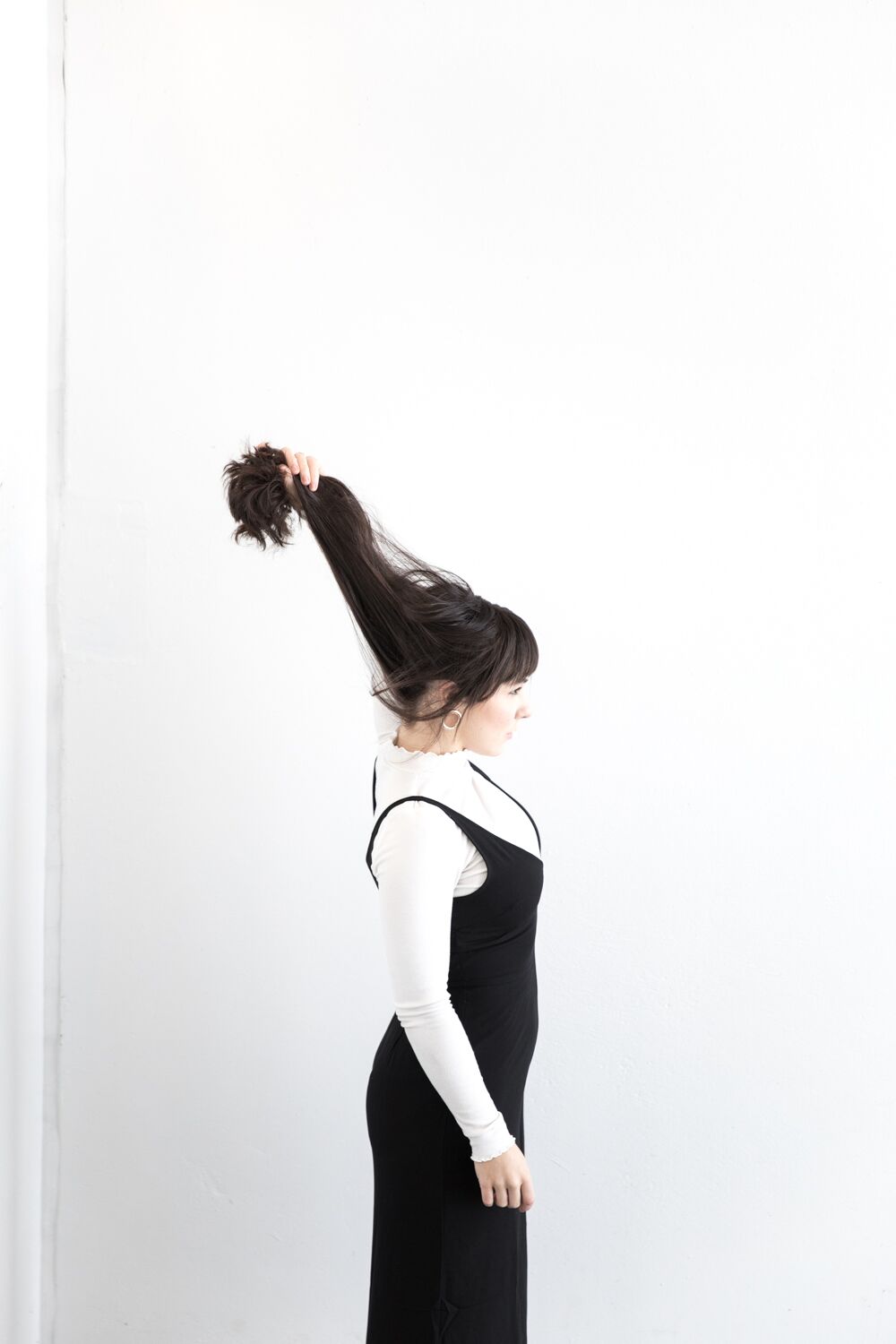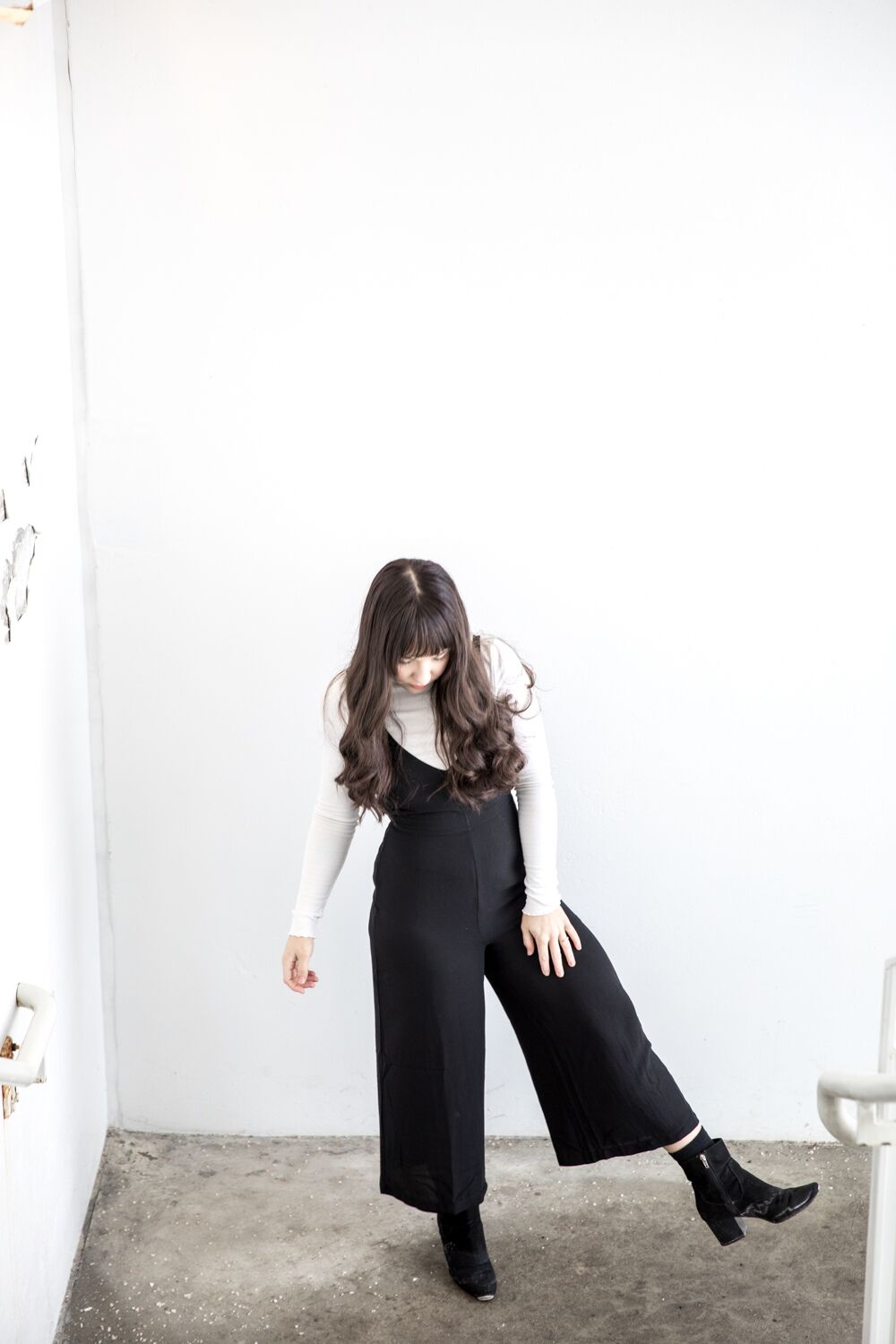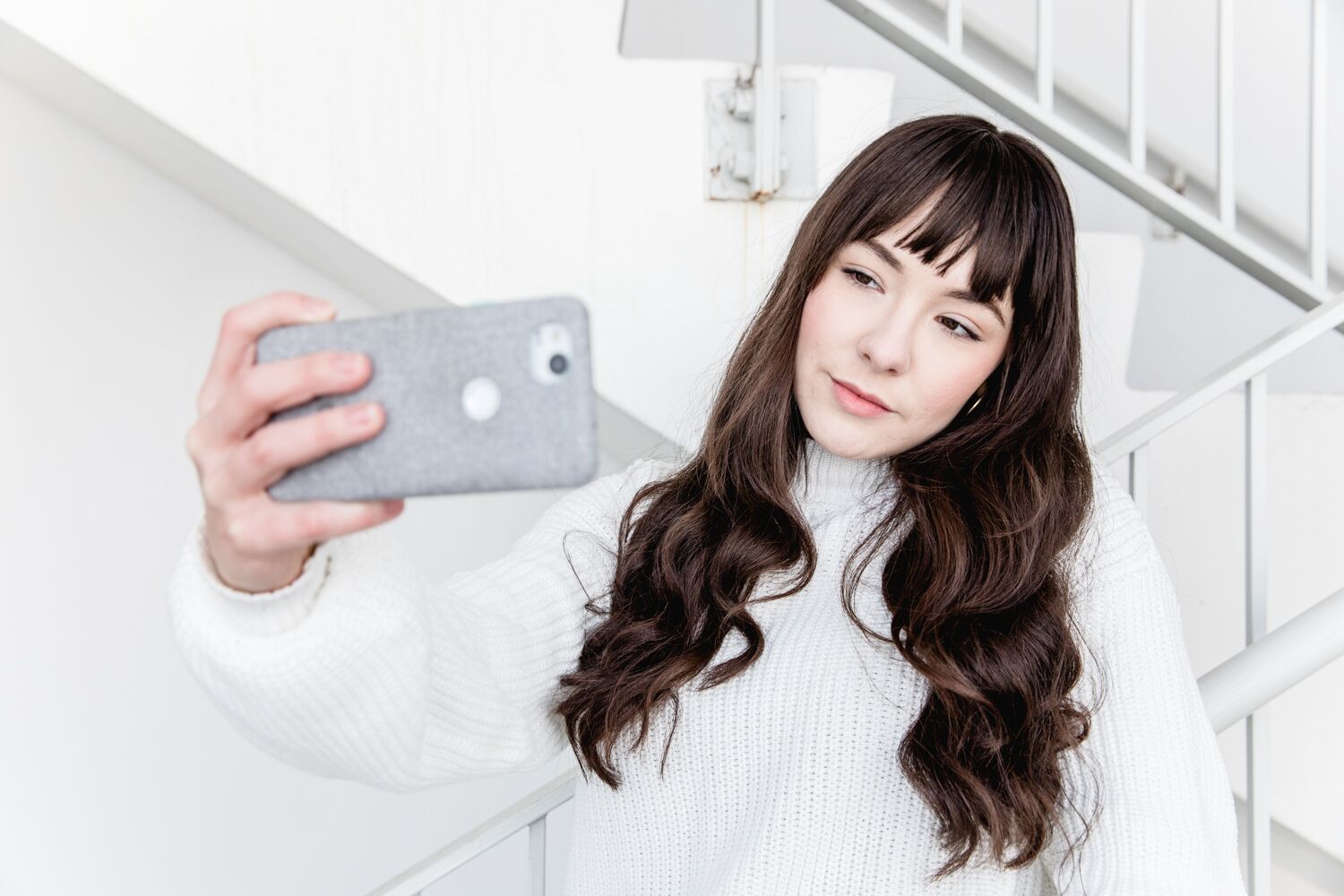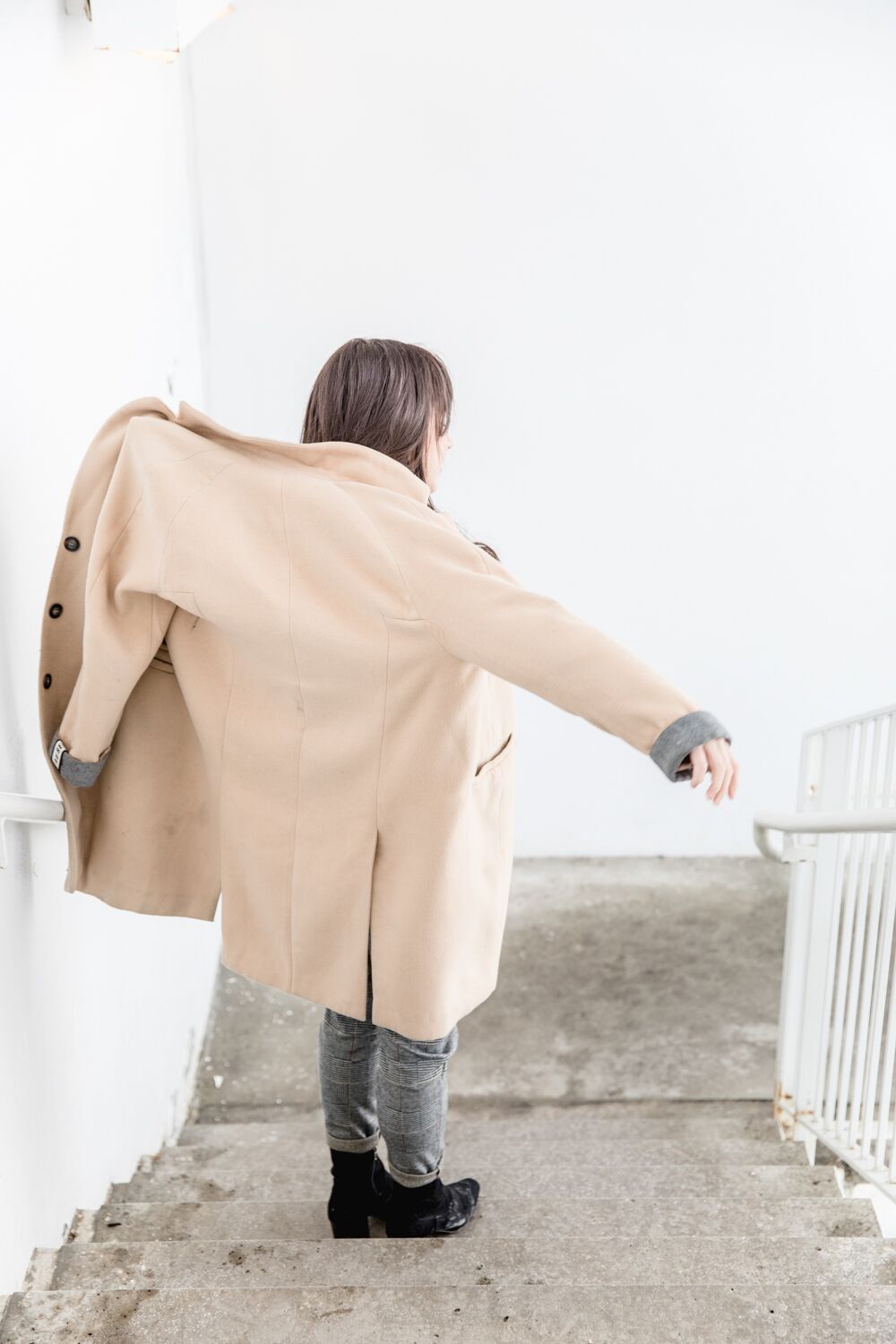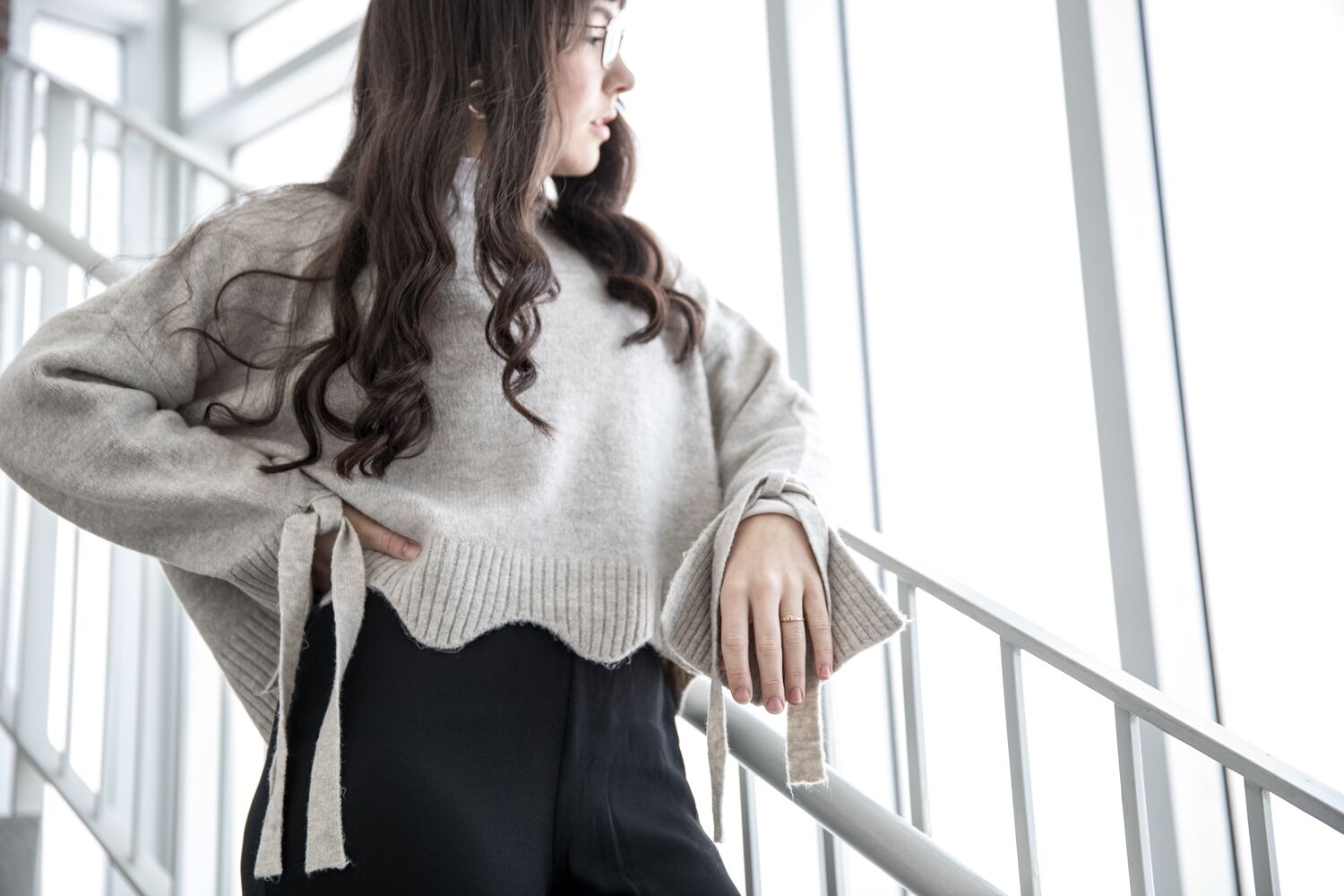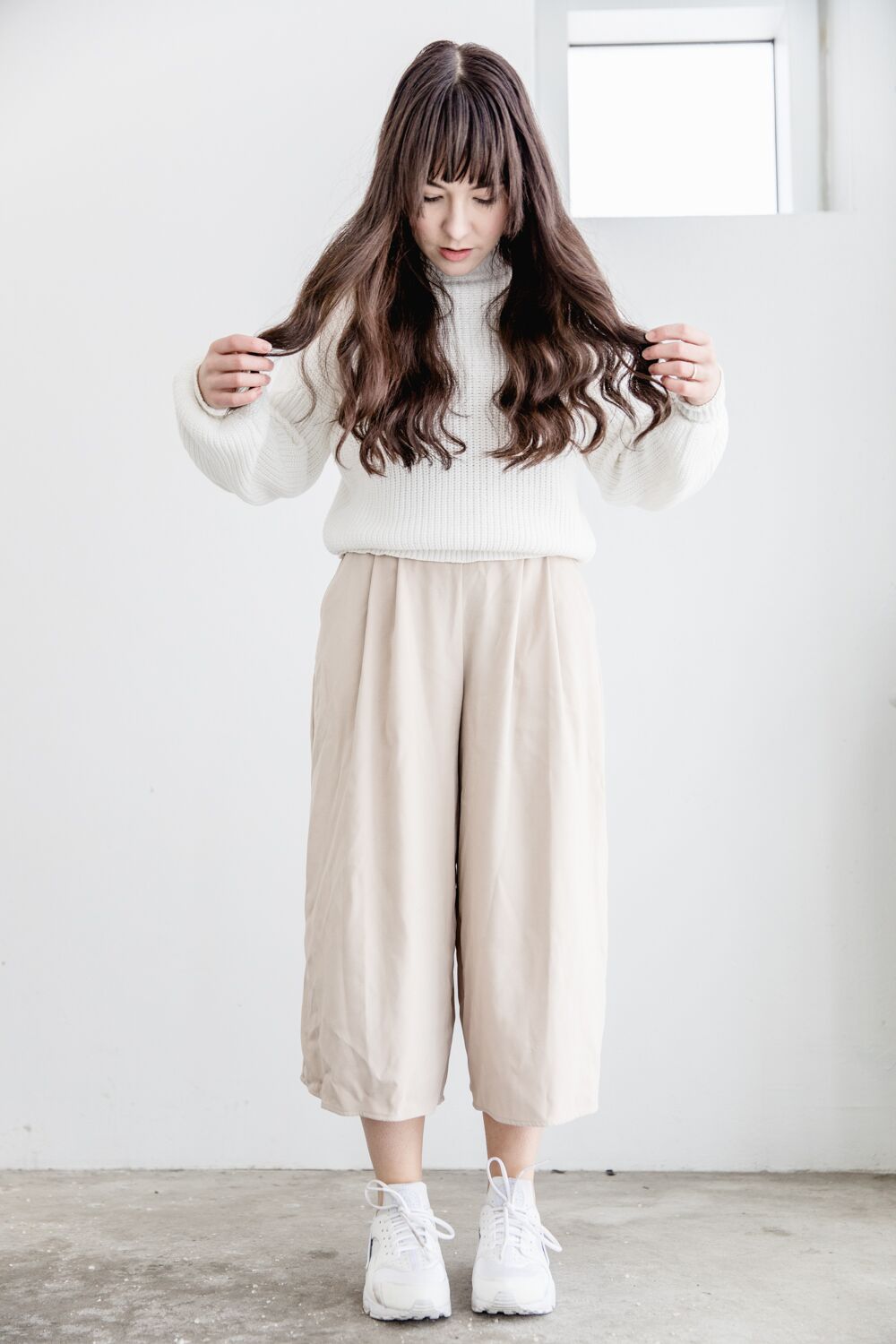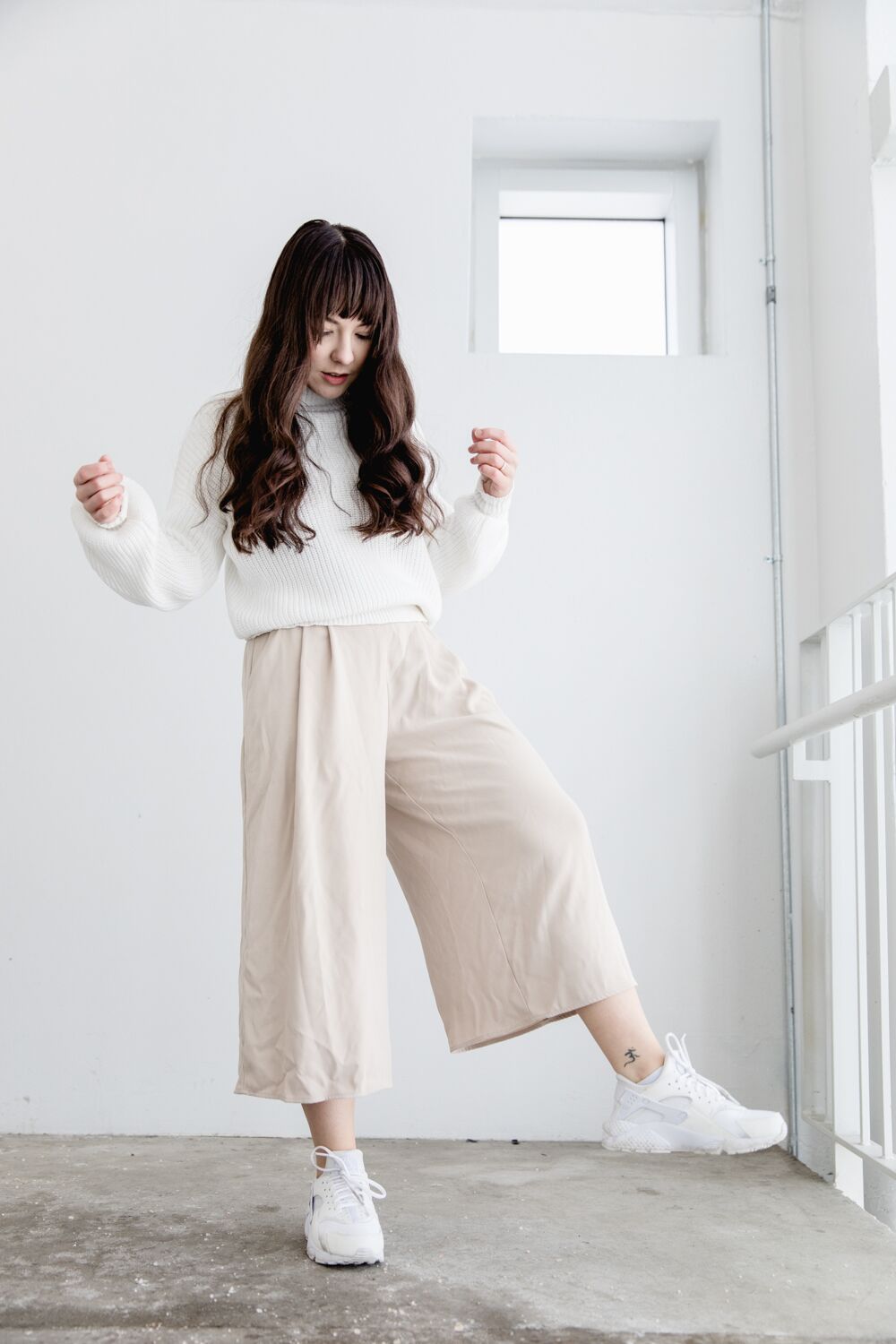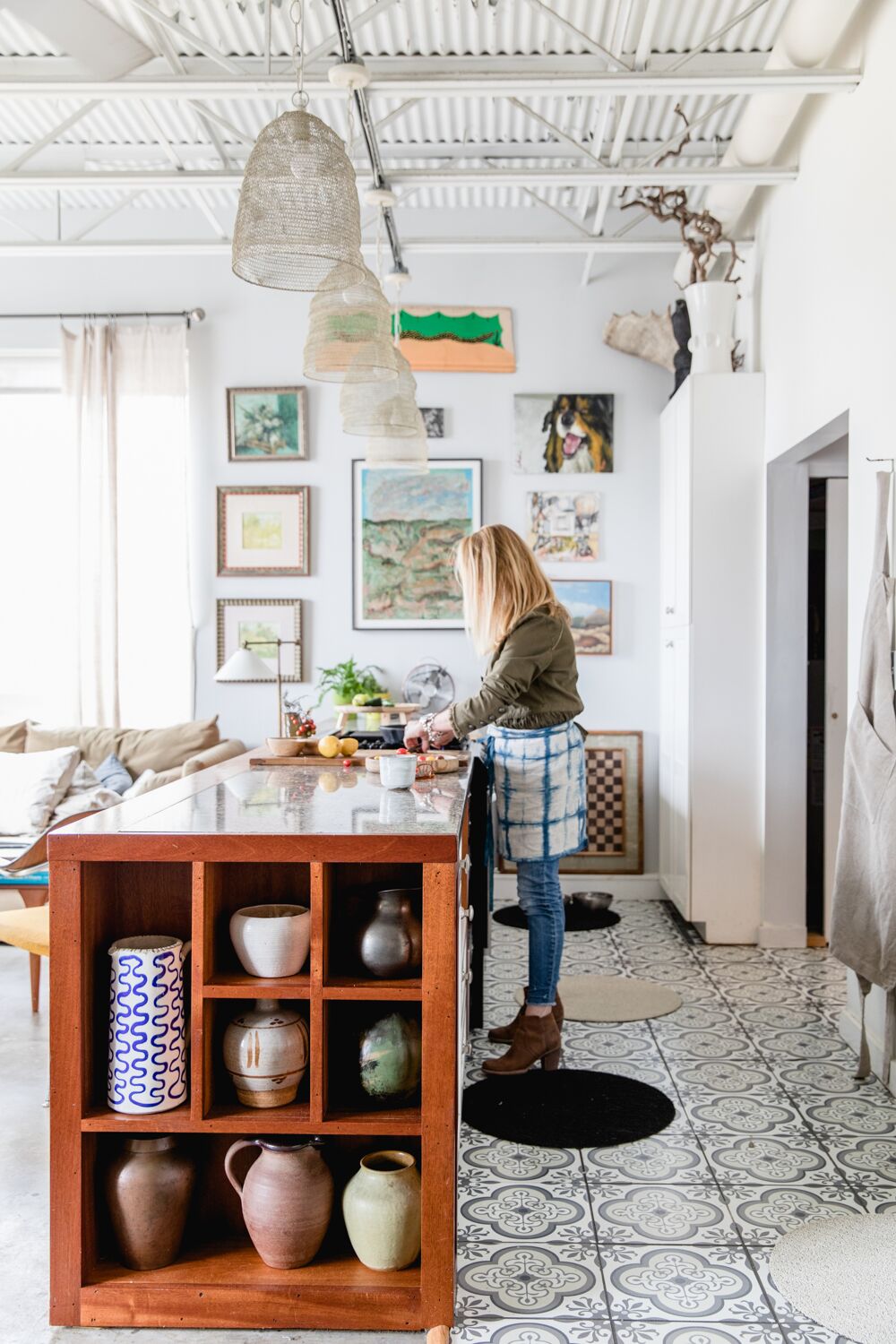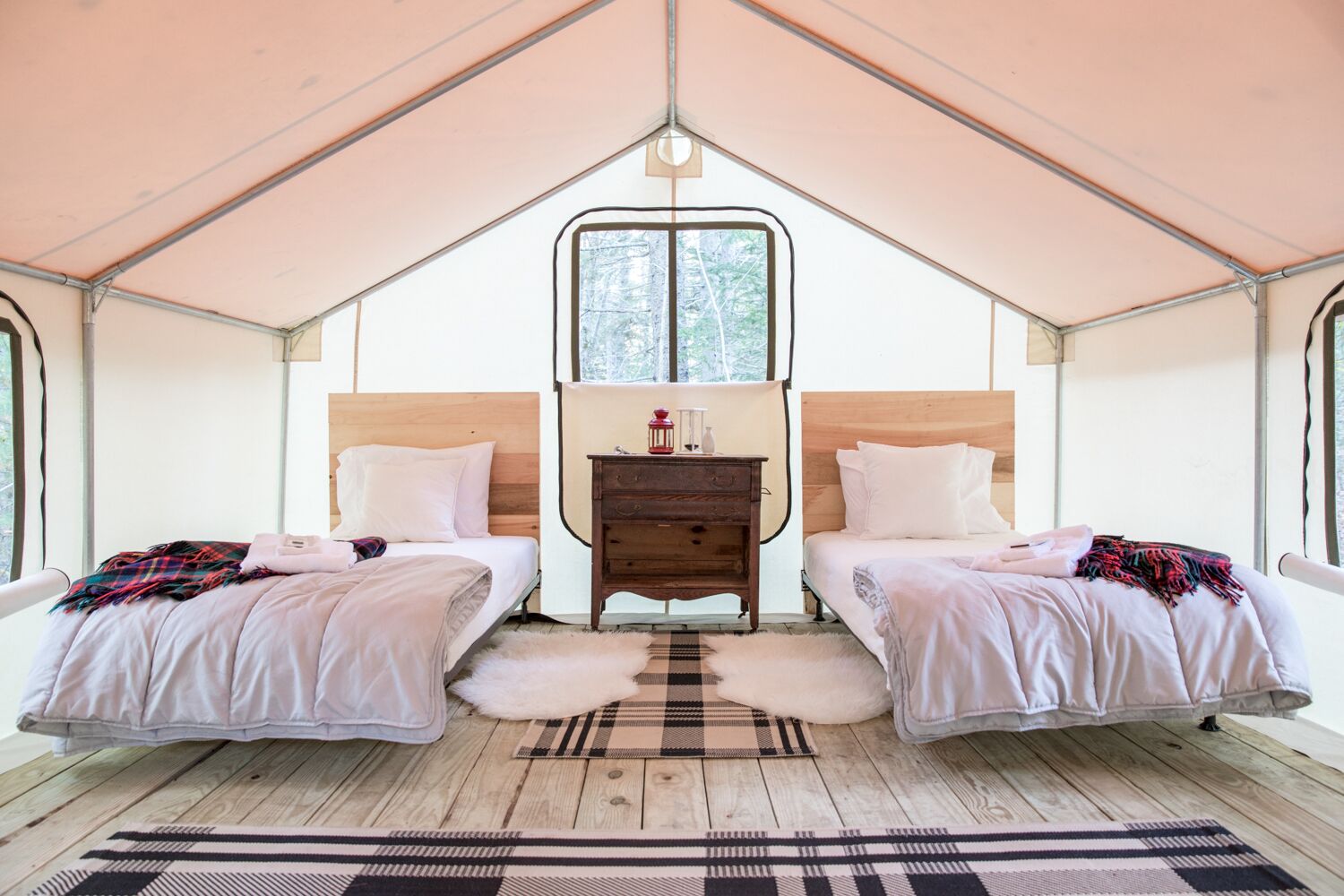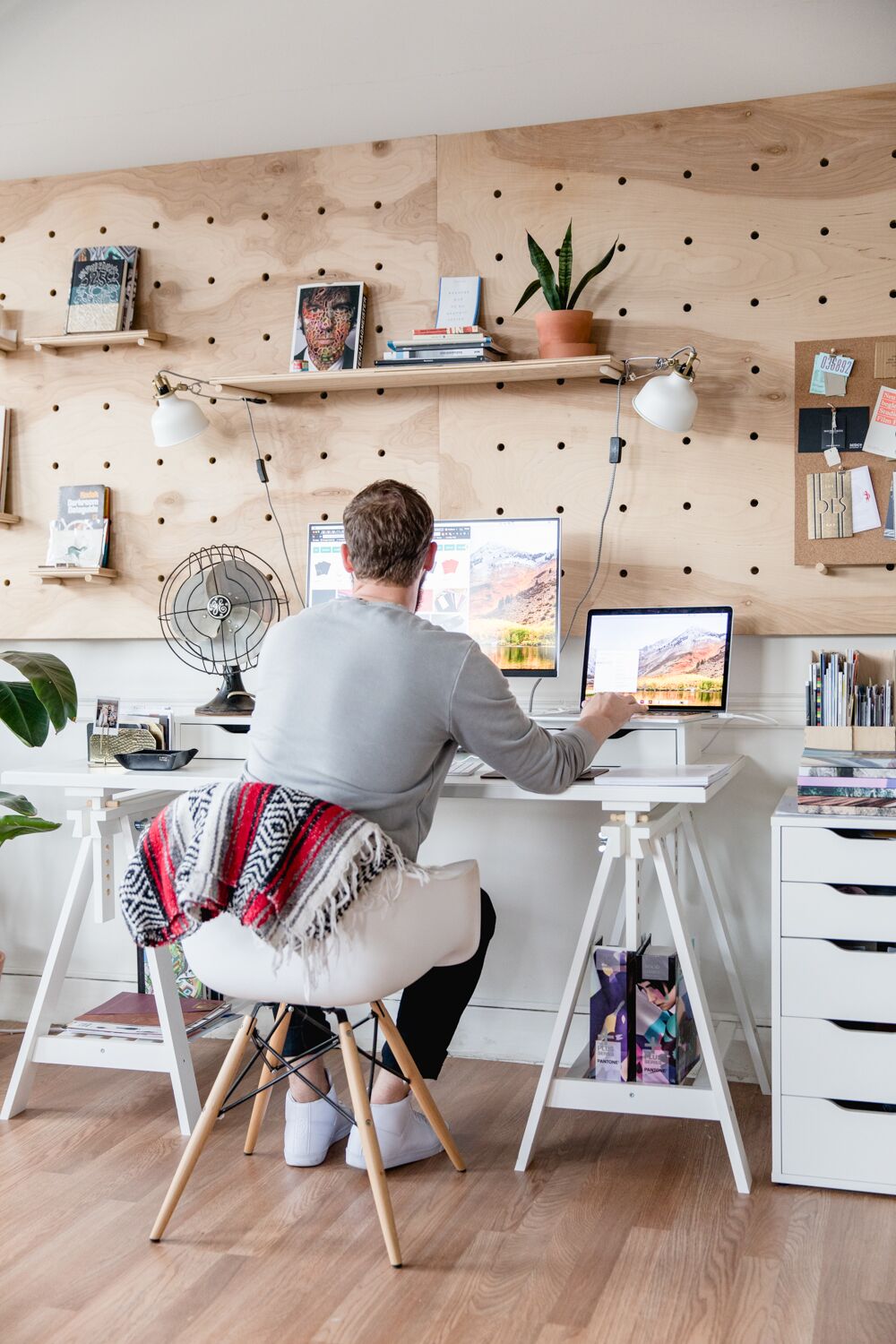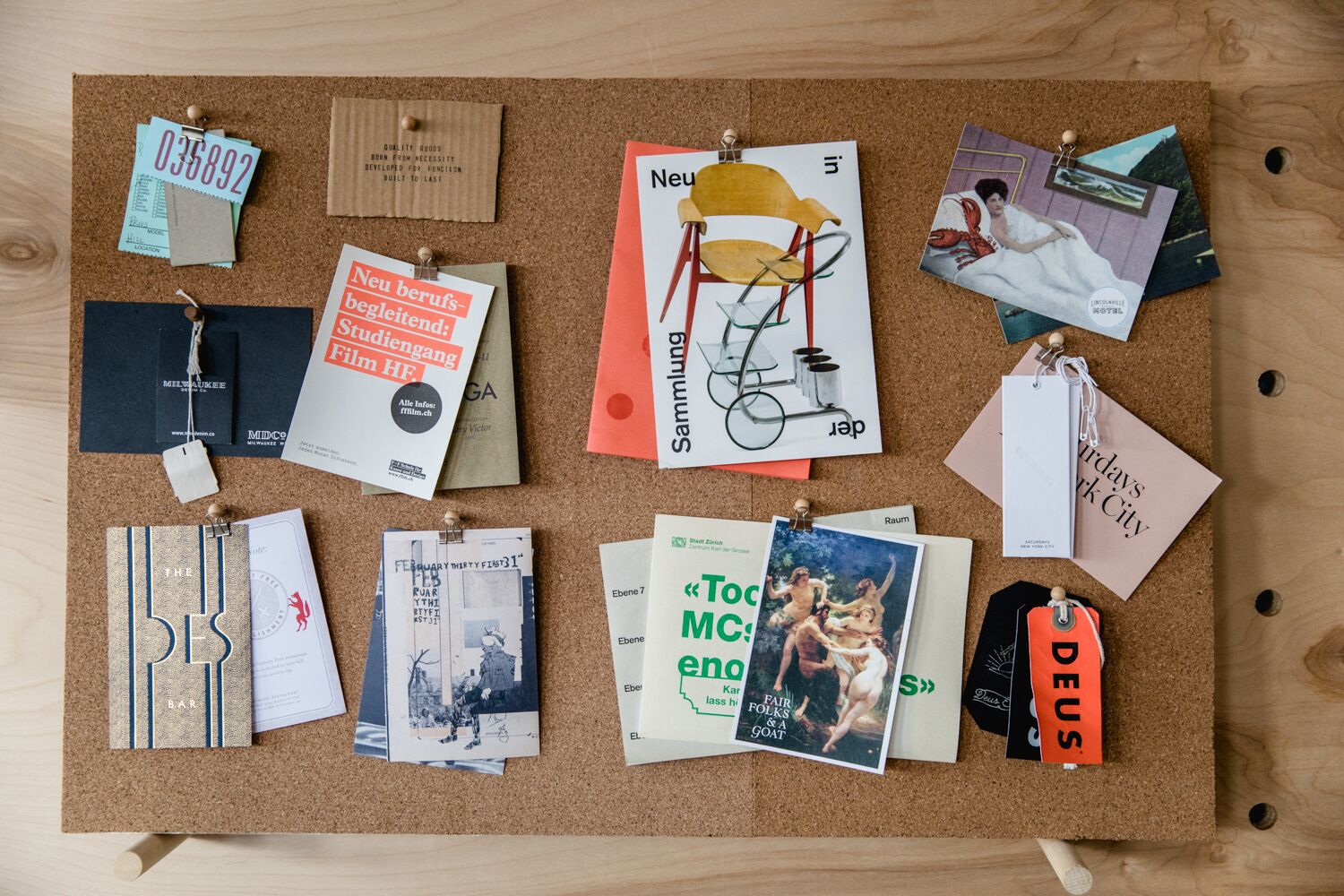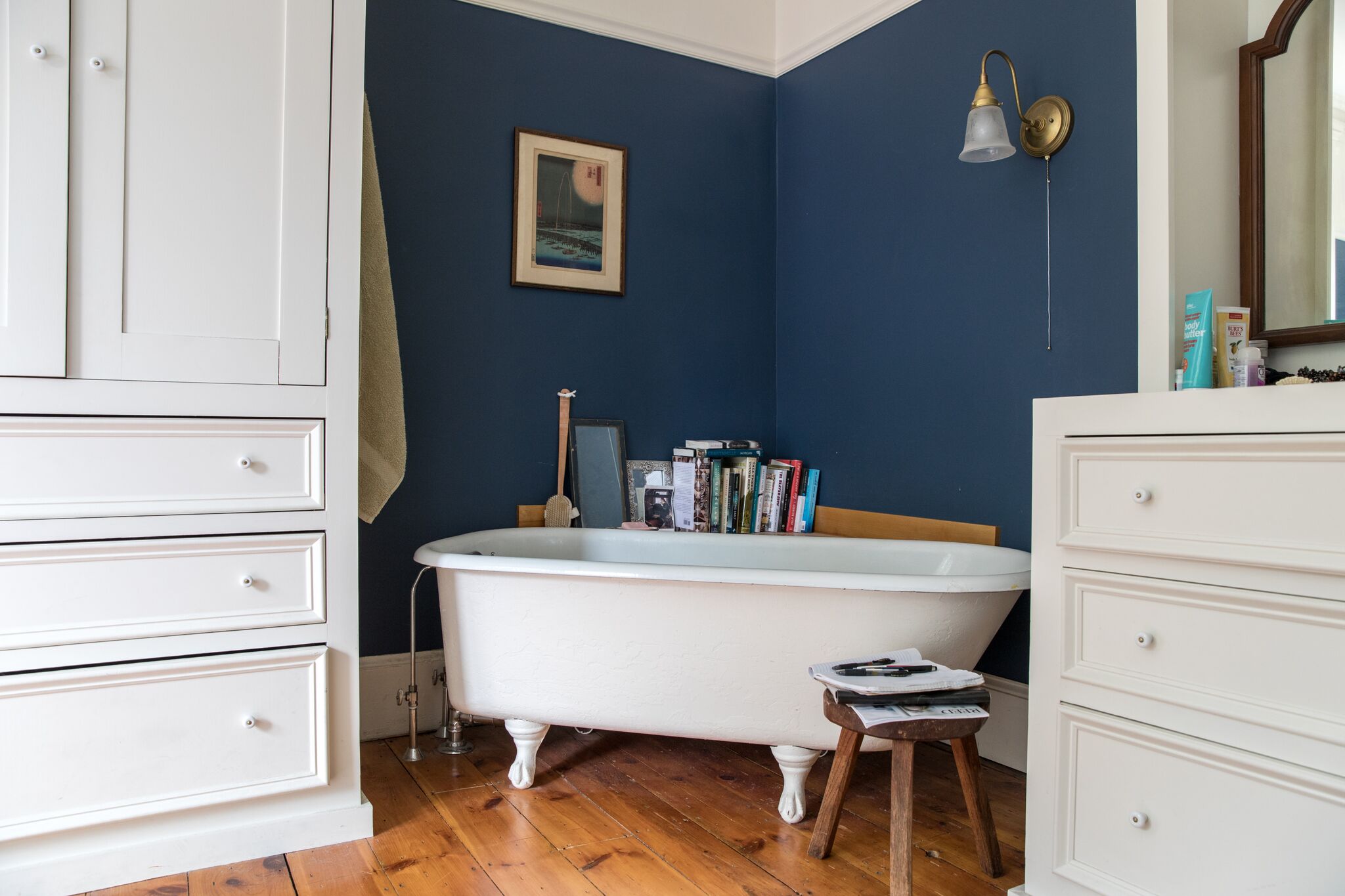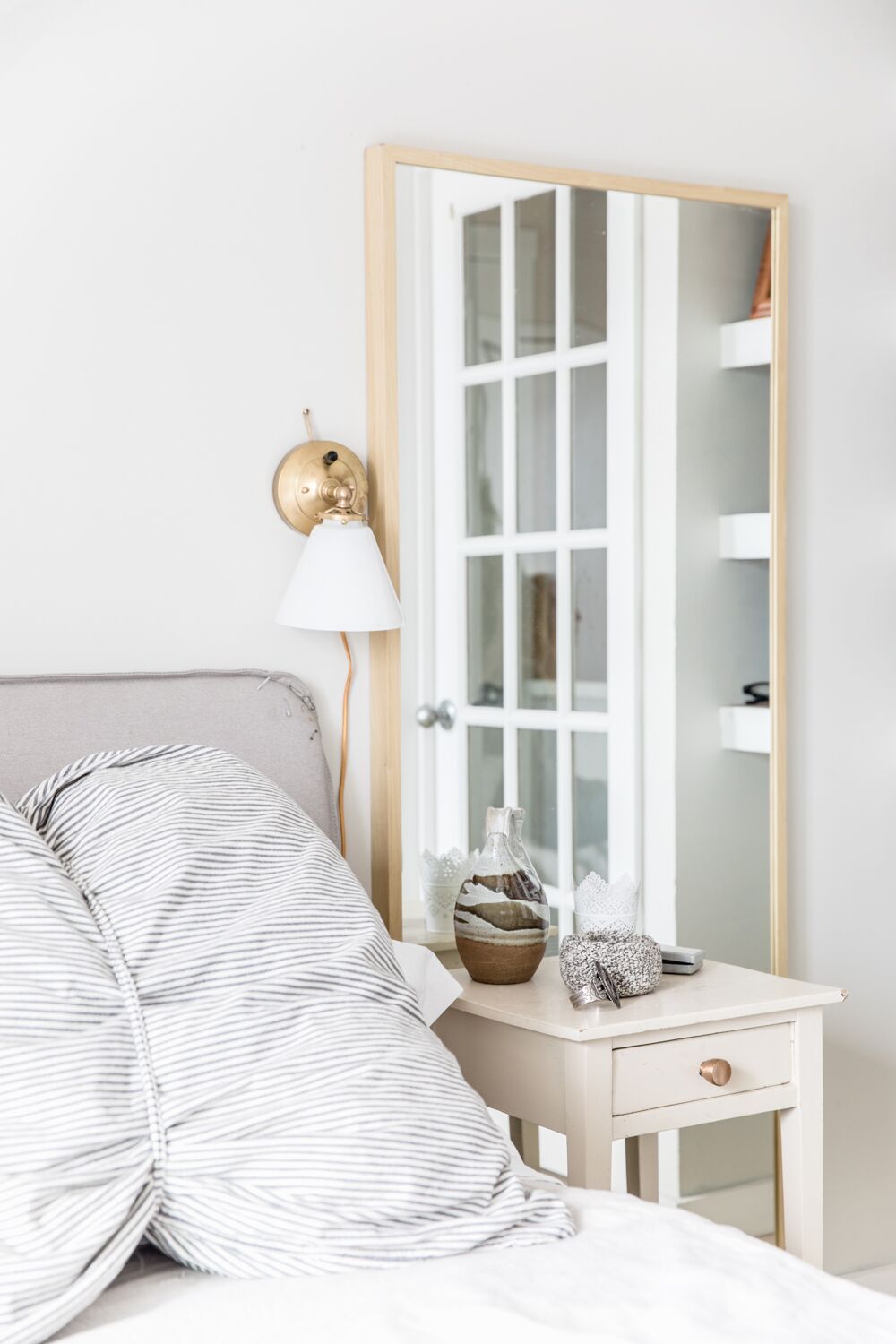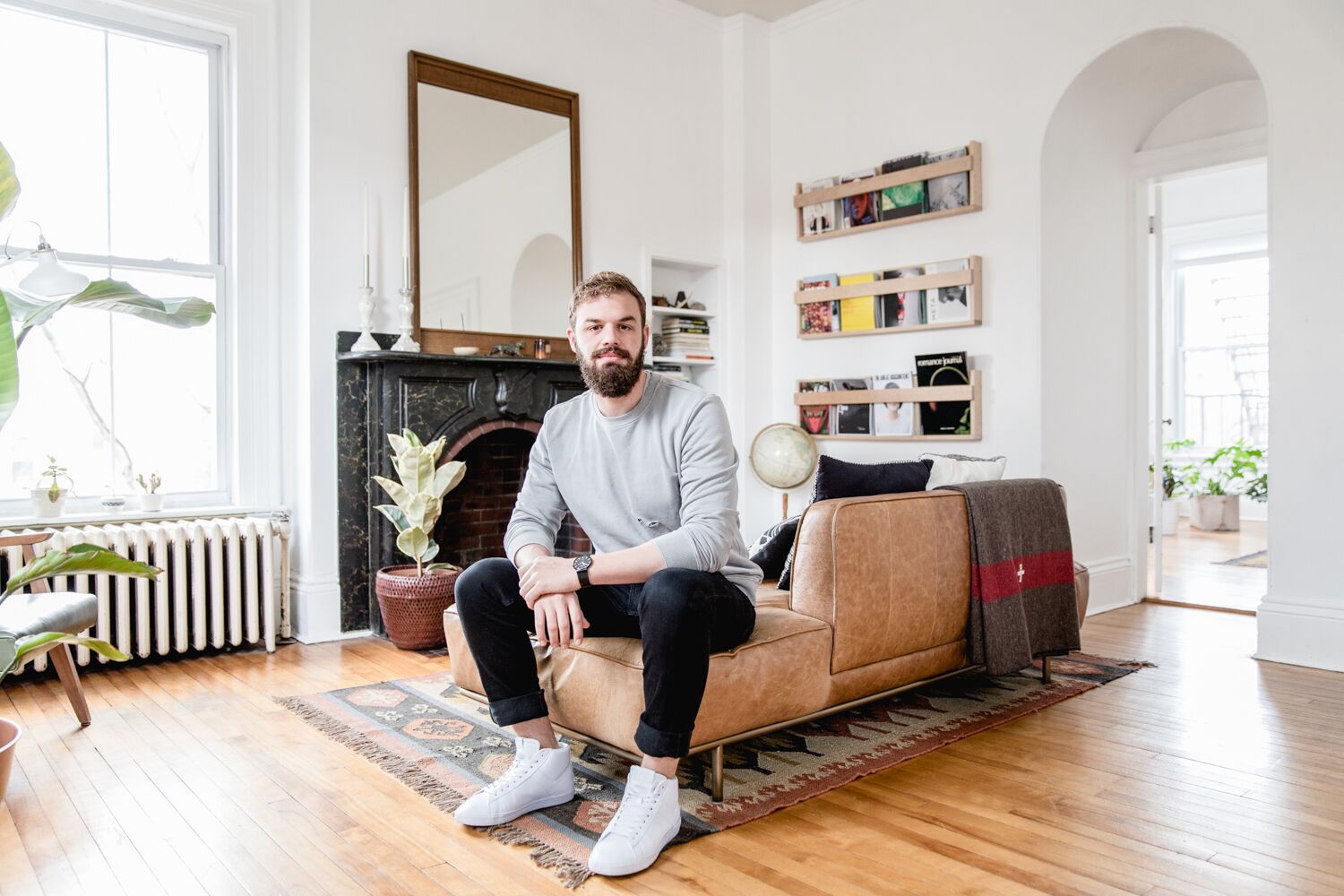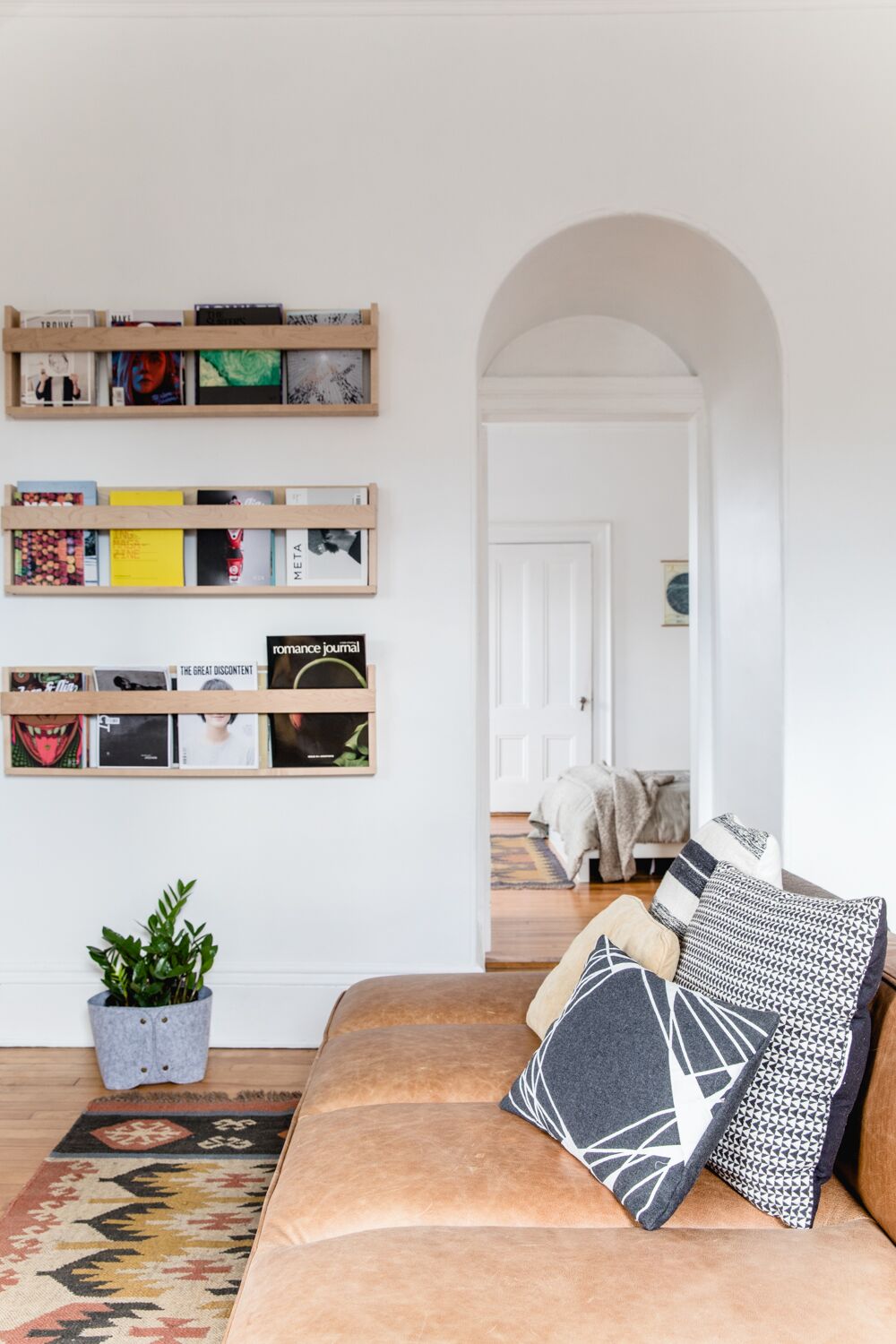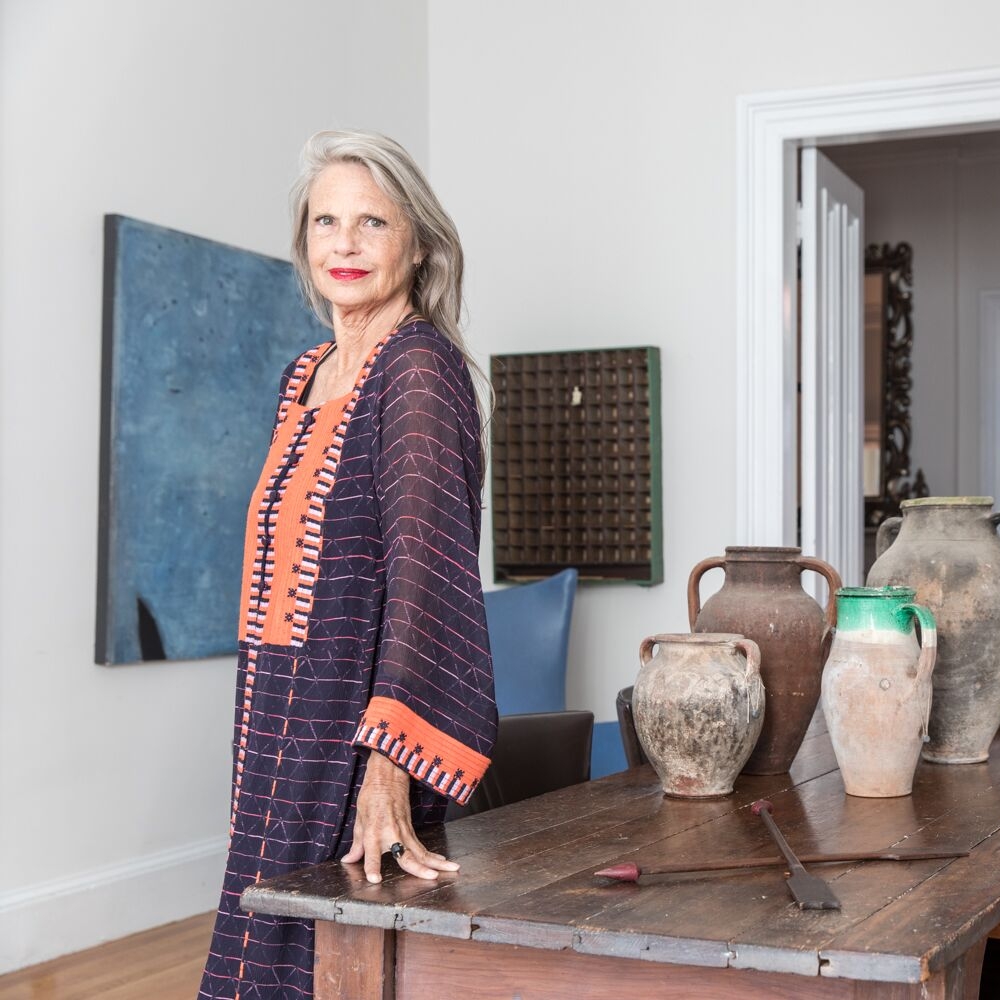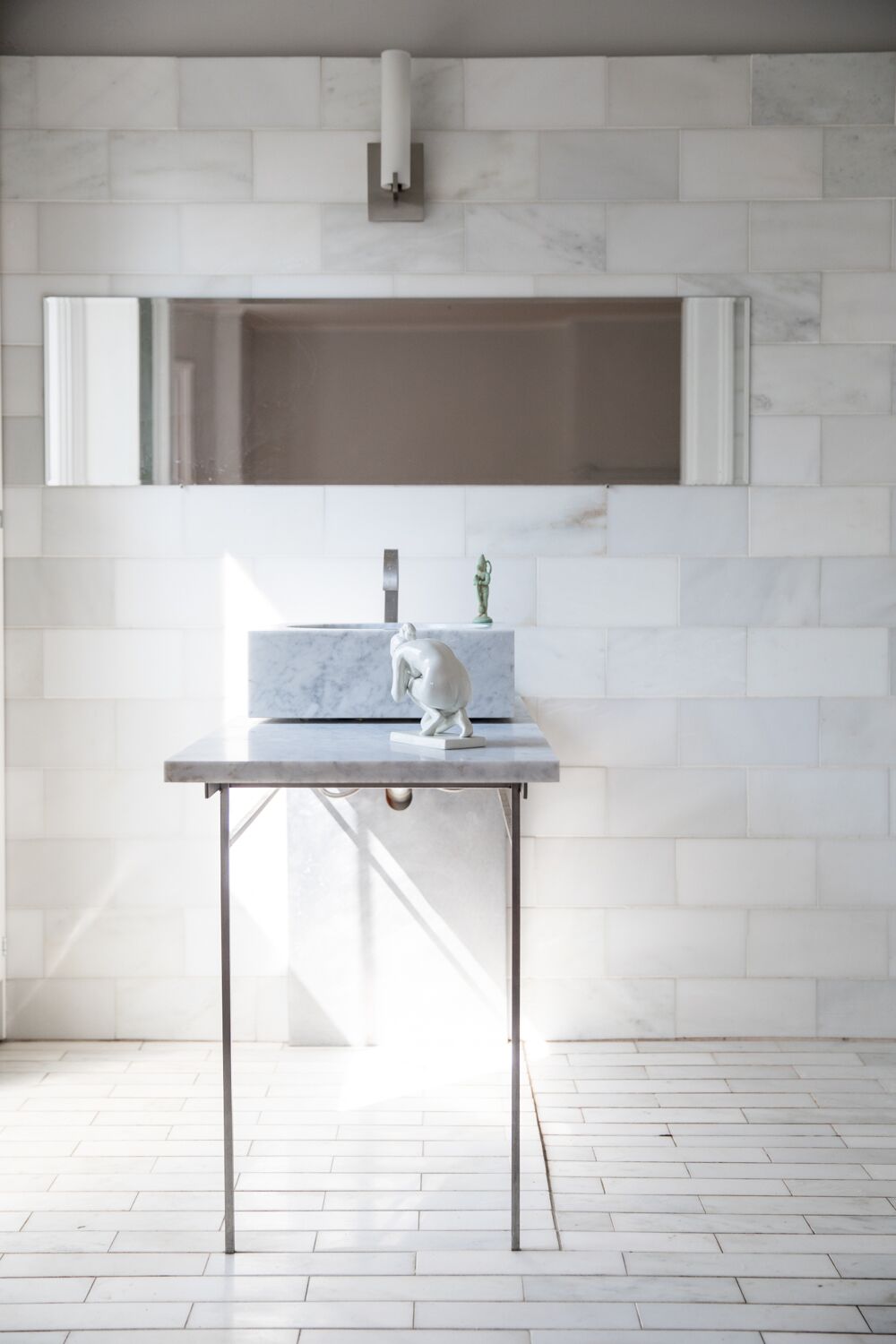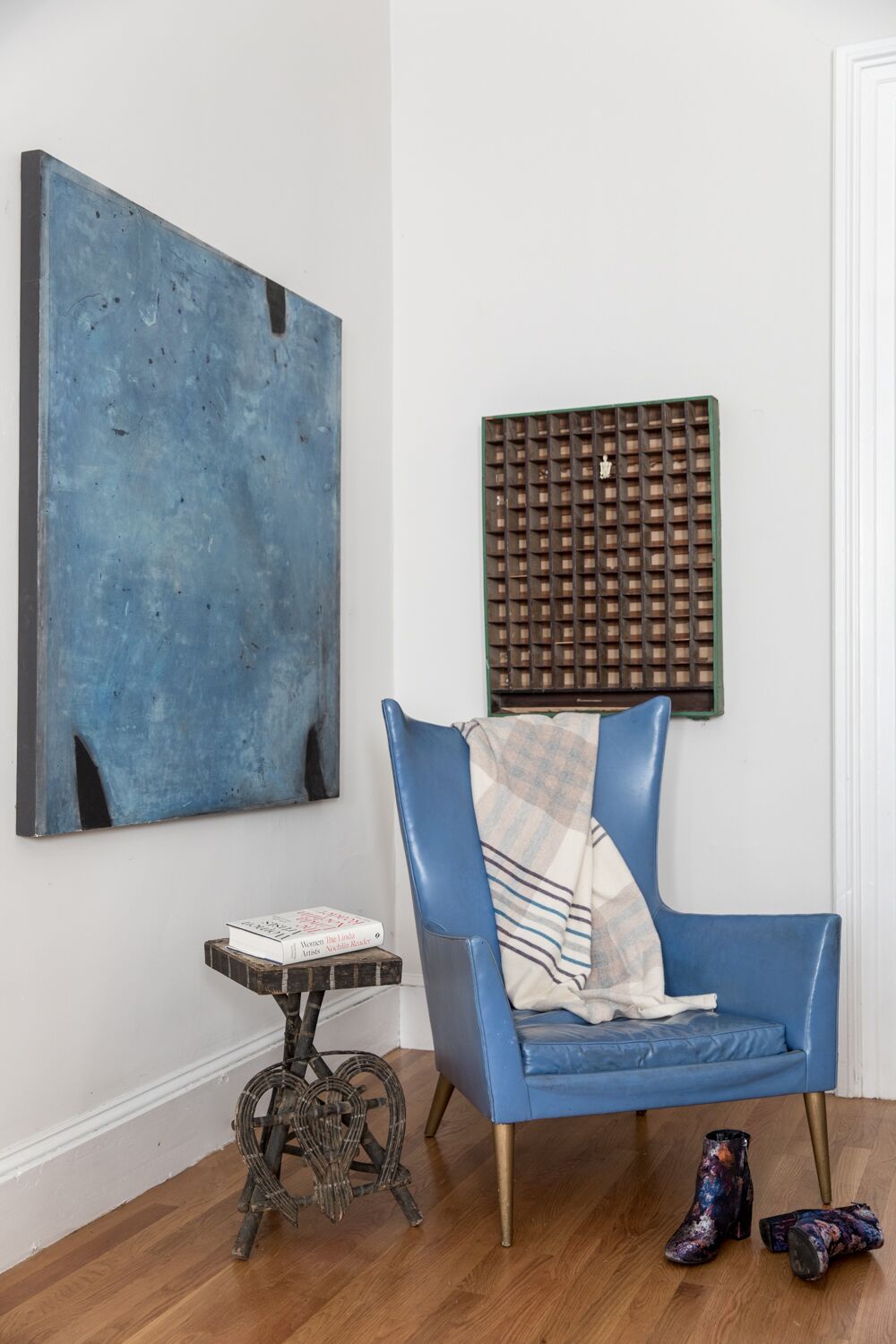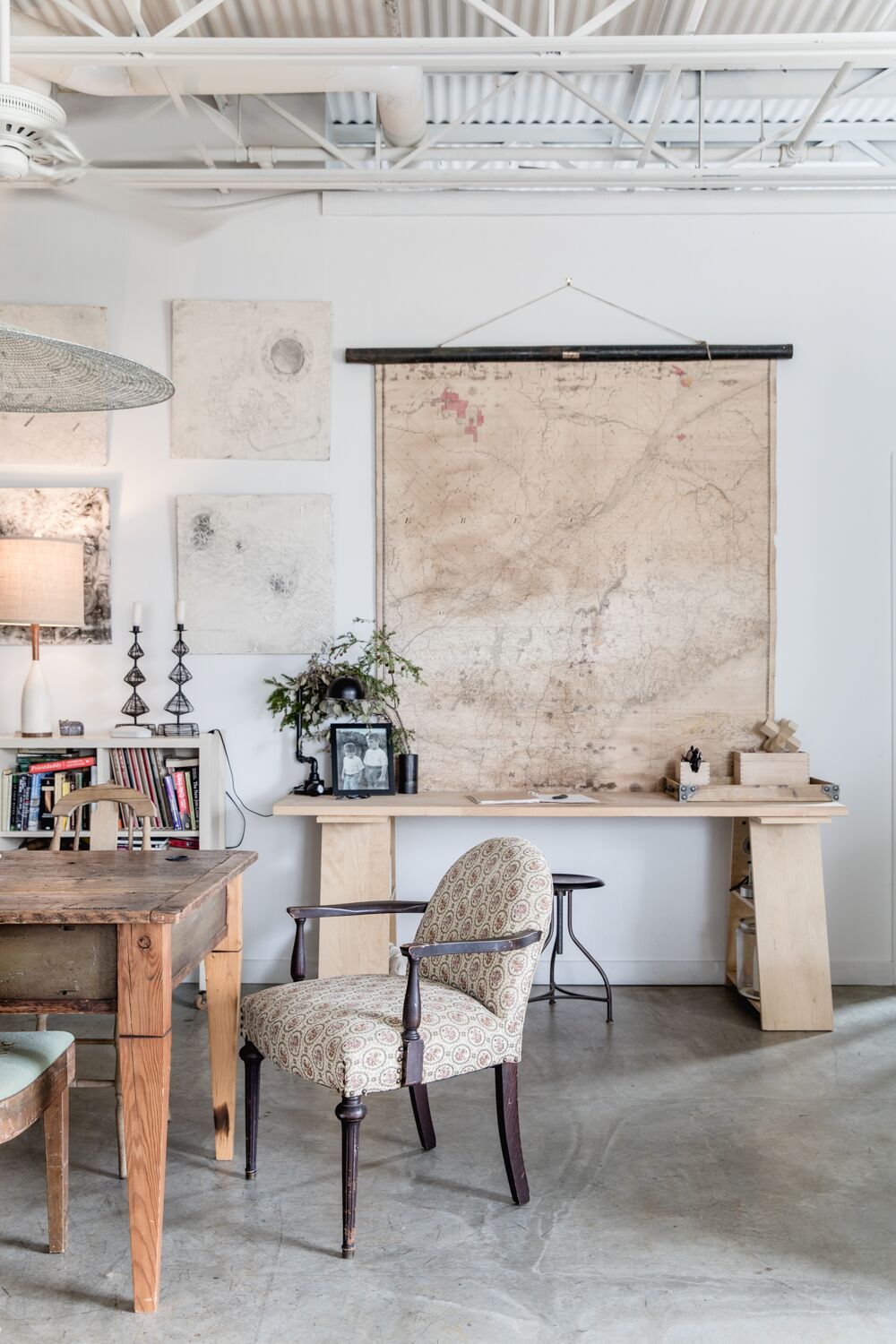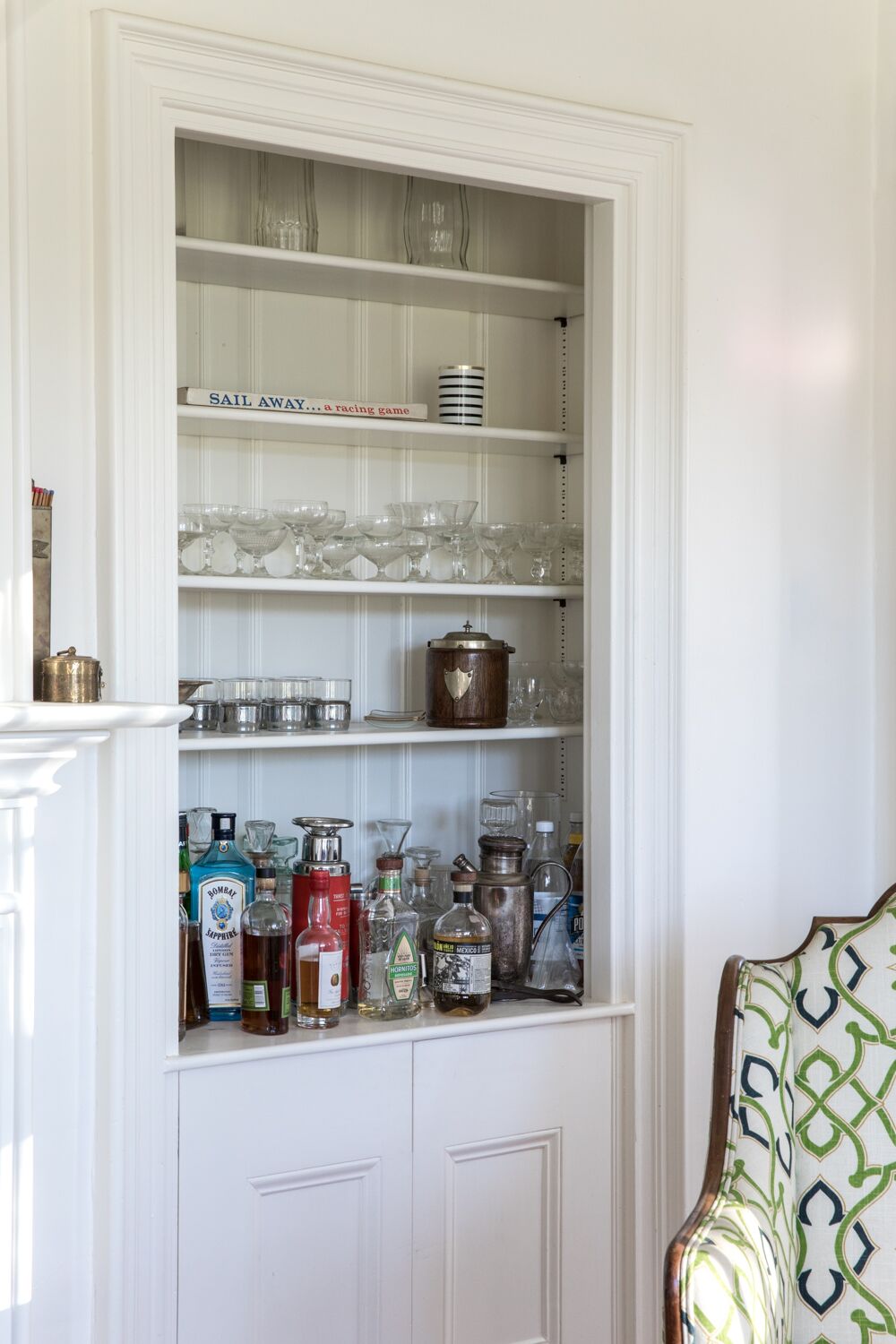Written by Rebecca Falzano
Photography by Erin Little
In an old home, long-ago history mingles with the present in ways both beautiful and surprising. For Liv Turrell and Lee Goodwin, founders of Docksmith and The Wavertree Co., the serendipitous find of their 1880s folk Victorian near the historic working waterfront of Riggs-Cove in Georgetown is just one chapter of this home’s lengthy history. We asked the couple to share their thoughts on living in a place rich in other peoples’ stories while also creating their own.
“My father was a historic preservationist and historian so I grew up feeling intense emotion for items and artifacts that showed a way of life or a style of certain periods in human history.”
THE MAINERS: Your home is historic, but so too is this area. What do you love about where your house is situated?
LEE: We love that our old home has so many stories due to its proximity to the historic working waterfront of Riggs-Cove. Our house was built for a woman named Agnes and her husband, Cal Powers, in 1880. Agnes was the postmaster and Cal was a fisherman. Back then the mail was delivered by boat and in the winter the house was actually used as the post office because of its vicinity to the docks. Cal was a prolific fisherman and was known to deliver his catch to as far as Boston and South Street Seaport in New York City (I’ve actually found the old fish market cards in the rafters). There is an amazing photograph at the Georgetown Historical Society of Cal standing in his dory with herring practically overflowing the cap rails. And Agnes was named Miss Riggsville for her multi-faceted abilities in the community; she was the designated village nurse when the cove was too frozen to get medical help. She was often stitching up sailors—using her kitchen as a nurse station. She was also a teacher at the schoolhouse just down the road, a poet, and we recently heard she trained her father’s racehorses. We often think of Agnes and Cal and how their livelihoods were reliant on the location of this house. It really puts things in perspective, especially when we complain of the cold ocean winds whipping through the pines on frigid nights.
THE MAINERS: Wow, you are so lucky to know that history! What drew you to this house?
LIV: As corny as it might sound, we actually feel like the house found us. We had always wanted to live in a vintage island home; Lee grew up on Harpswell Island and I grew up spending my summers on Vinalhaven, so we both were drawn to that way of life. We spent so much time driving around looking at places, searching online, getting our hopes up over and over, but nothing seemed to work out for us, and feeling a bit defeated, we settled on a piece of land instead. We started clearing trees and designing a timber-frame home. It was still winter so we had a little time before the foundation was to be poured. We started thinking about renting a cottage nearby while we were building, and Lee and I kept kind of joking about the little vacant Victorian on the adjacent lot like “wouldn't that place be so dreamy?” Then one day I finally looked up the family who owned it and gave them a call, and to our surprise the house was just about to go on the market. We couldn't believe it: the sweet dreamy island house we’d always wanted was literally just next door, waiting for us. The family (now our dear friends) kindly offered to sell it to us without a broker and considered the work the home needed, and suddenly, like overnight, we were signing paperwork for the house we had actually been searching for all of these years, and it just so happened to be connected to the land we had already purchased! The whole event was so serendipitous and exciting.
THE MAINERS: What is one thing about your home—aside from the people in it—that makes it inimitably yours?
LIV: You can tell that our home is ours because of the lingering sentiment. This house is sort of reminiscent of a summer cottage that belonged to your friend’s grandma that felt charming and a little spooky at the same time. We tend to gravitate toward places and objects that strike a certain chord in your memory. As we’ve peeled back the layers of wallpaper we find patterns that we love, so we leave them there. Or the rough unfinished look of our floors that we just can't seem to part with for a shiny varnish. There are definitely times that we crave the clean-cut corners of a newly built home, a fresh coat of paint, or the ease of modern spaces, but we often feel uninspired by places that feel contrived, shiny, and mass produced. Plus, with this house we’ll never be bored as we have endless projects to work on.
THE MAINERS: Outside of the never-ending list of projects, what is a routine or ritual you enjoy in your home?
LIV: We have a flock of chickens and every morning my daughter, Heidi, and I collect the eggs and let them out to roam our land. When we moved in, the chicken coop was one of the first things we built. It gave the yard life right away, and although we have a pesky fox that has nabbed a few of our hens, it has created a little bustle of happiness for us to enjoy every day. Also our terrier is now keen on fox chasing, so it gives everyone a job.
THE MAINERS: You have some bountiful gardens. What do you grow and what do you enjoy about it?
LIV: Luckily when we moved in there were already established perennial flower gardens, fruit trees,and hardwoods. The family before us loved pollinators so they grew specifically for the bees, butterflies, and hummingbirds. Over the last few years we’ve basically just watched what has bloomed in each season, trying to observe what does well here. Everything has become a bit of a blooming, buzzing explosion that I tend to weed sporadically because I love that it feels like a wild meadow.
LEE: I would have to say that I full-heartedly enjoy my cup of coffee on the sunny porch as I sit and watch the wildlife help themselves to nectar and pollen. Every year we collect the pears and peaches for canning. We also have blueberries and concord grapes growing wild all along the rock ledge. Last year we harvested 16 pounds of grapes. We still have jelly left in our pantry.
THE MAINERS: How would you define your style and aesthetic? What kind of pieces are you drawn to?
LIV: I would say we are maximalists striving to be minimalists. My father was a historic preservationist and historian so I grew up feeling intense emotion for items and artifacts that showed a way of life or a style of certain periods in human history. So now as an adult I tend to swoon for items and articles that have been handcrafted or passed down from generations. Lee comesfrom a family of crafters and builders so together we find joy in fine woodwork, textiles, ceramics, and hand-forged metalwork.
LEE: I think our style is most defined by the careful balance we try to strike as keepers of handmade and vintage collections. Sometimes the nostalgia and history behind these items can make our home feel too heavy, and we often store away items to let our interior environment have space and empty corners, areas for thought and reflection without the stories of things getting in our way. It’s a fine line.
THE MAINERS: How do the seasons differ in your home?
LIV: One of our favorite things about old homes is that they are almost always situated with the light in mind. When our home was built they only had candles and oil lamps to see so they purposely put the house facing southeast. We get the lovely morning sun and just as it starts to get too hot in the summers it starts to set behind the house and the protective ledge. In the winter this light is the strongest as well, and even though the days are short, we get light streaming through for as long as possible.
THE MAINERS: How has having a baby impacted your home?
LIV: Well if we had known how hard it would be to baby proof a renovation project we might not have chosen this home, but that being said we’re so glad that this house is a work in progress because now that our daughter is here we’ve been able to hone in on what is really practical for family life, and what will last the longest. Our future designs will include a new kitchen, two new bathrooms, and a new bedroom upstairs. We’ve already started building an addition off the back that will allow for these upgrades. And truthfully, this house is so worth all the blood, sweat, and tears (and baby gates). Our reno plans will really make this place functional for modern life, and best of all Heidi will grow up knowing how much love and thought went into her home.
THE MAINERS: What are the most meaningful items in your home? Why are they so special? How do you honor them in your space?
LIV: We have a Thos. Moser bench that was given to us for our wedding with our names and wedding date on a plaque under the seat. At first we kept it safe and tucked away but we finally decided that it needed to be used, and loved, and yes it might get scuffed but we think a well-loved piece of furniture is the most honored. My grandmother also left me her dresser that she had always had in her bedroom. She used to keep her jewelry and silk scarves in it and a picture of herself with her brother and father in a silver frame sat on top. I now have this piece in our bedroom and it holds all of Heidi's baby clothes, which in a strange way makes me feel like my grandmother gets to be a part of our daily routine. The dresser still smells a tiny bit like her perfume, and I can’t even describe how much I love this.
THE MAINERS: That is so beautiful. Smell is such a powerful way of remembering. What are the other smells of home to you?
LIV: The smell of oak and birch burning in the wood stove, our wiry dog, coffee first thing in the morning.
THE MAINERS: What is one thing about the house that you don’t love?
LEE: The last couple winters have been bitterly cold here. We have a workhorse of a wood stove that keeps us toasty but it means early mornings of stoking the stove and splitting kindling. We can’t wait to get the house tight to the weather and an updated heating system installed, but for now we rely on the wood from our land and sheer grit to get through the coldest months, and honestly it’s getting old.Properly insulating and making this home more efficient are at the top of our renovation list.
THE MAINERS: Finish this sentence: “Home is….”
LIV: “….where your plants are.”

